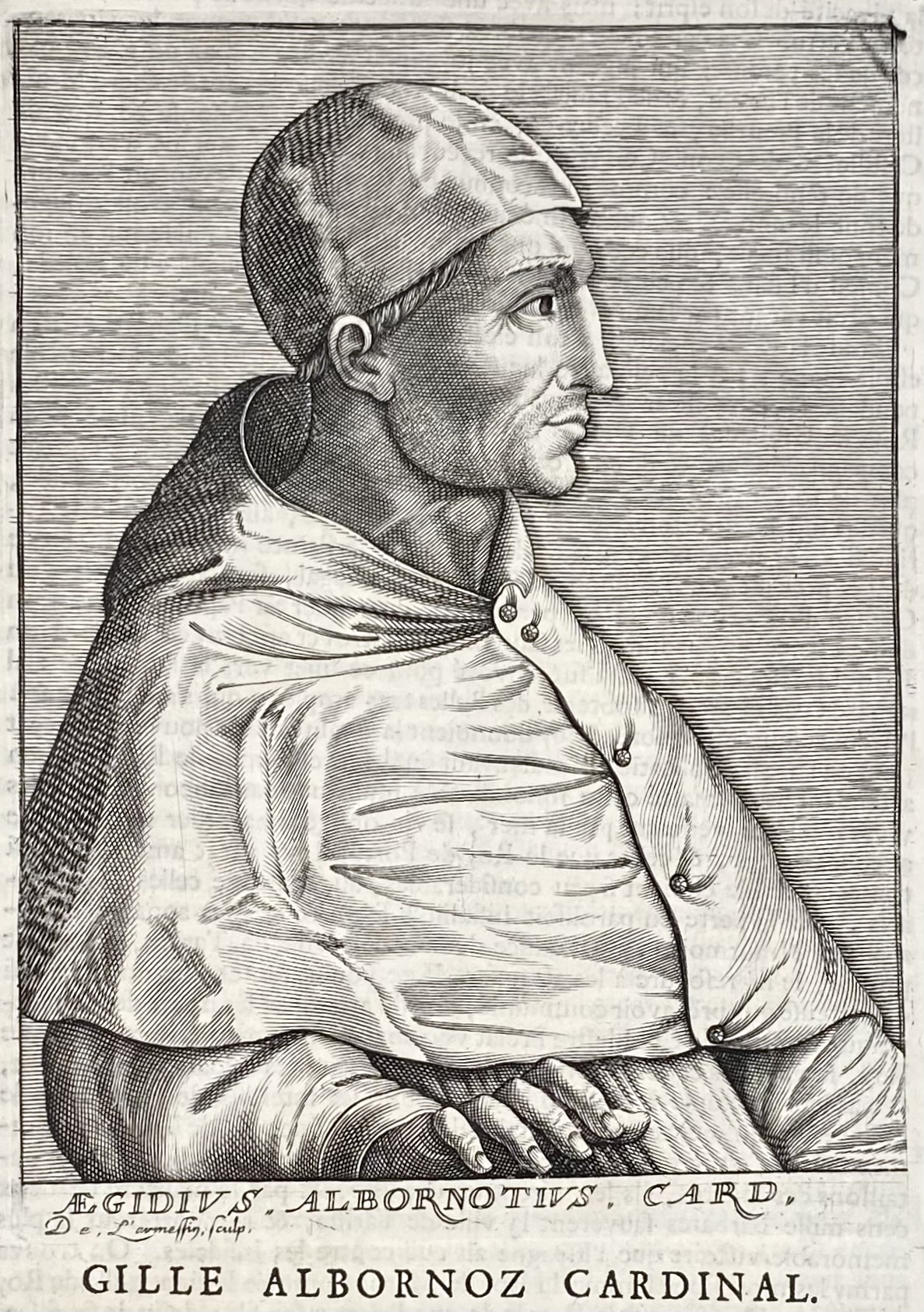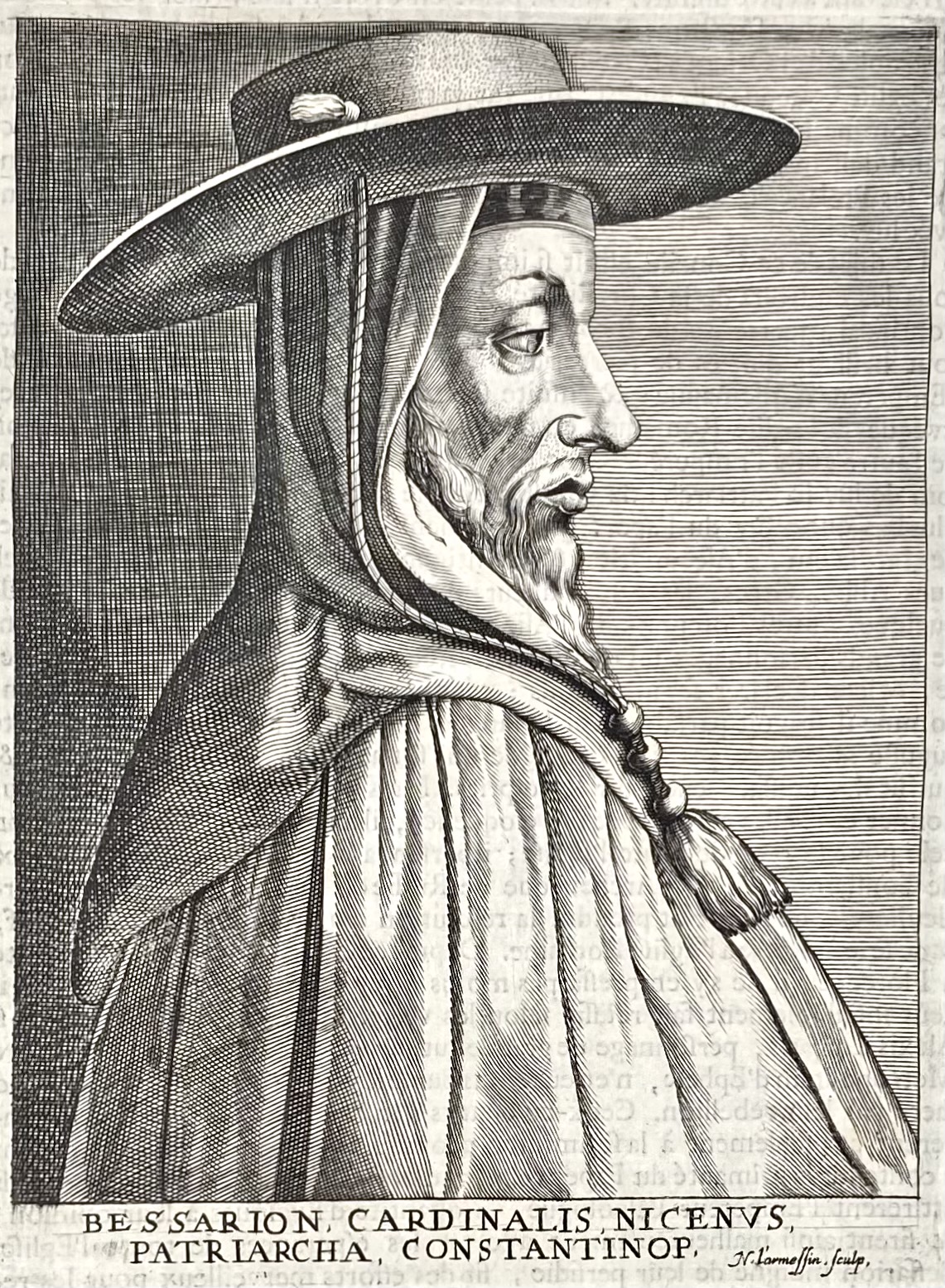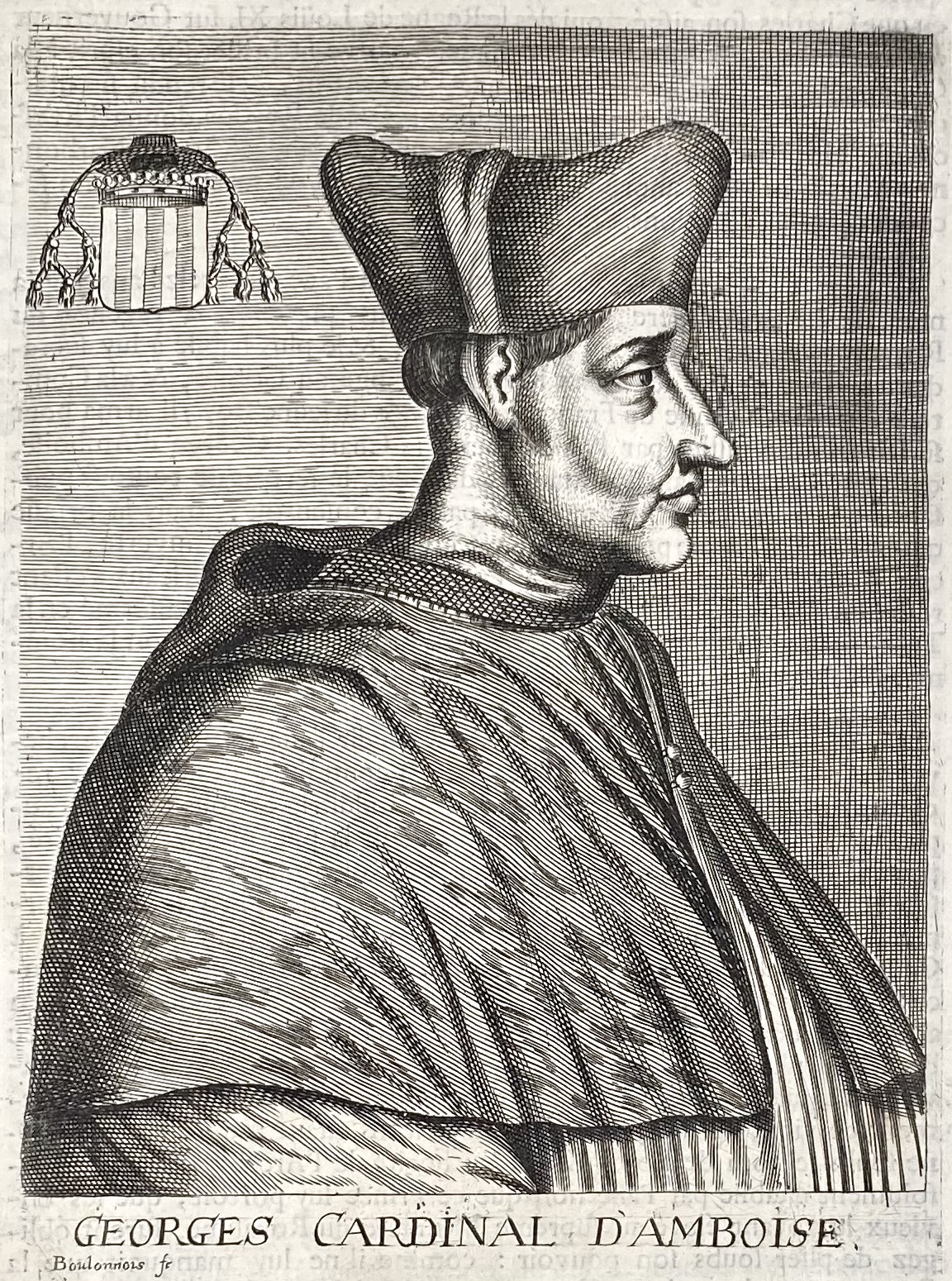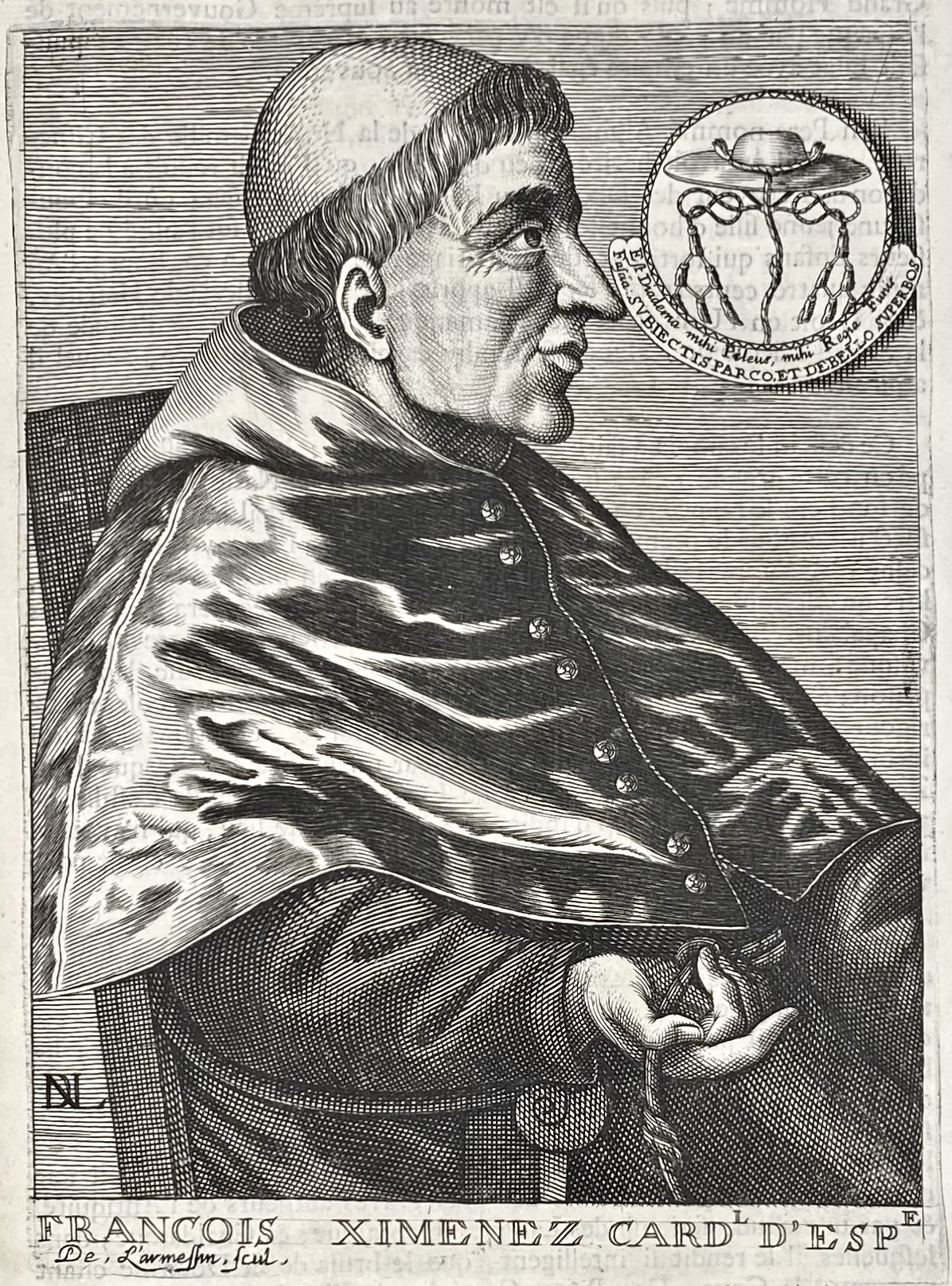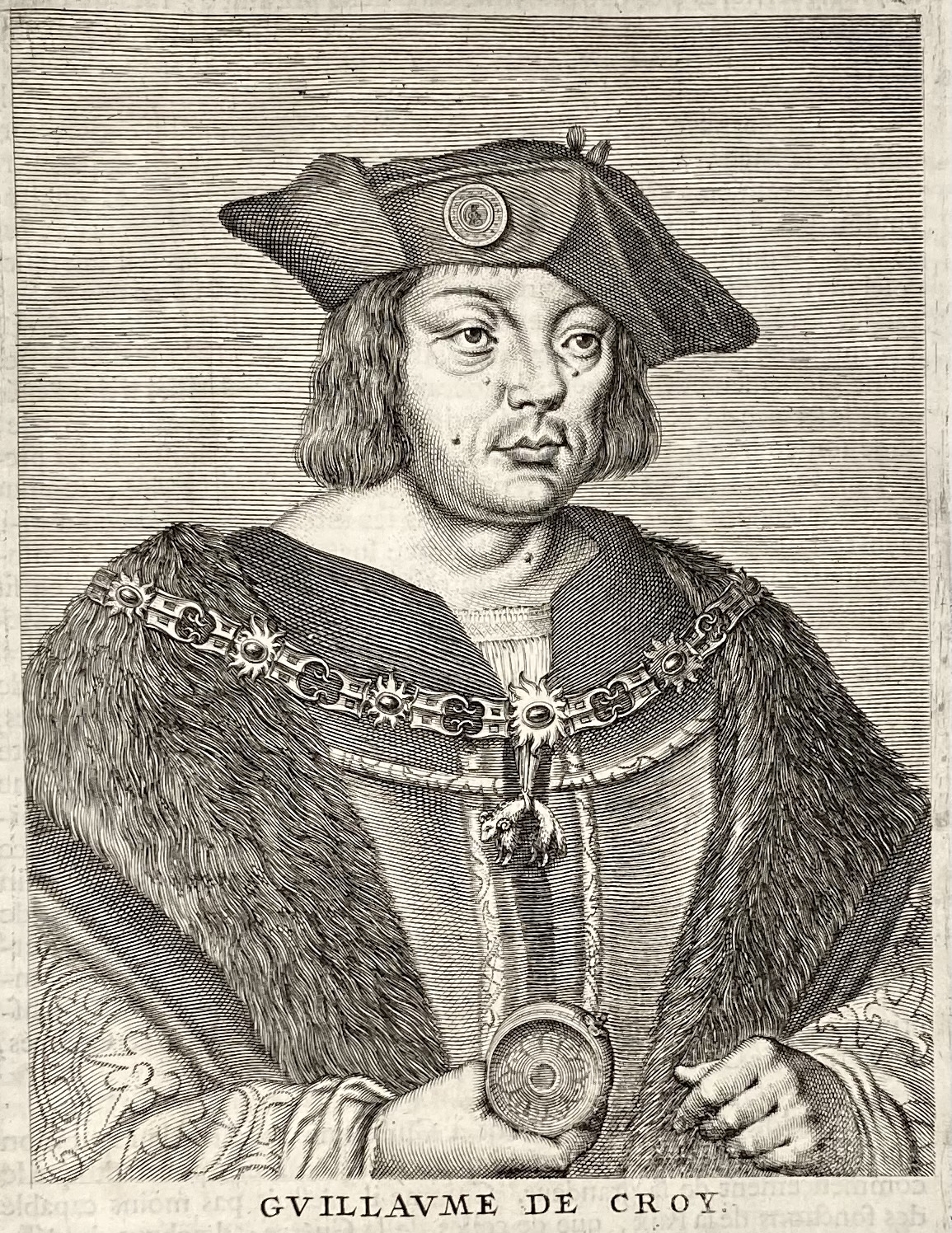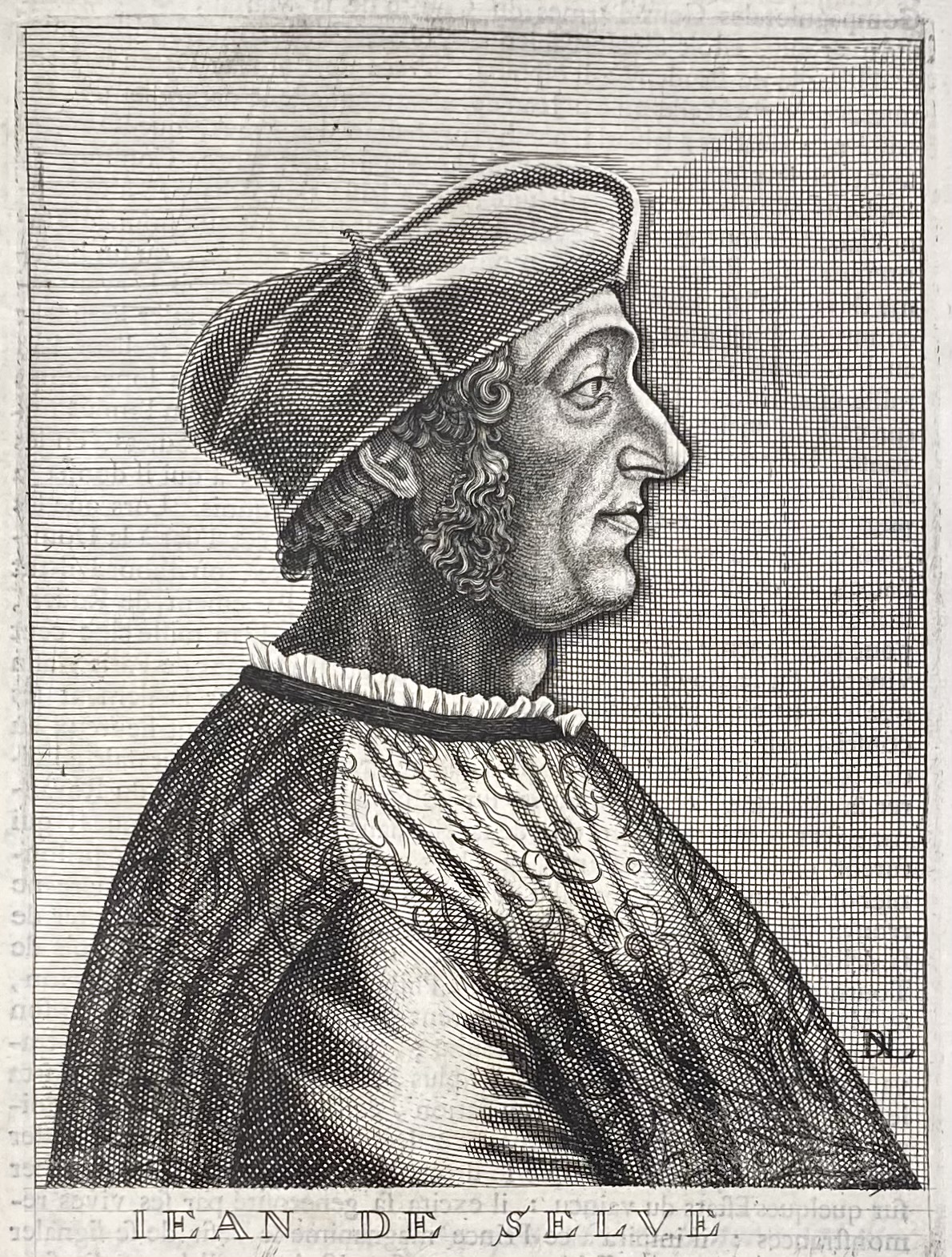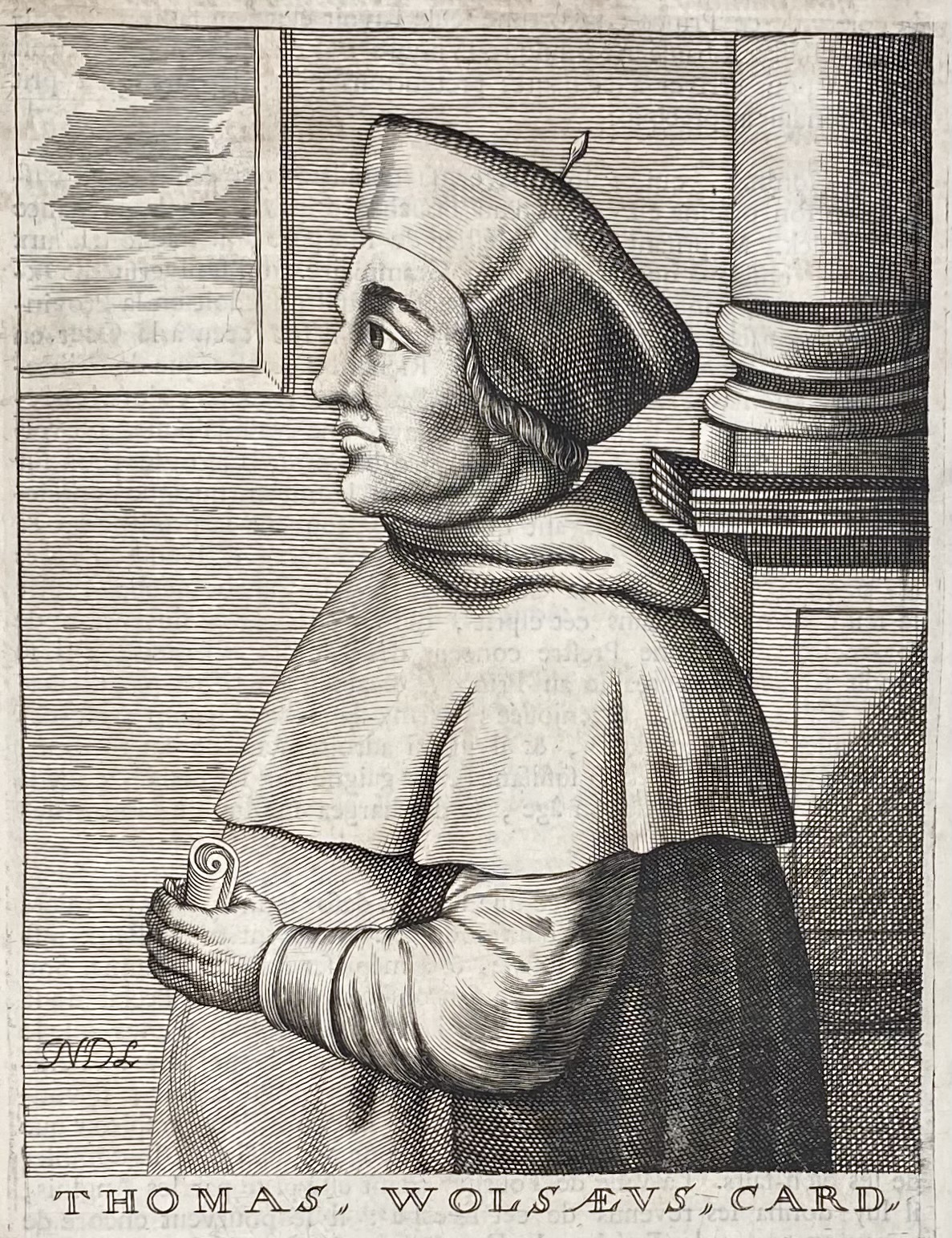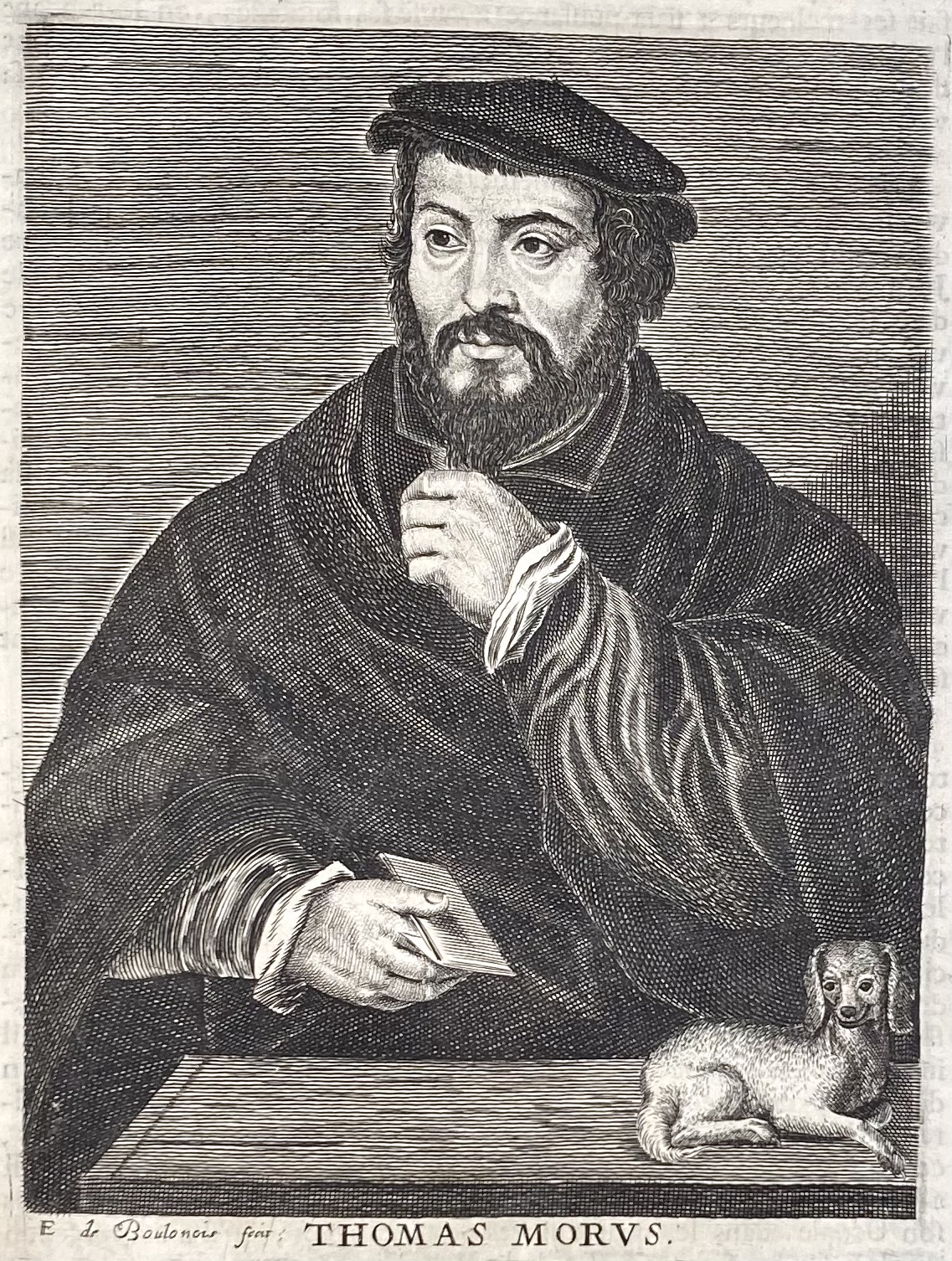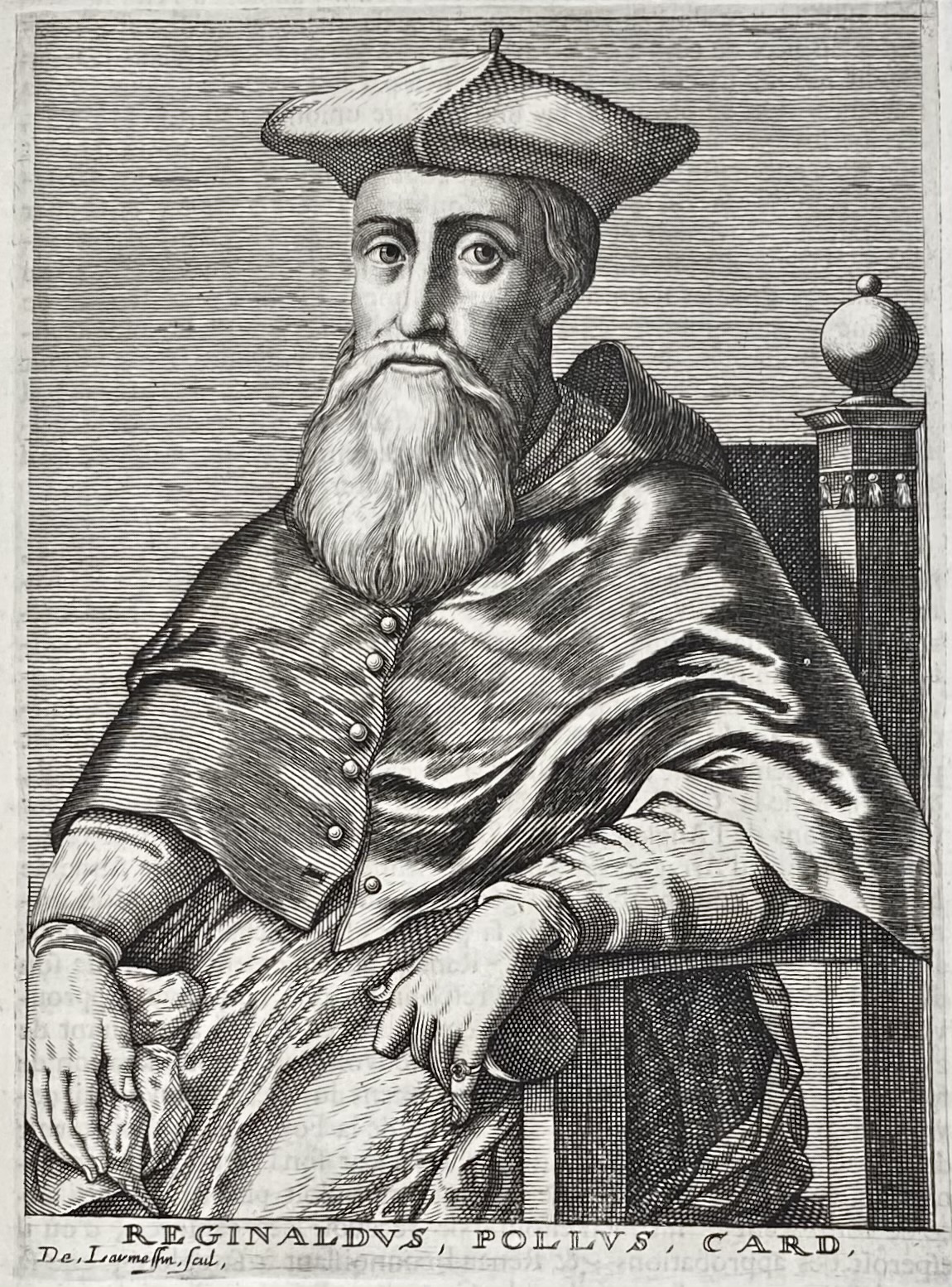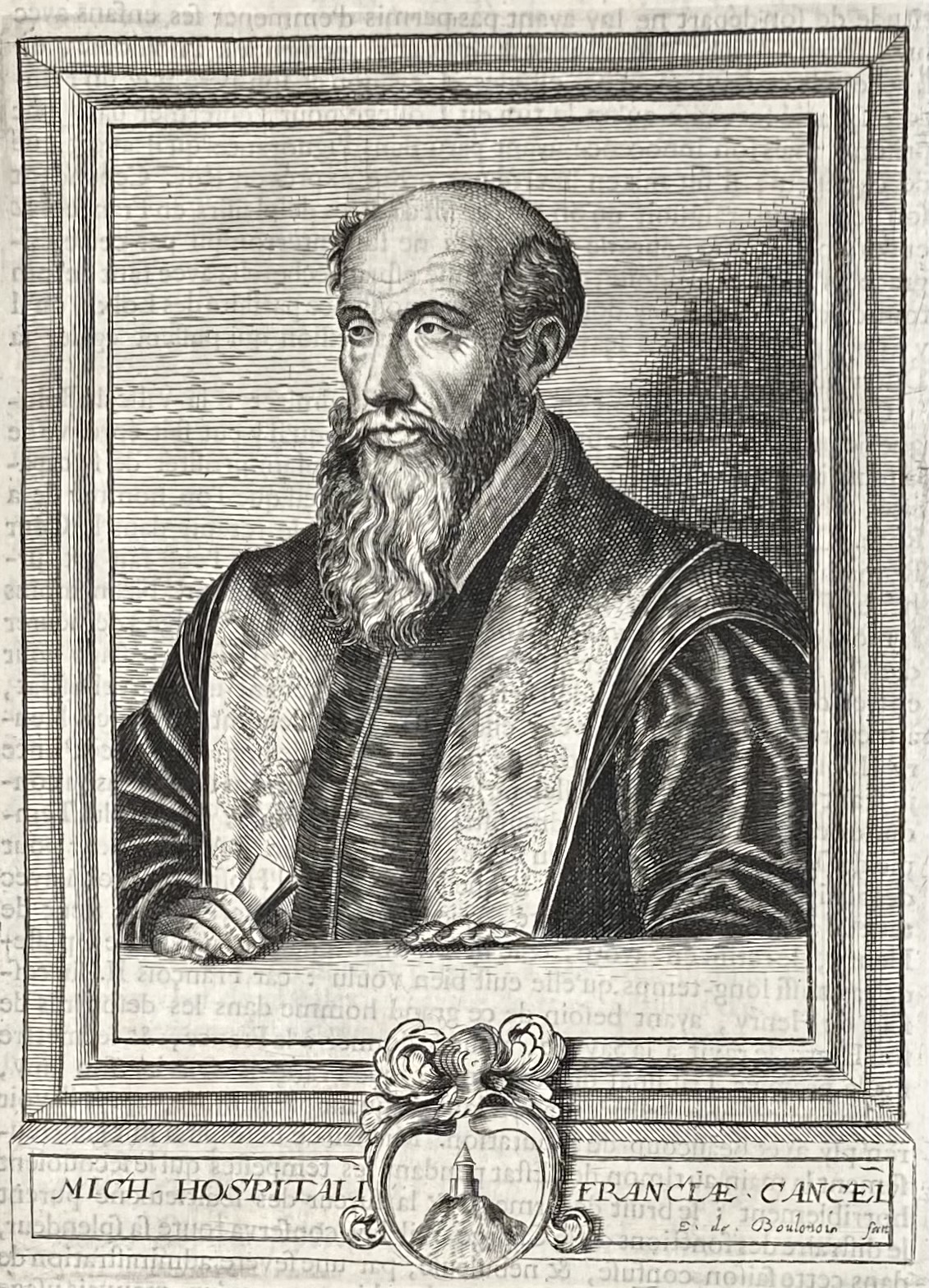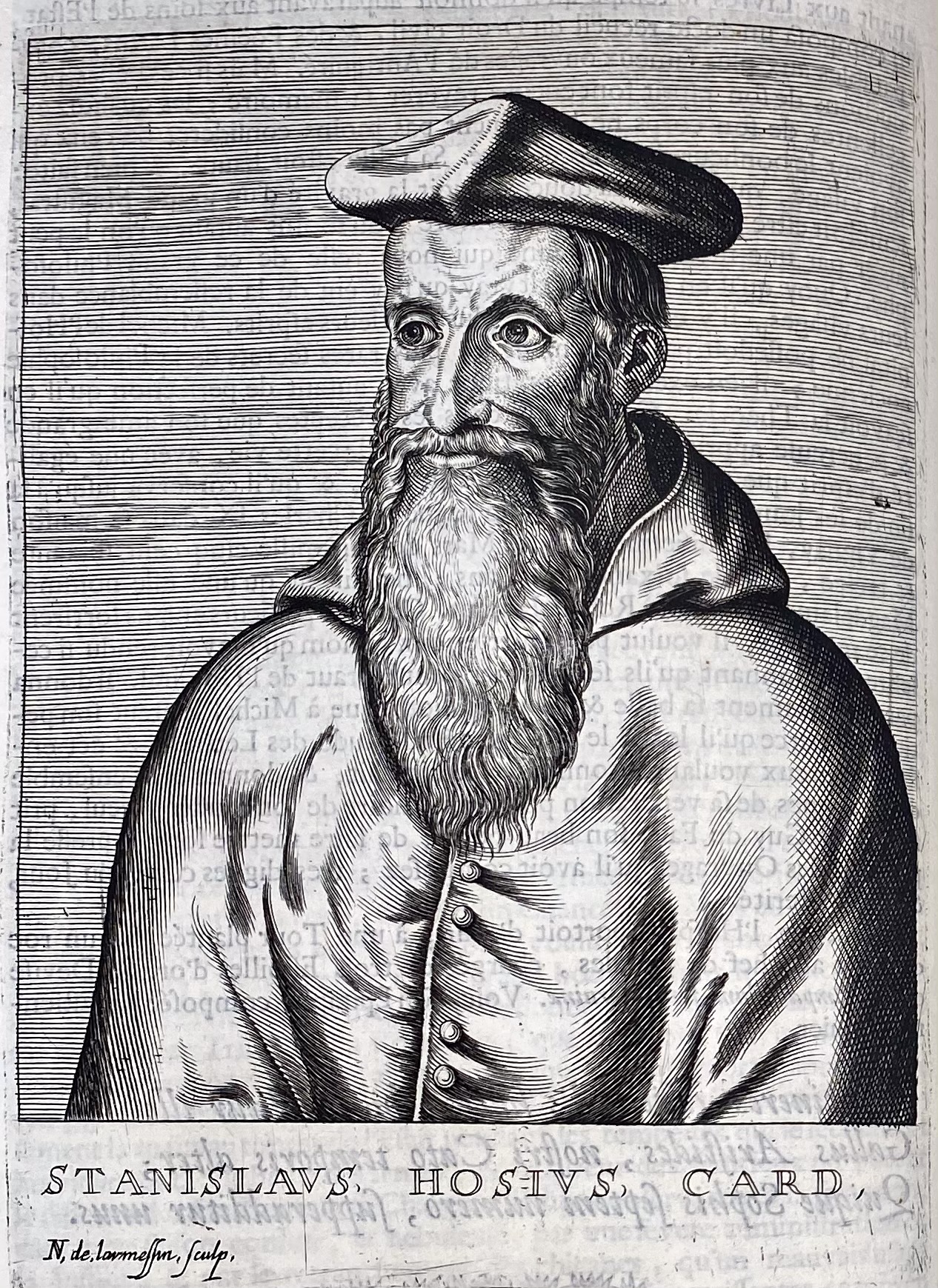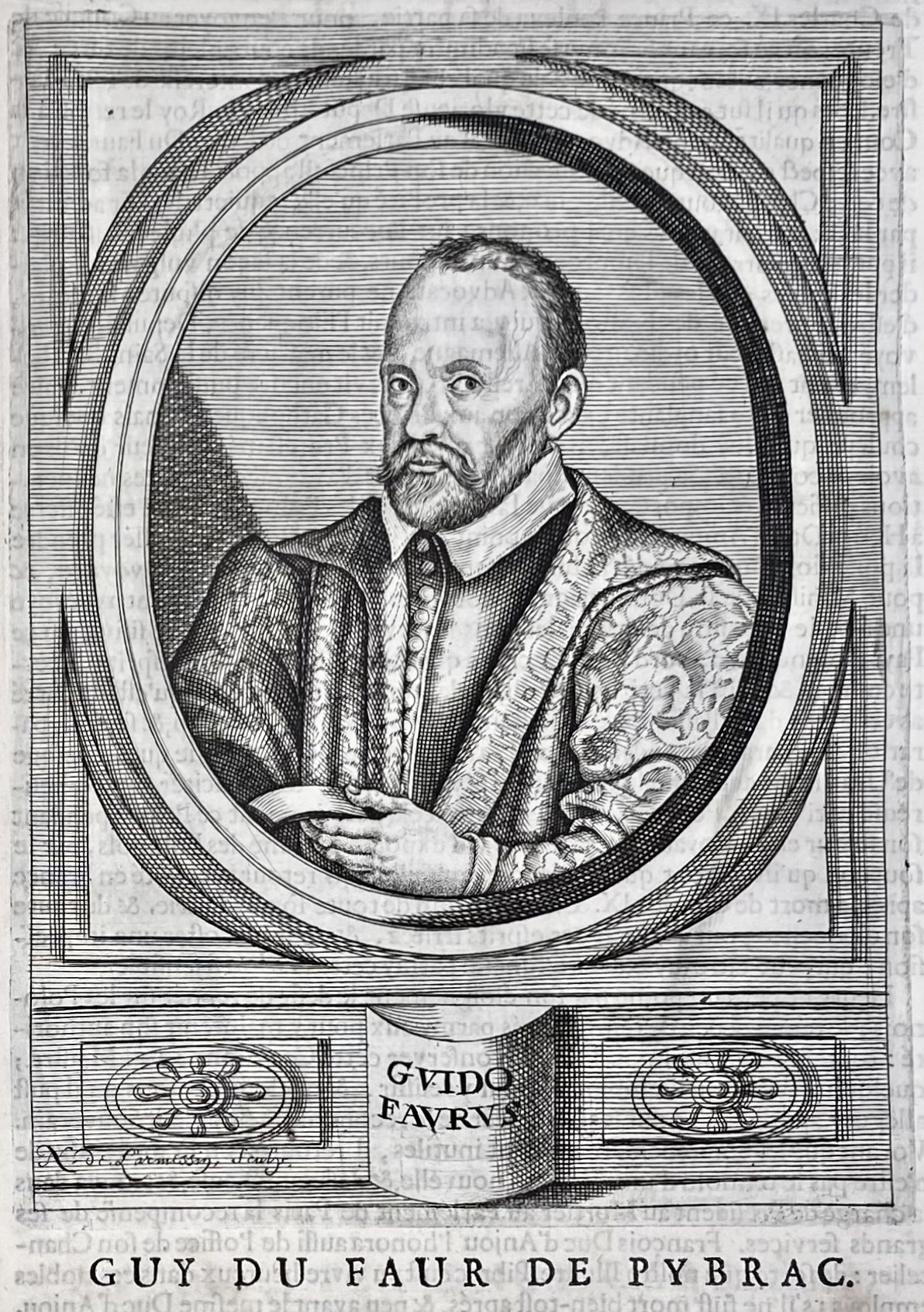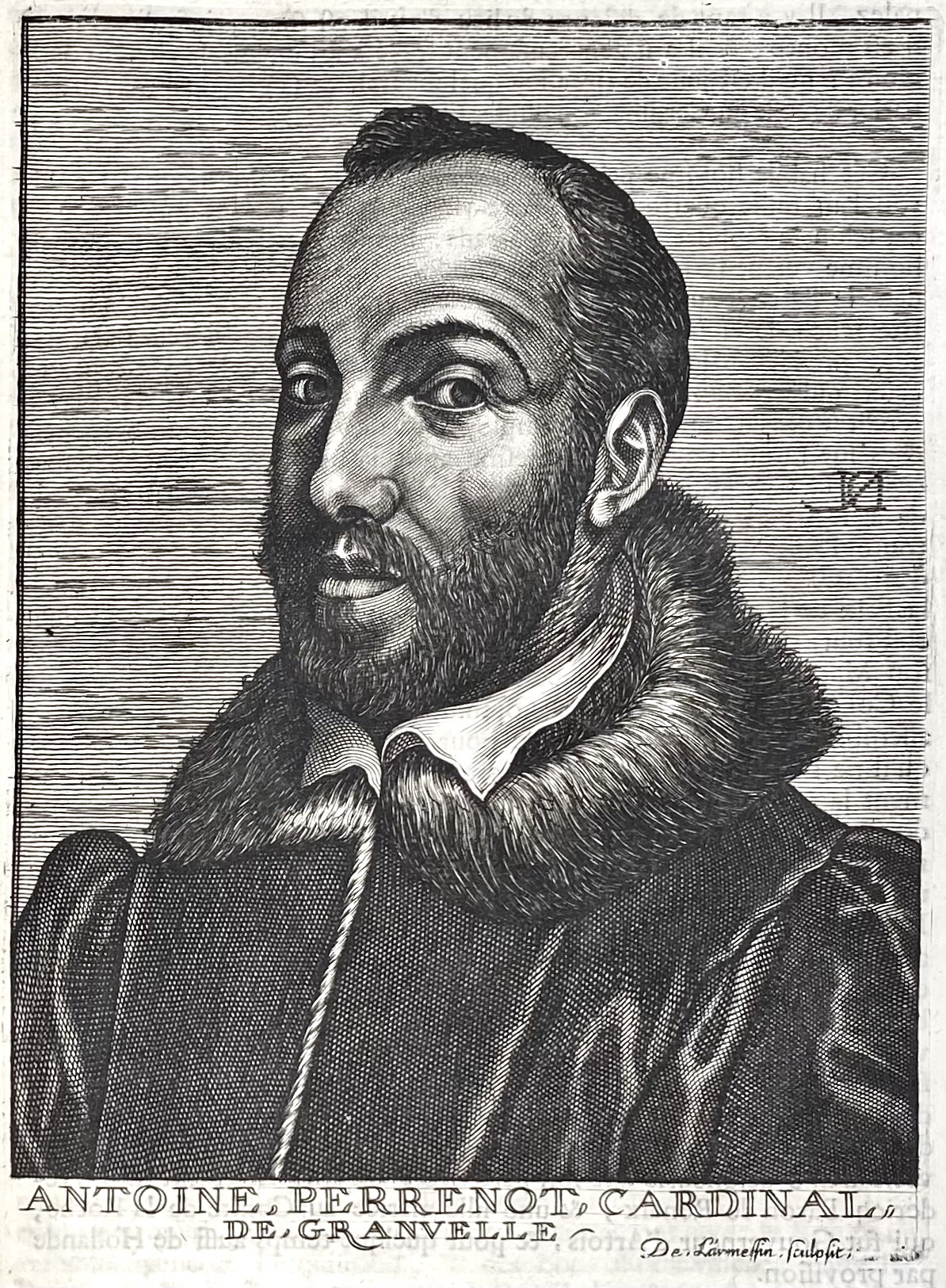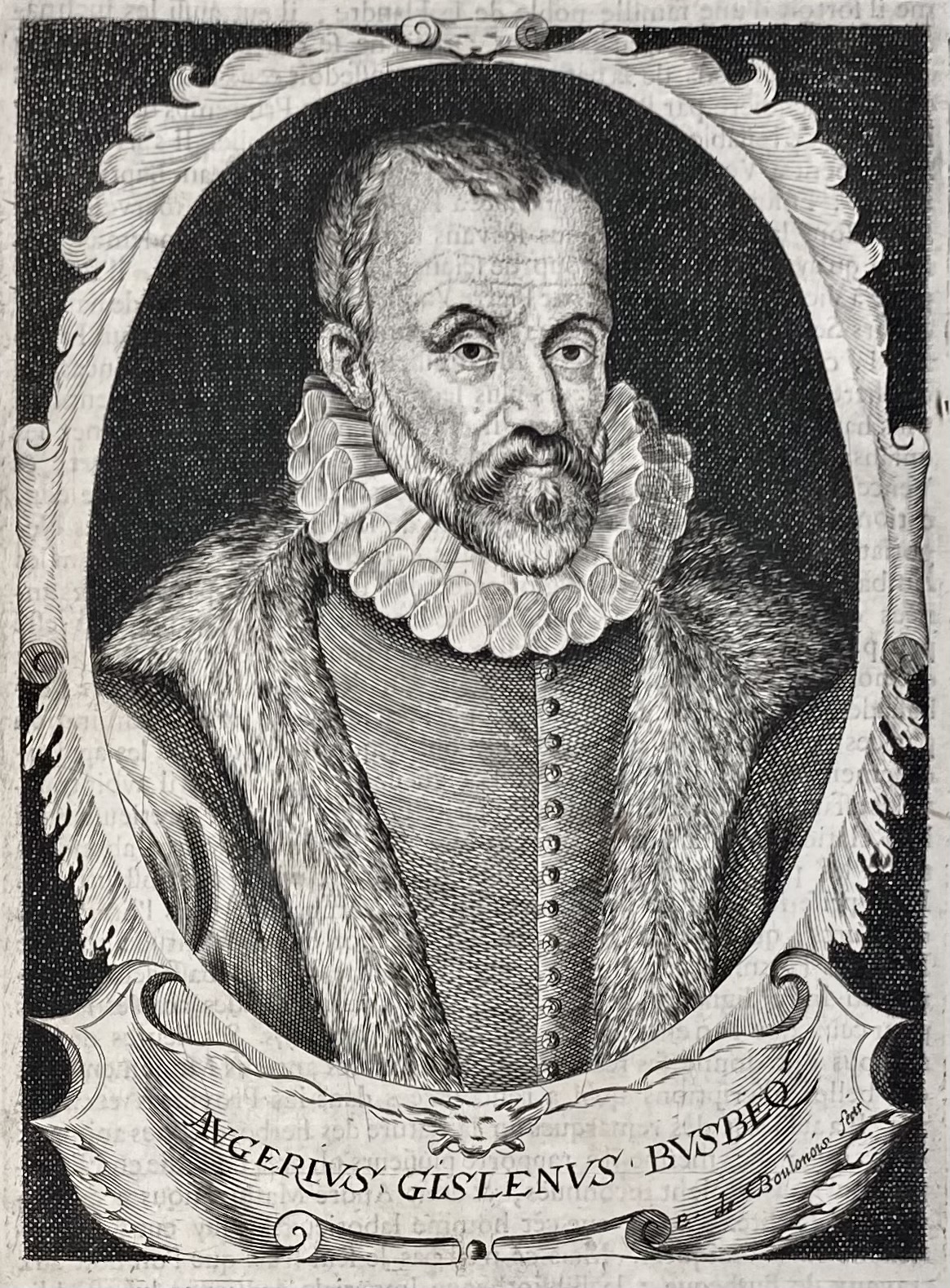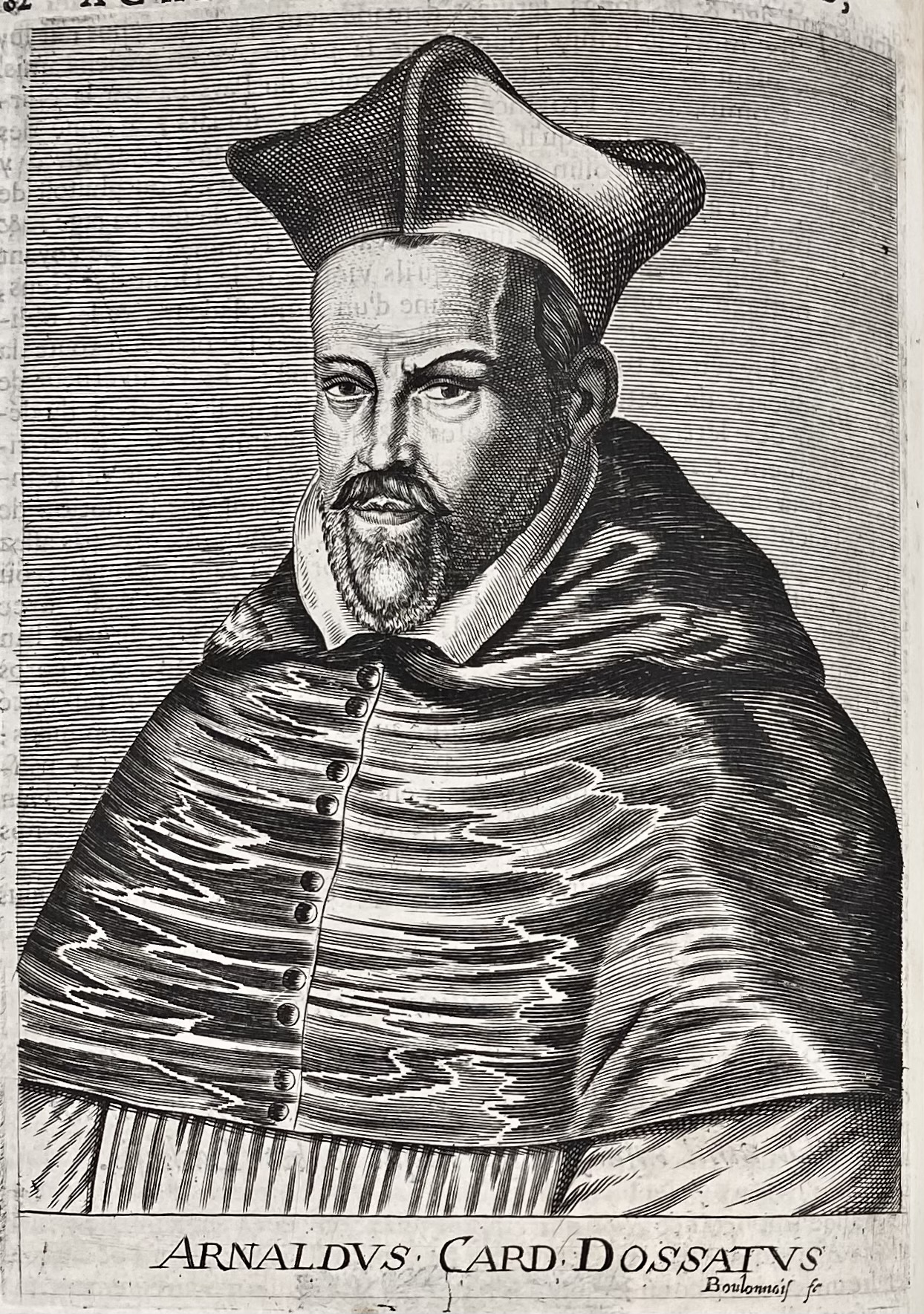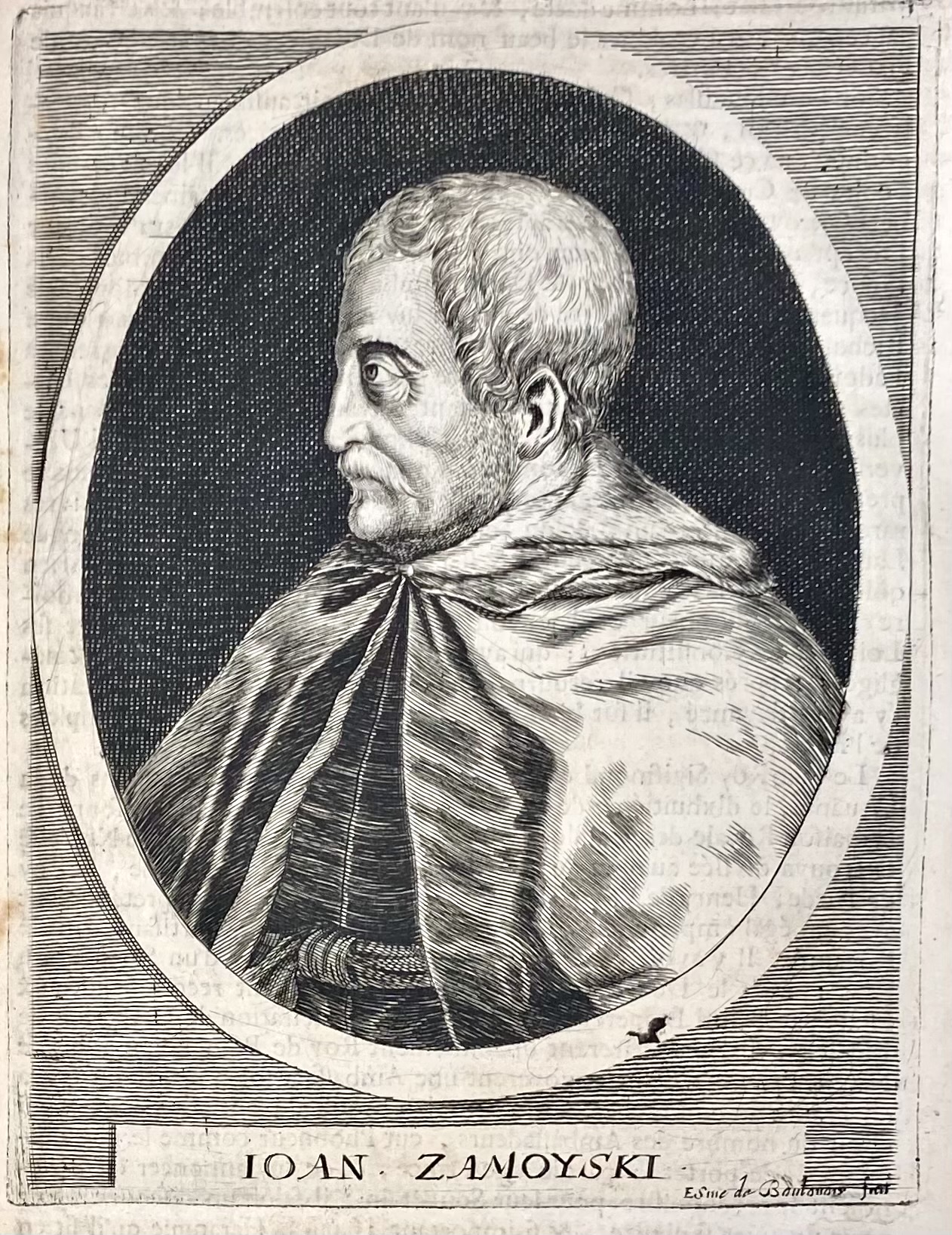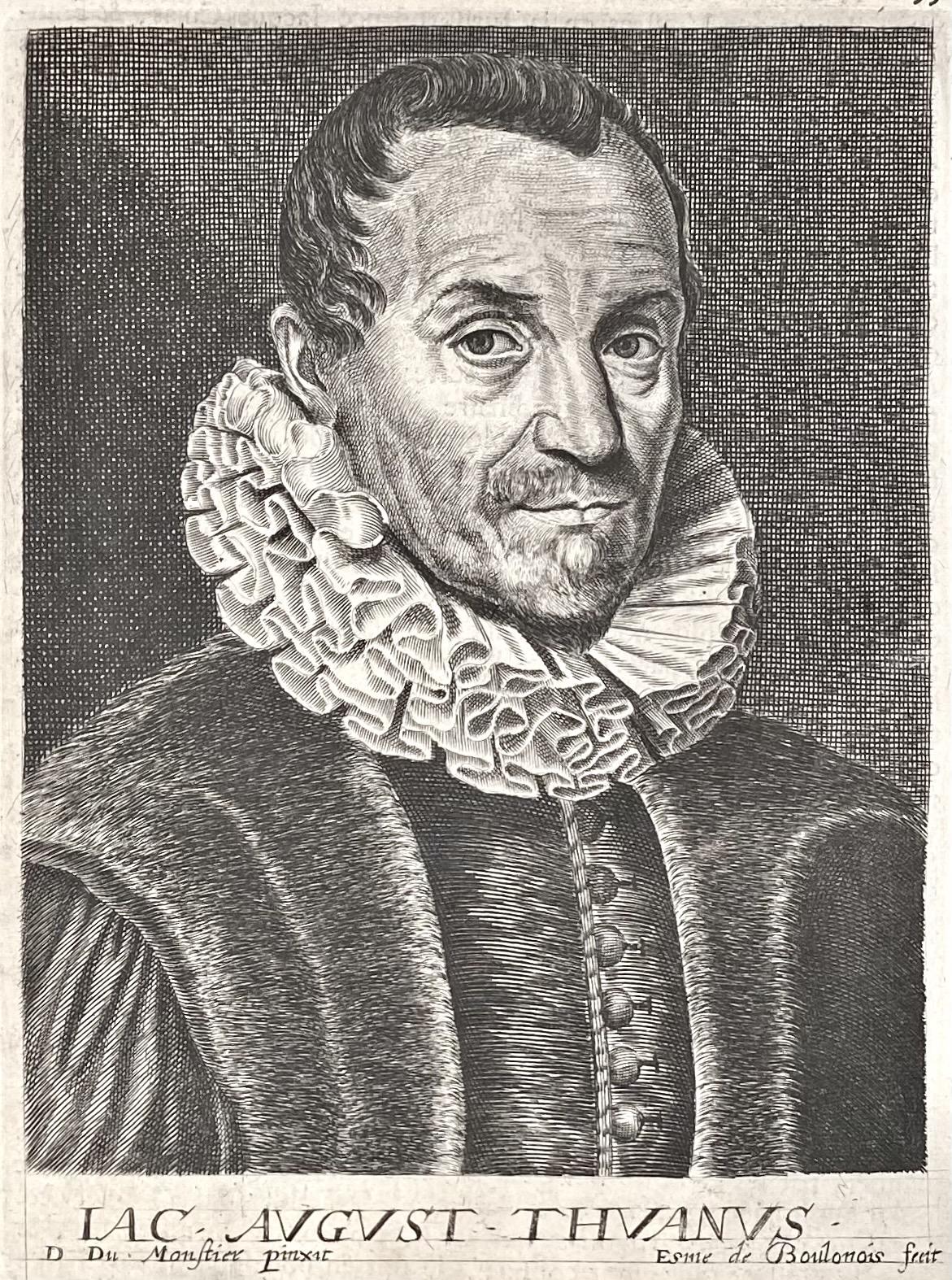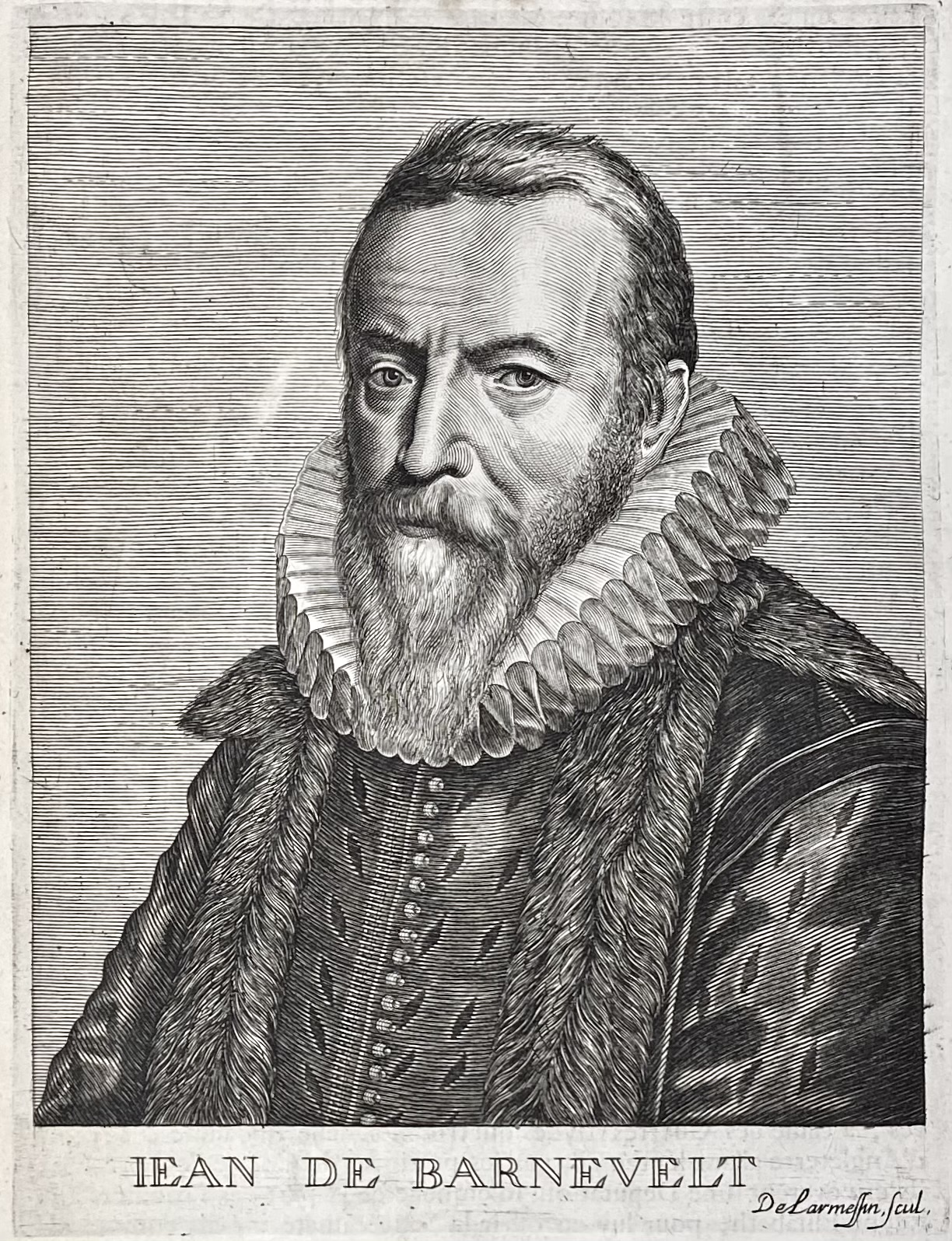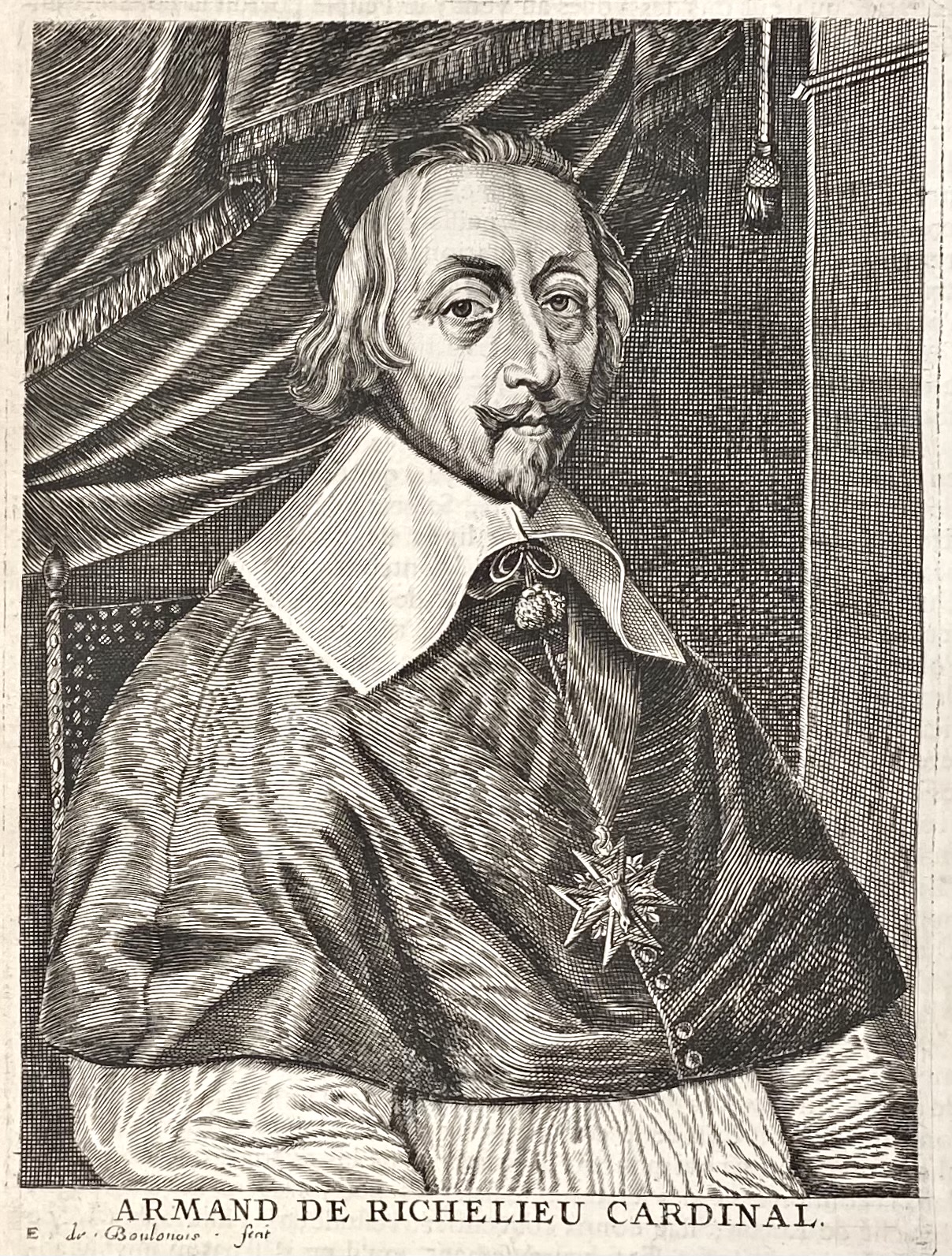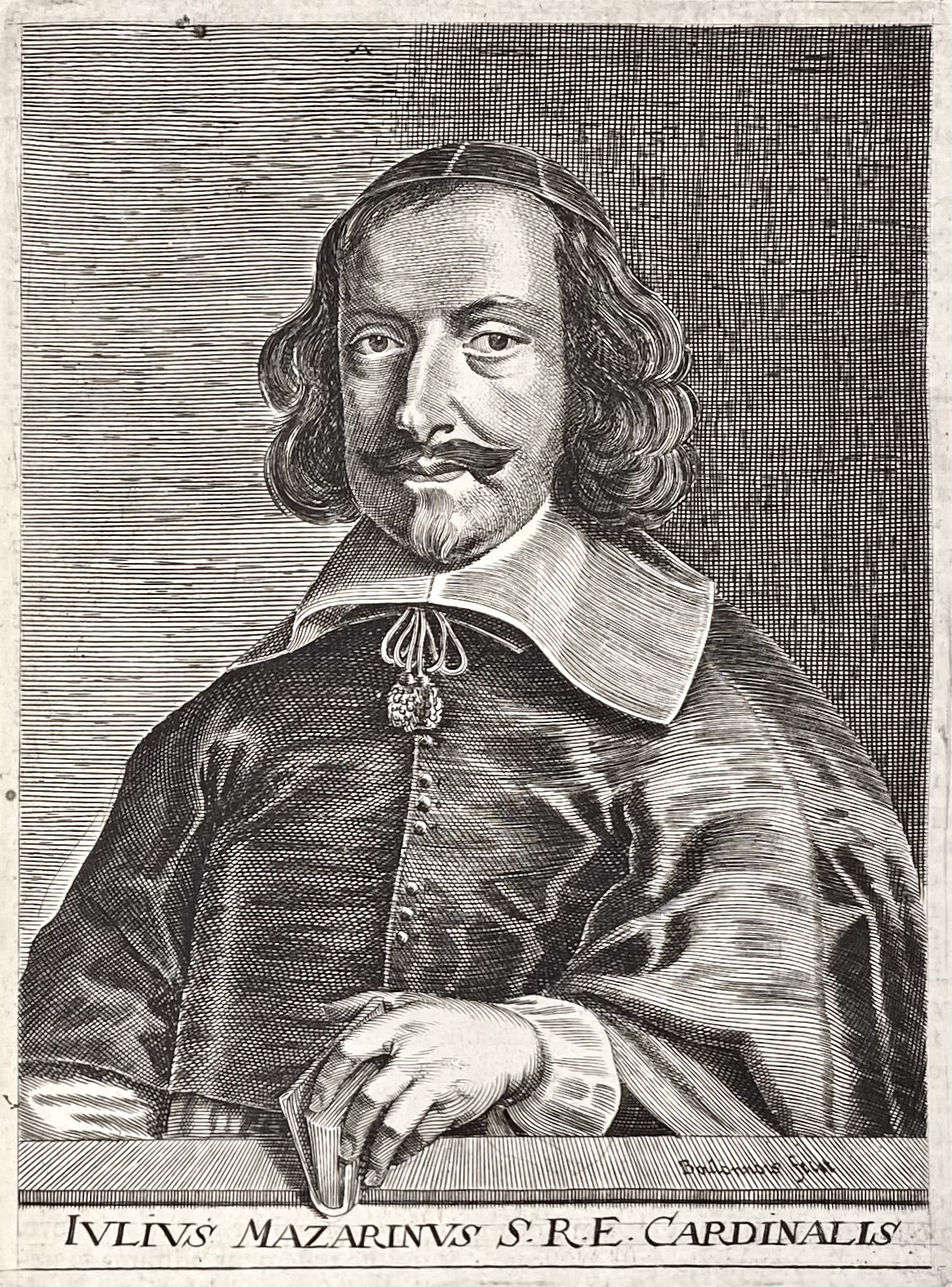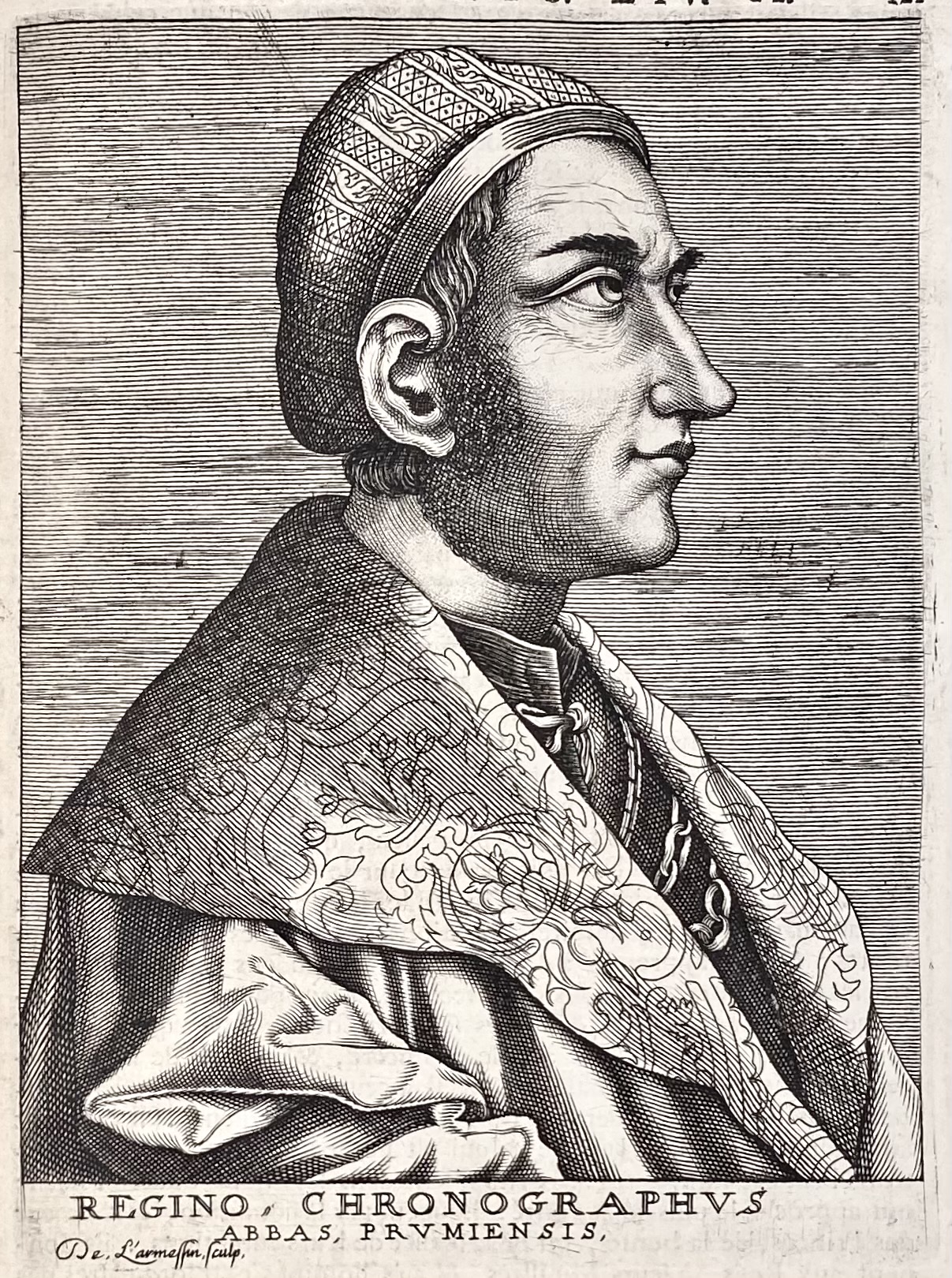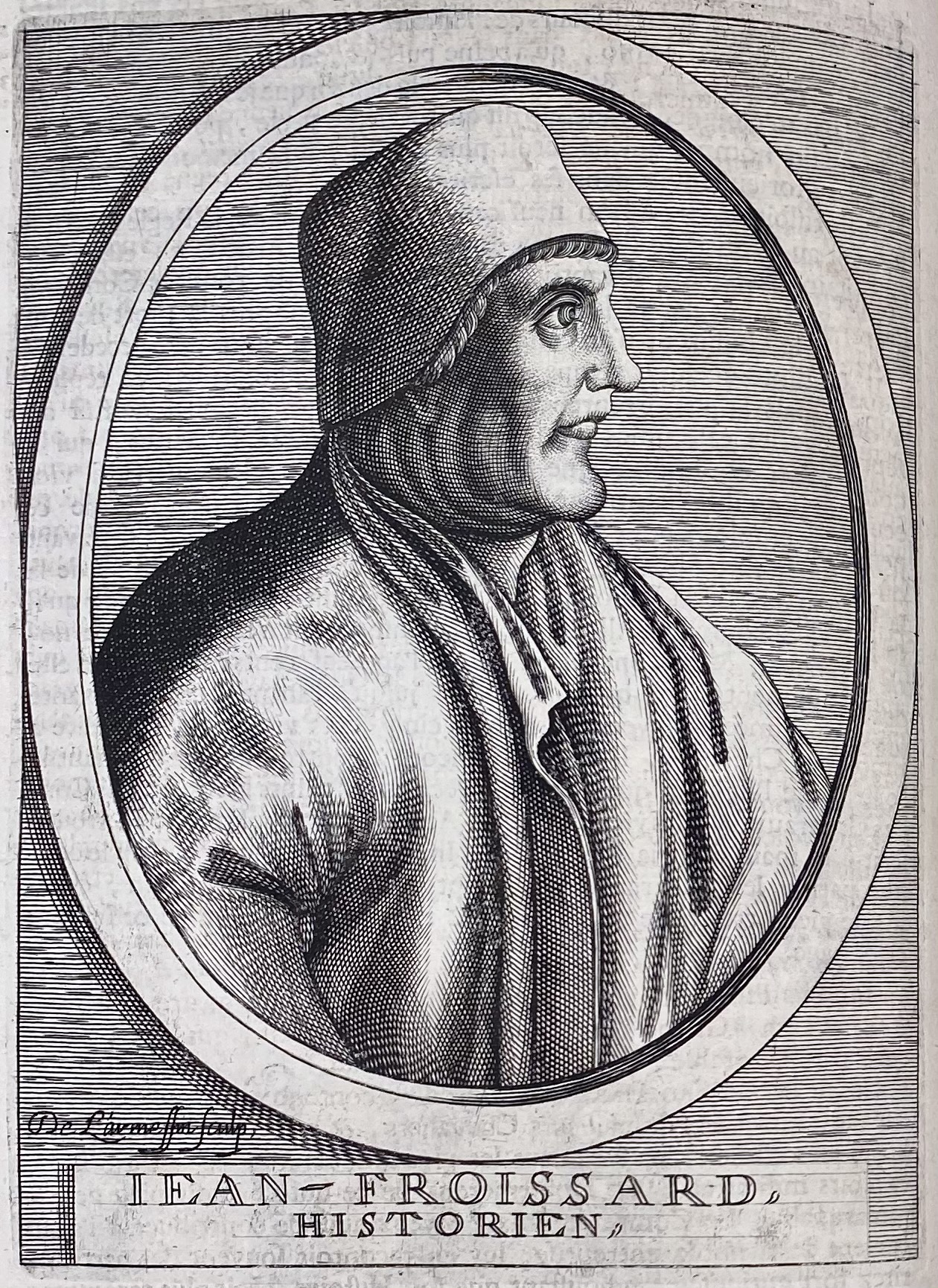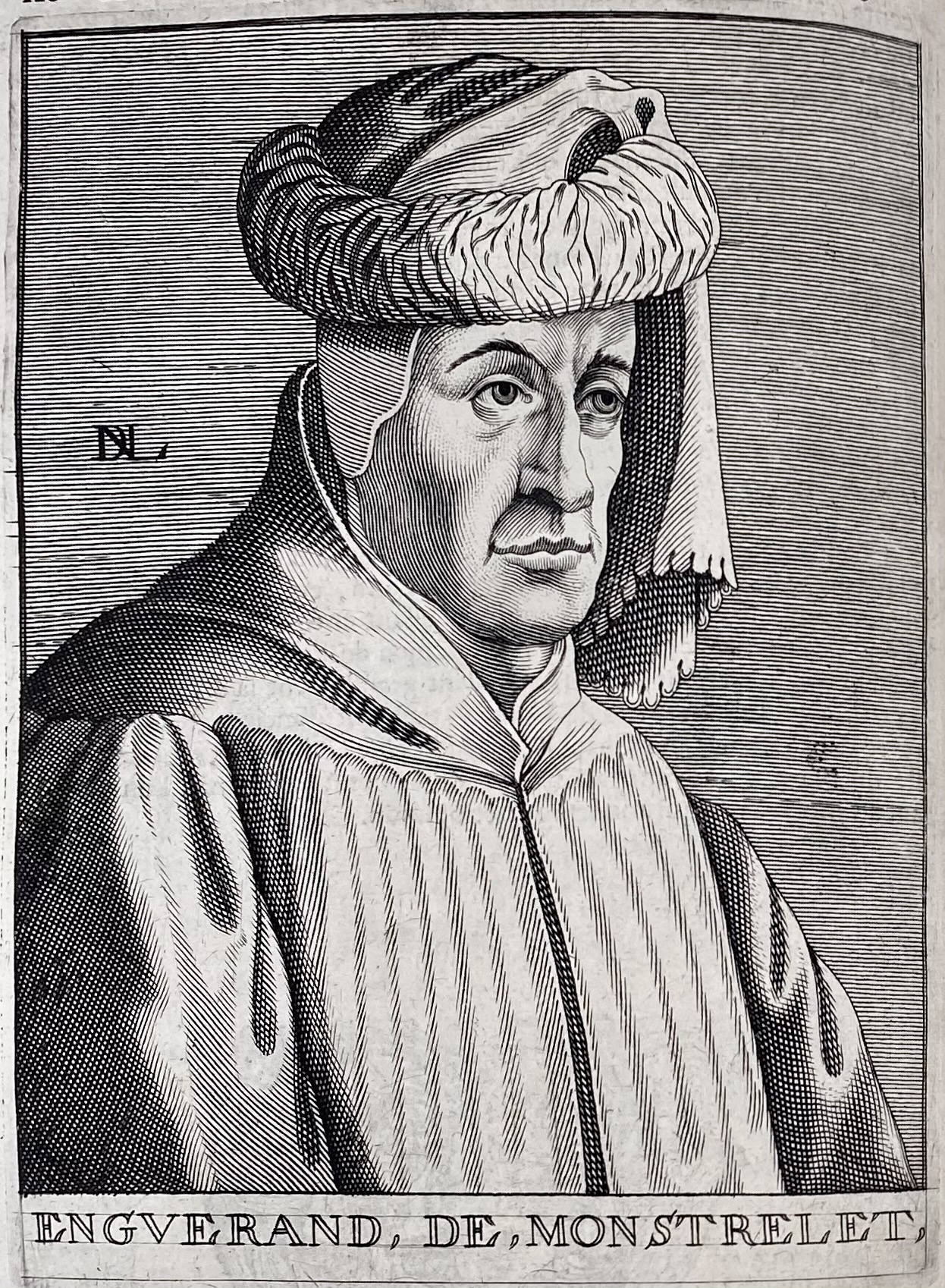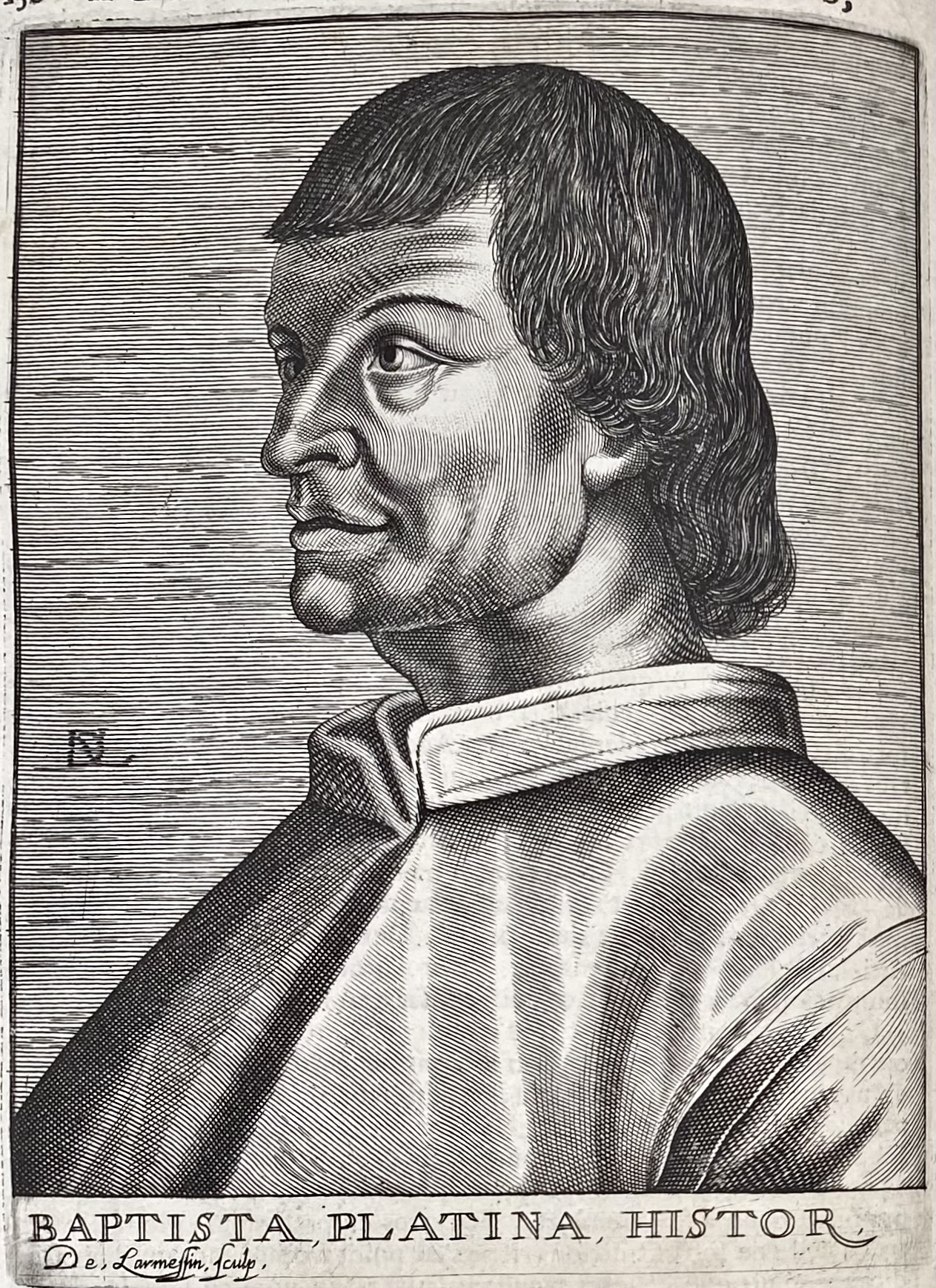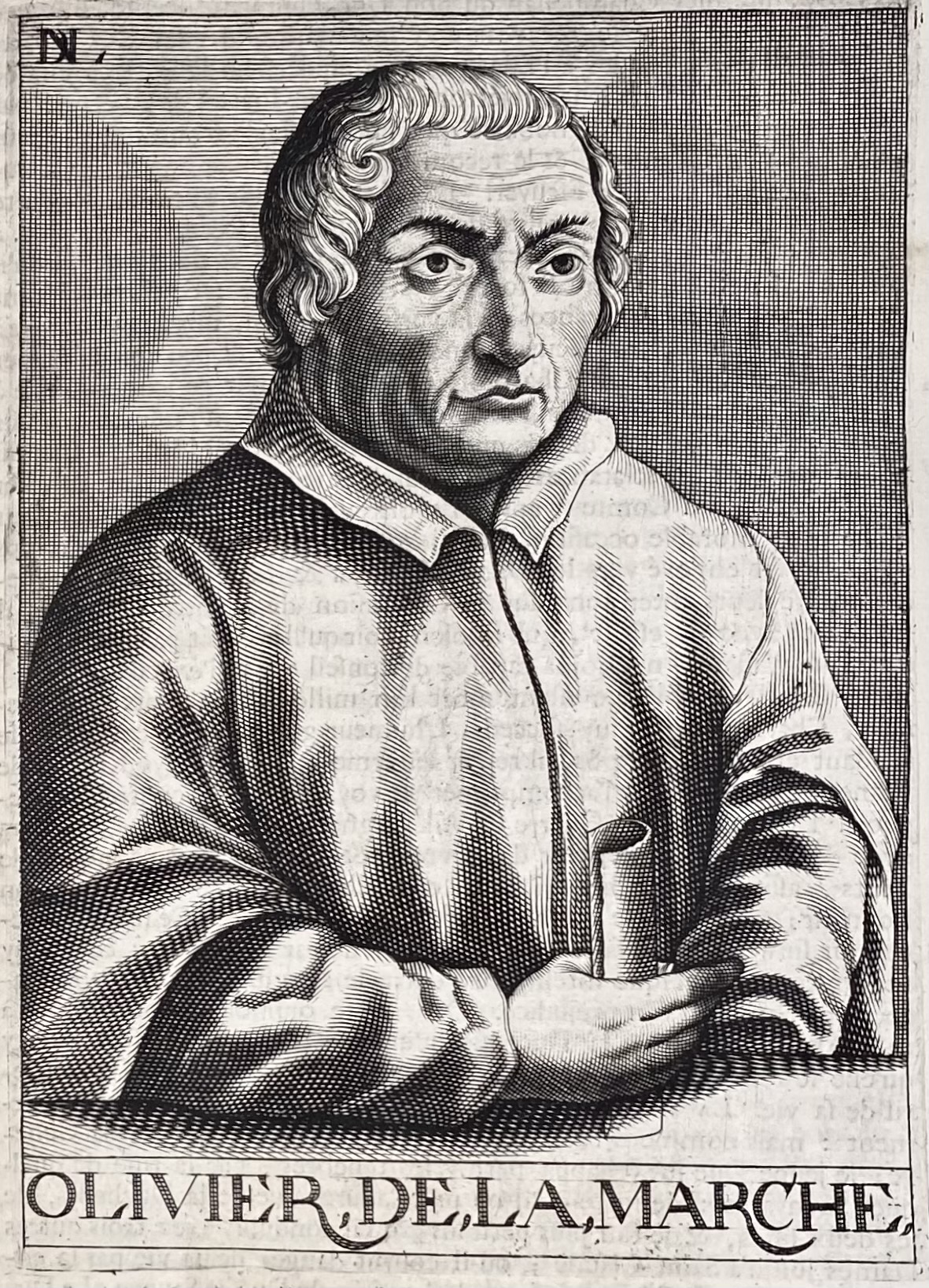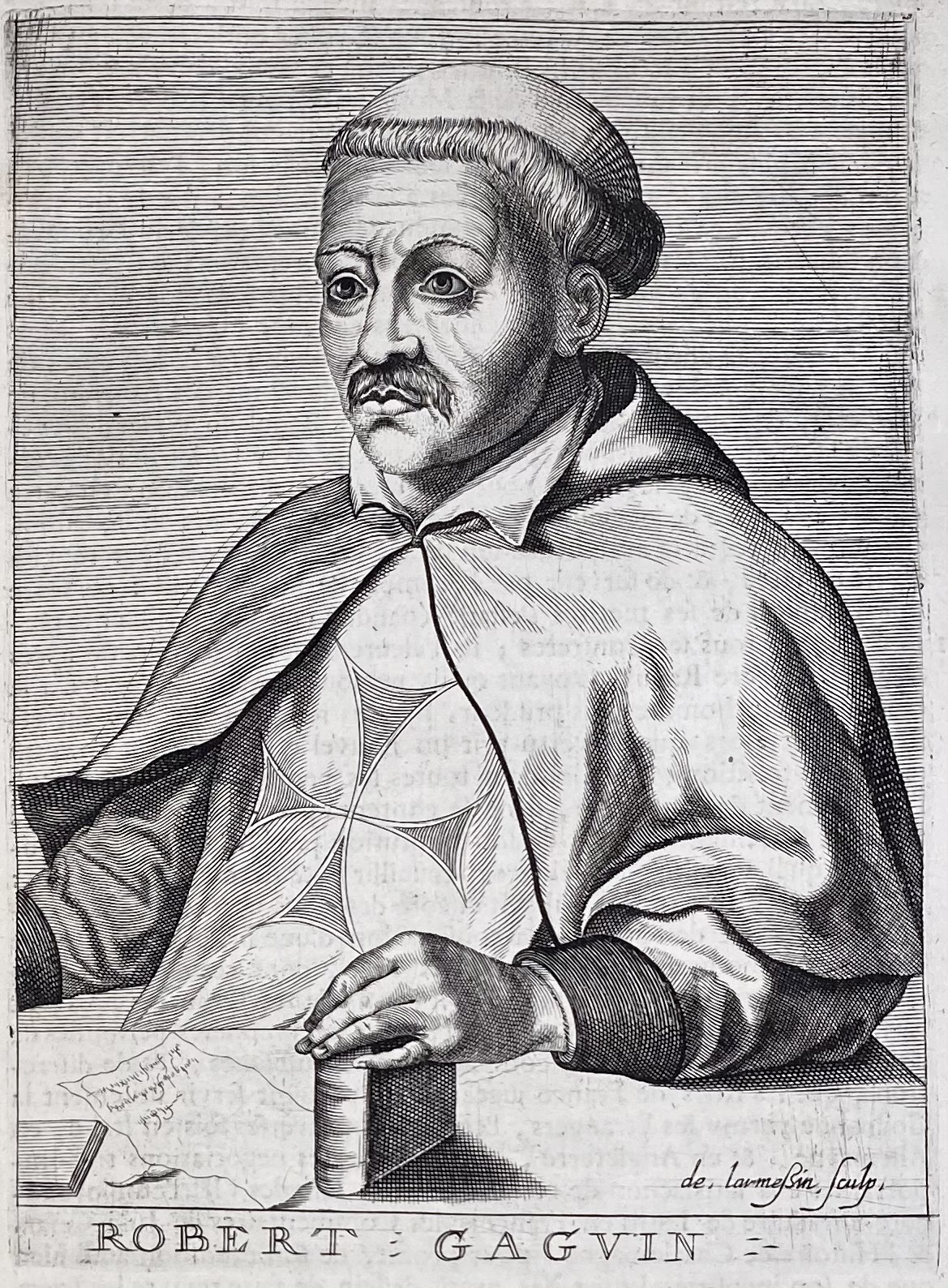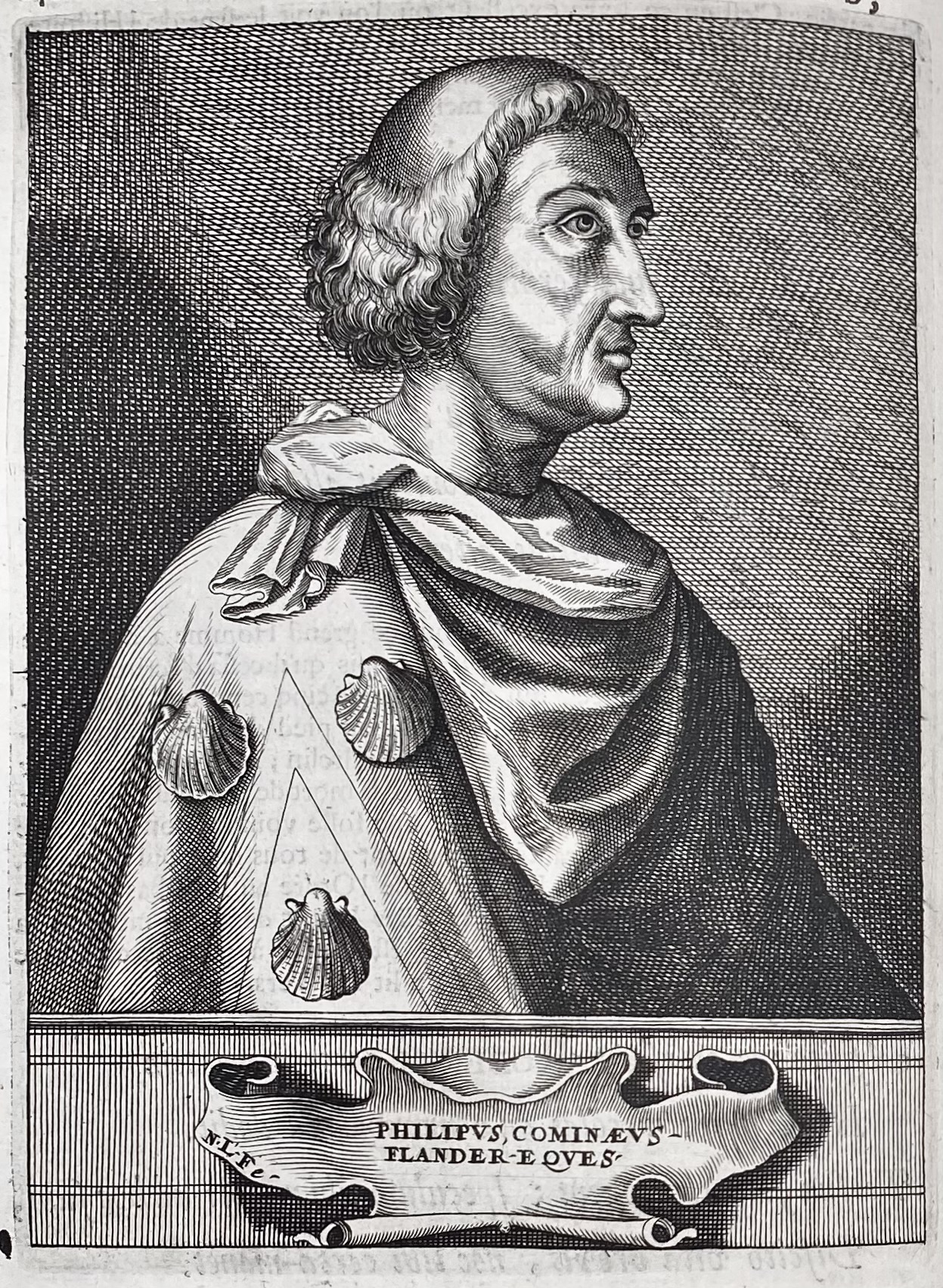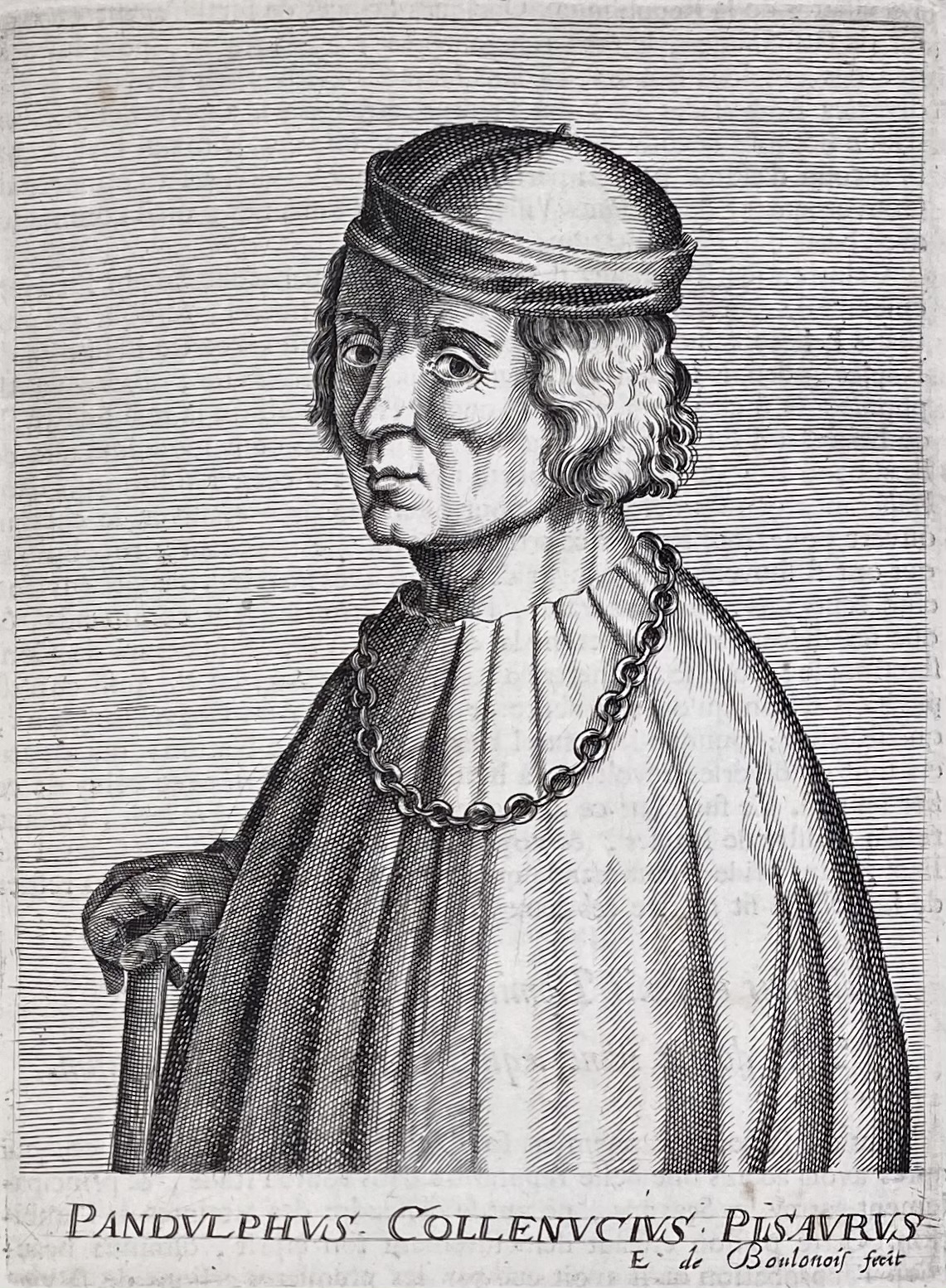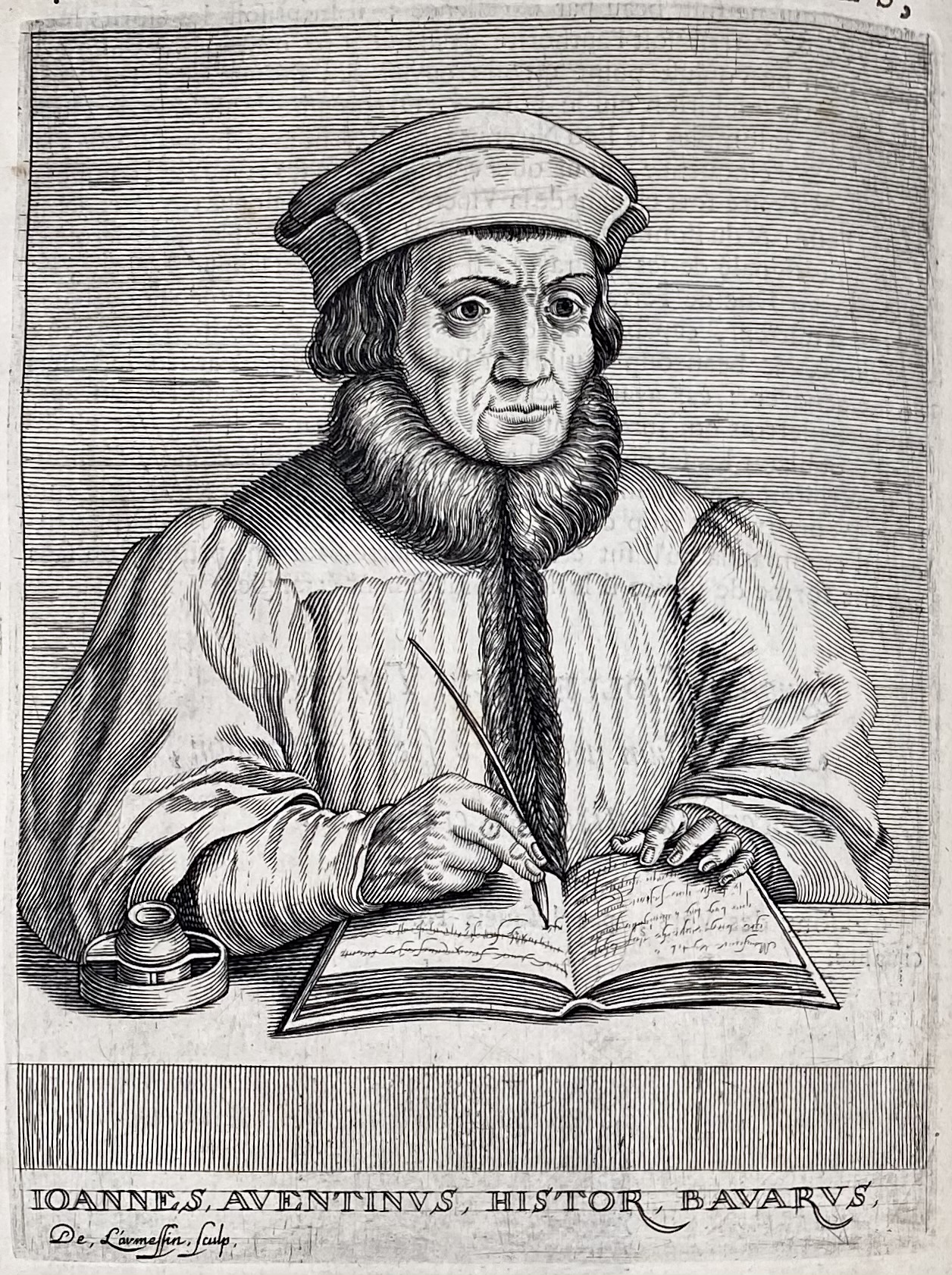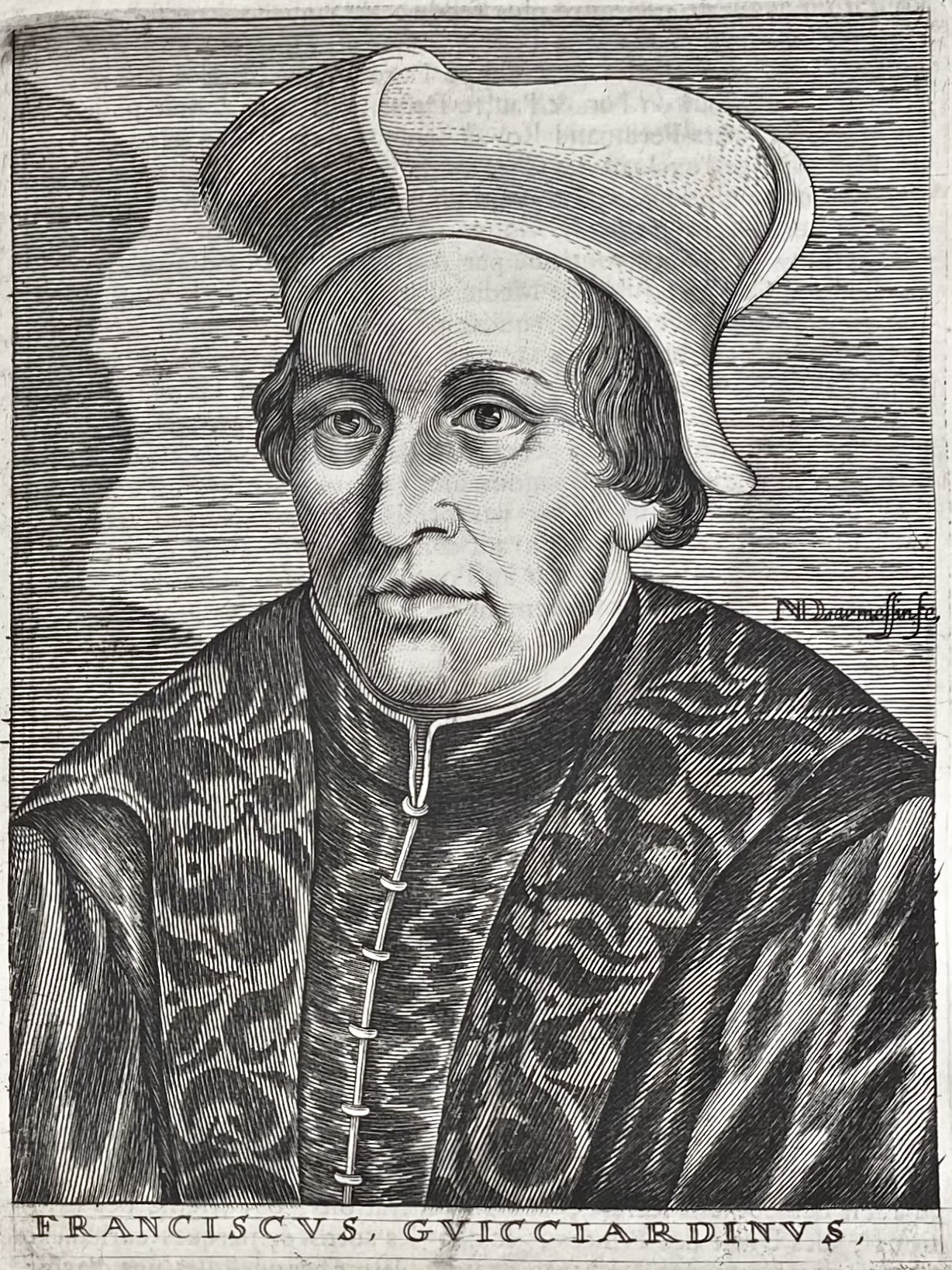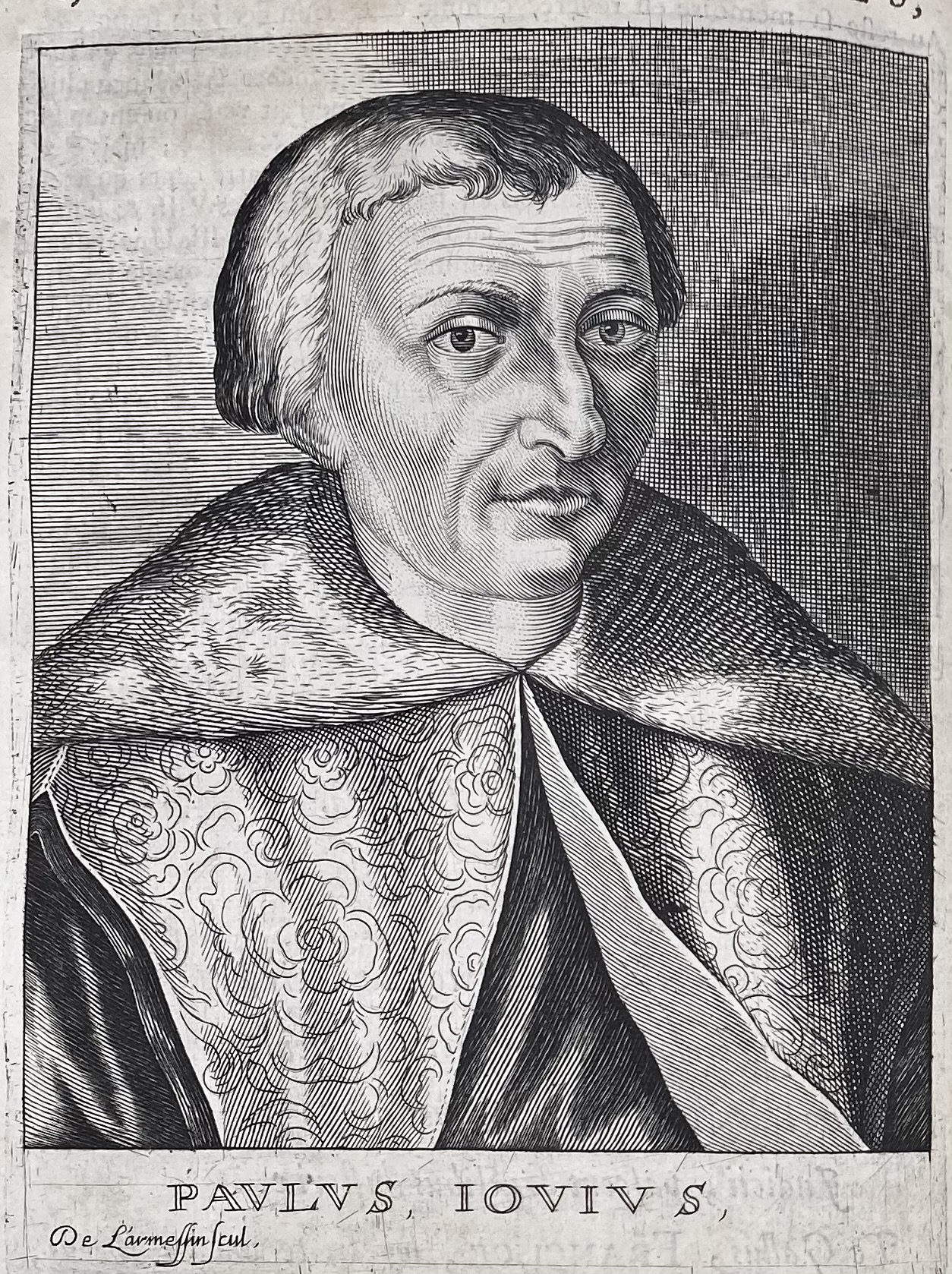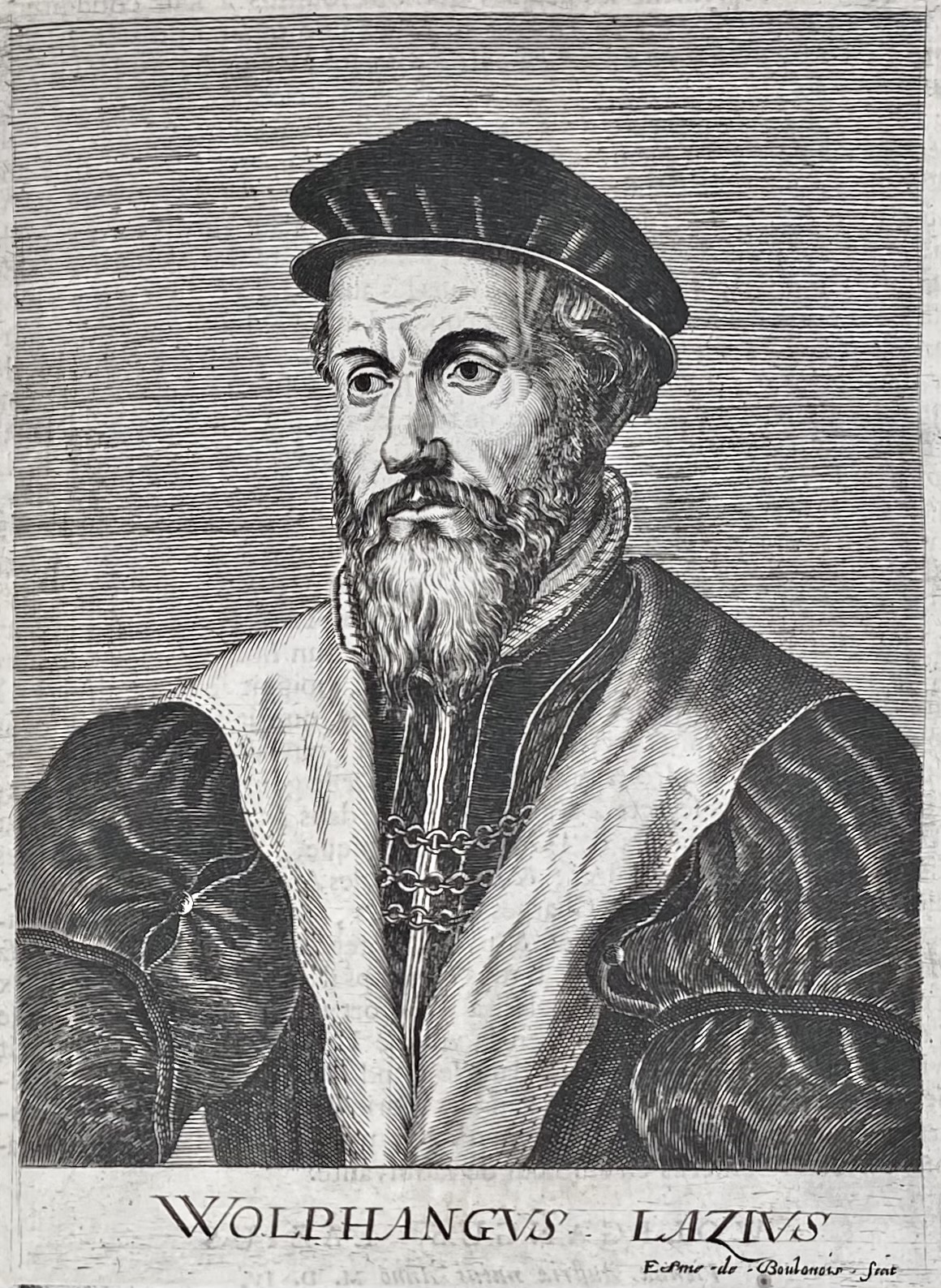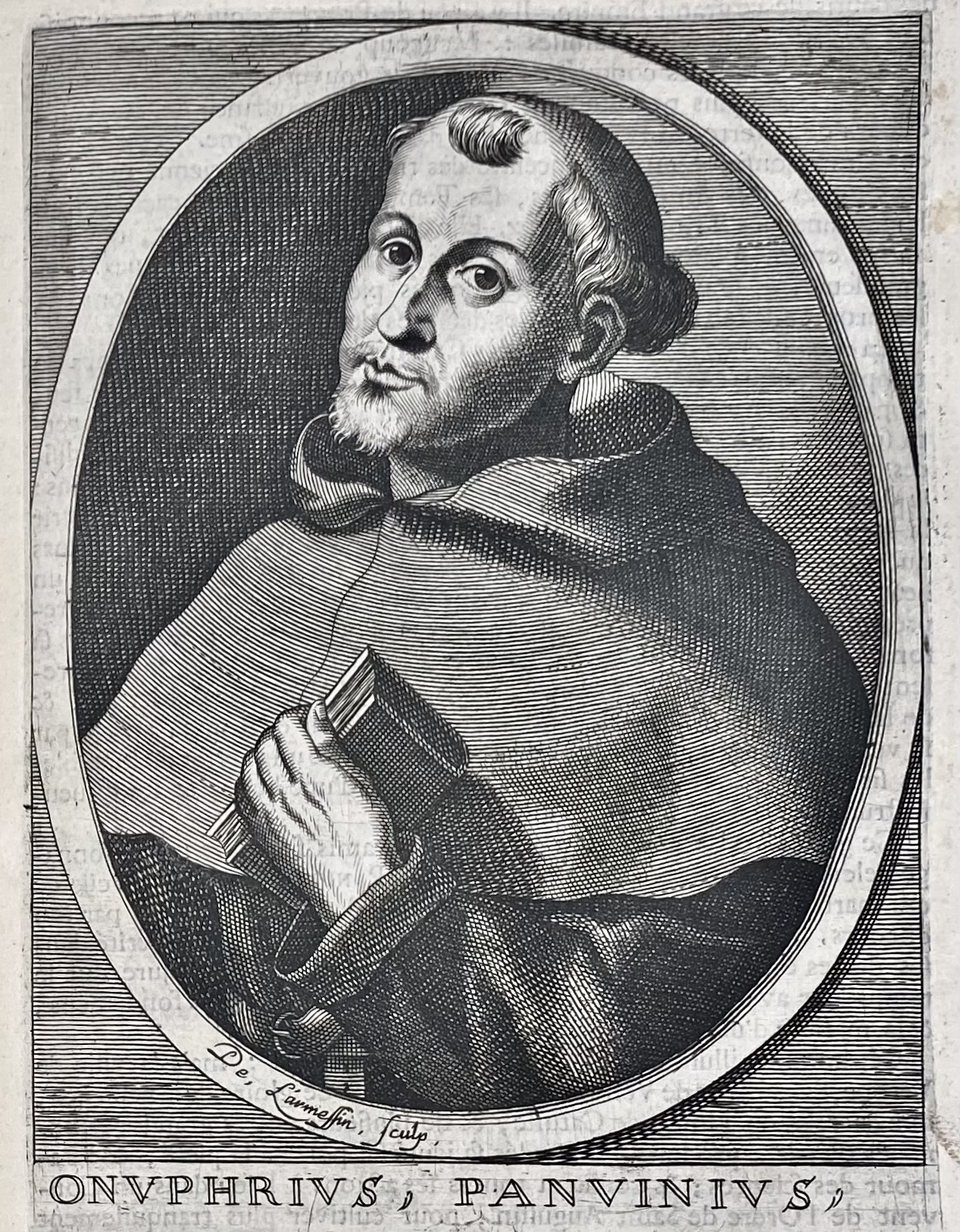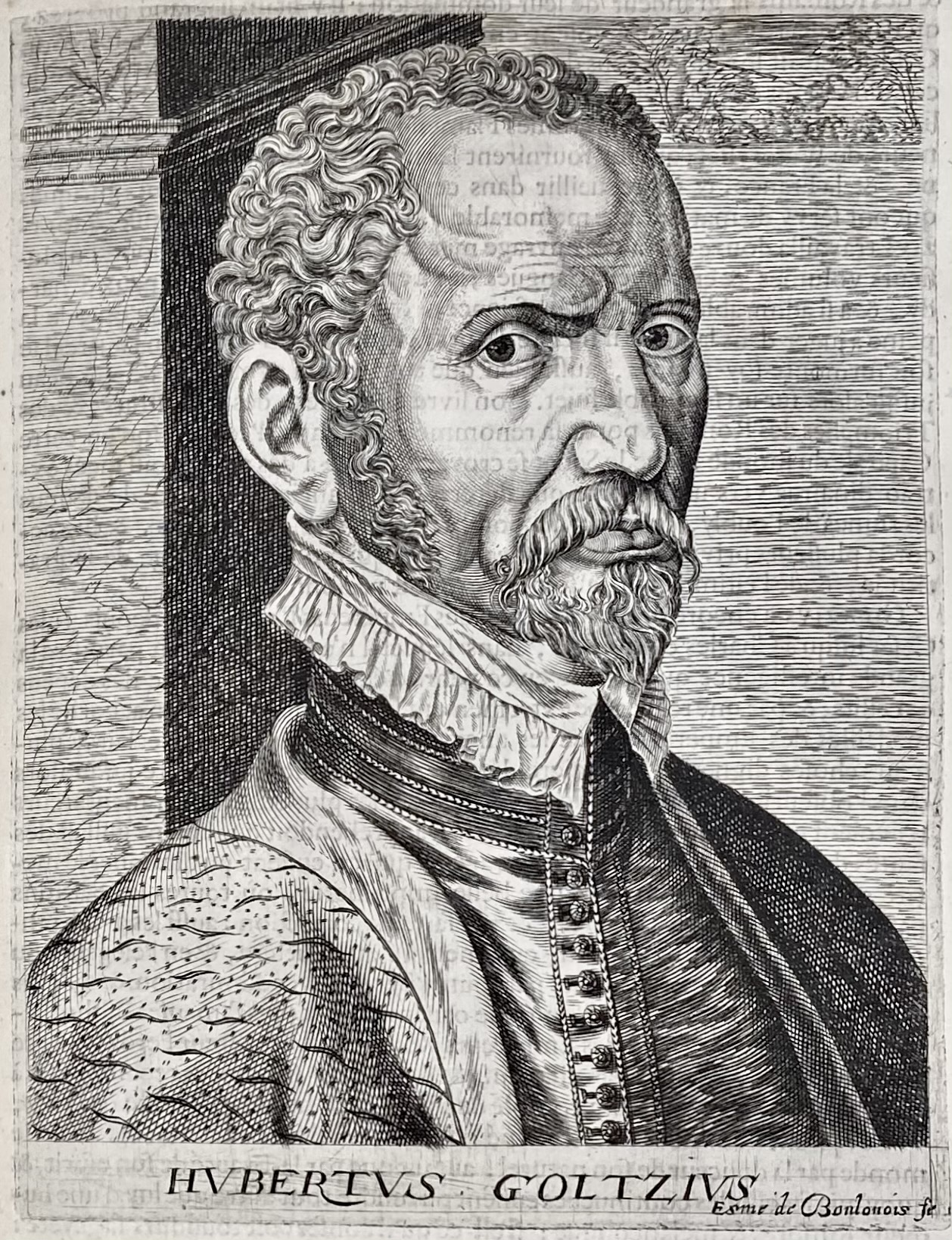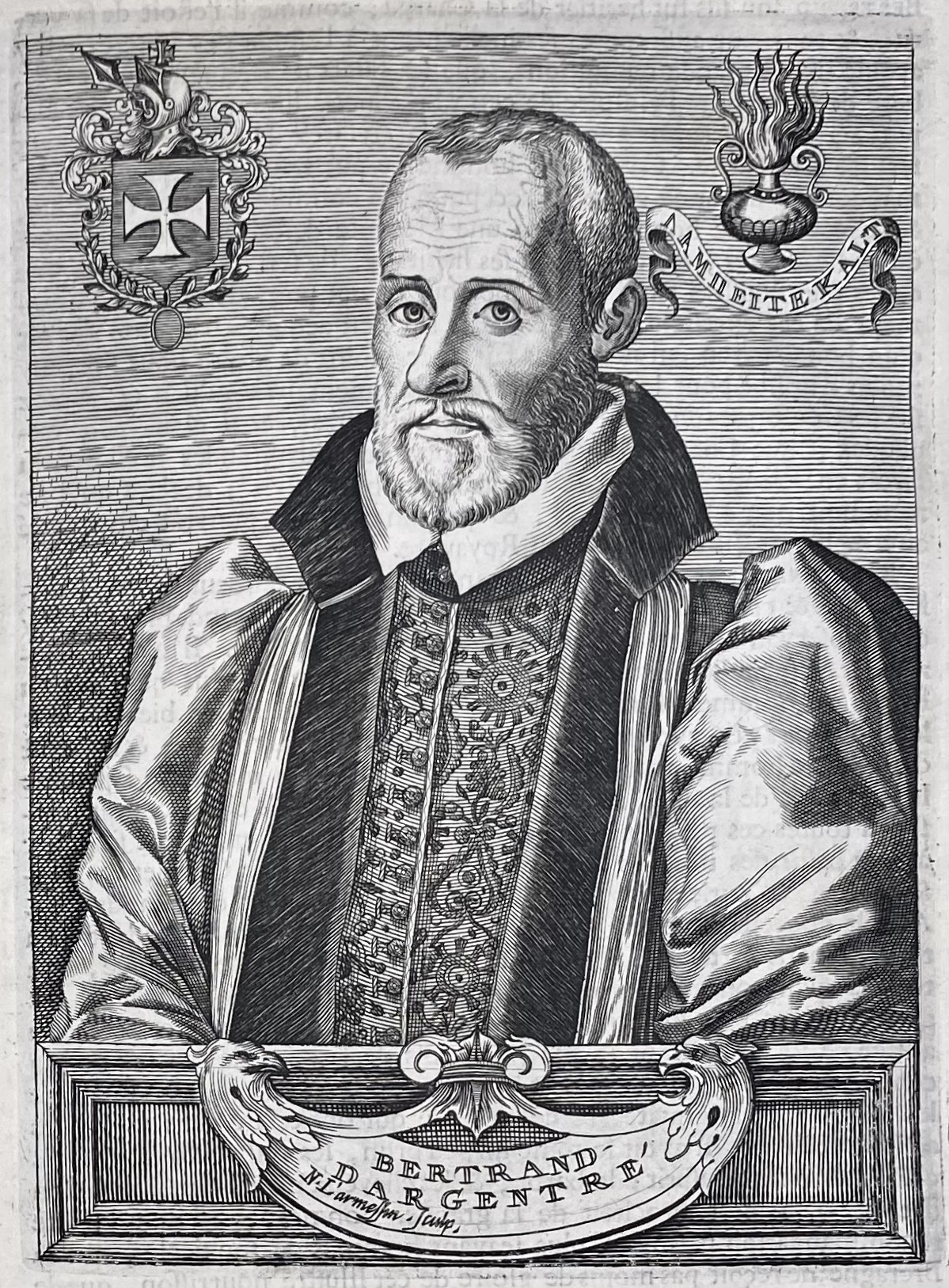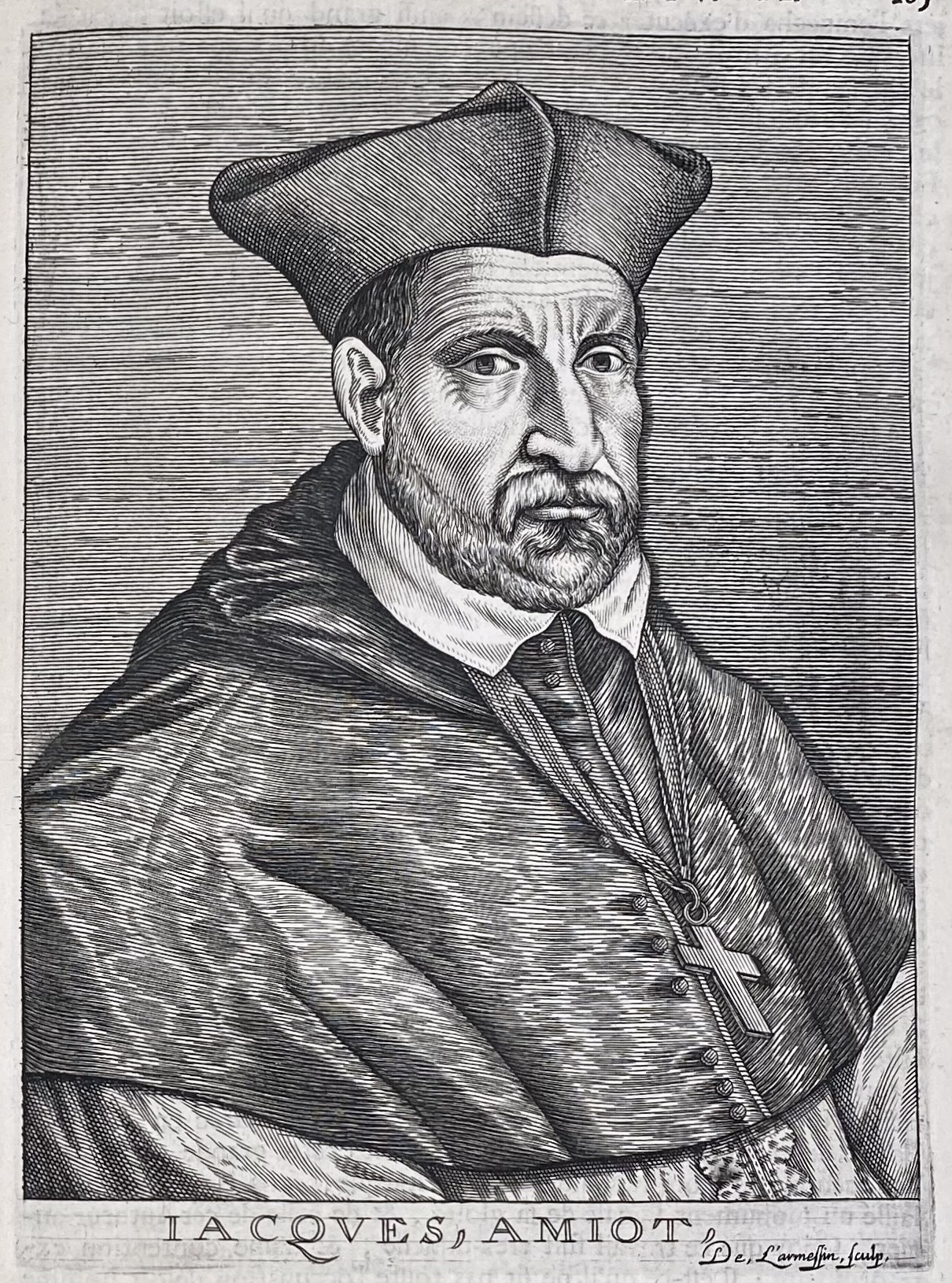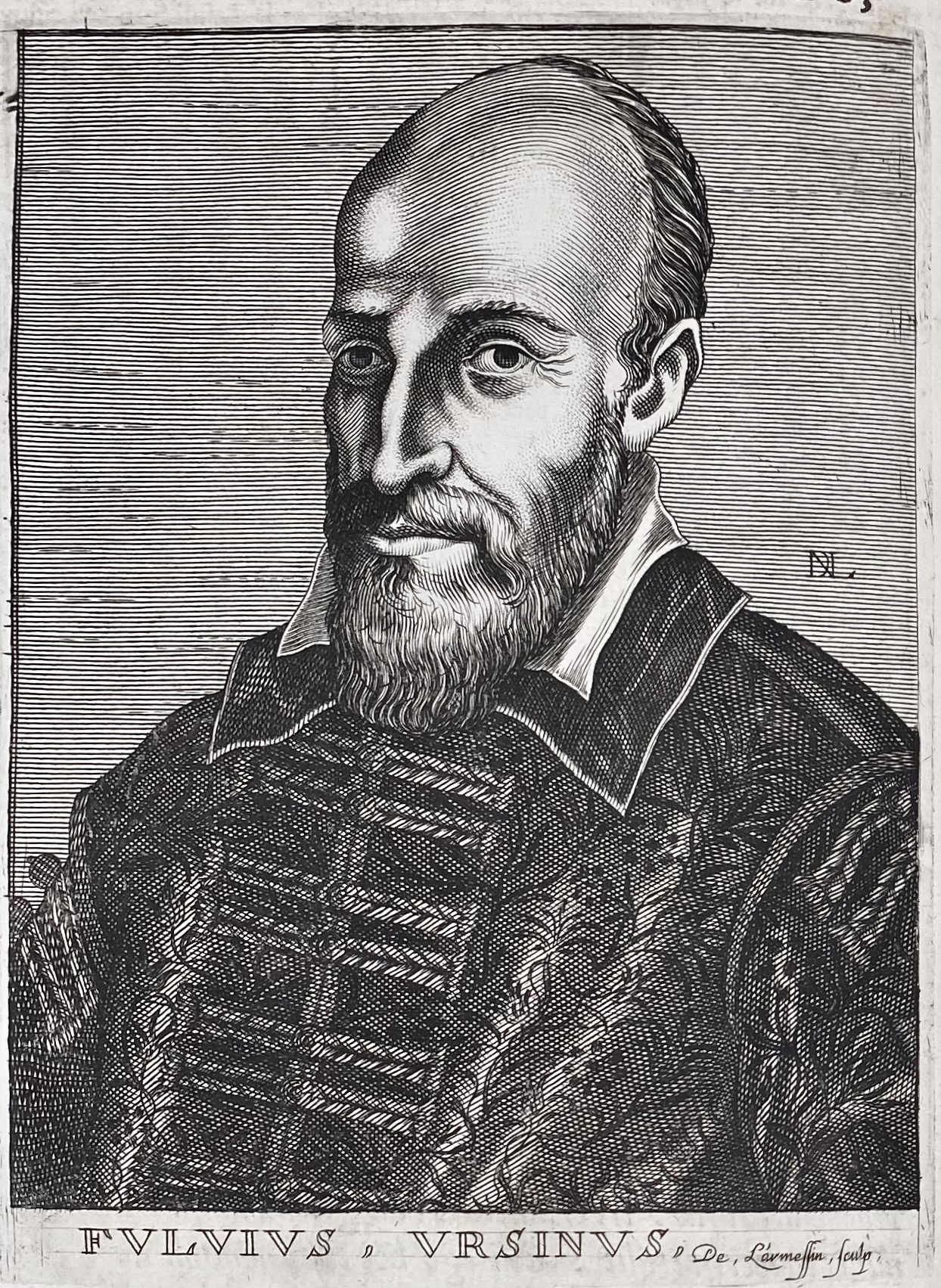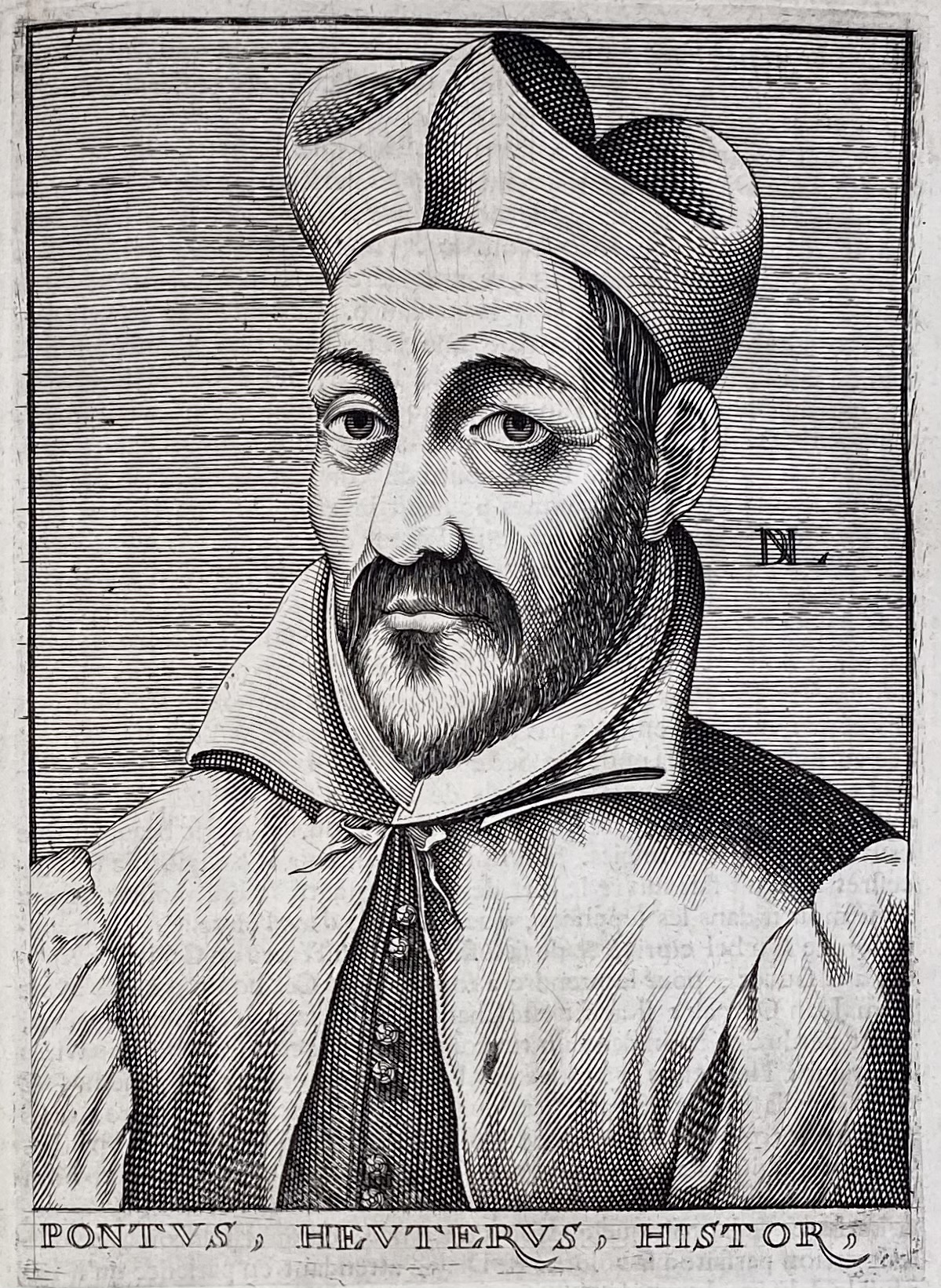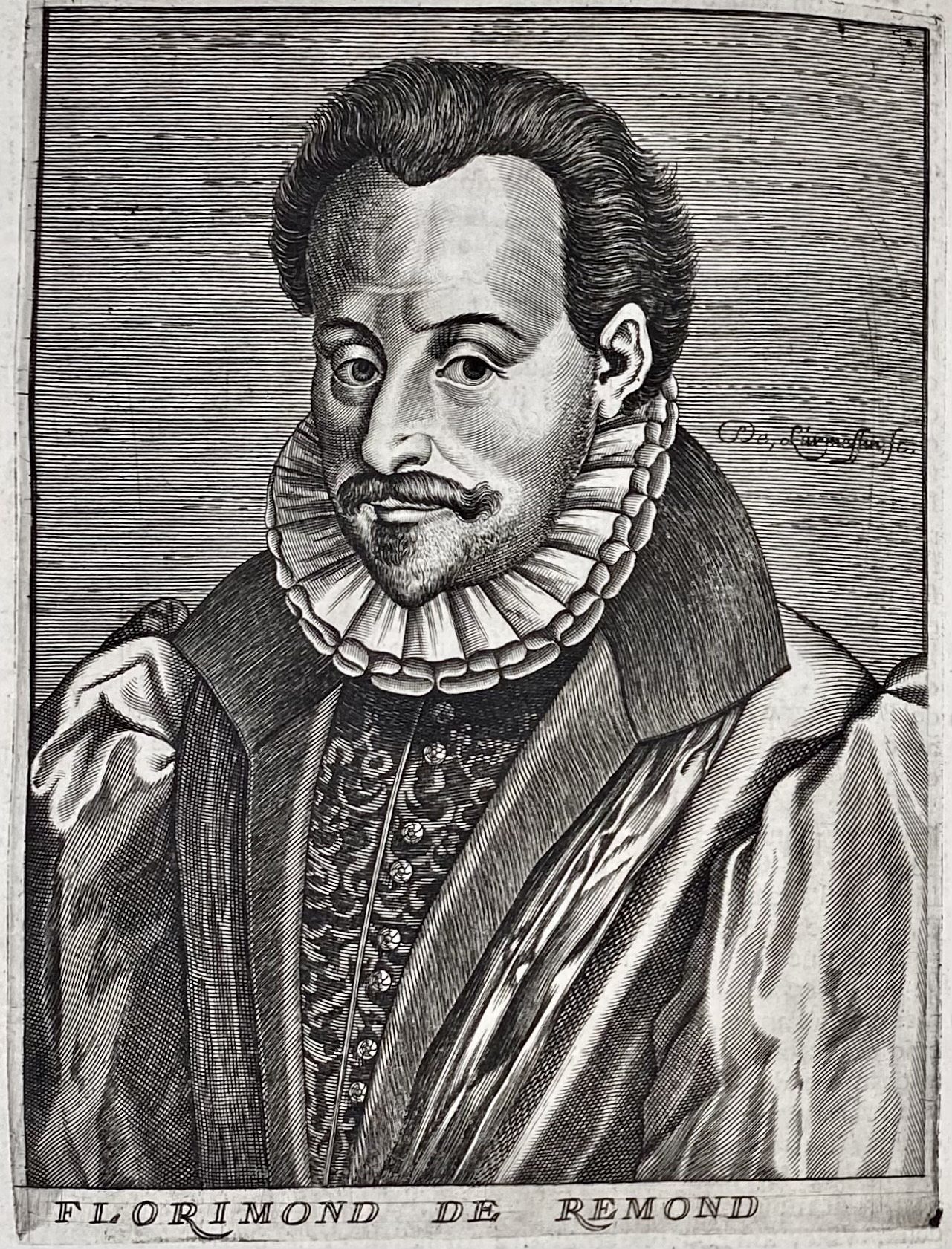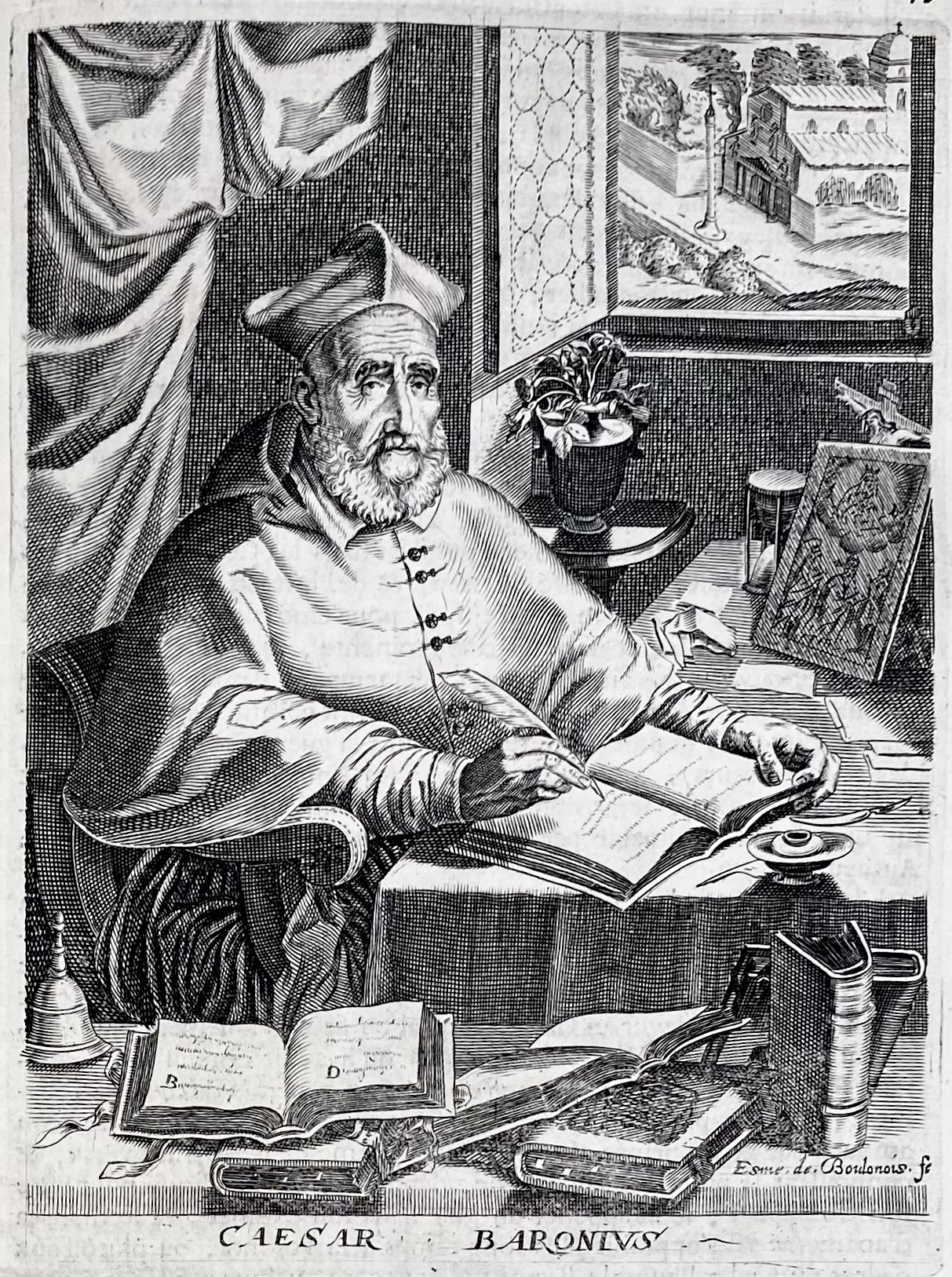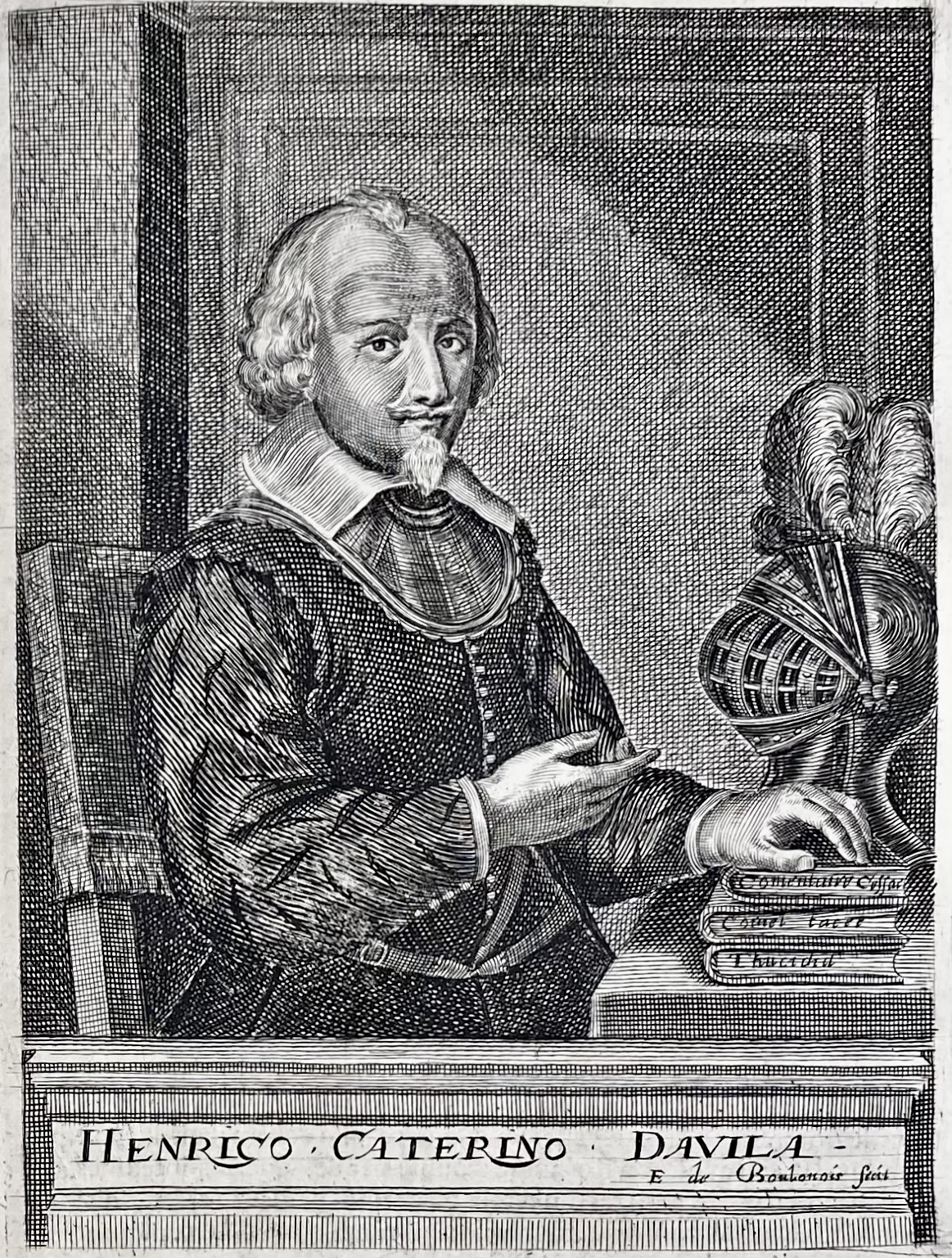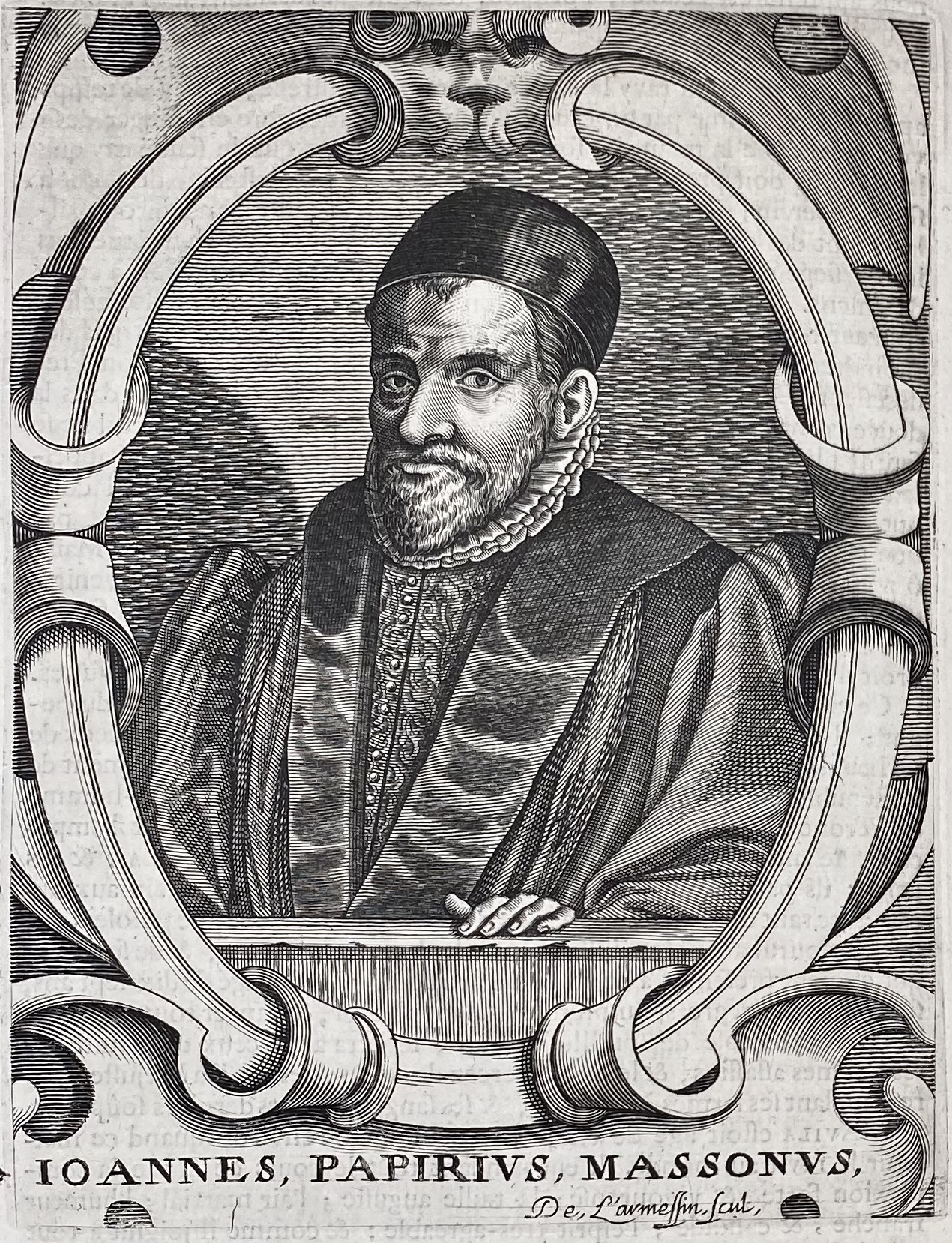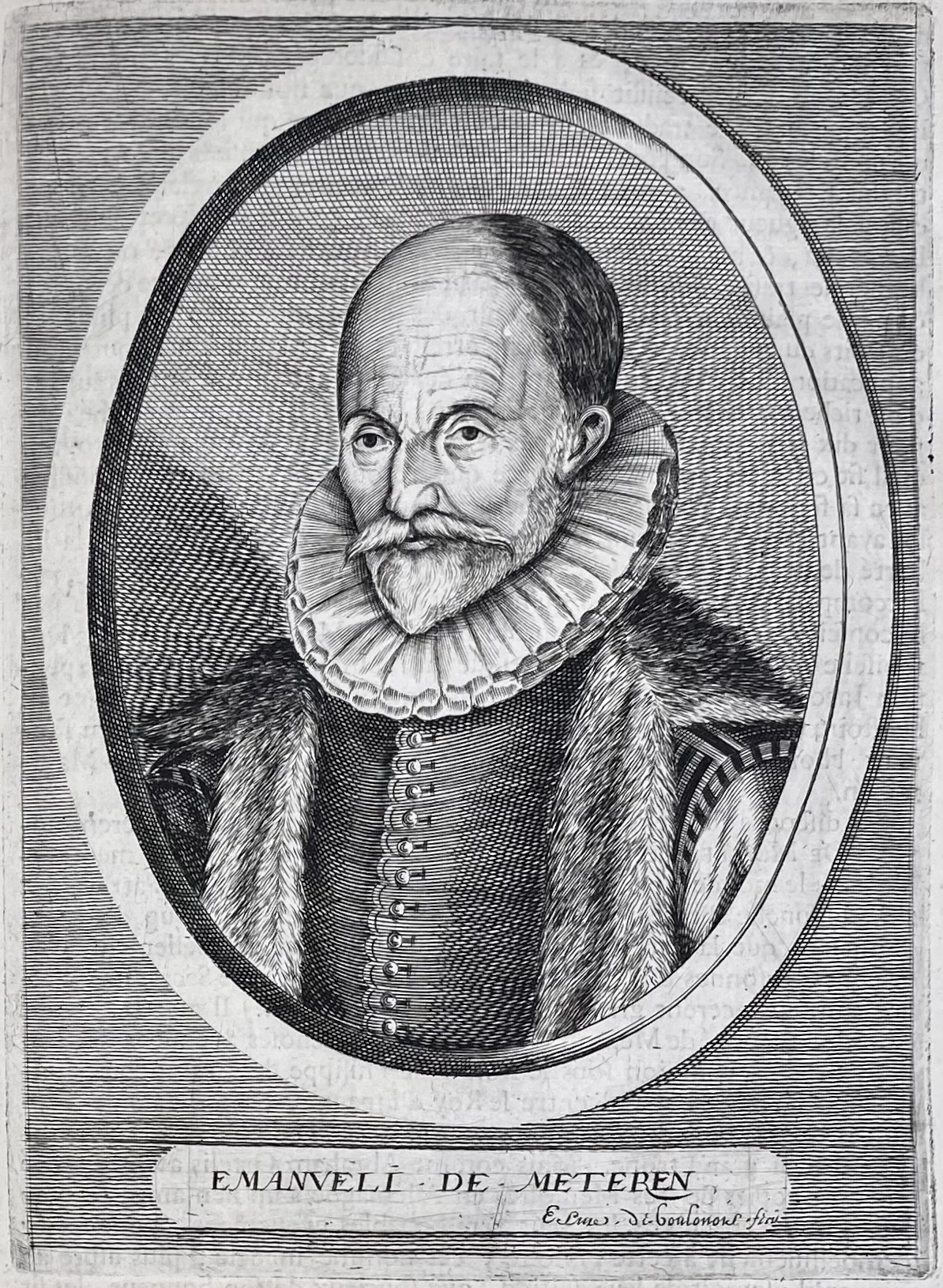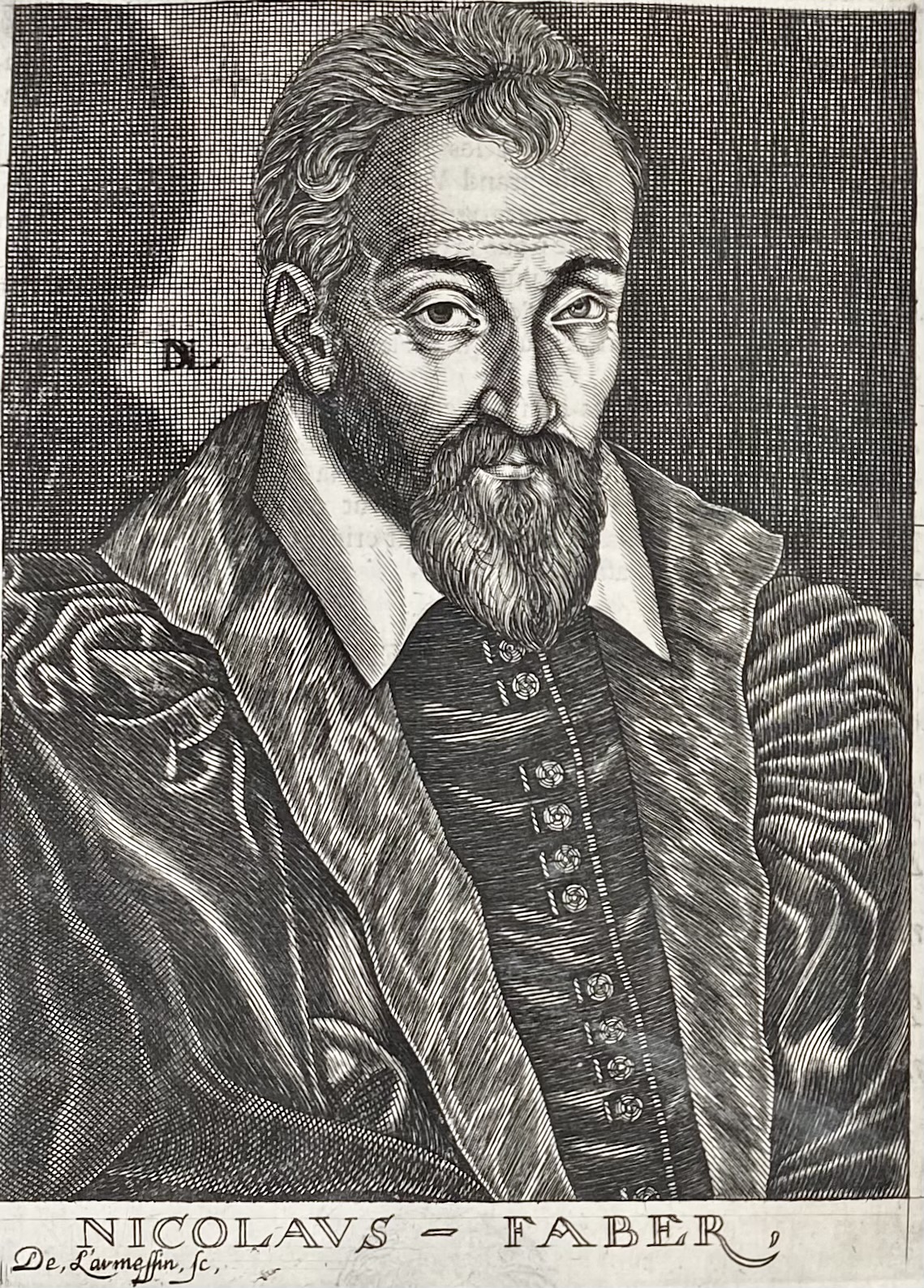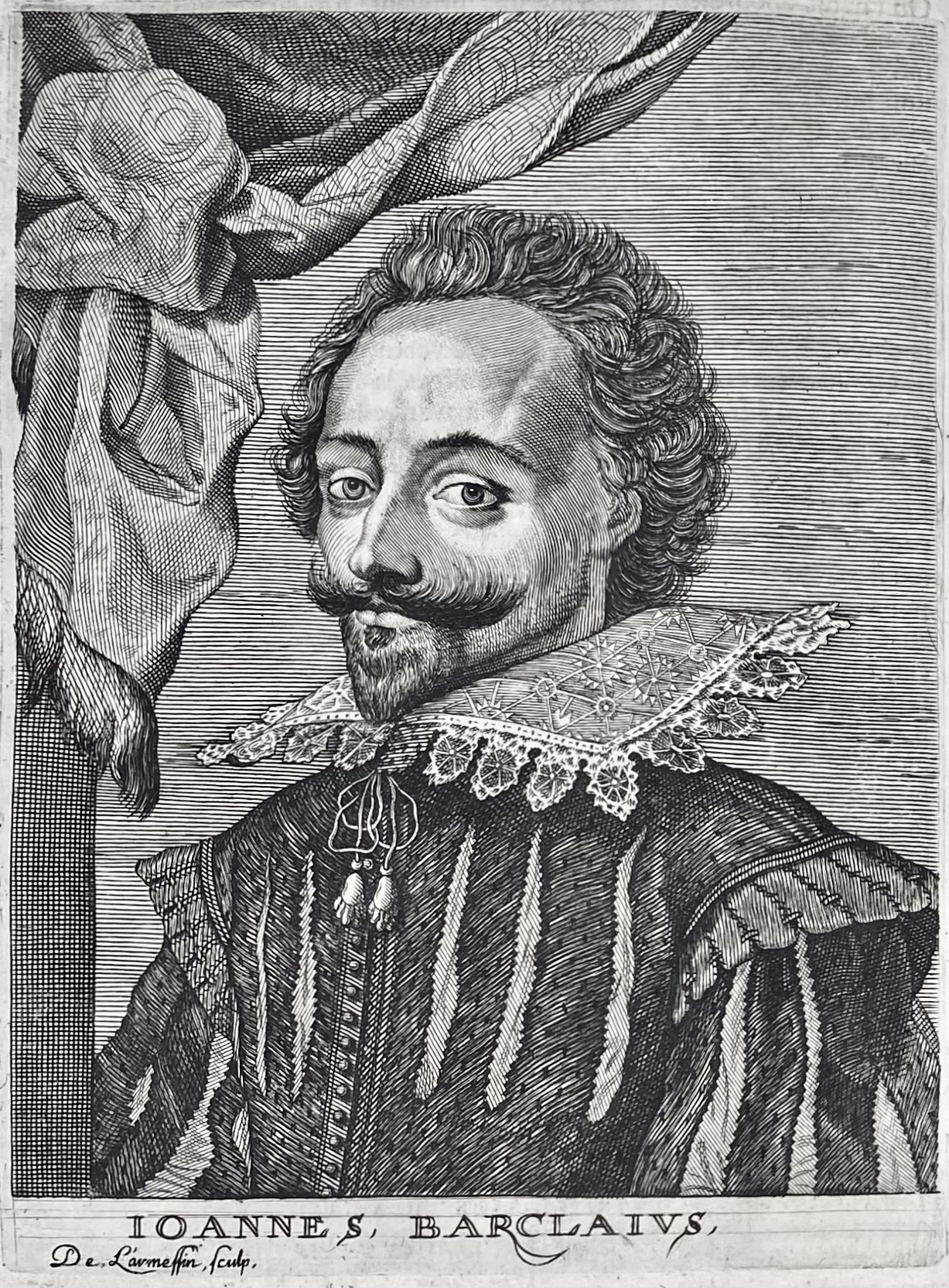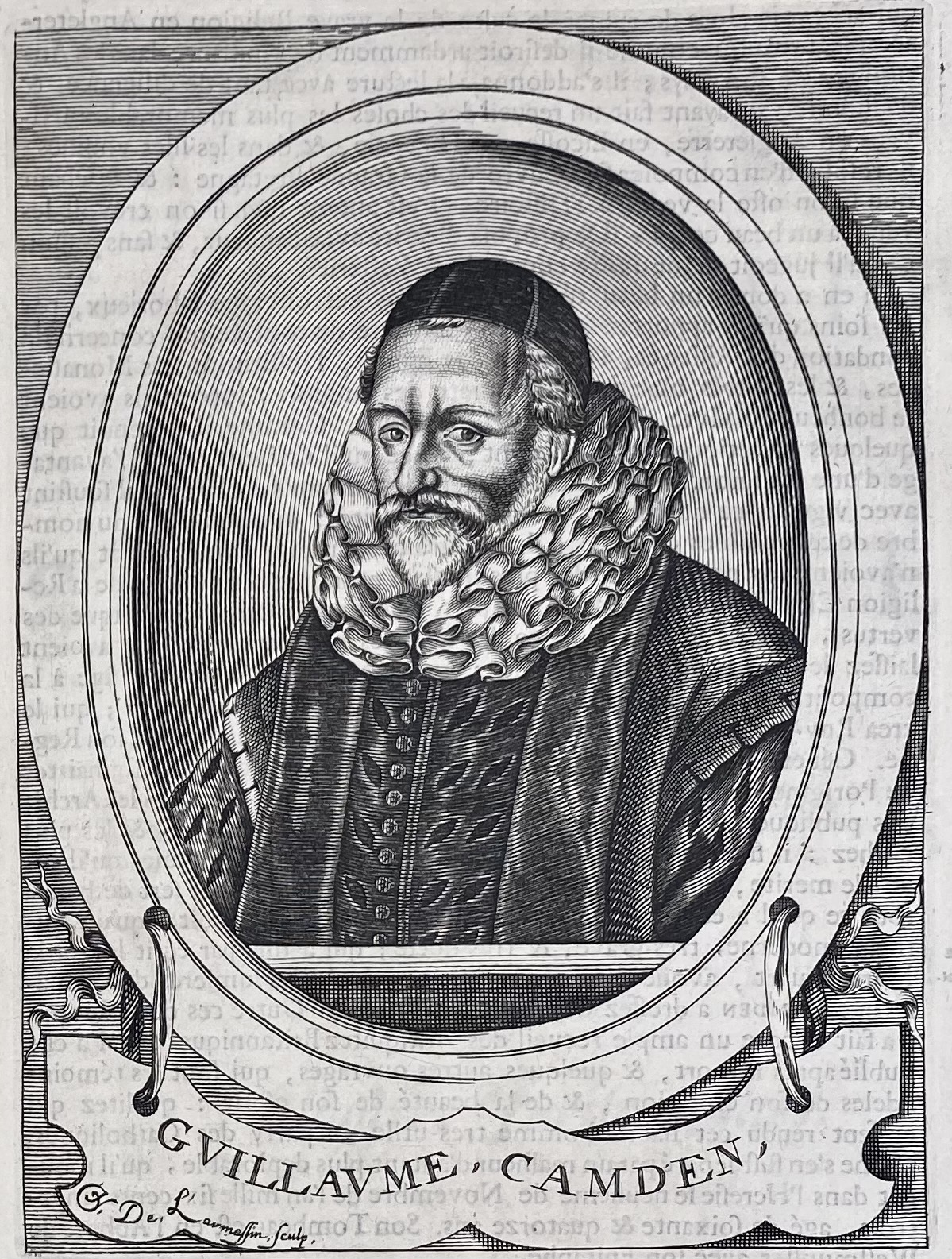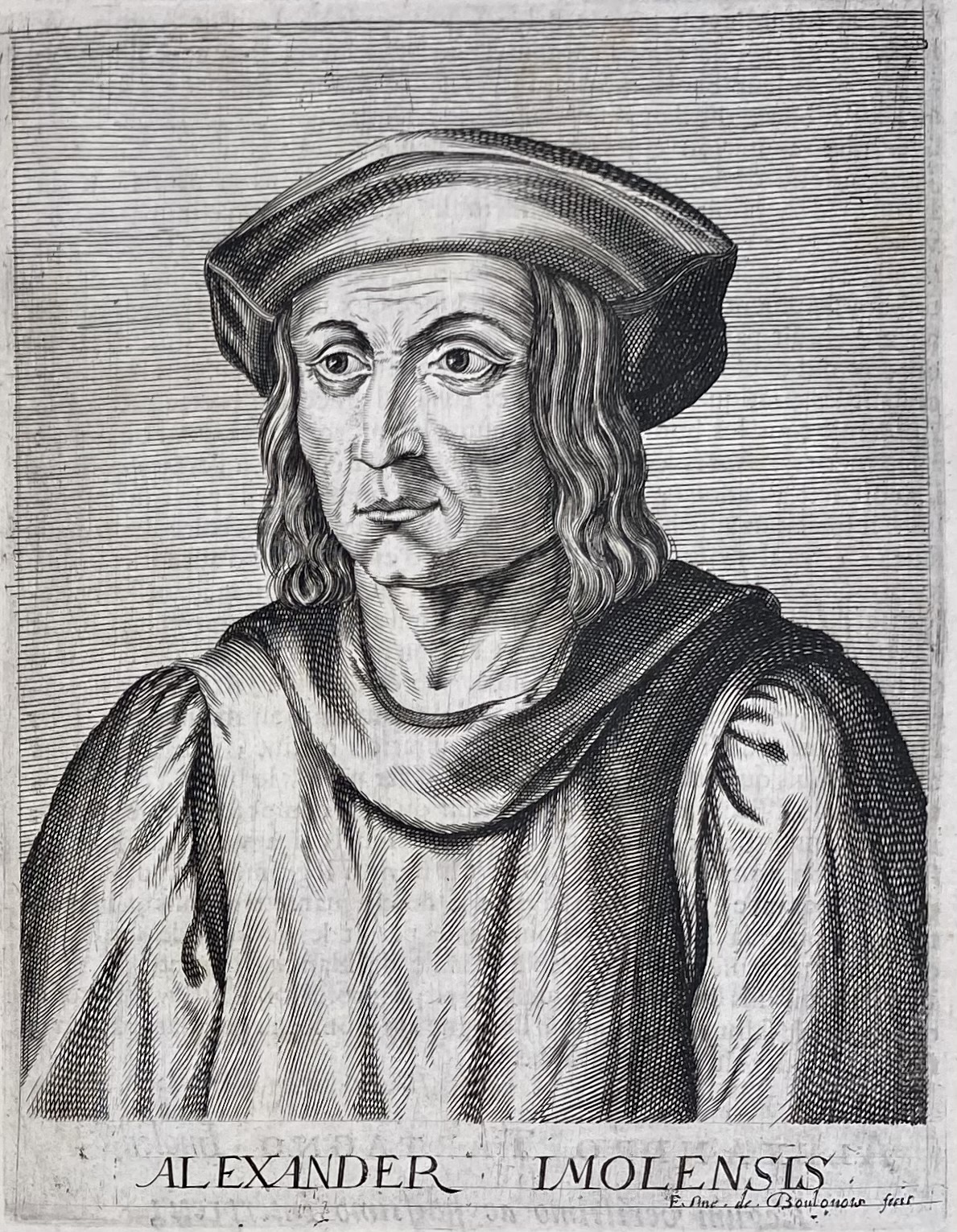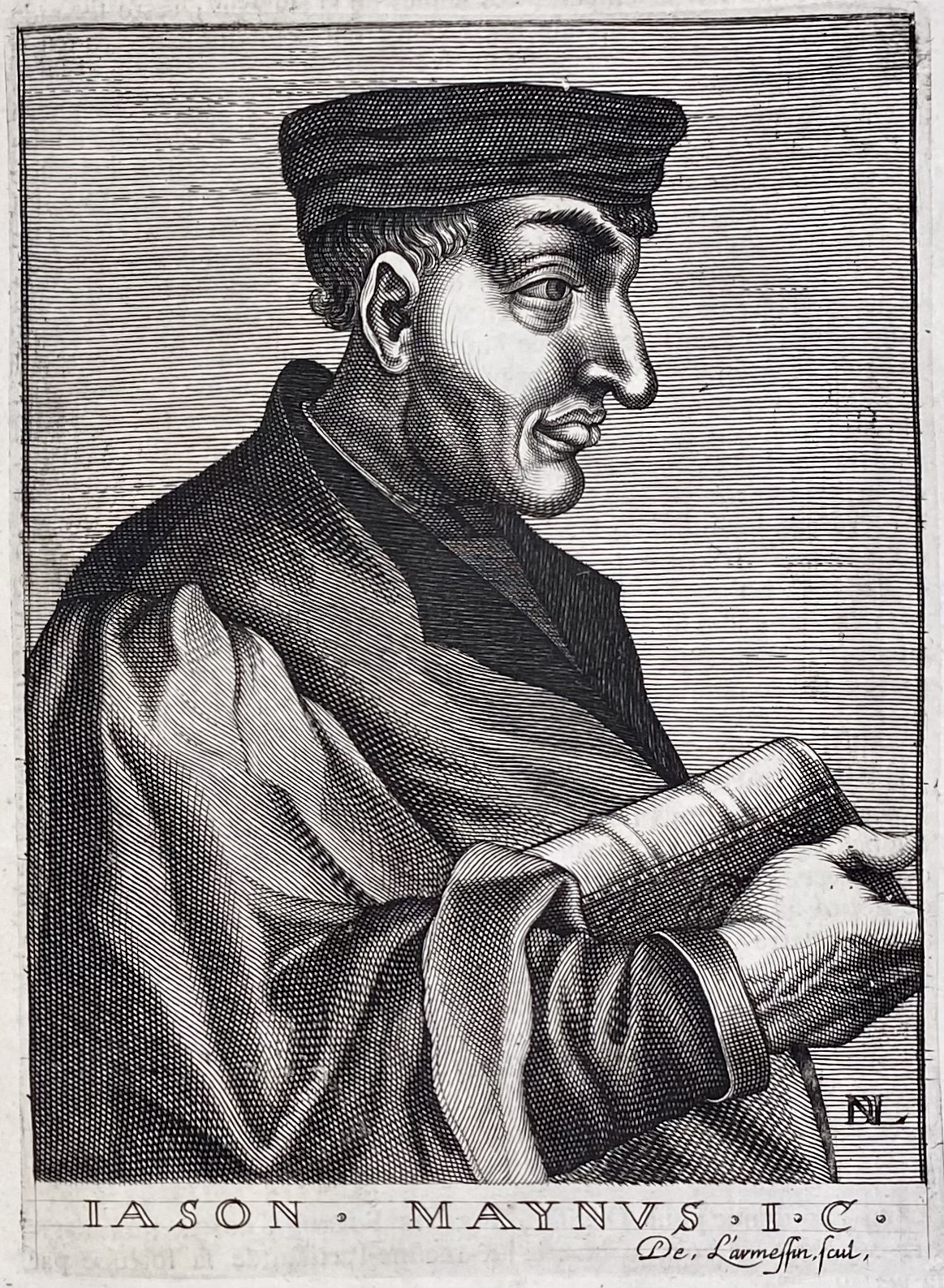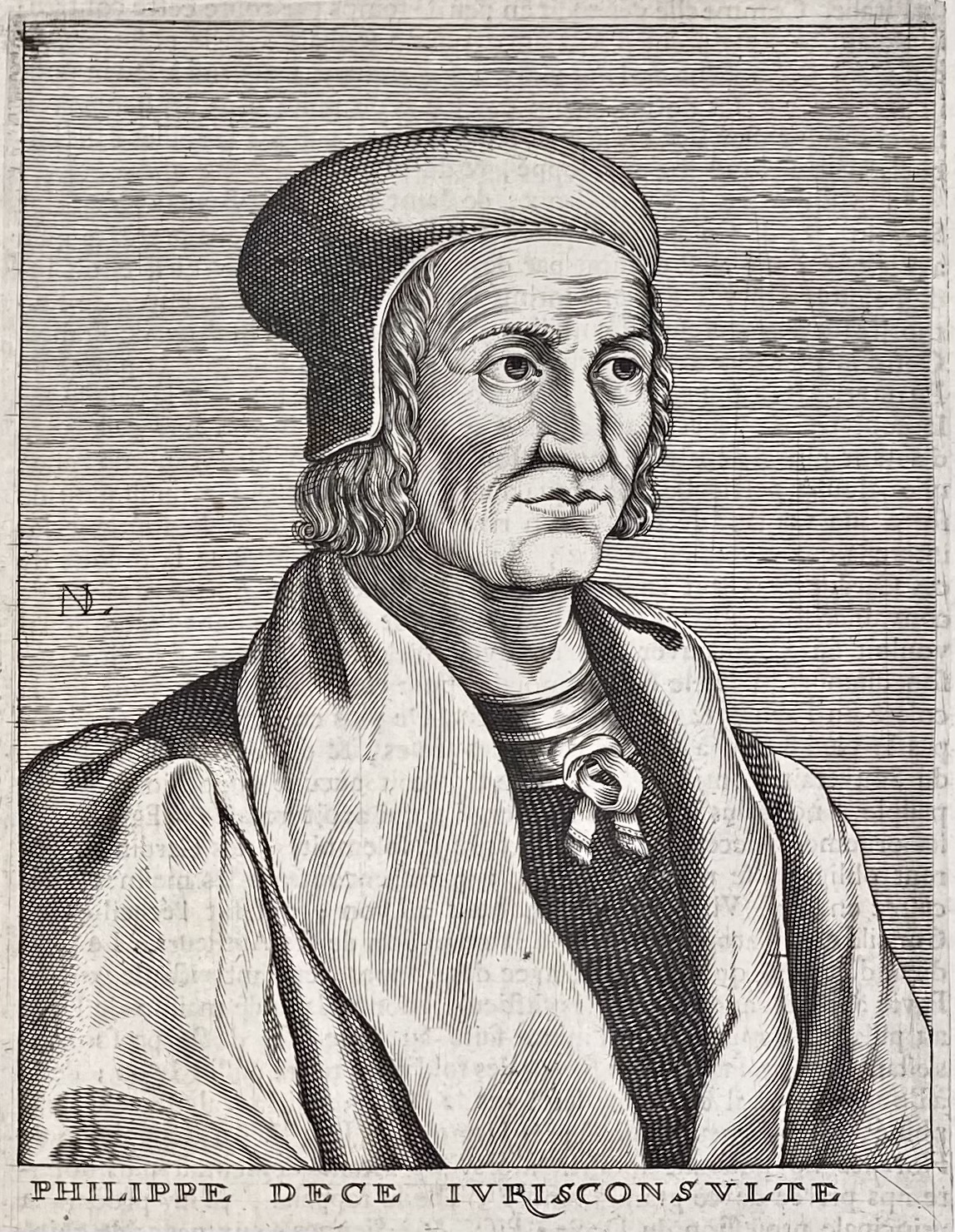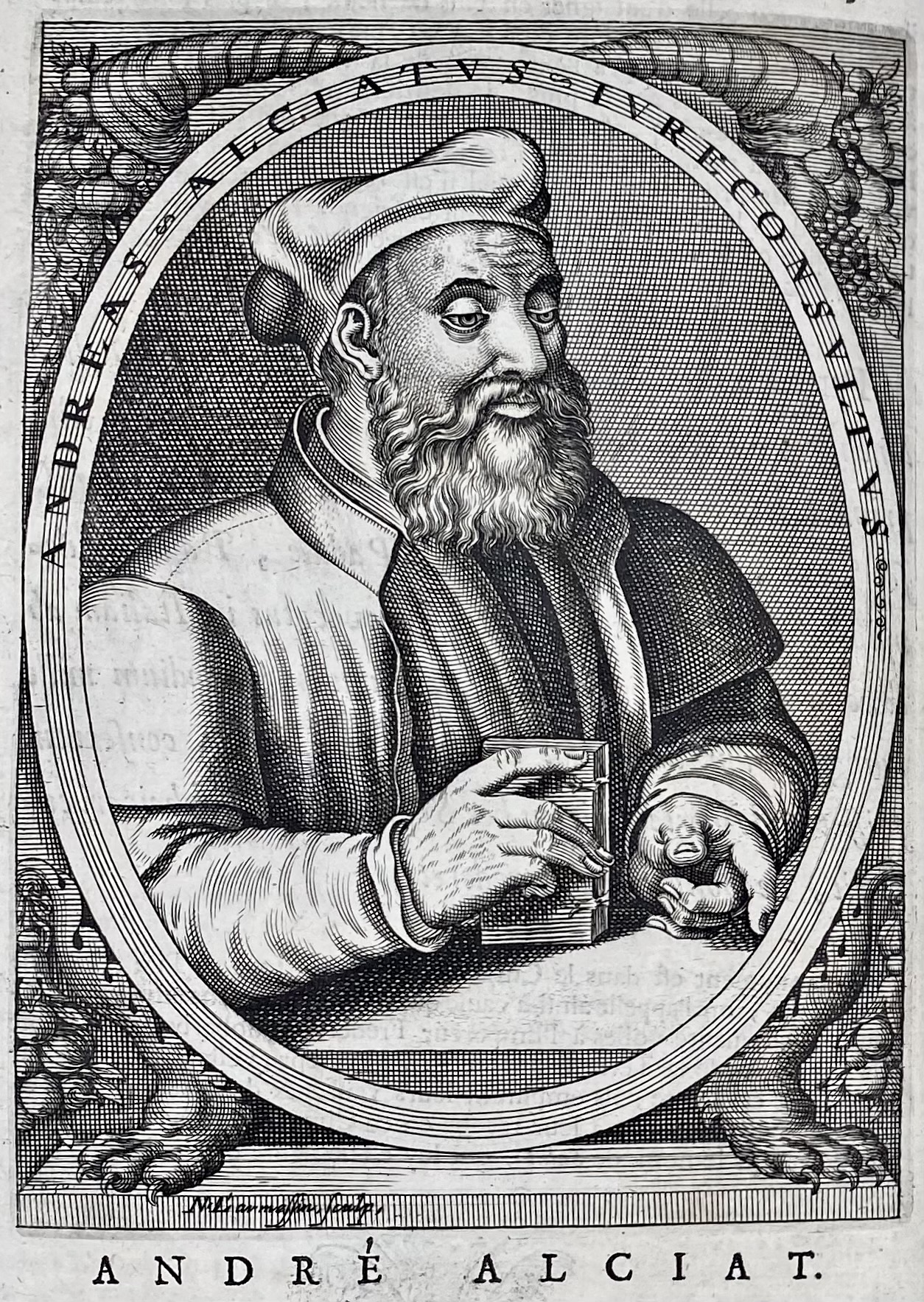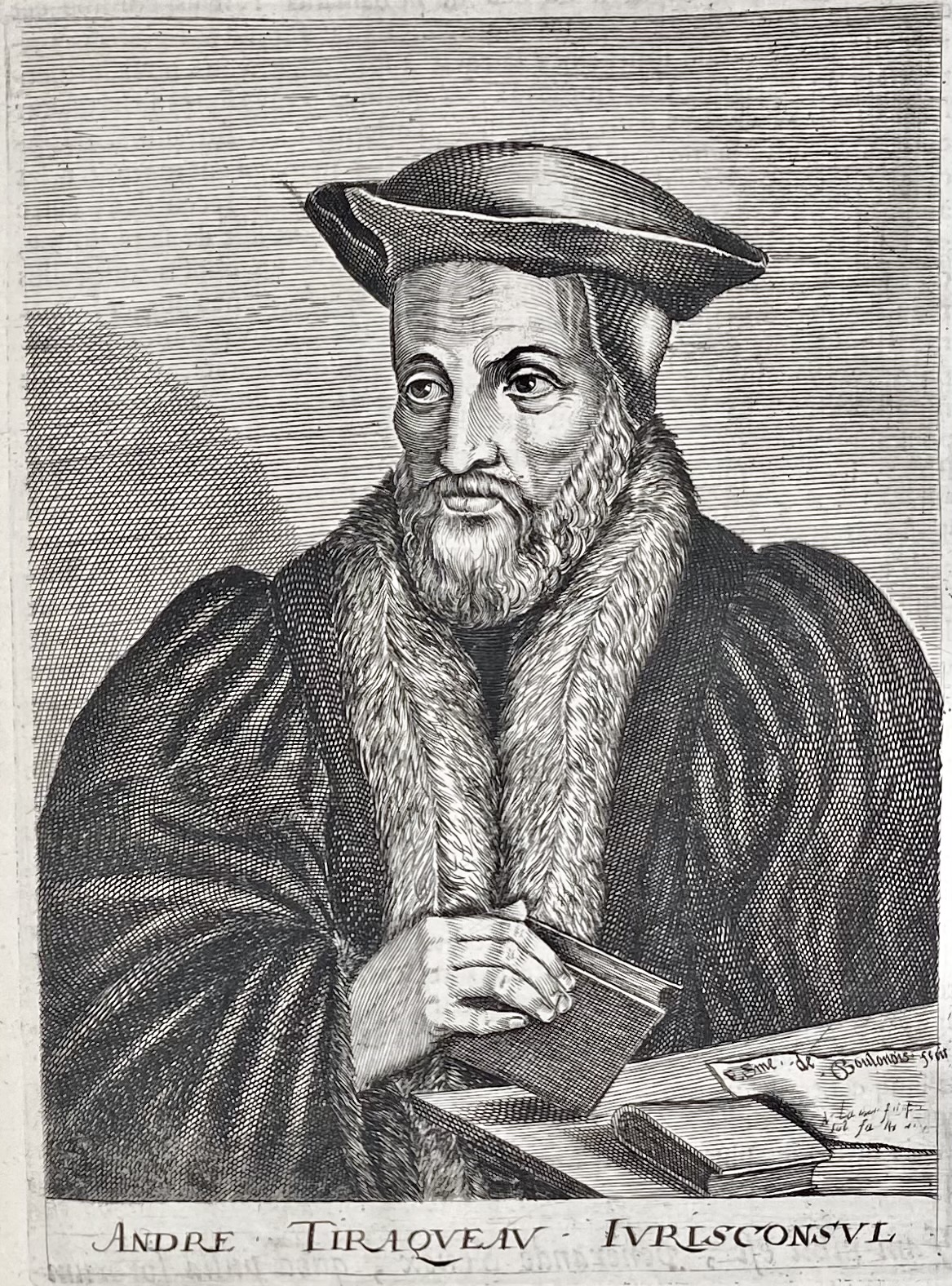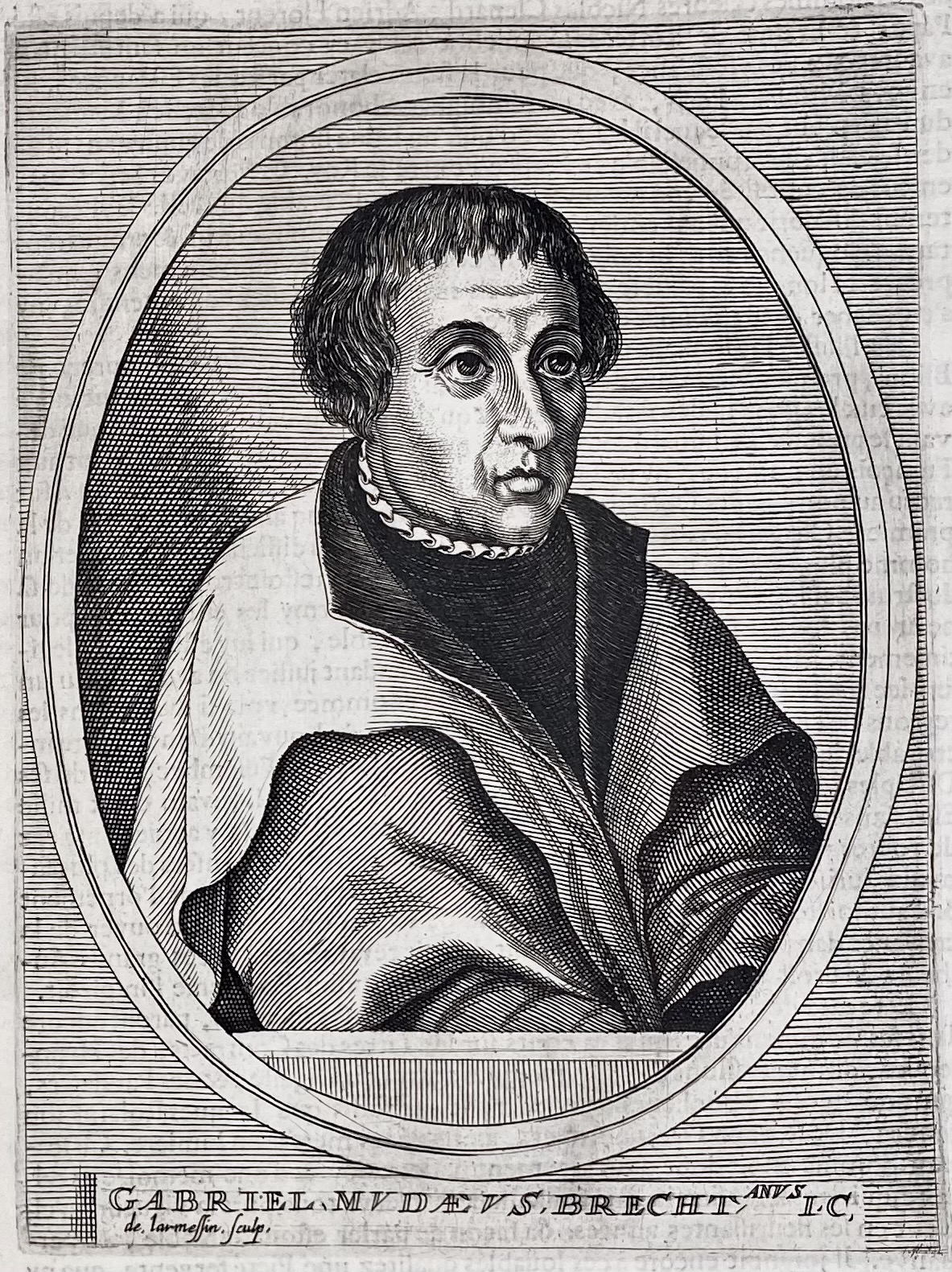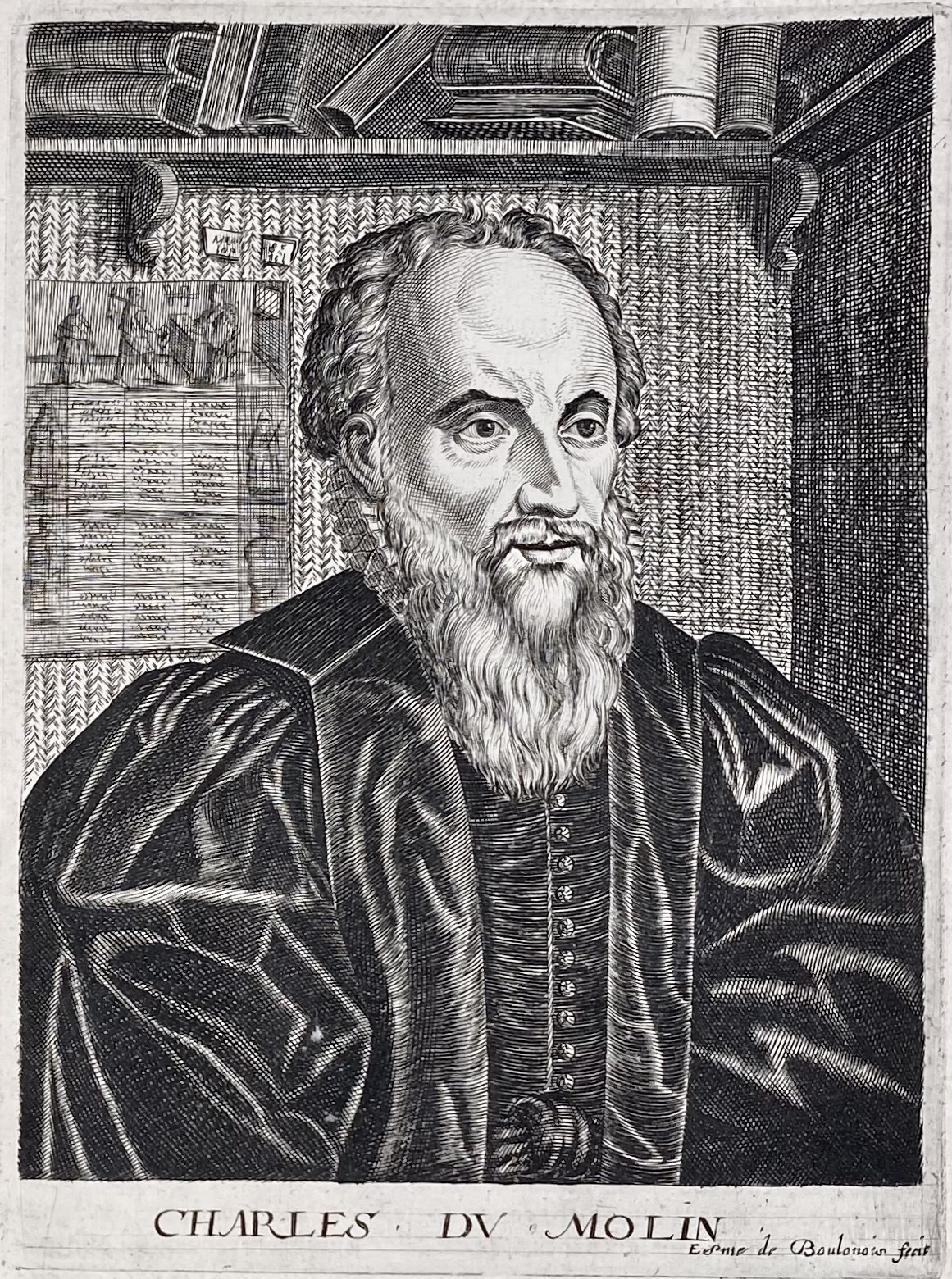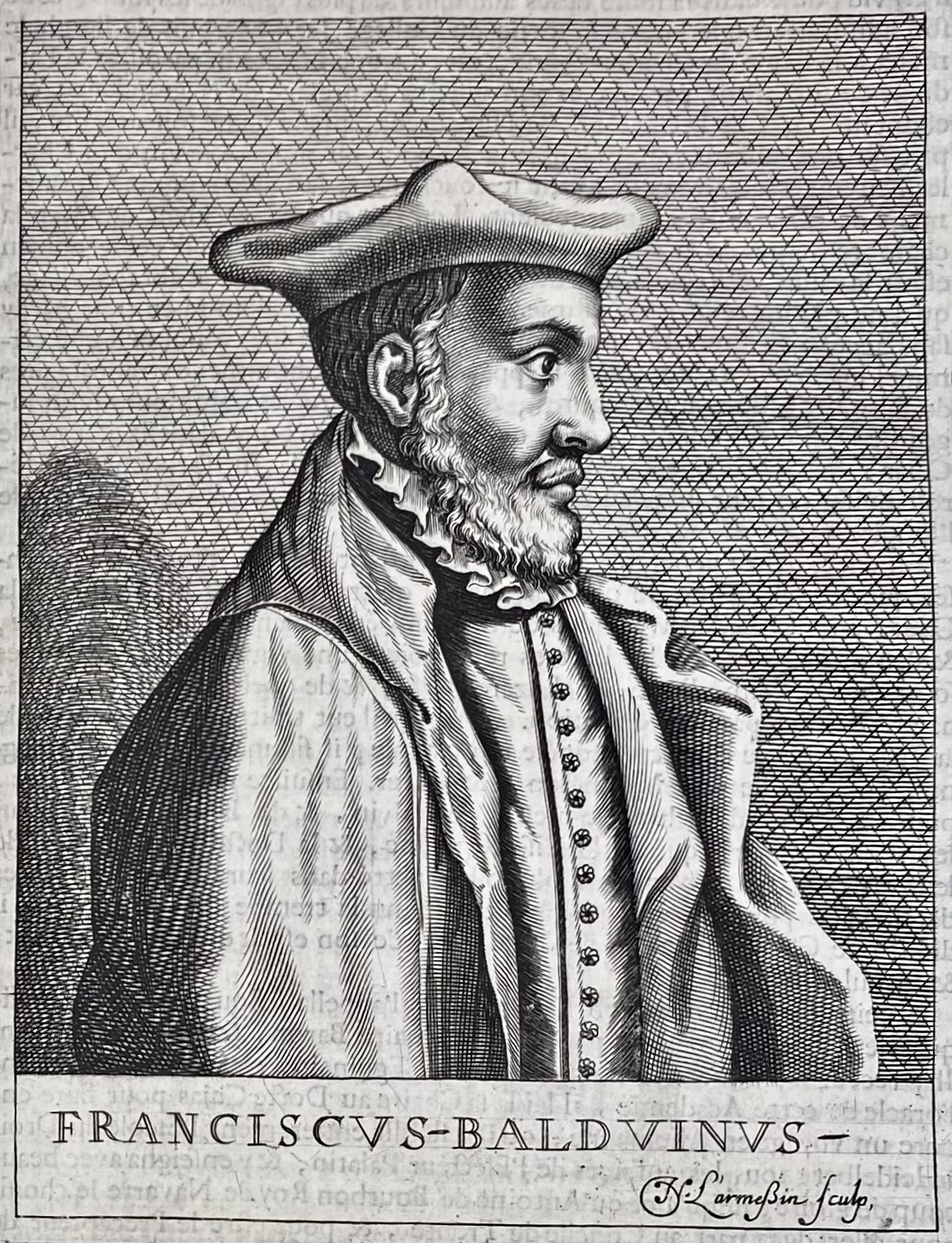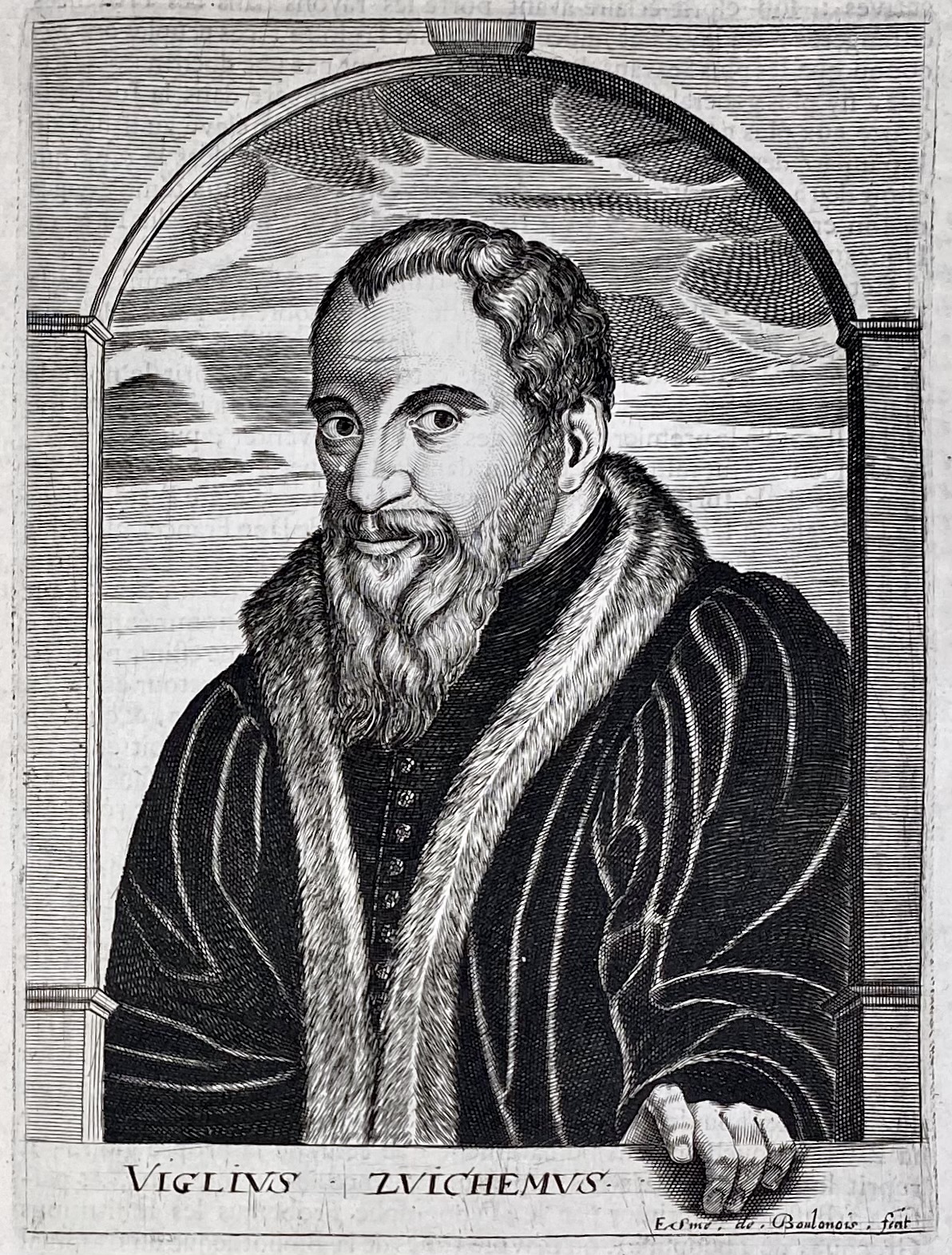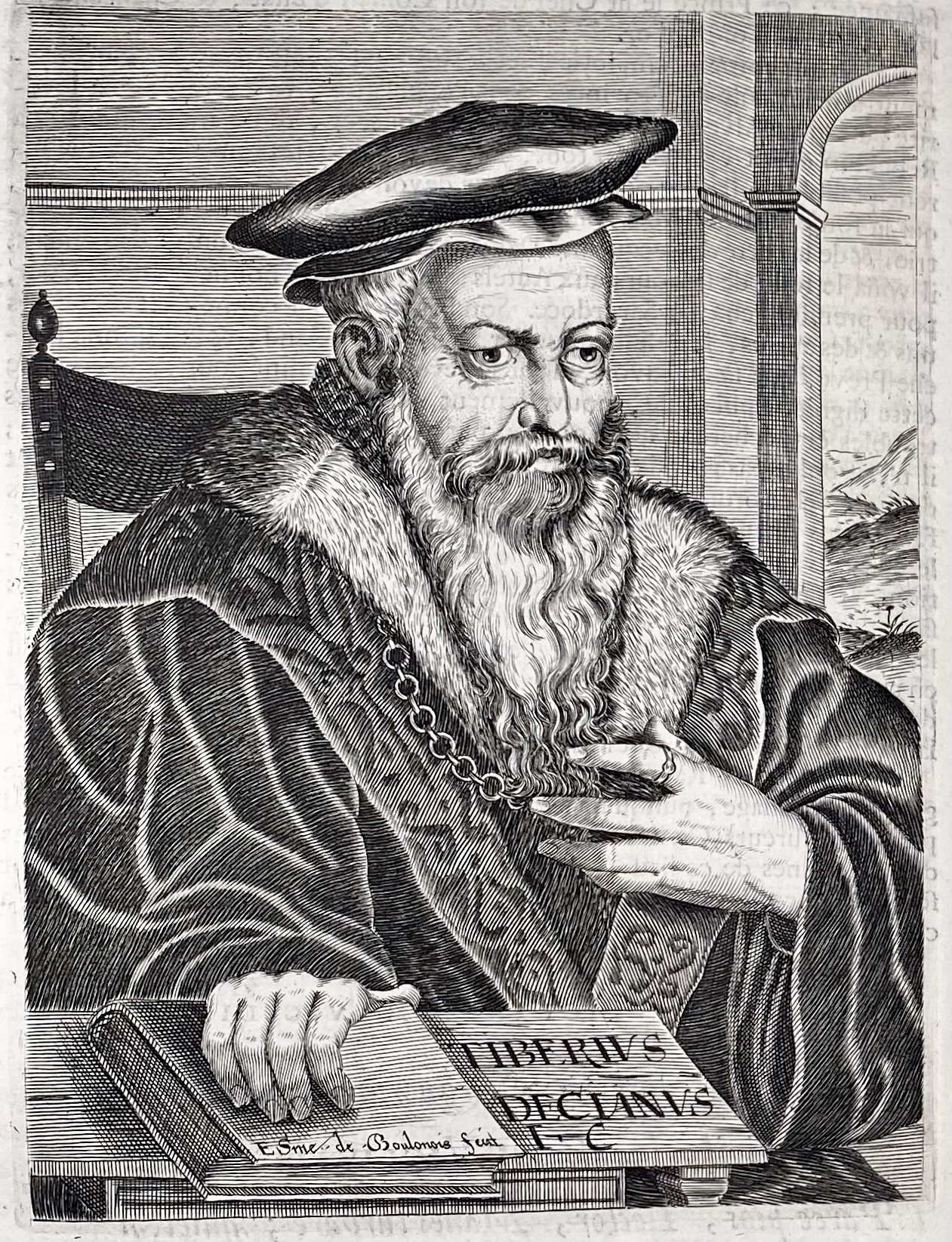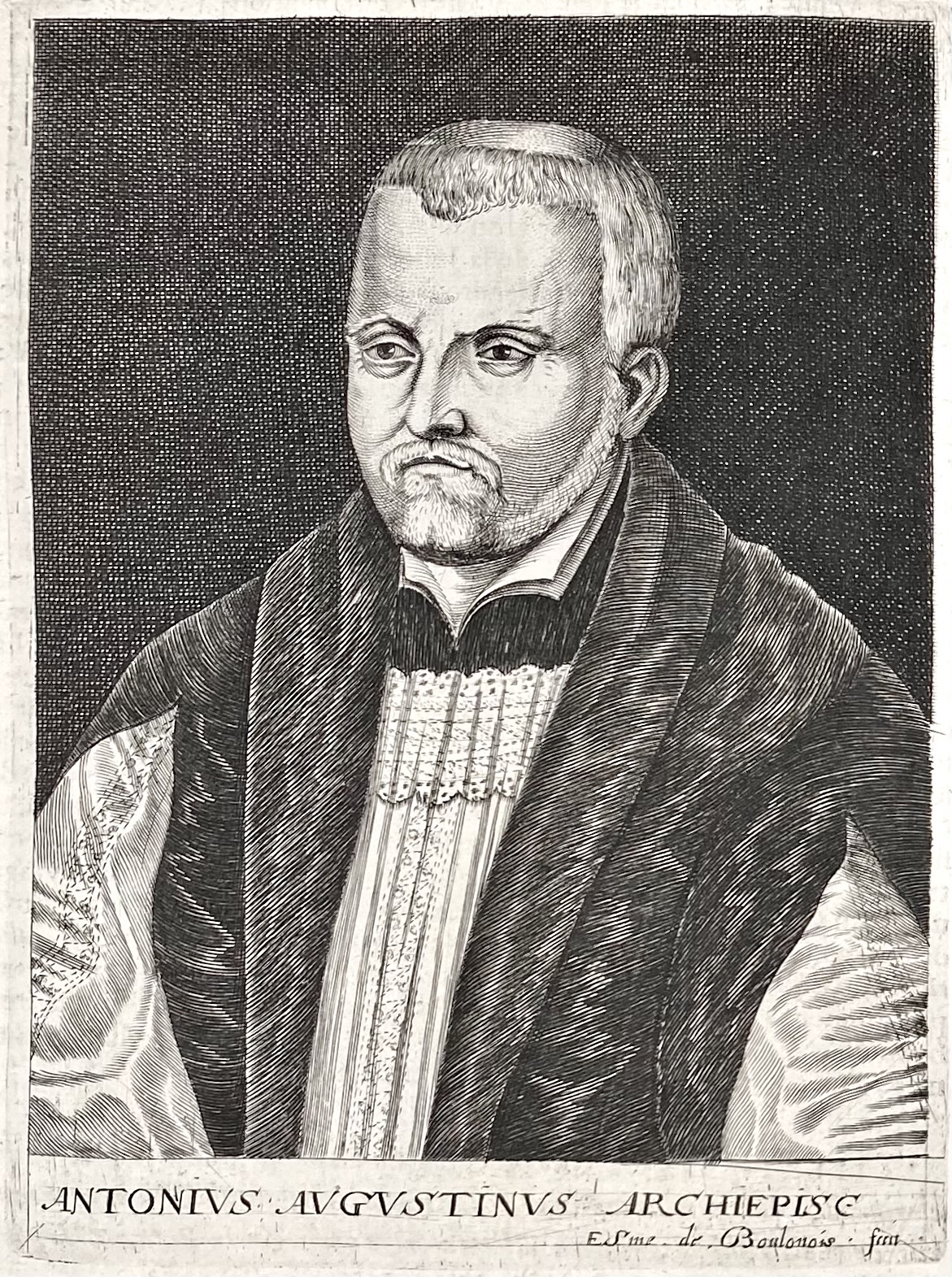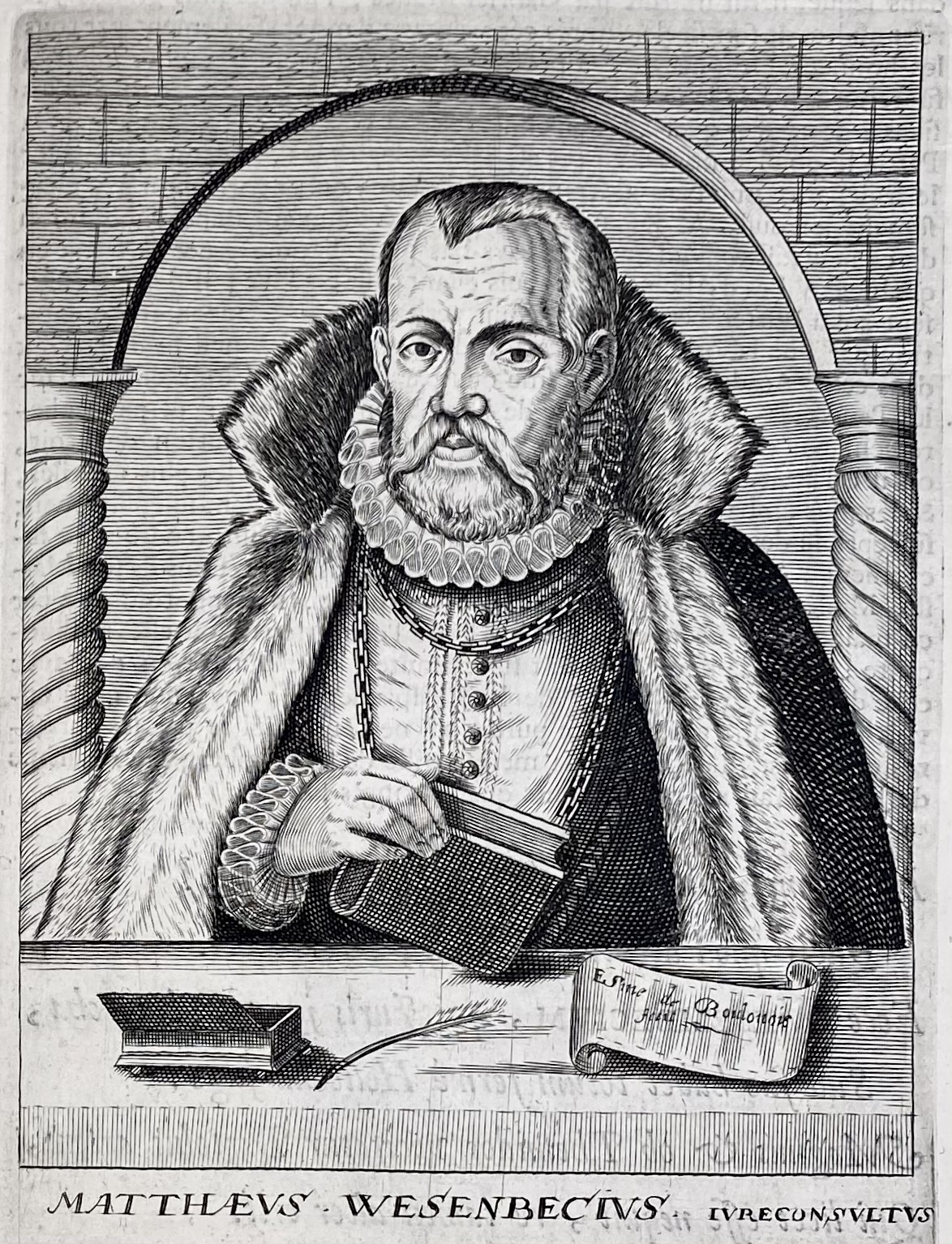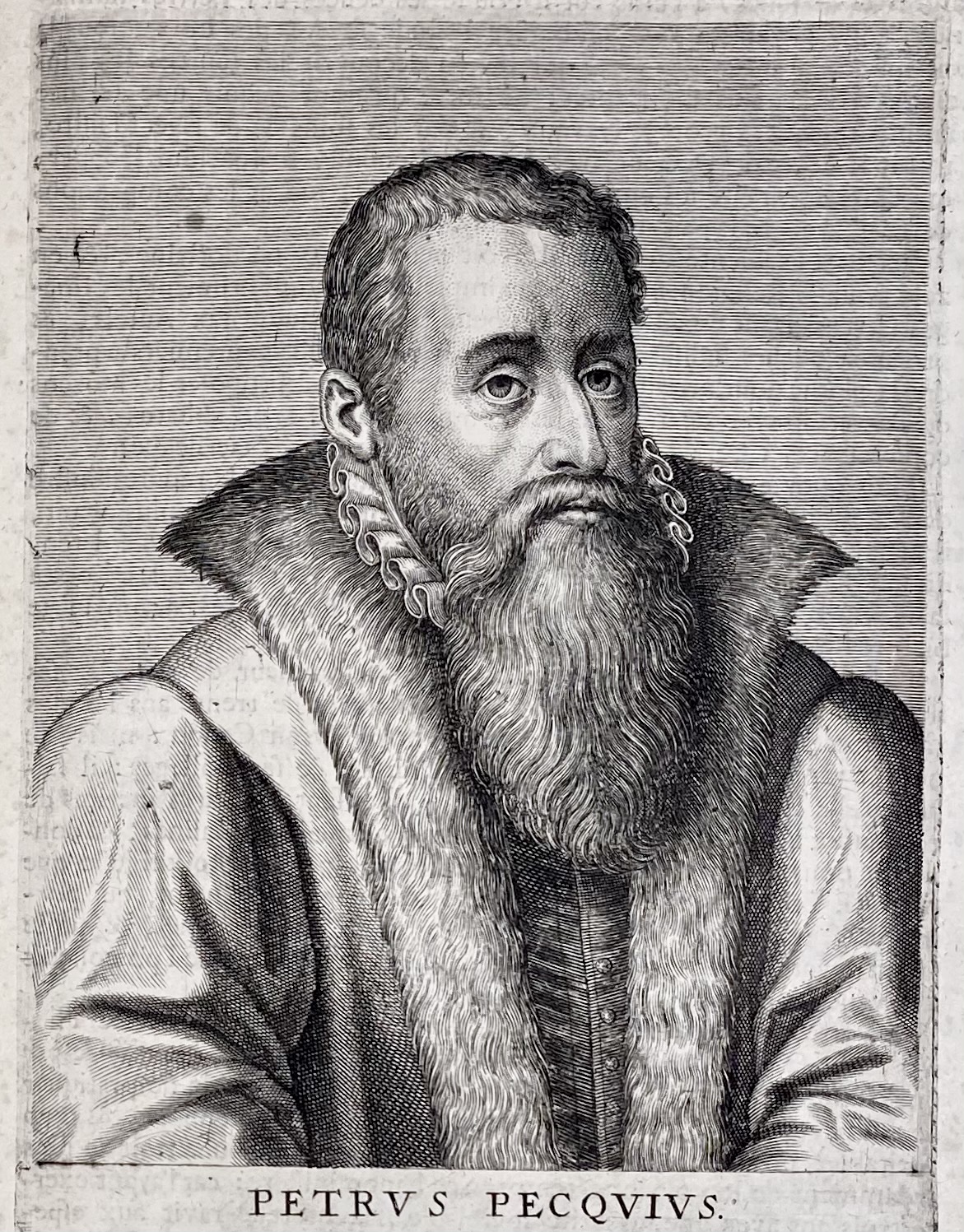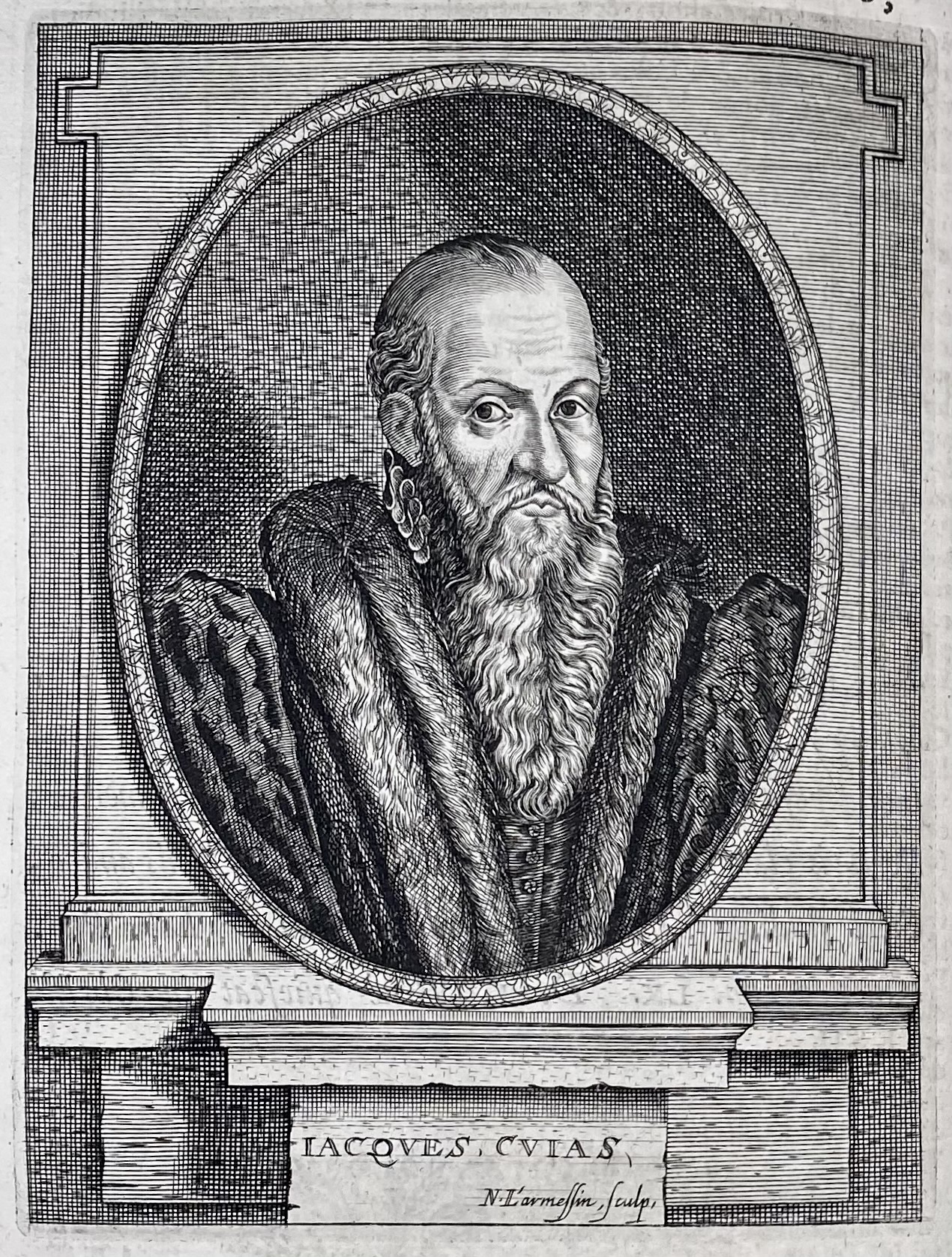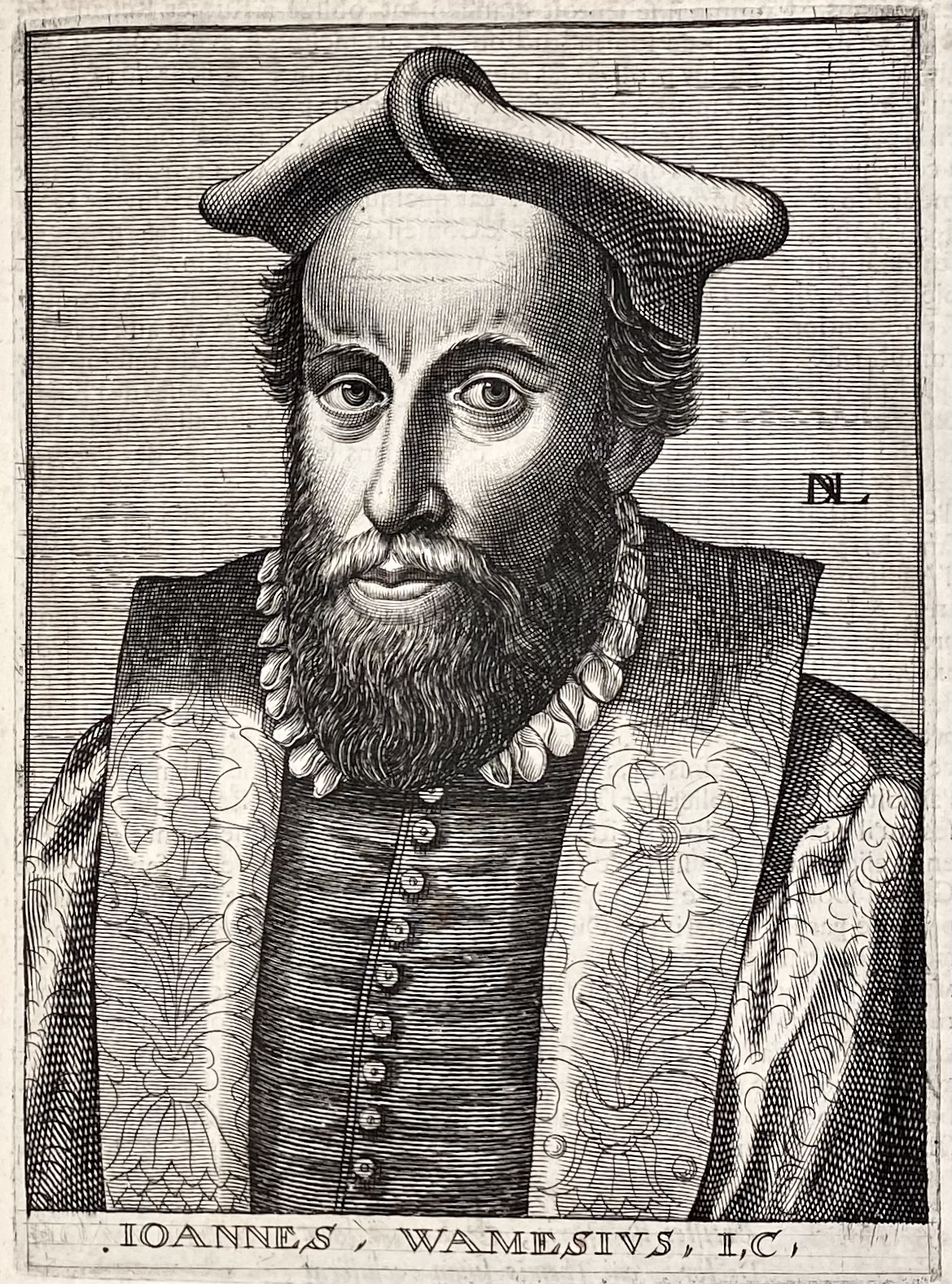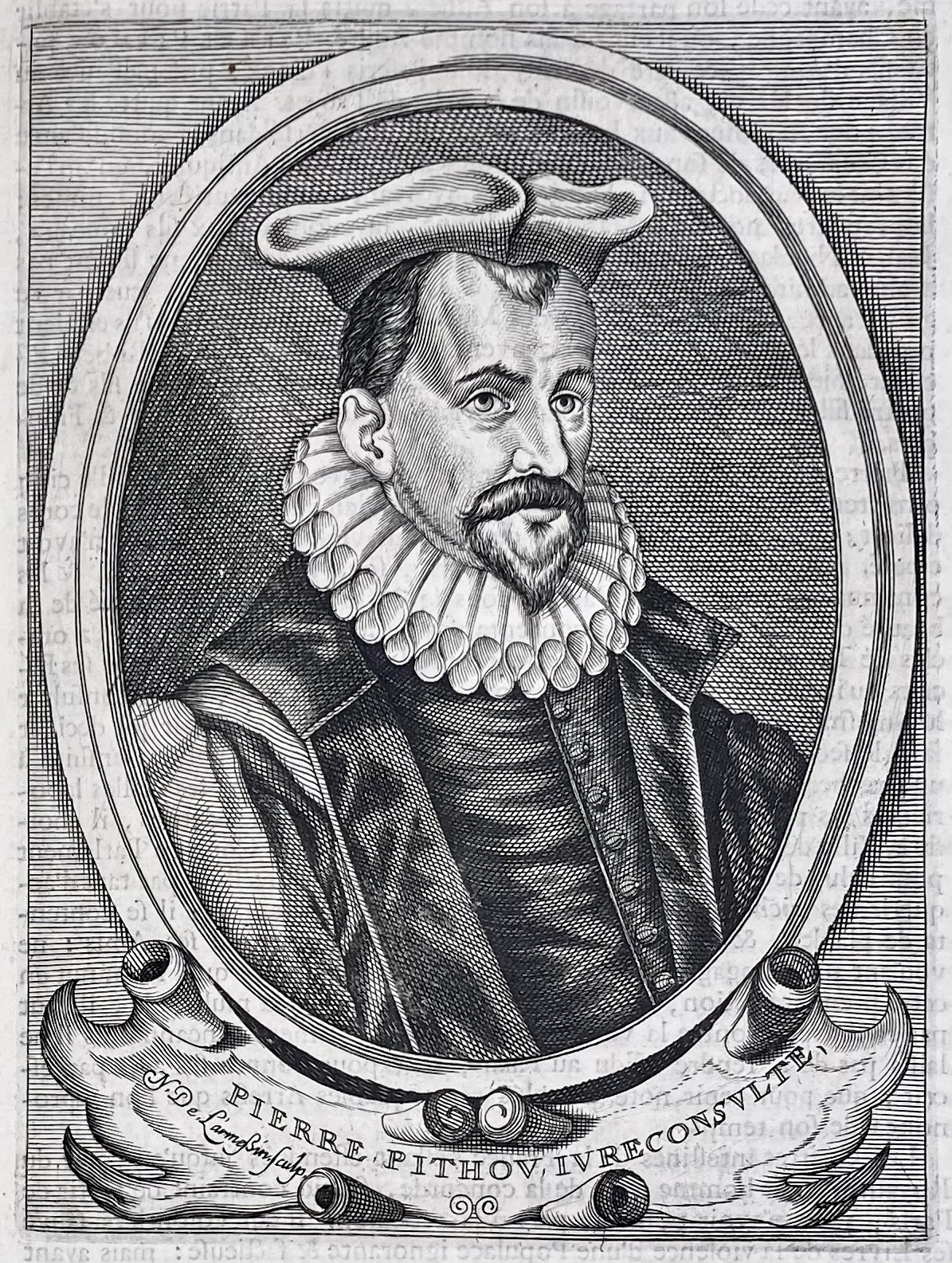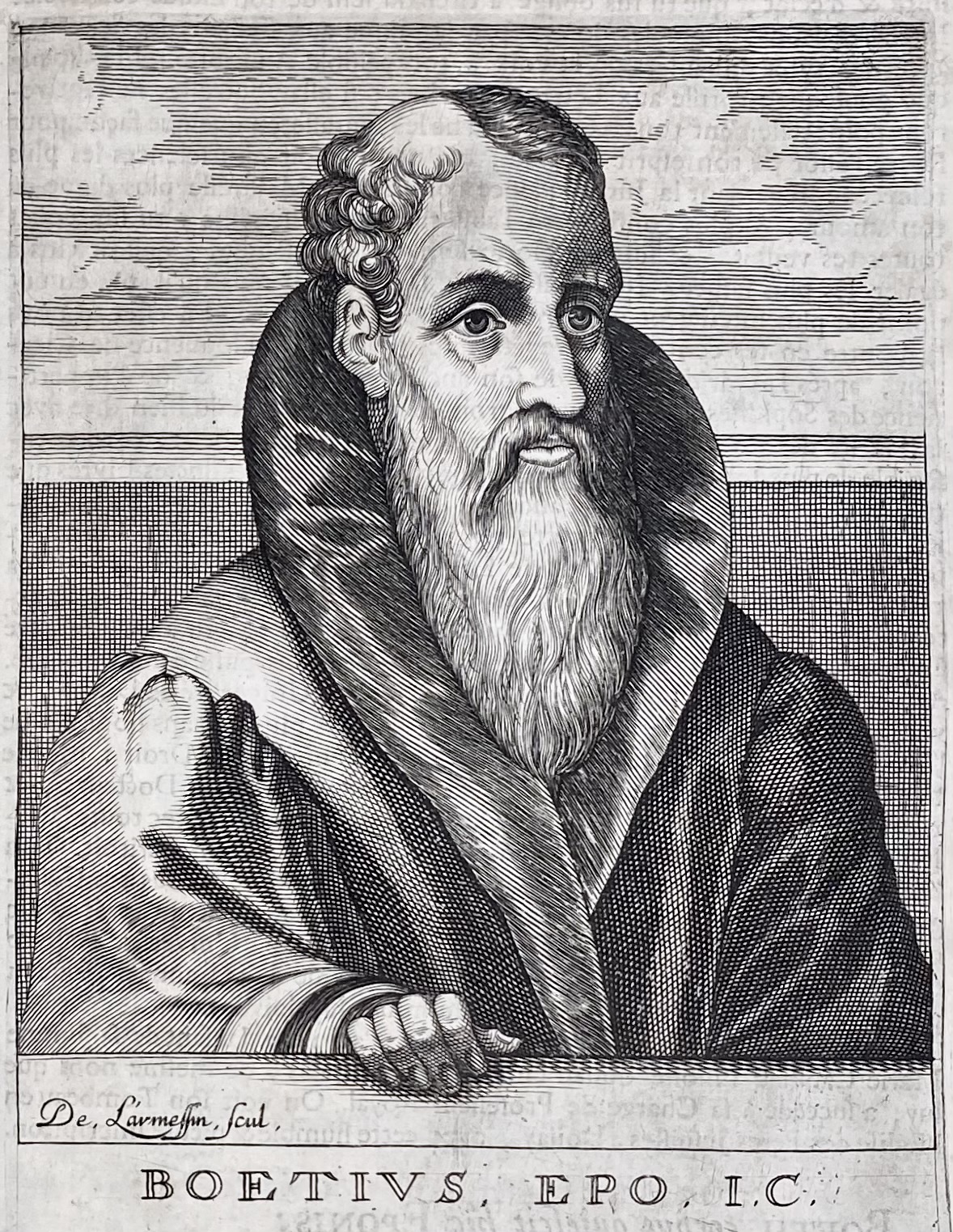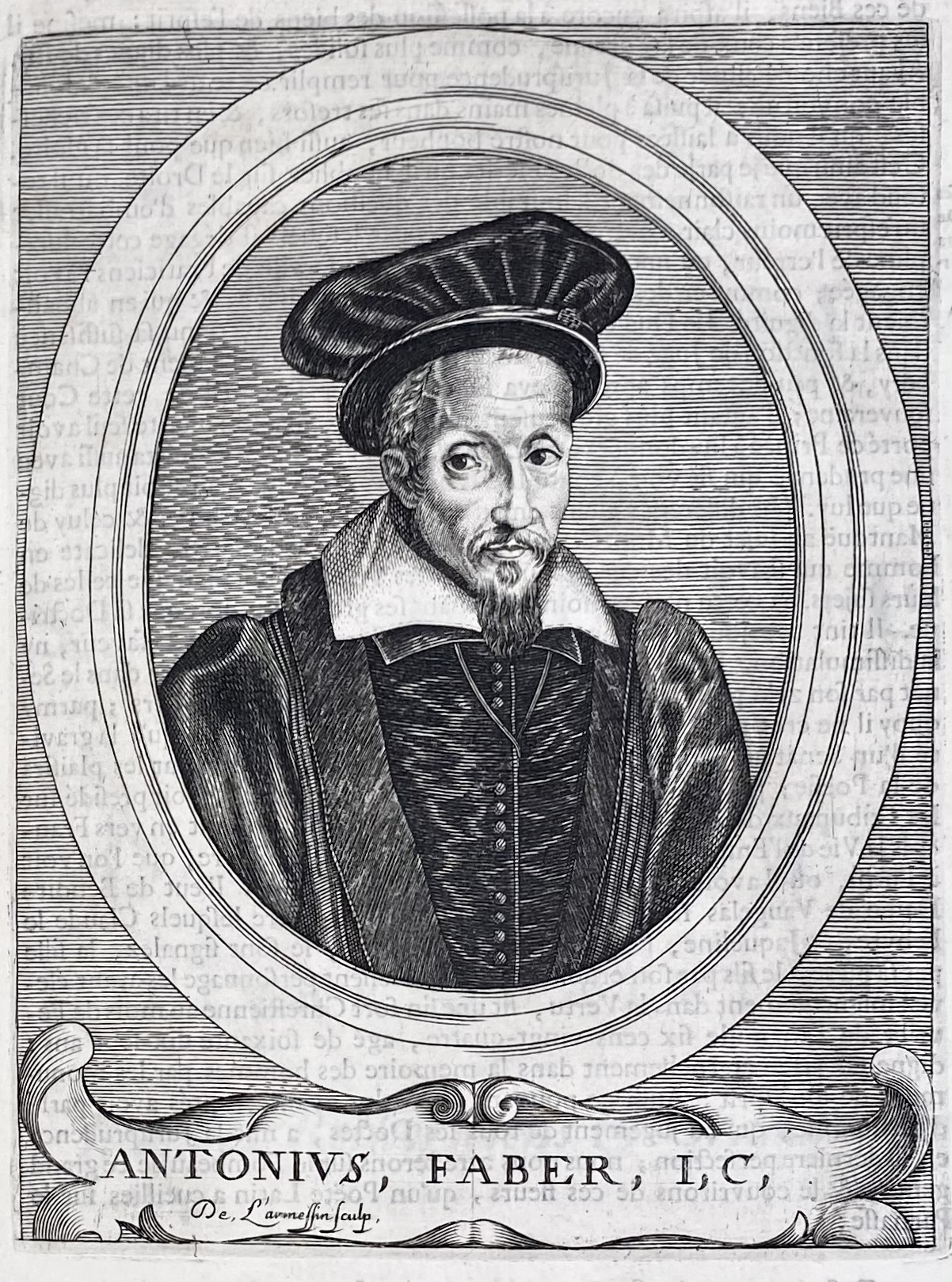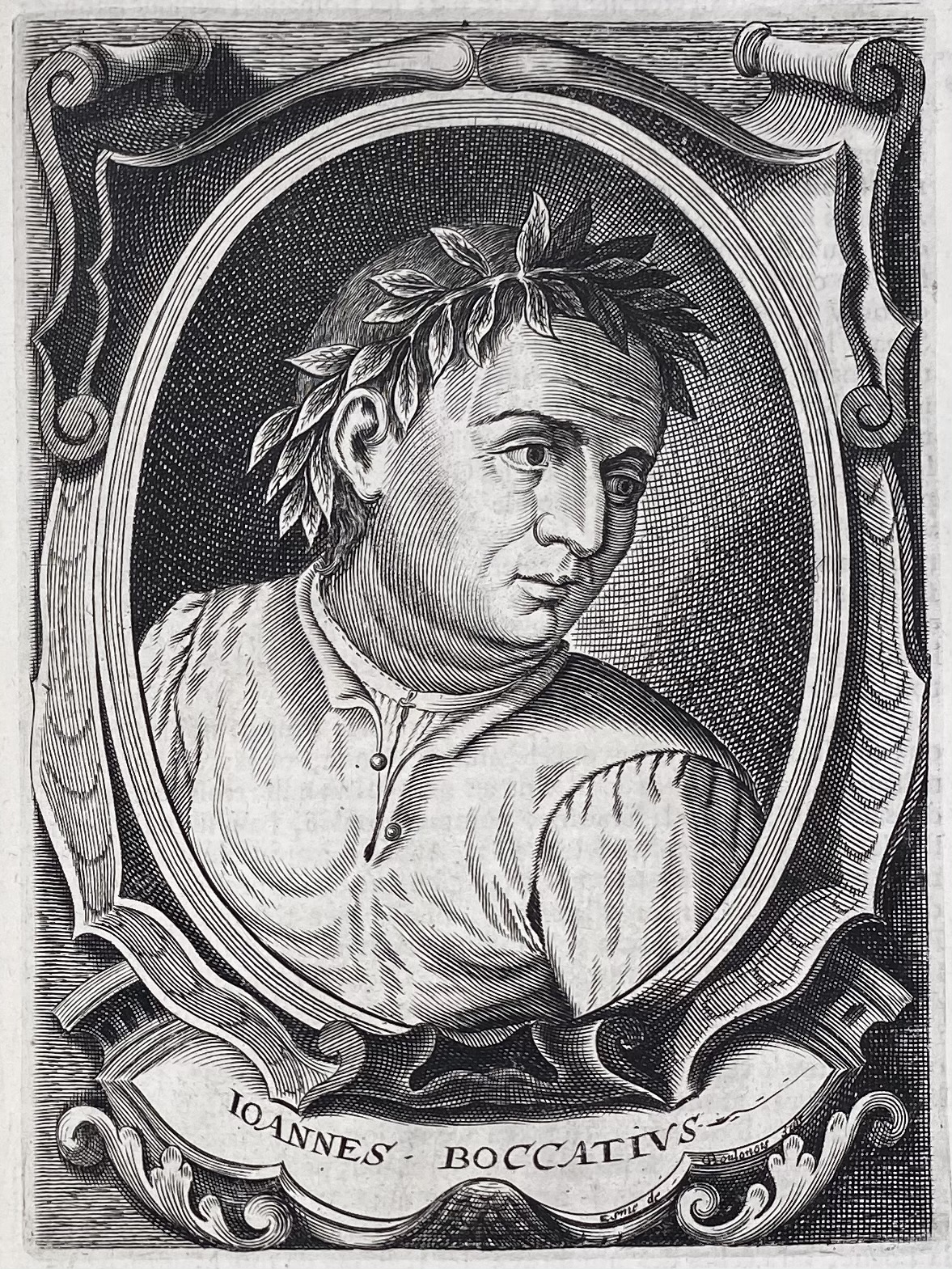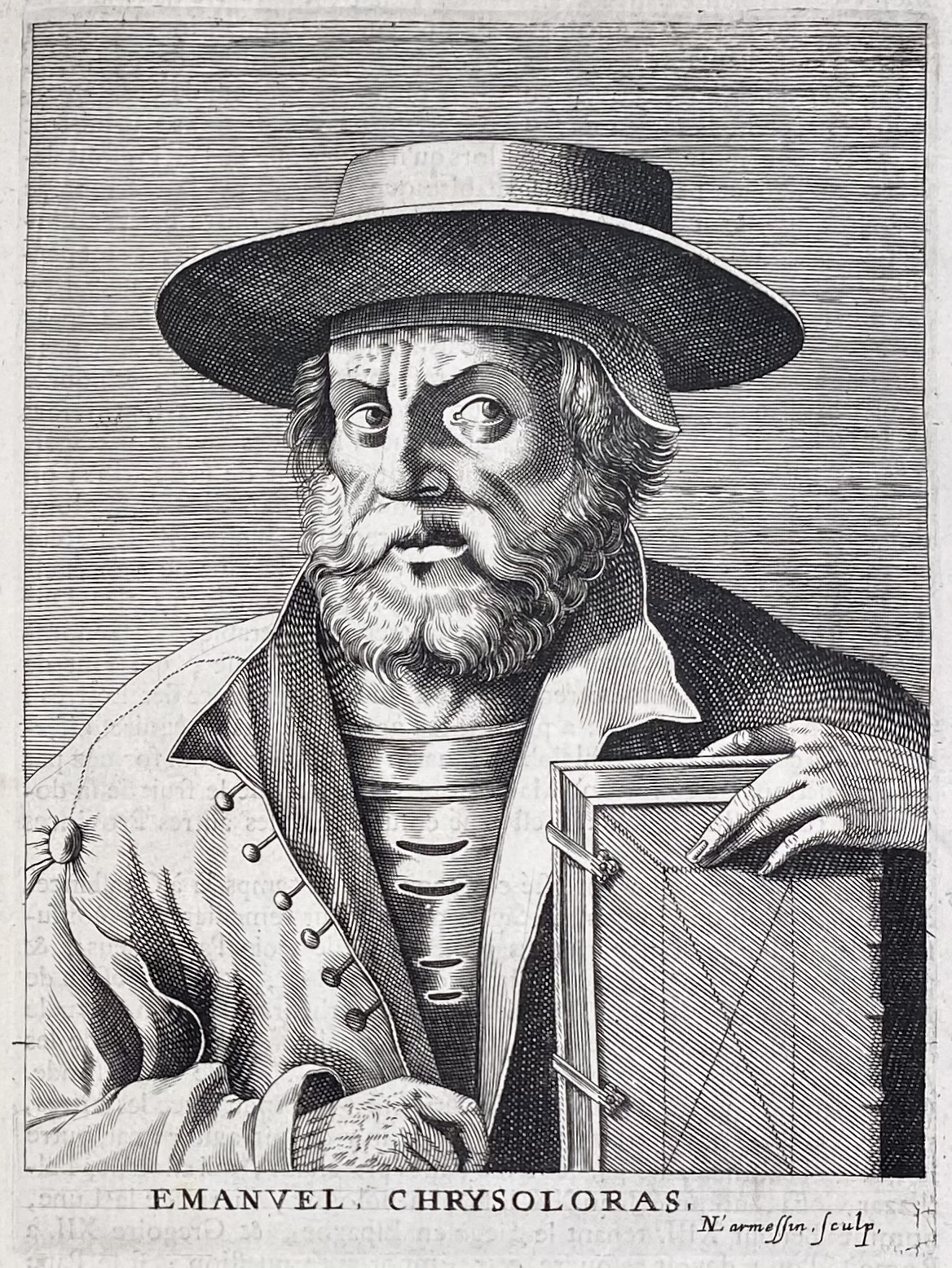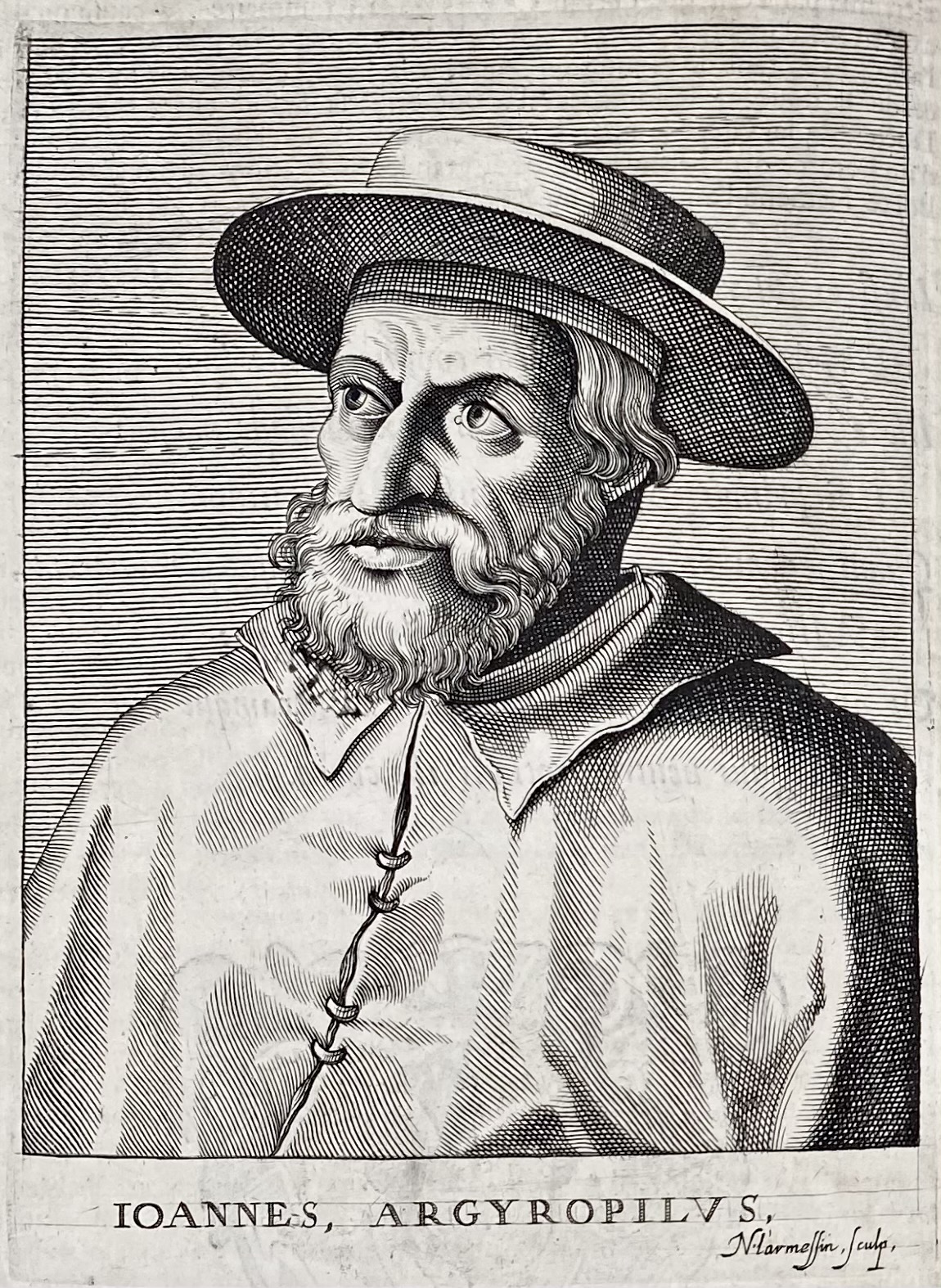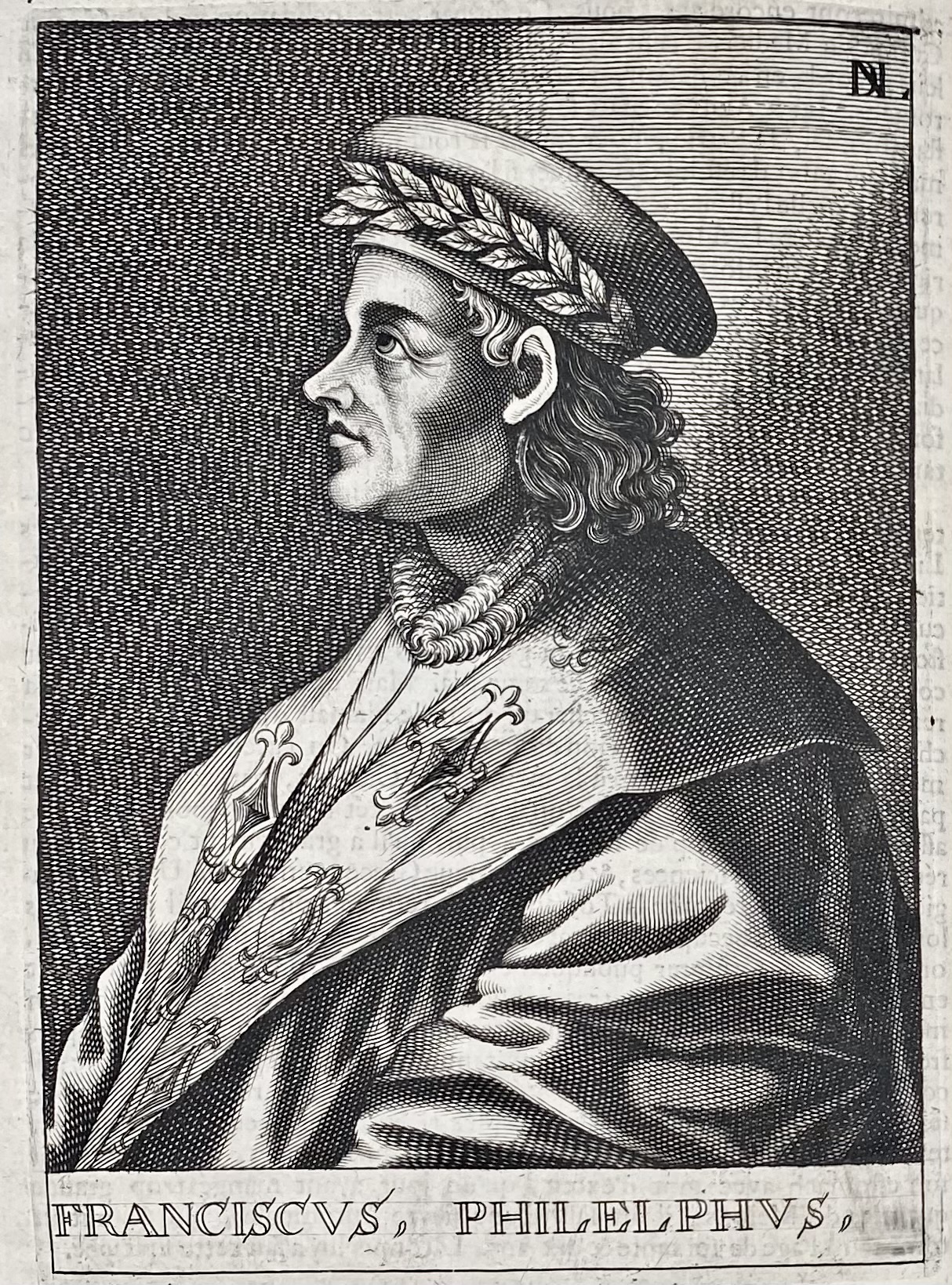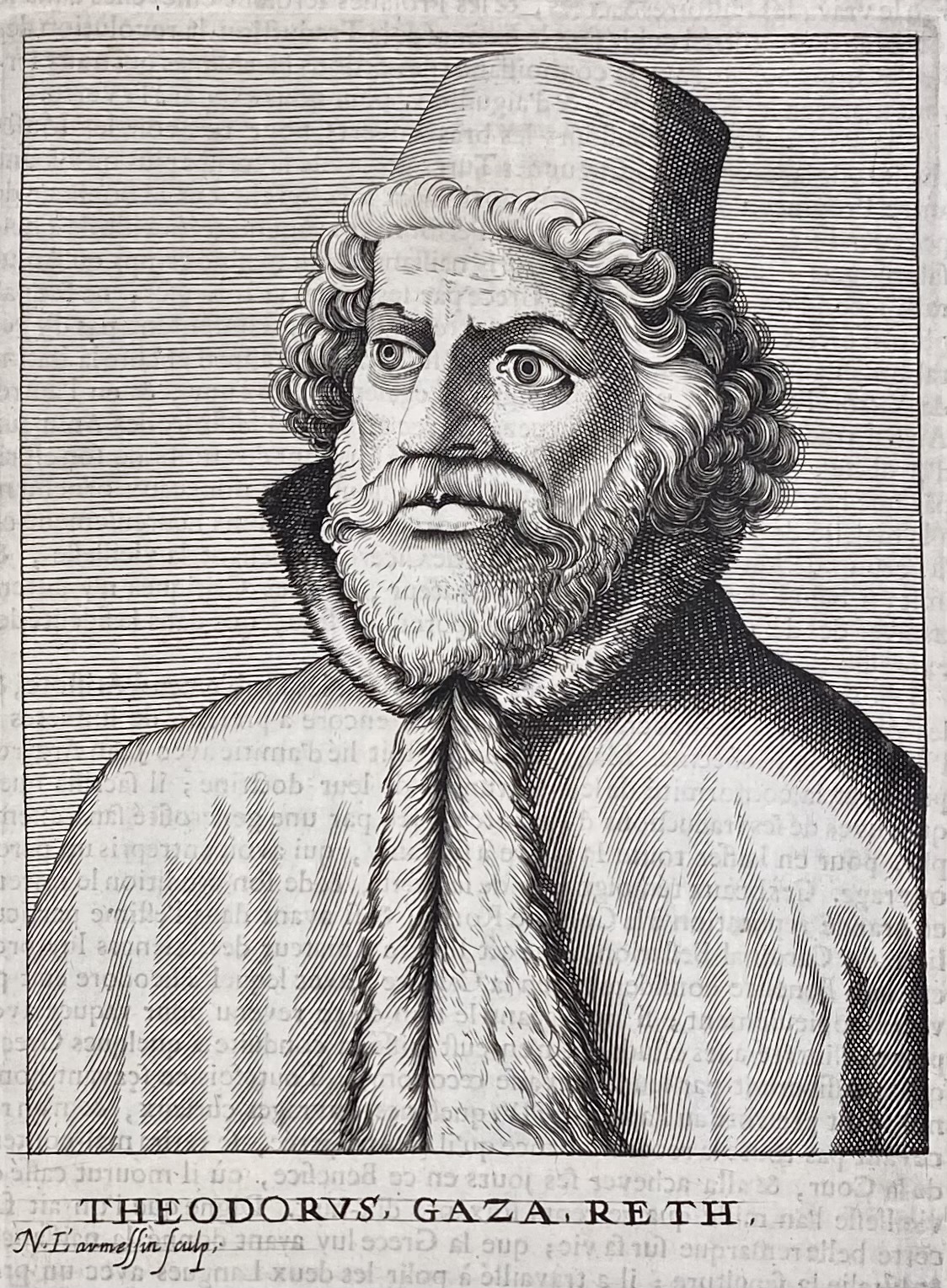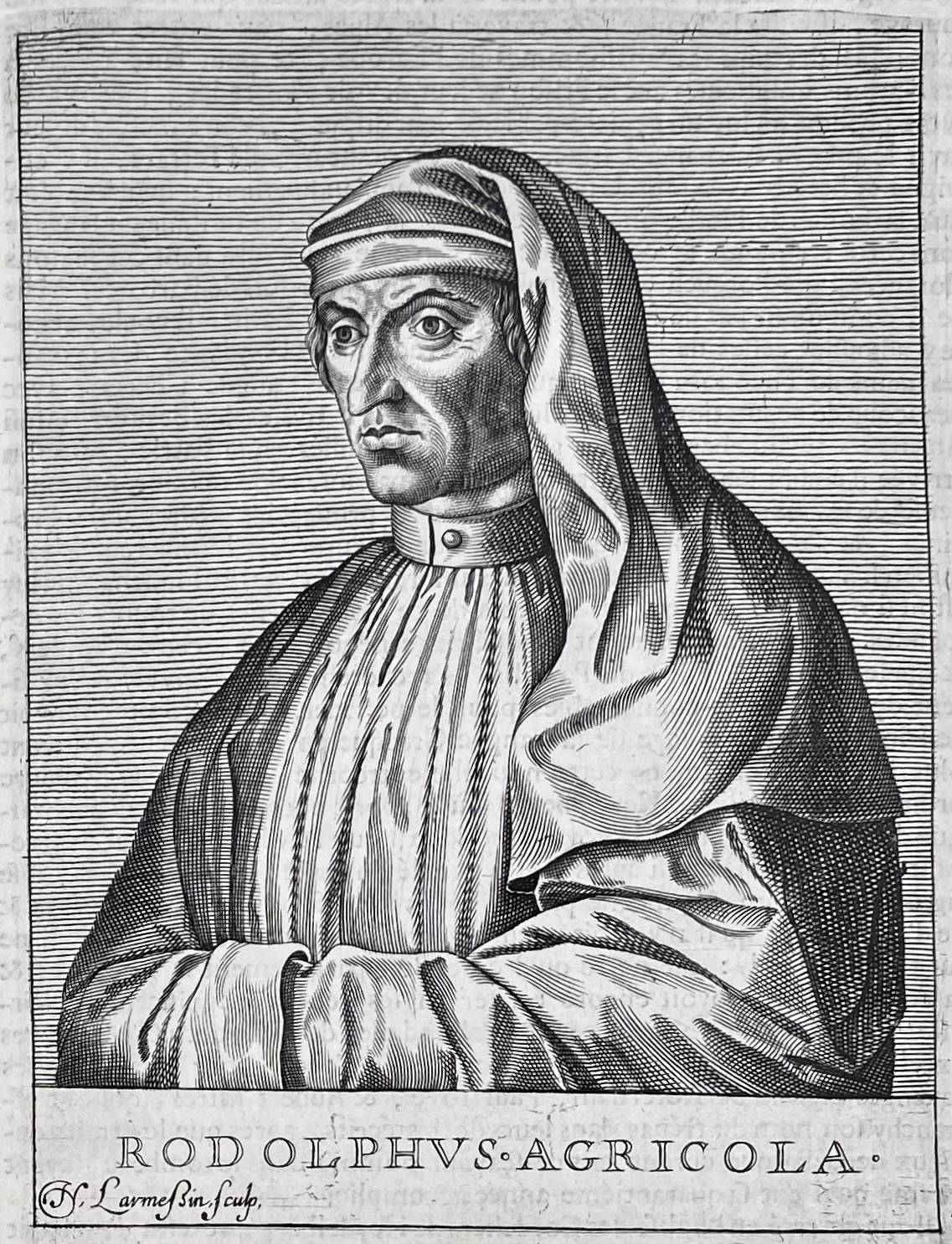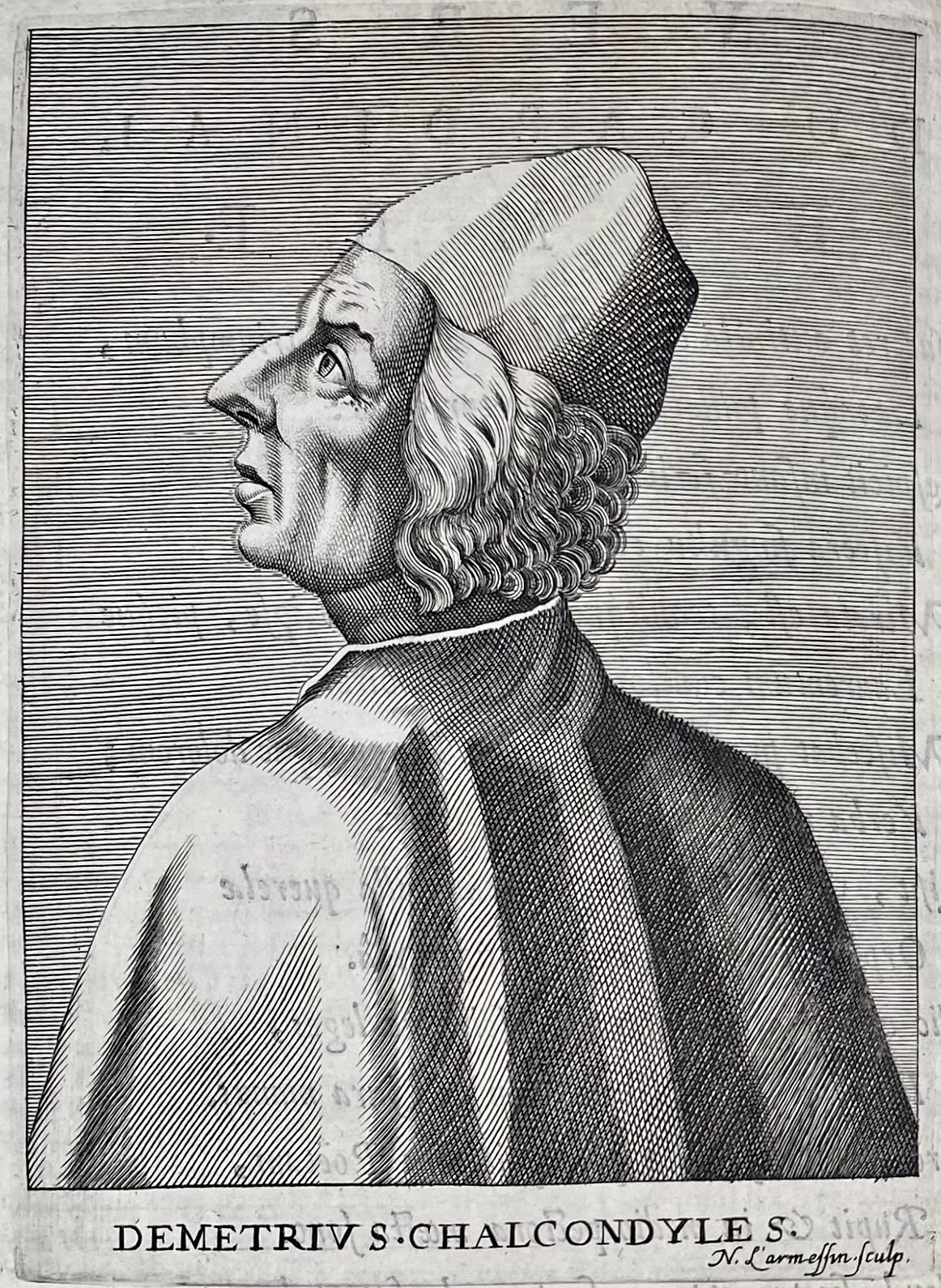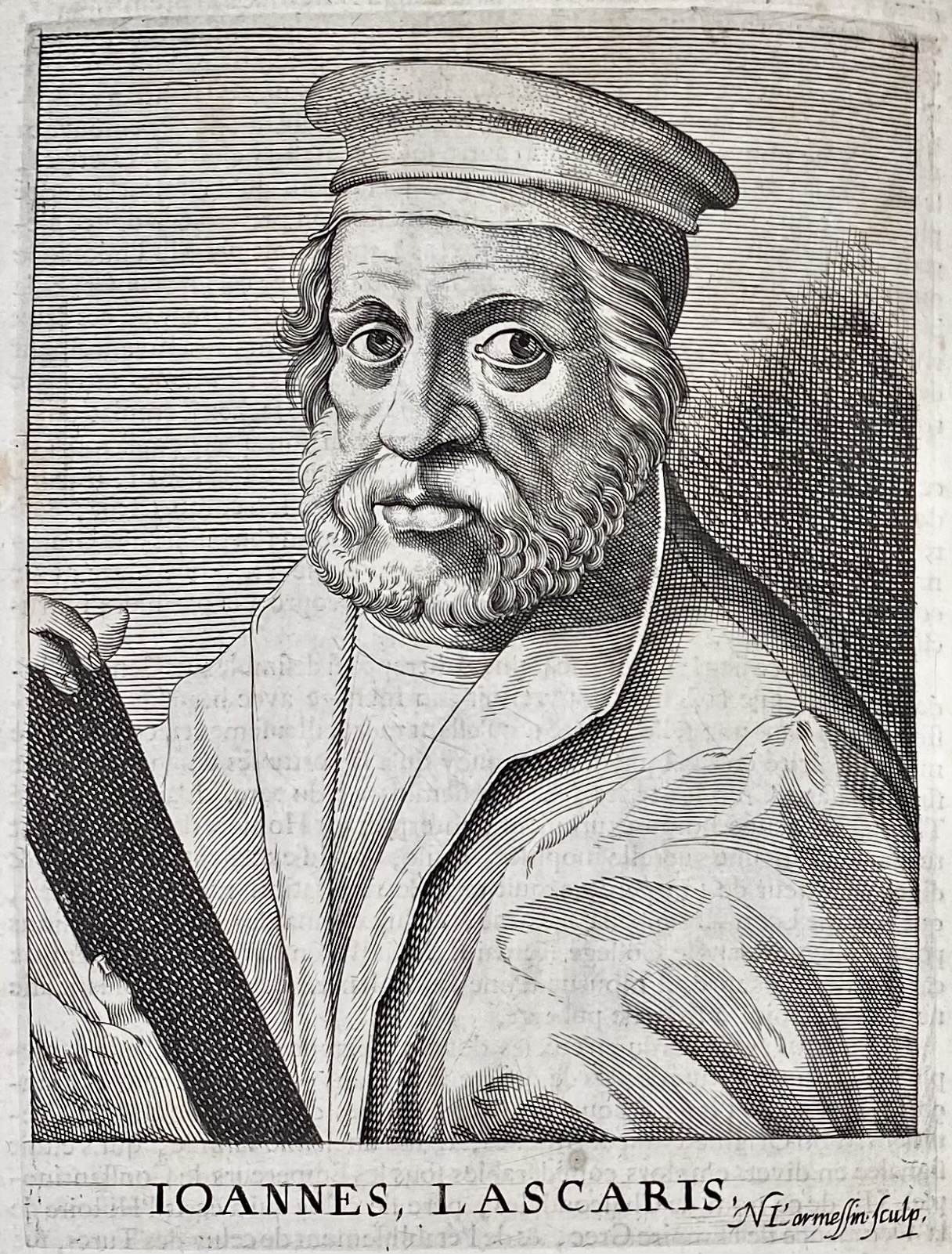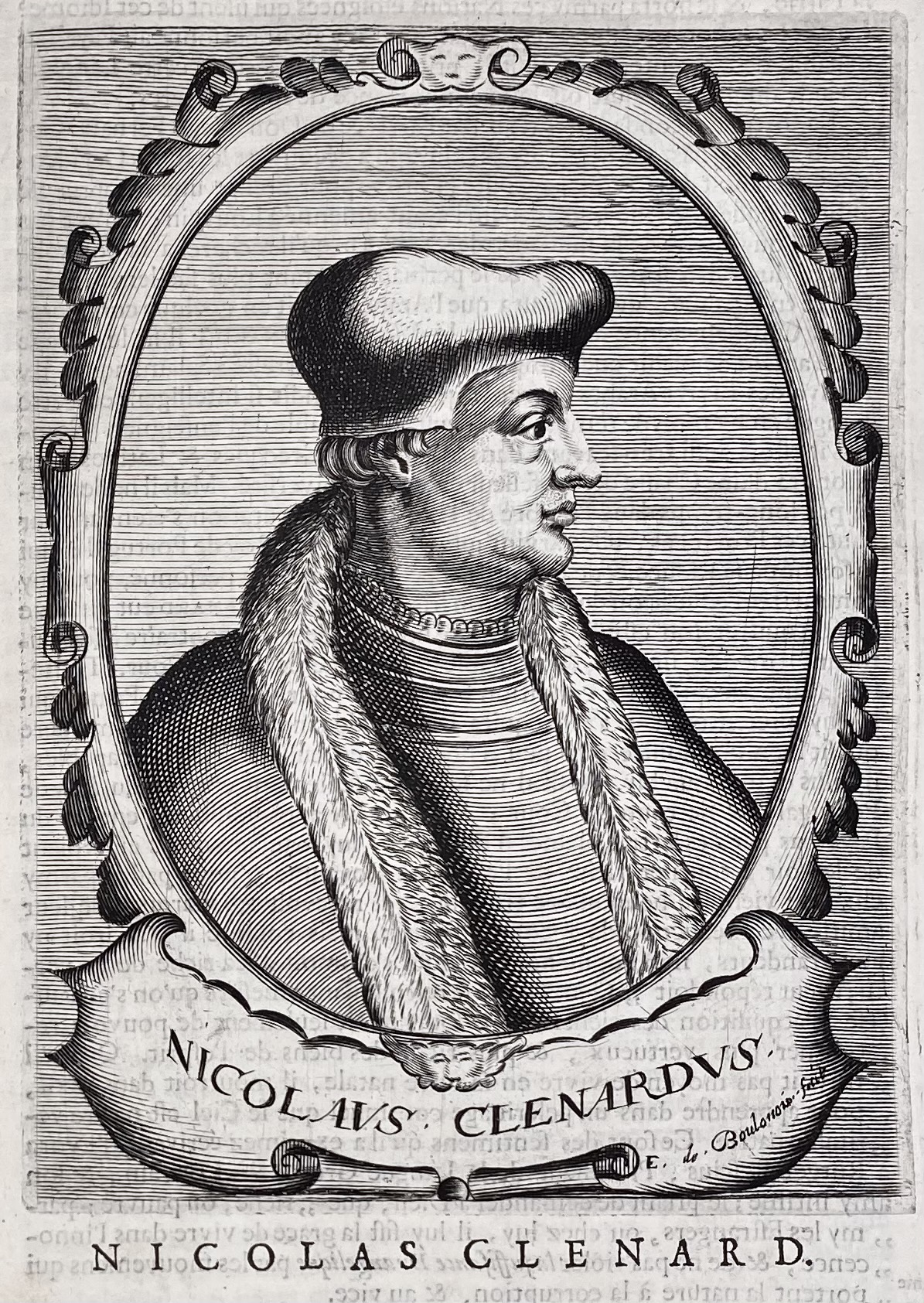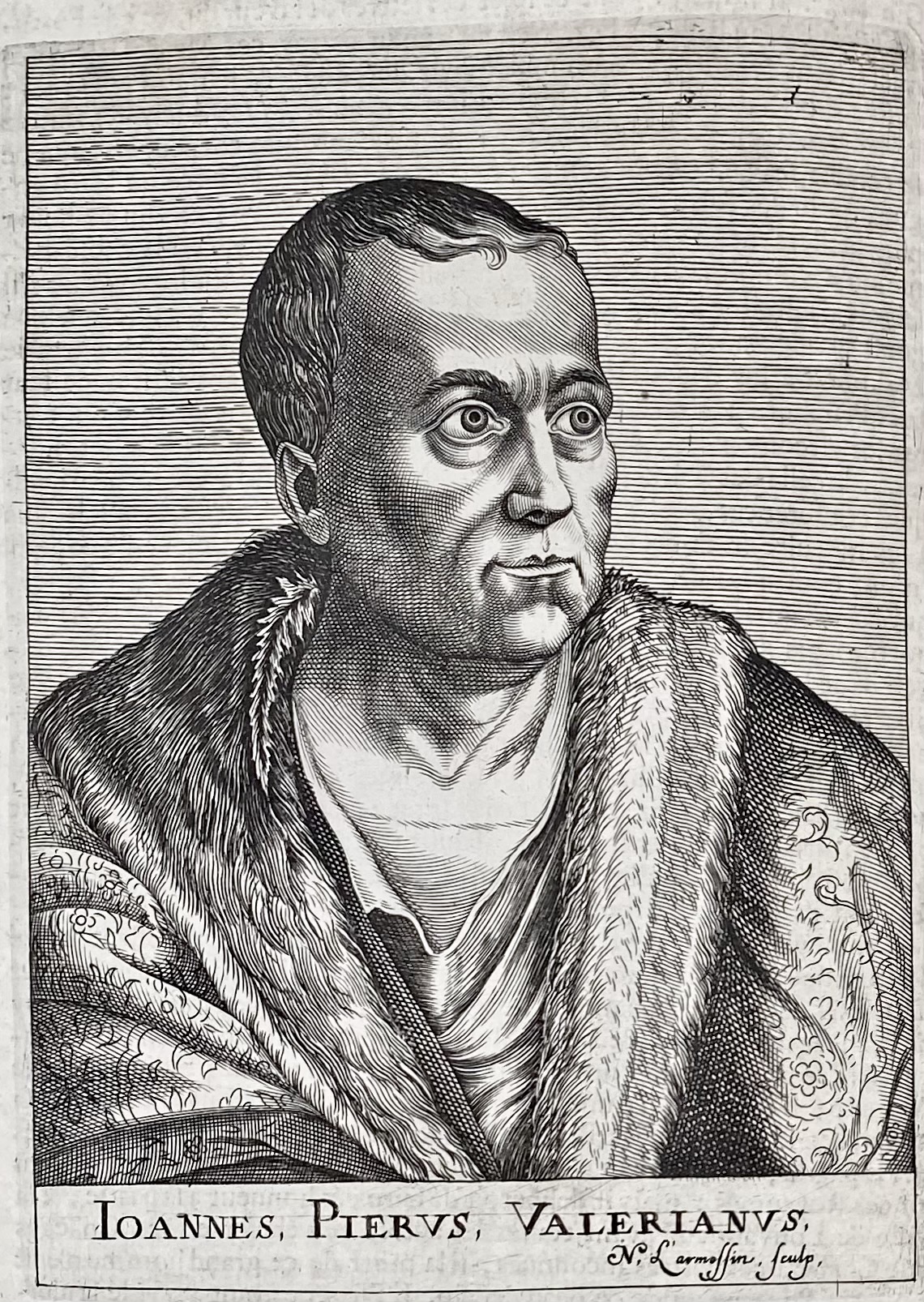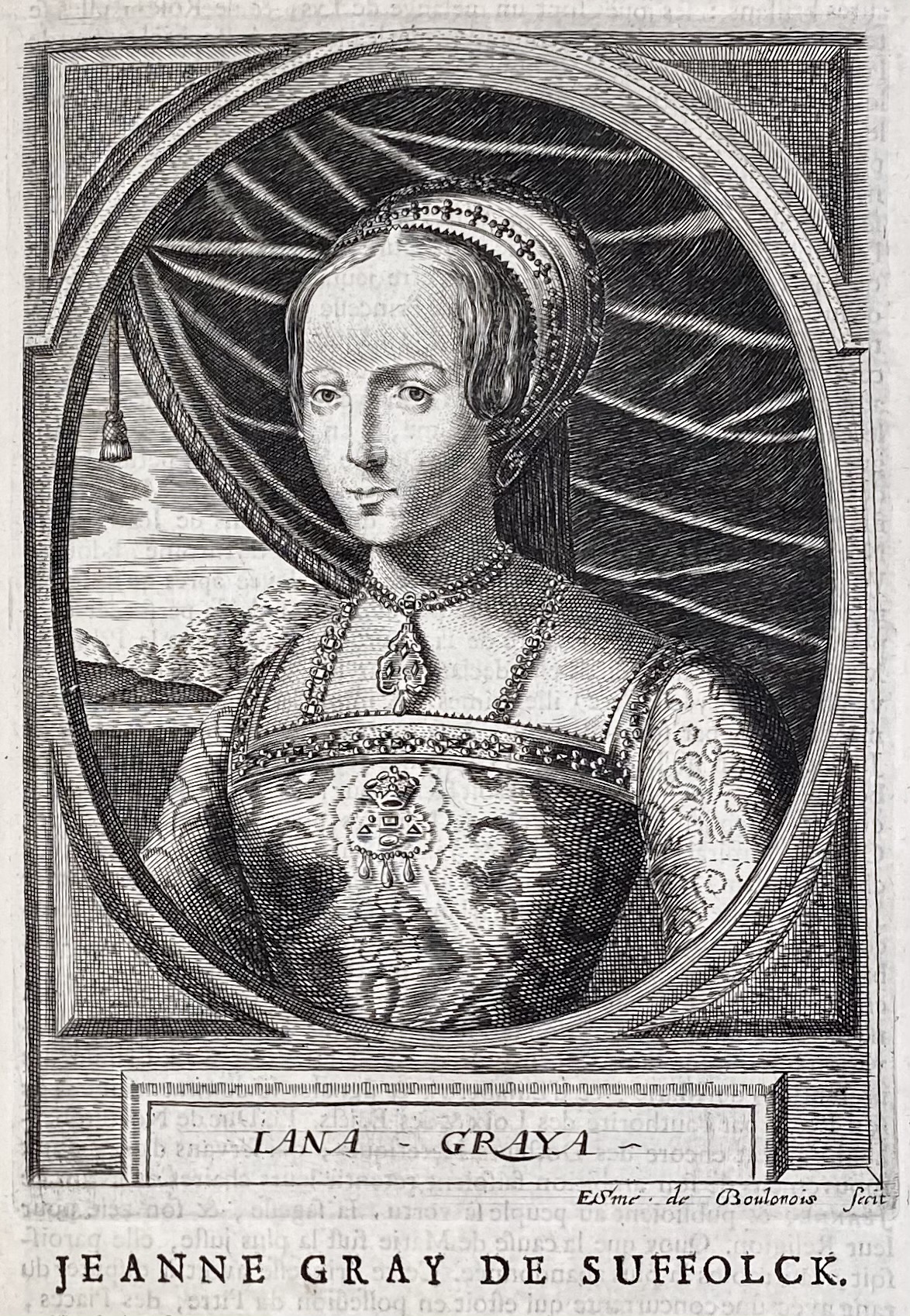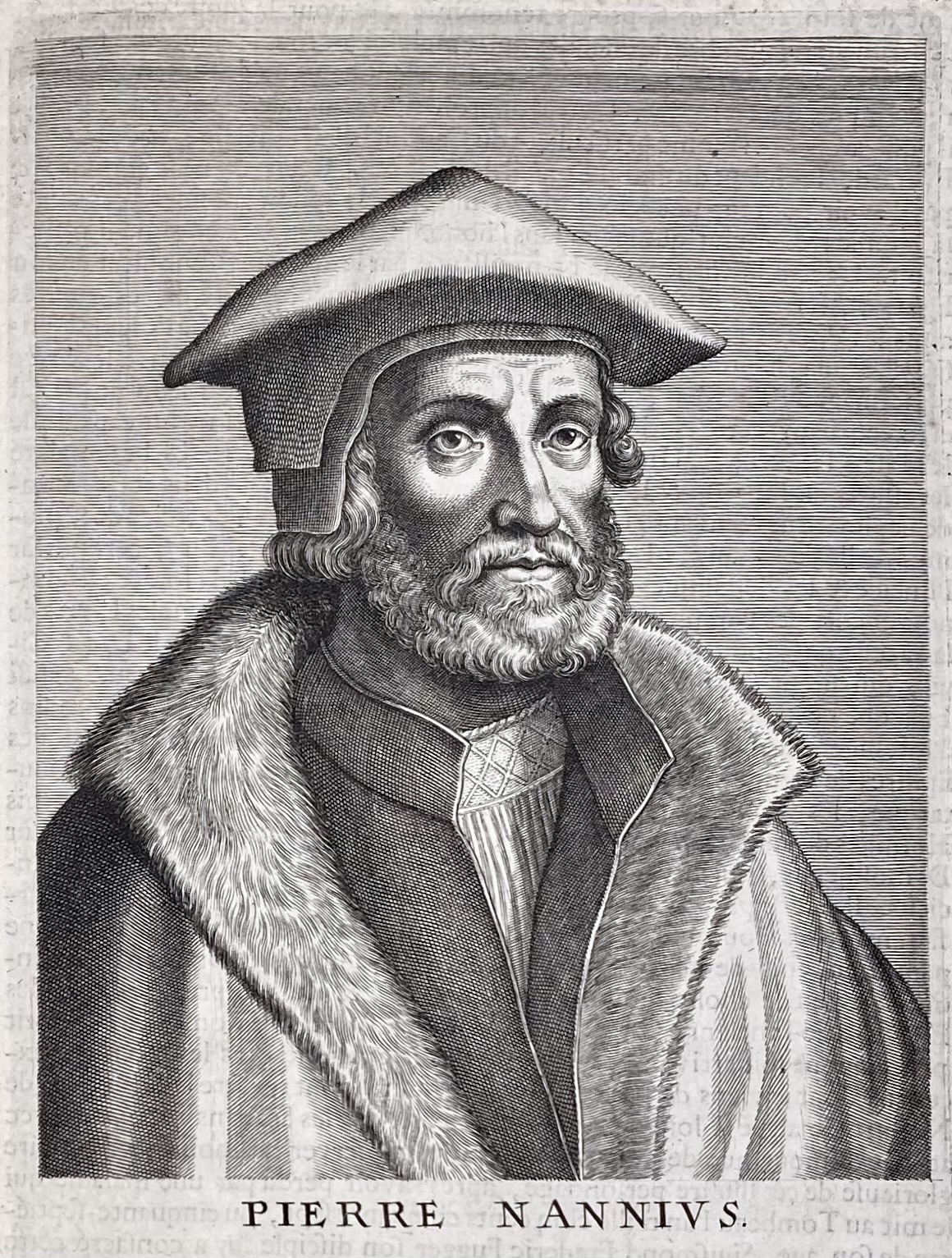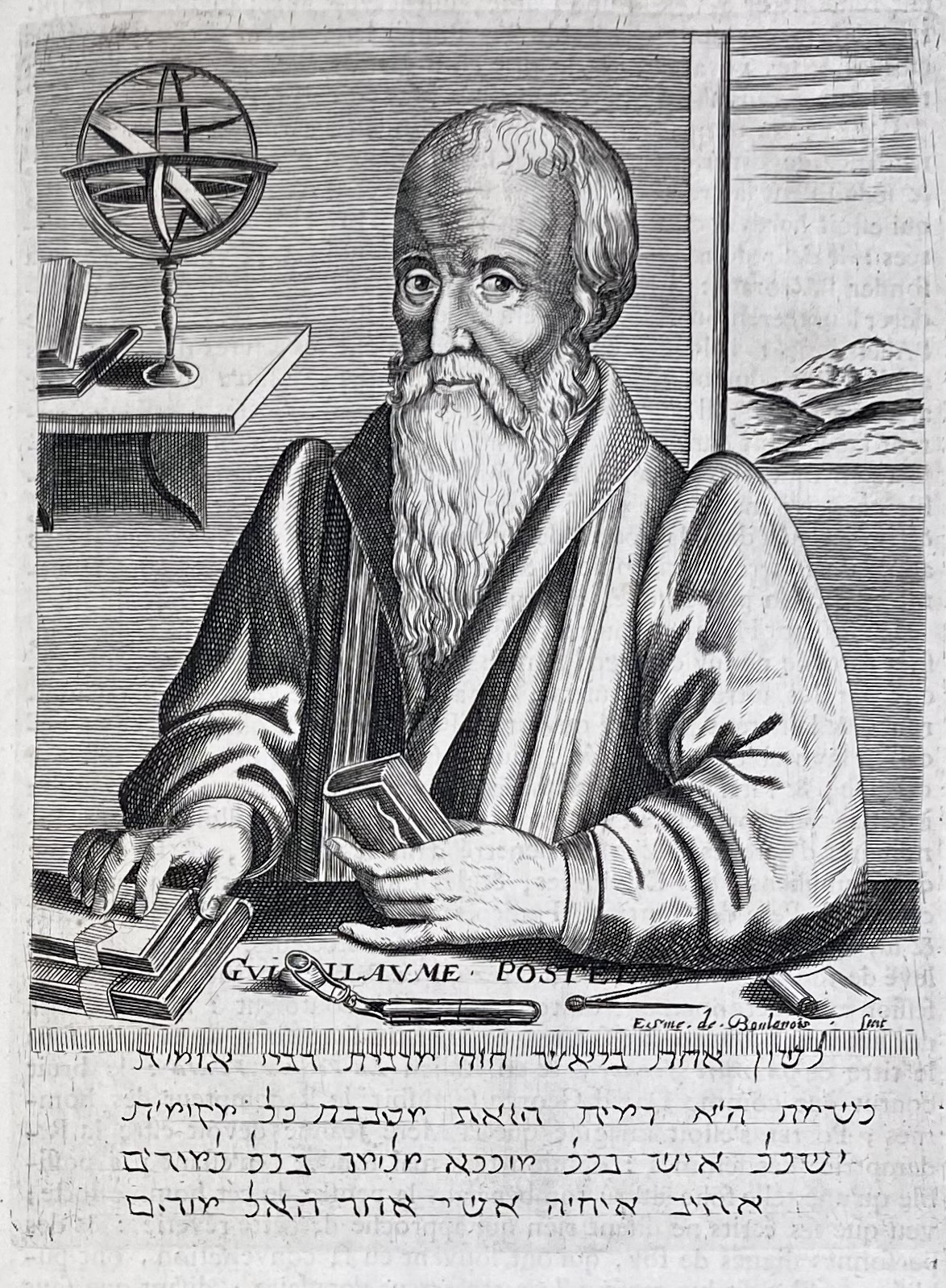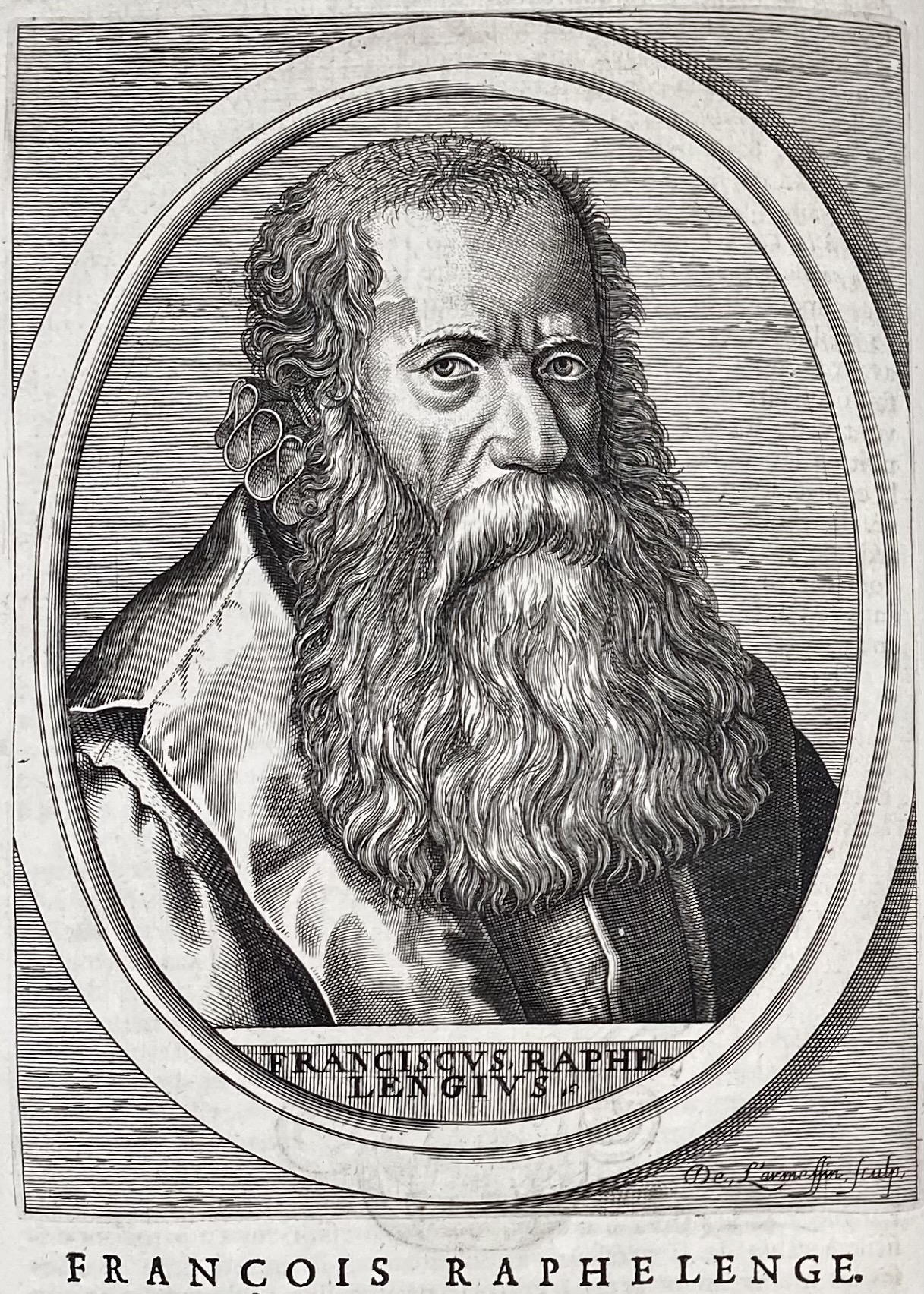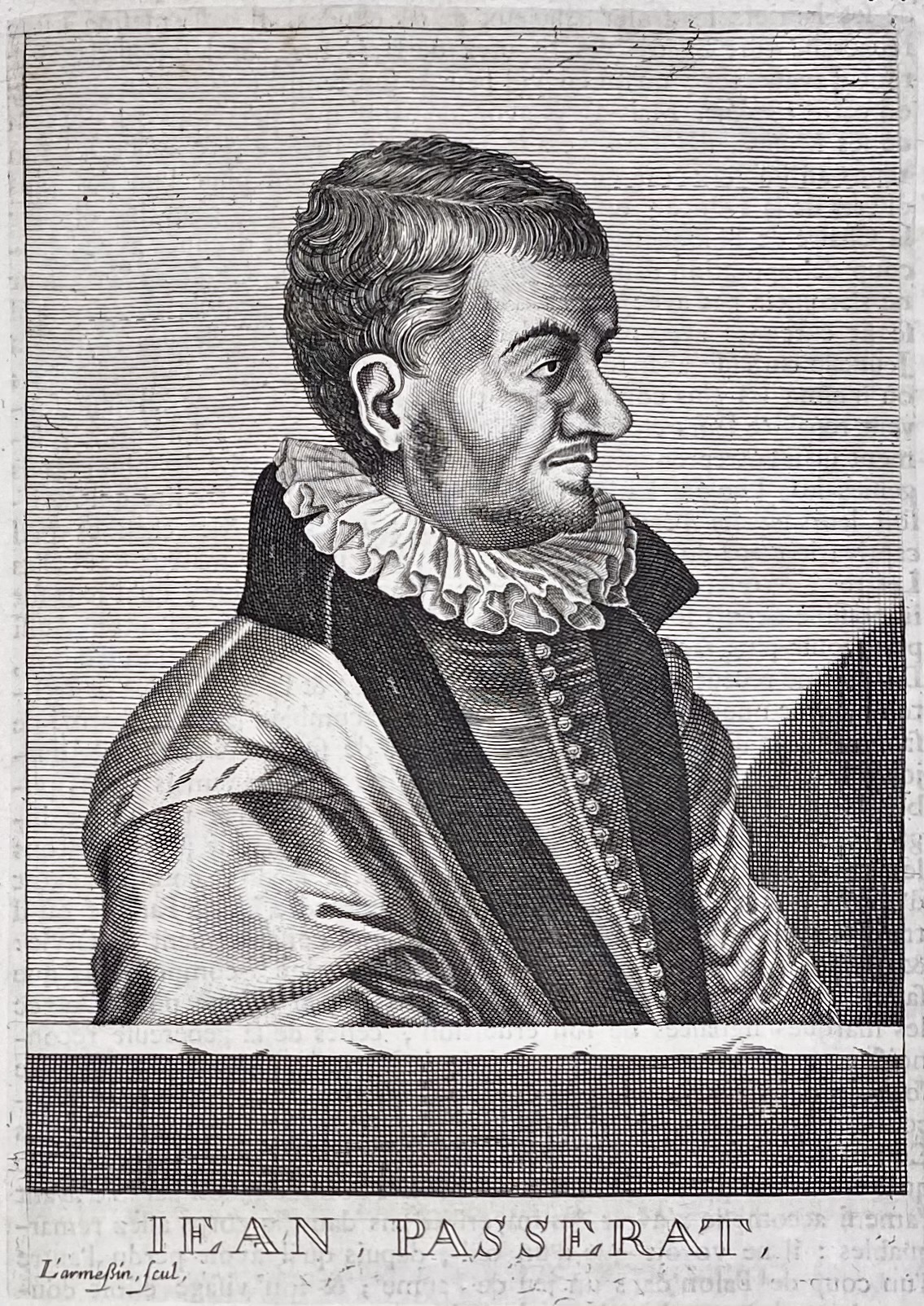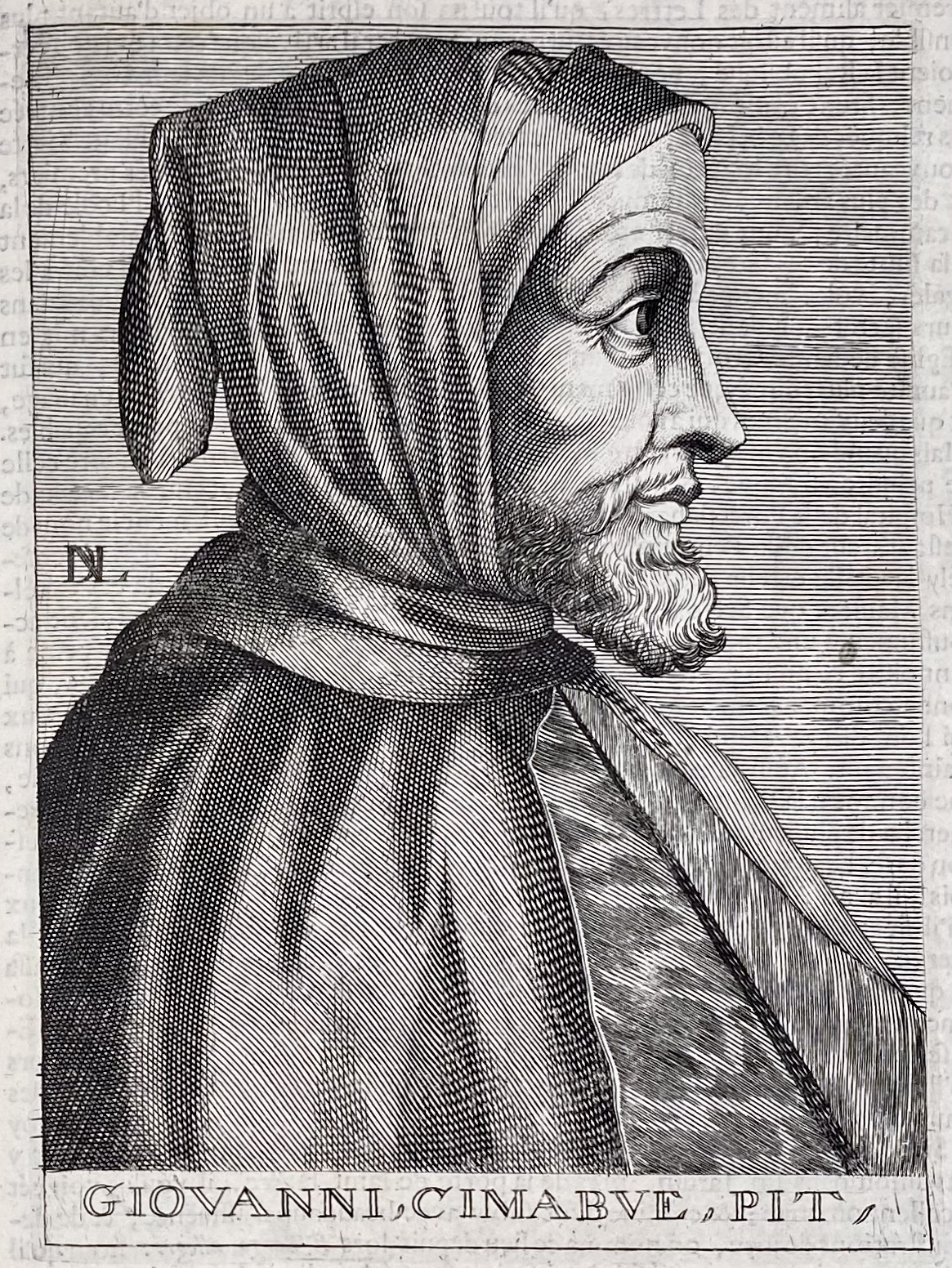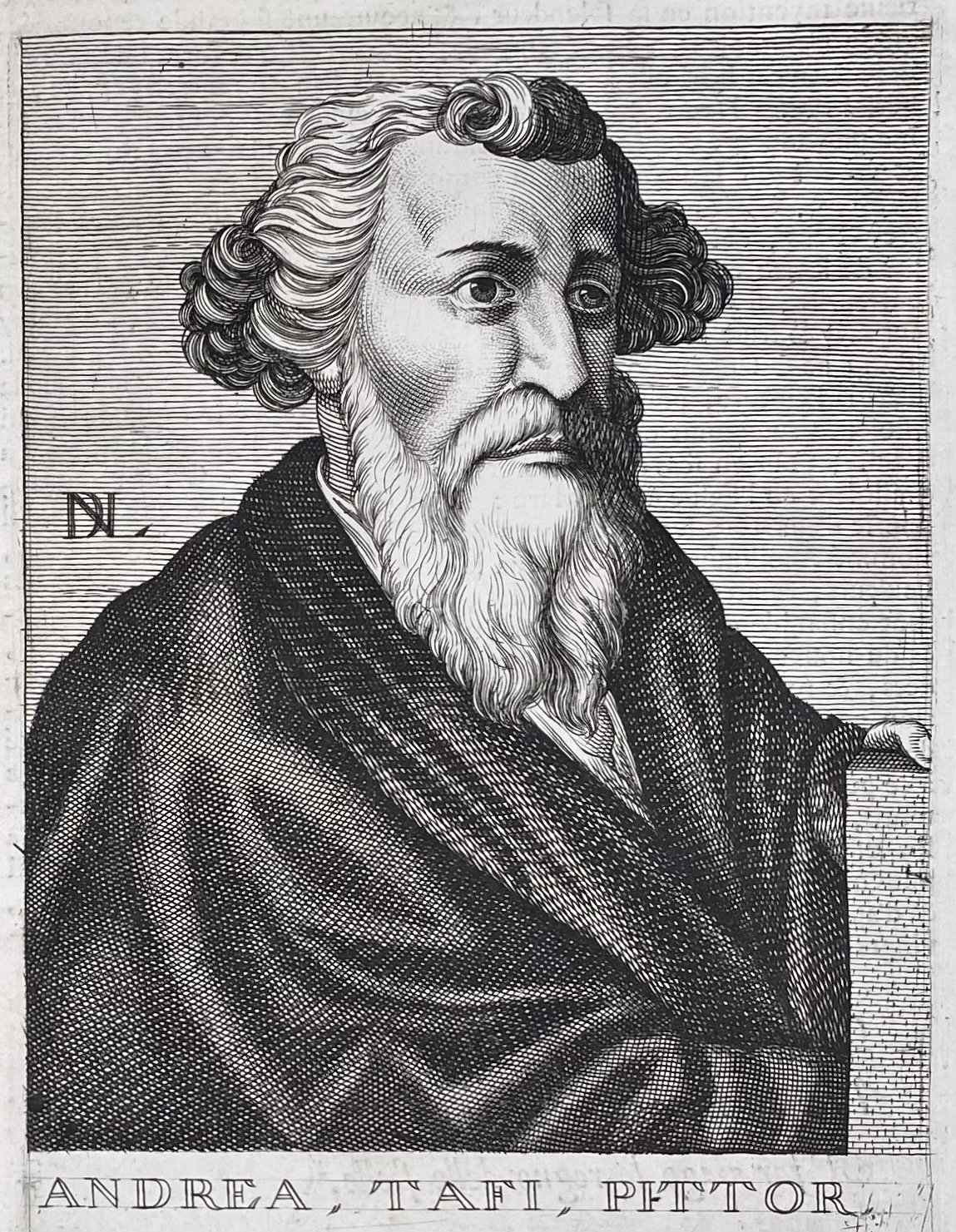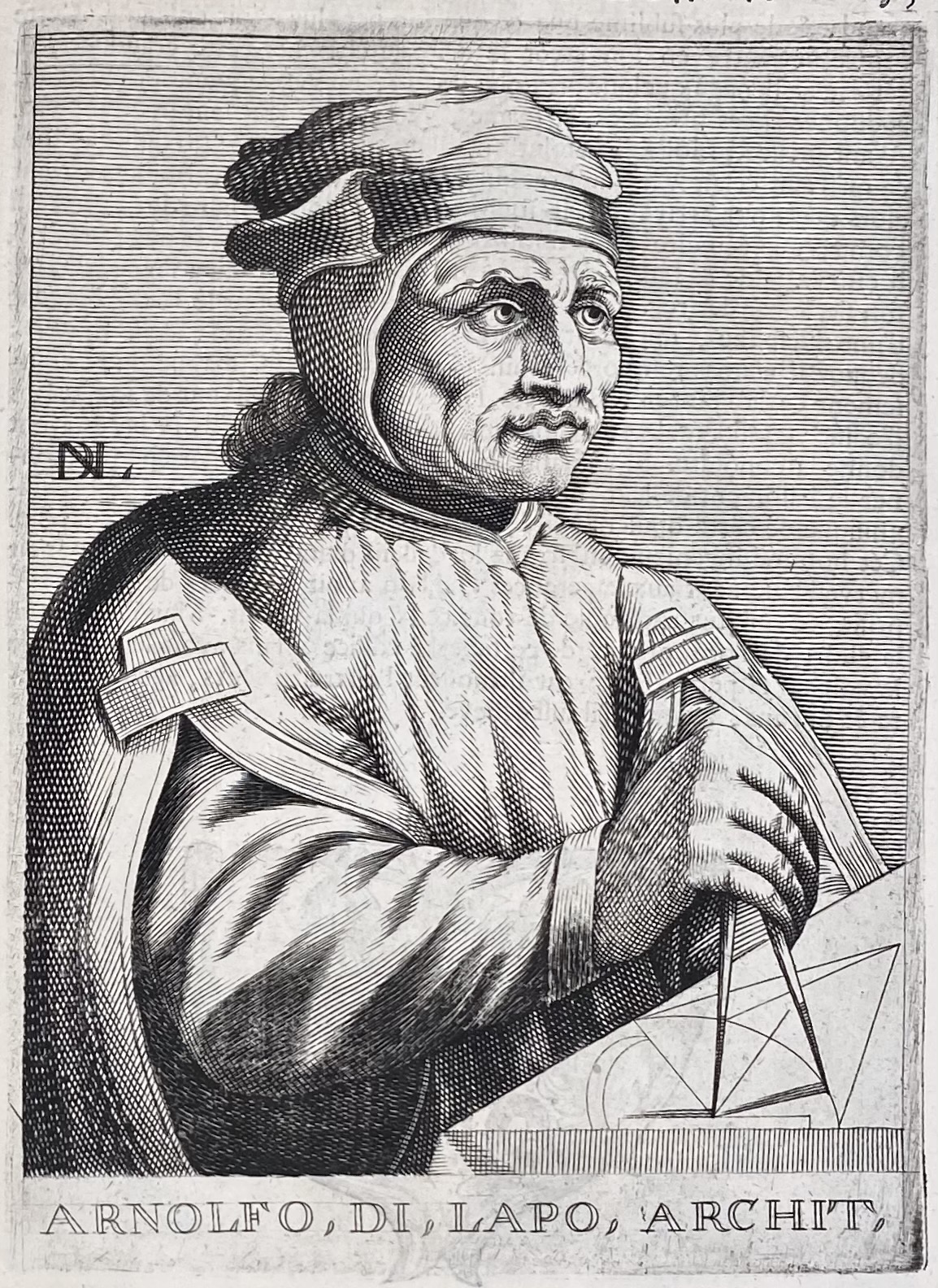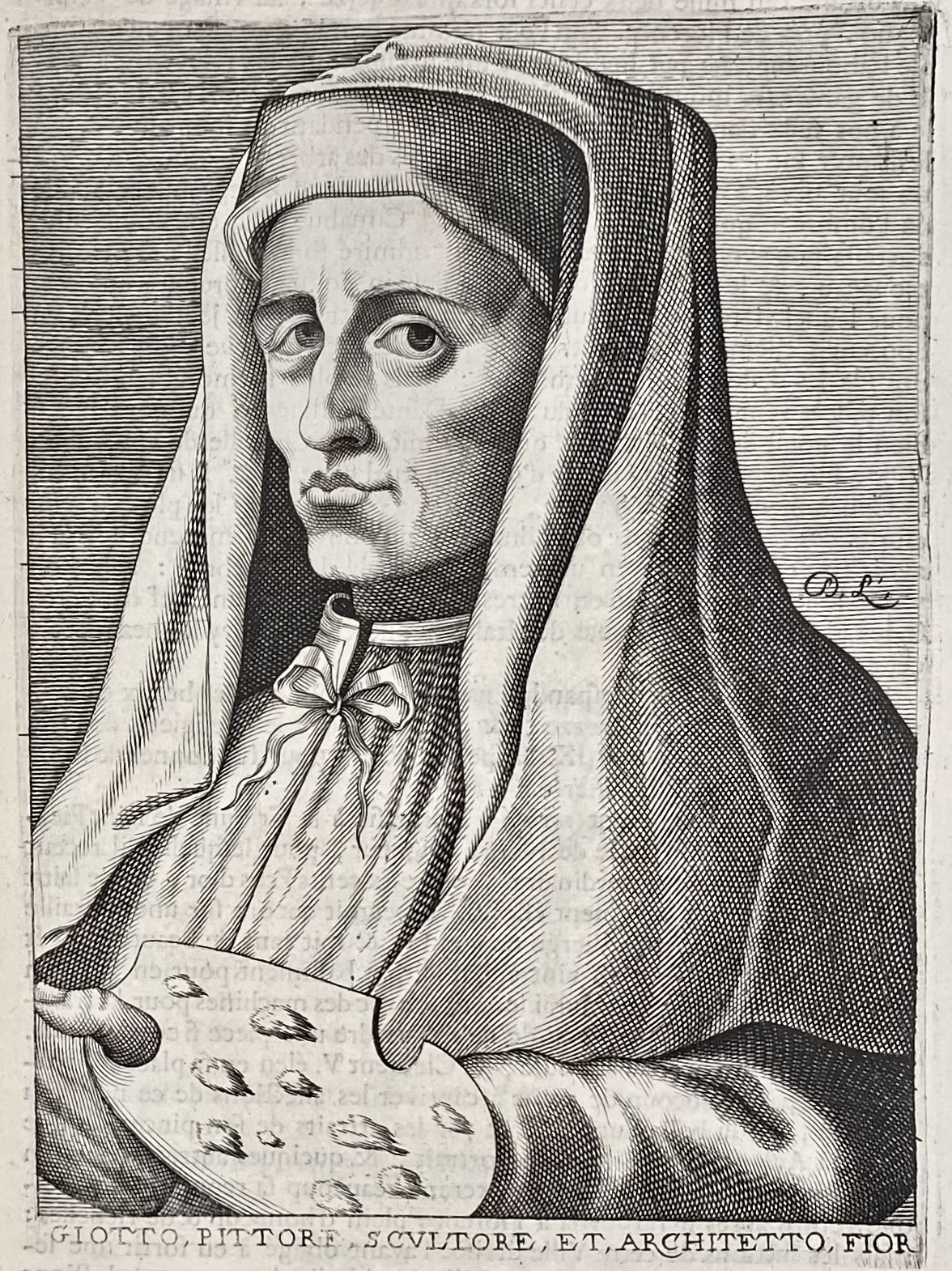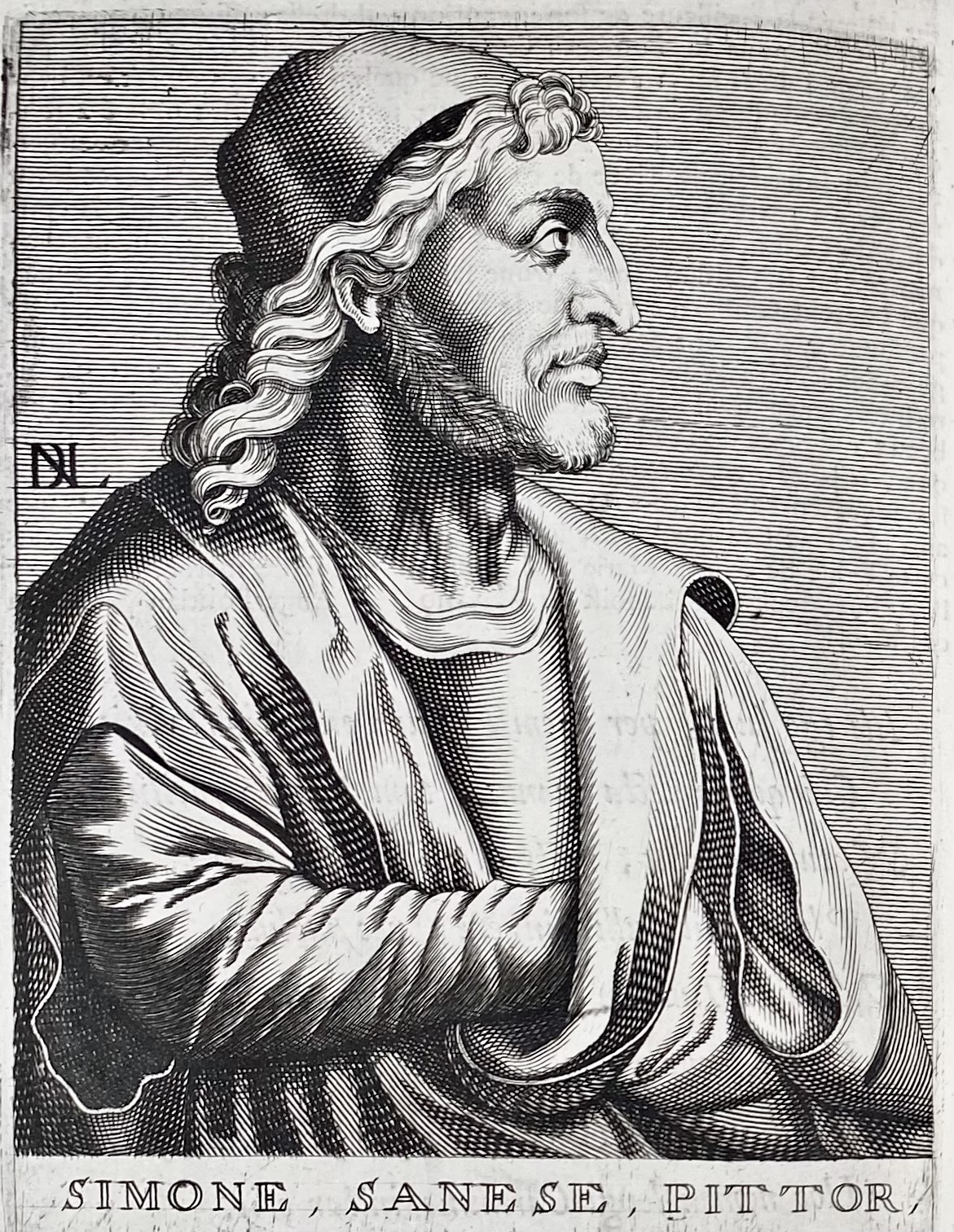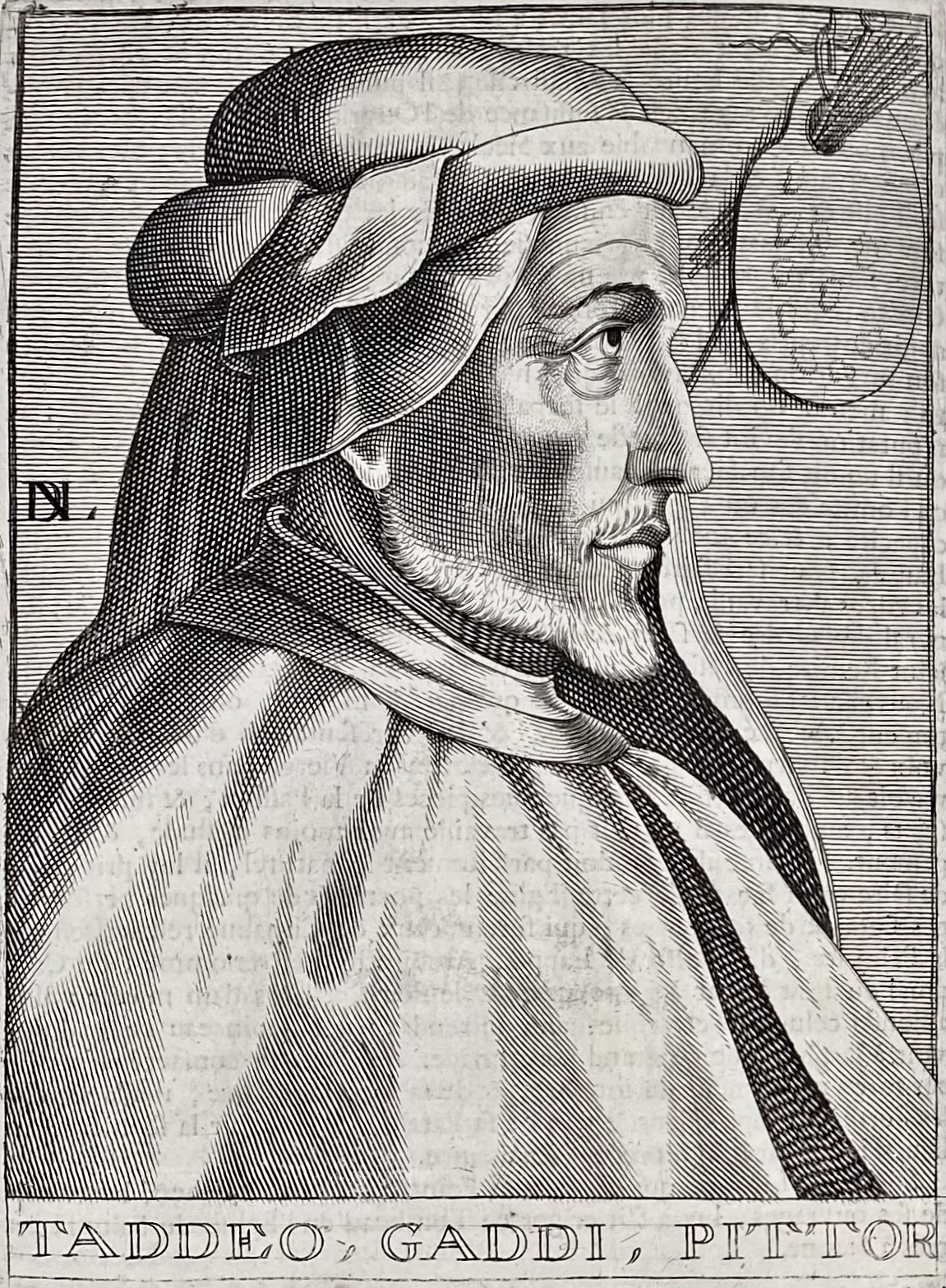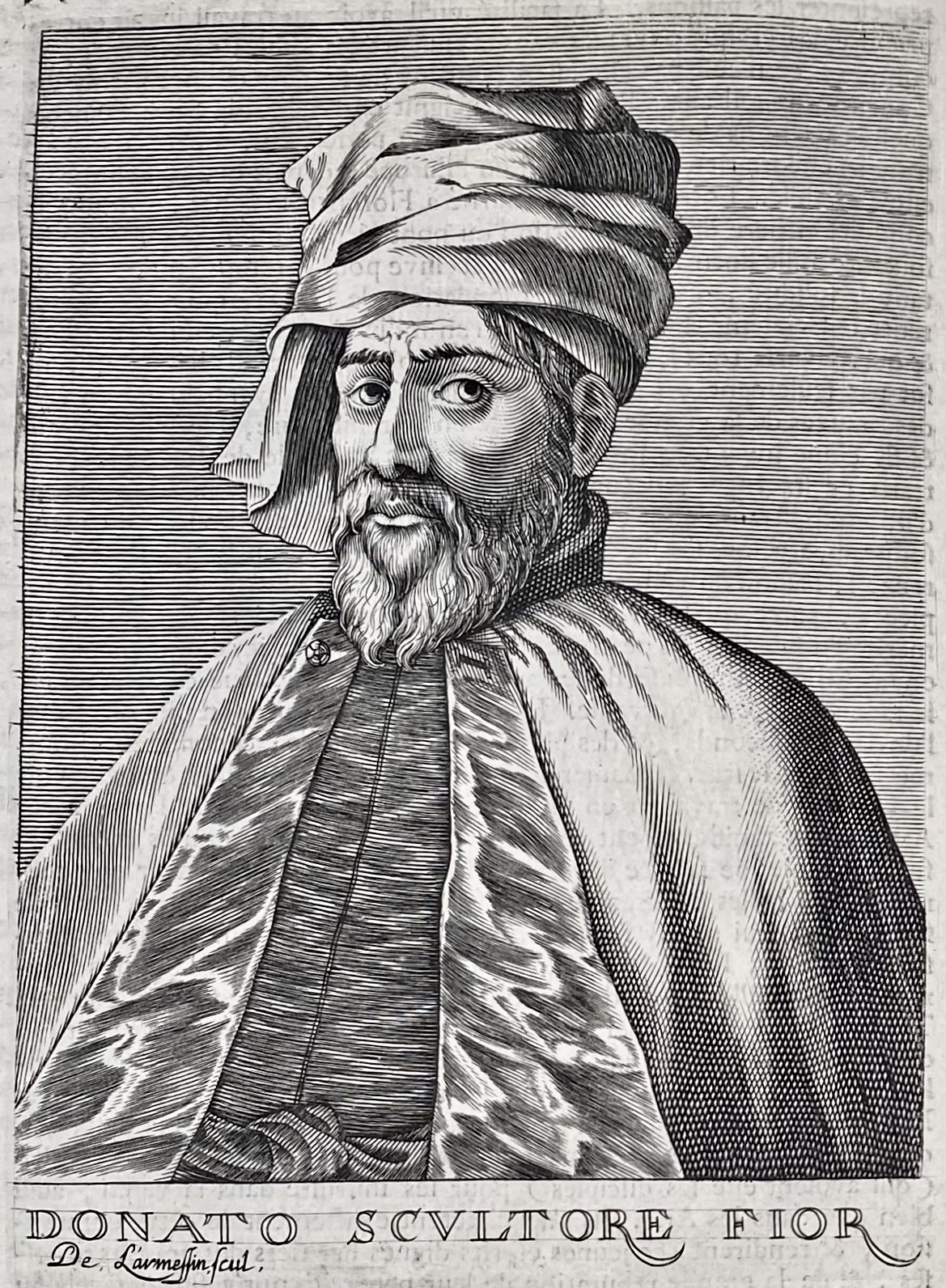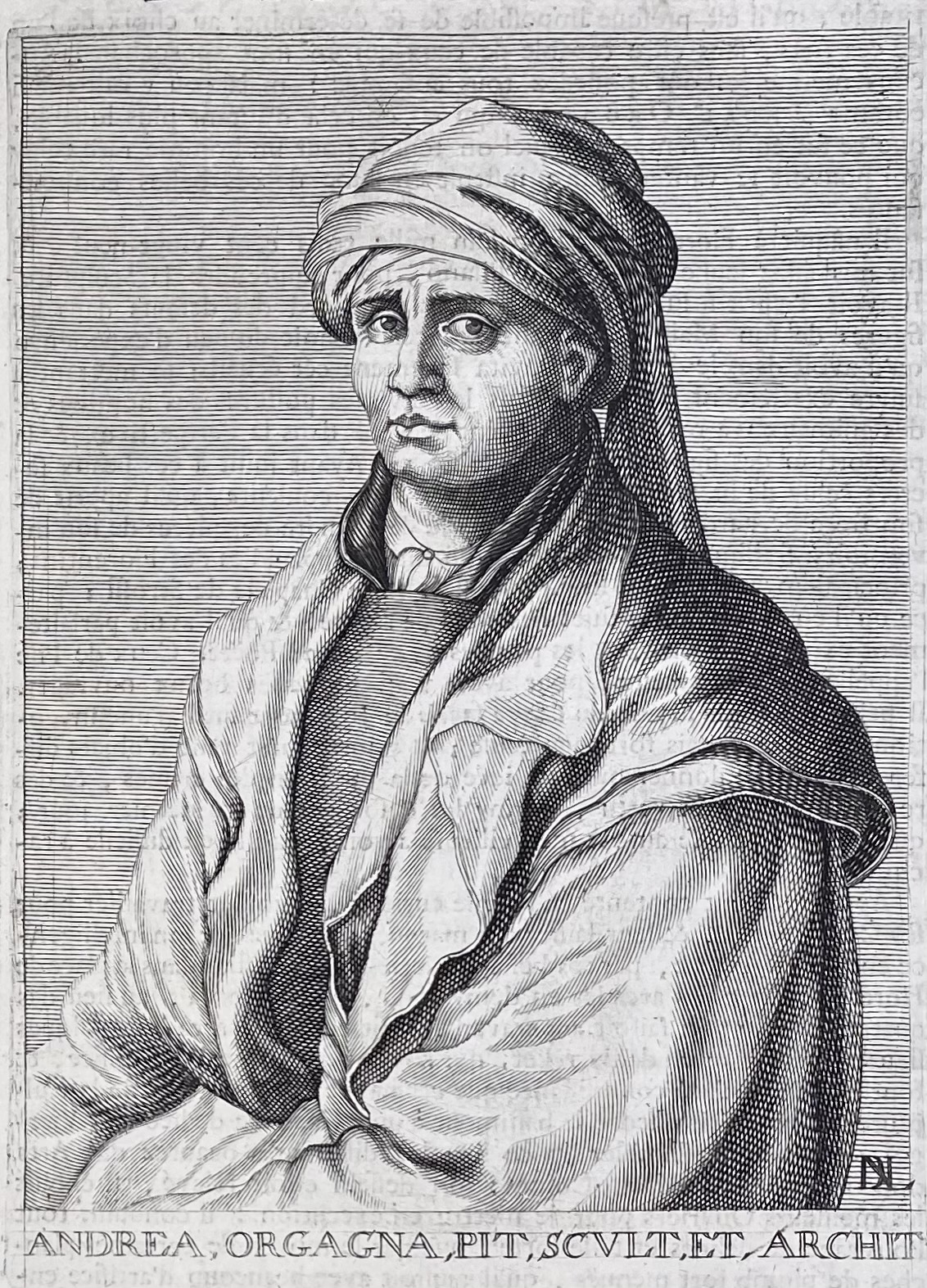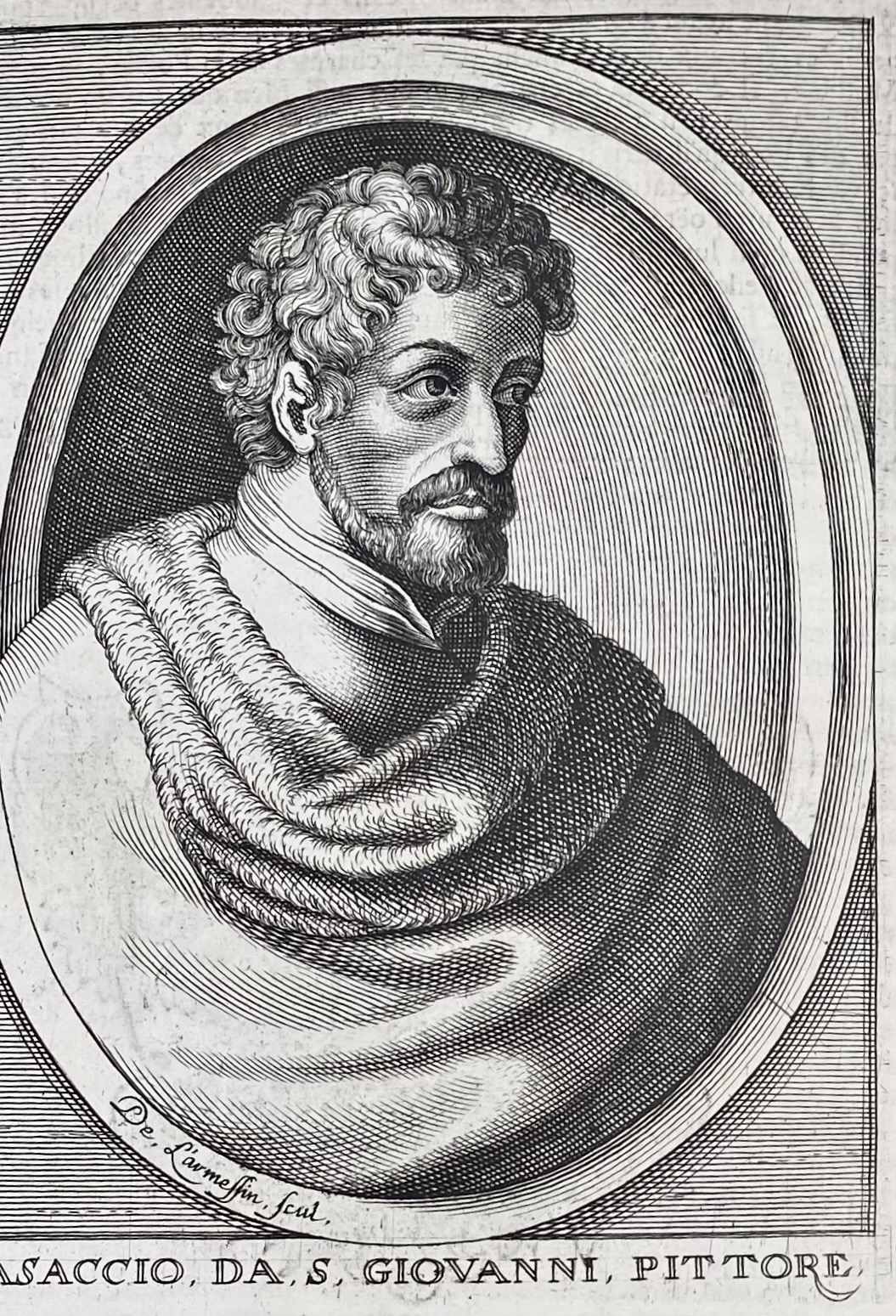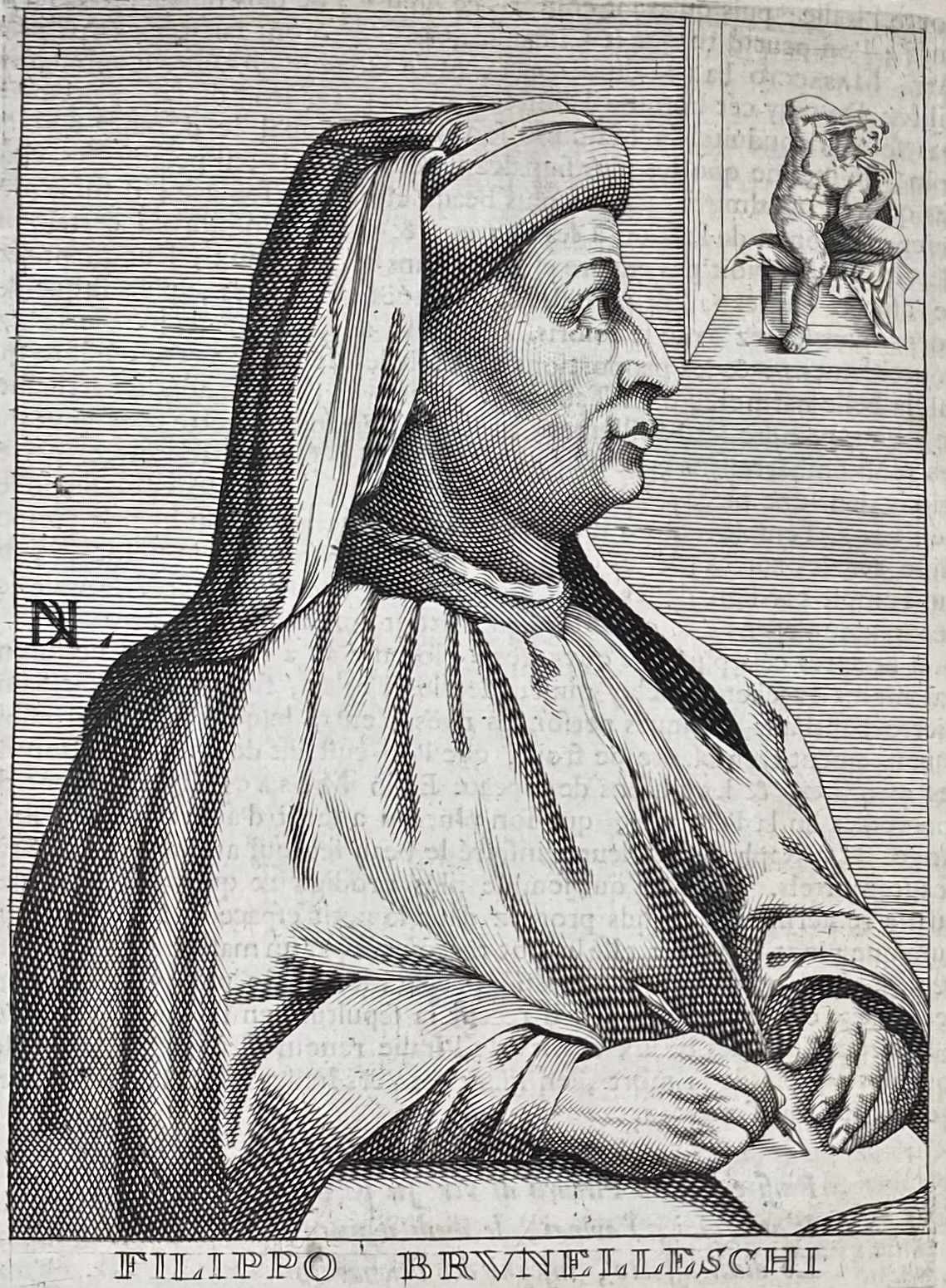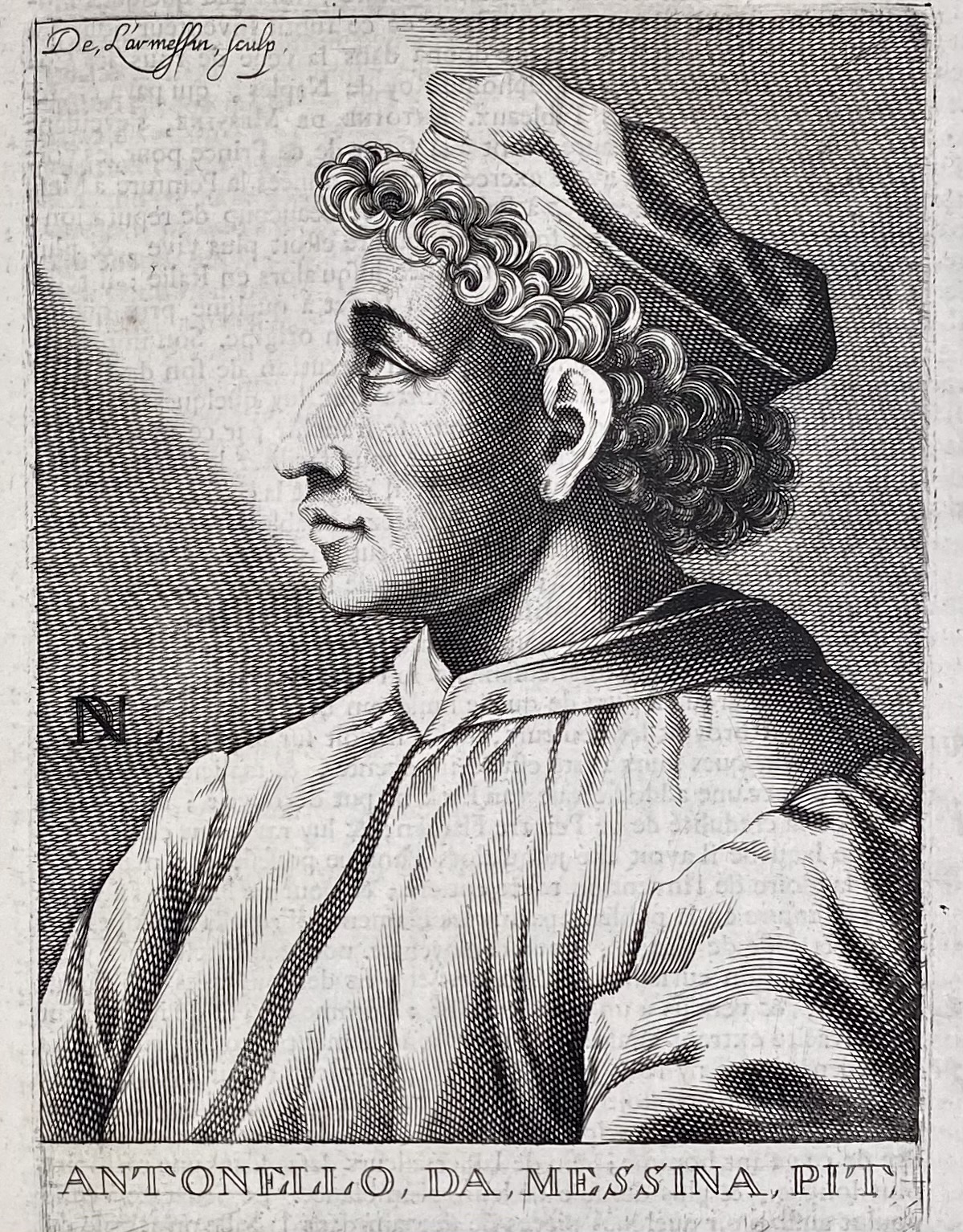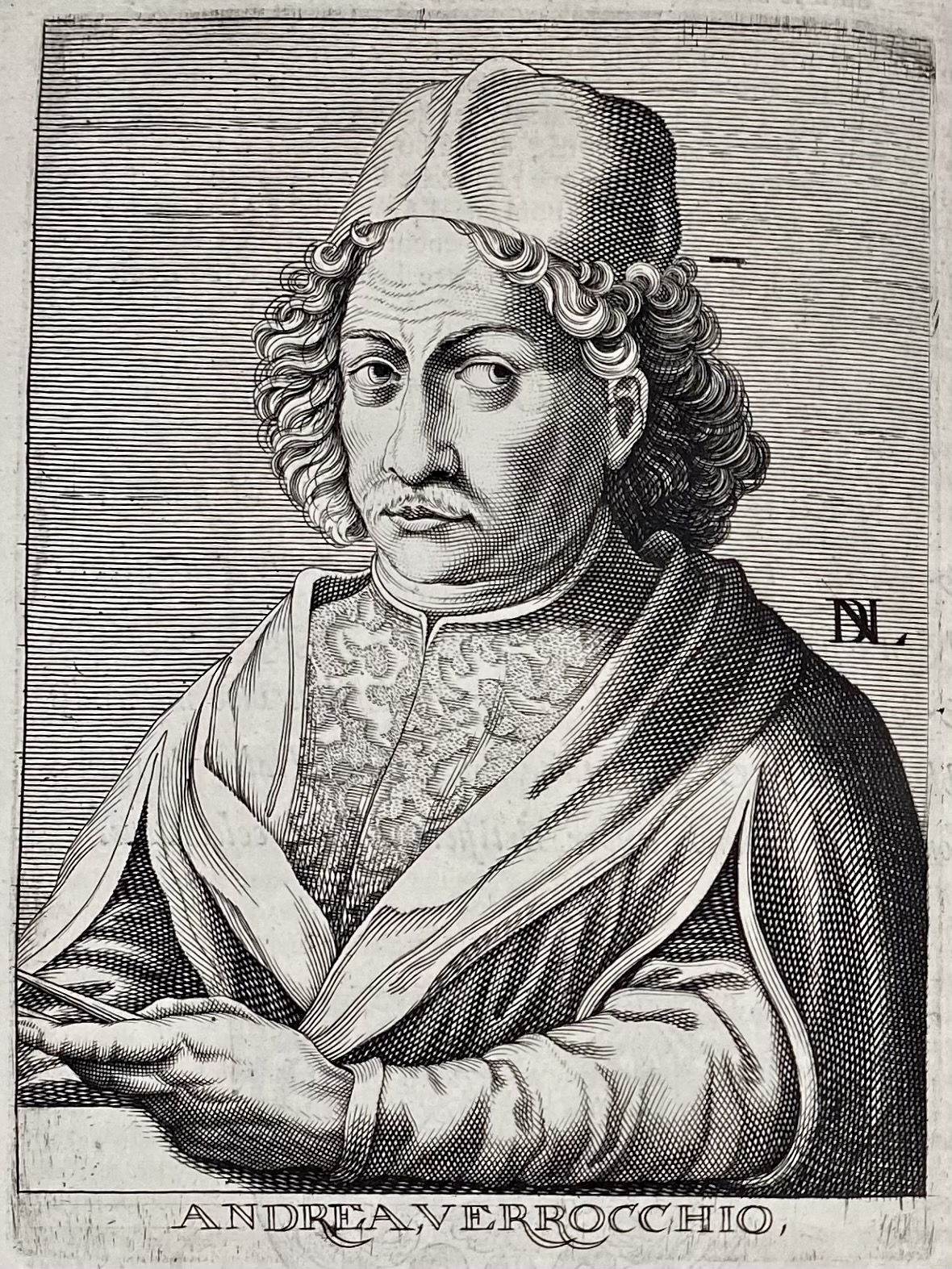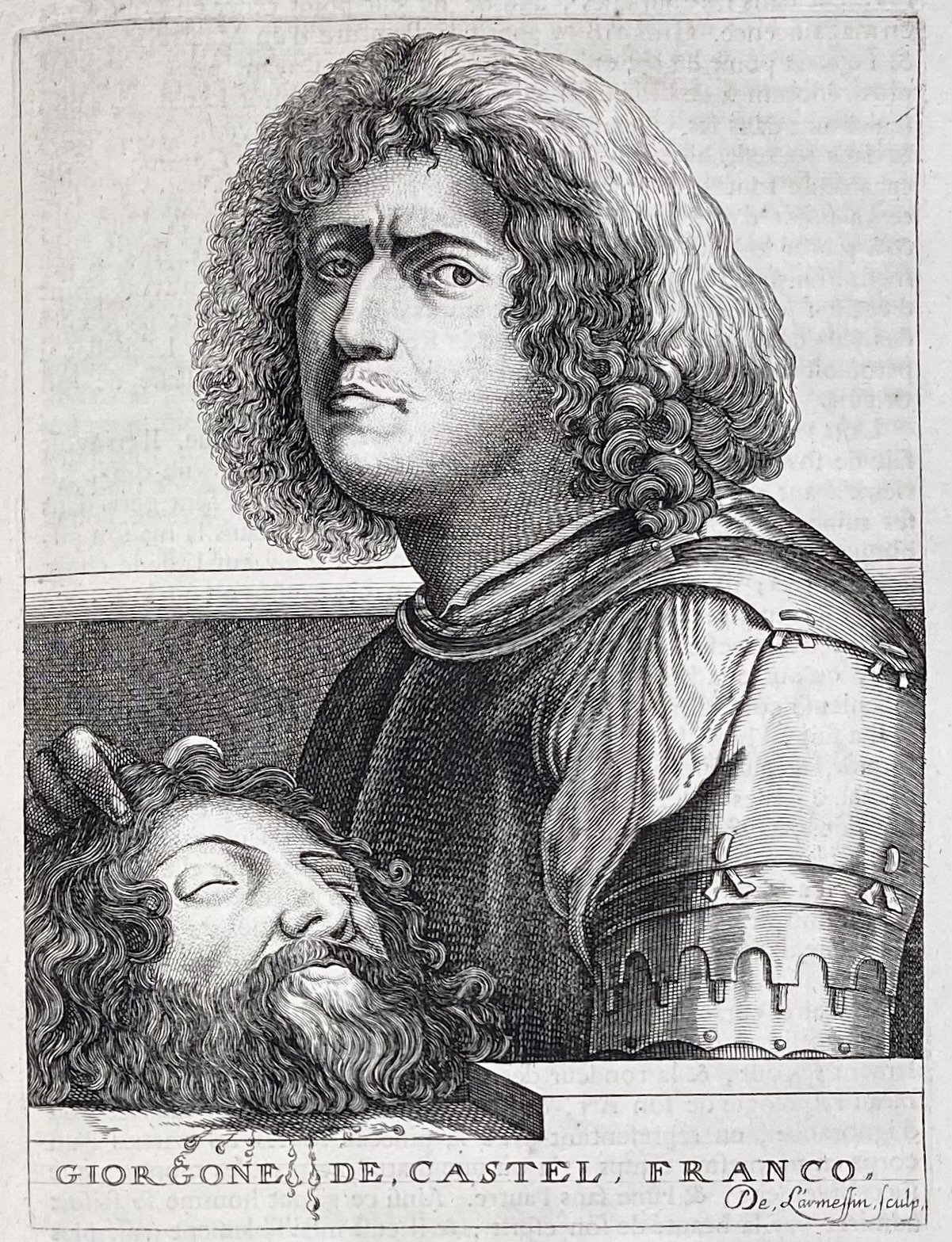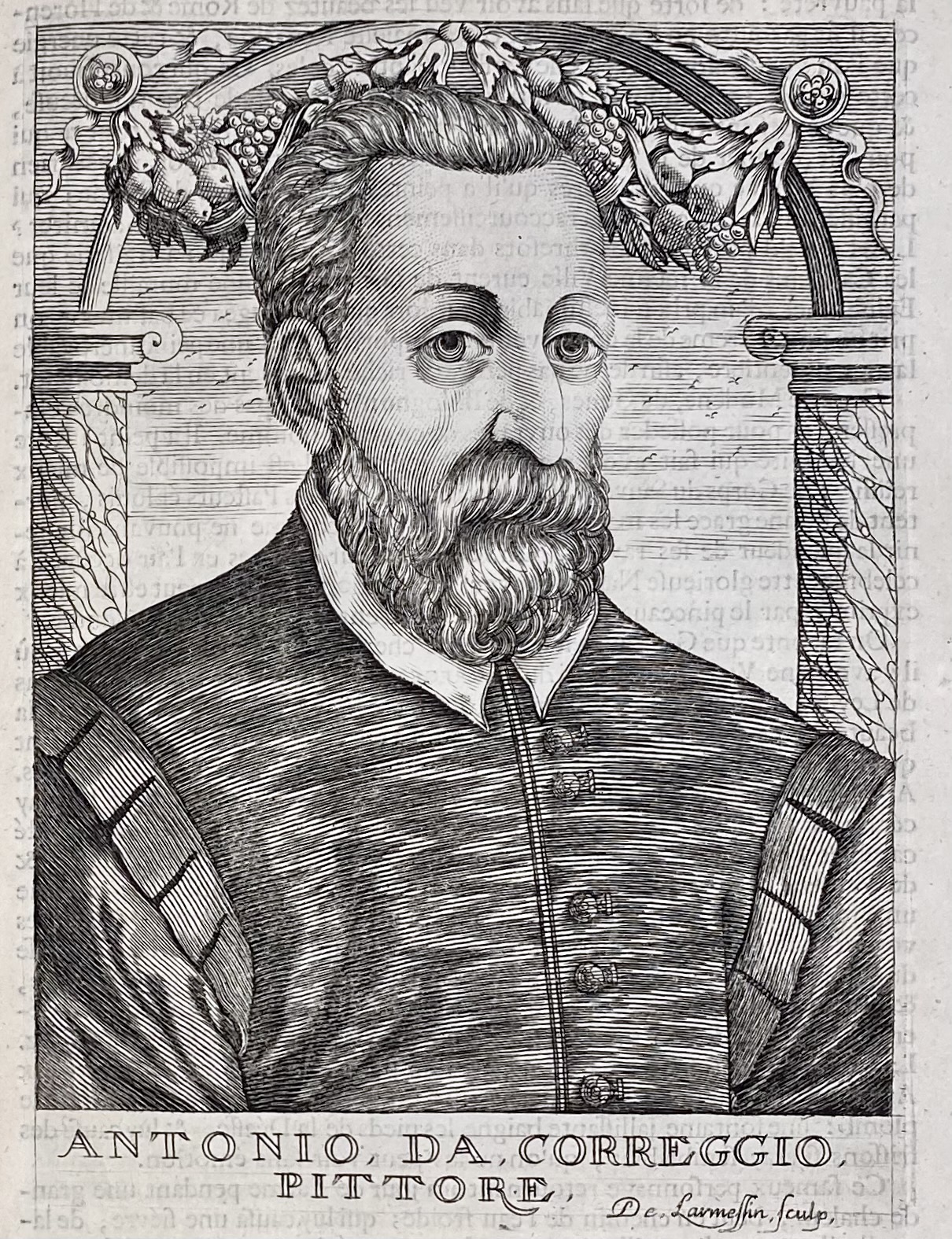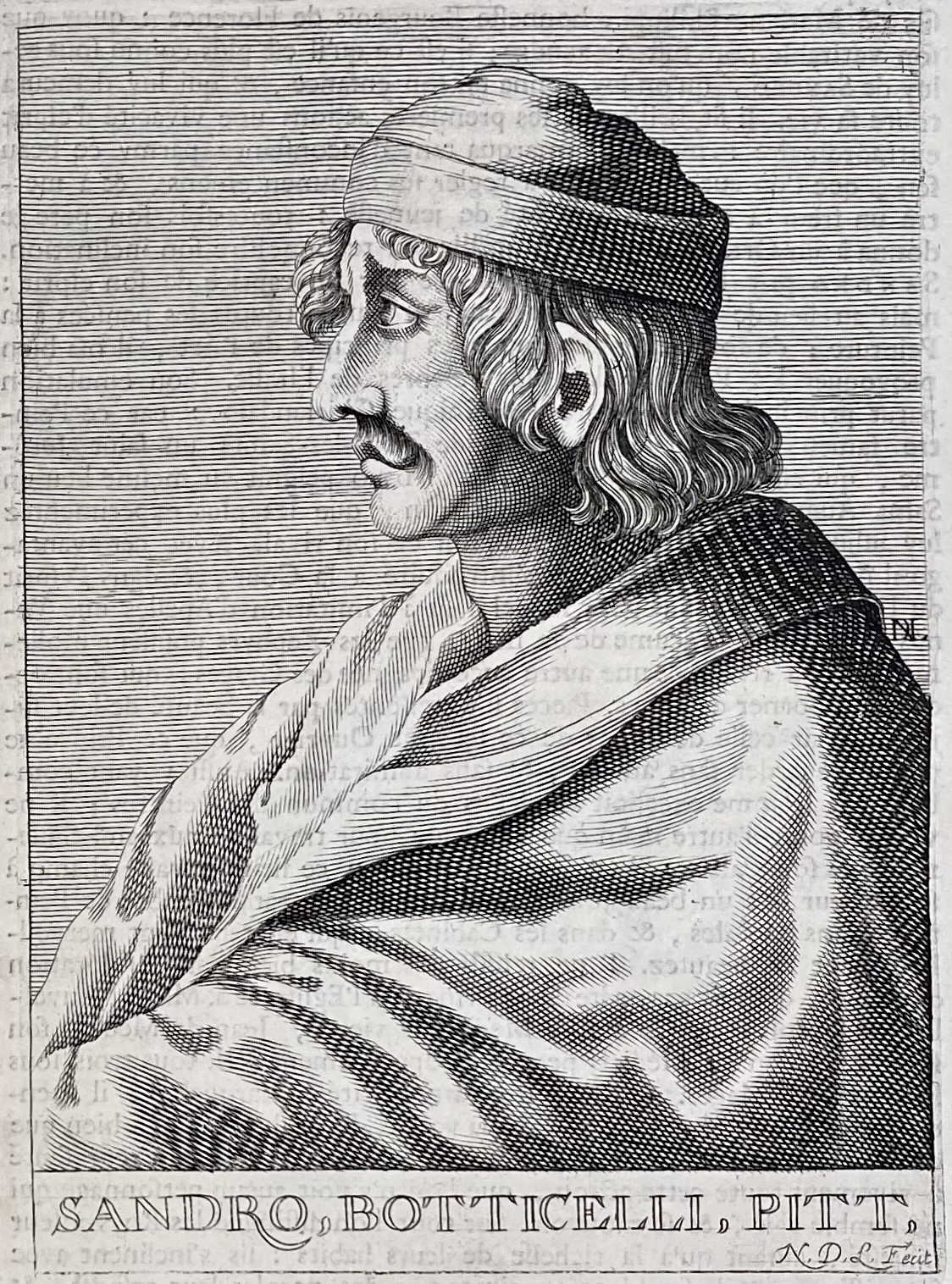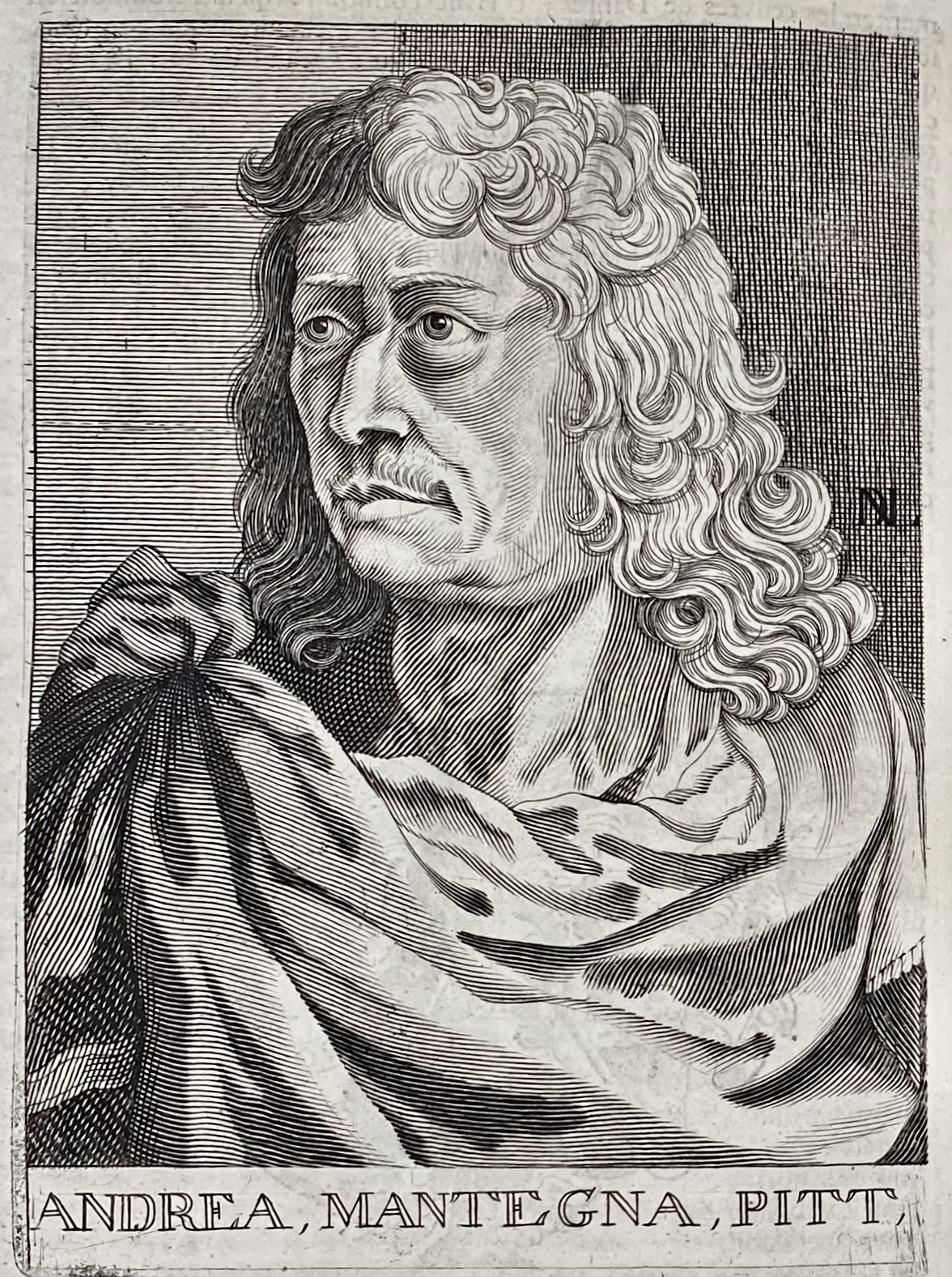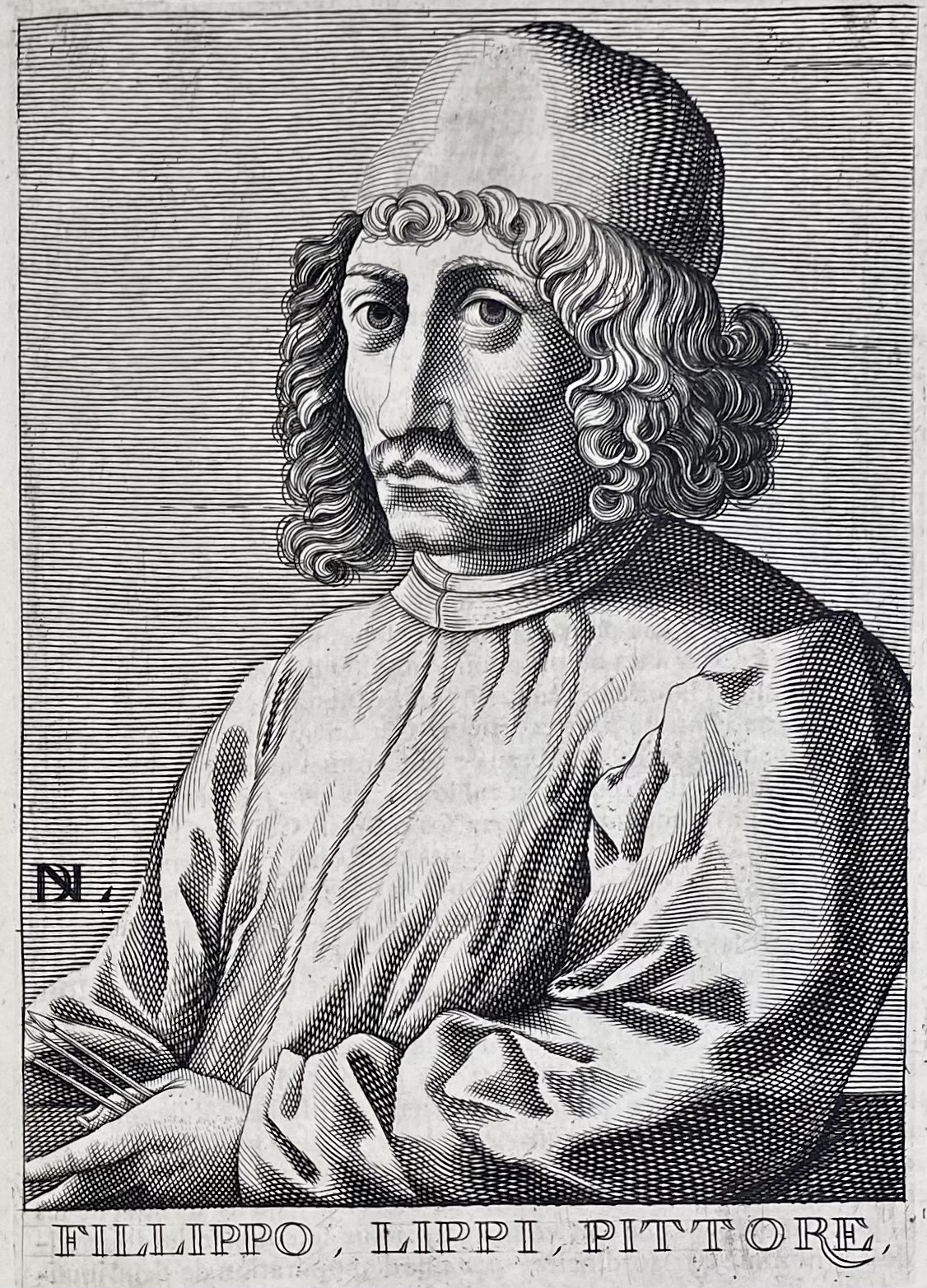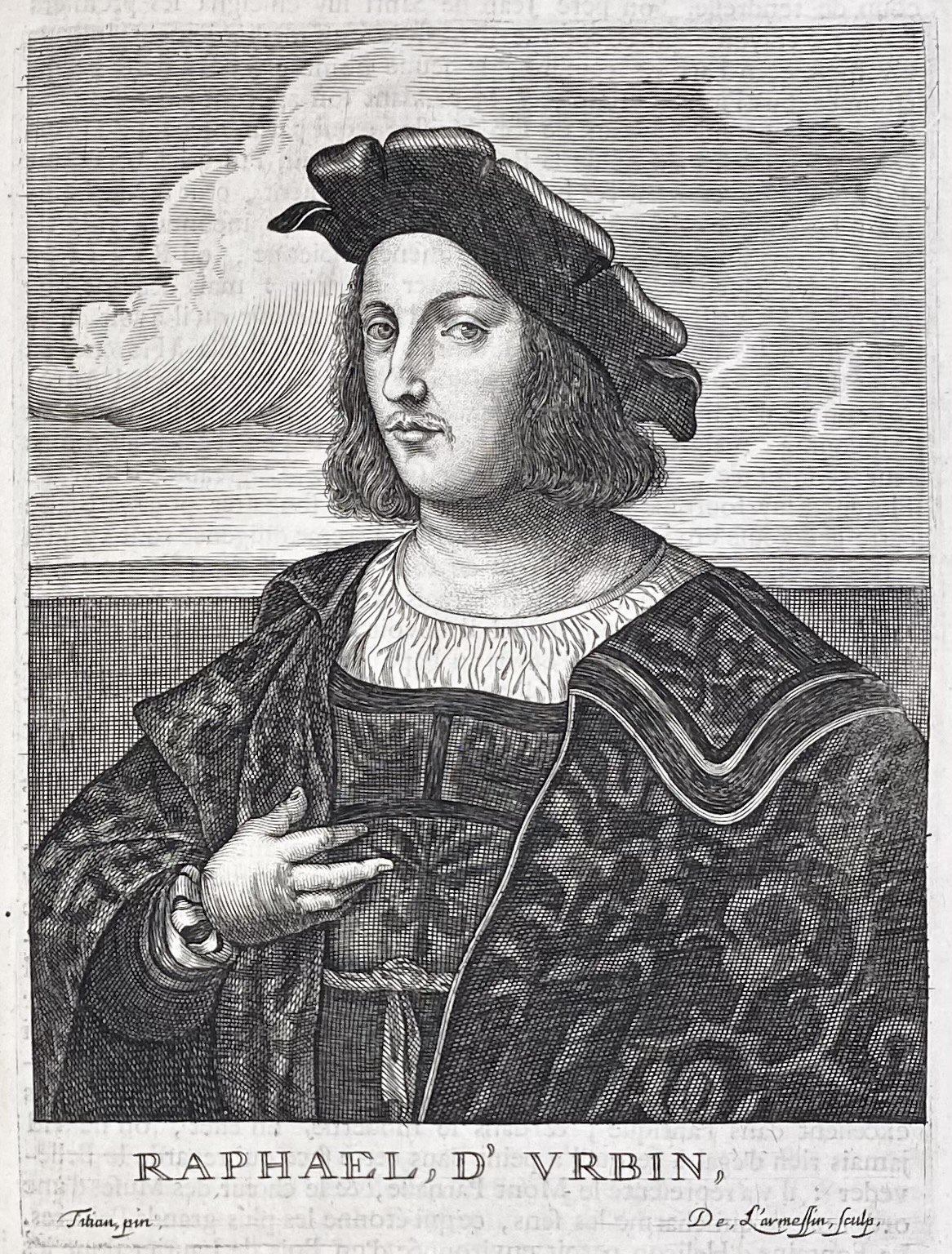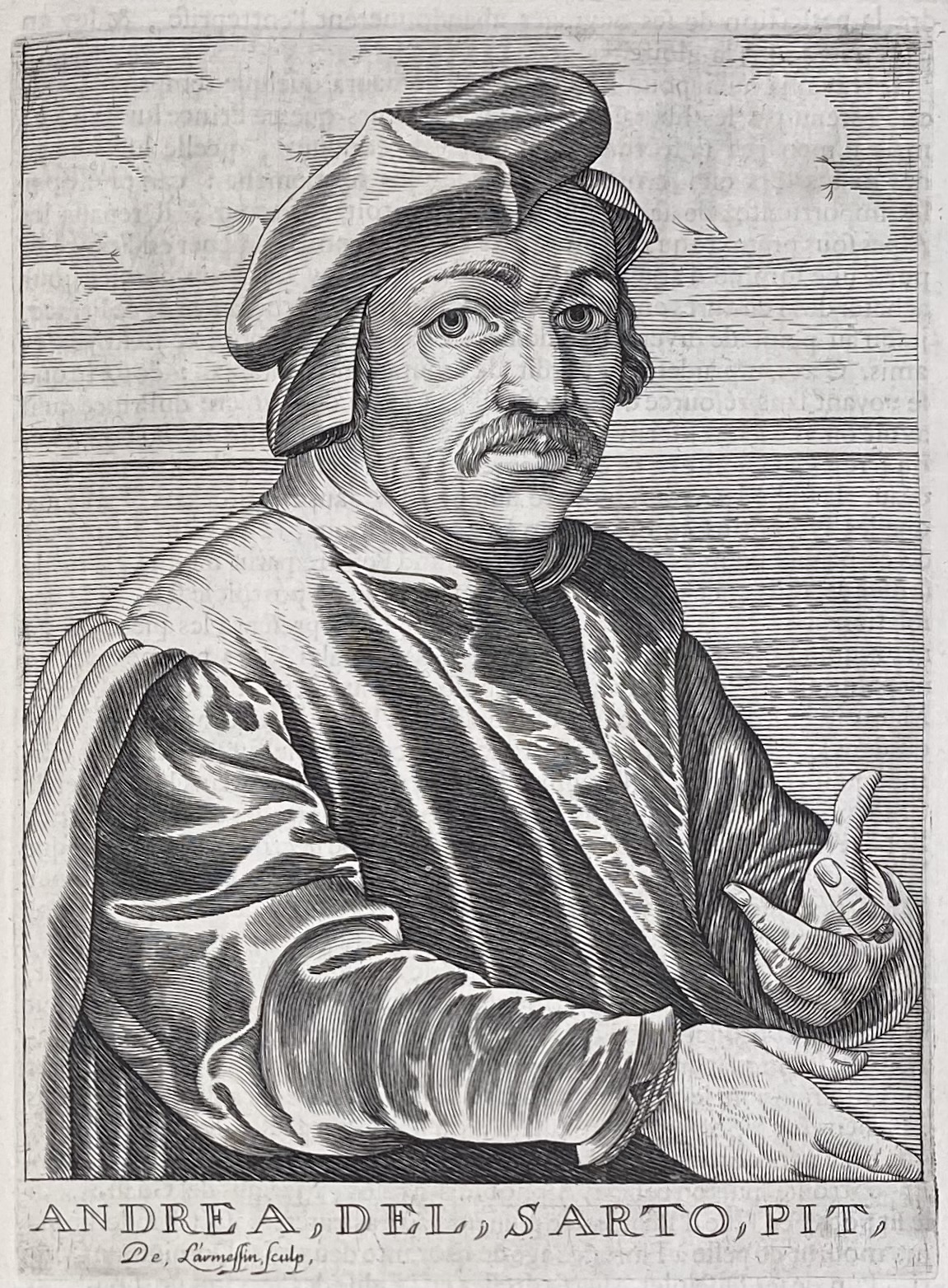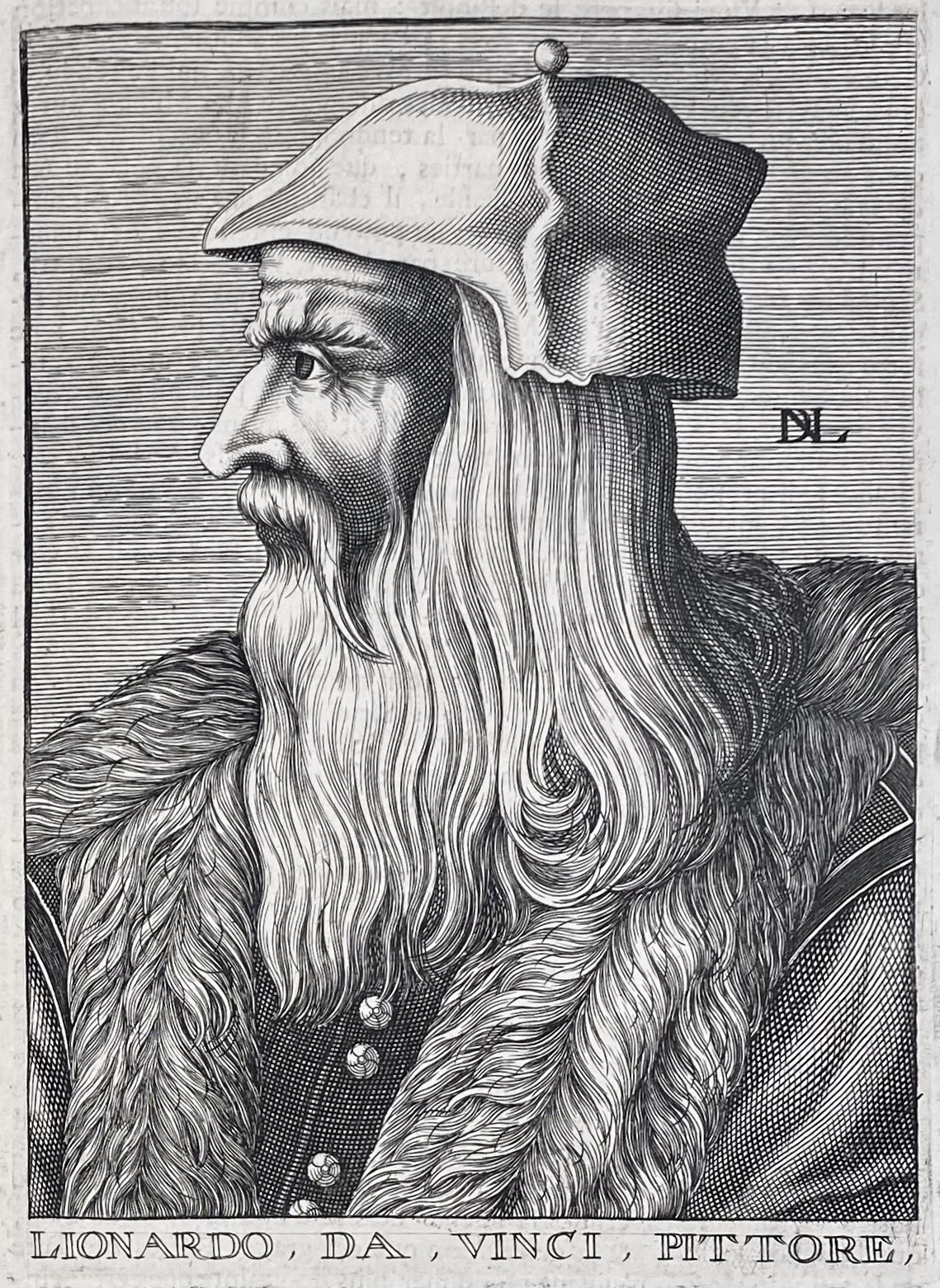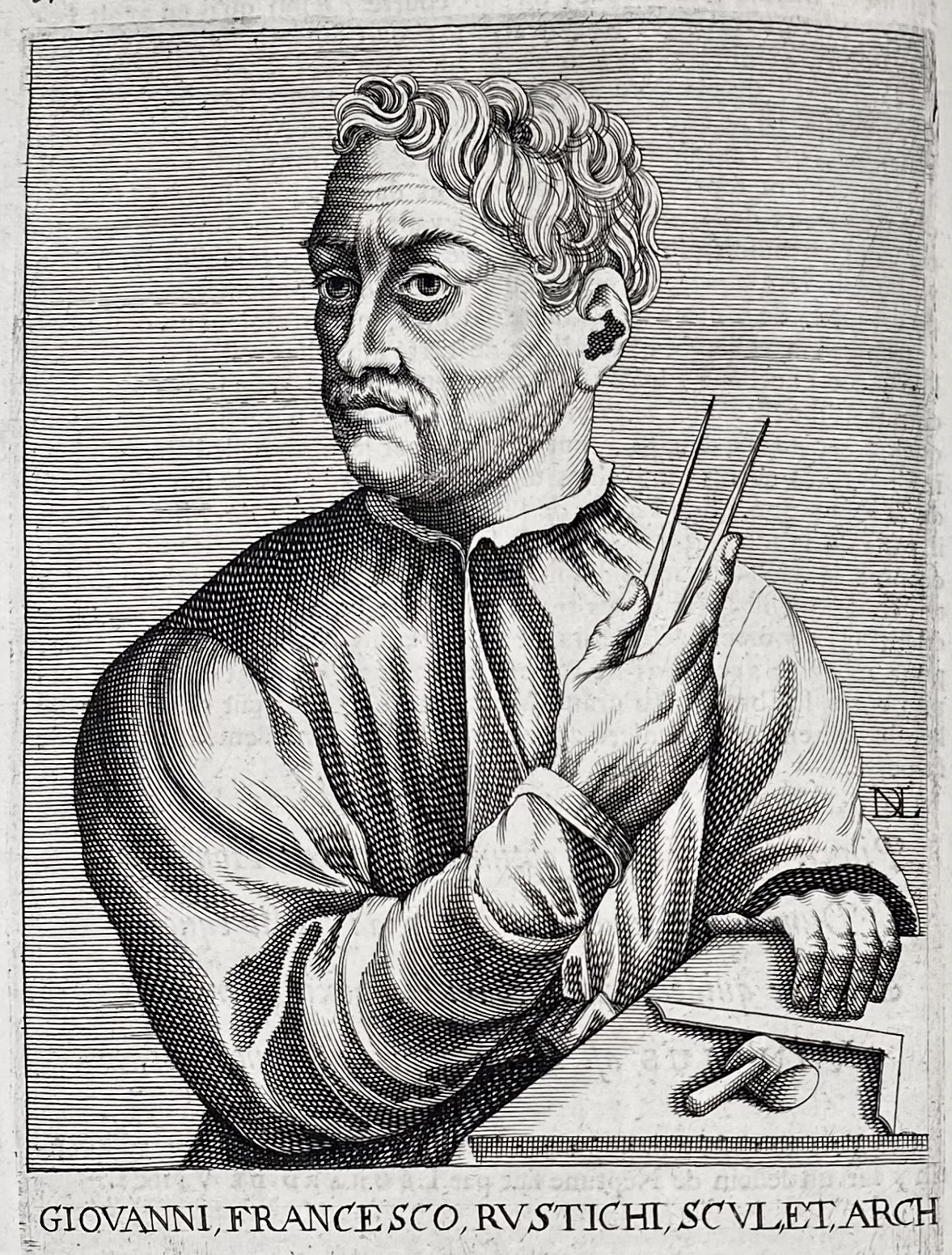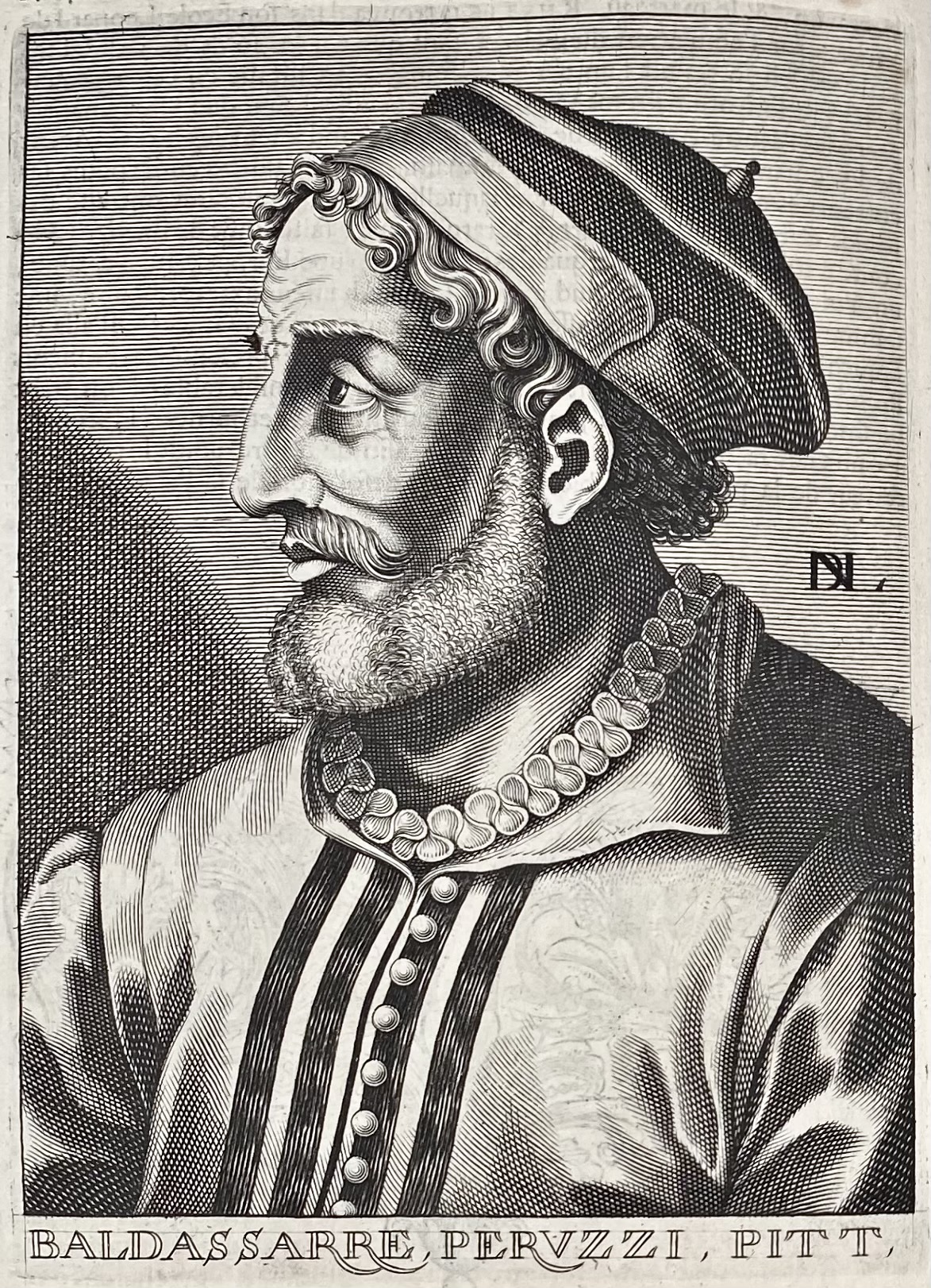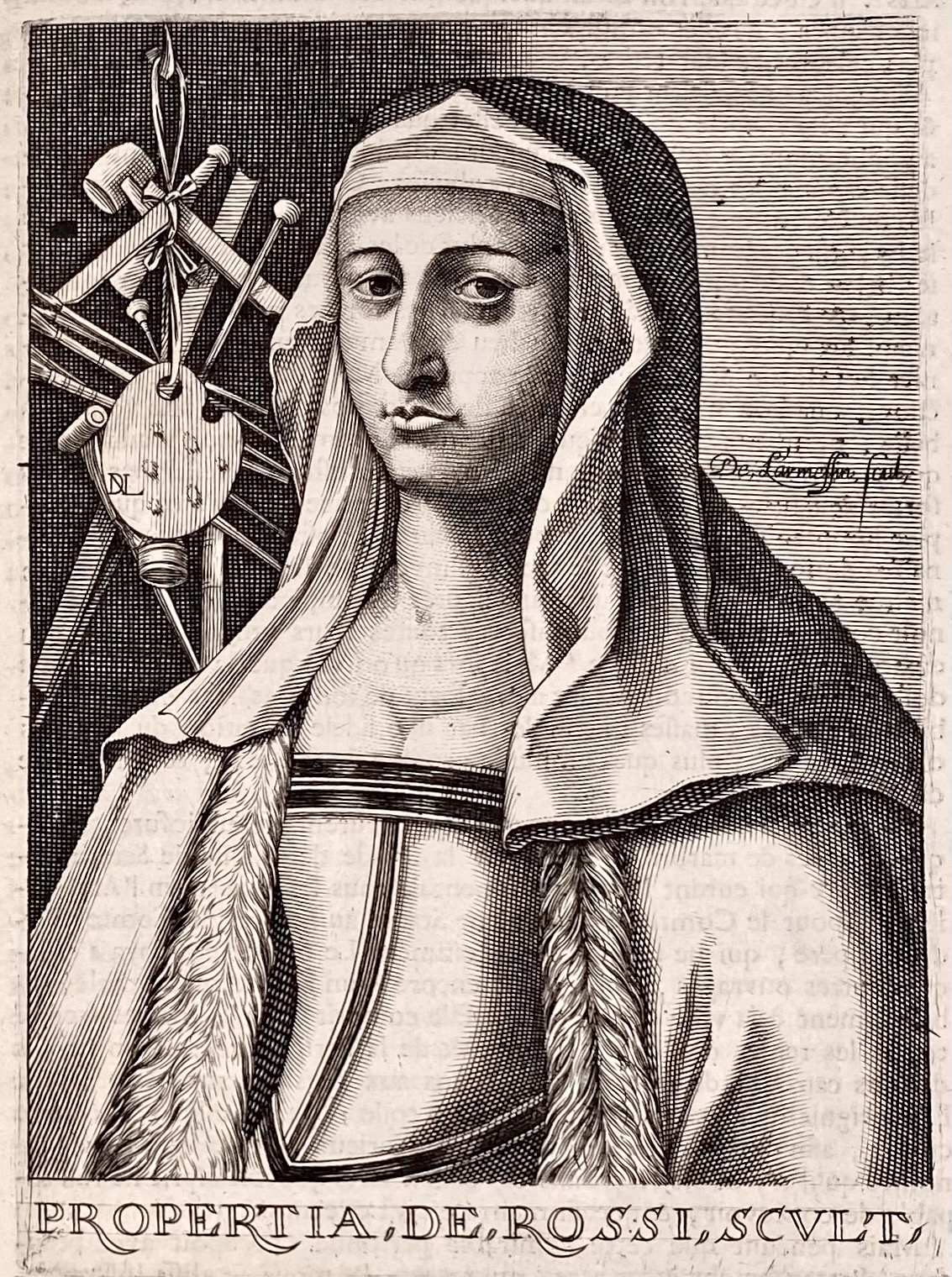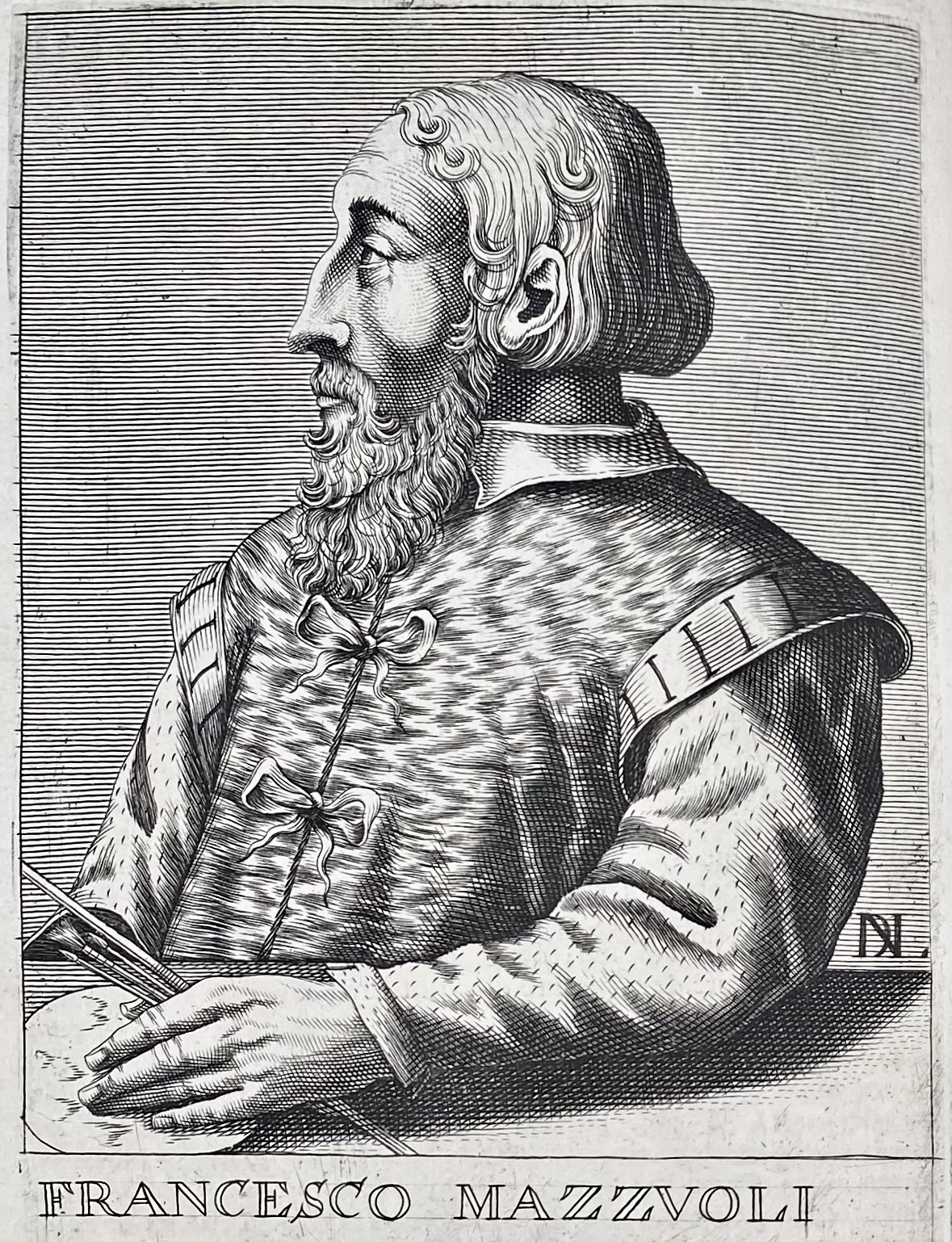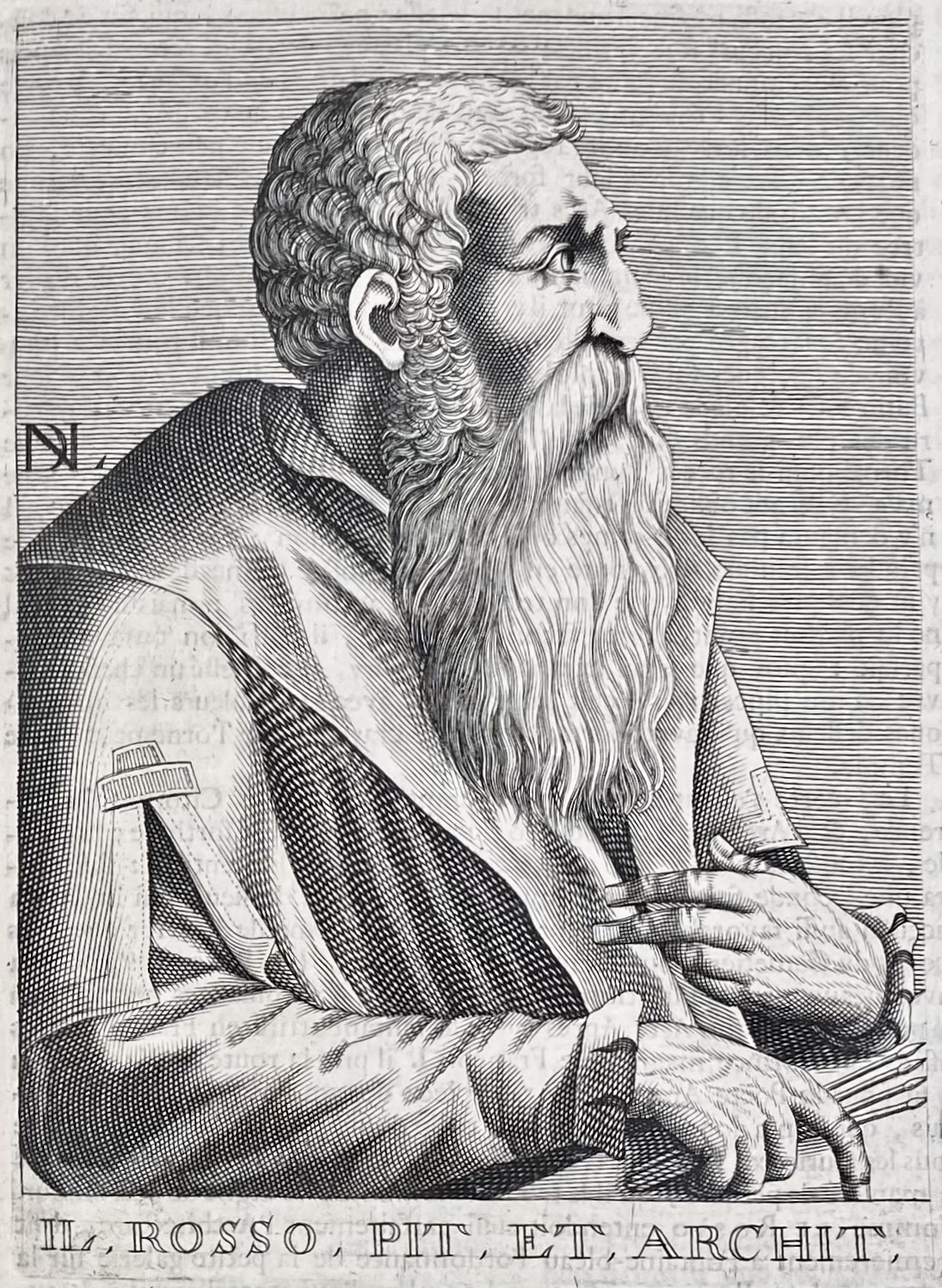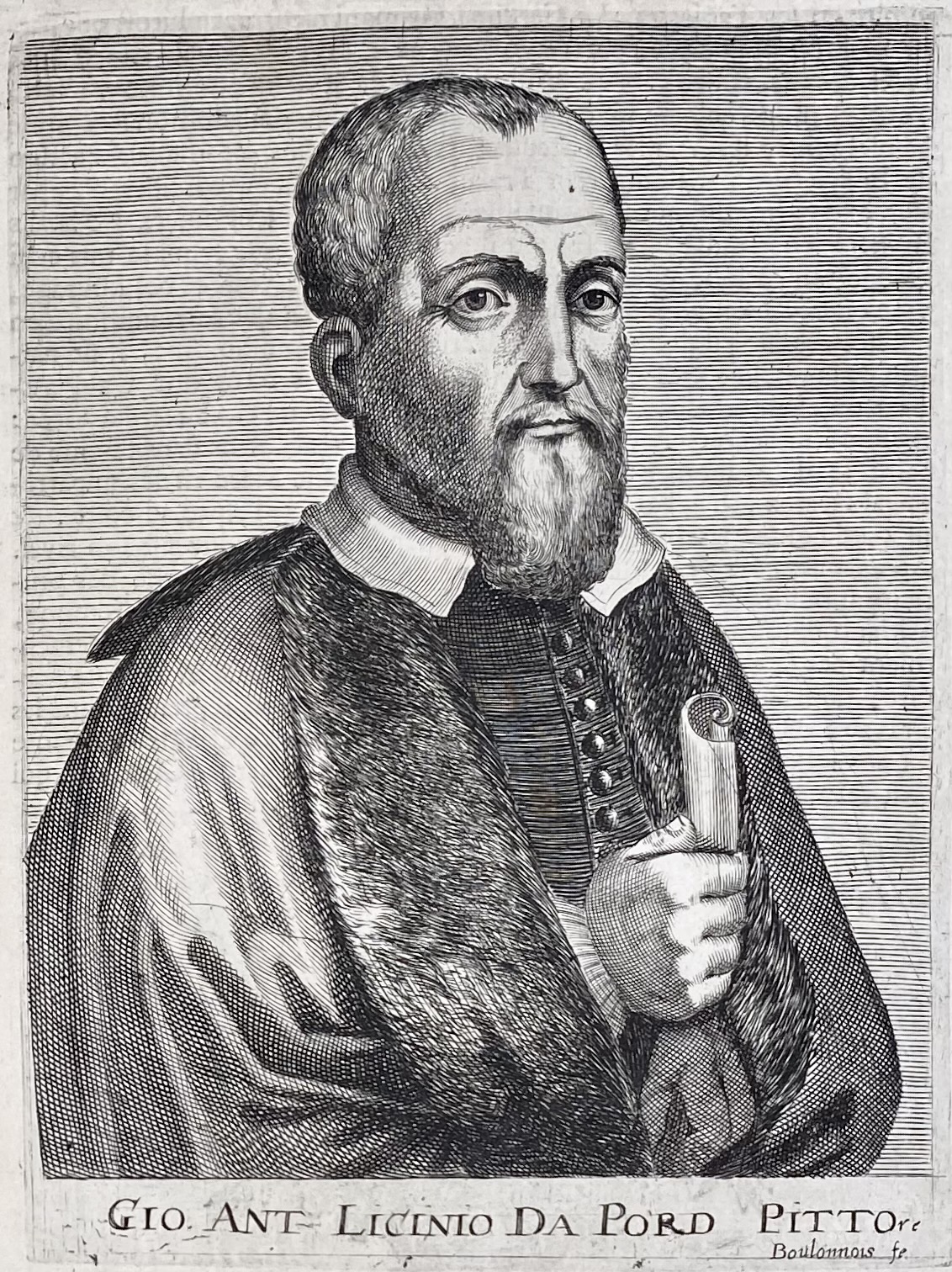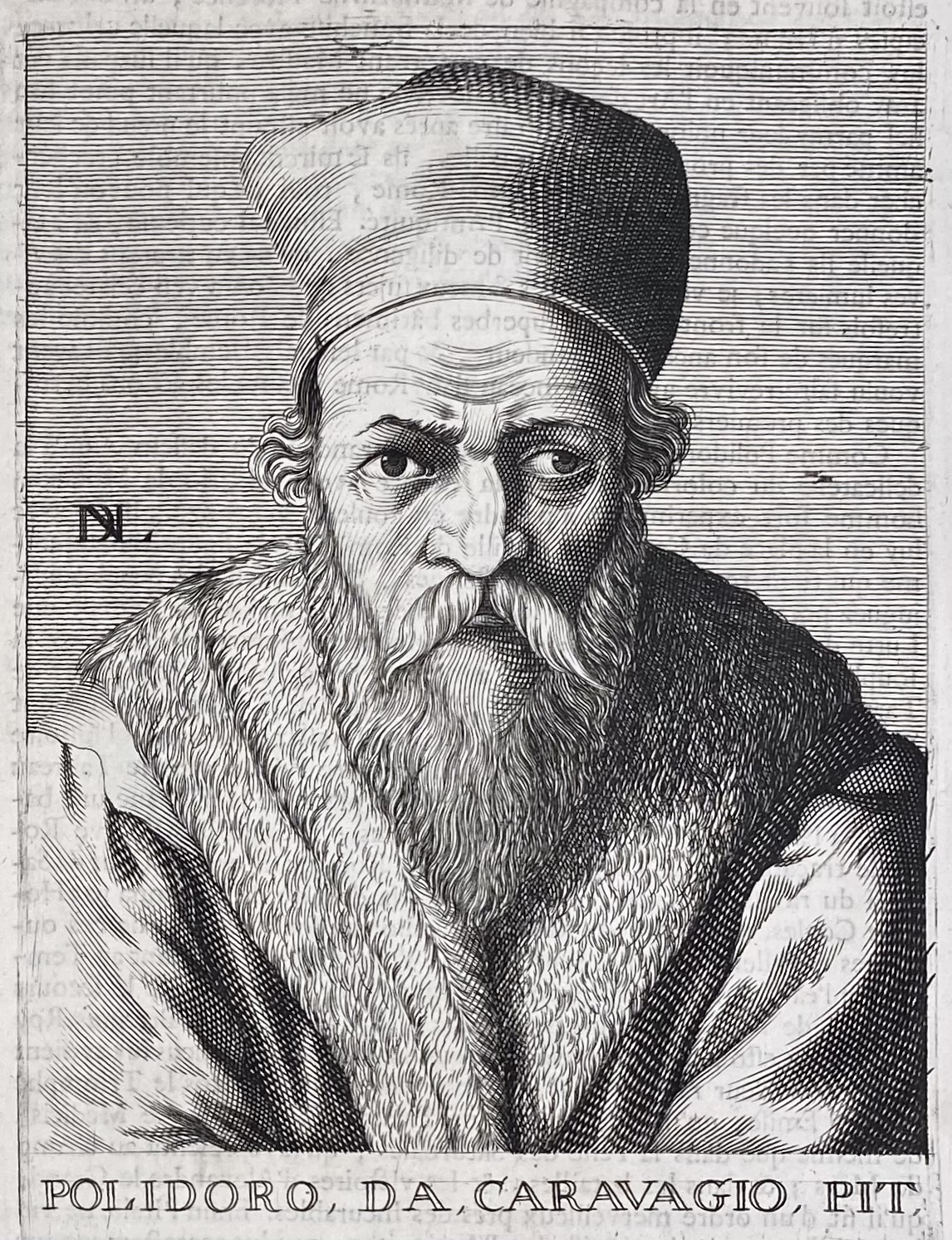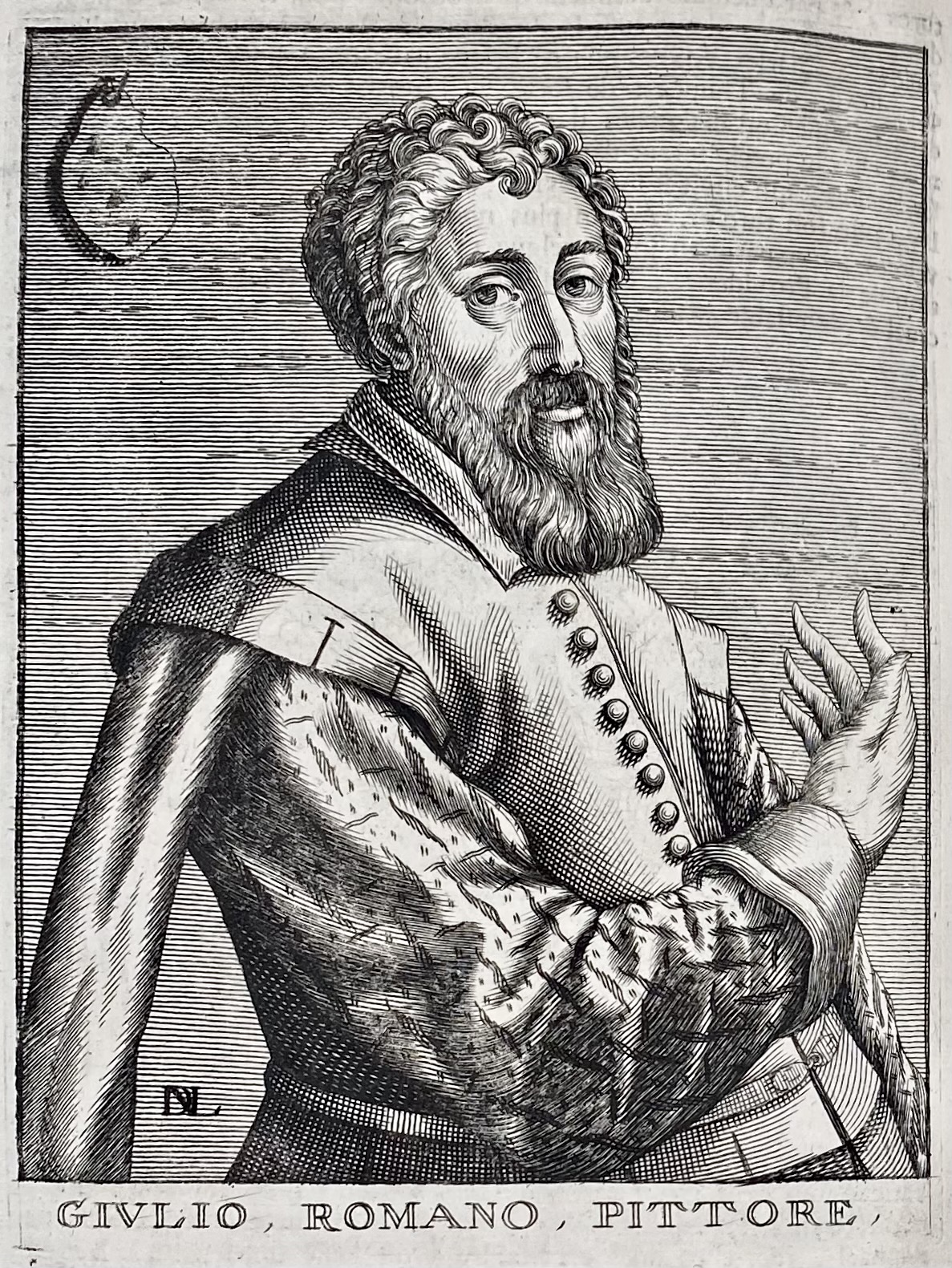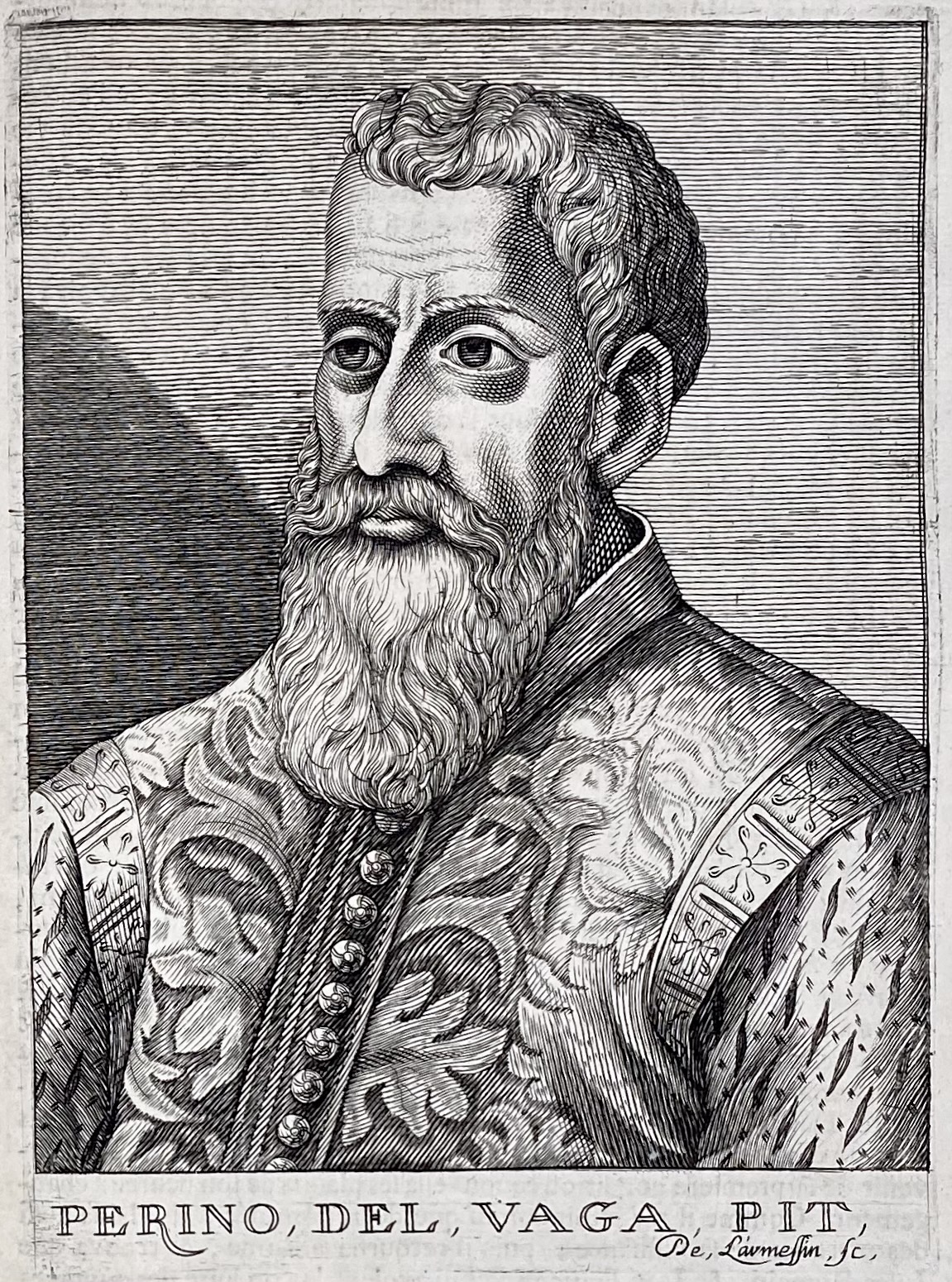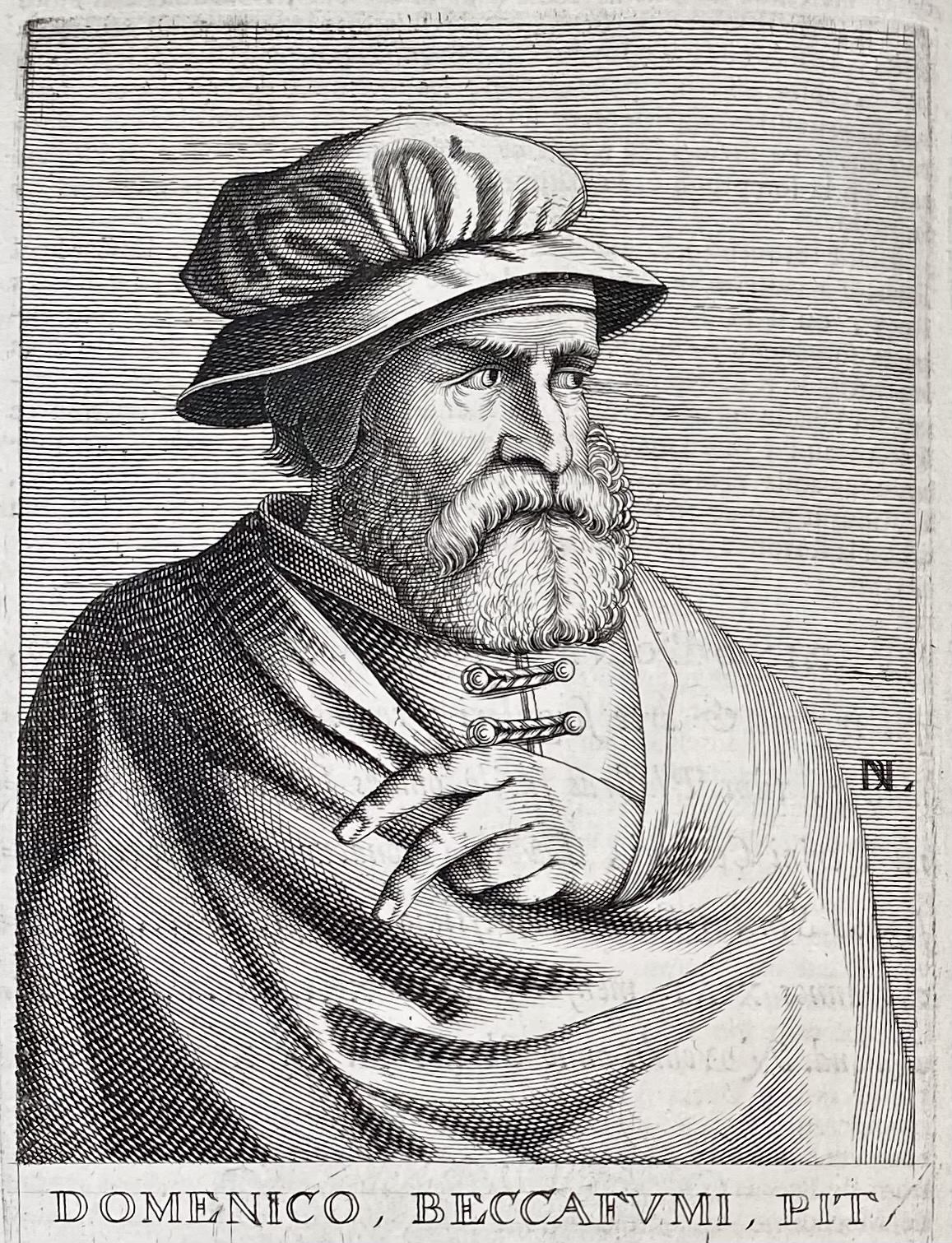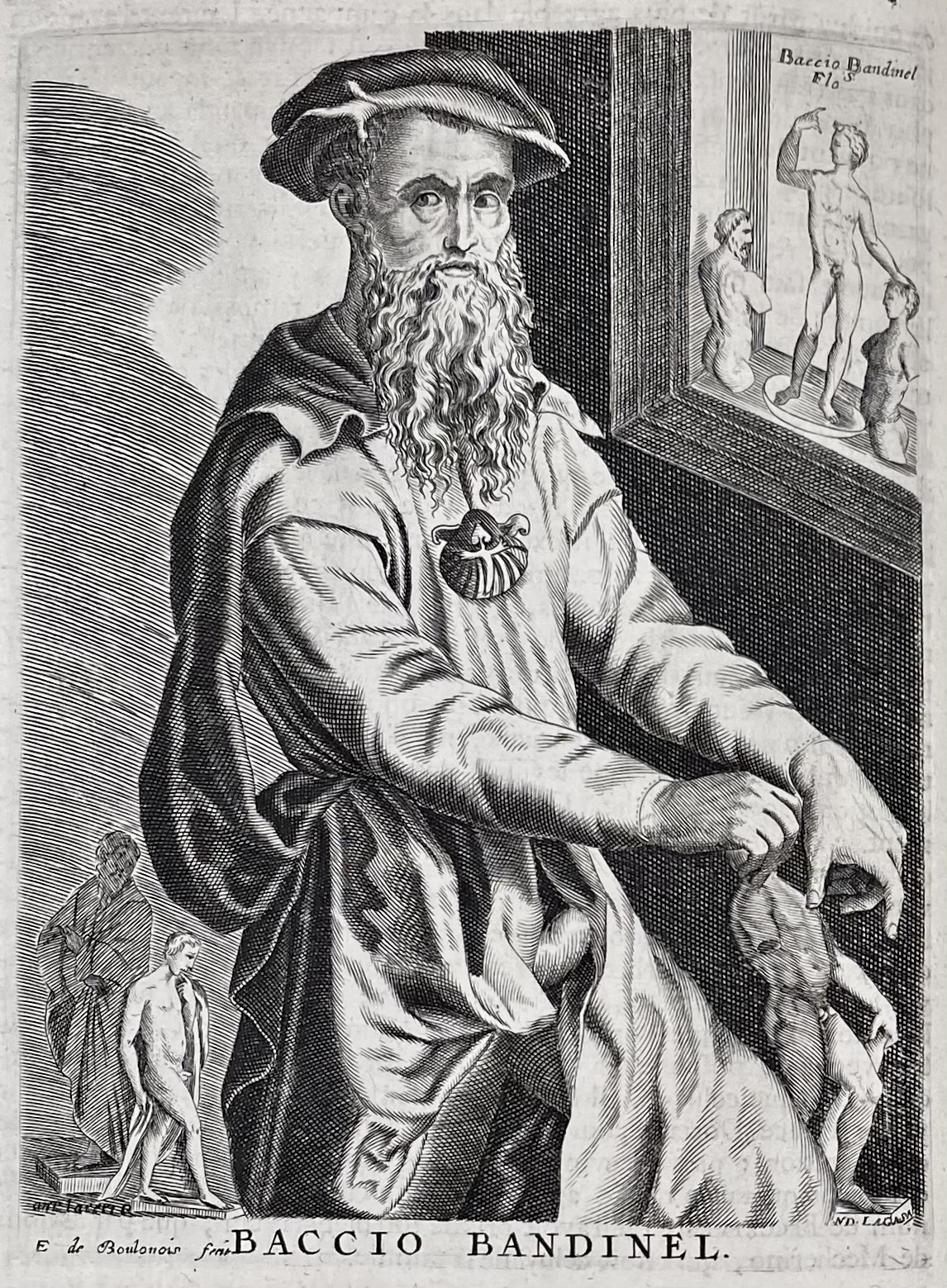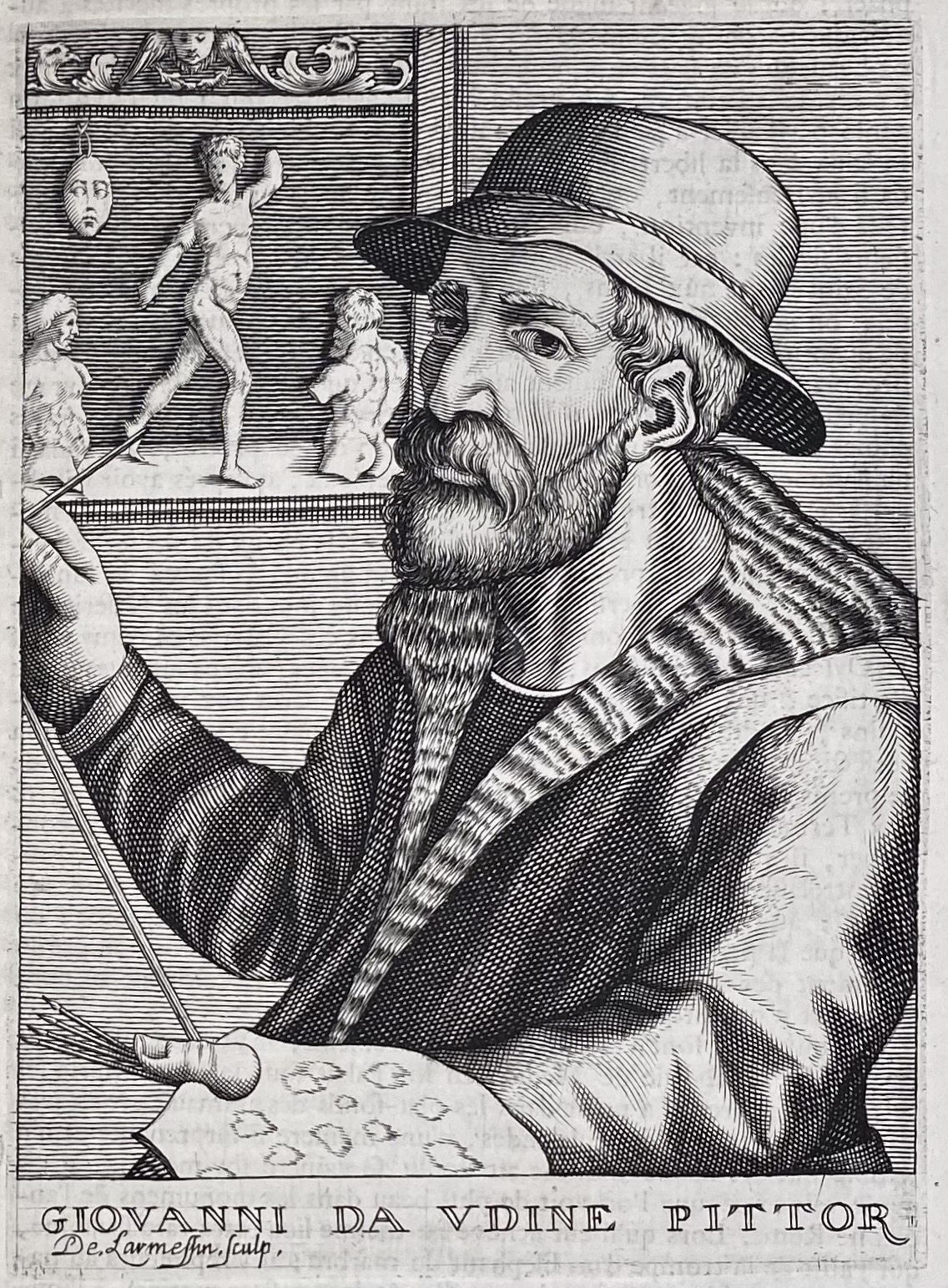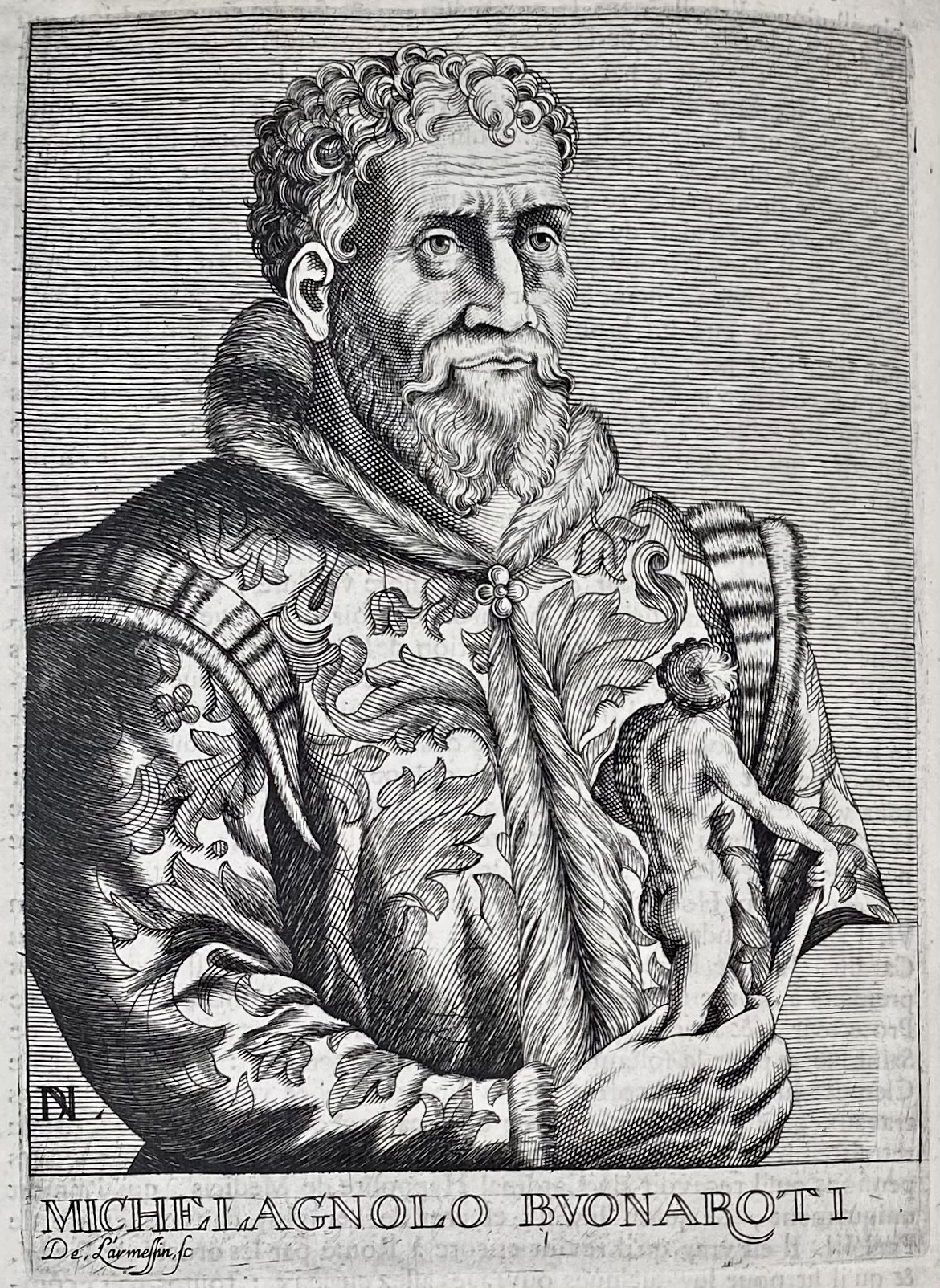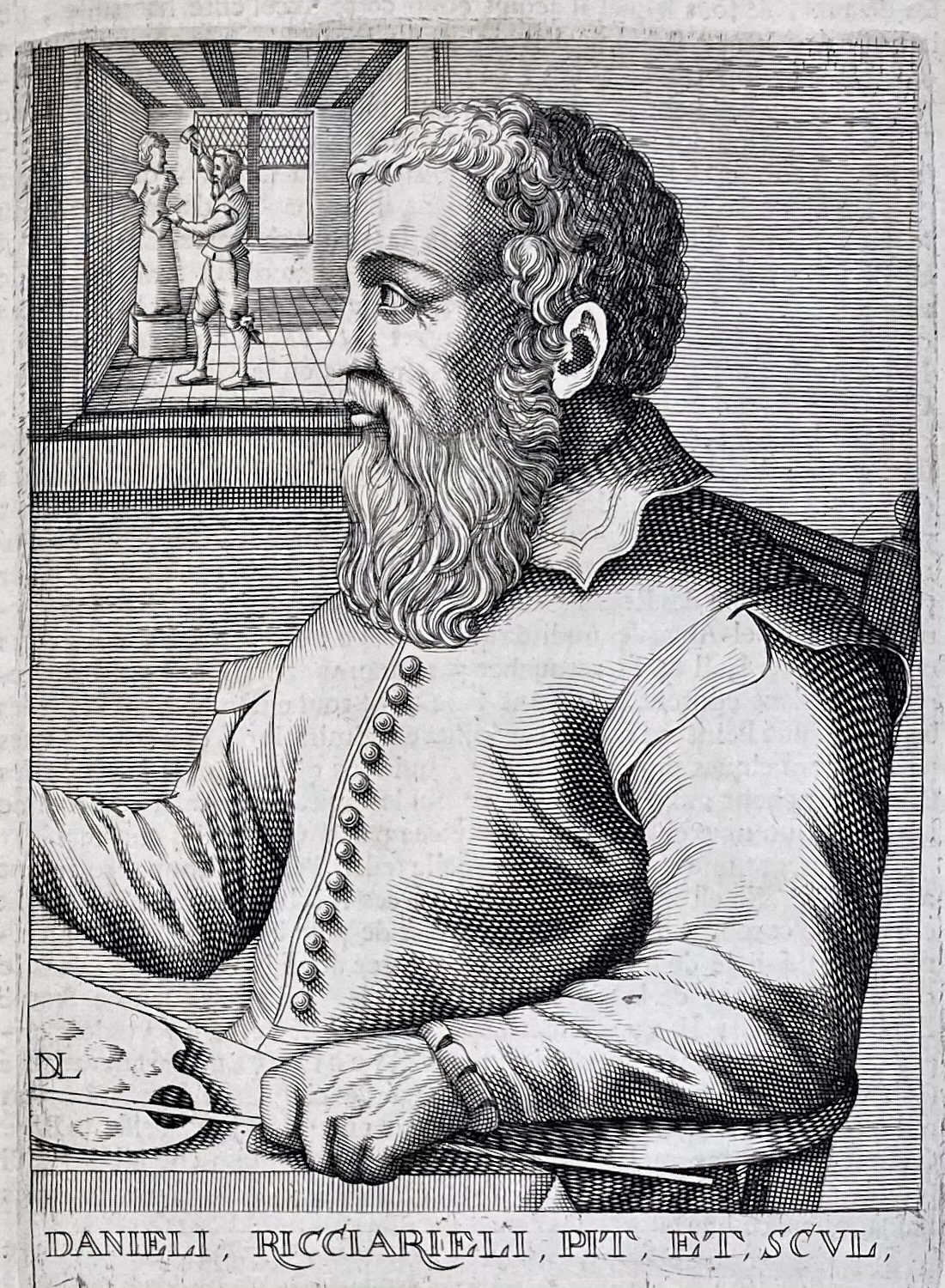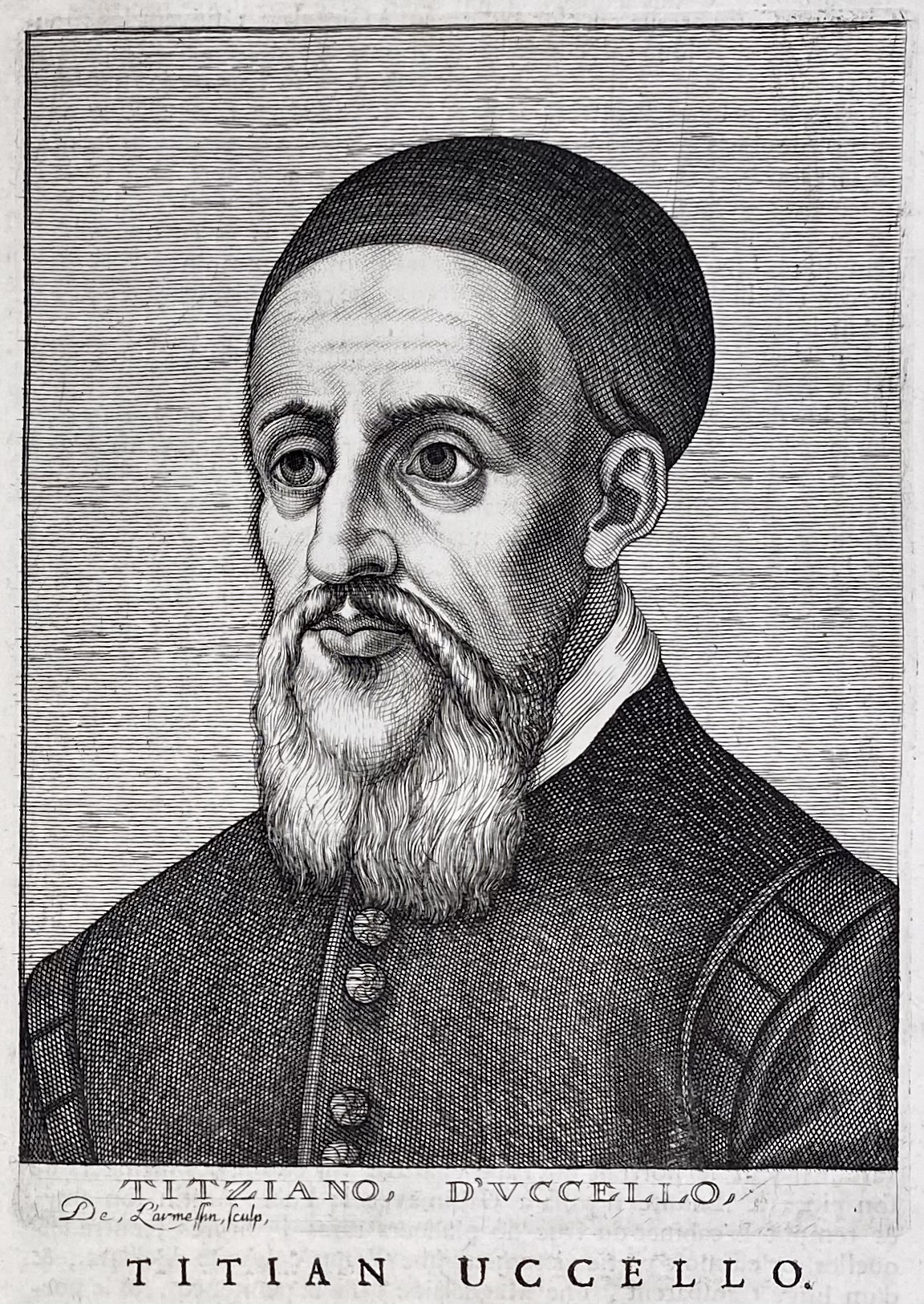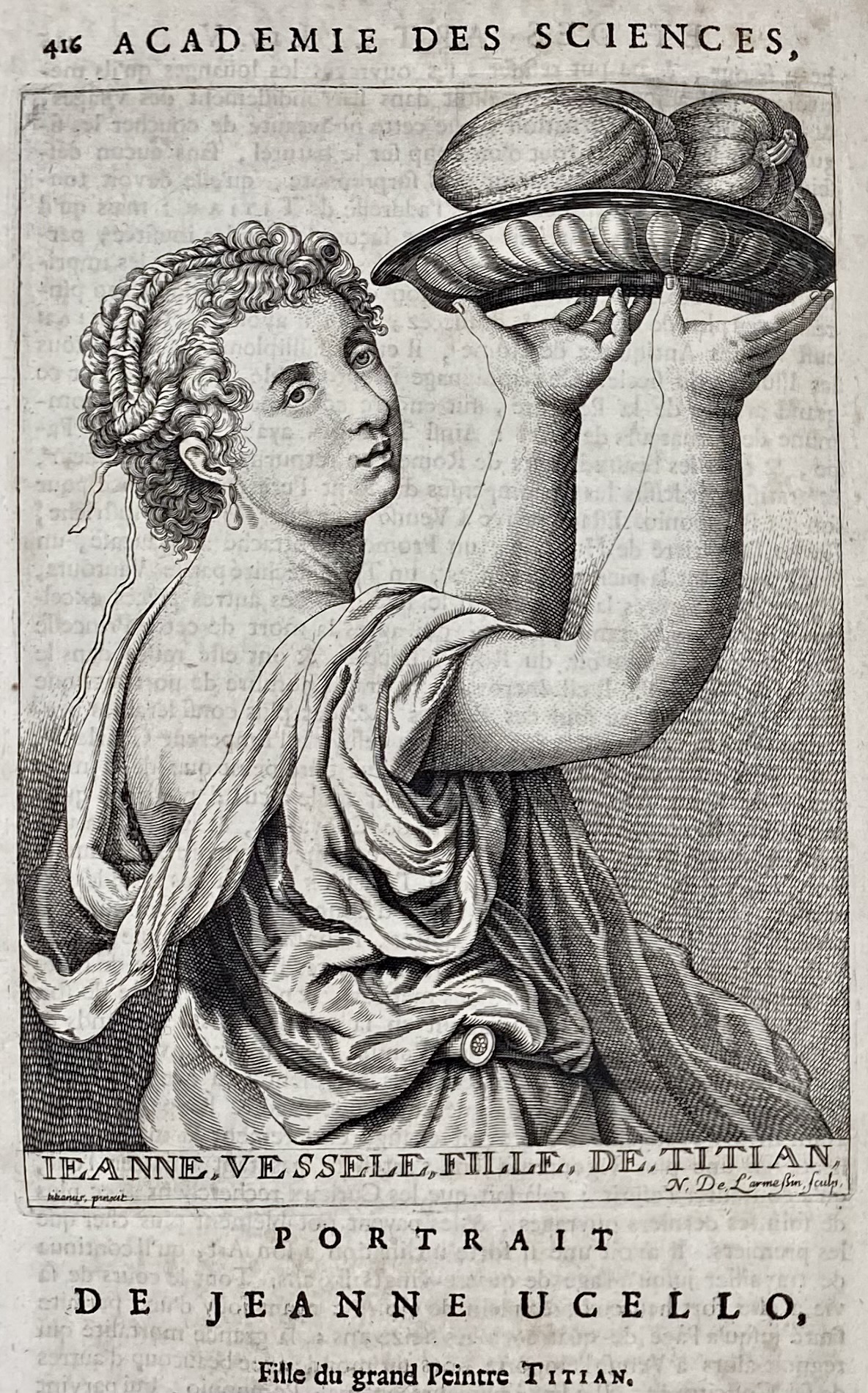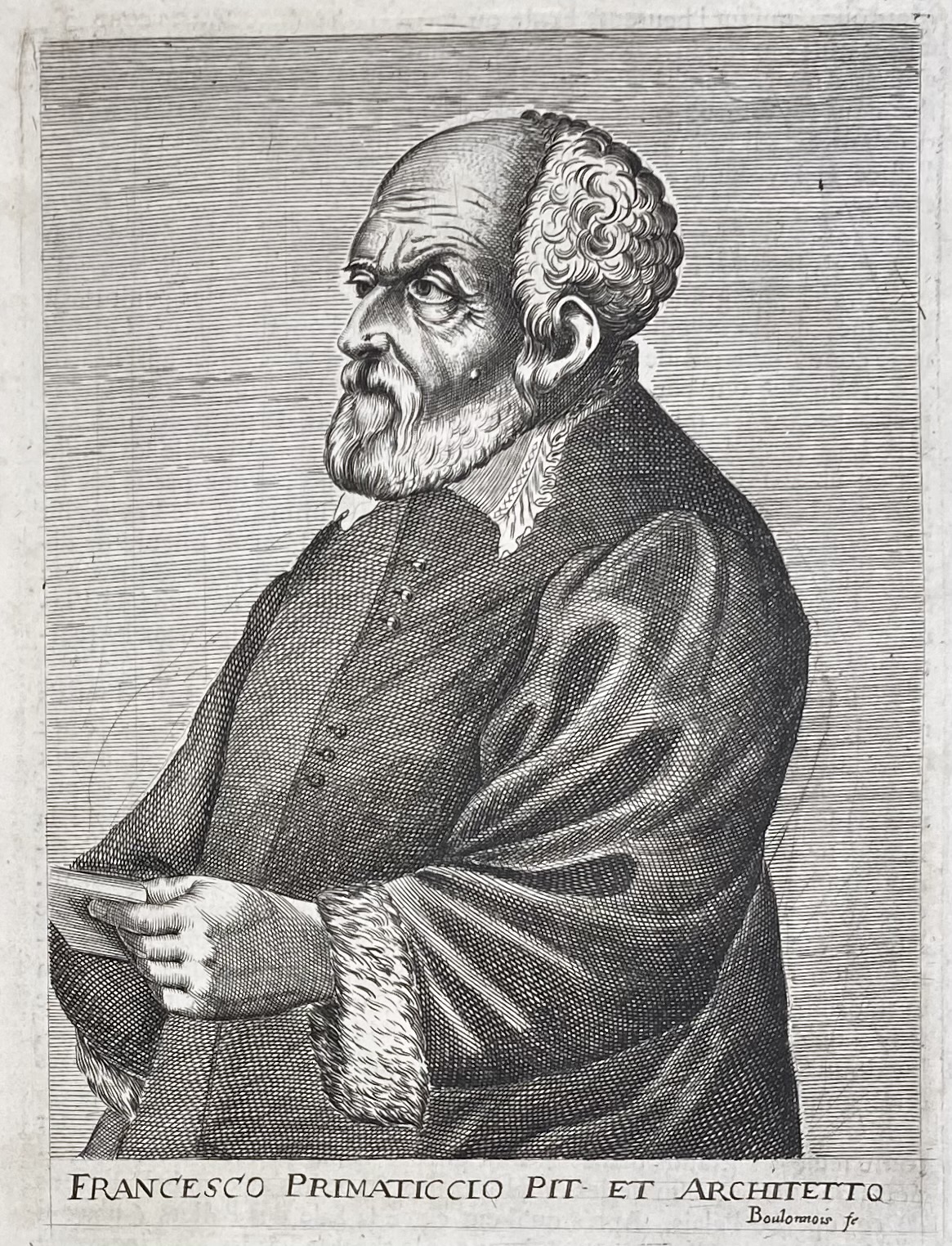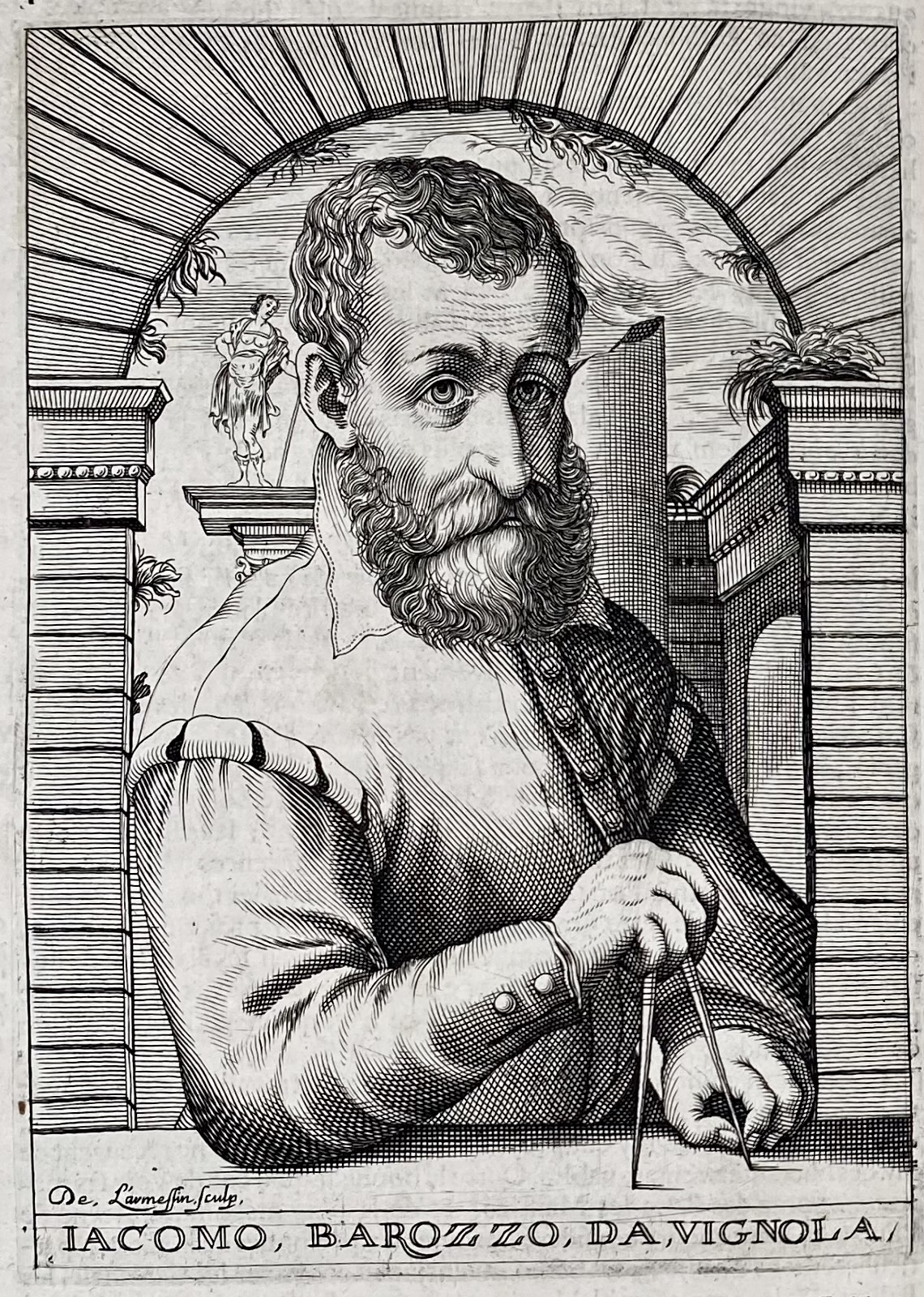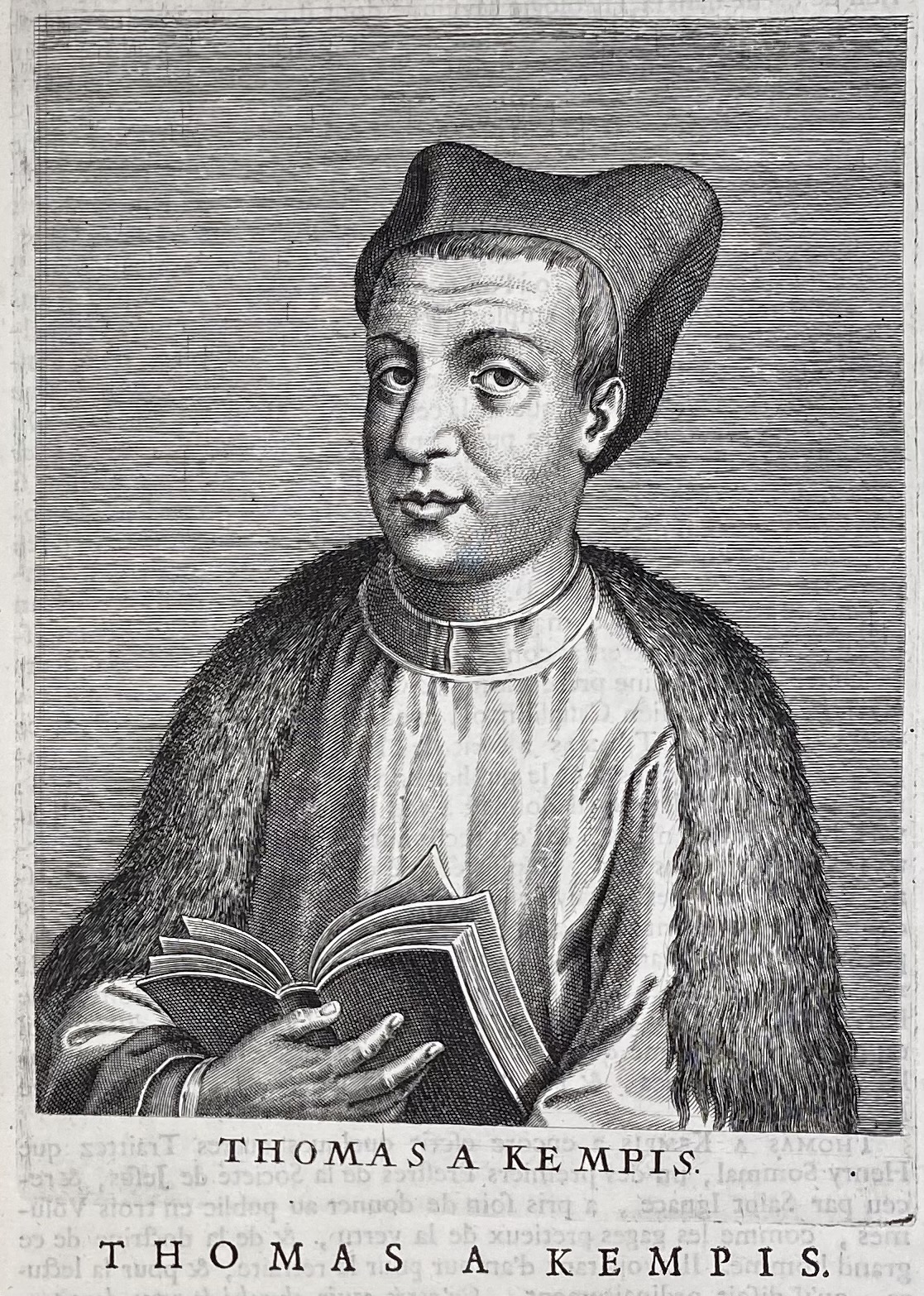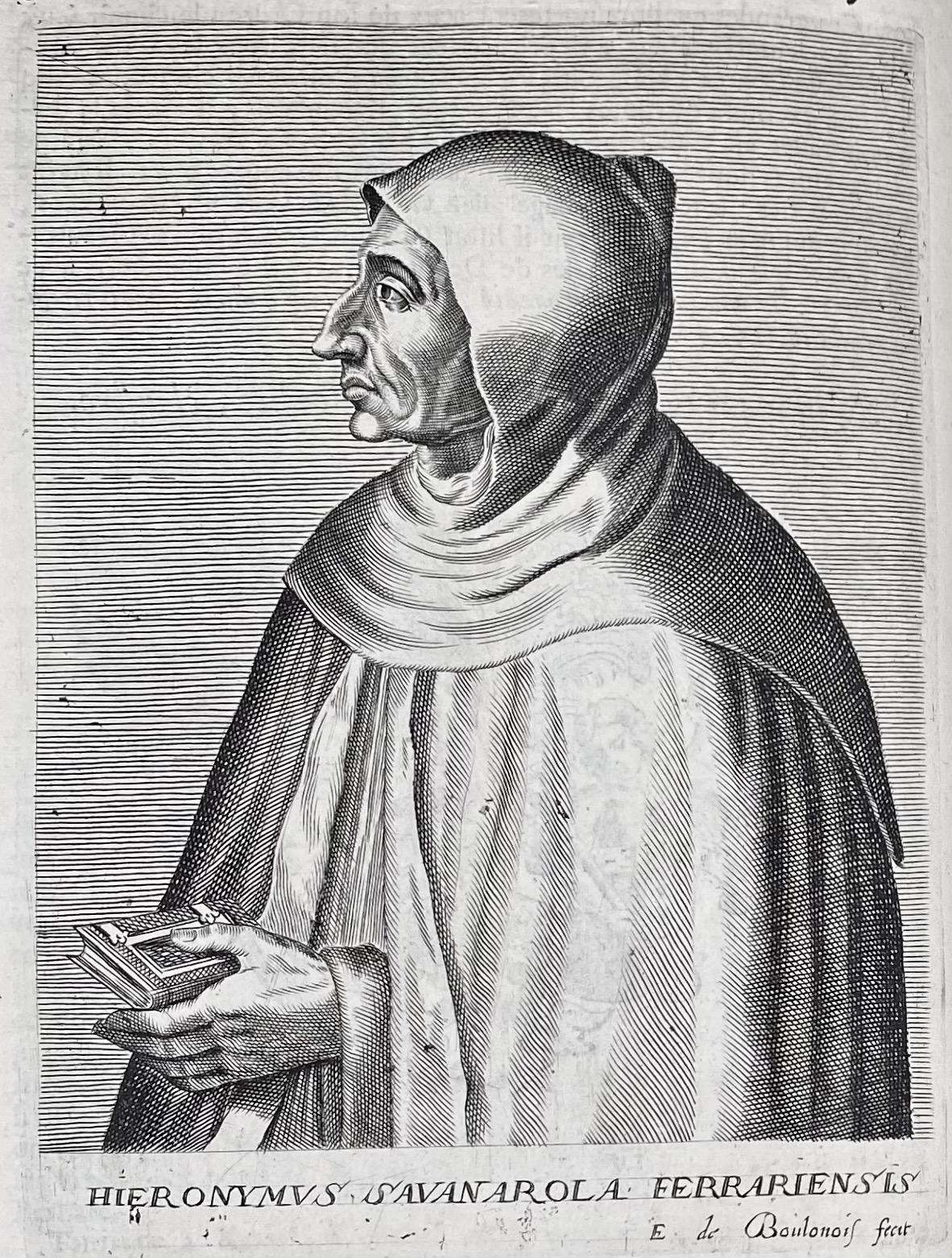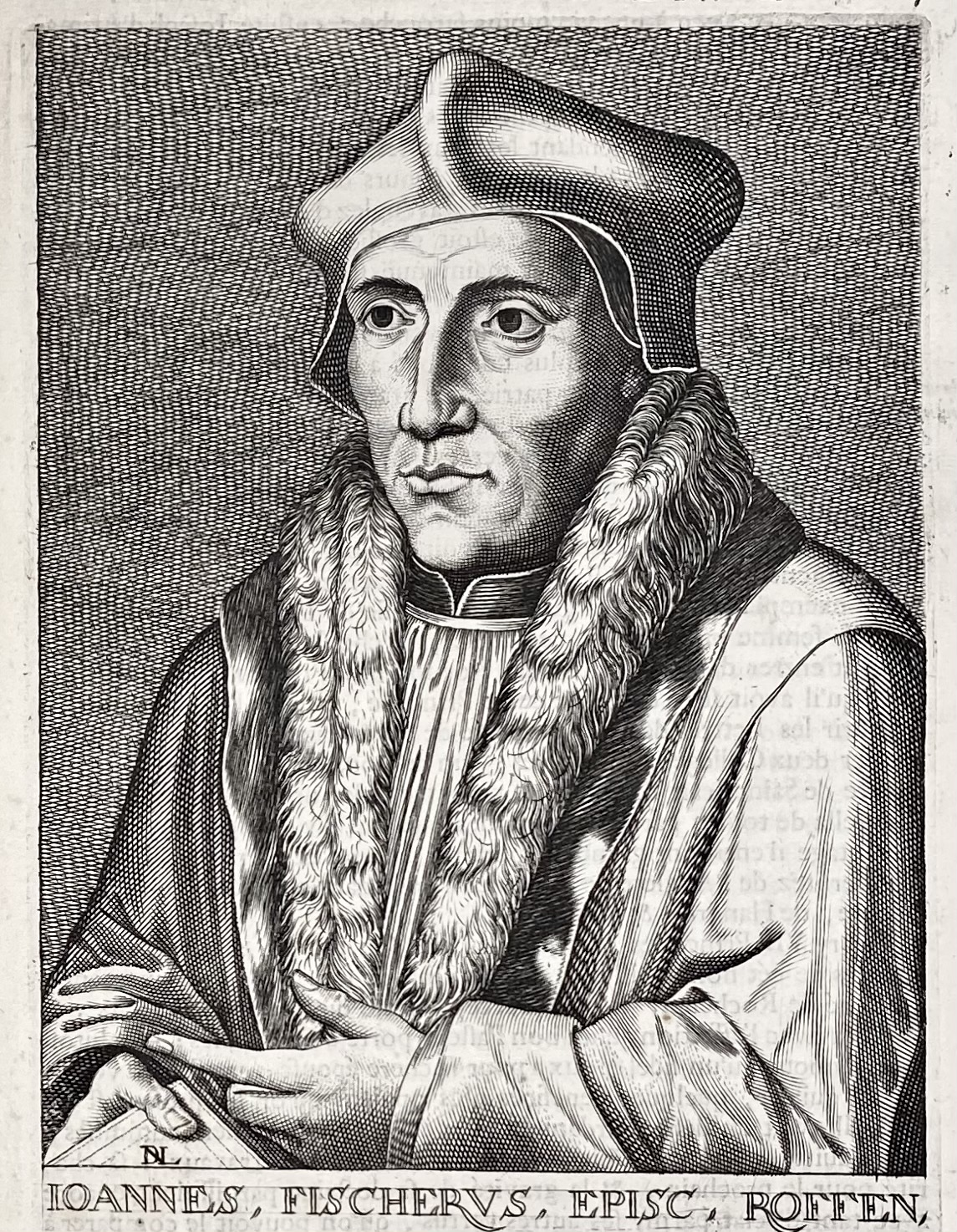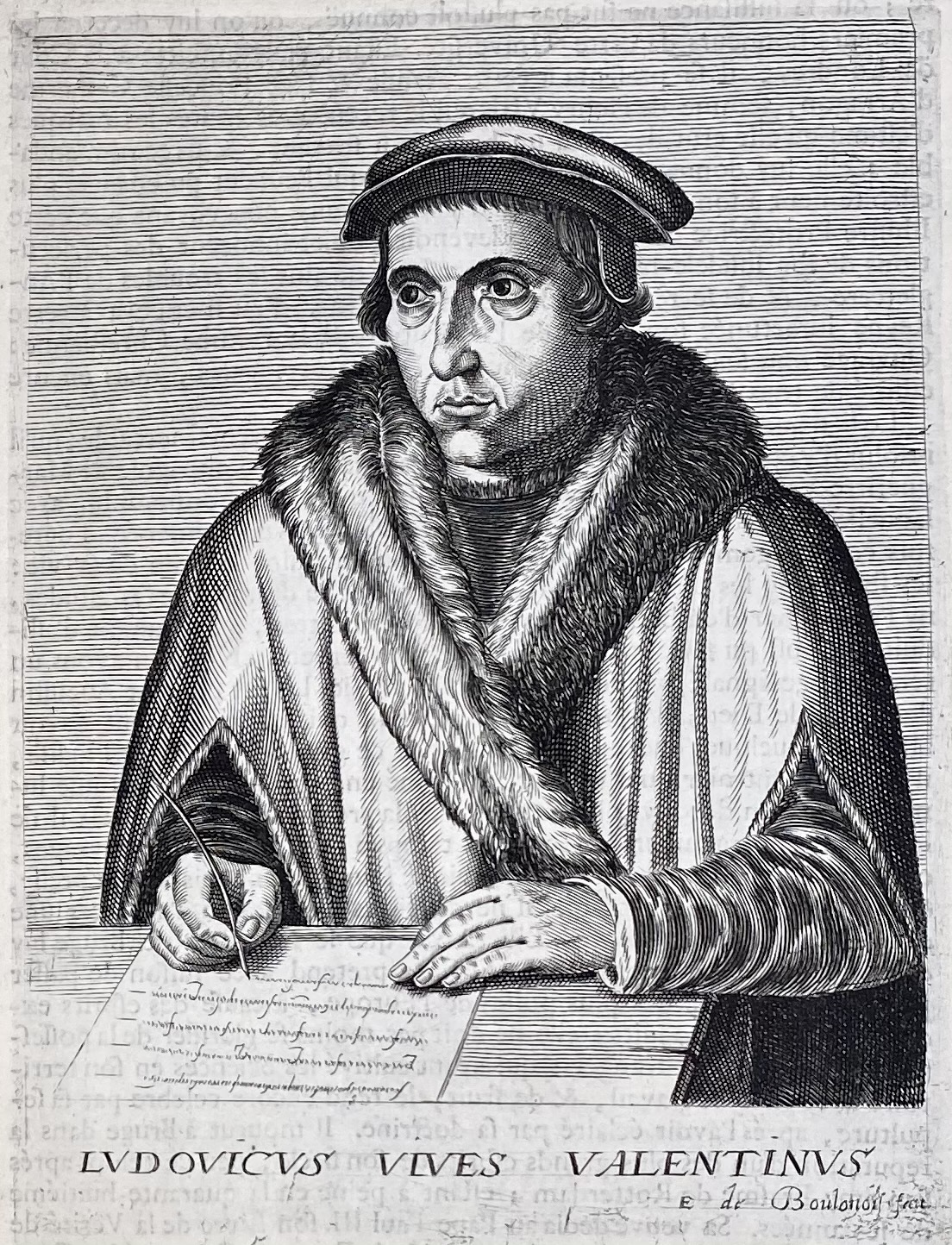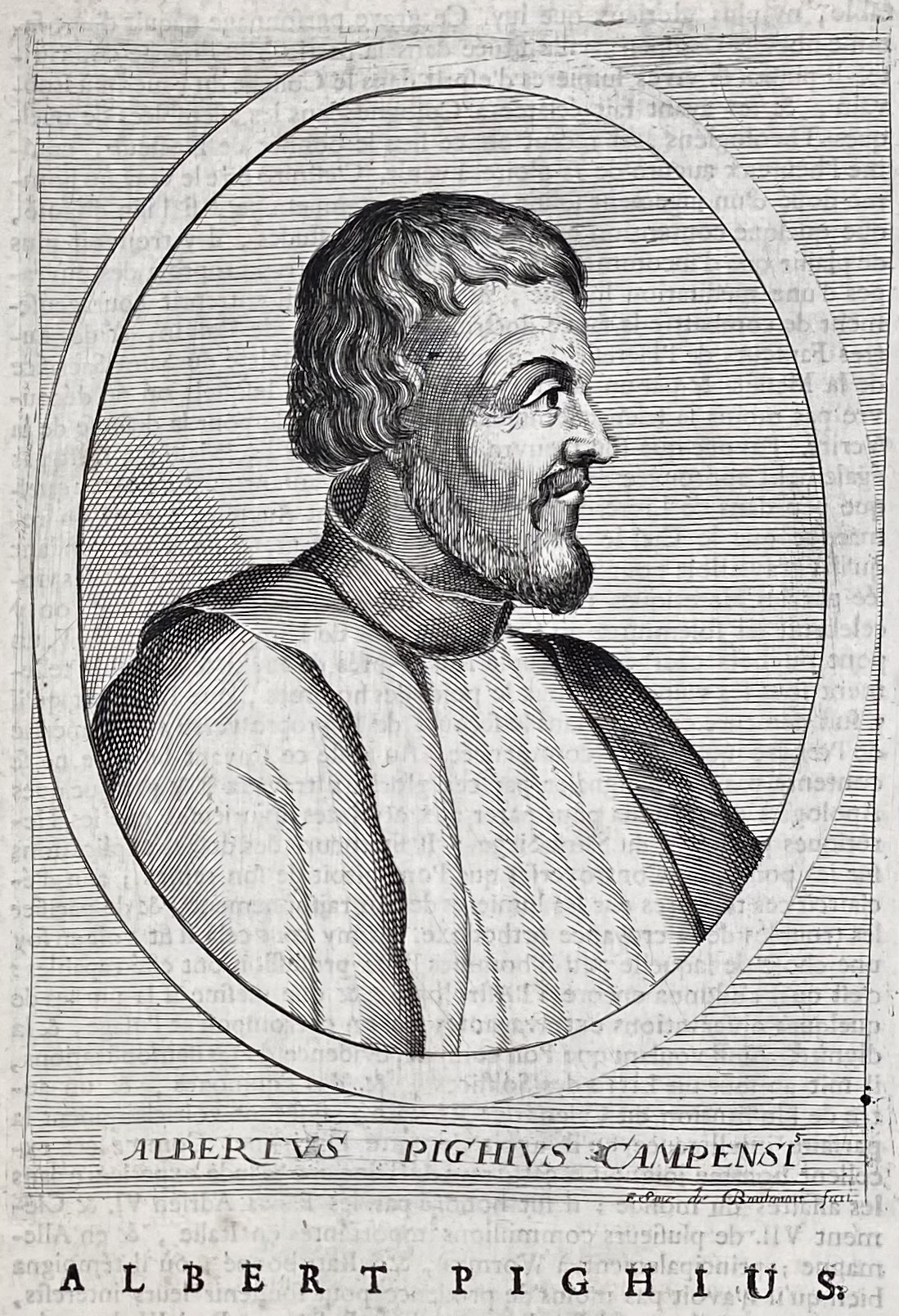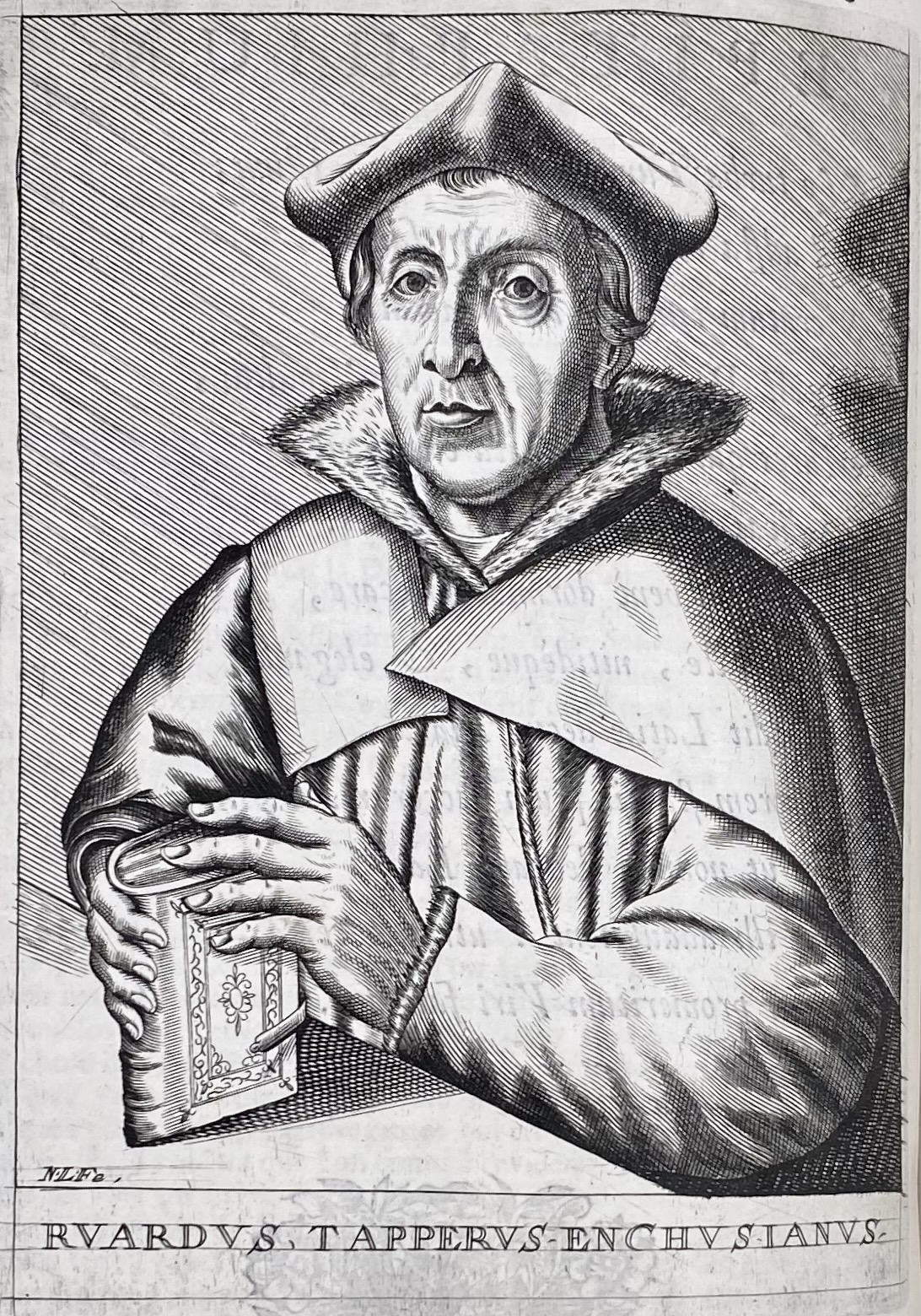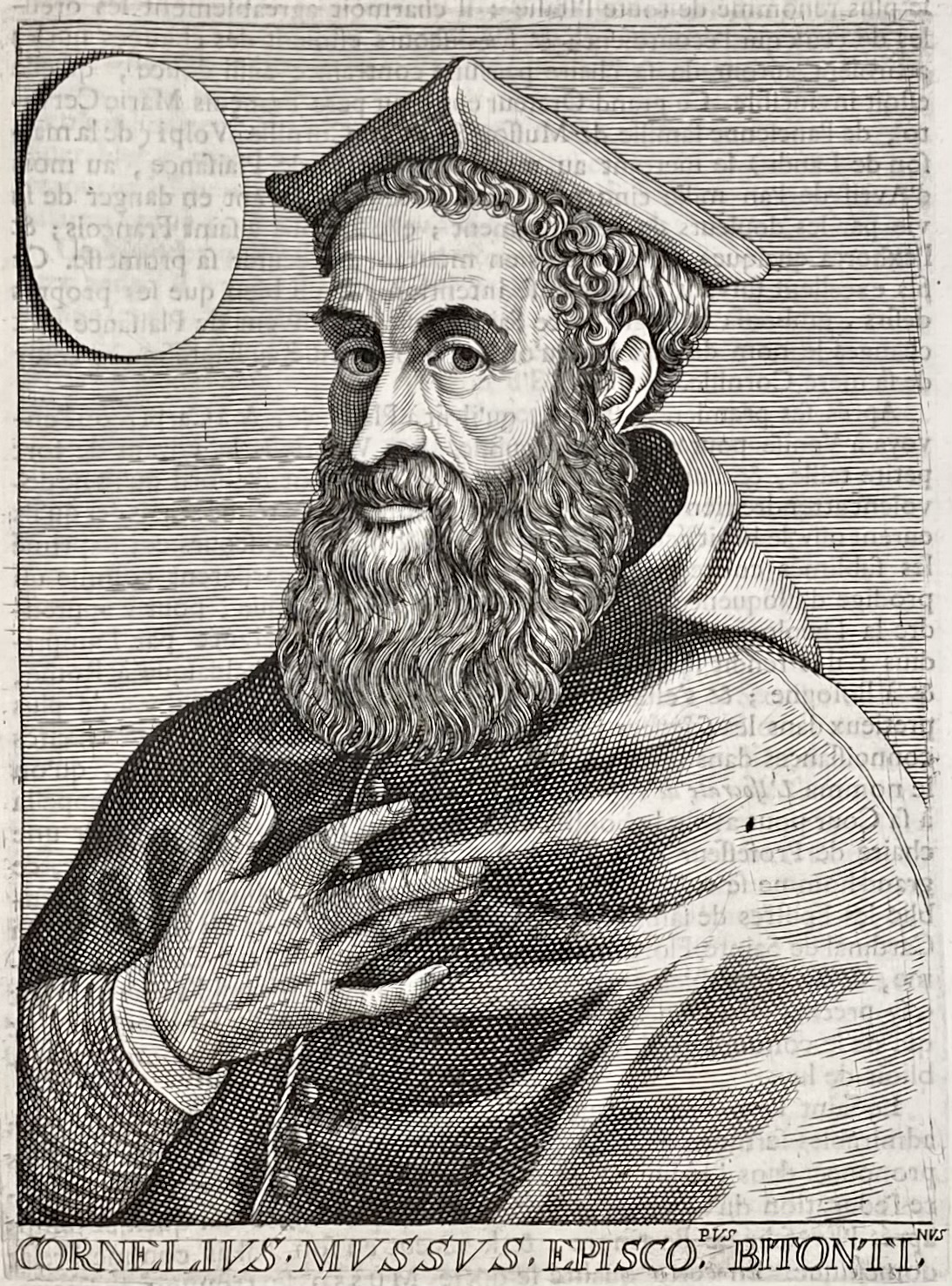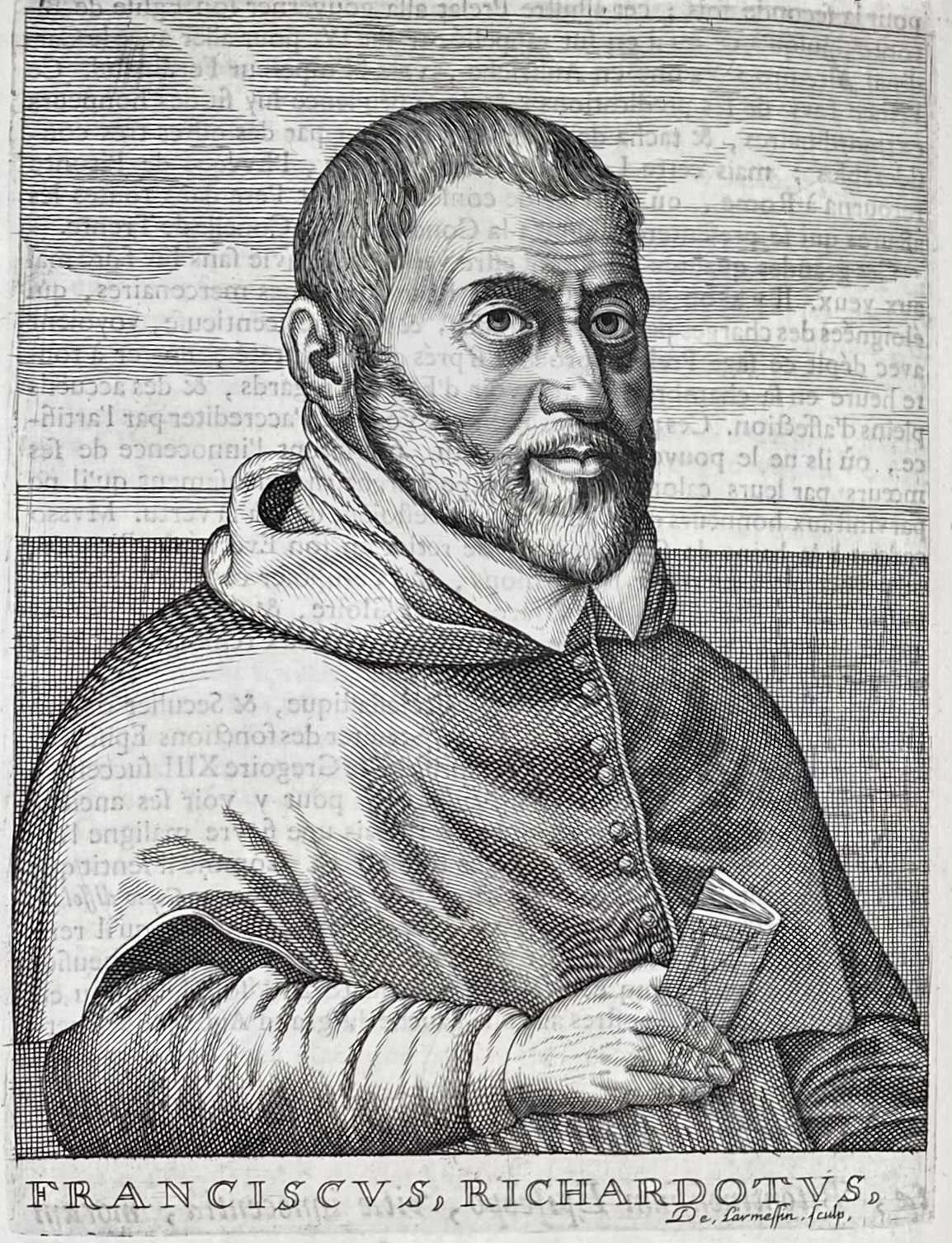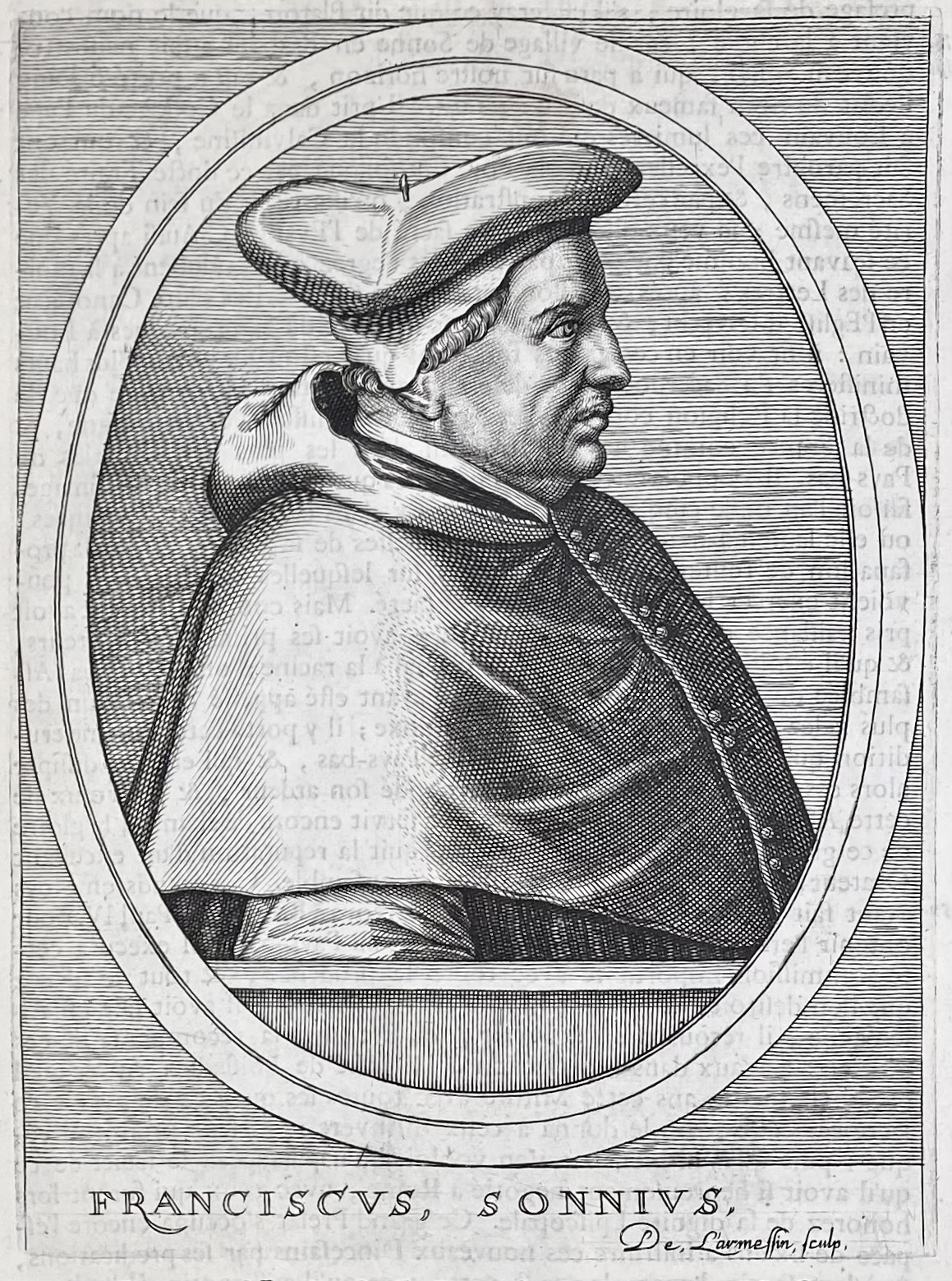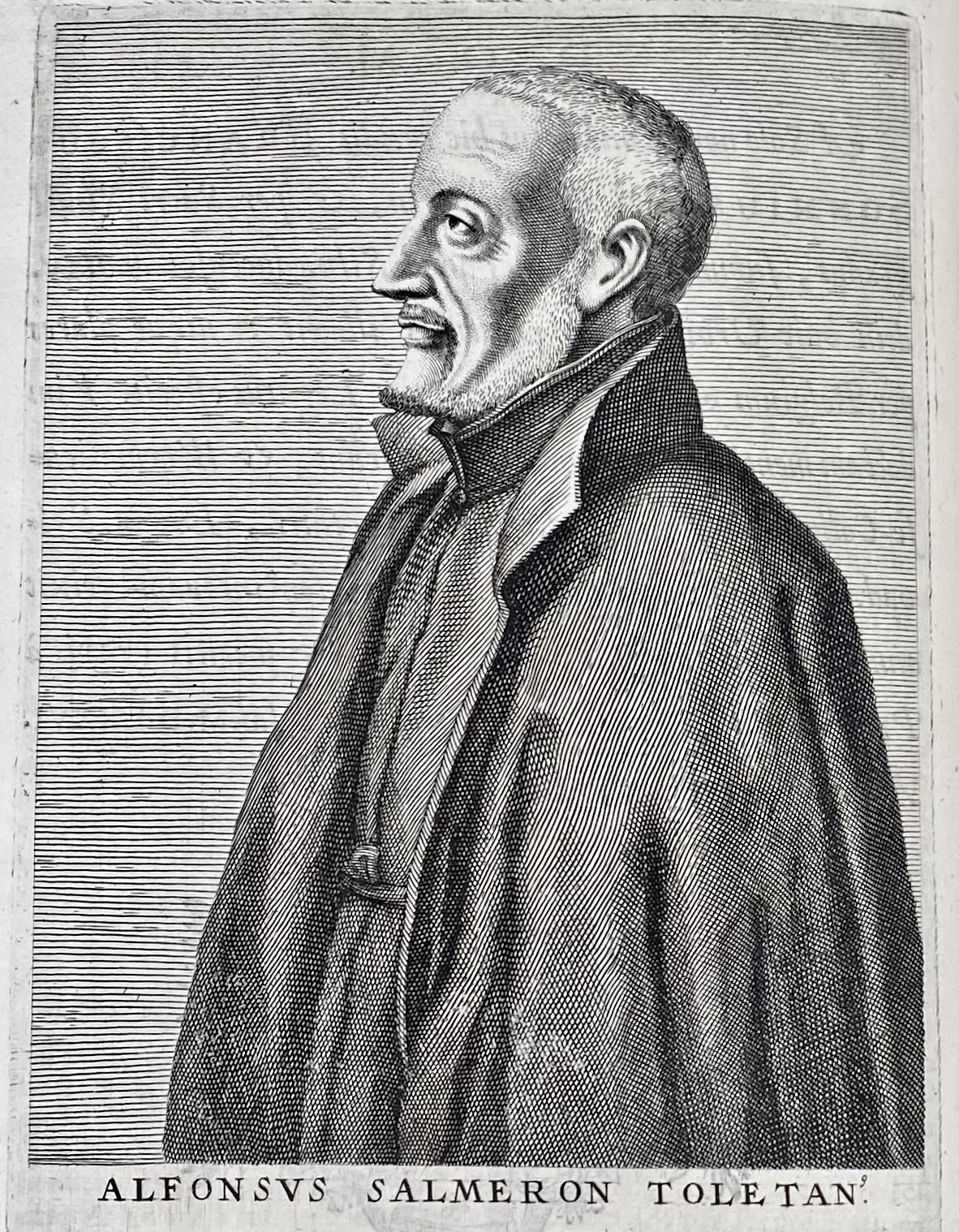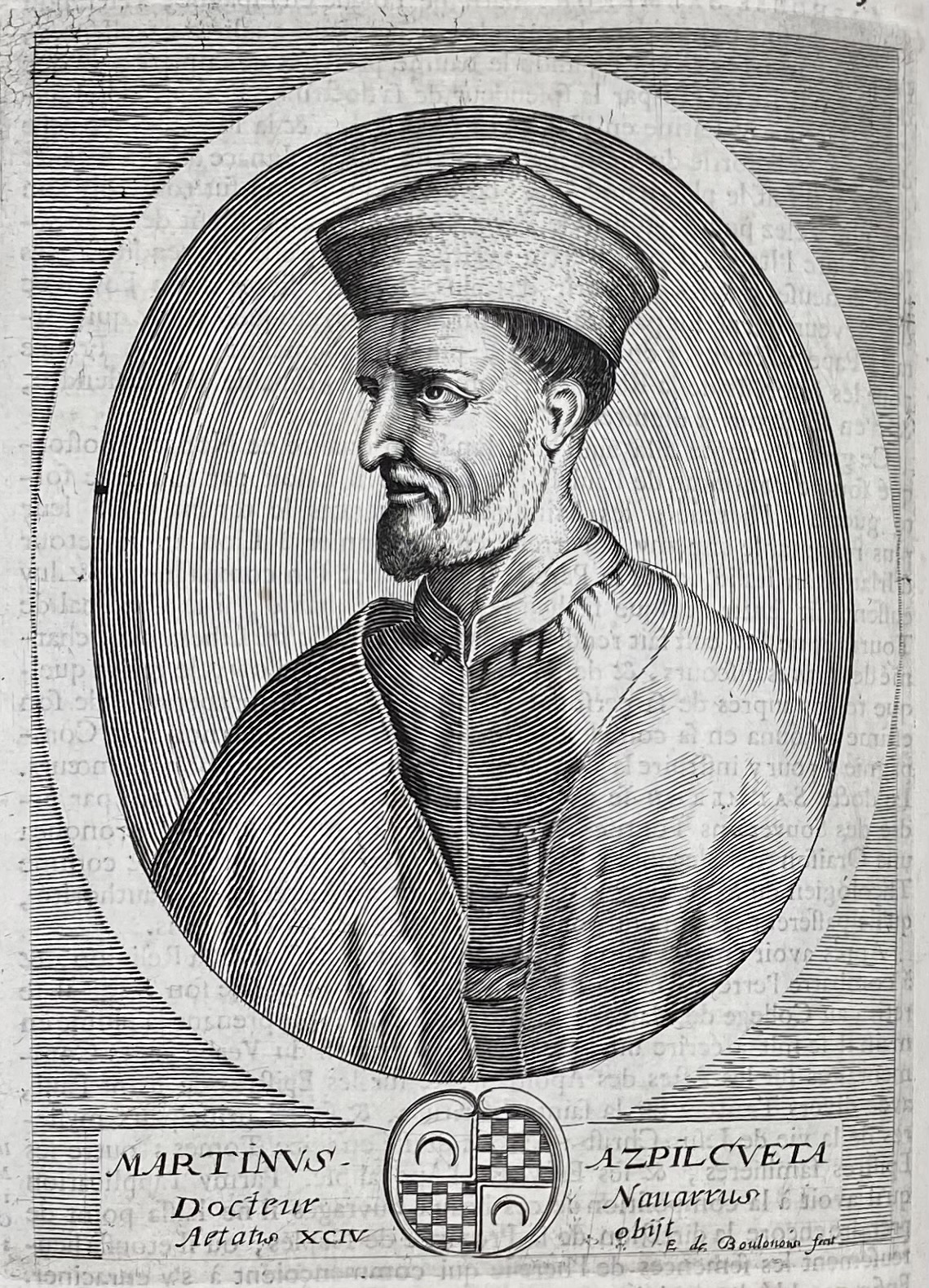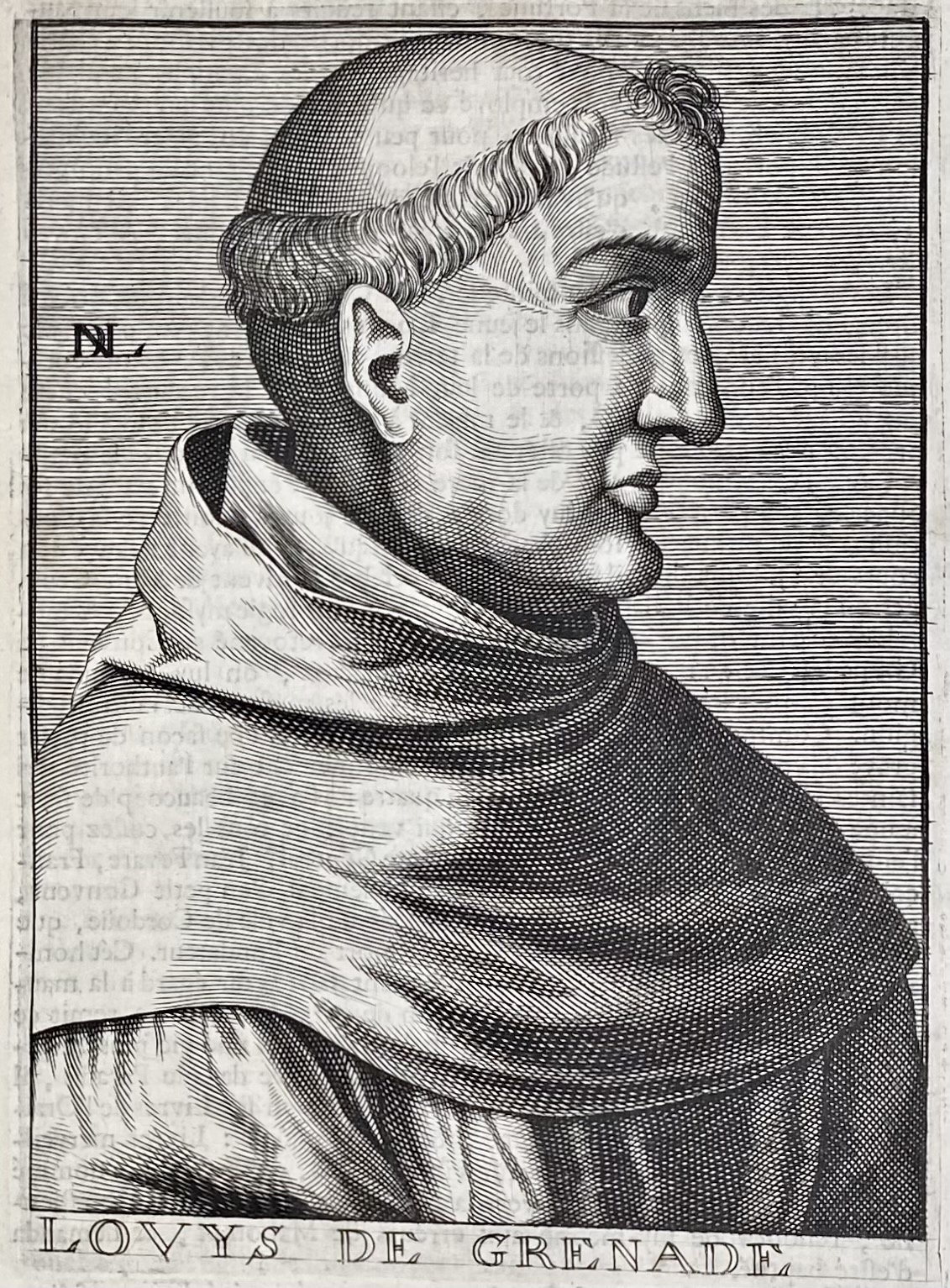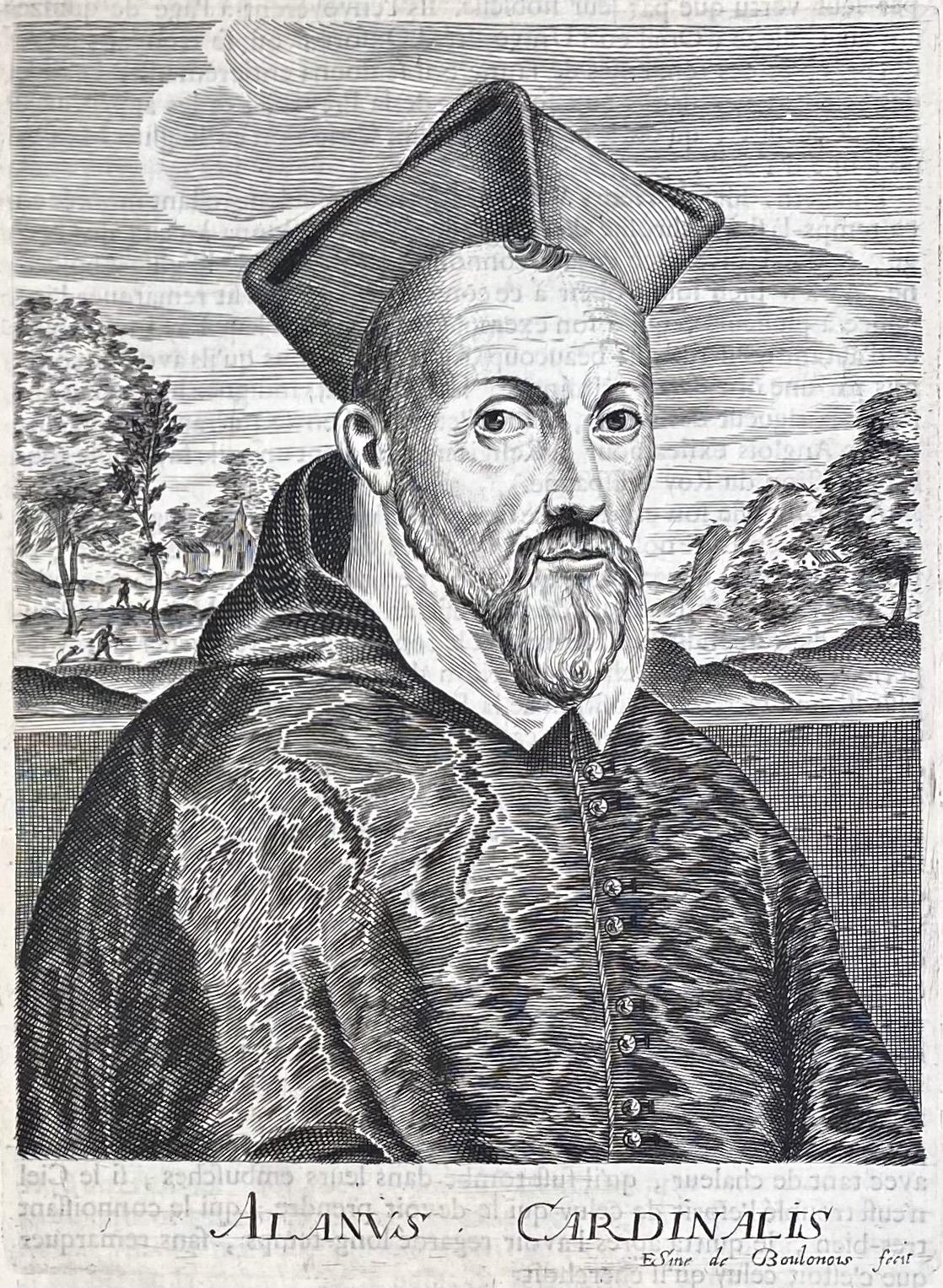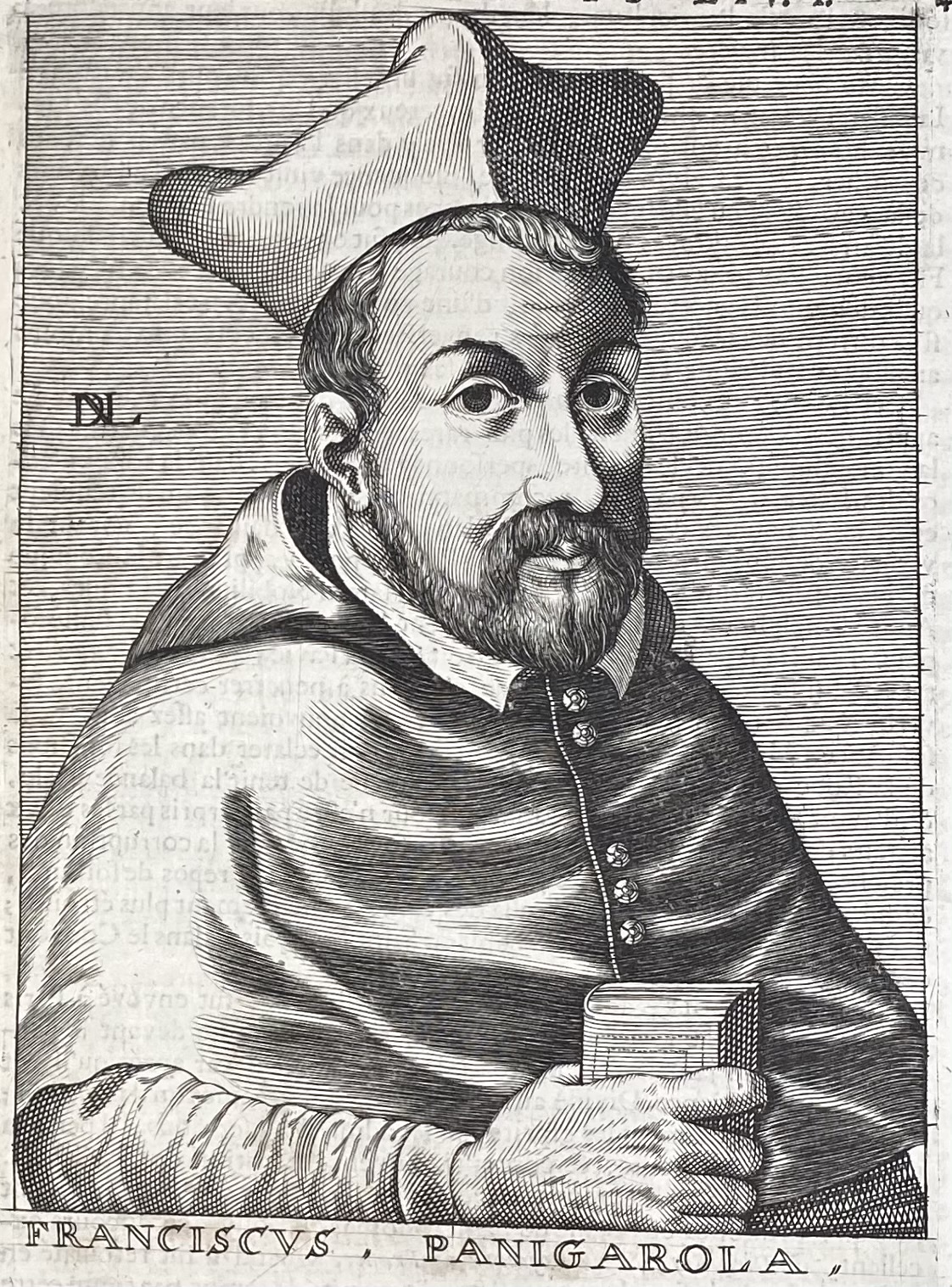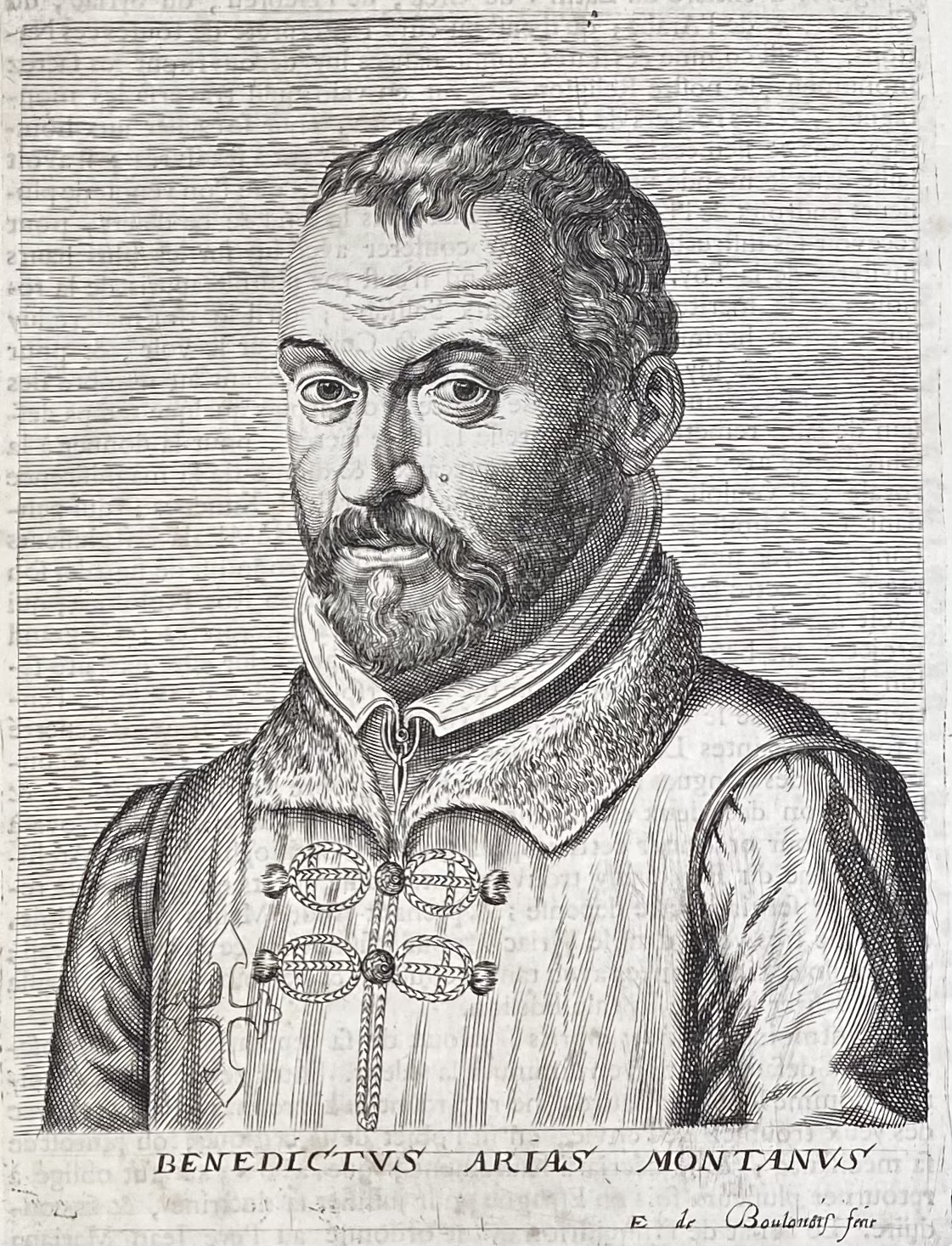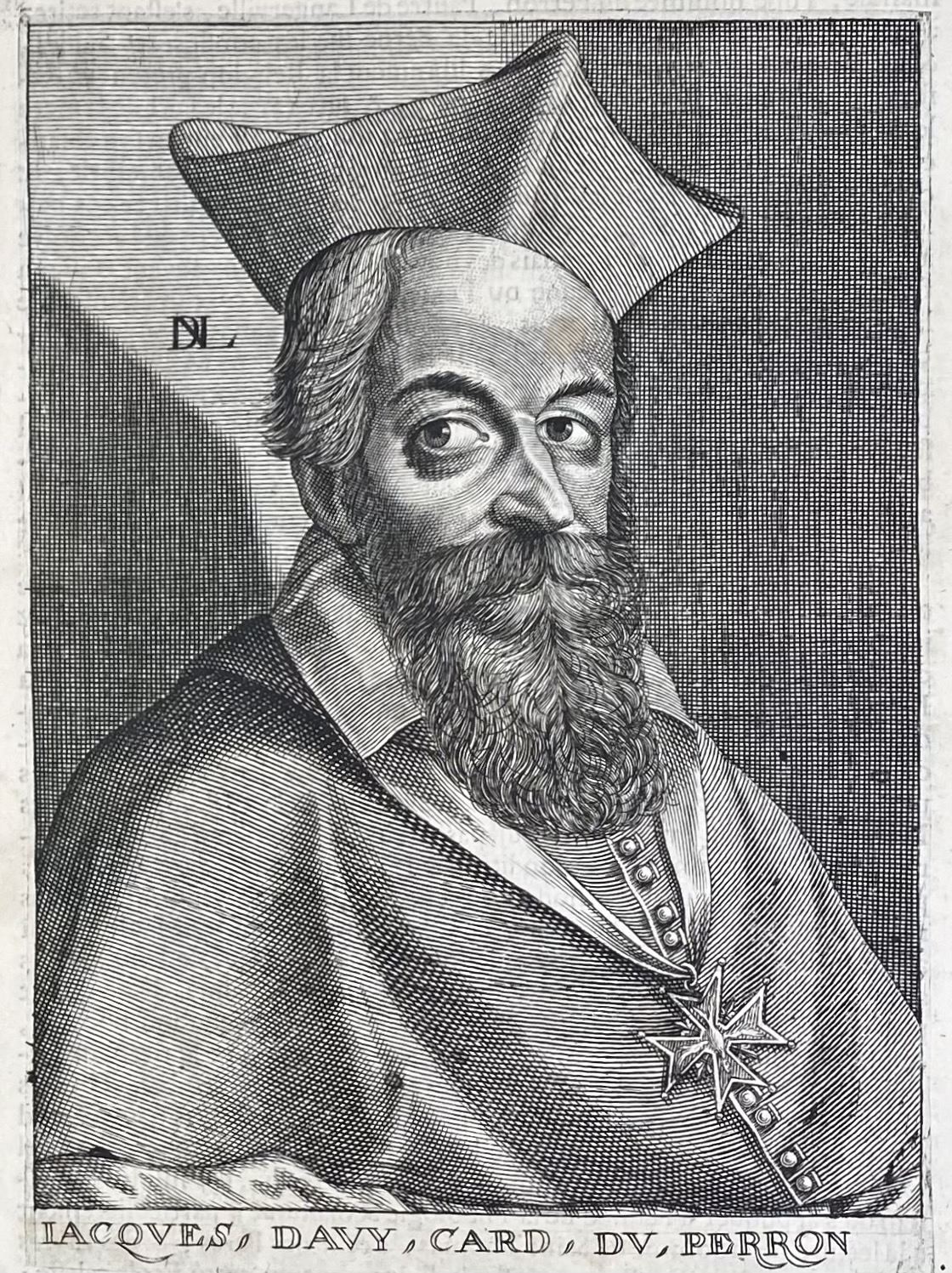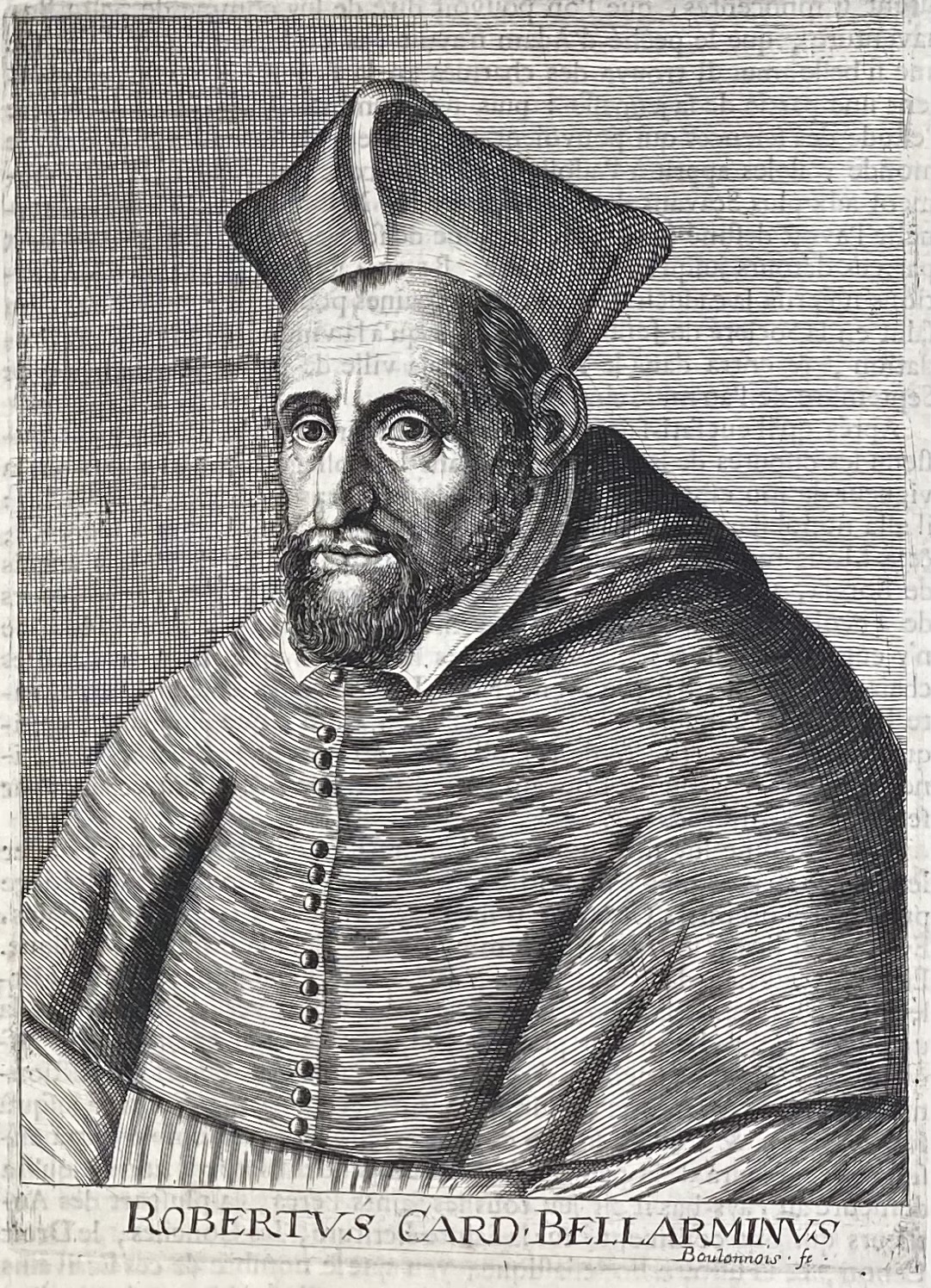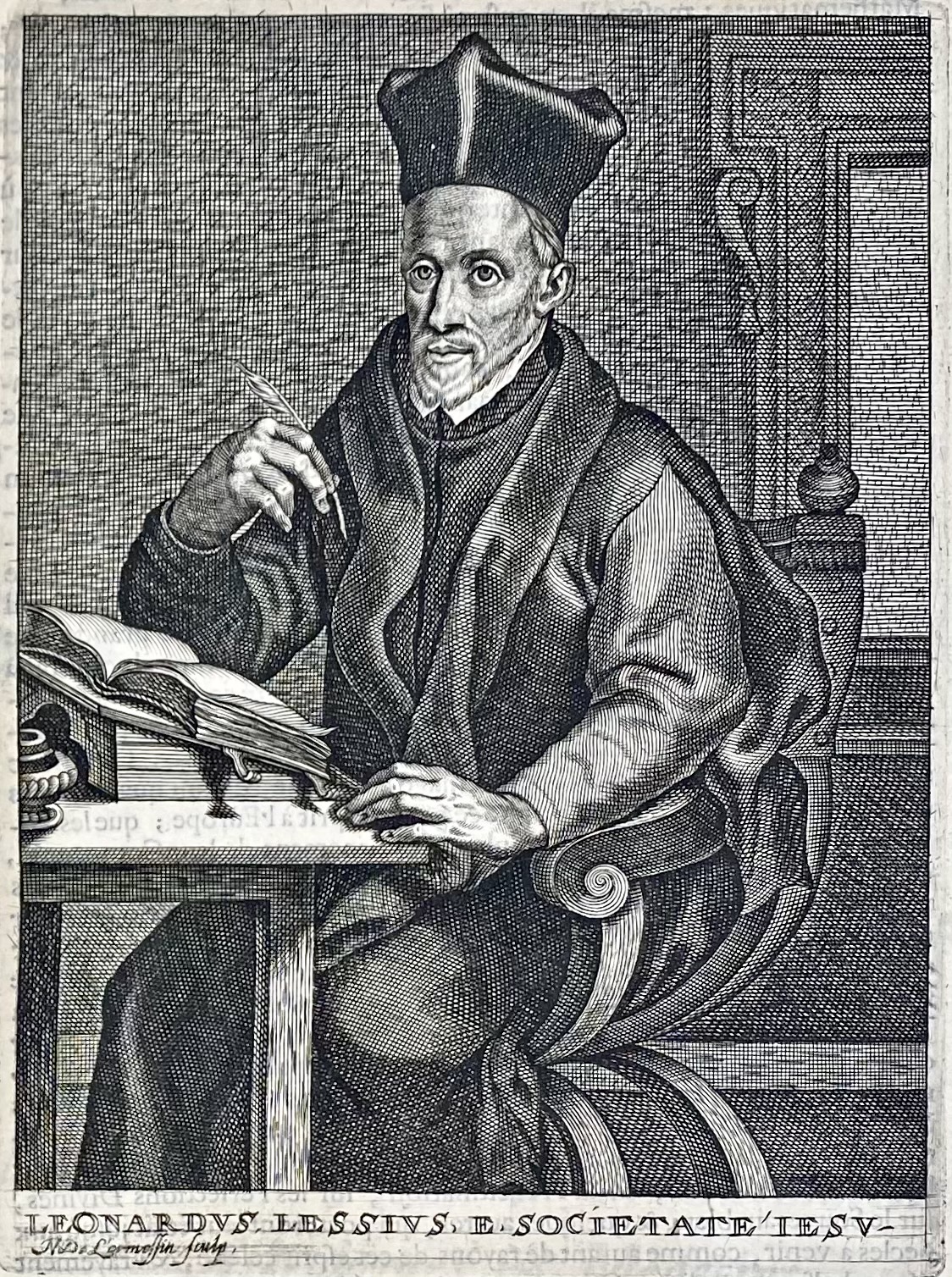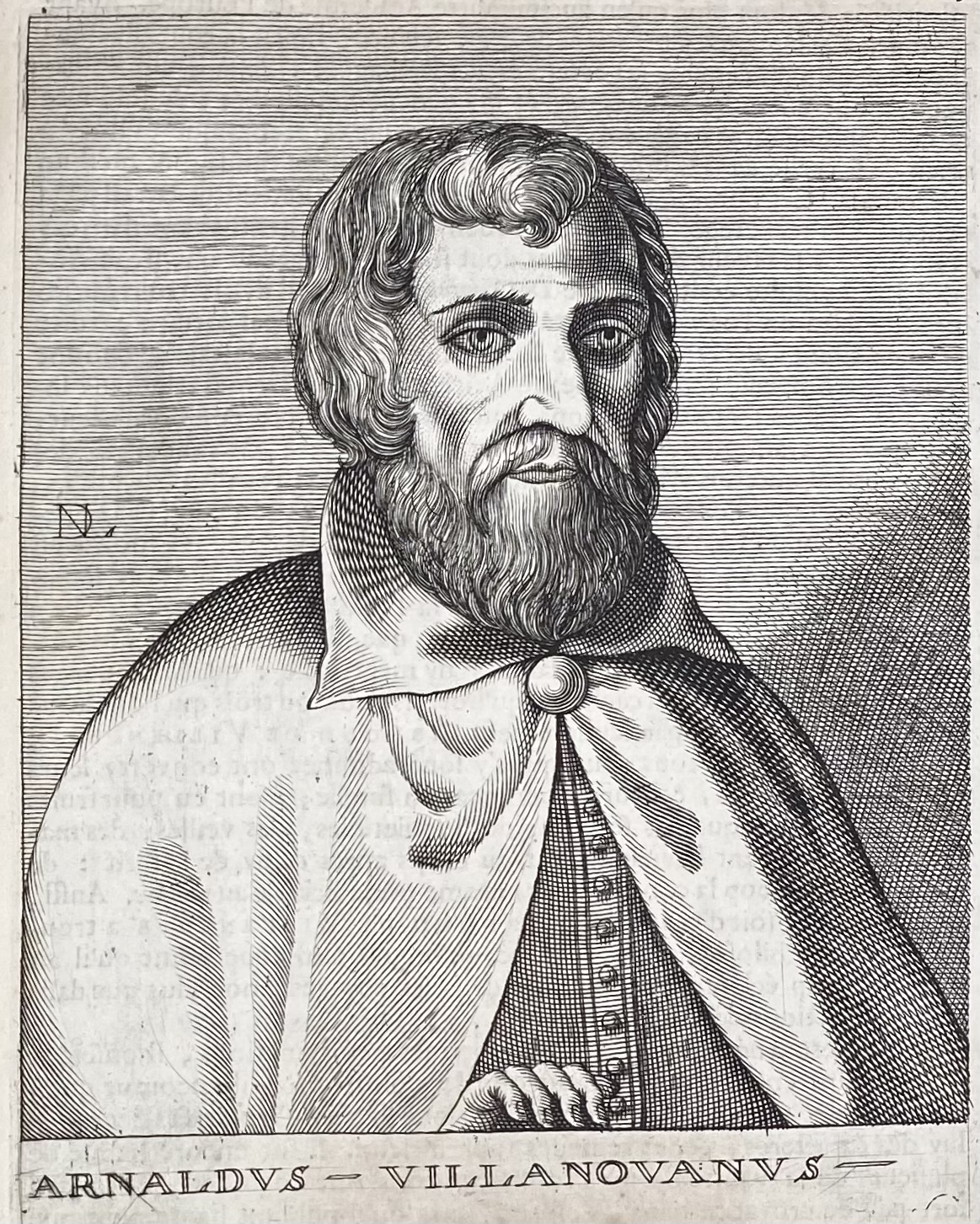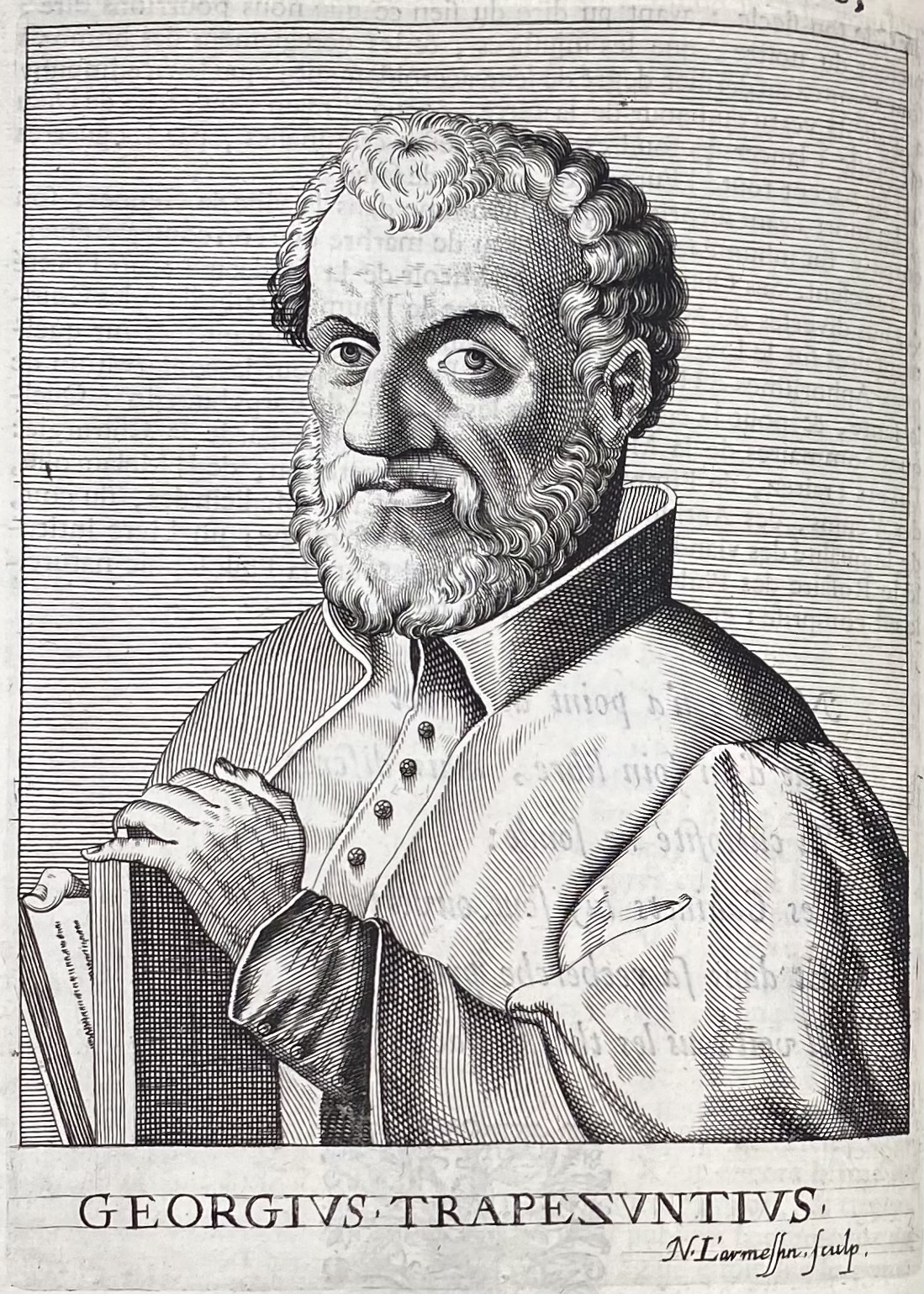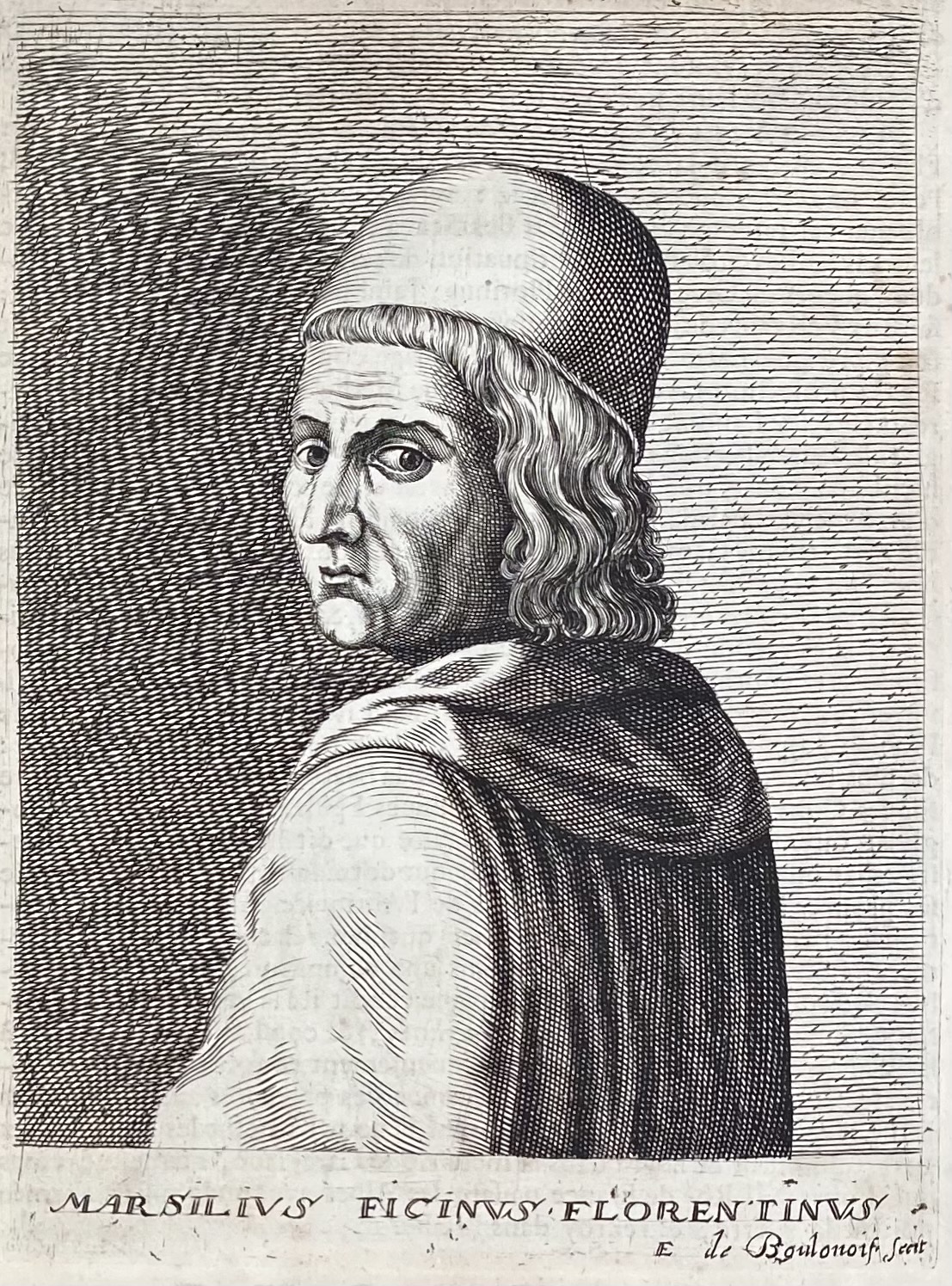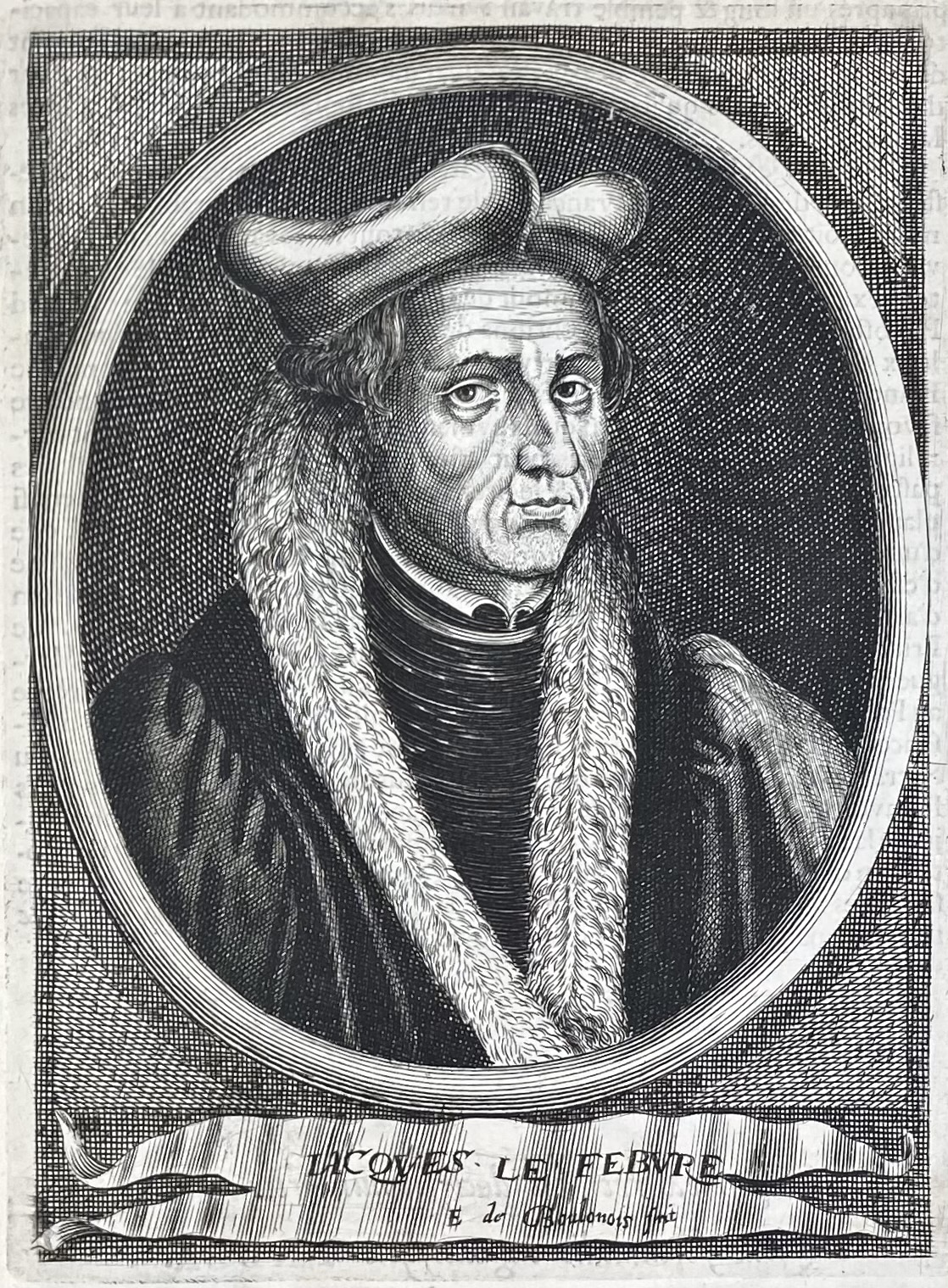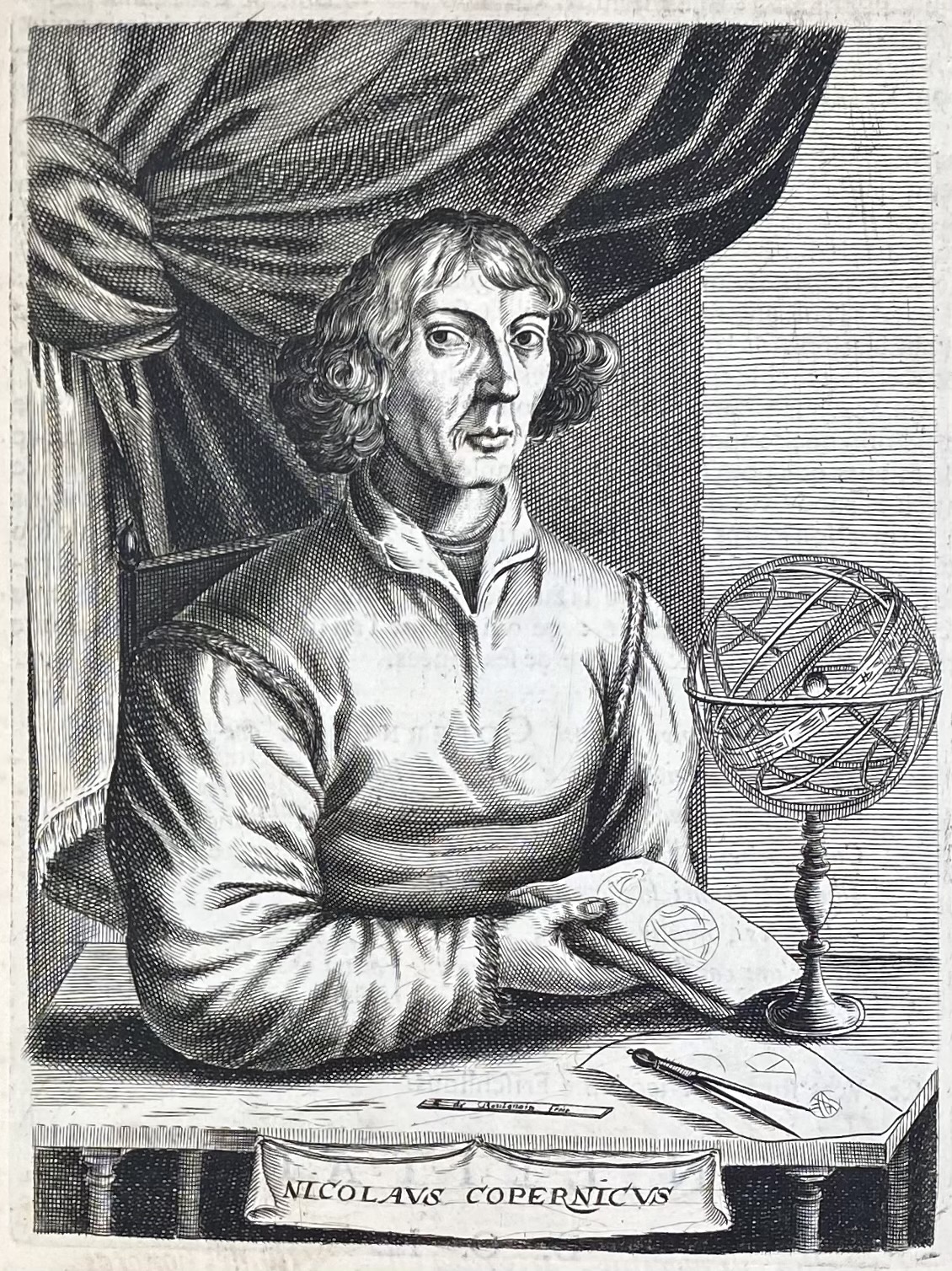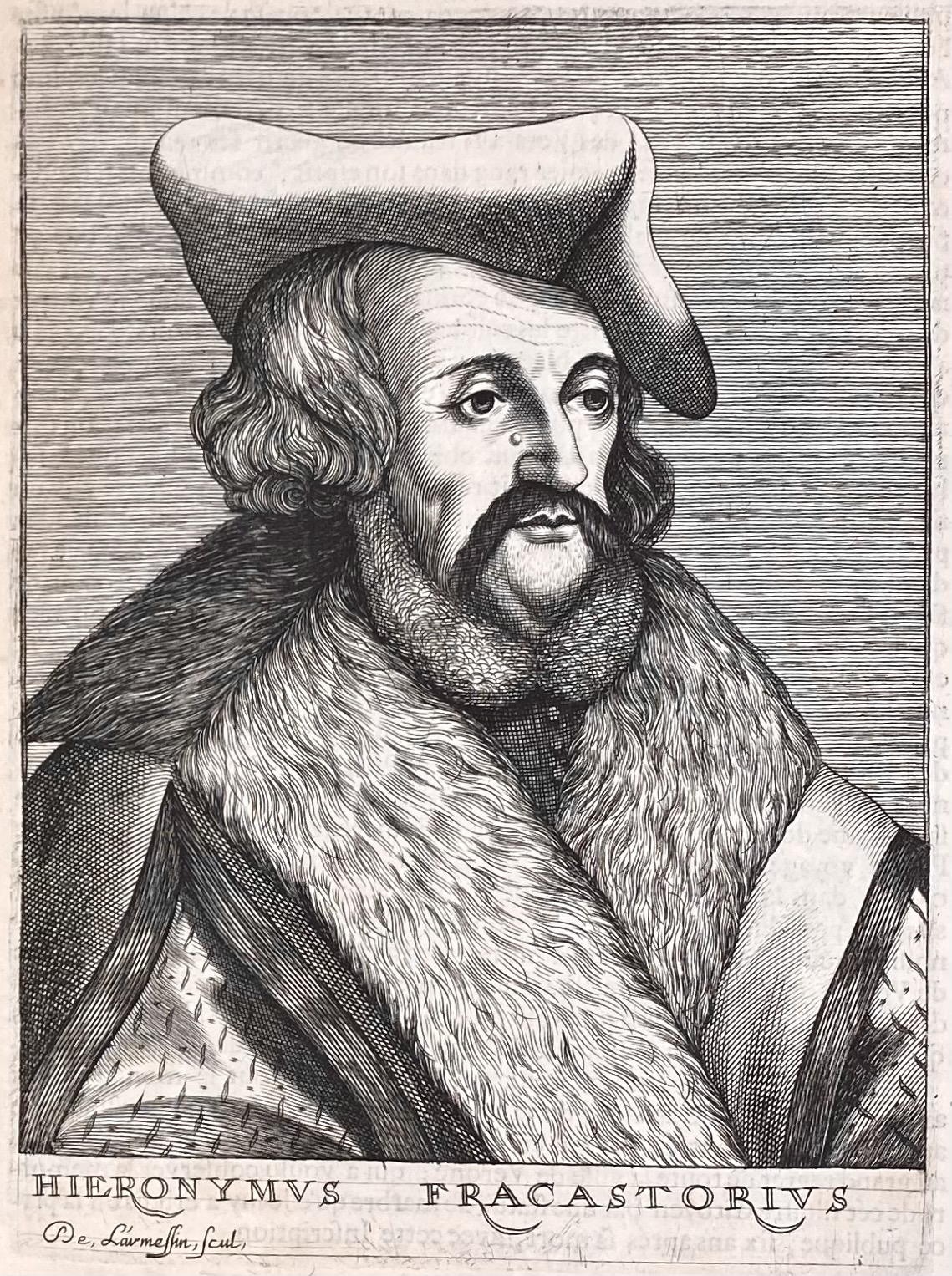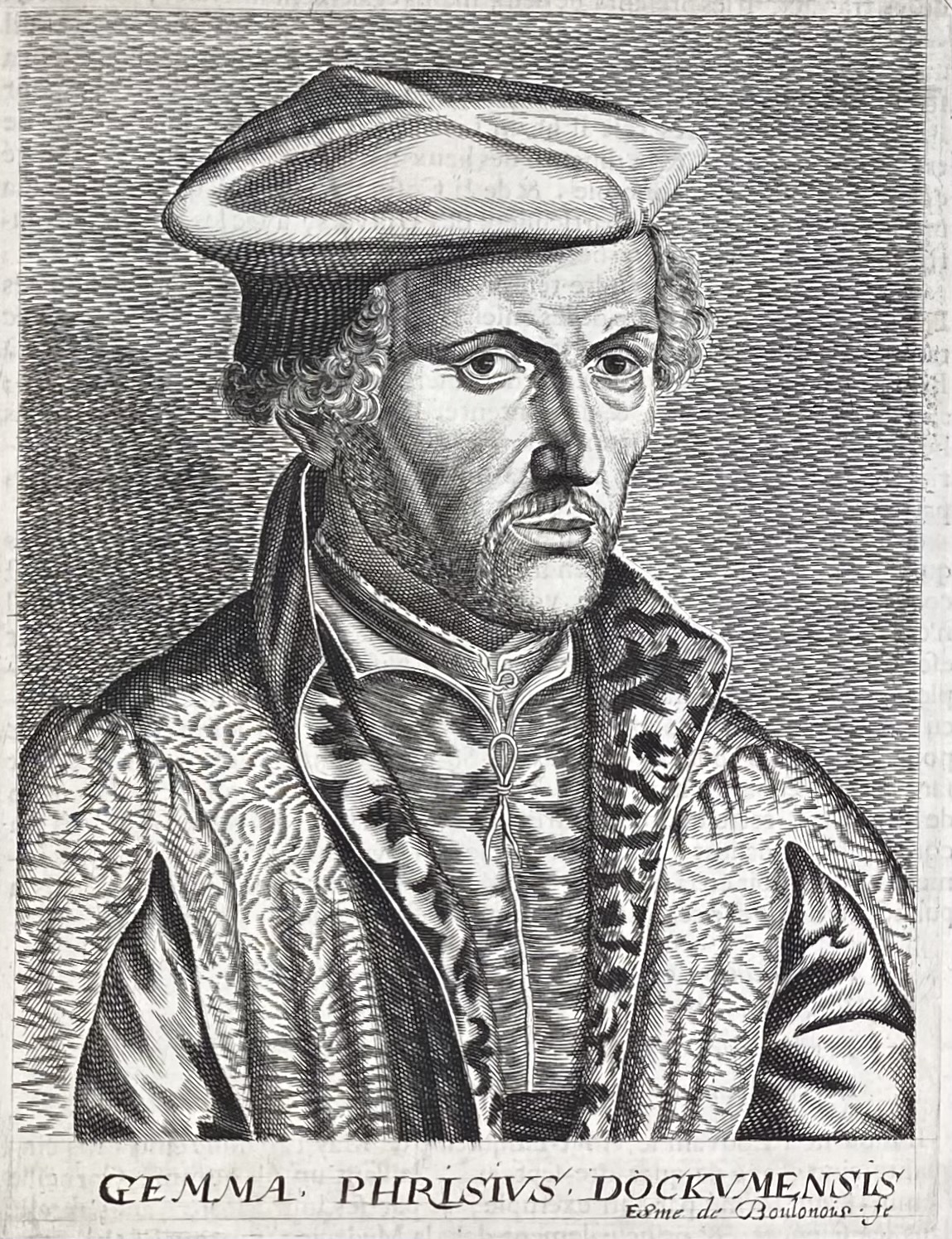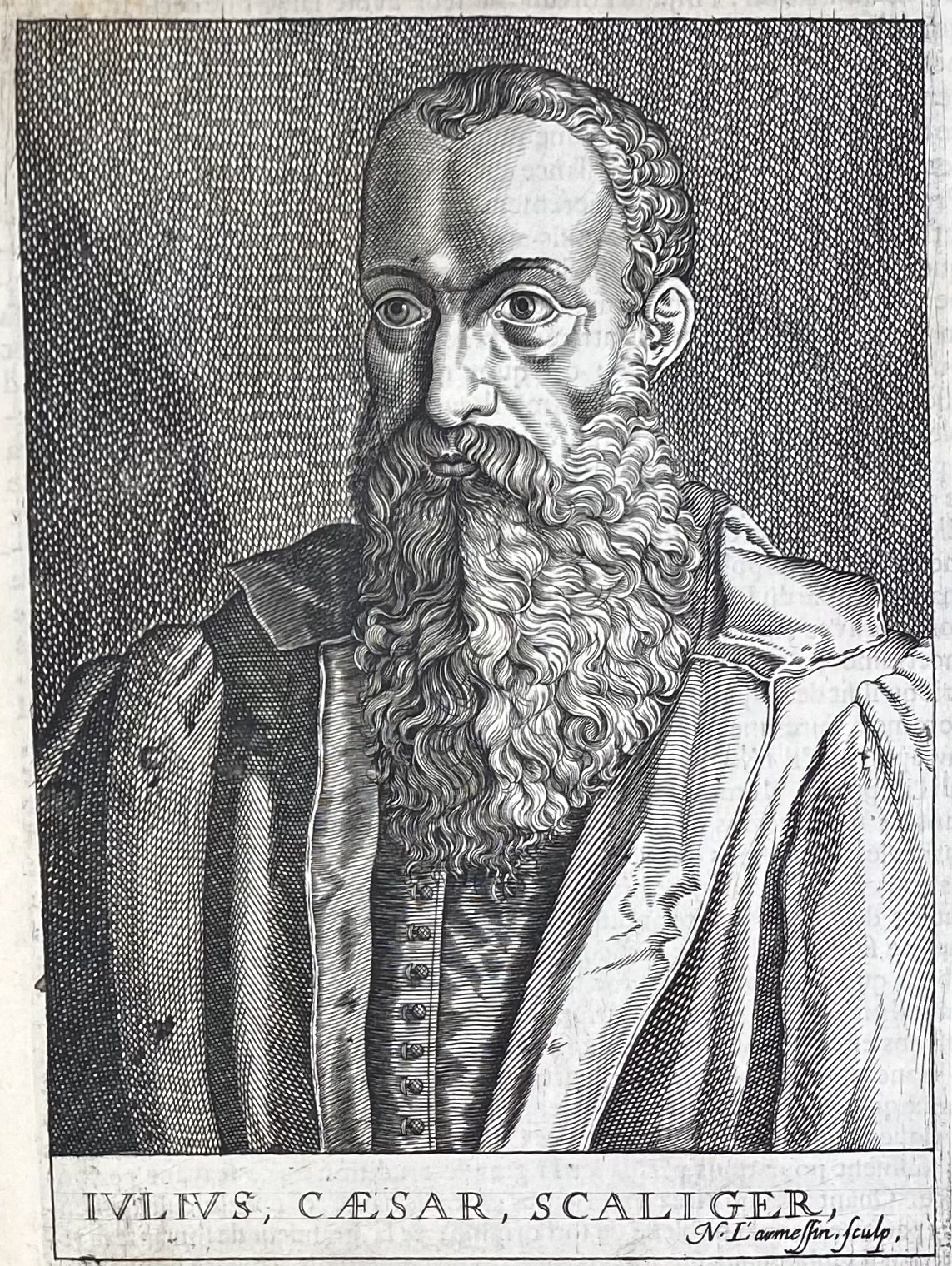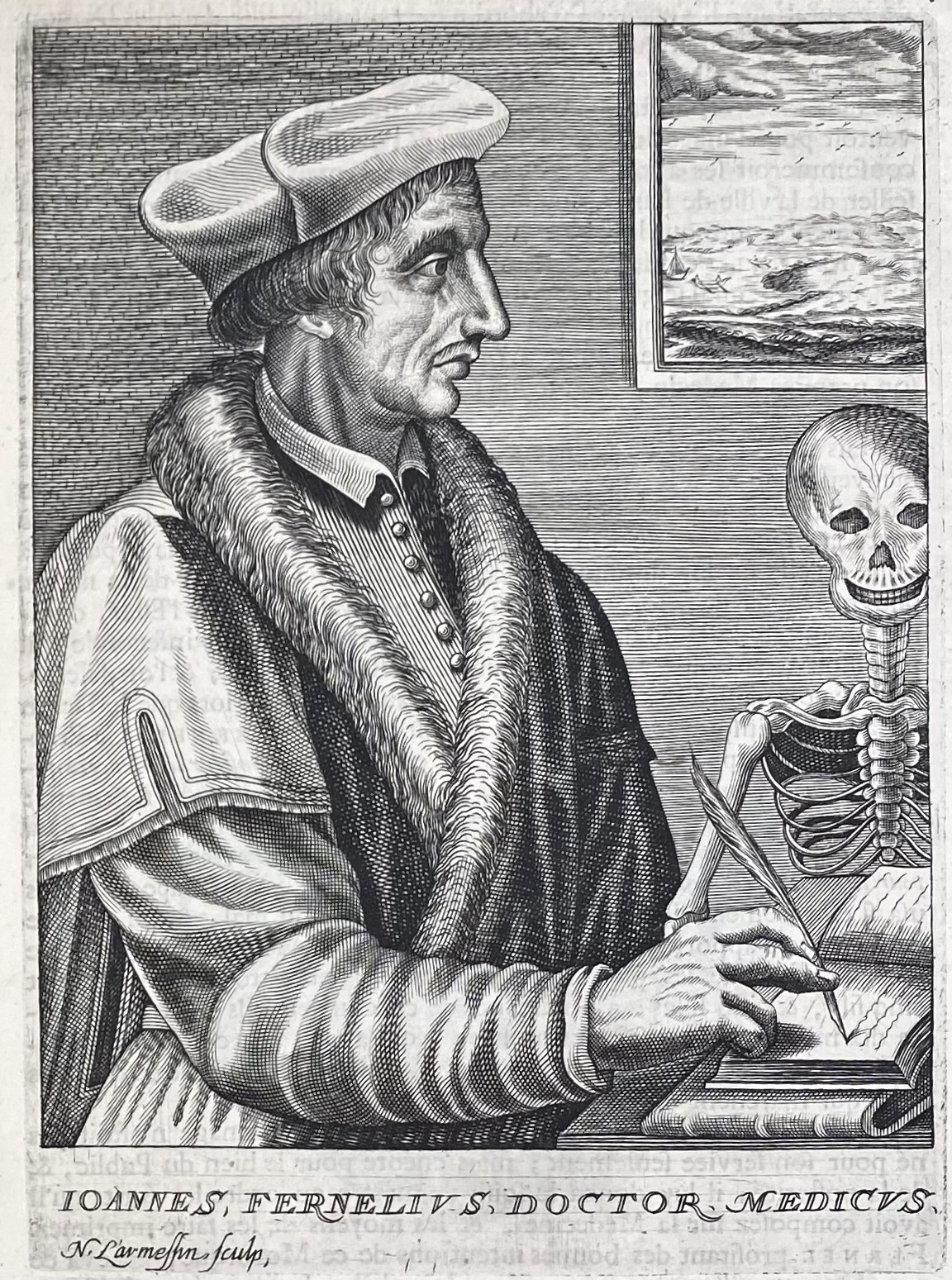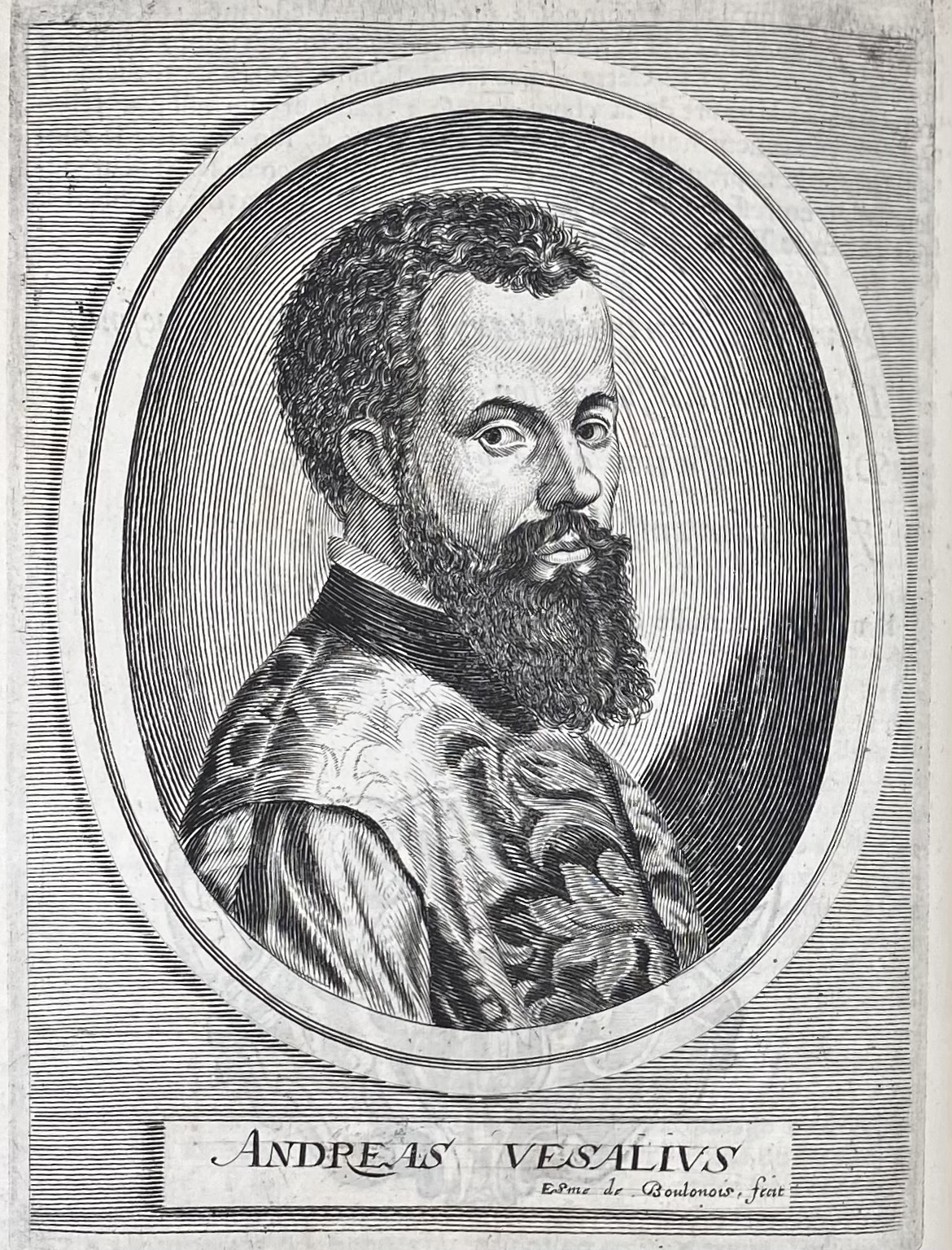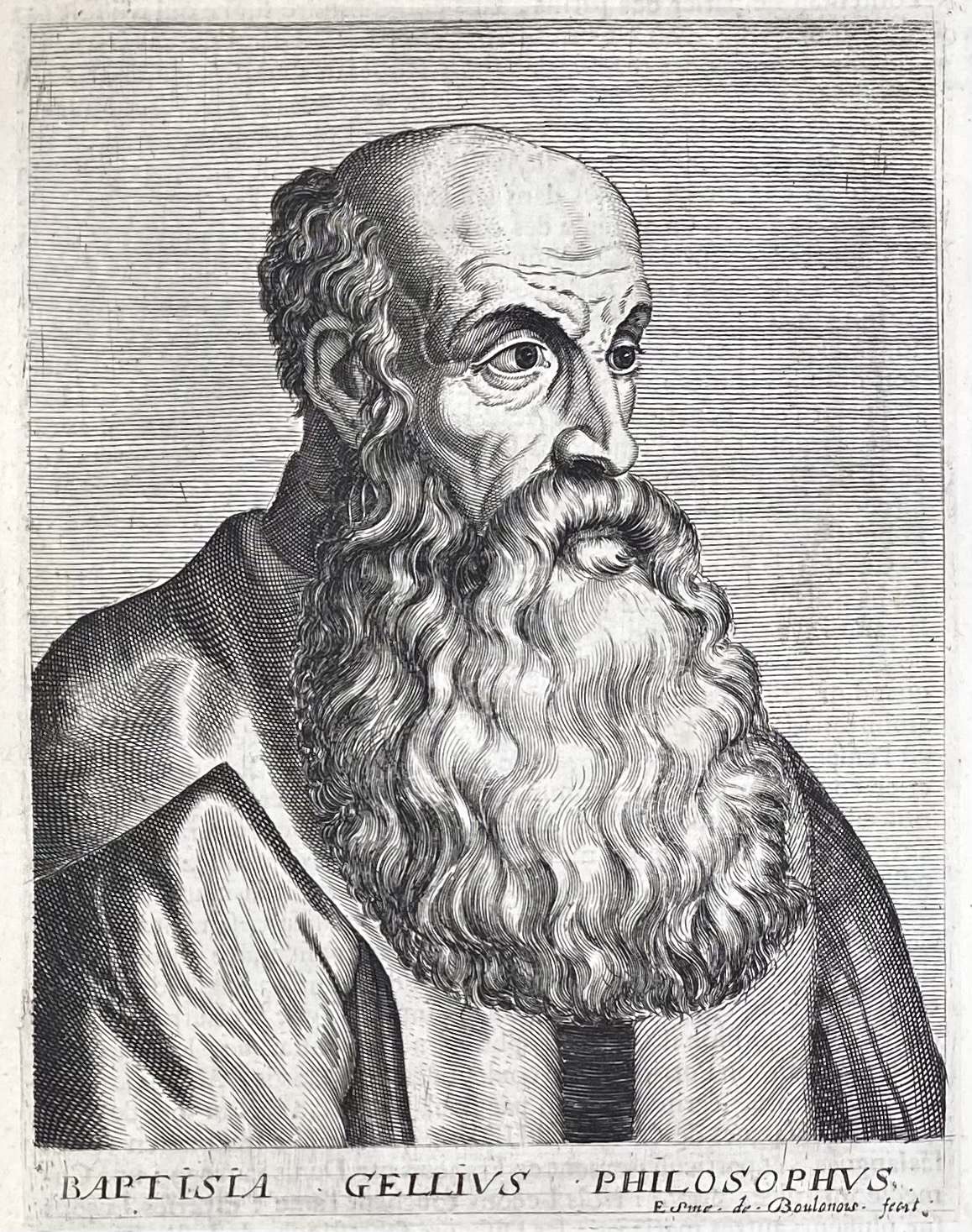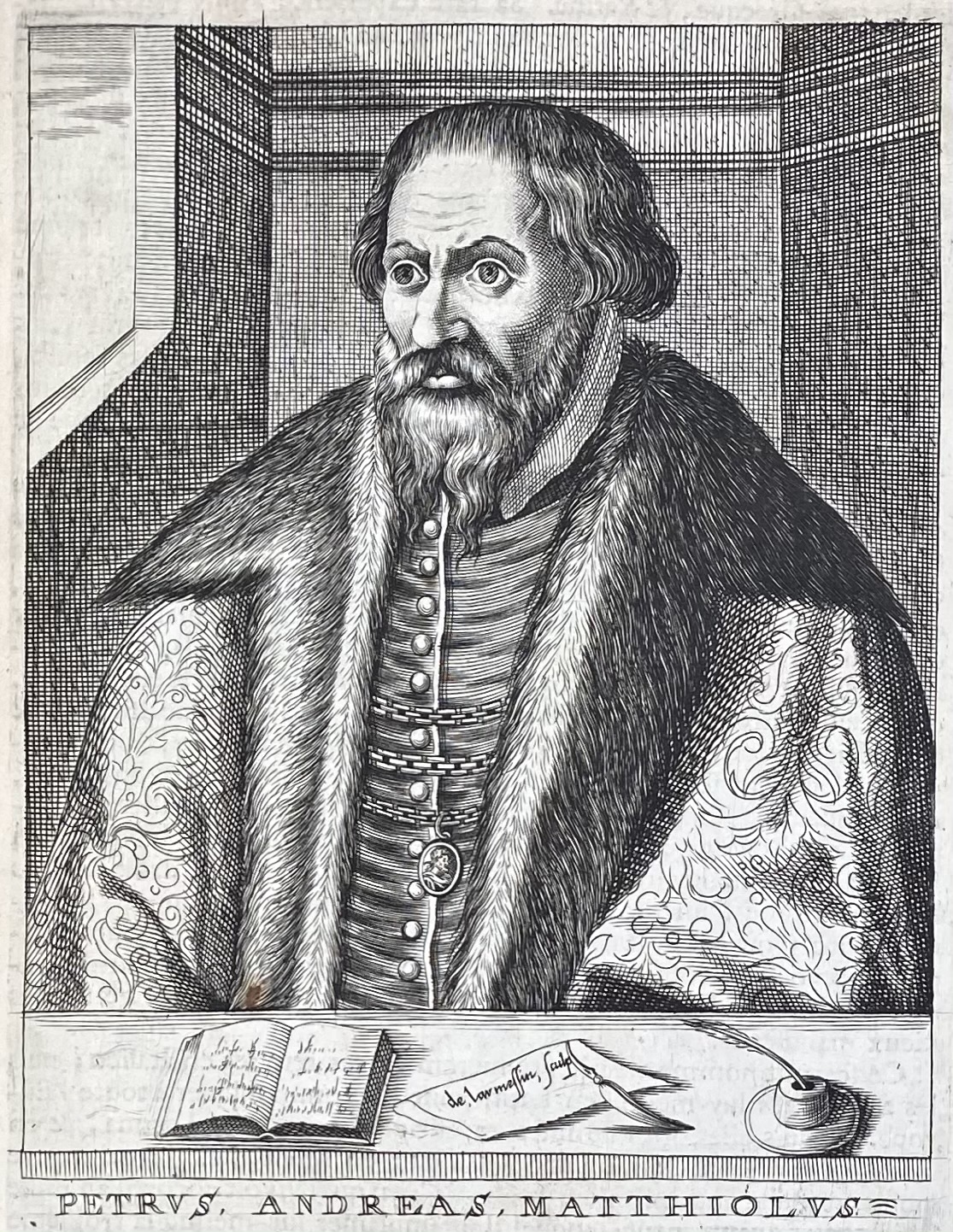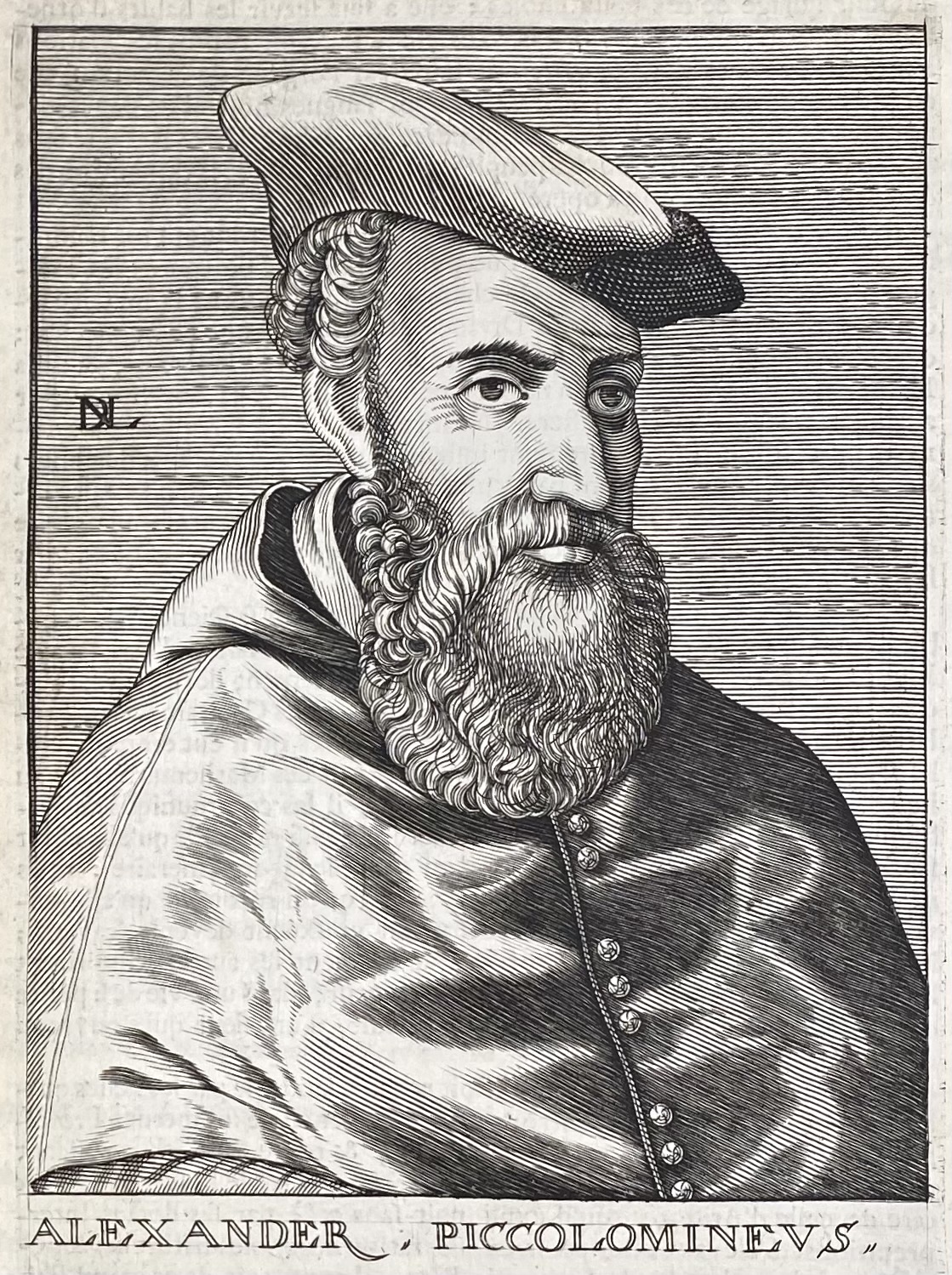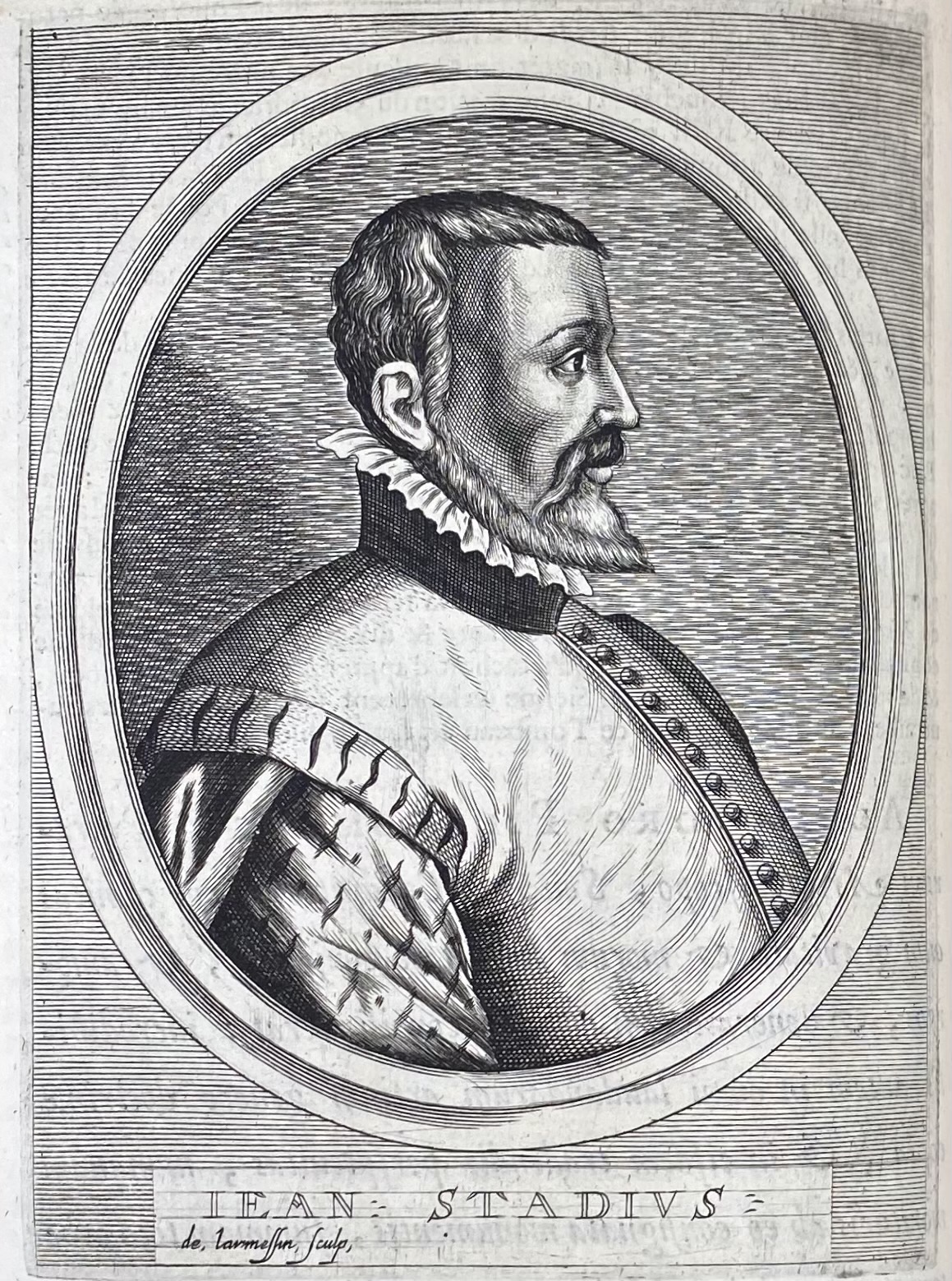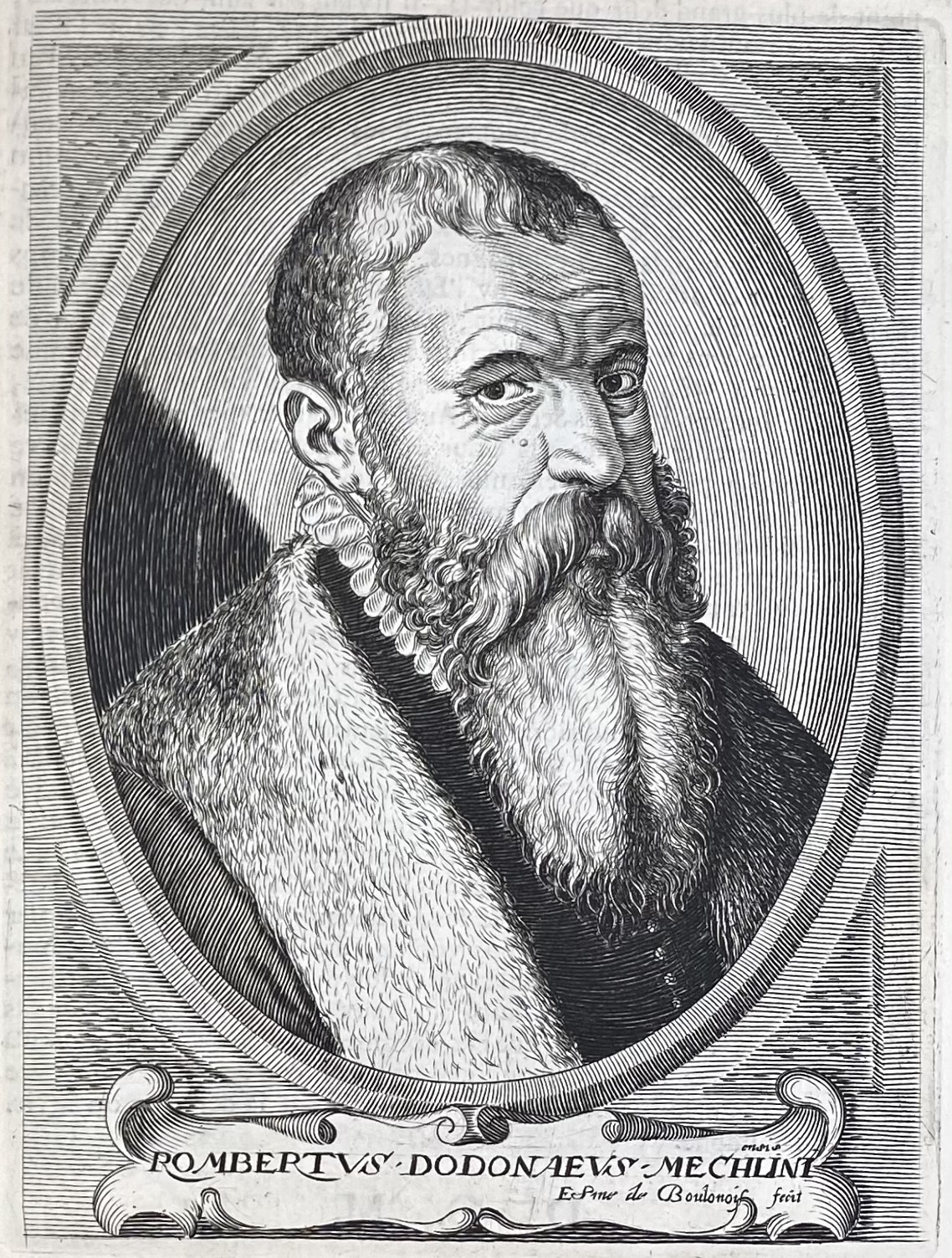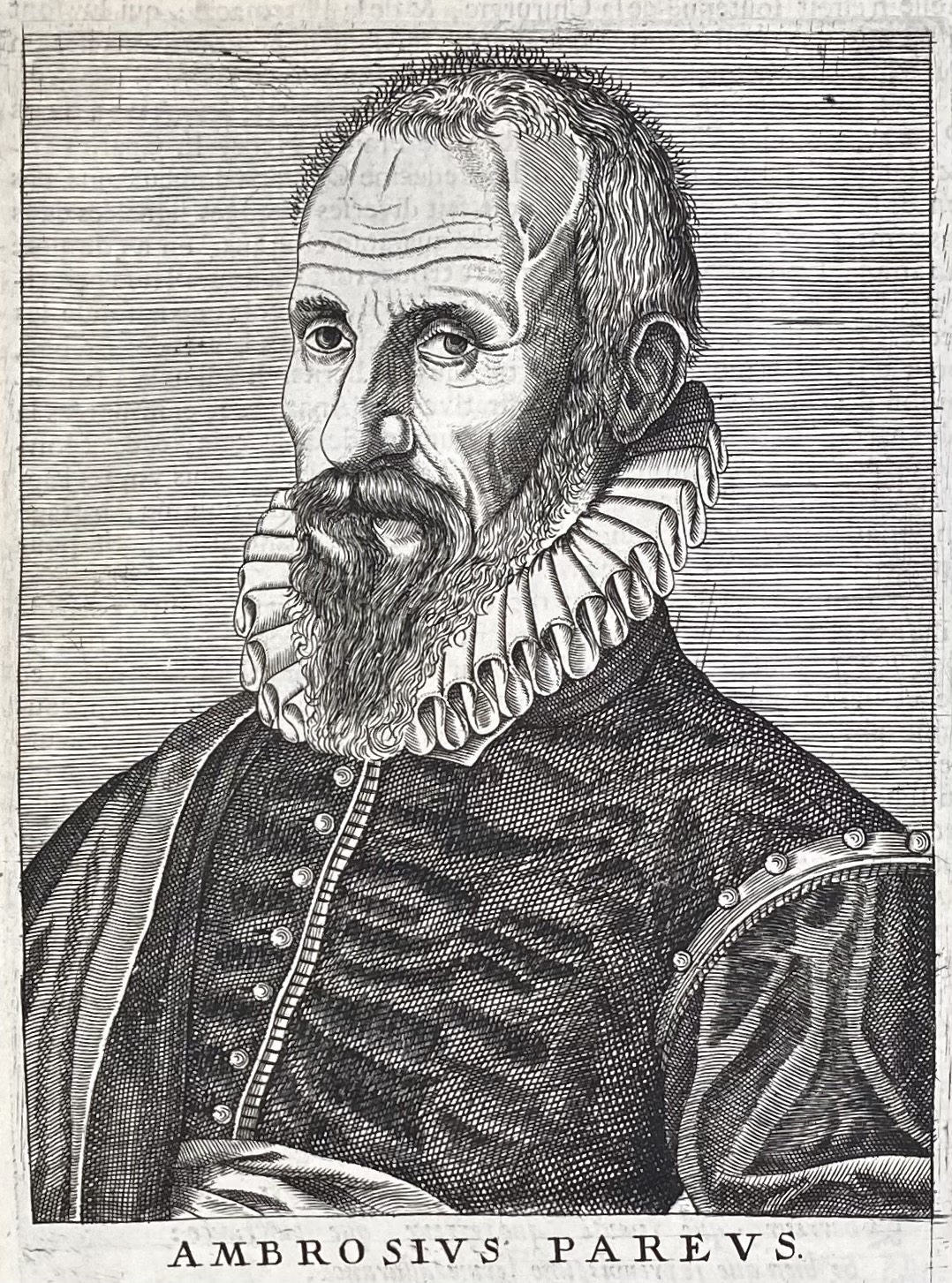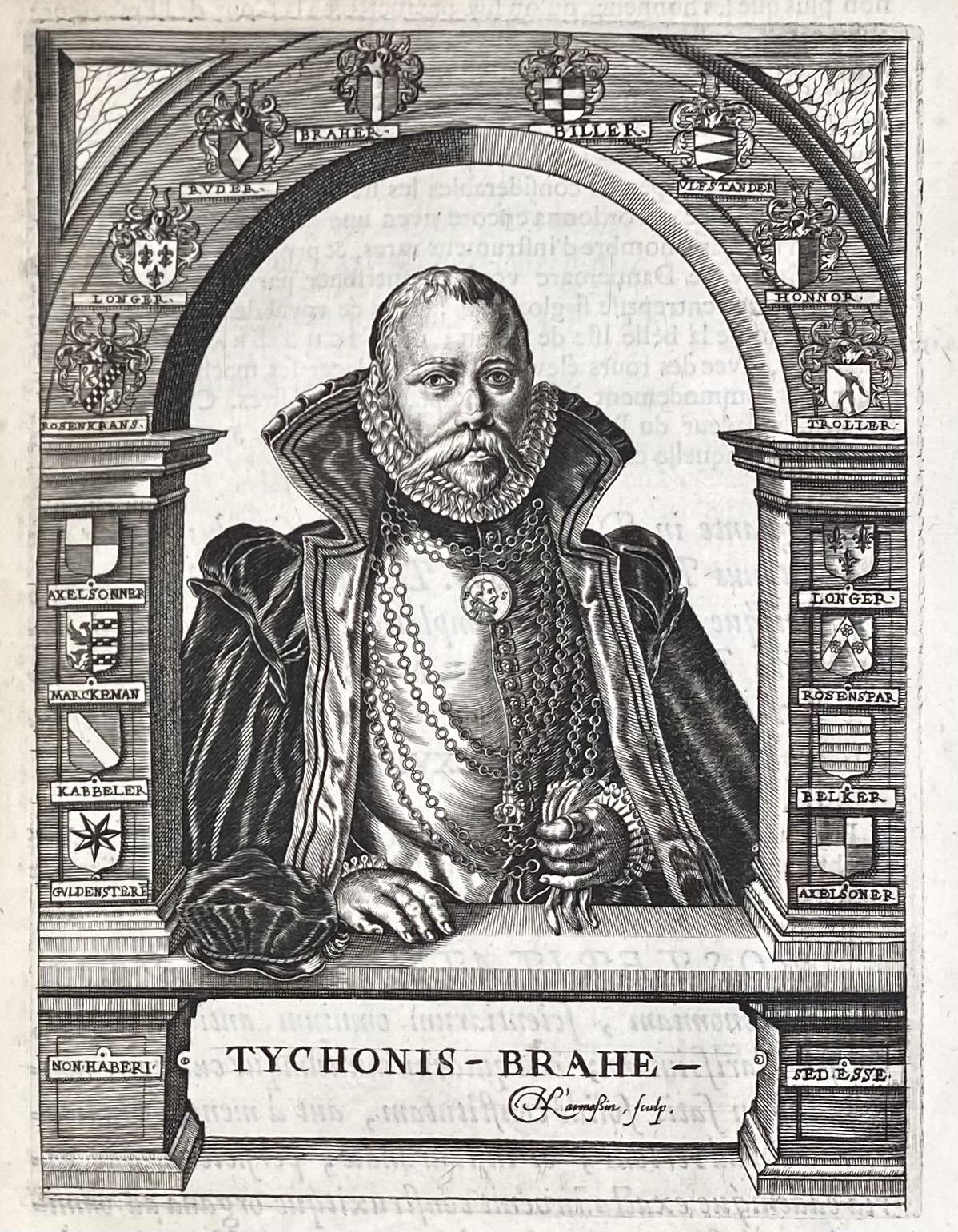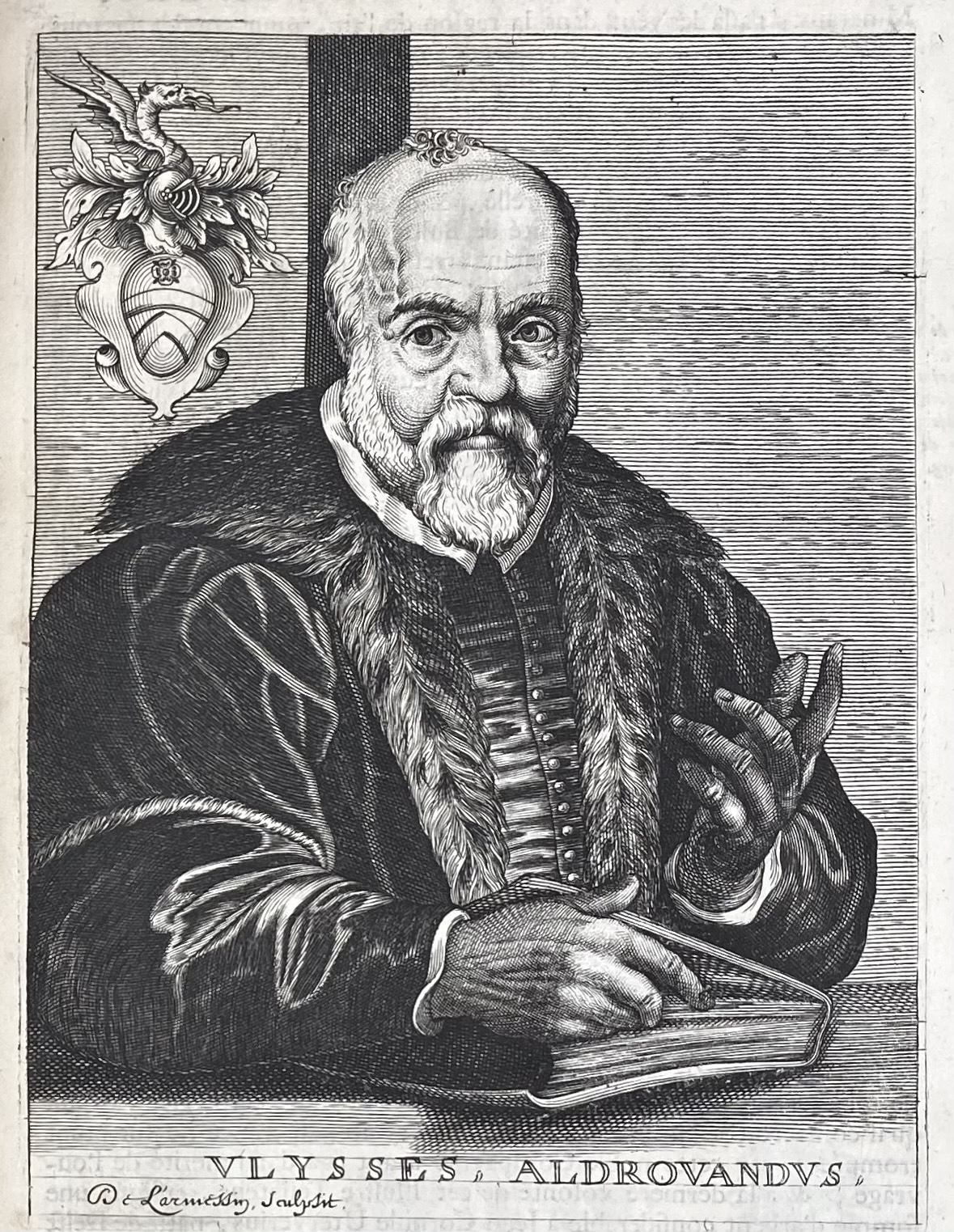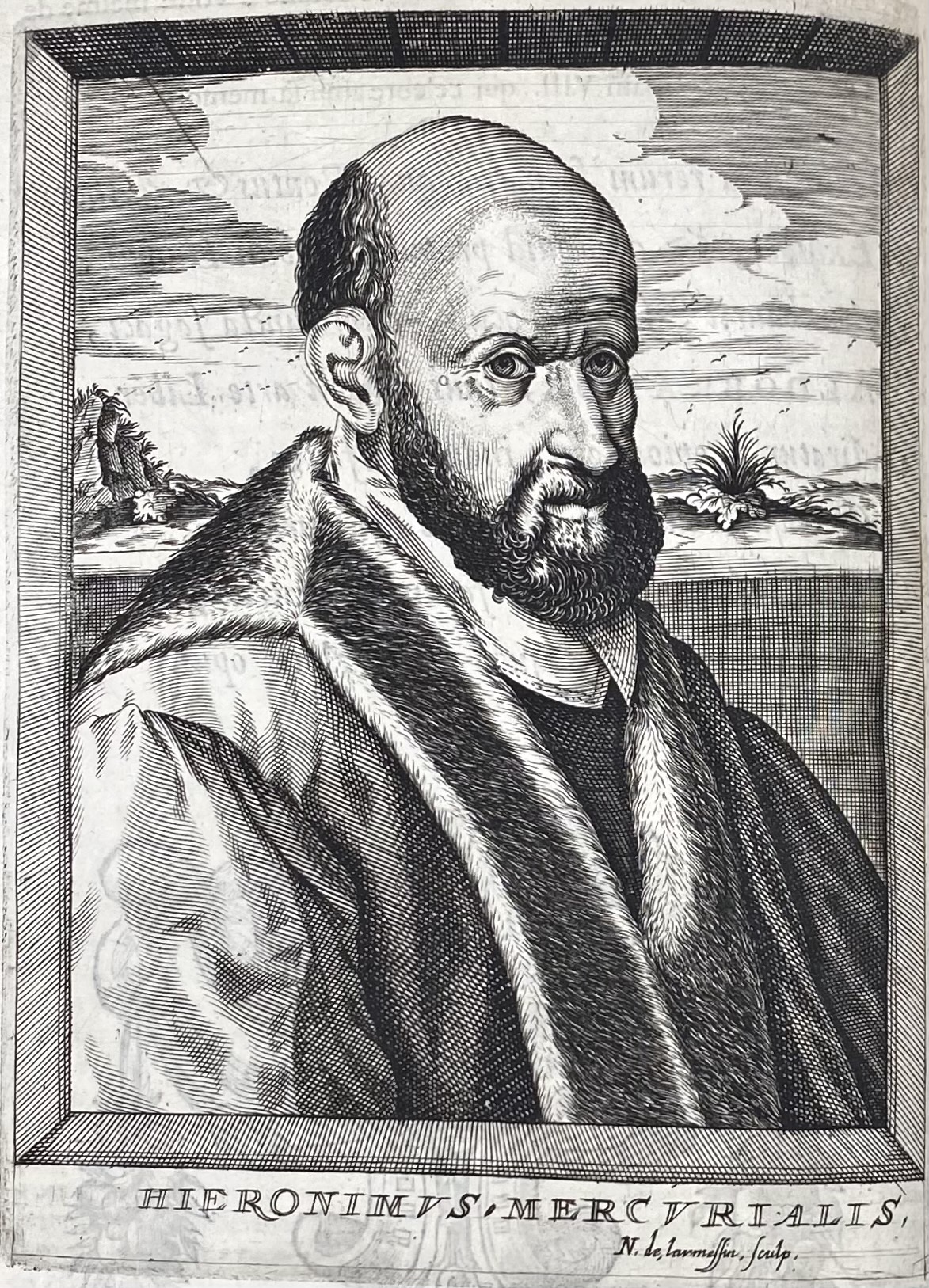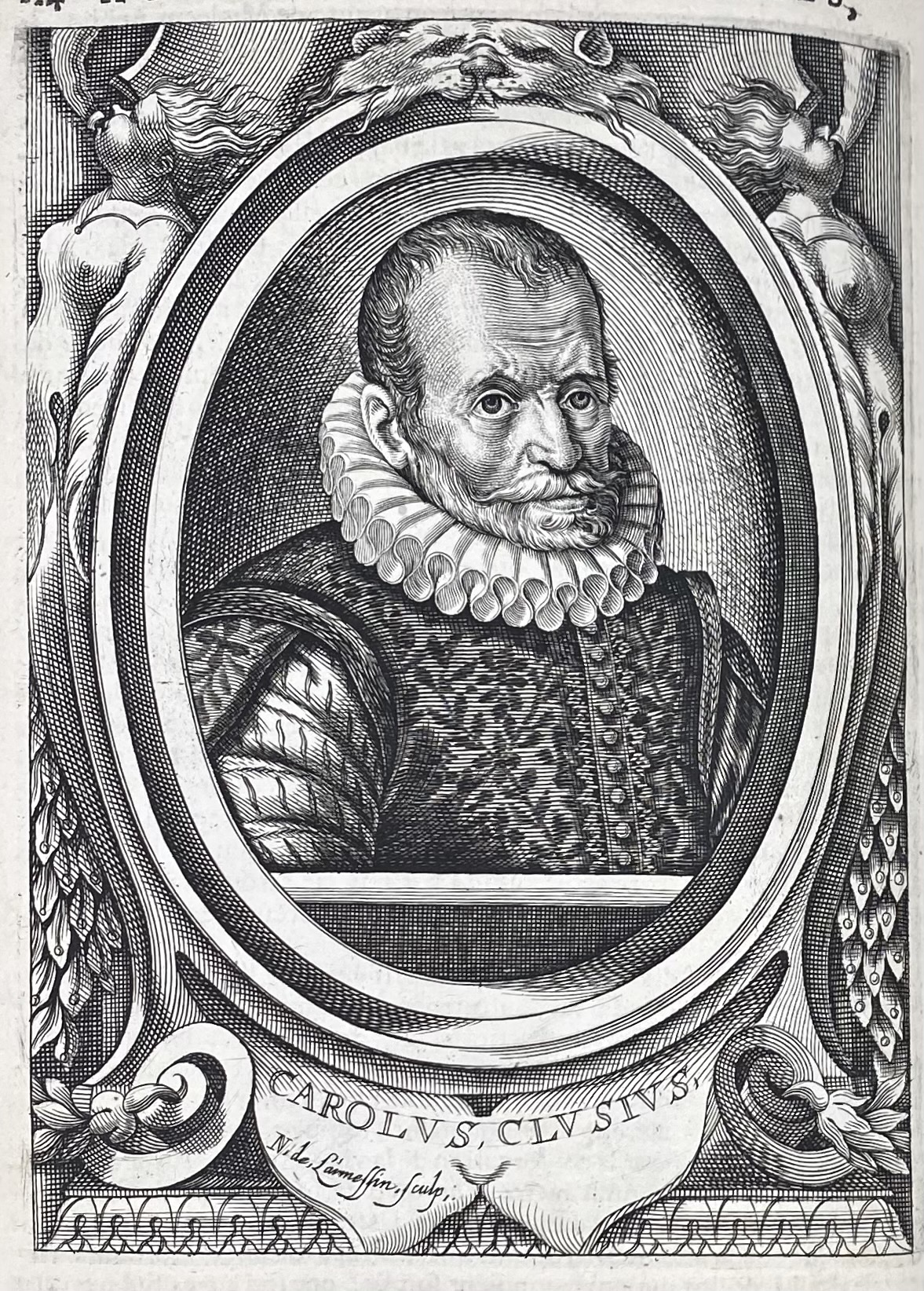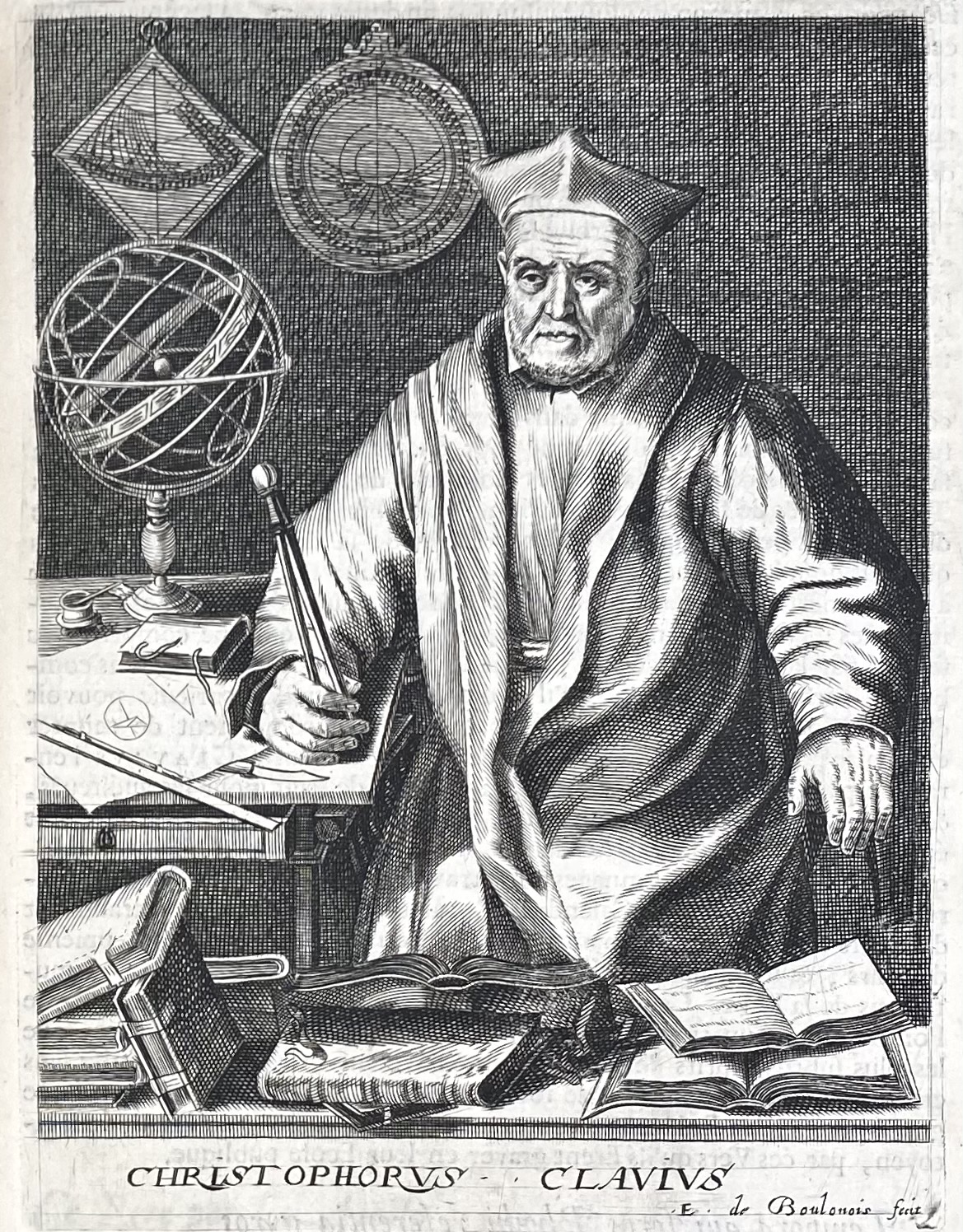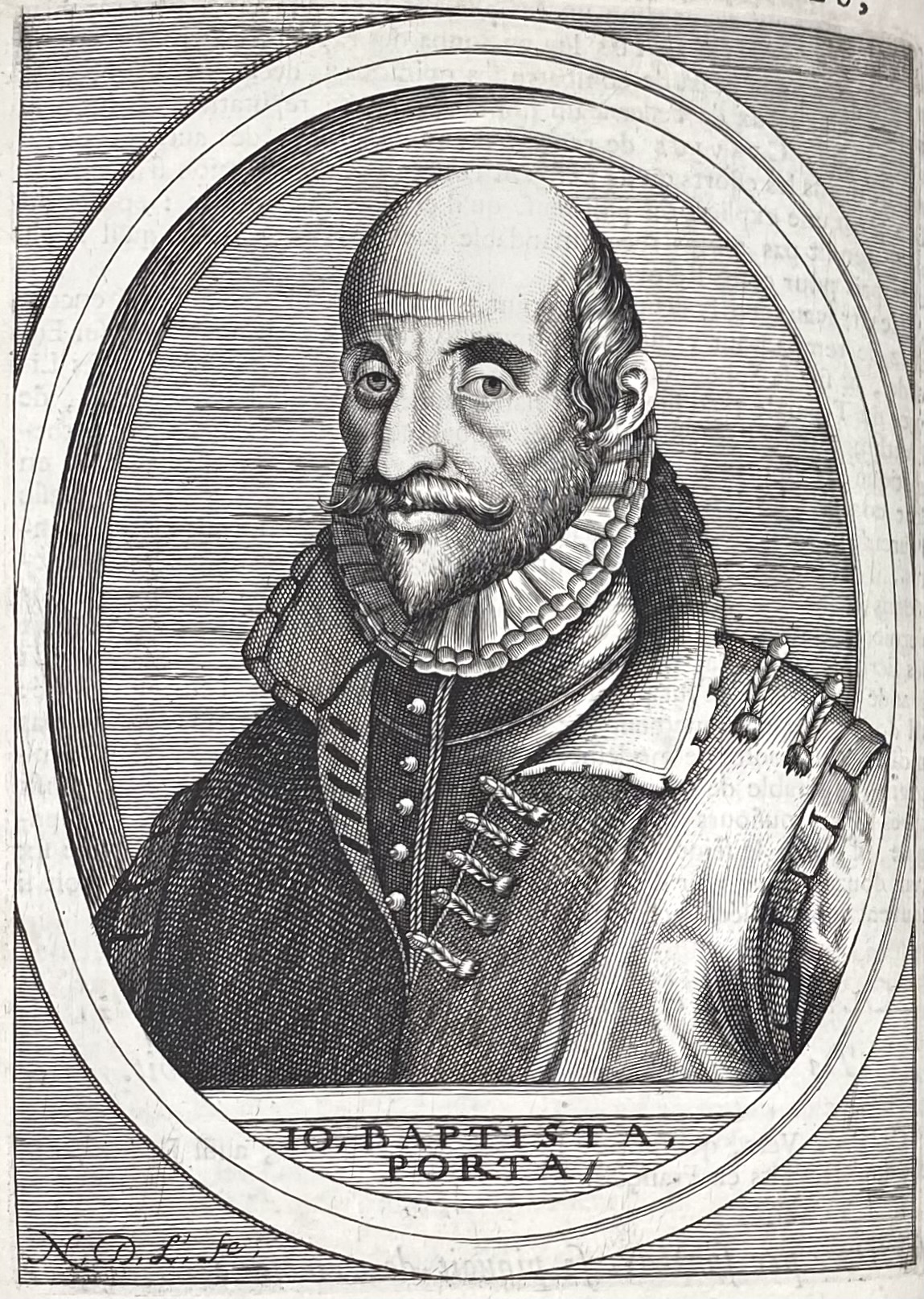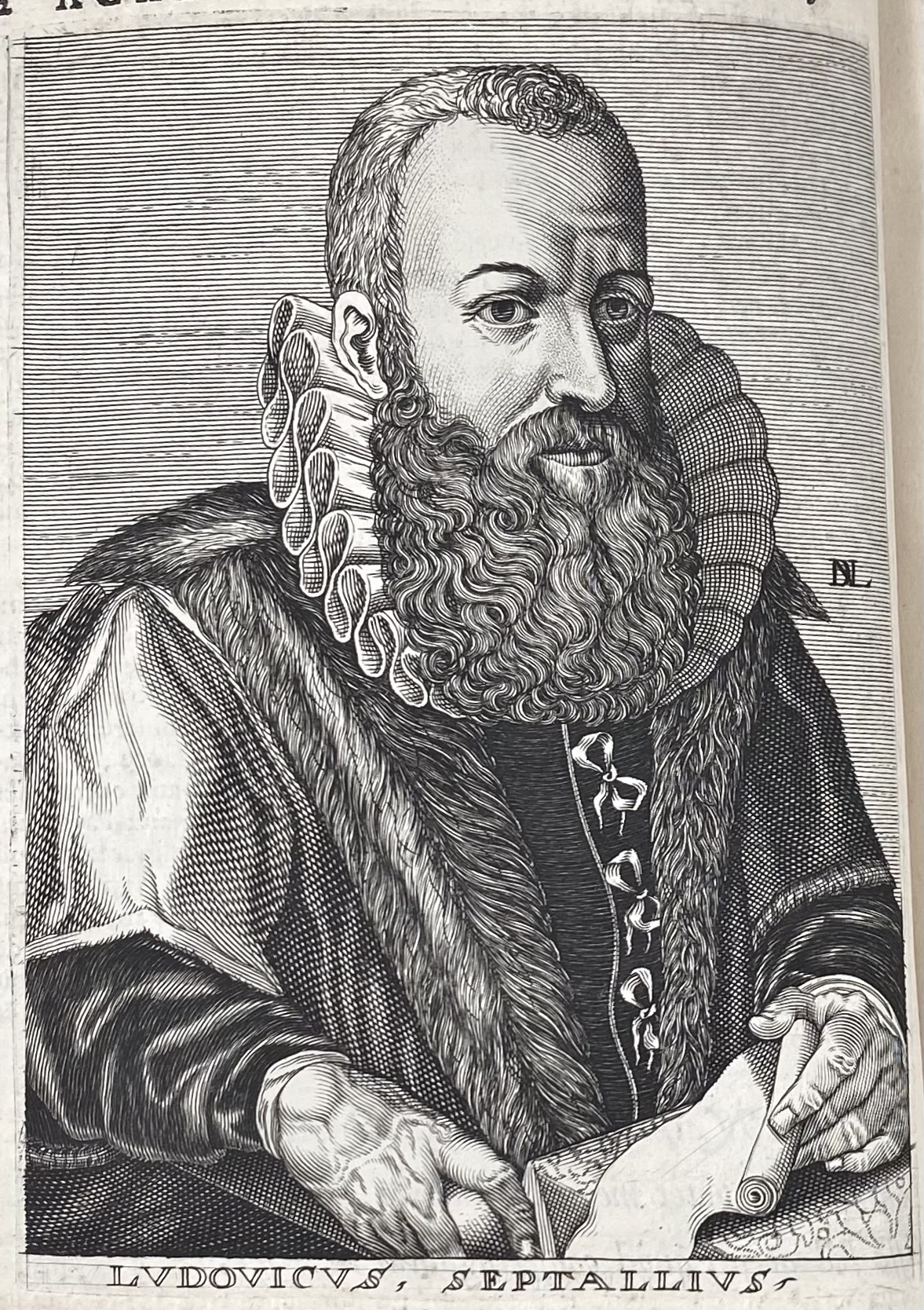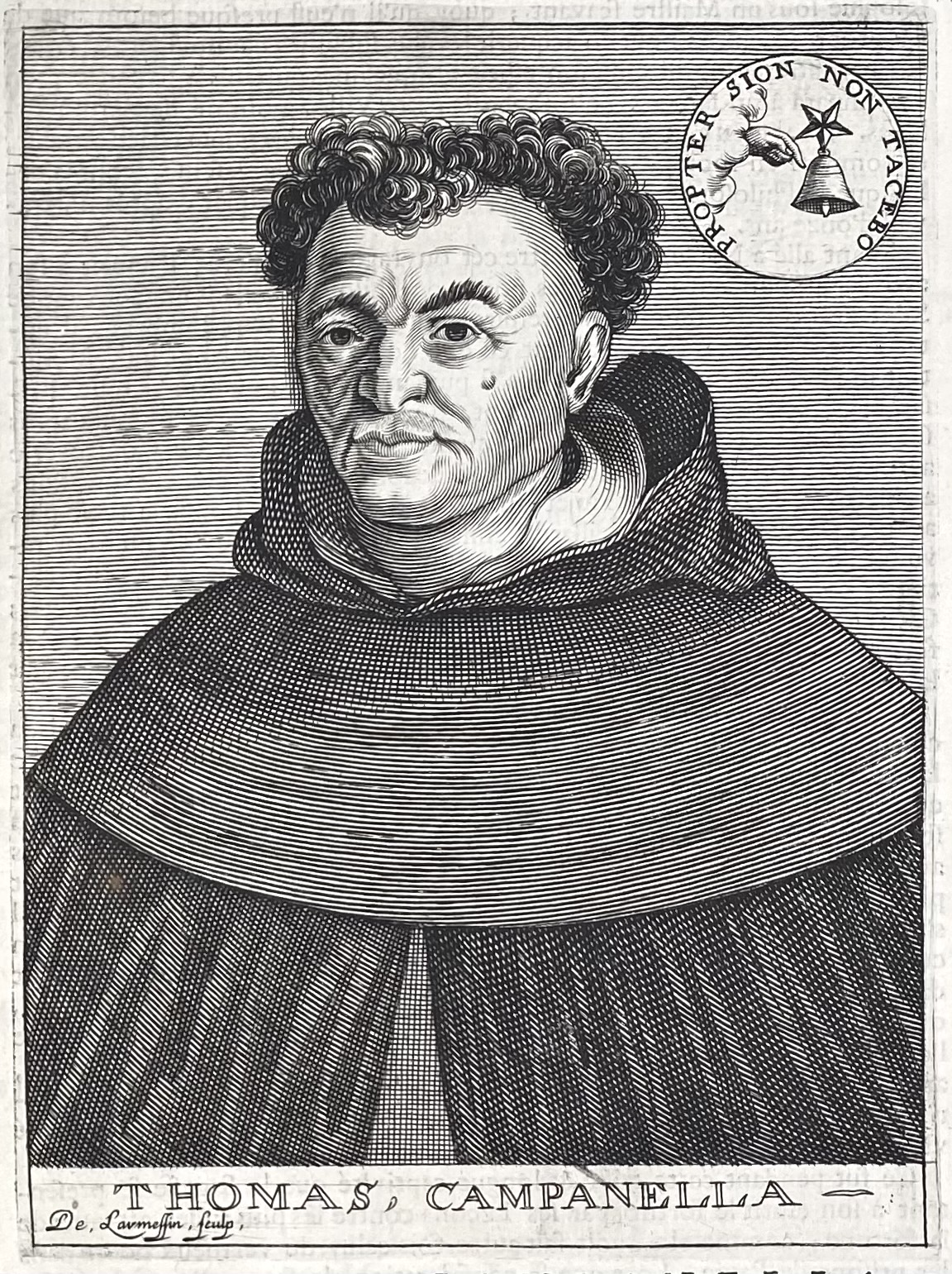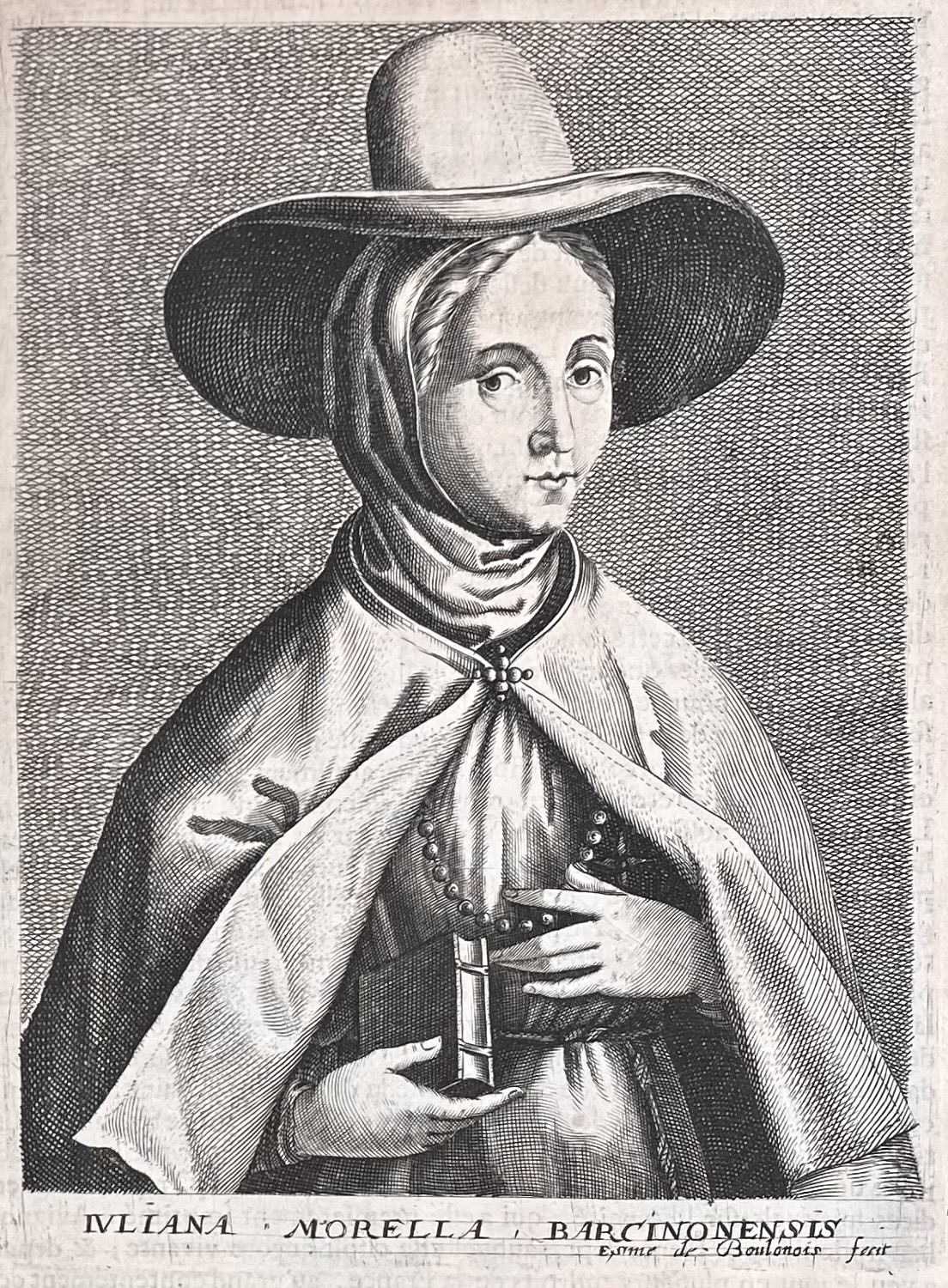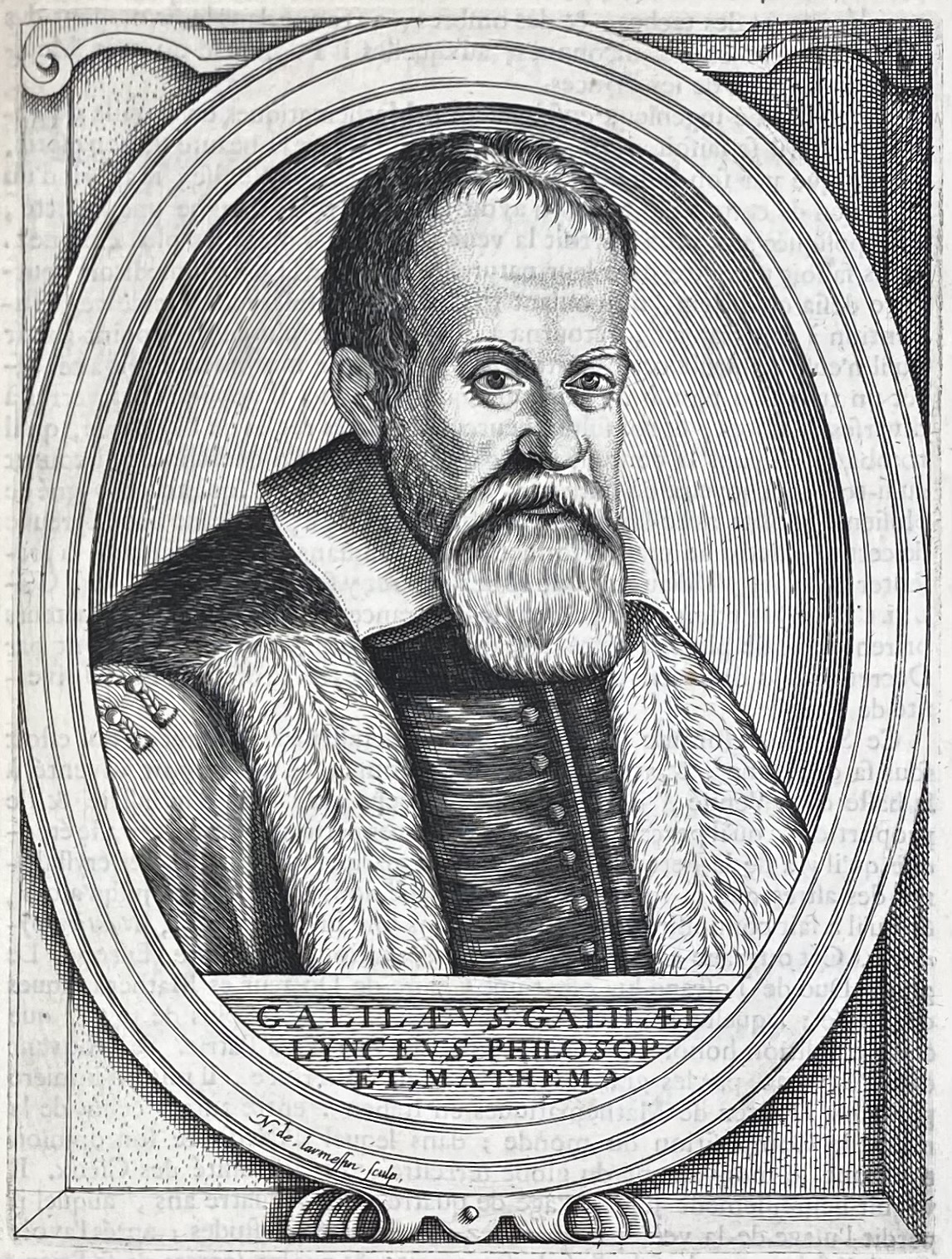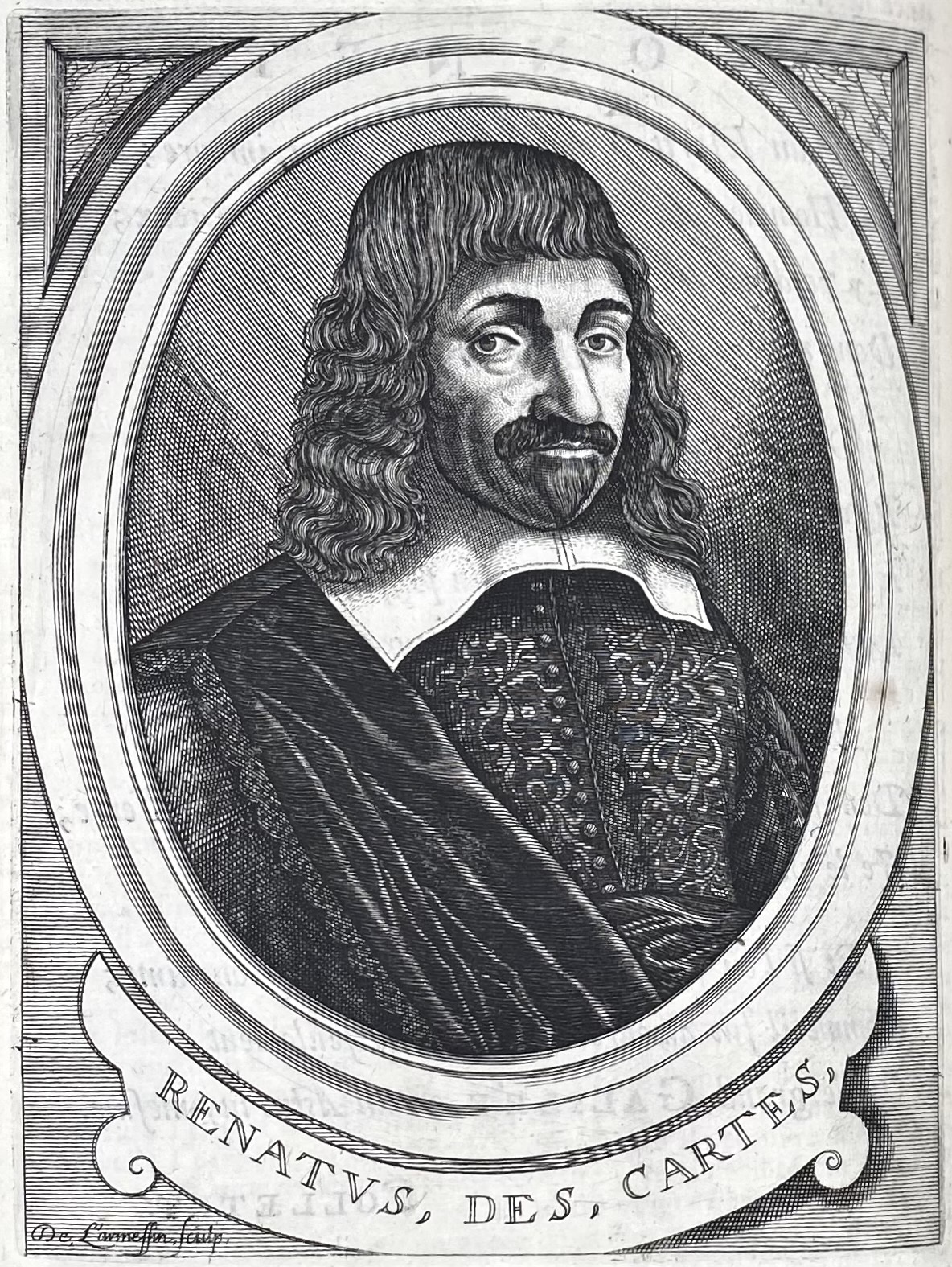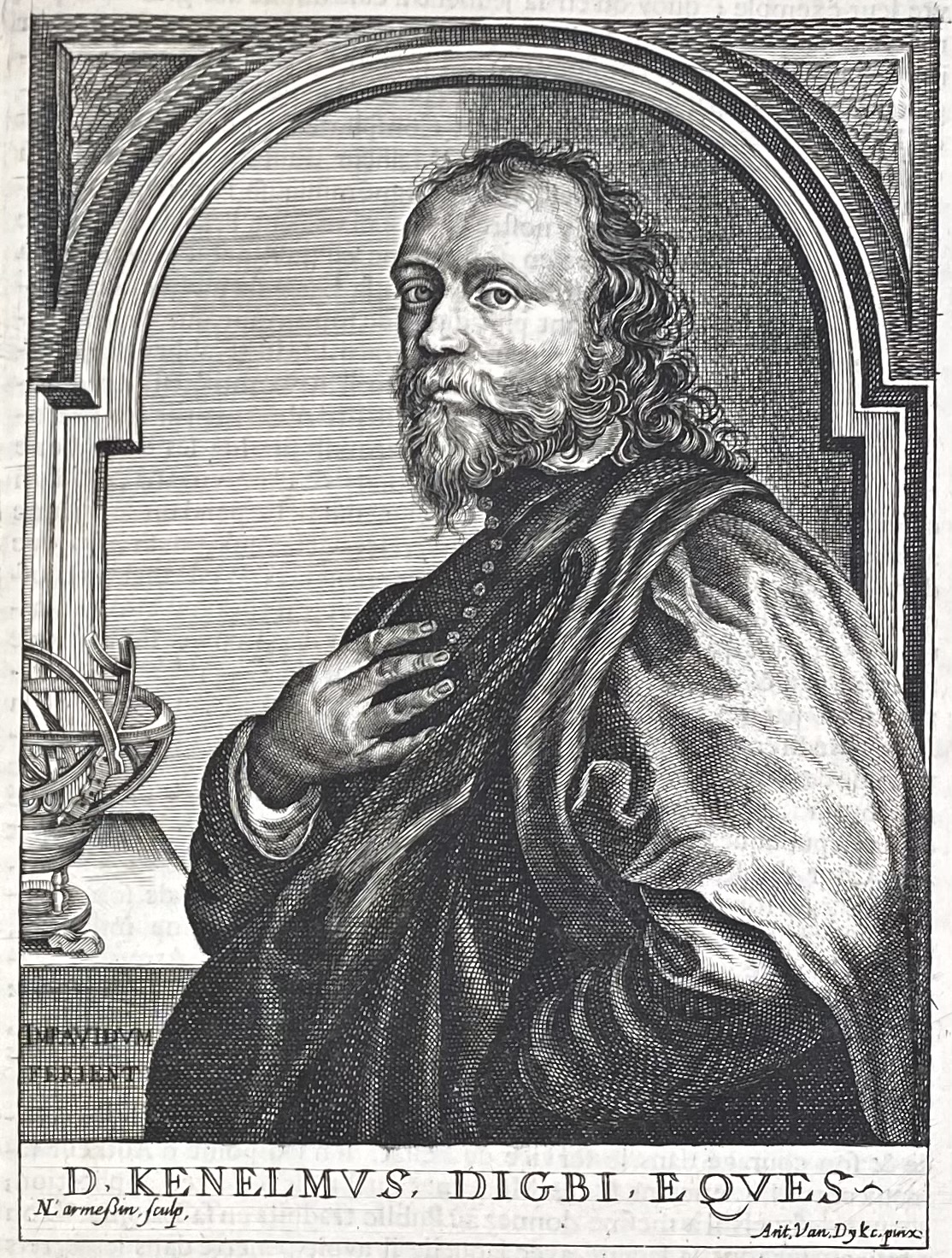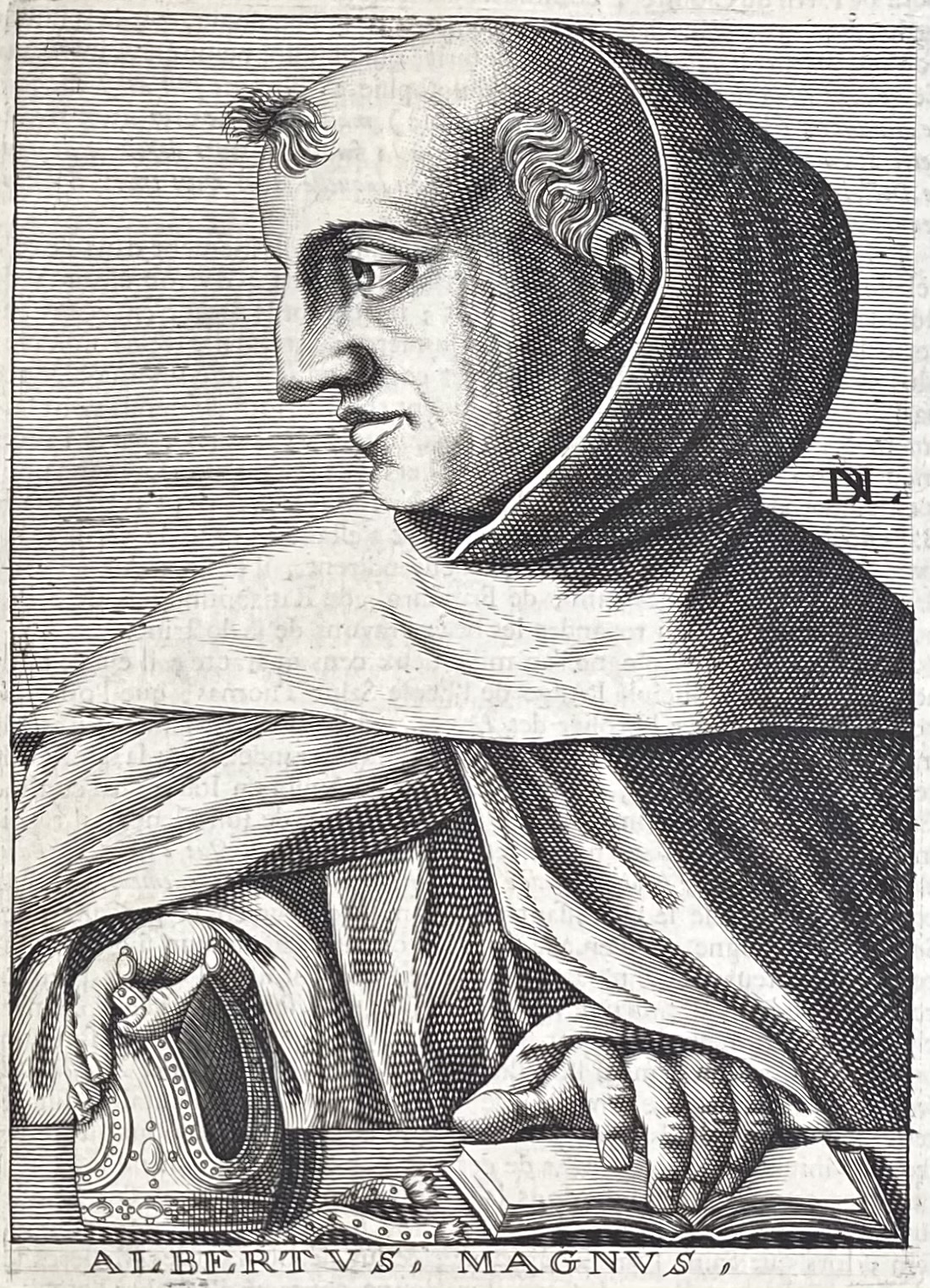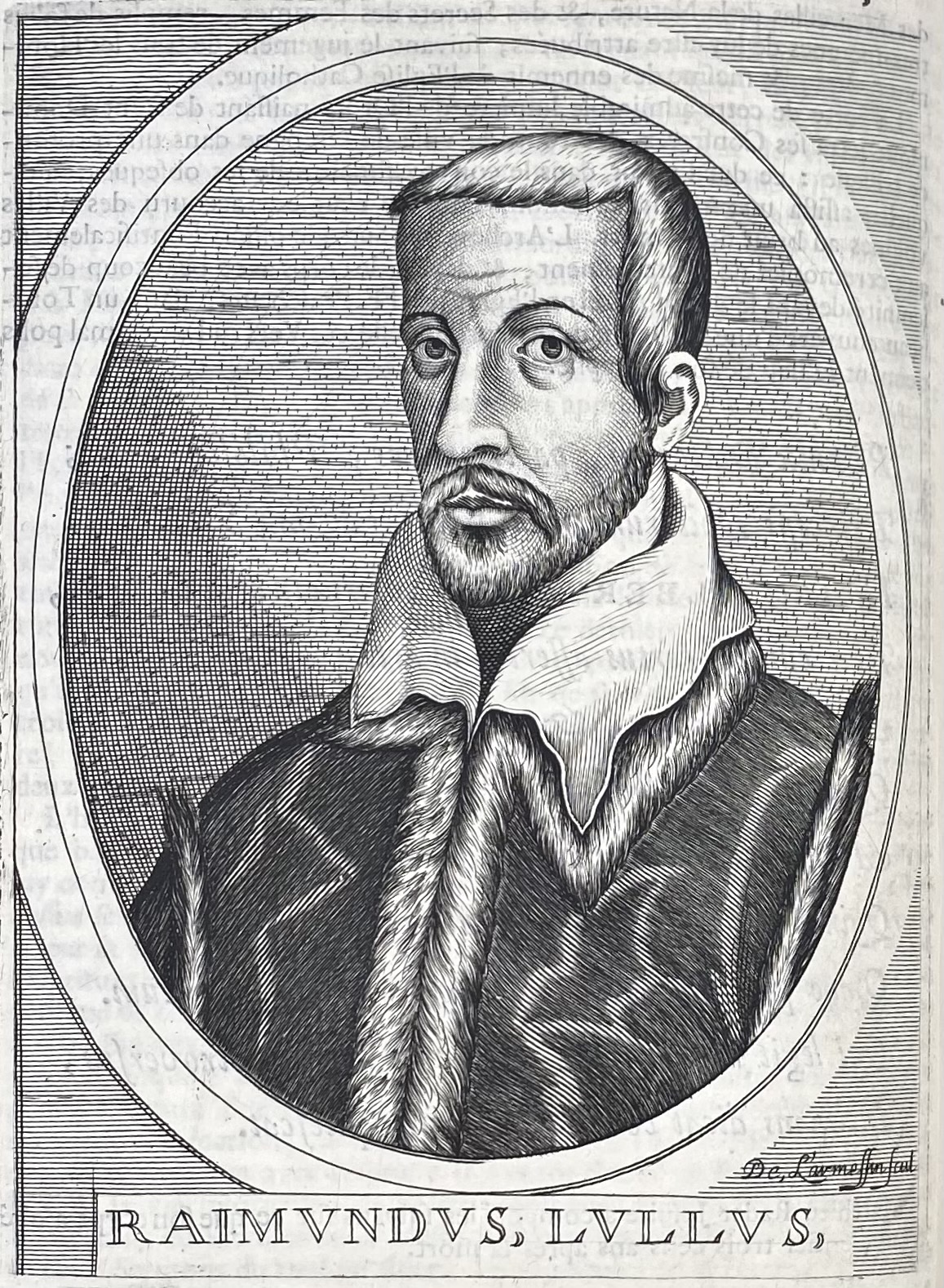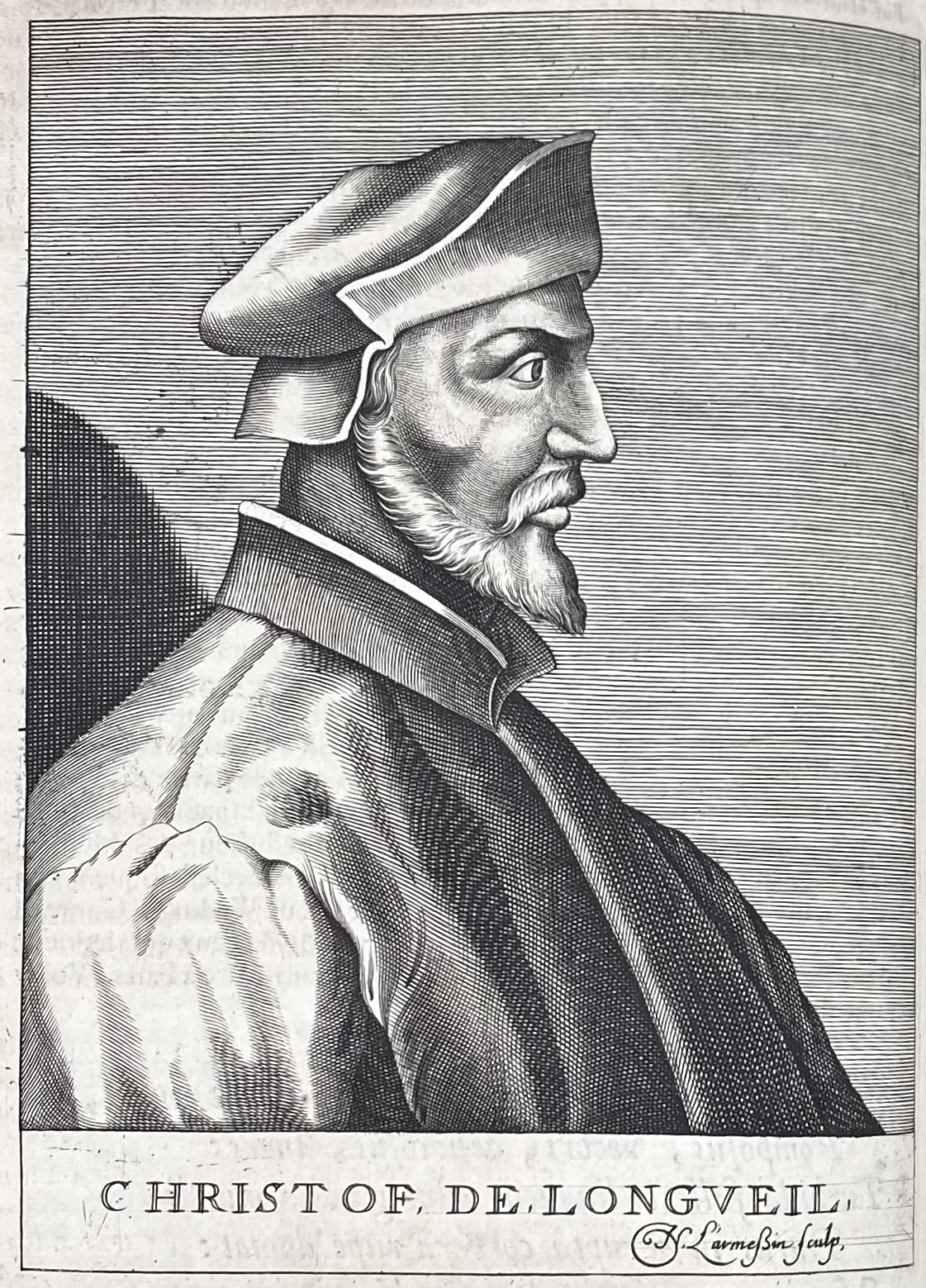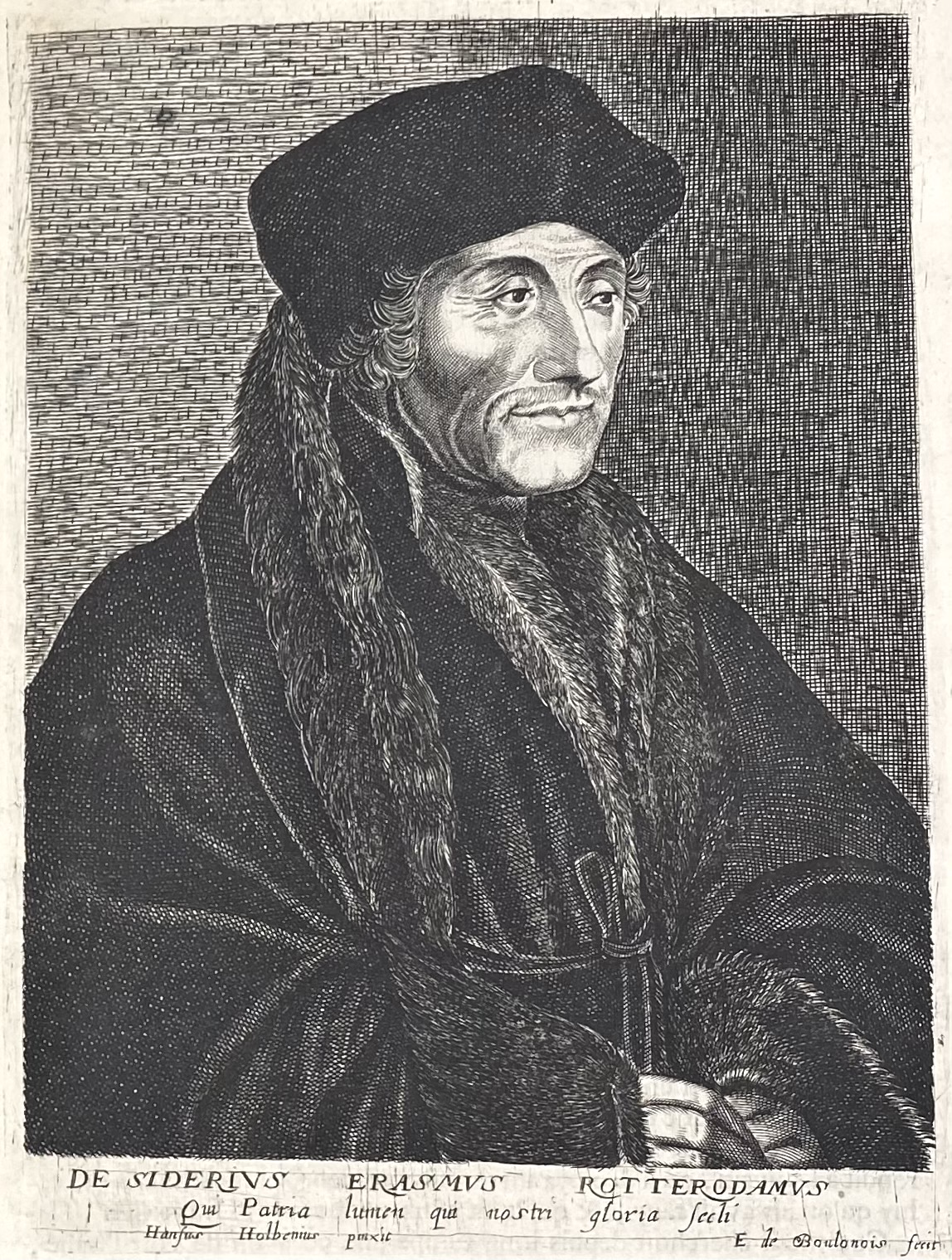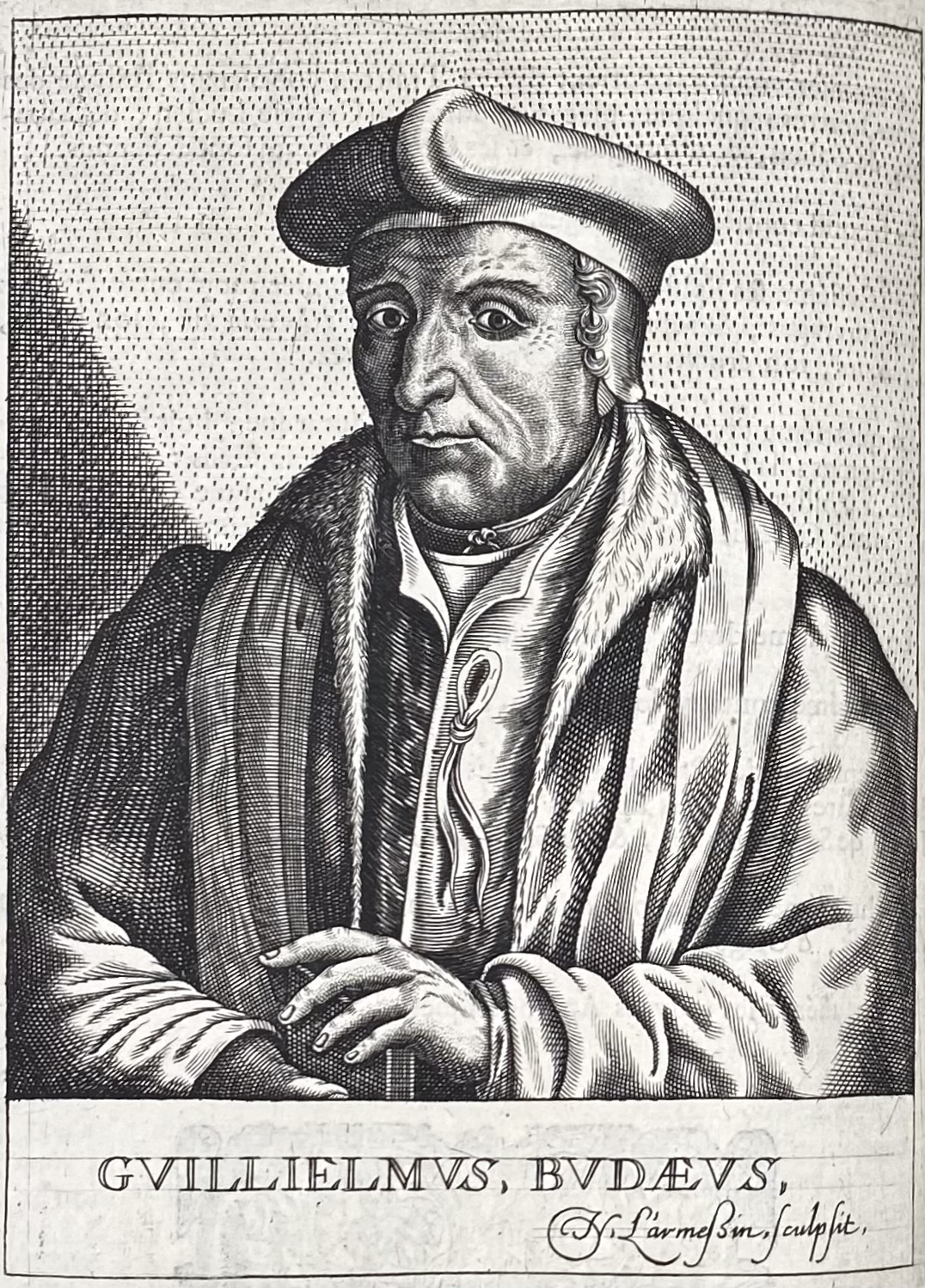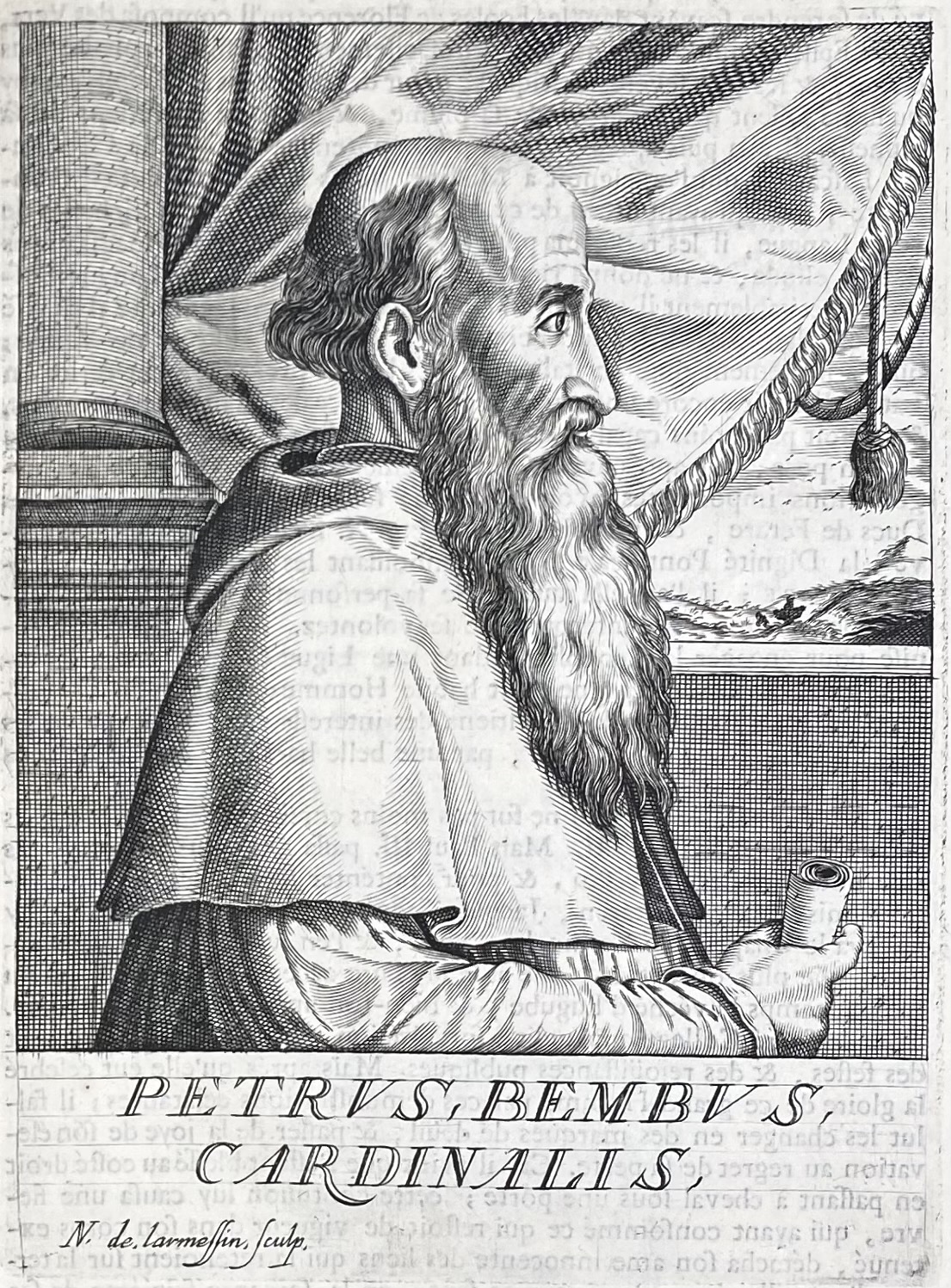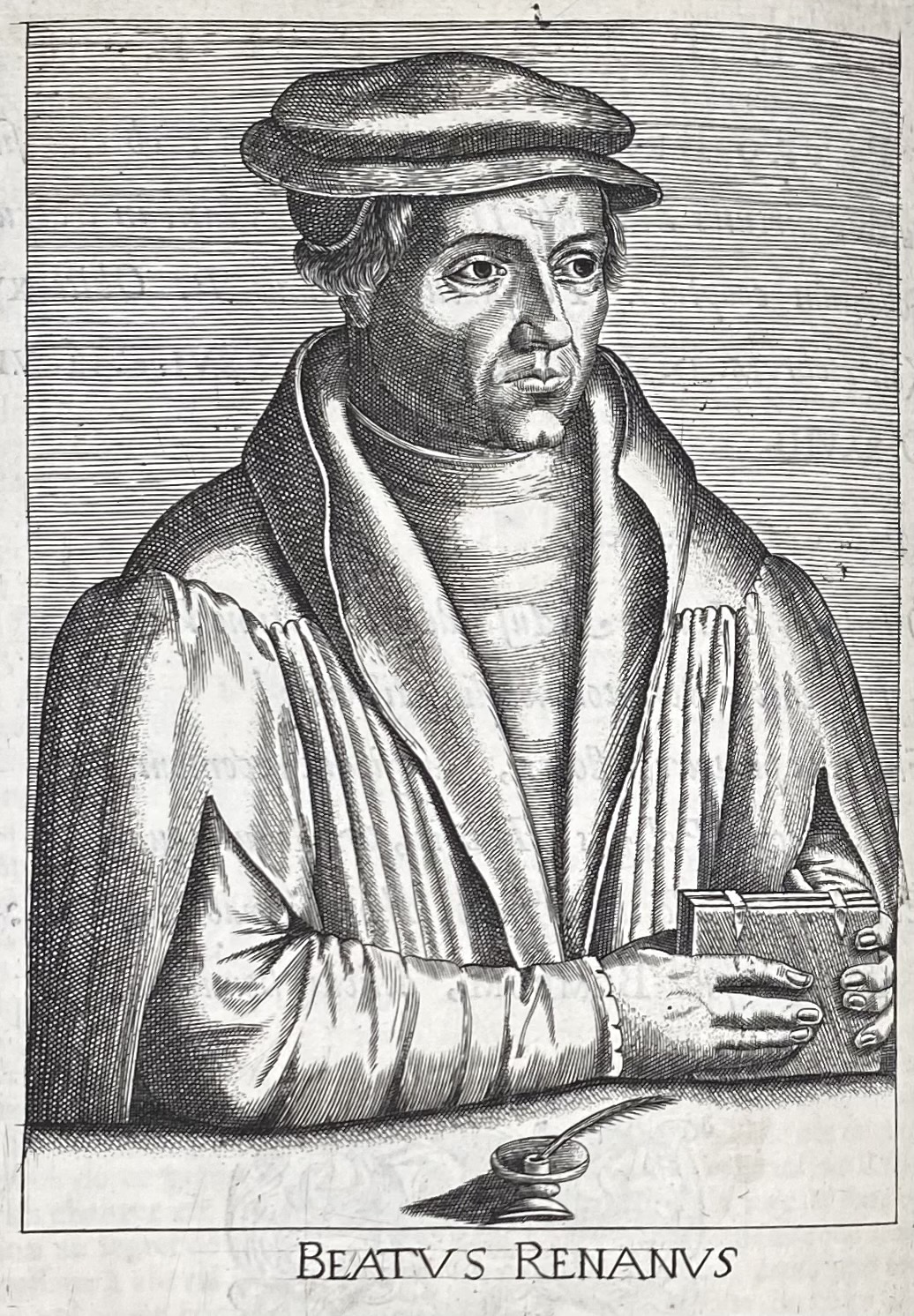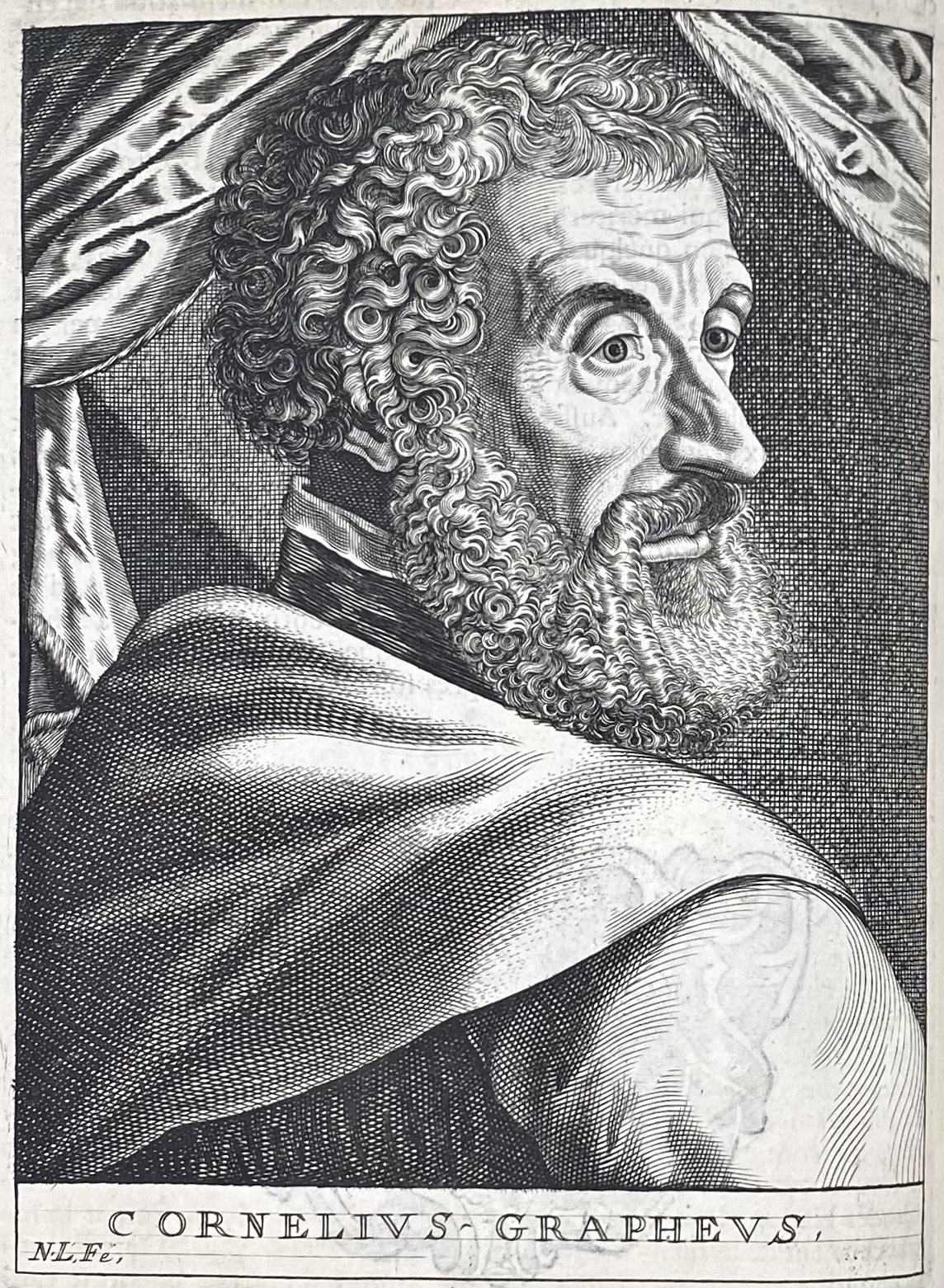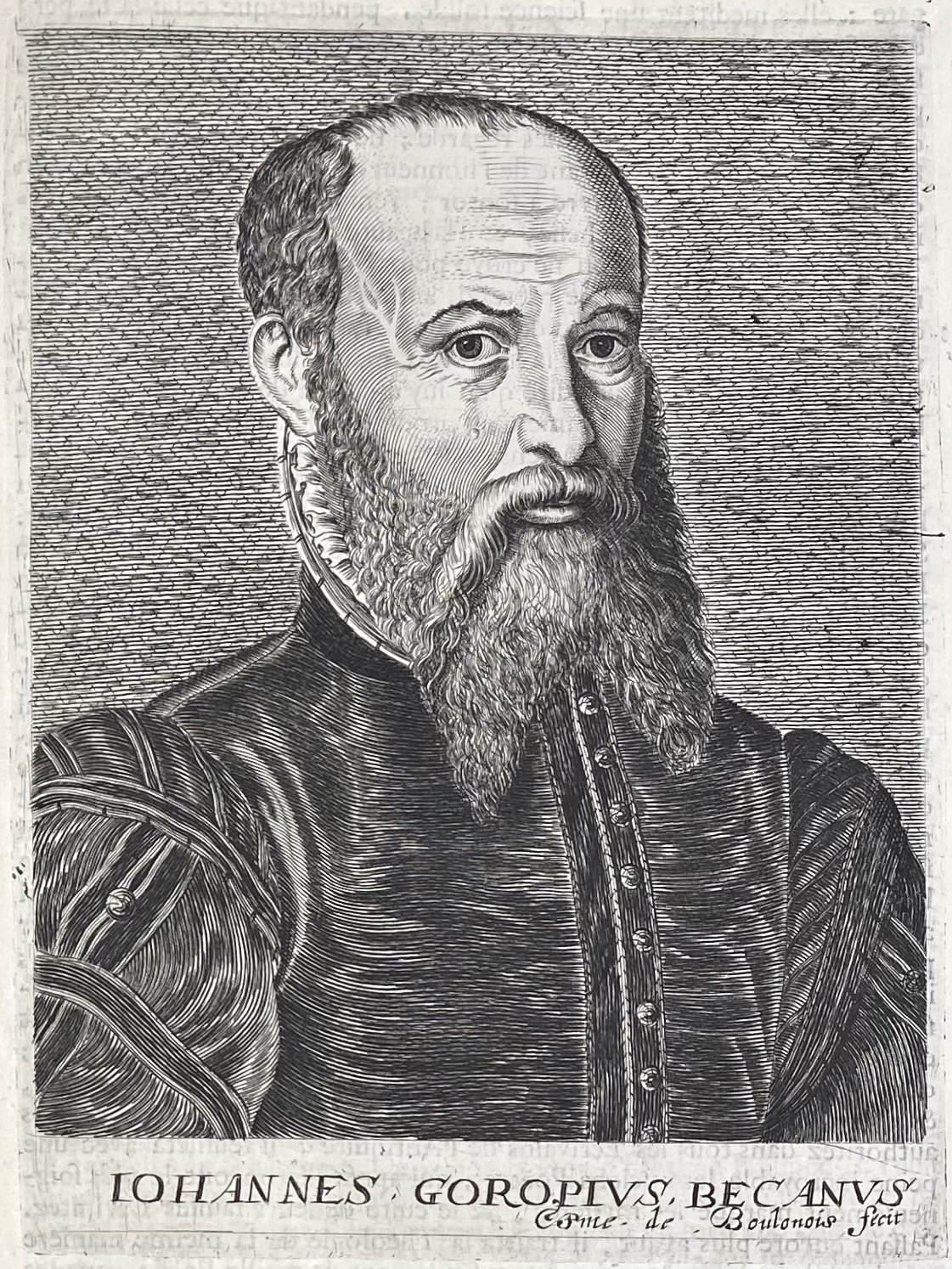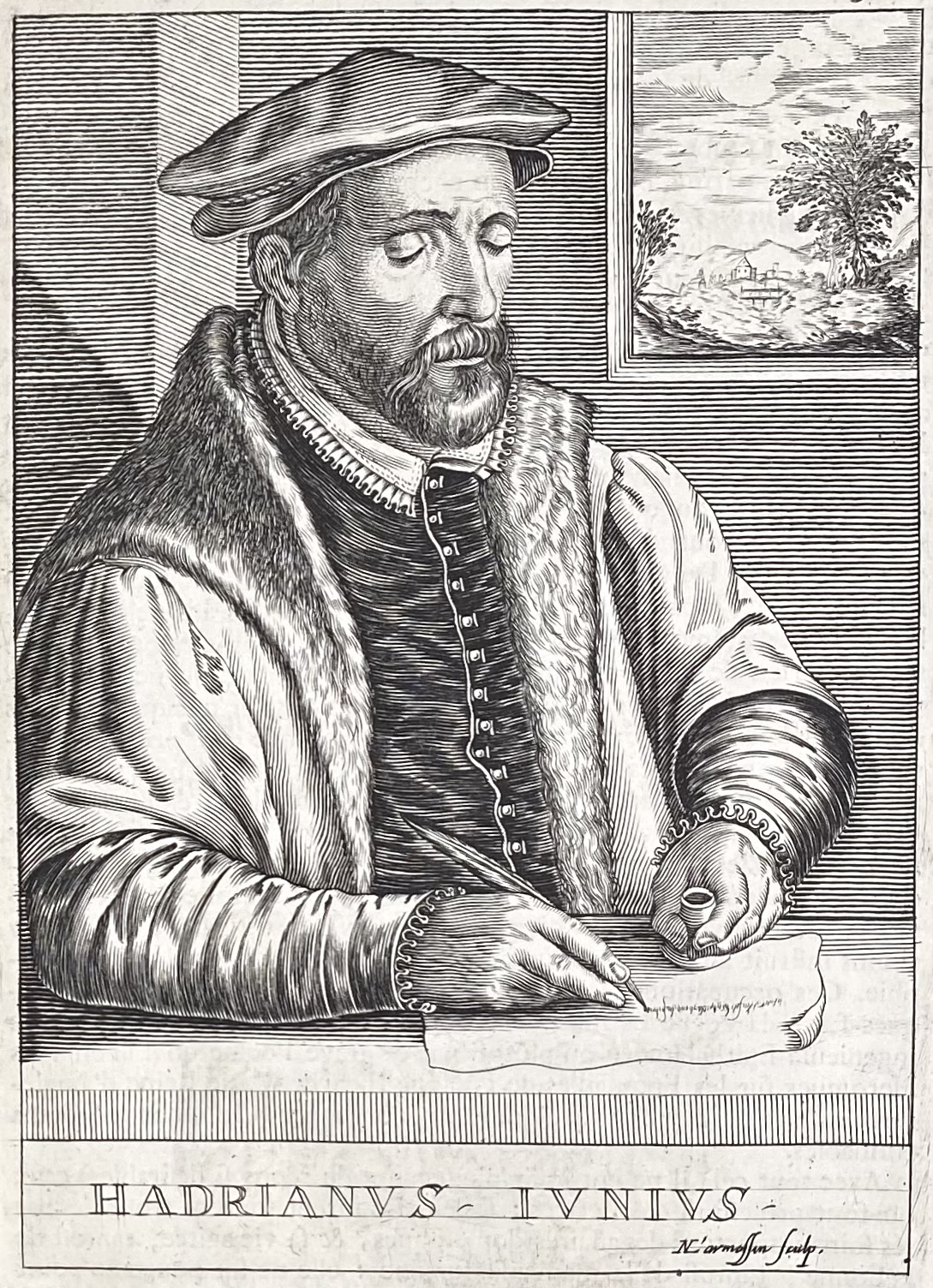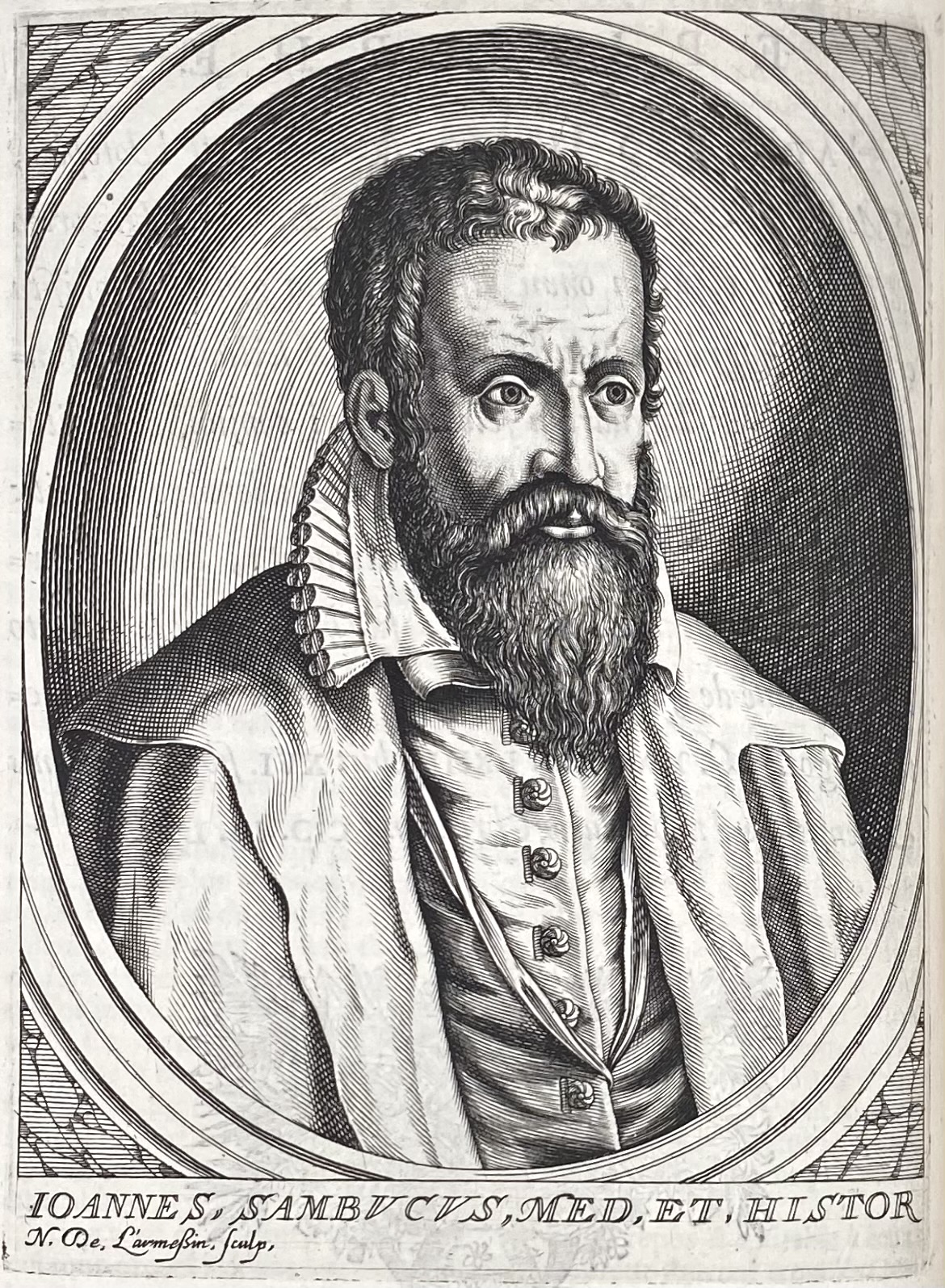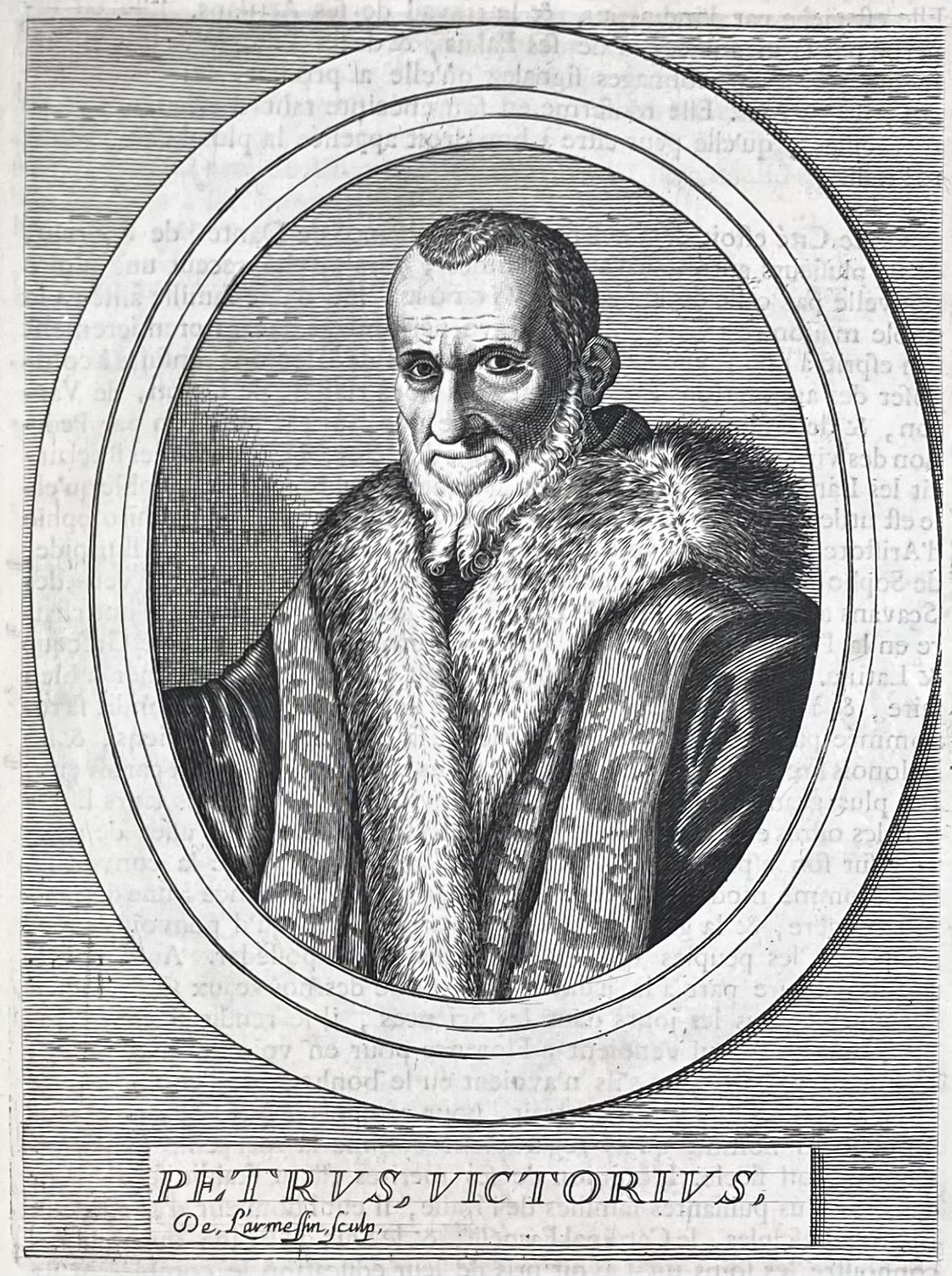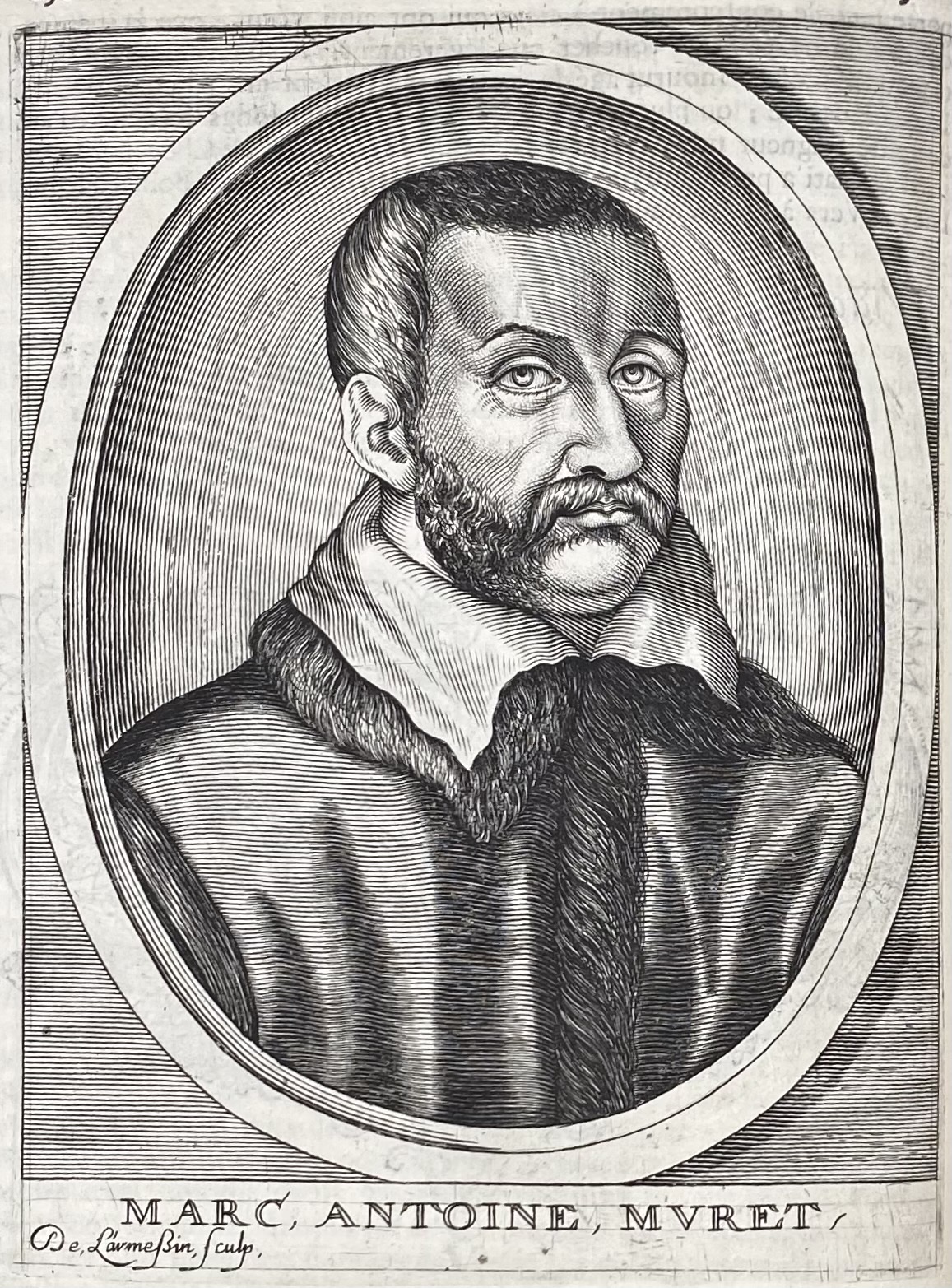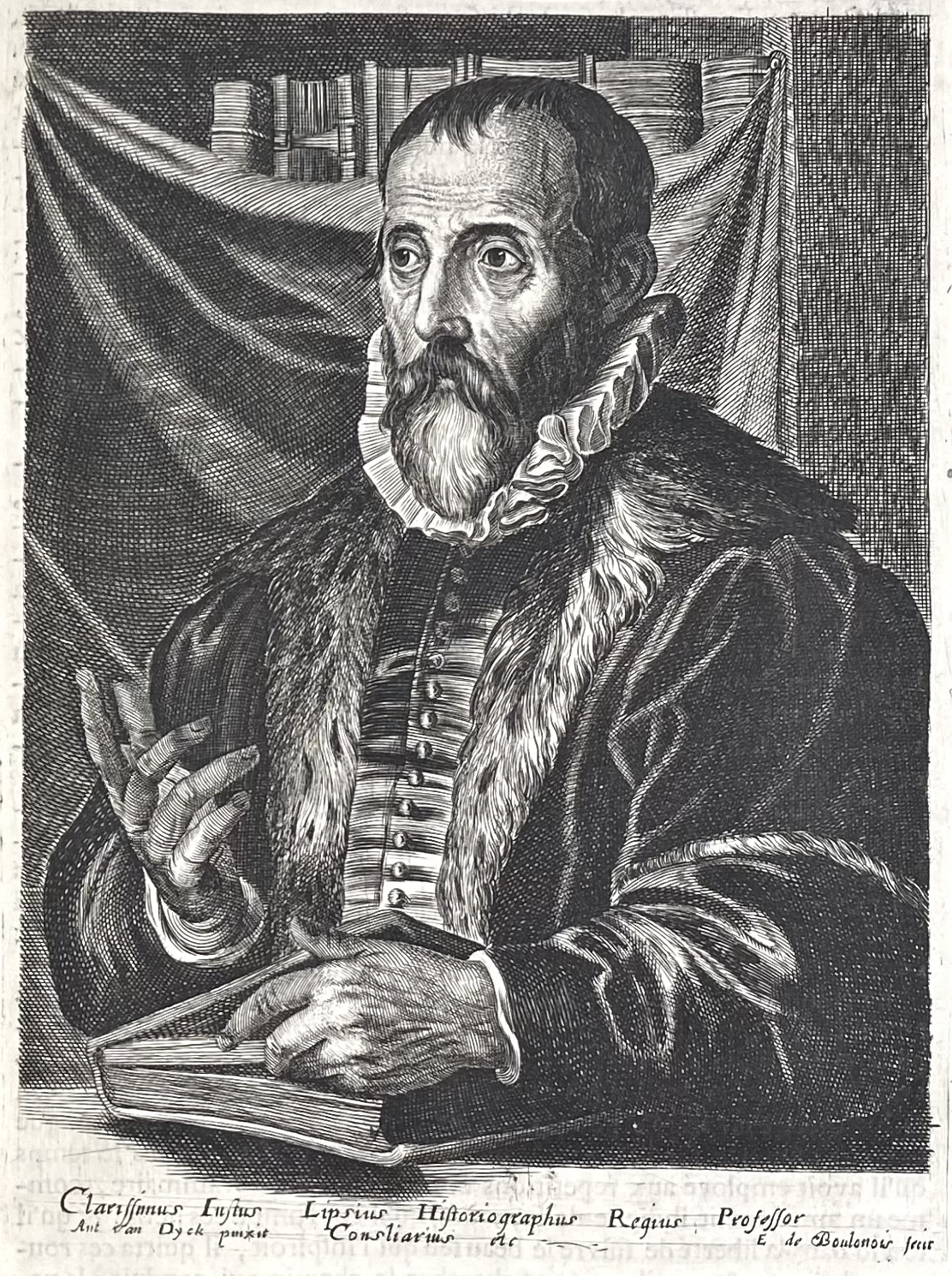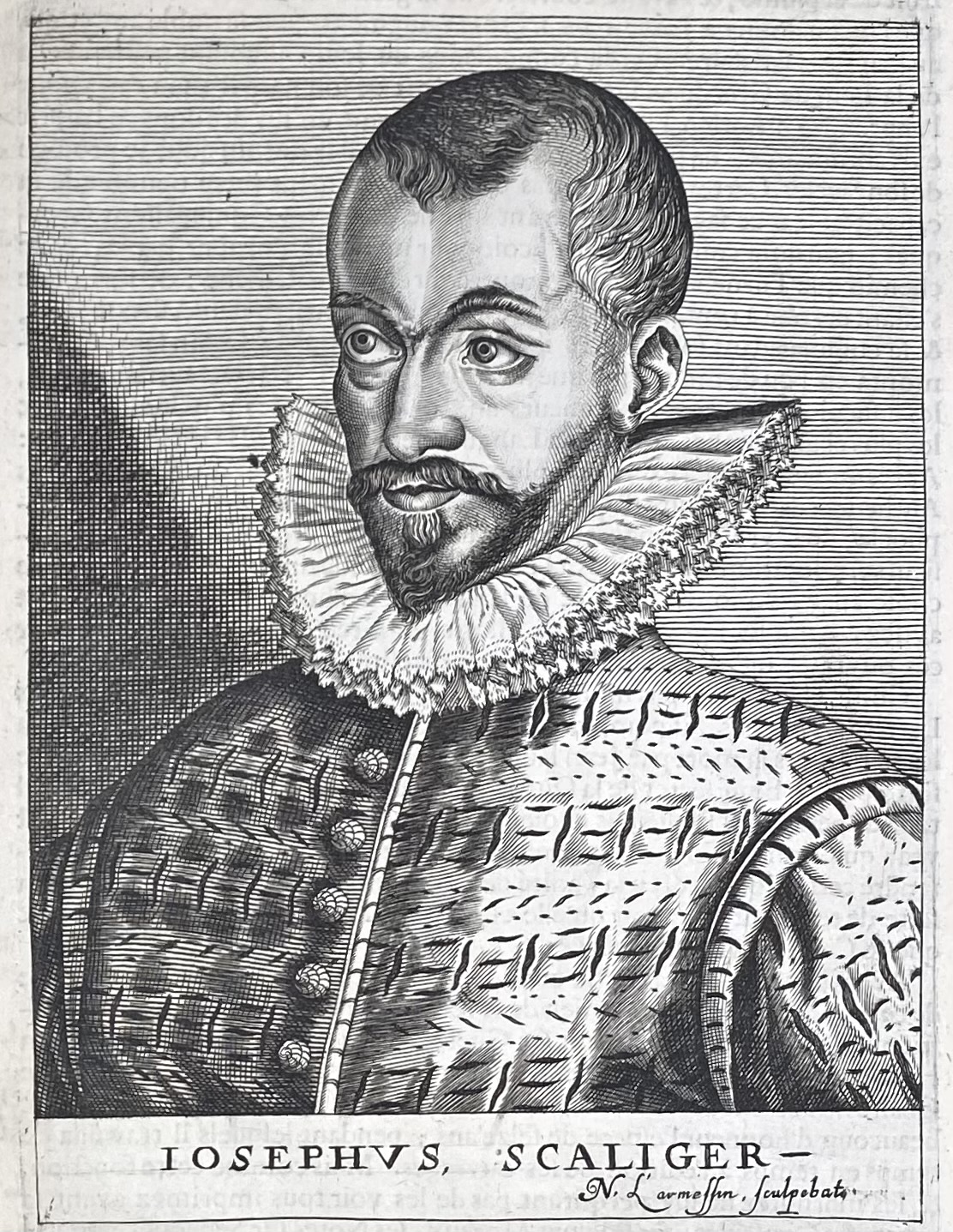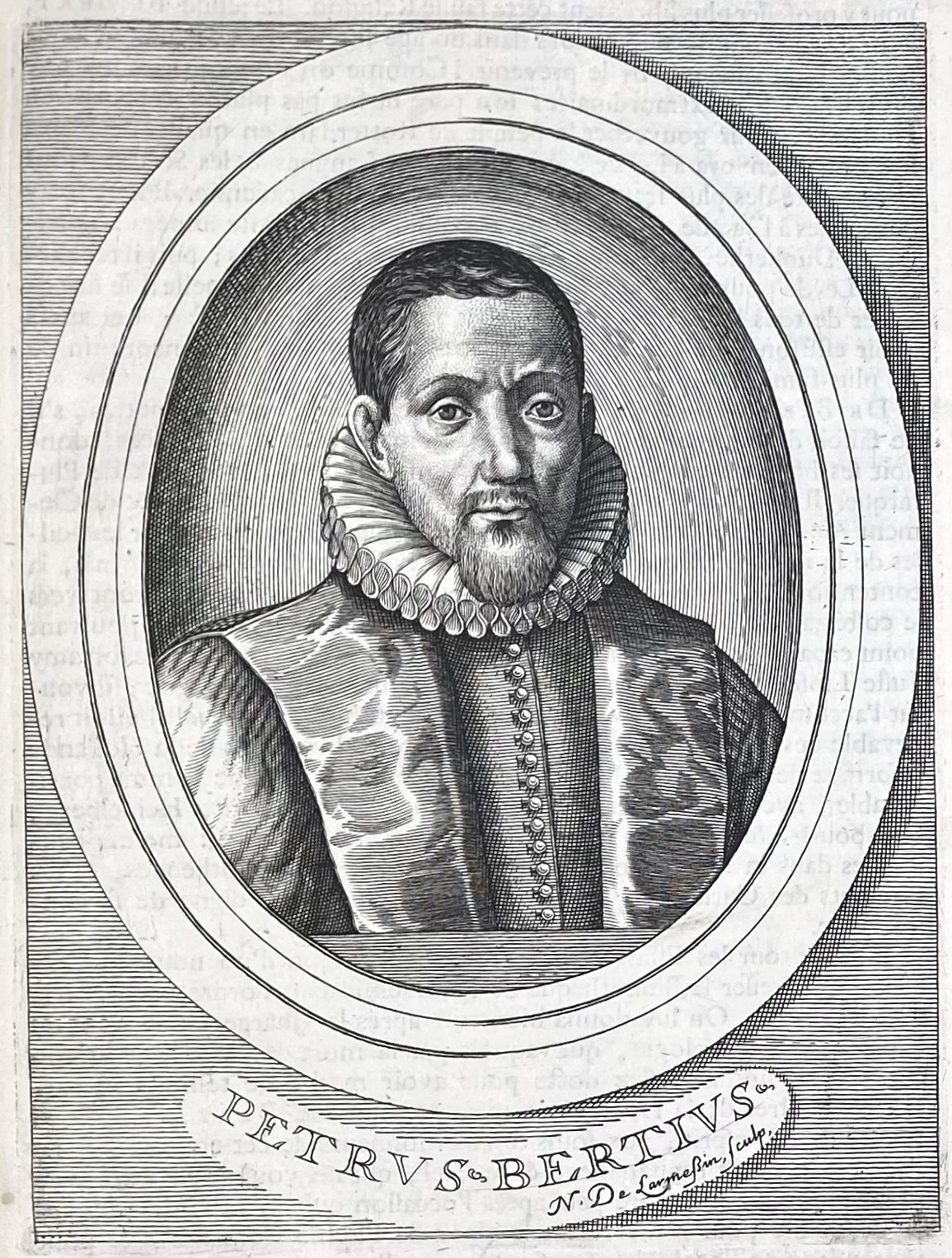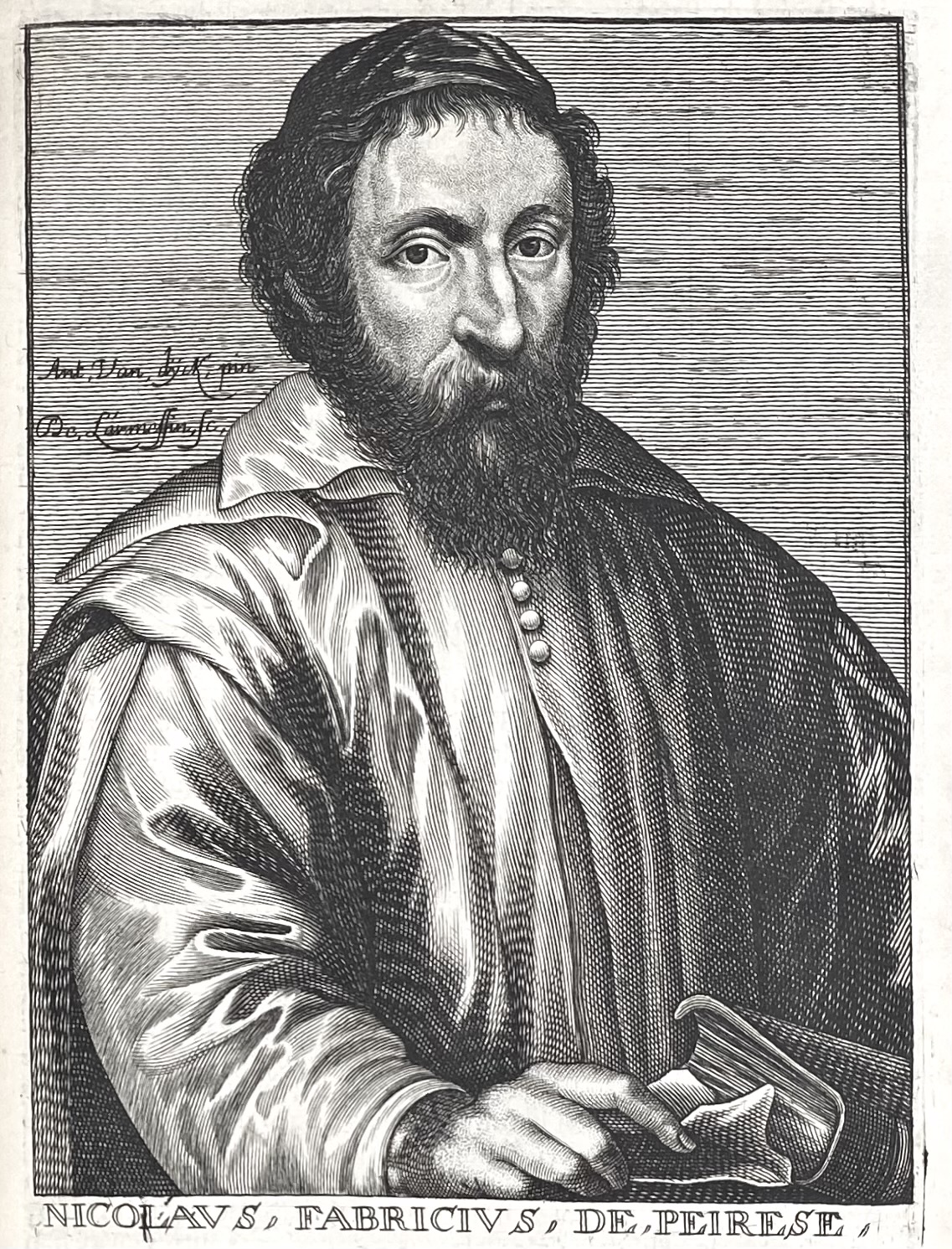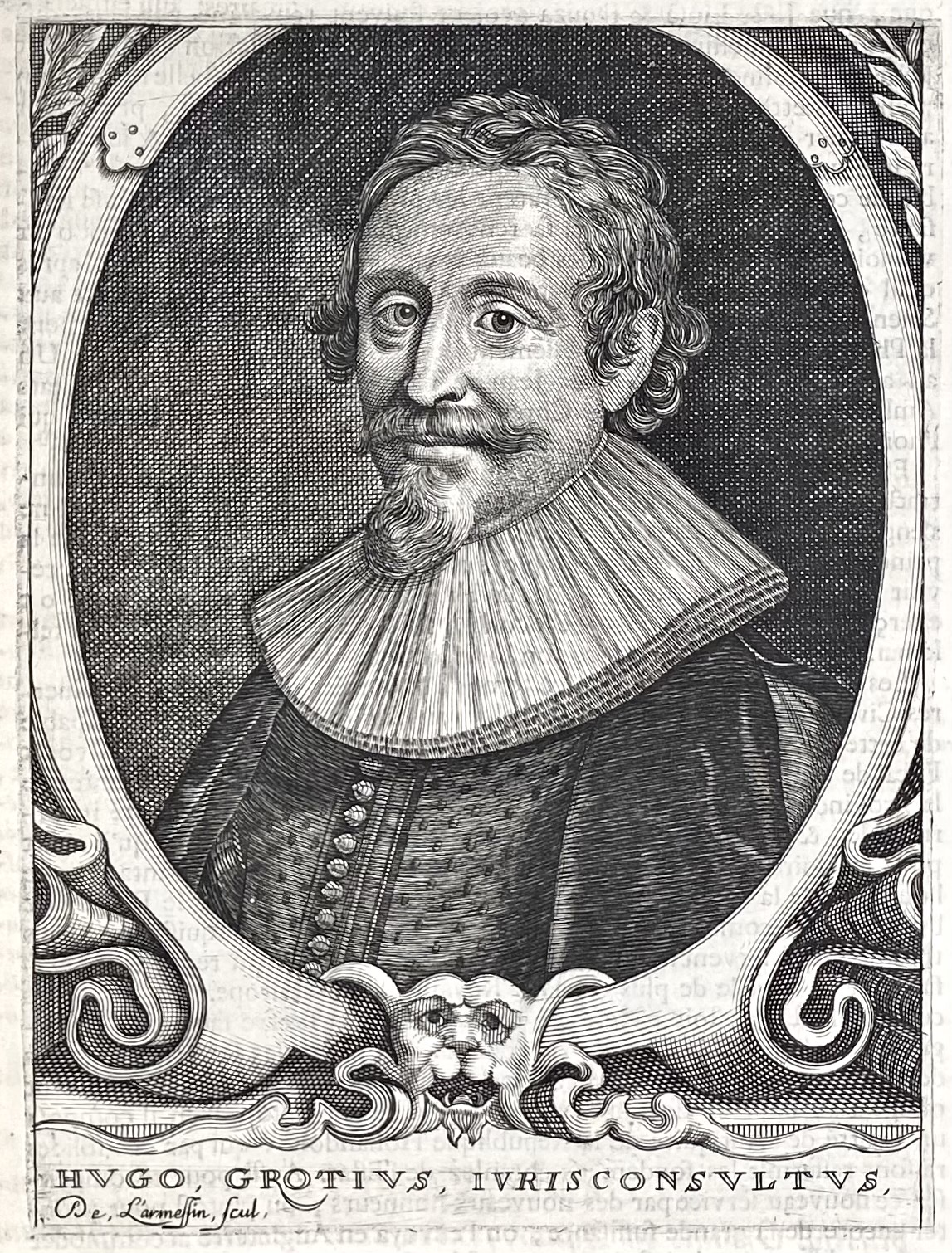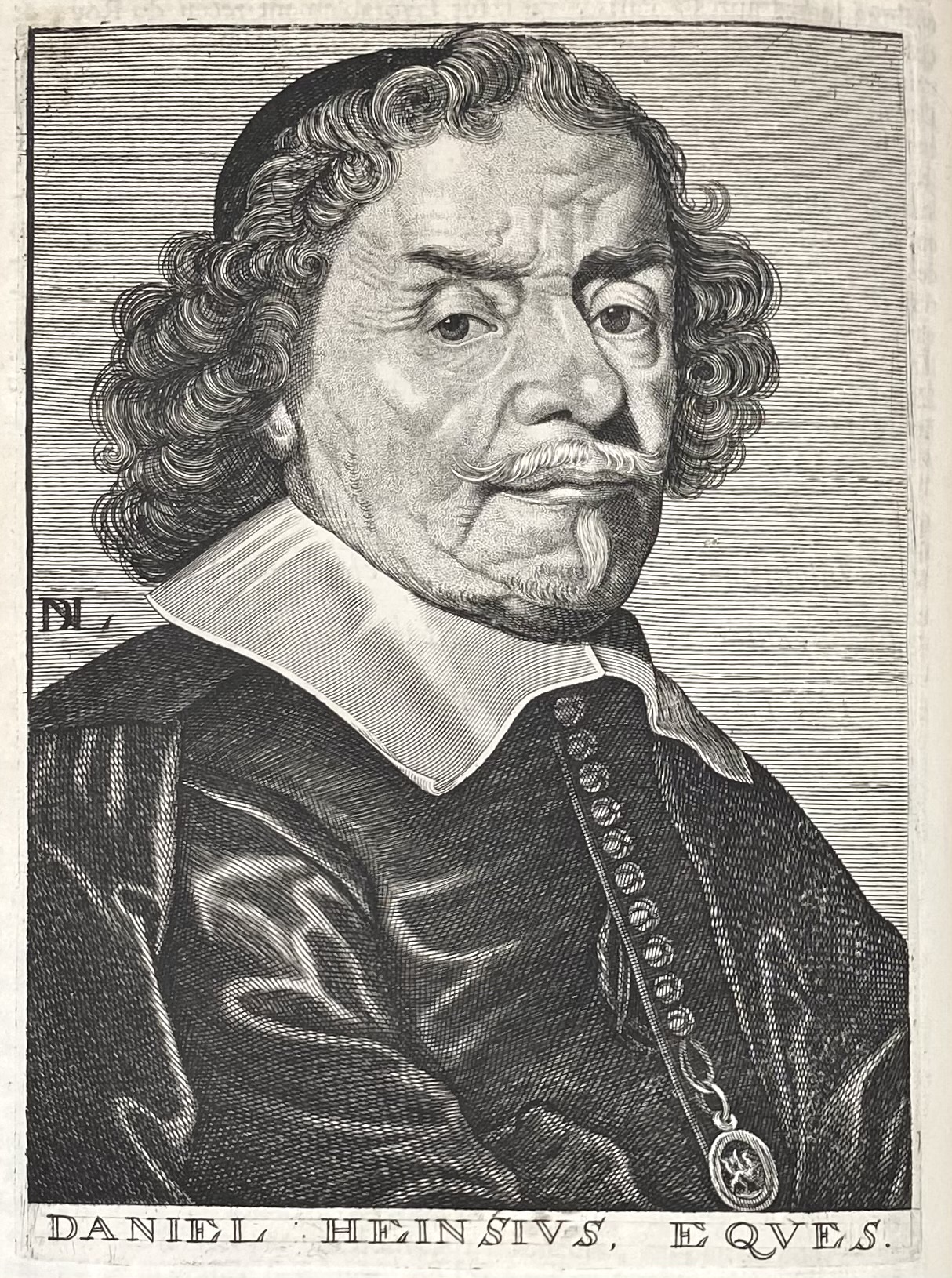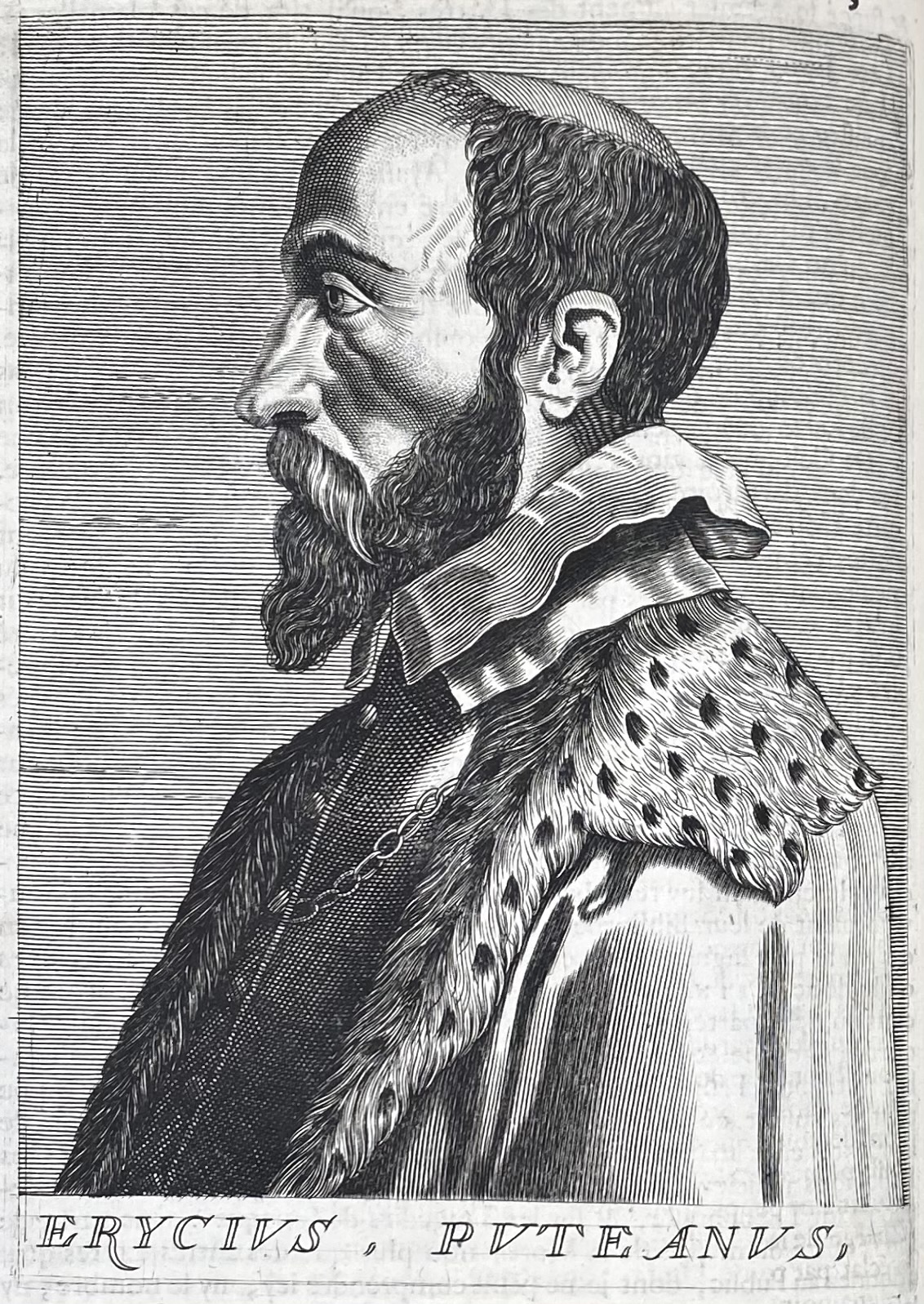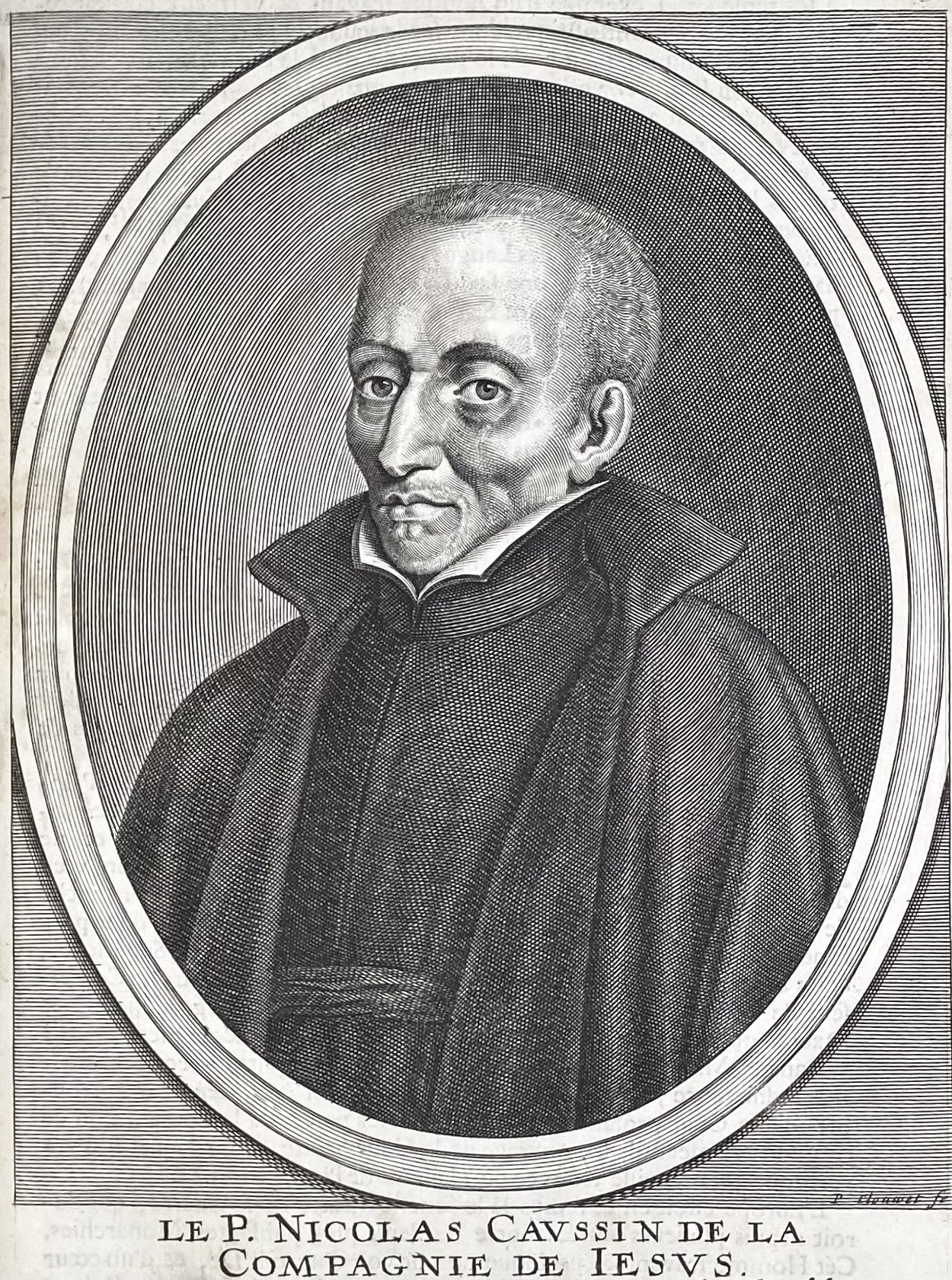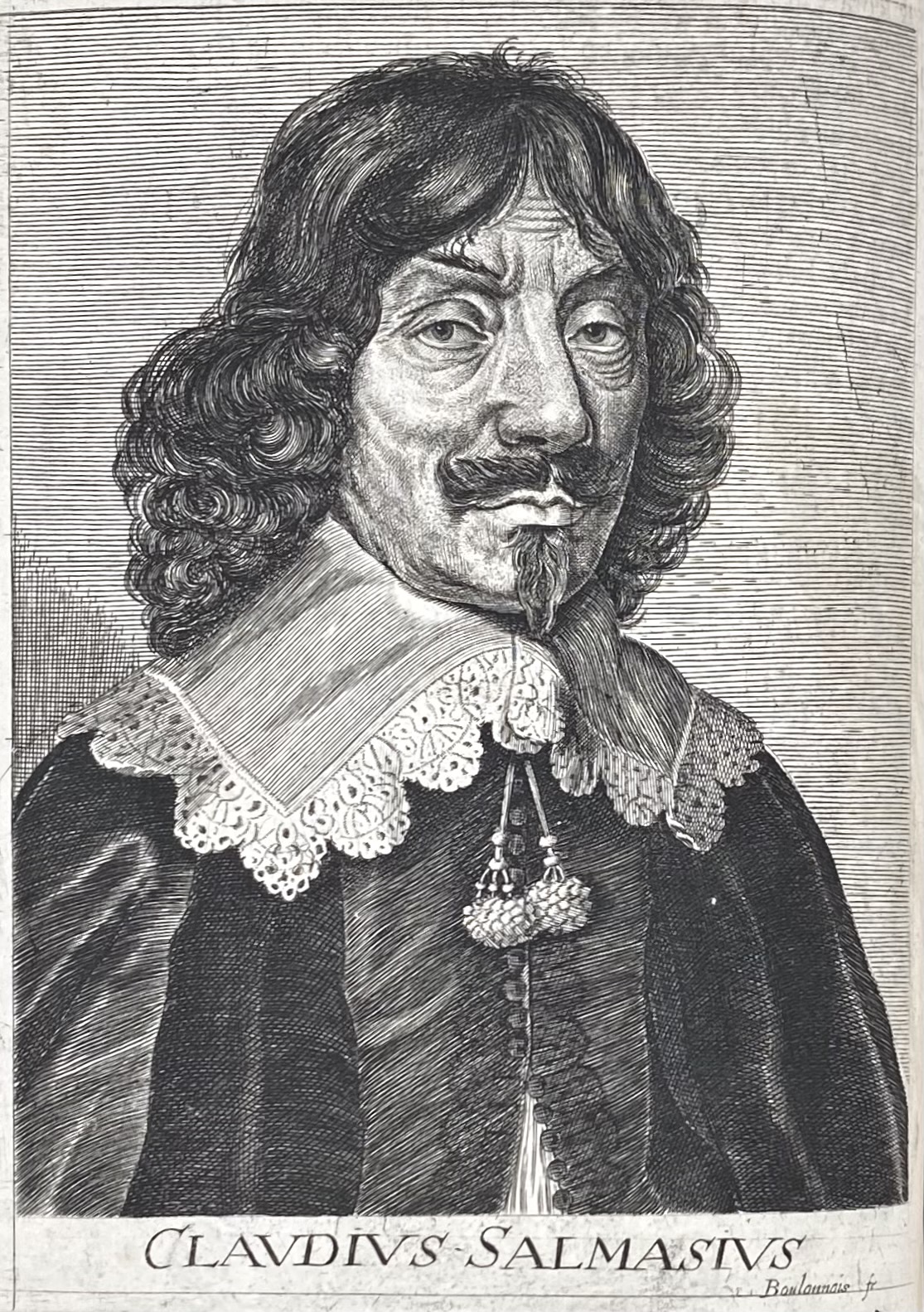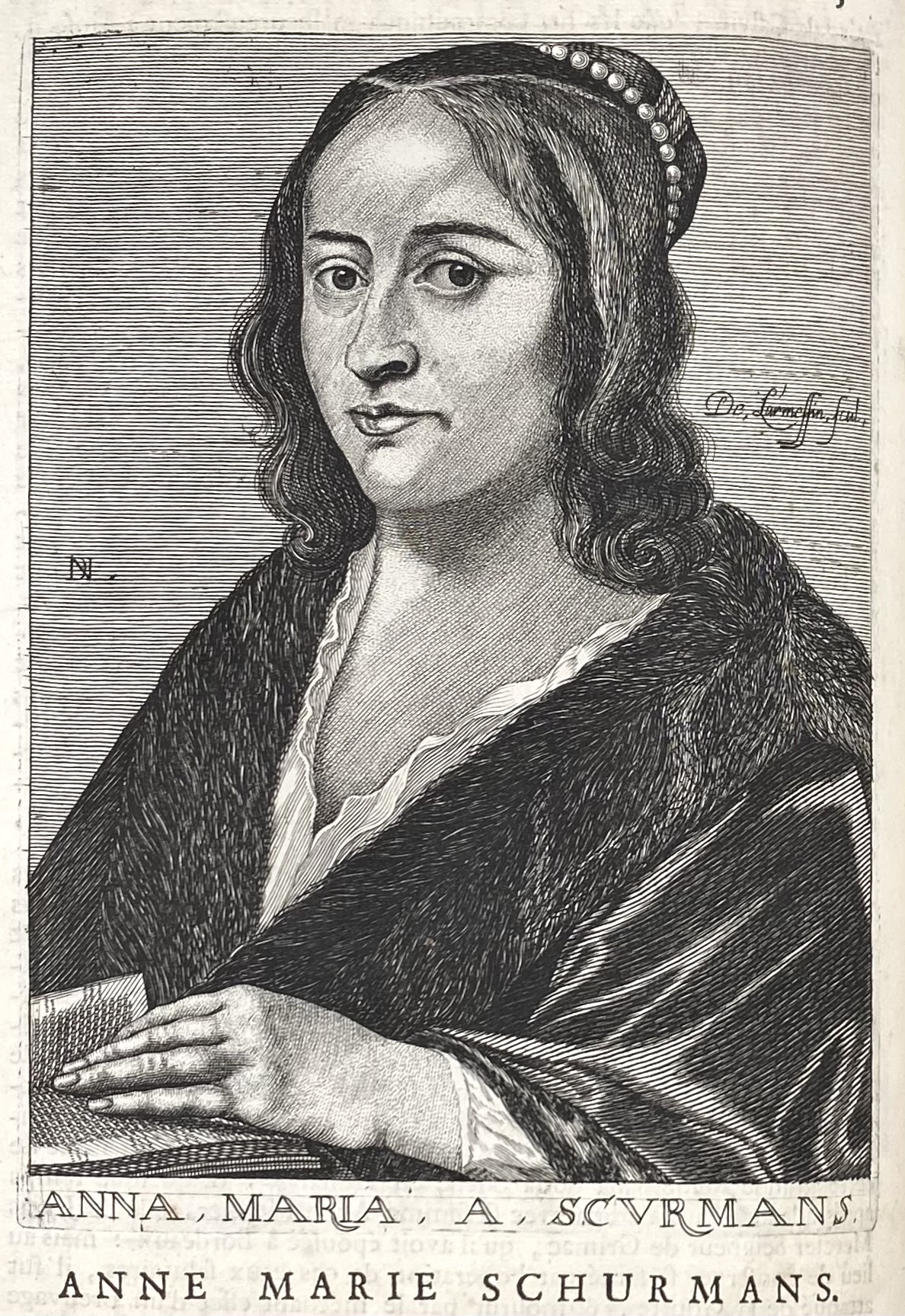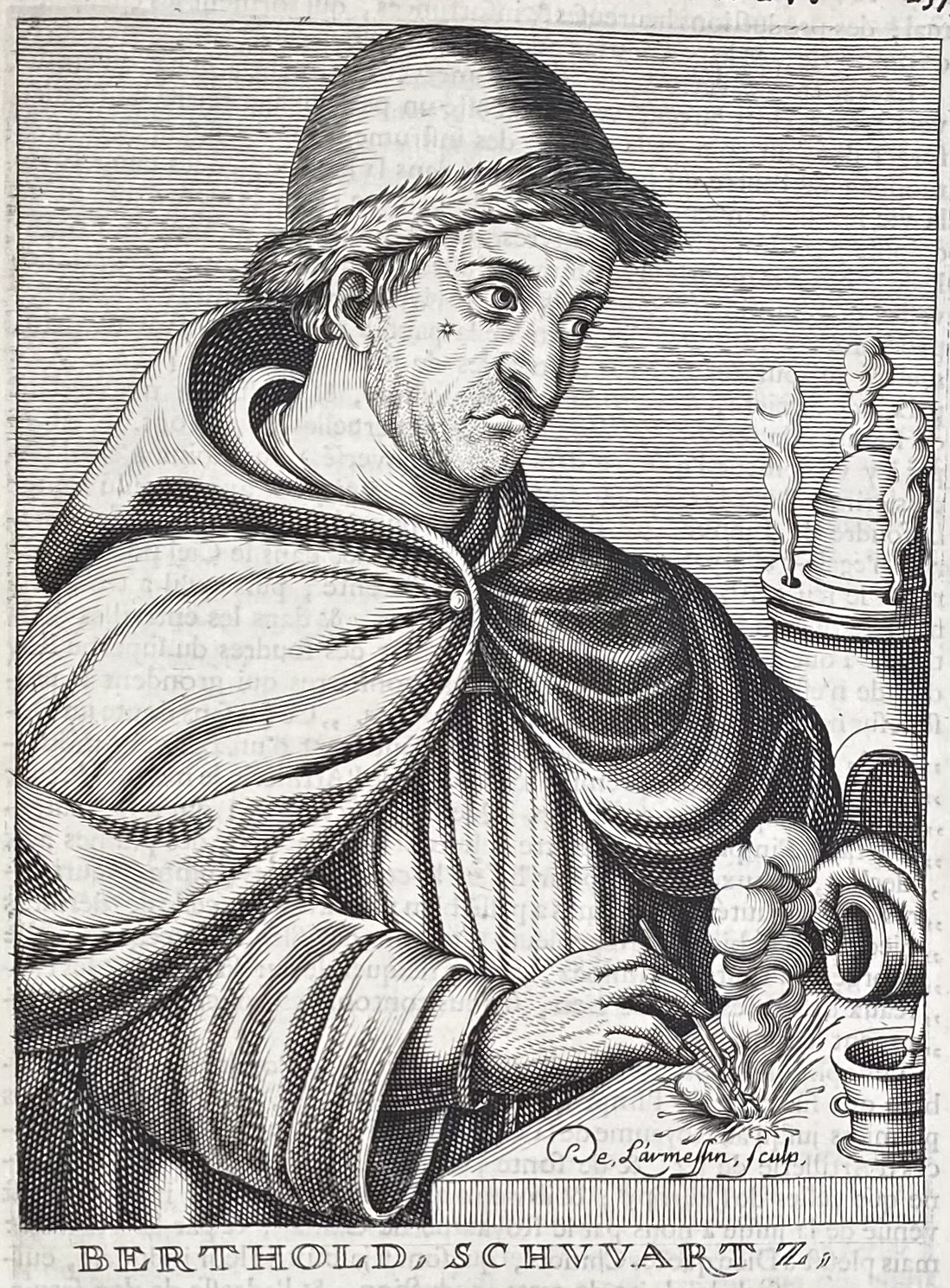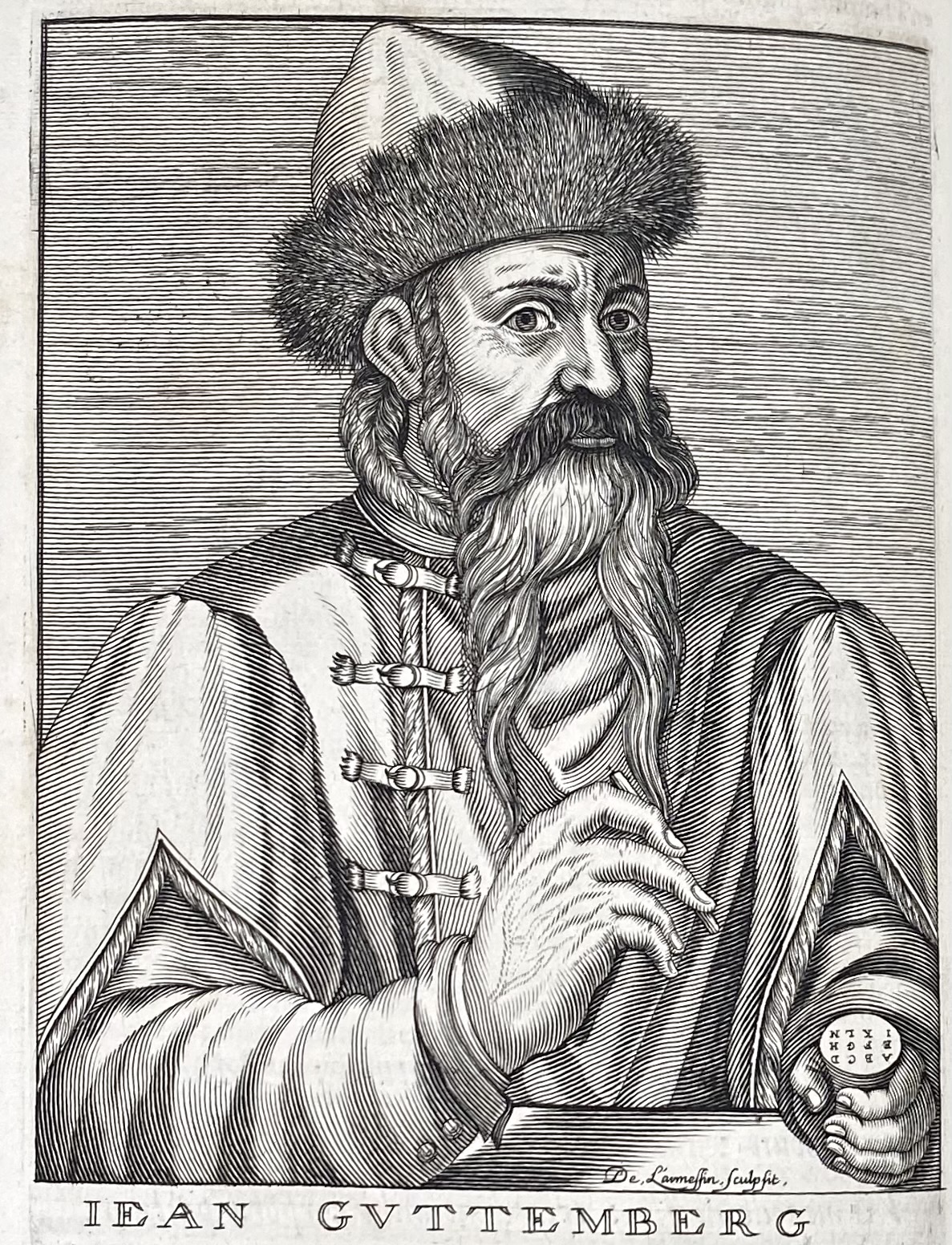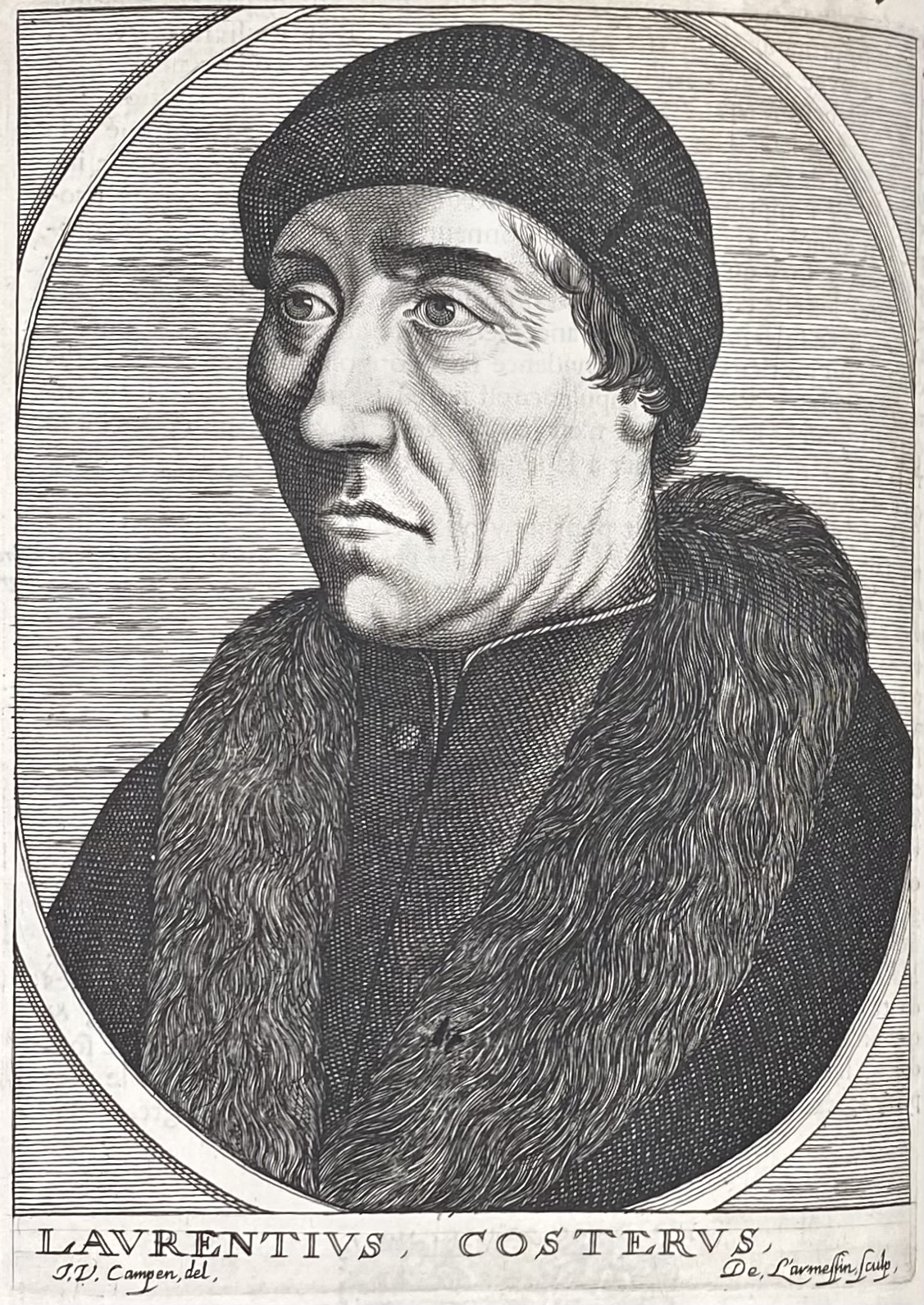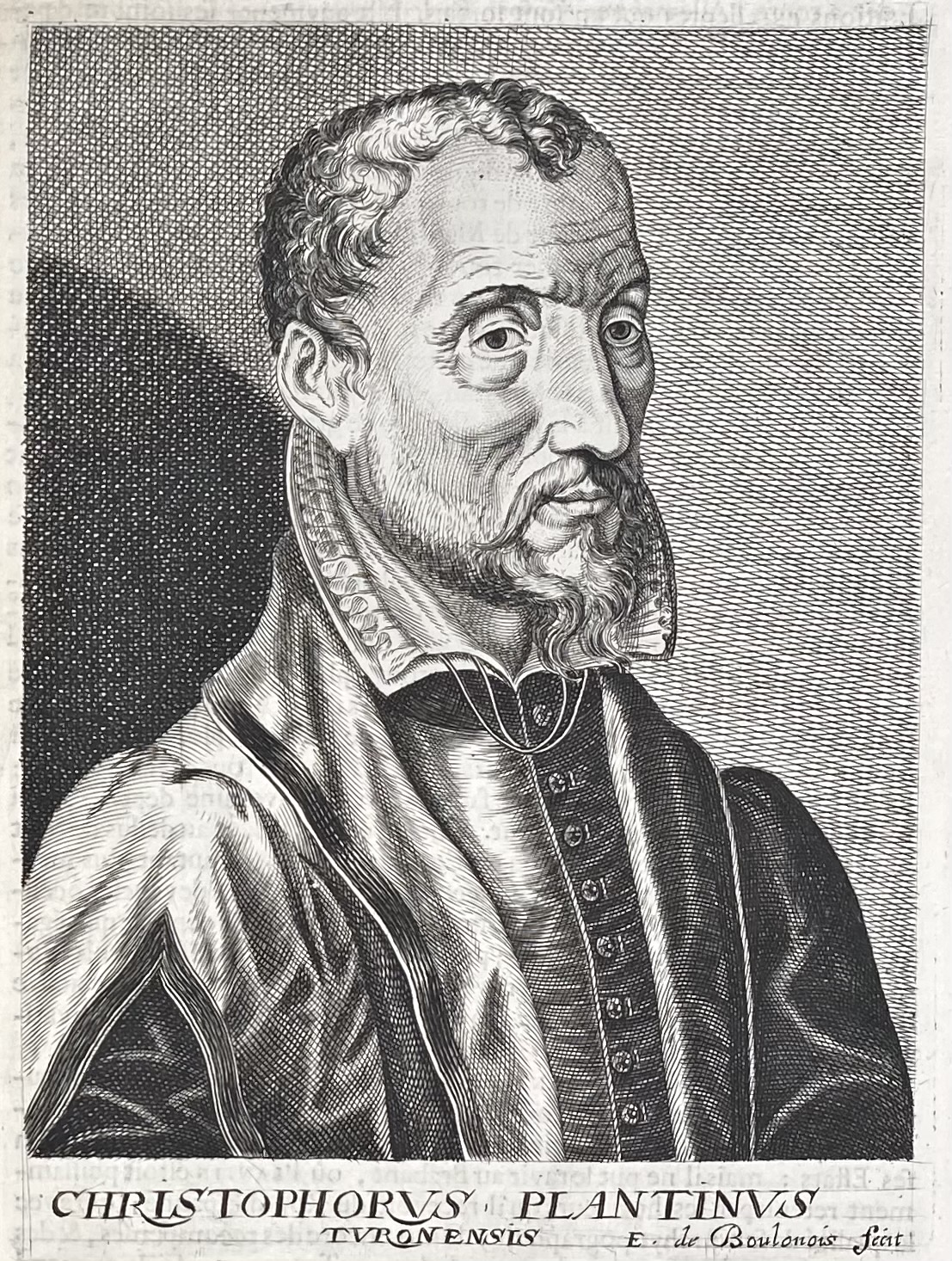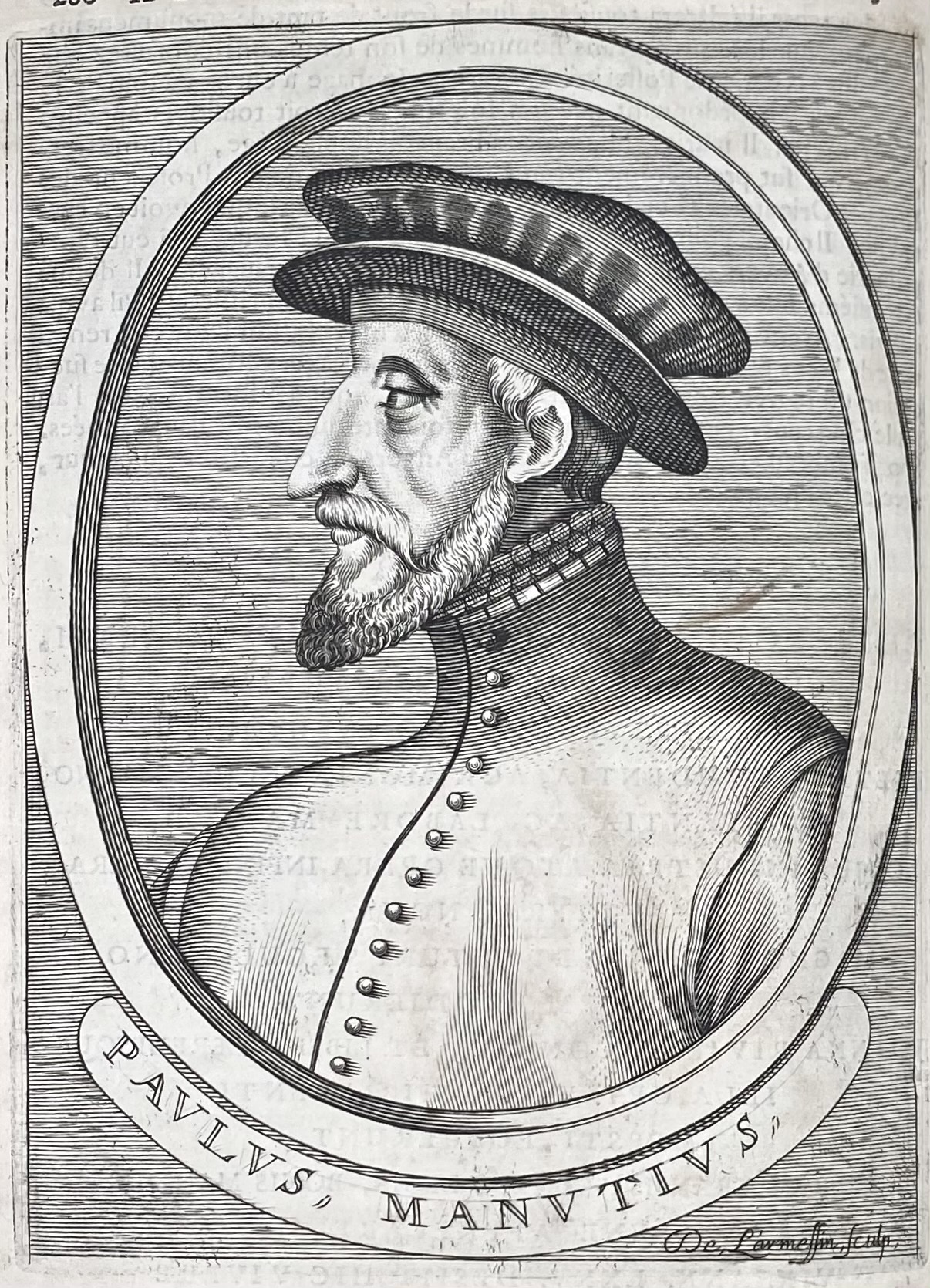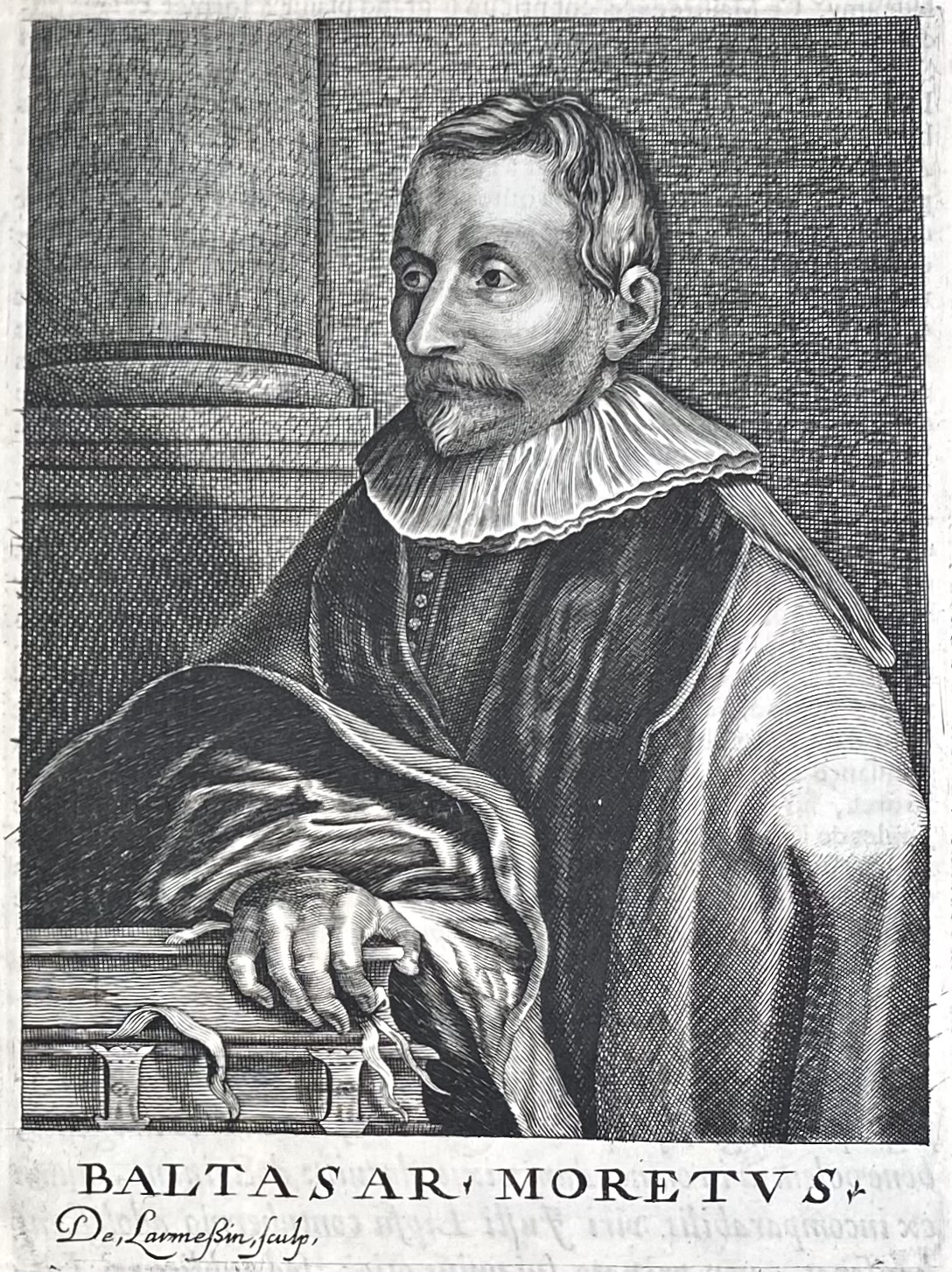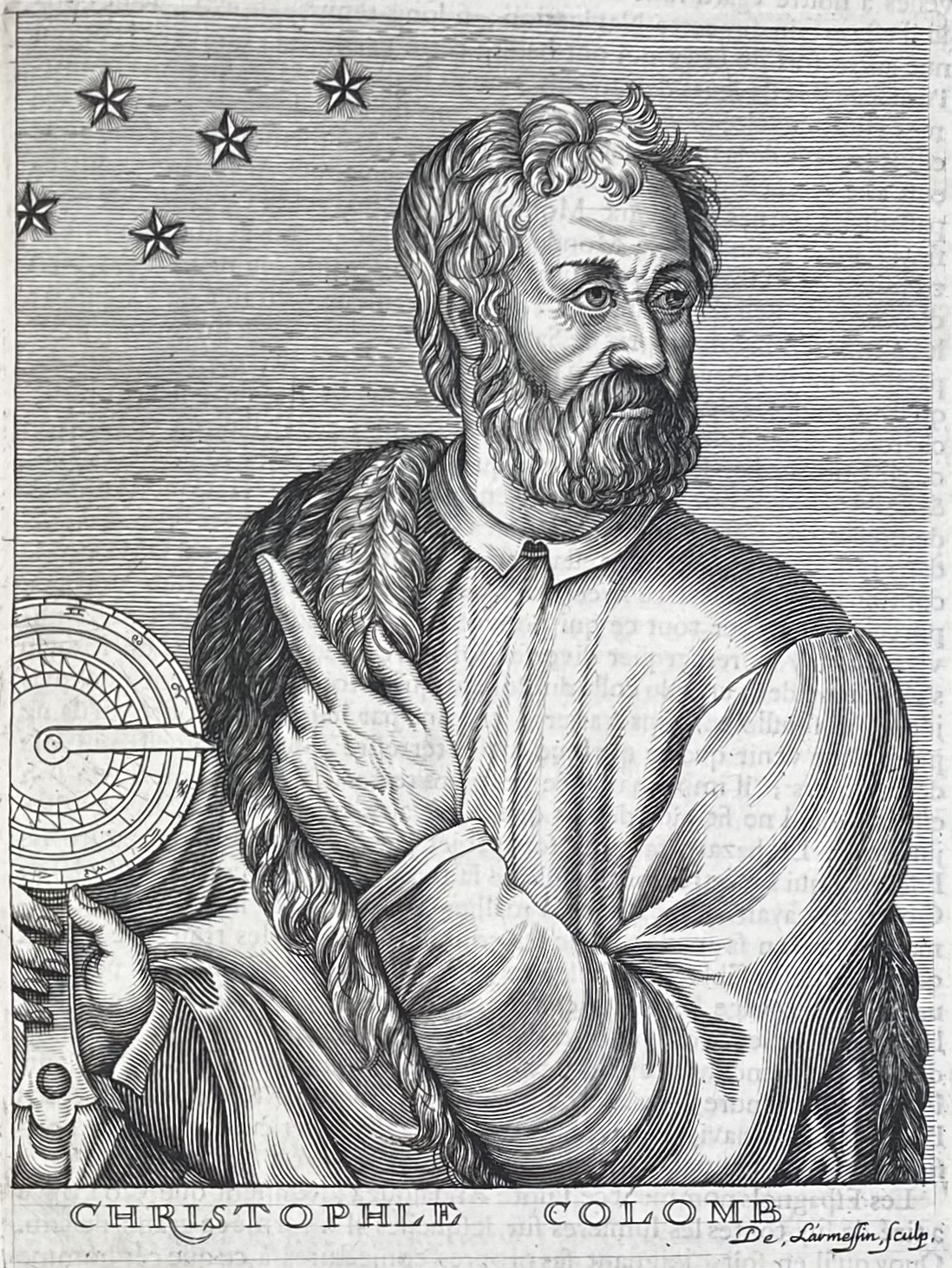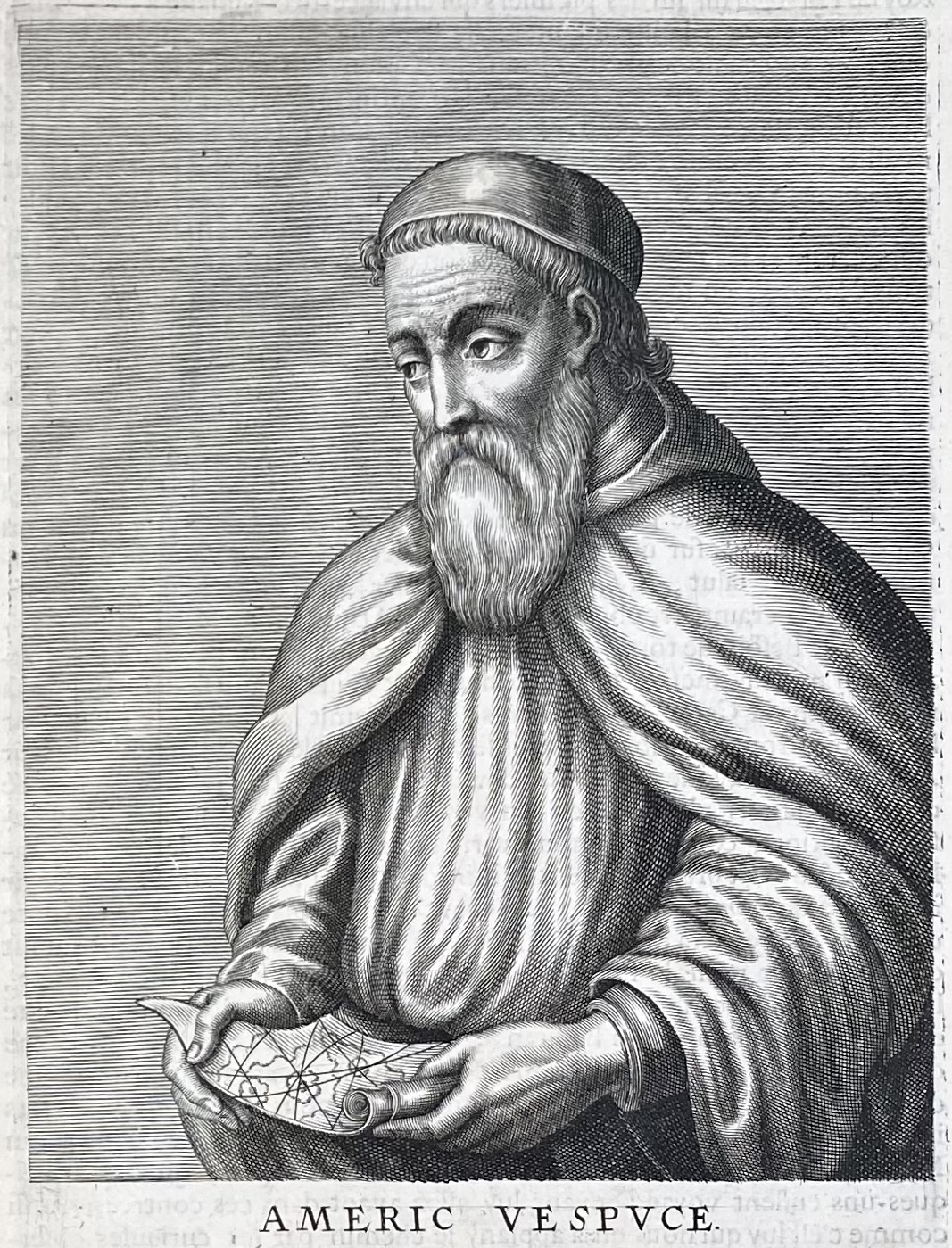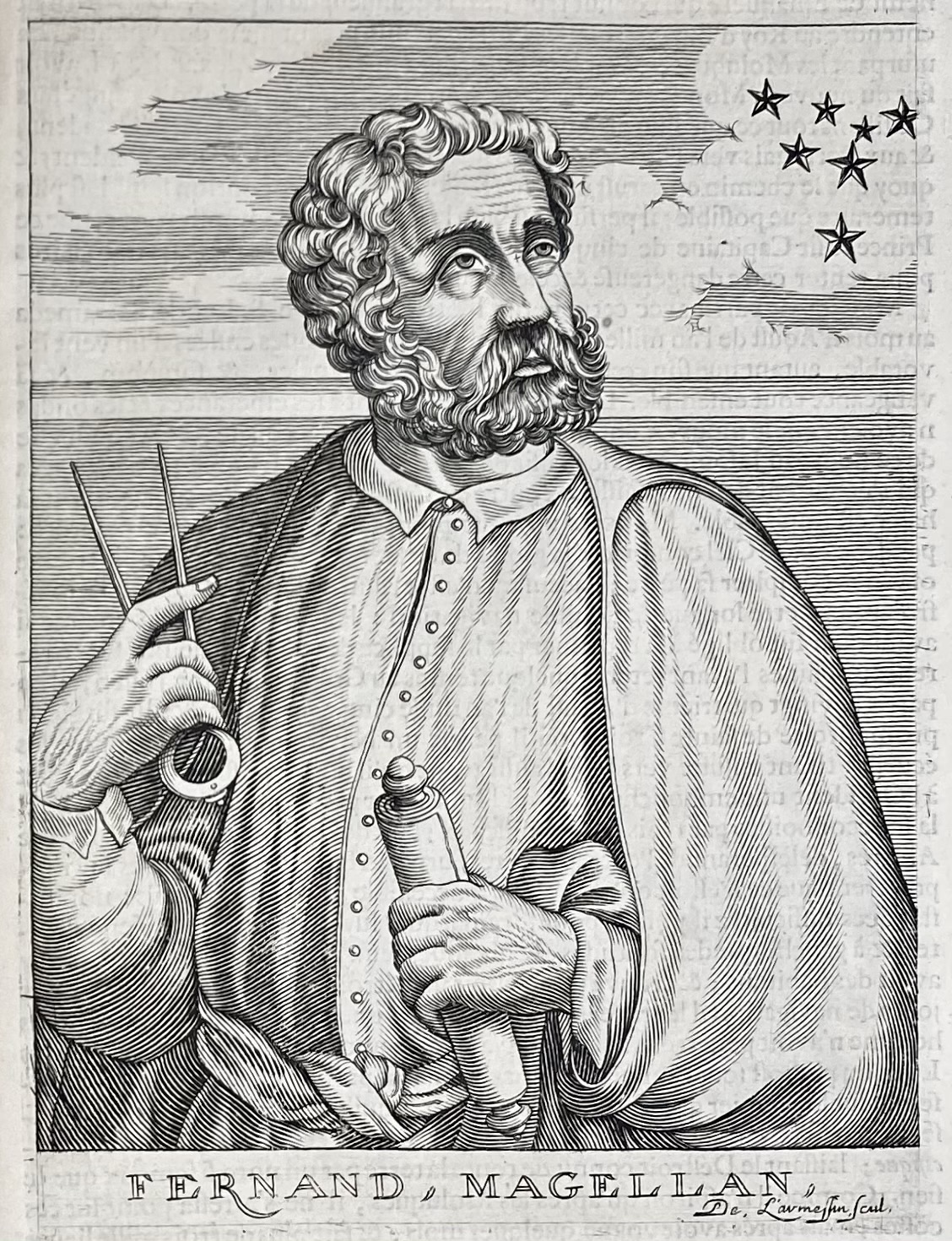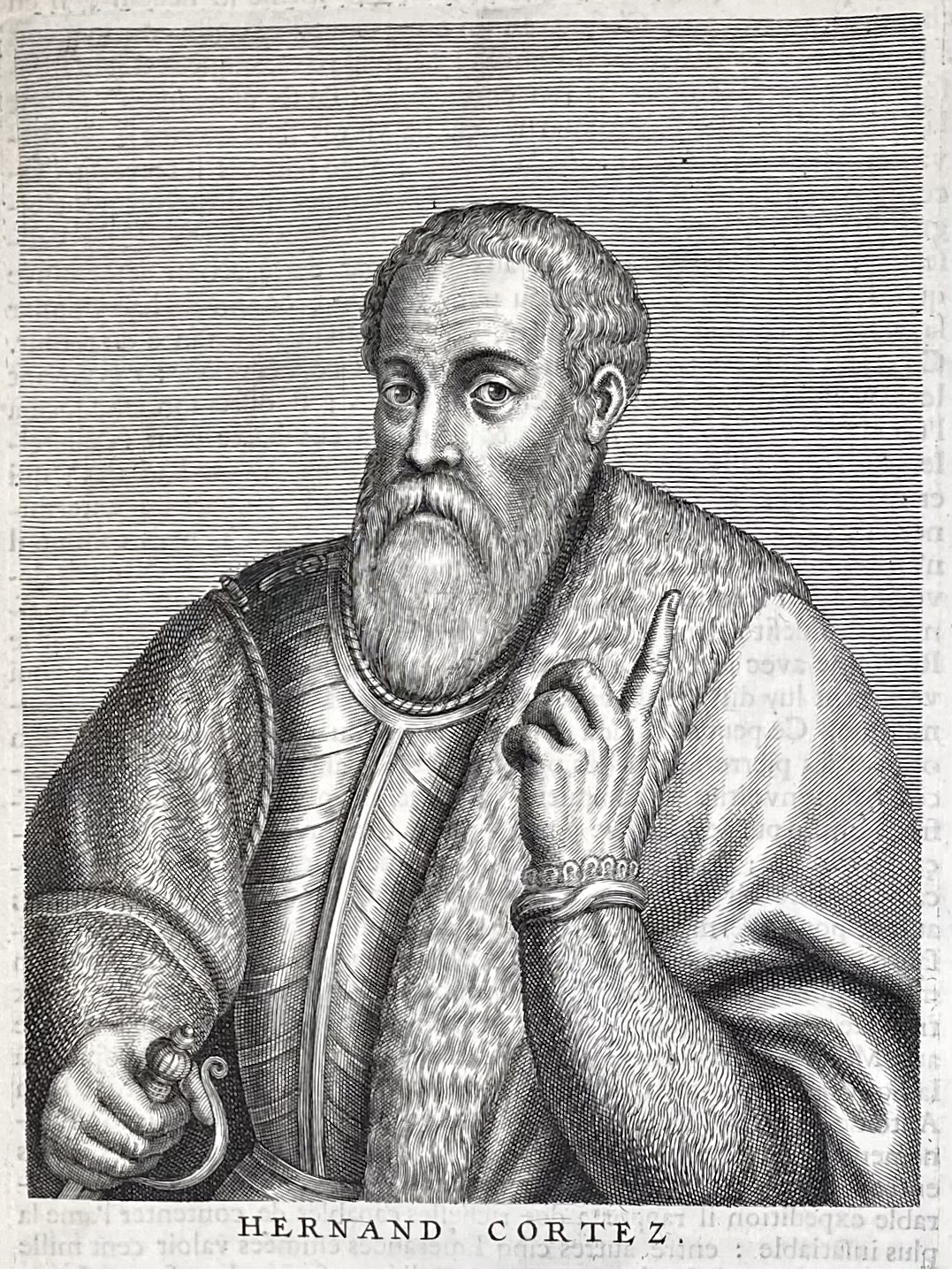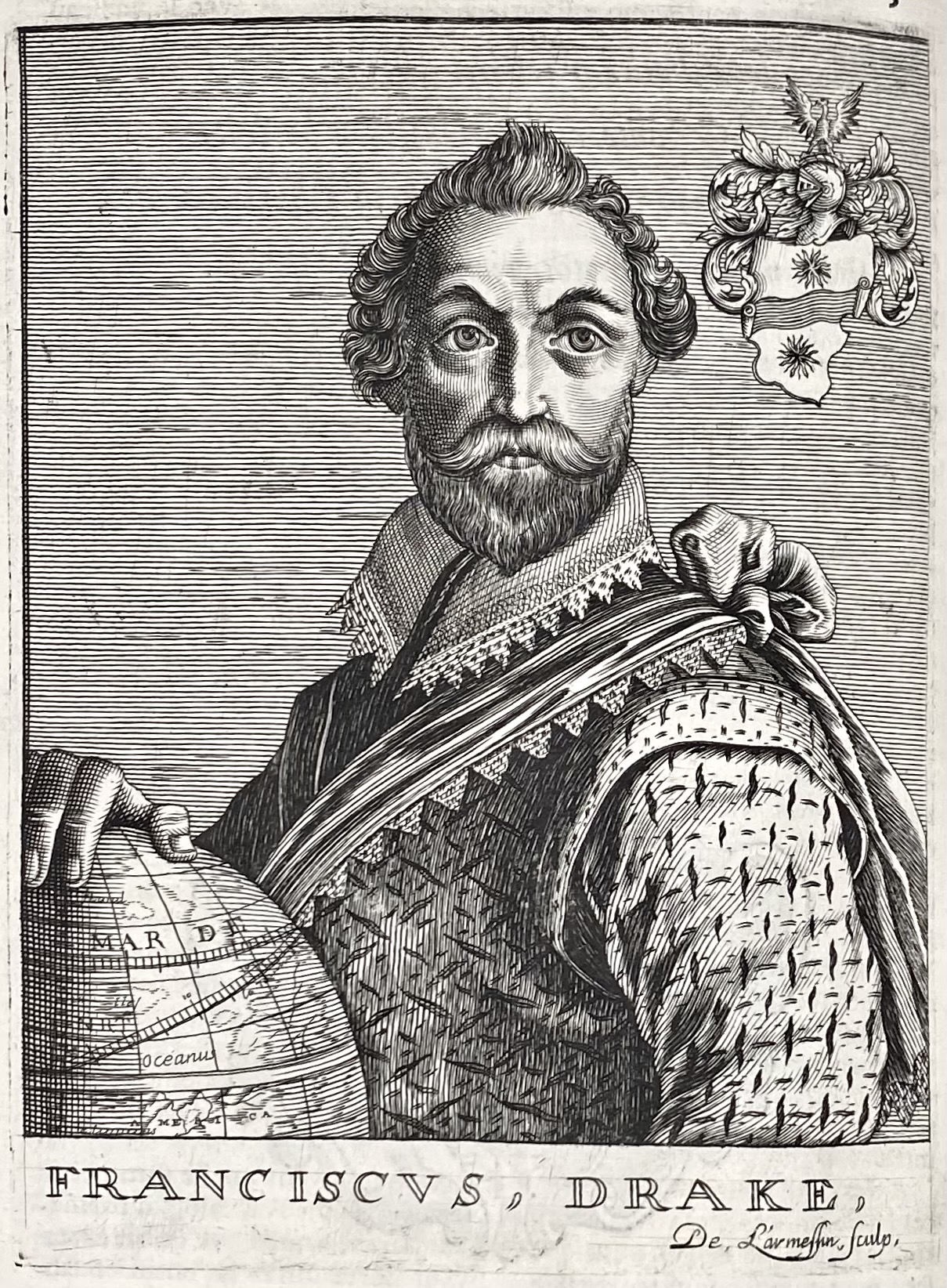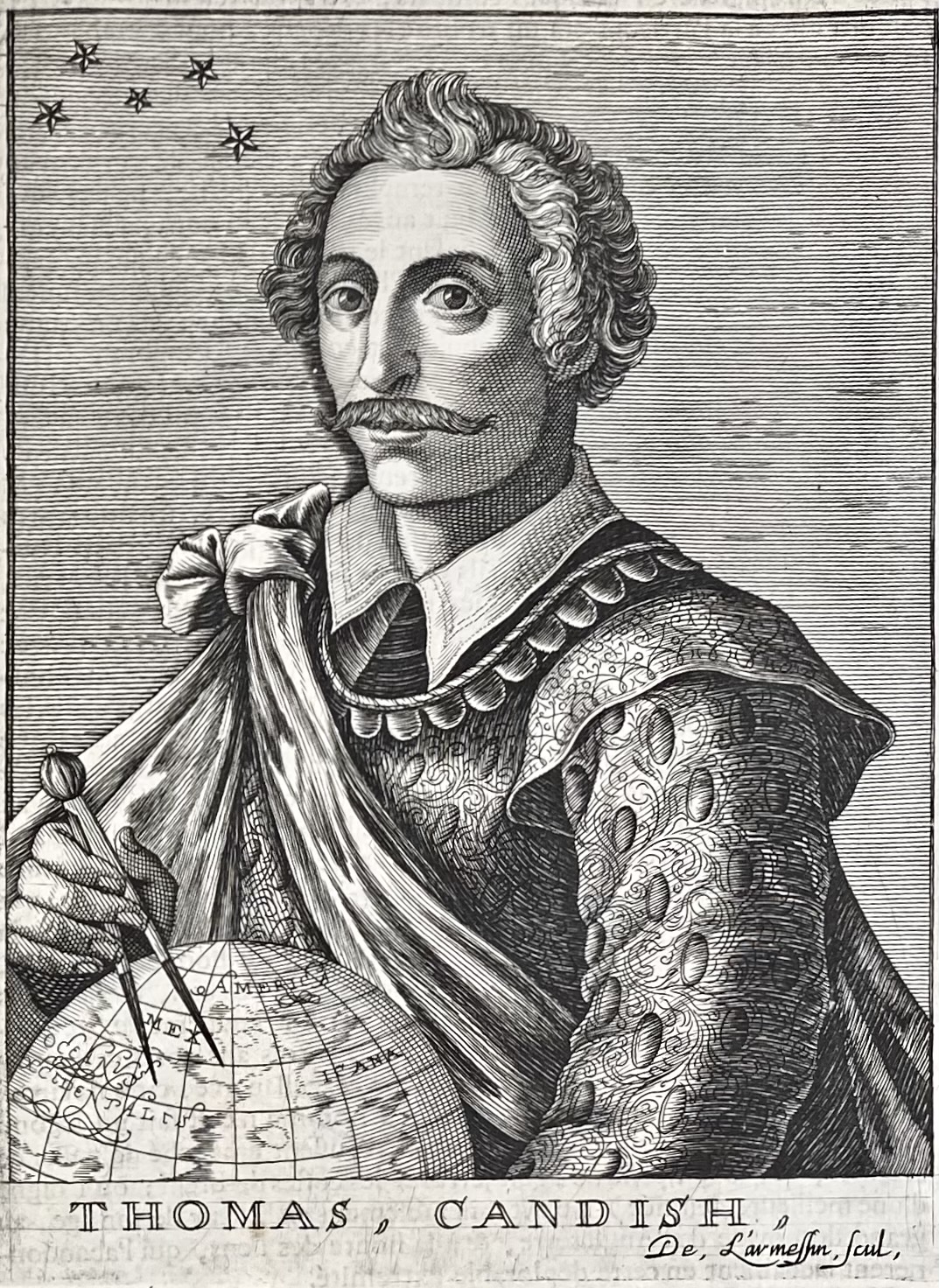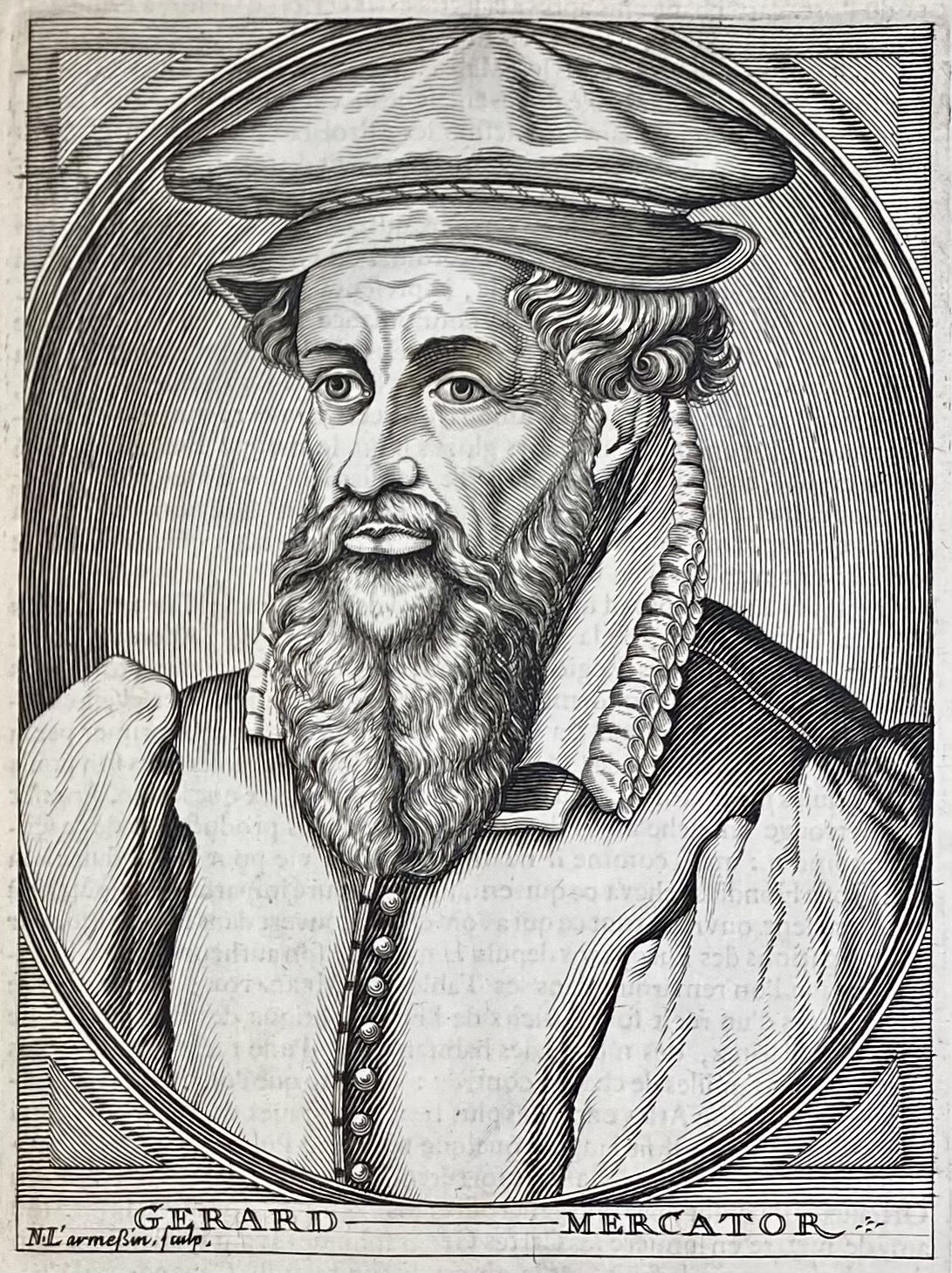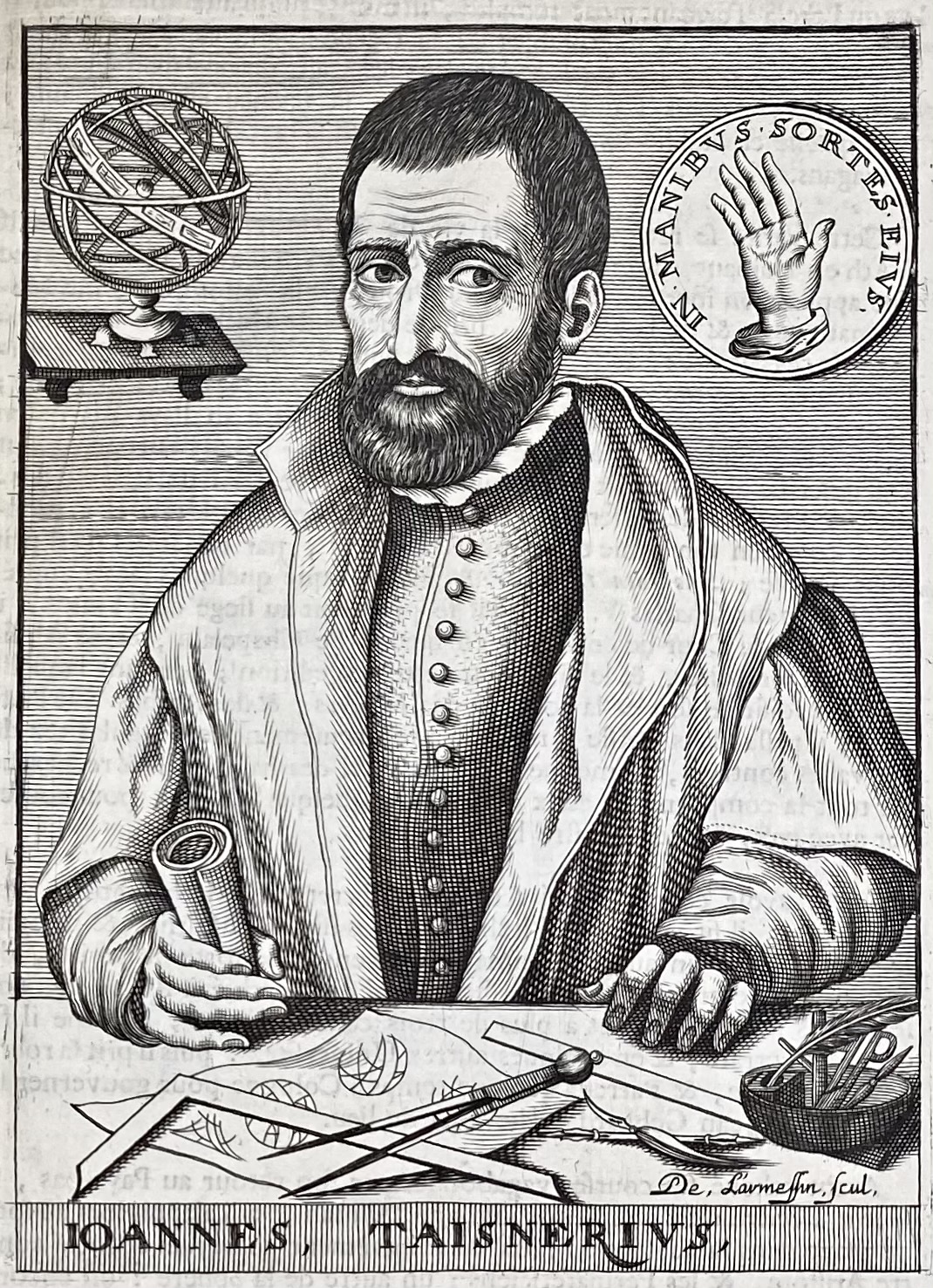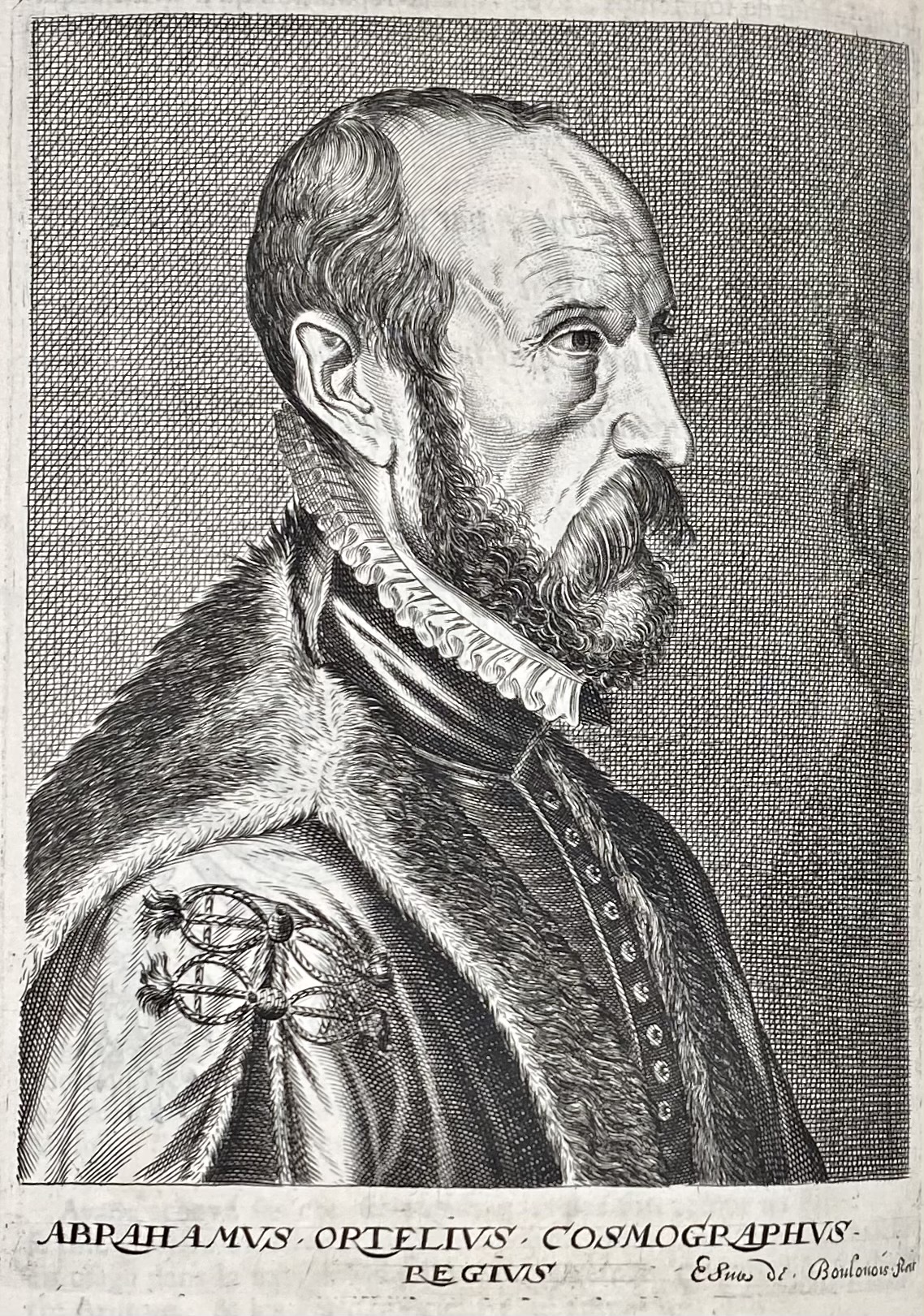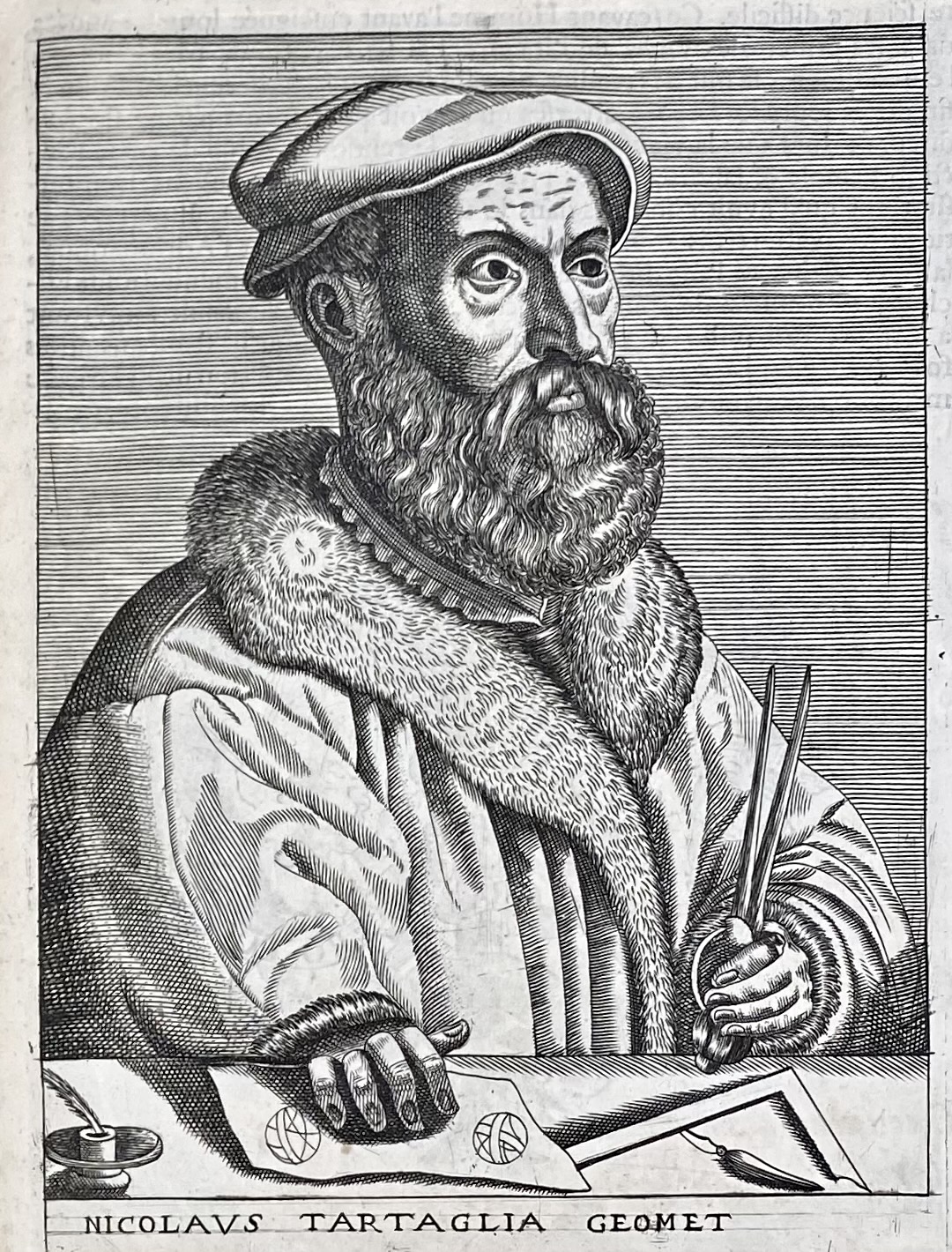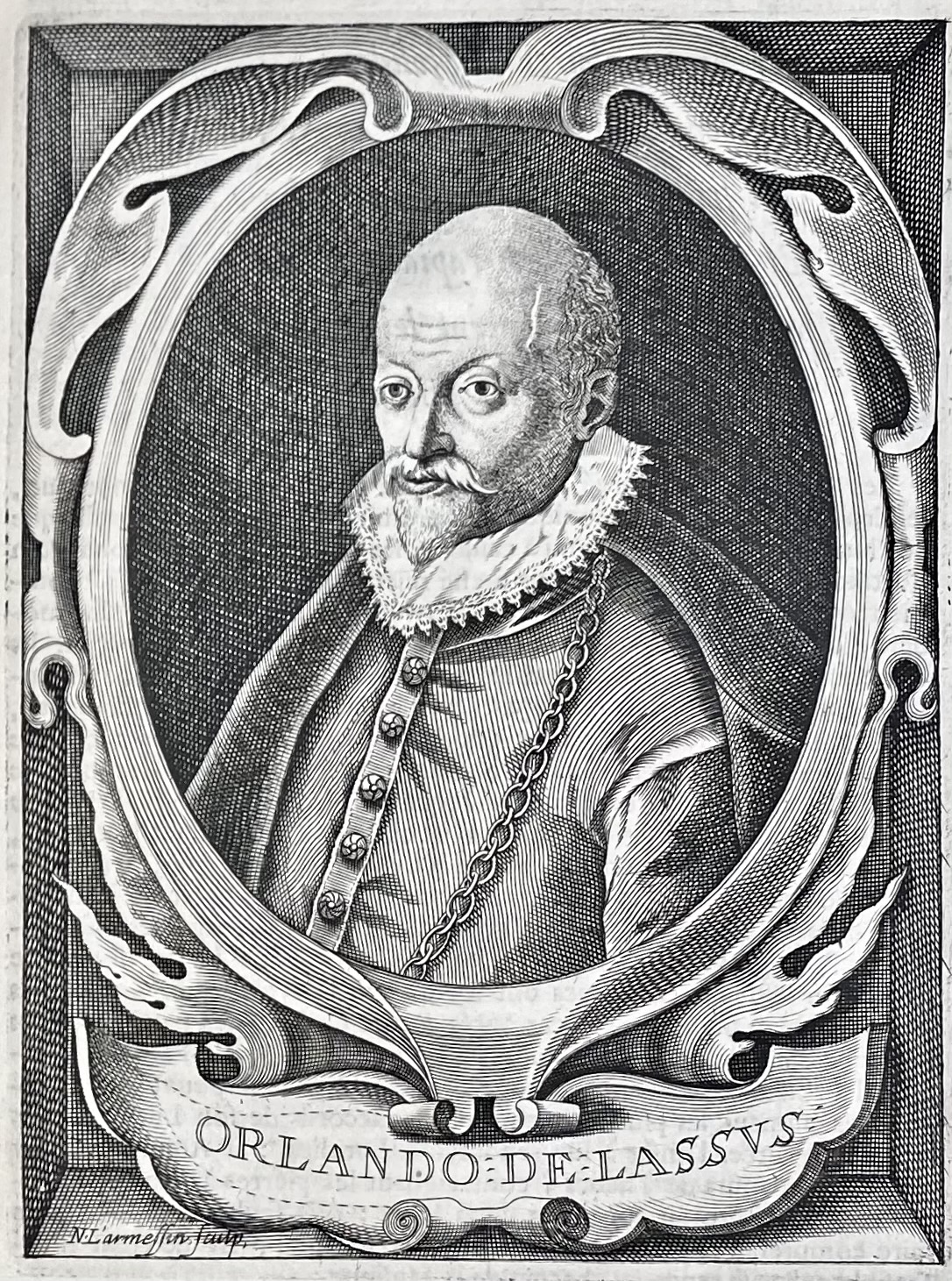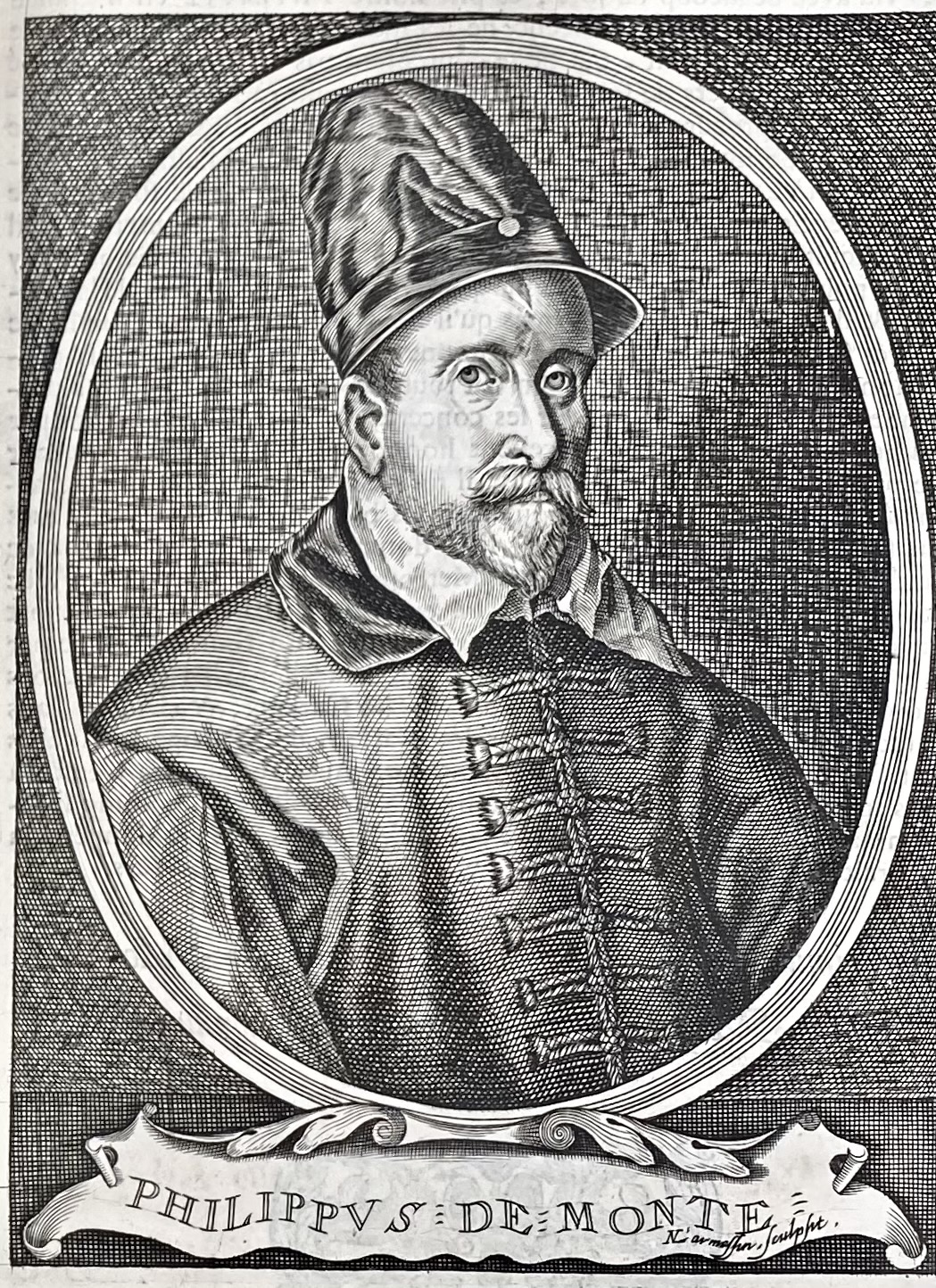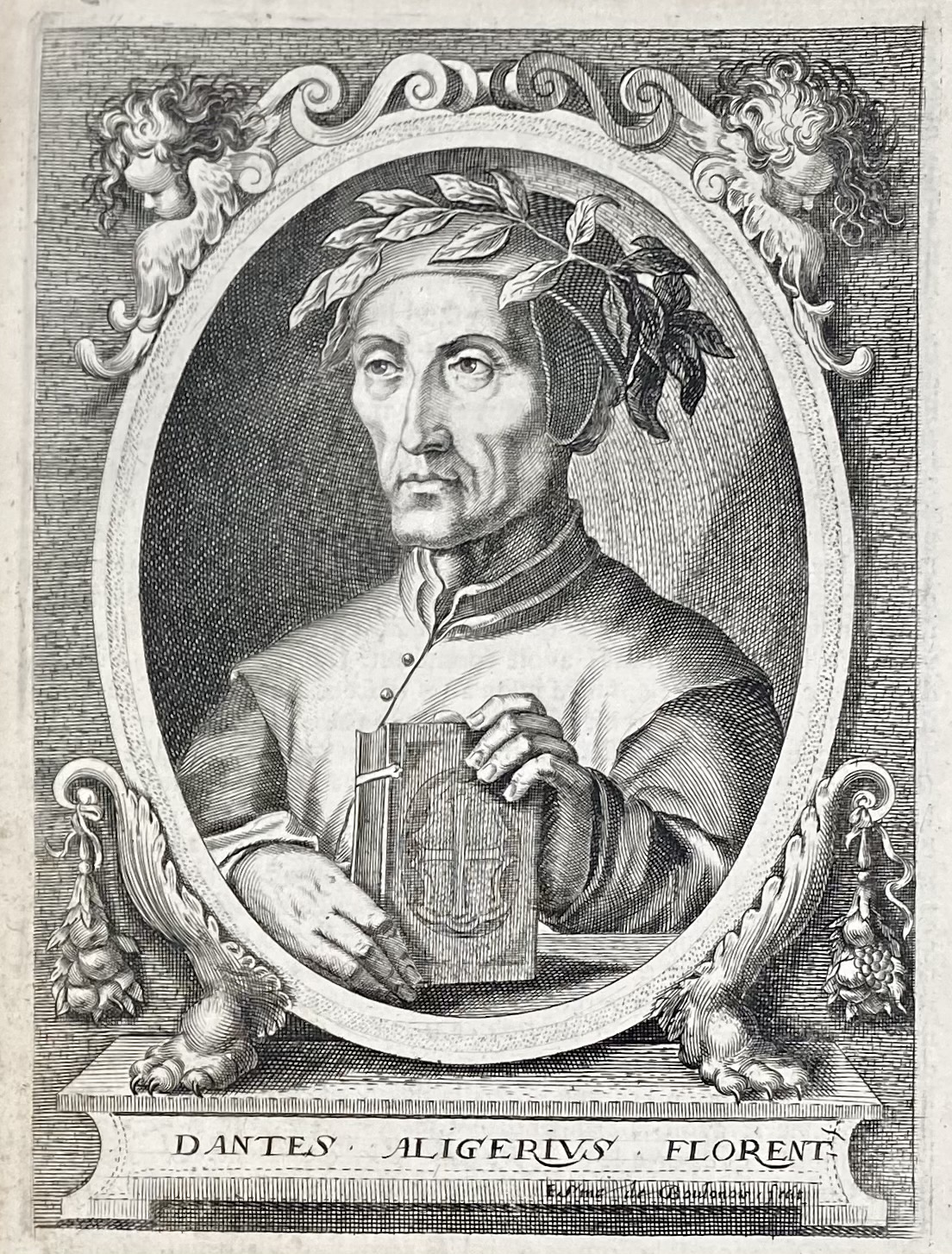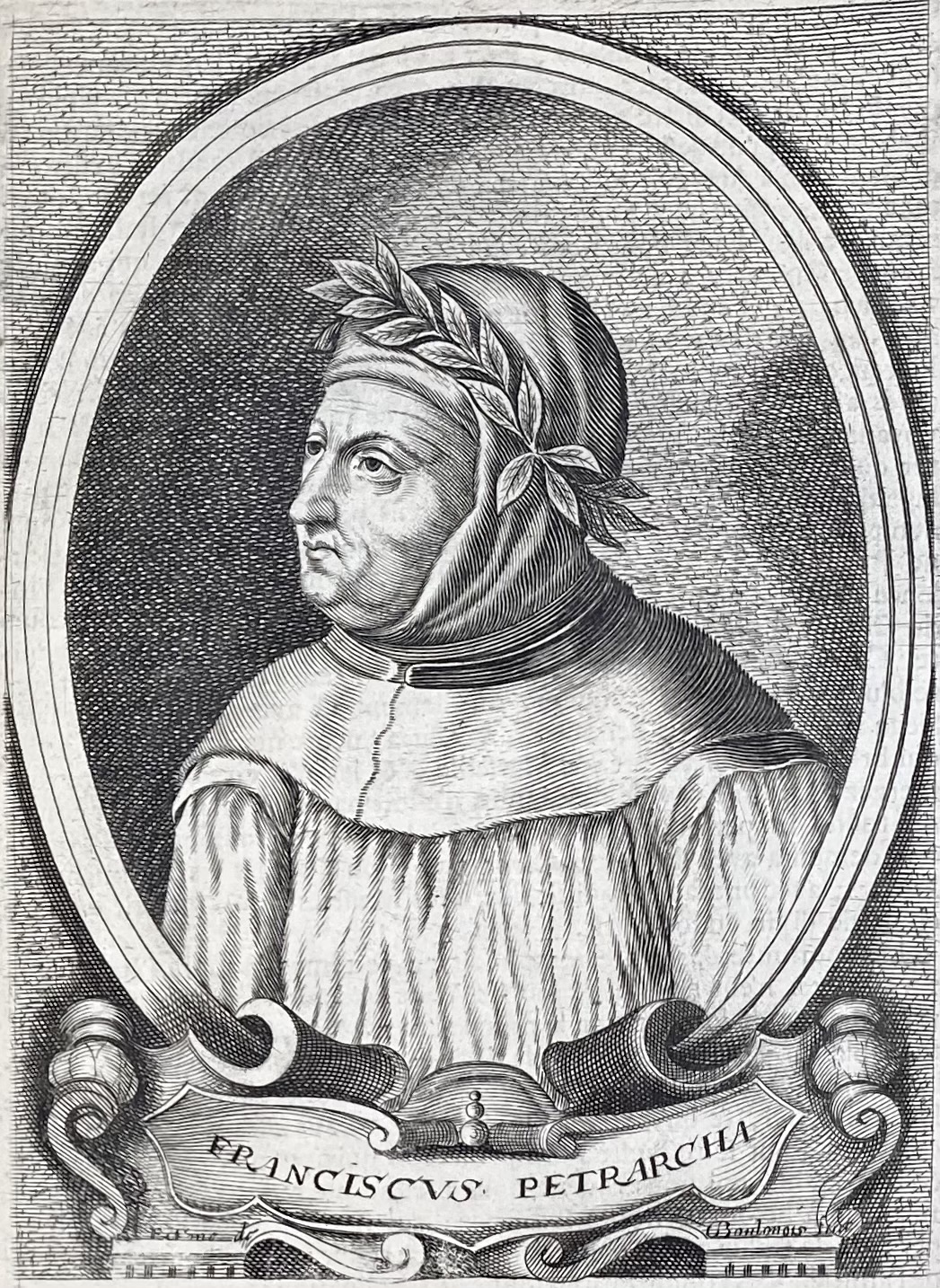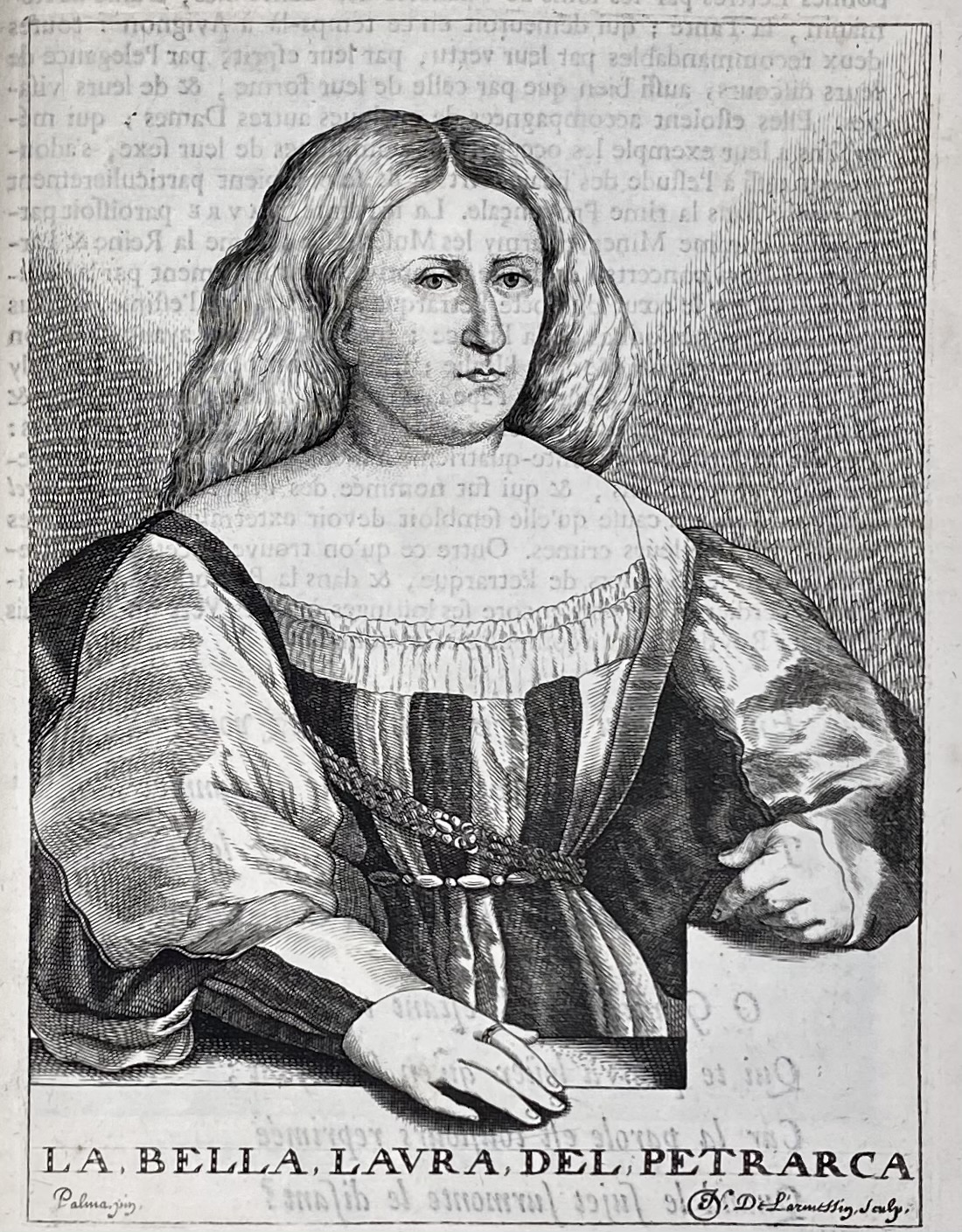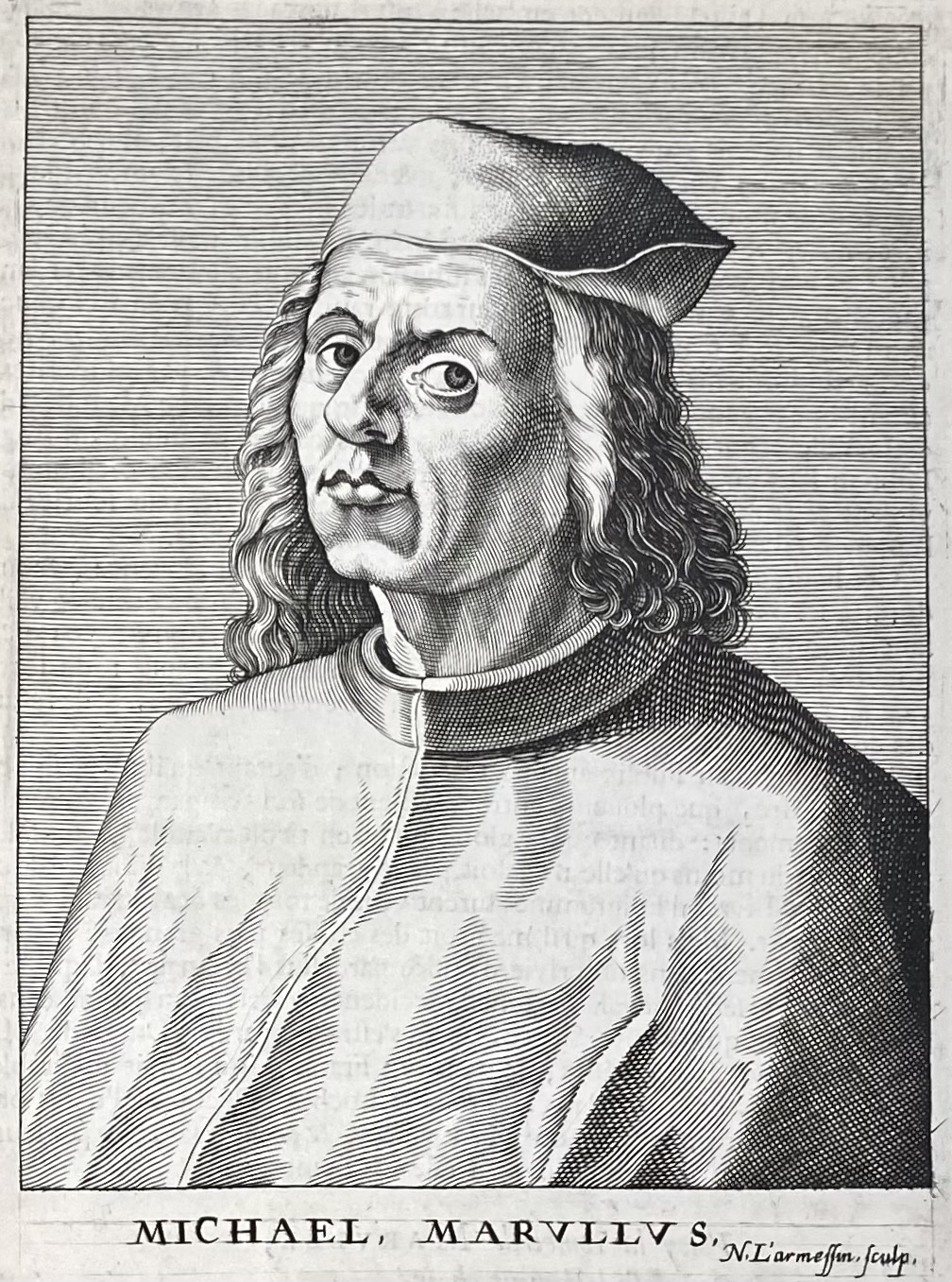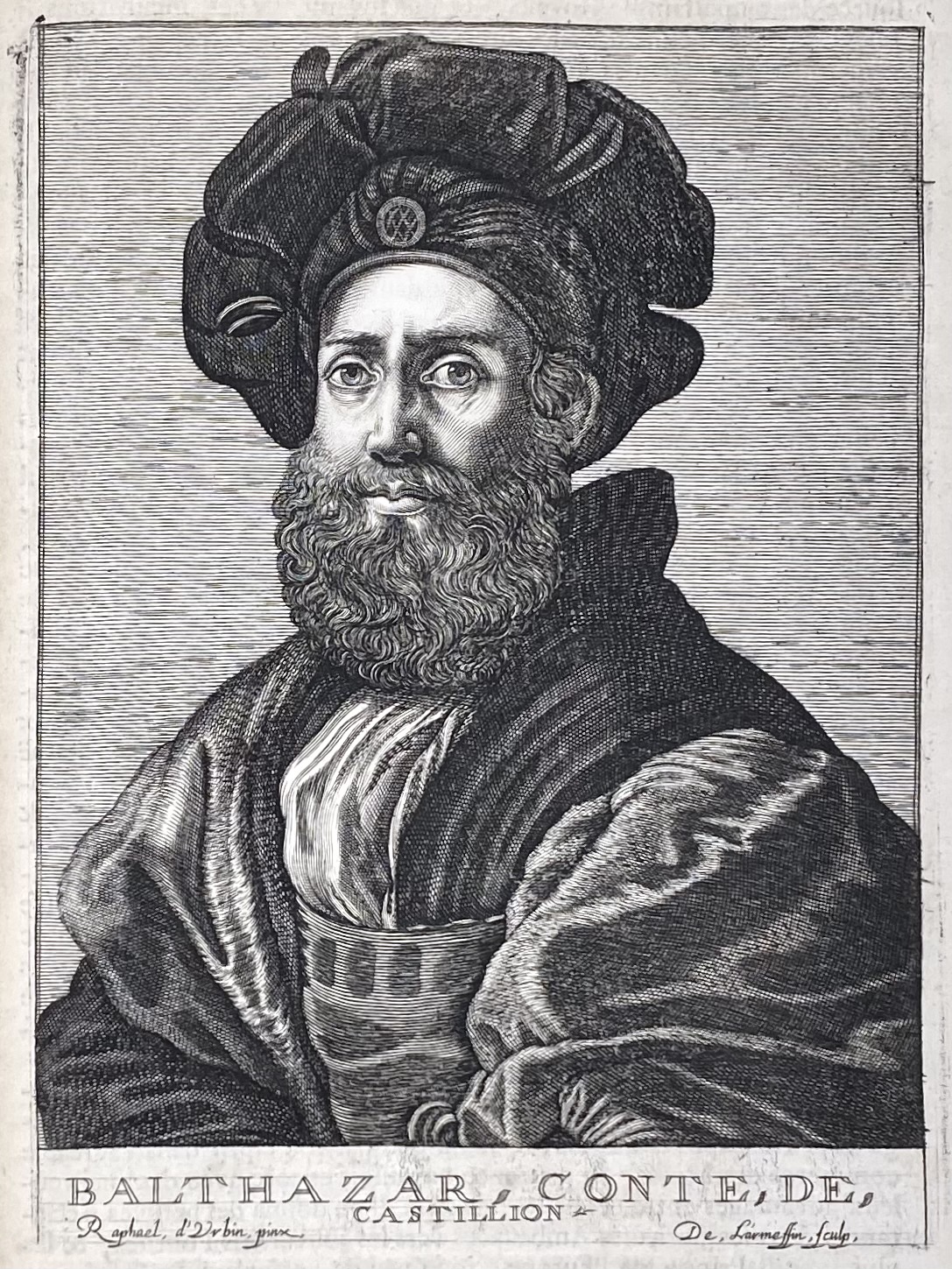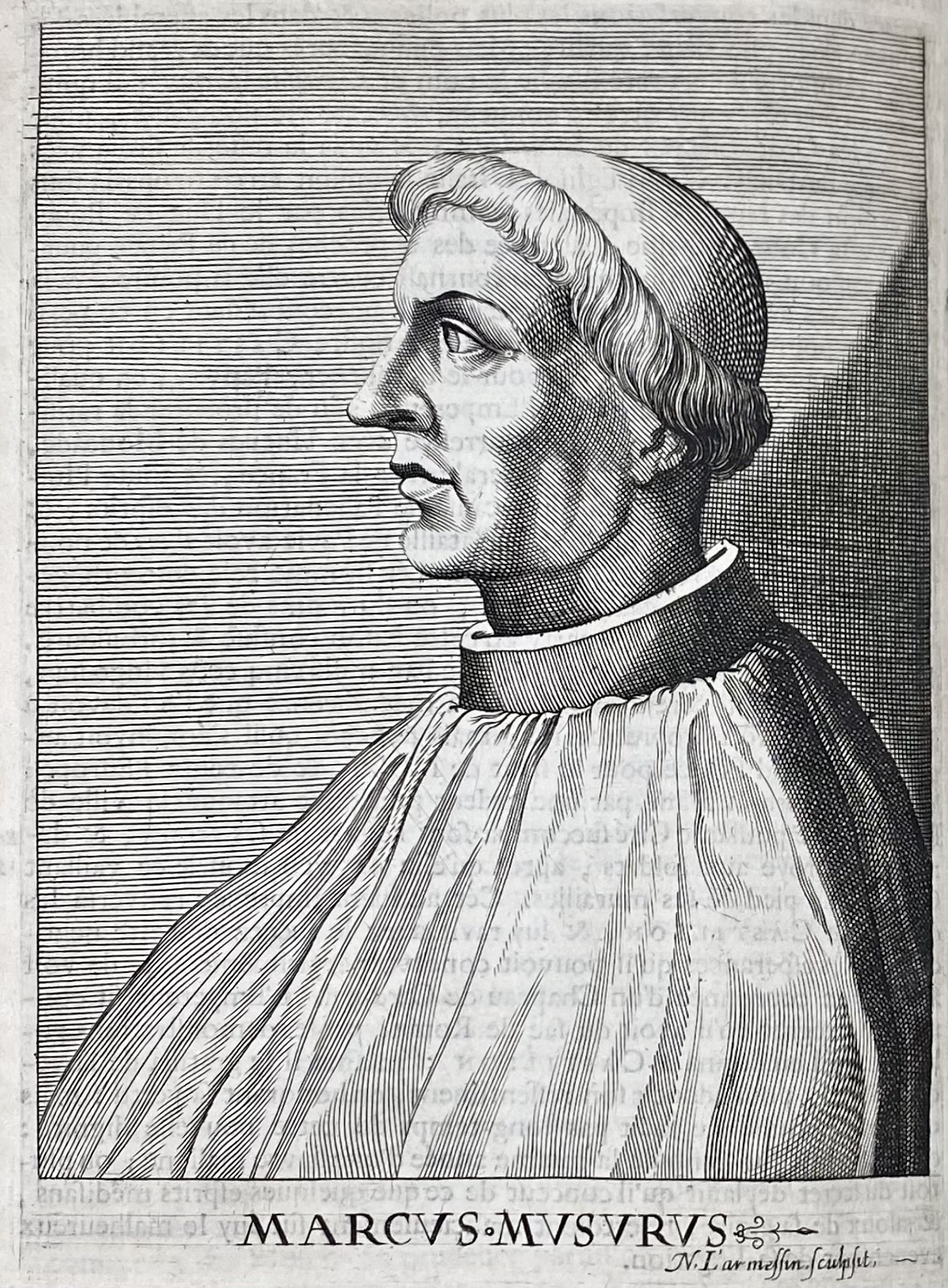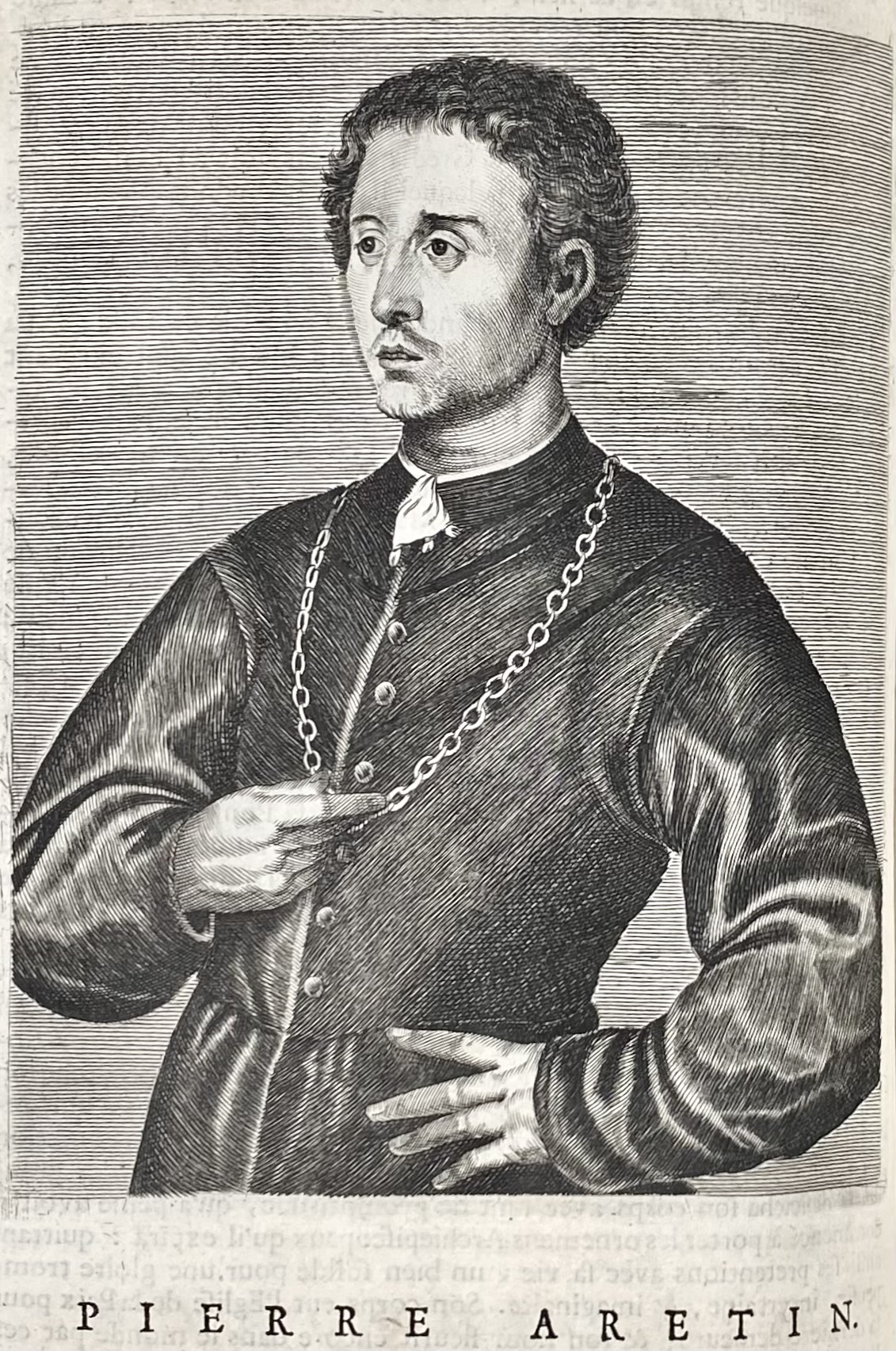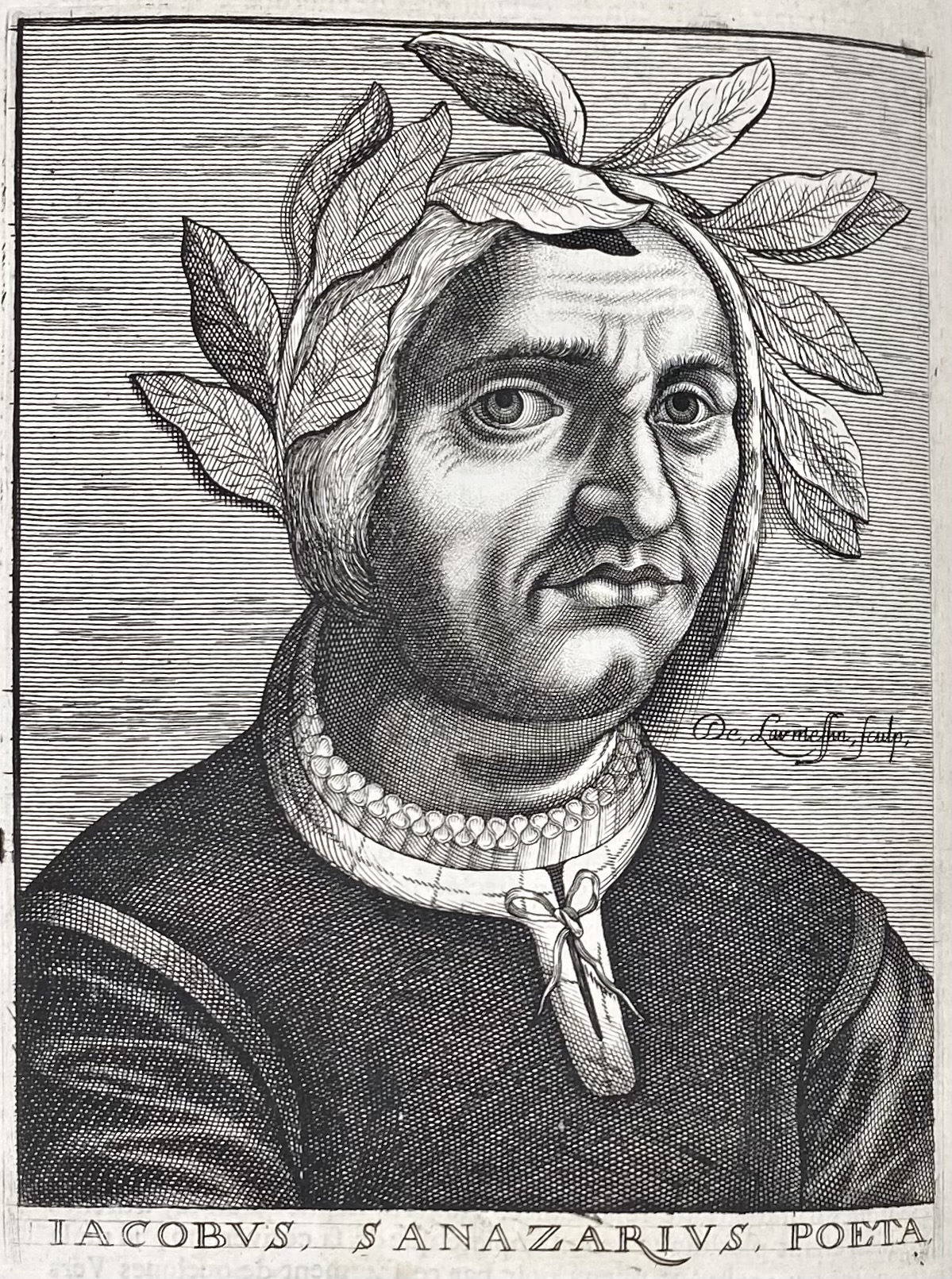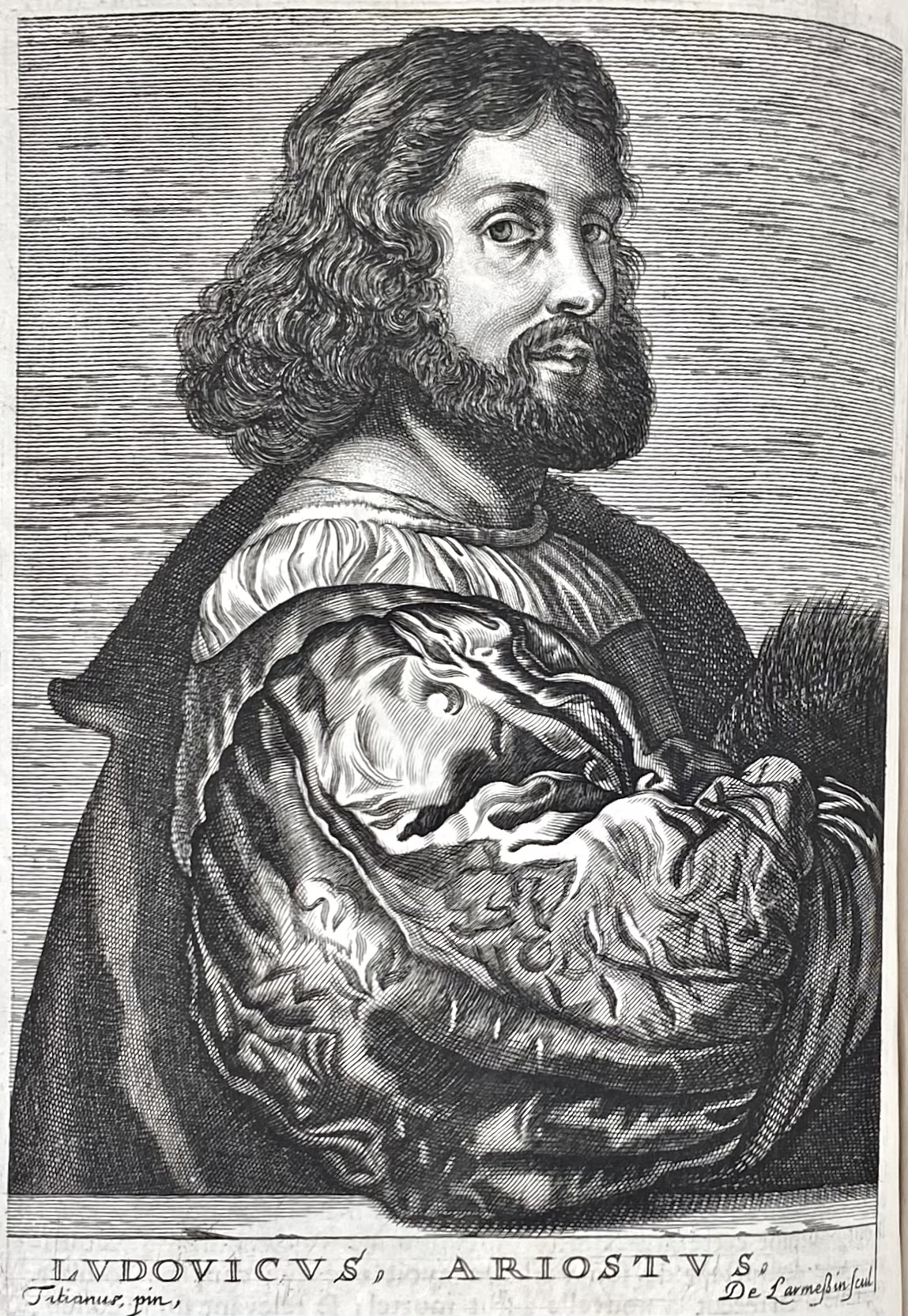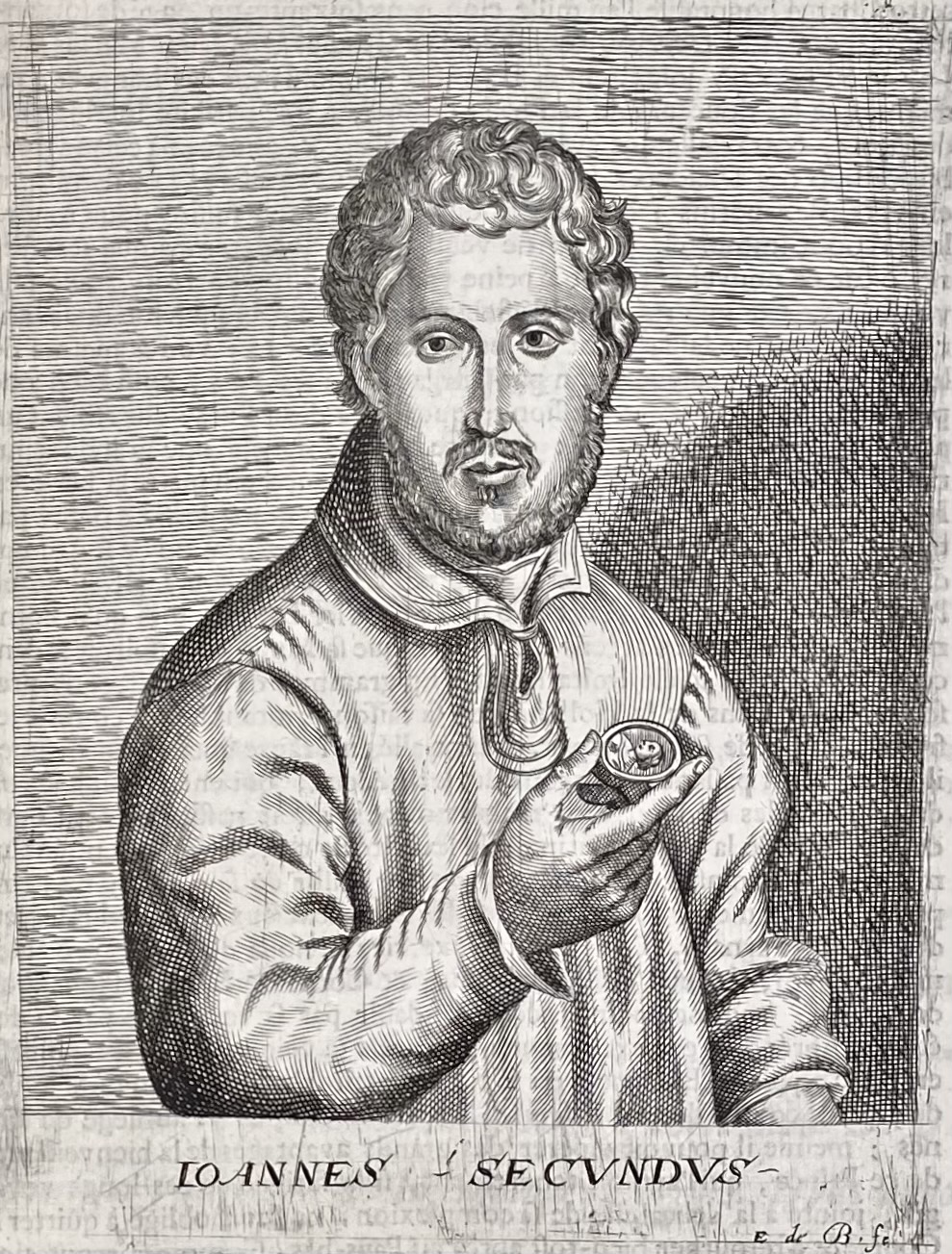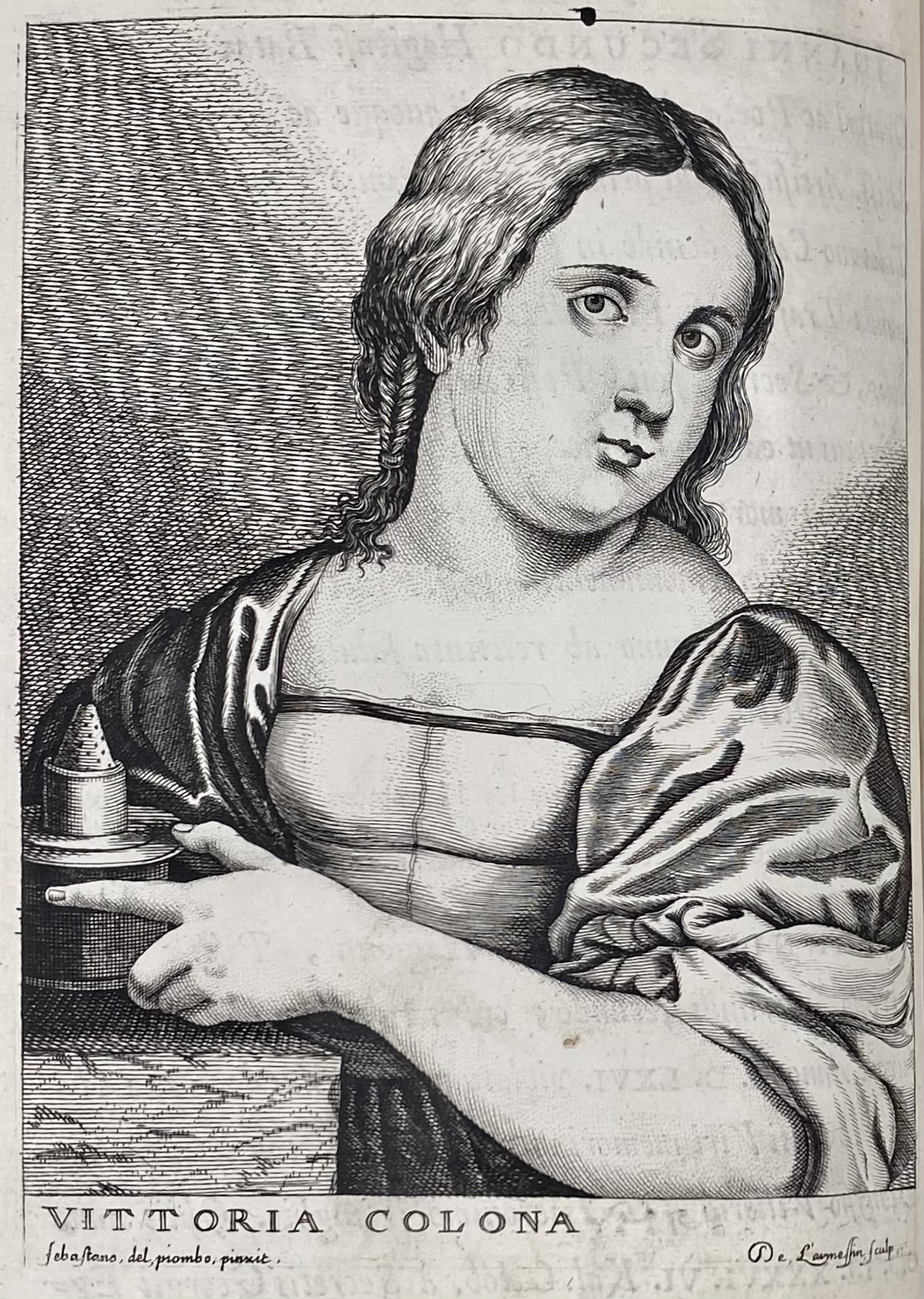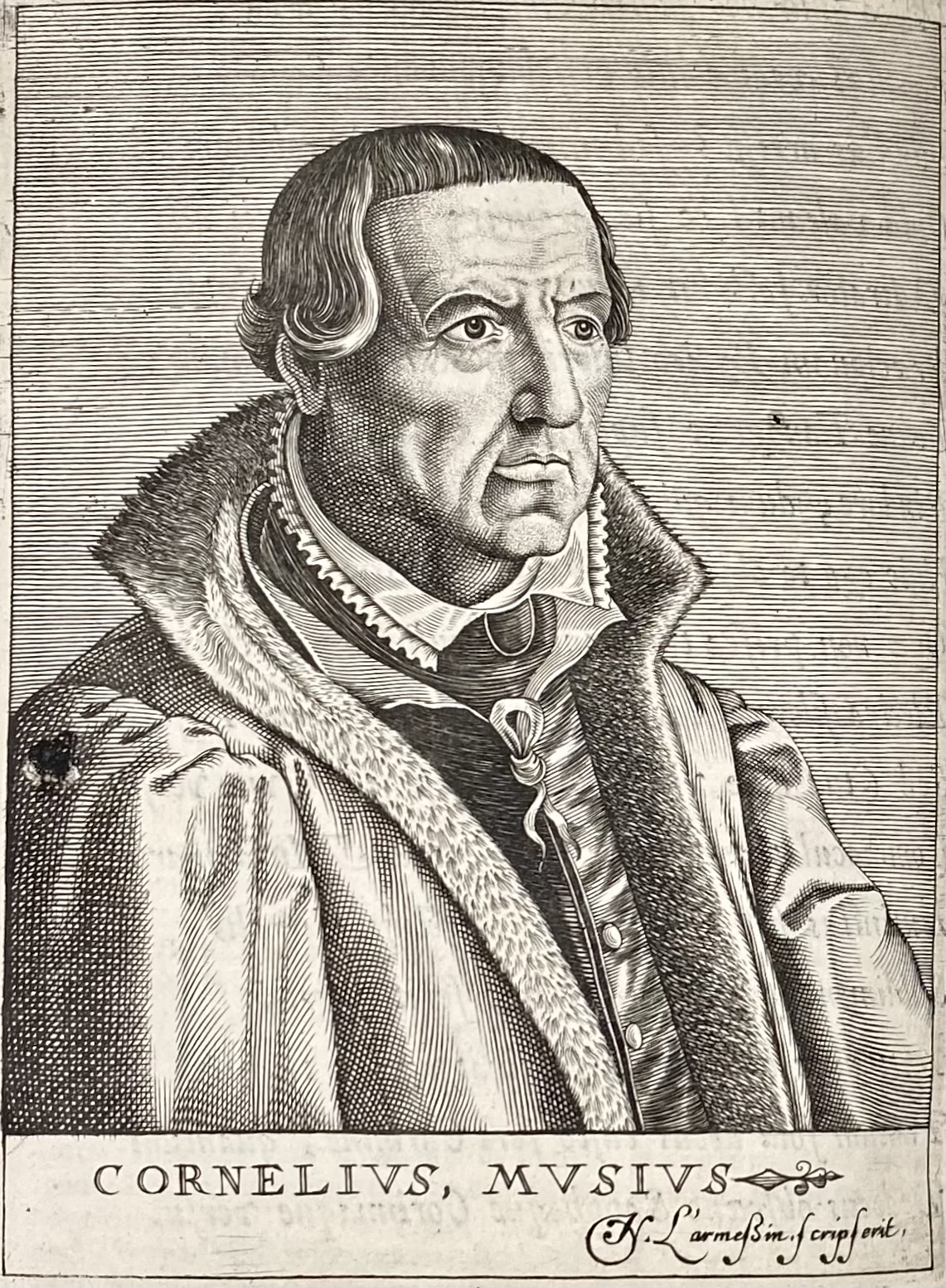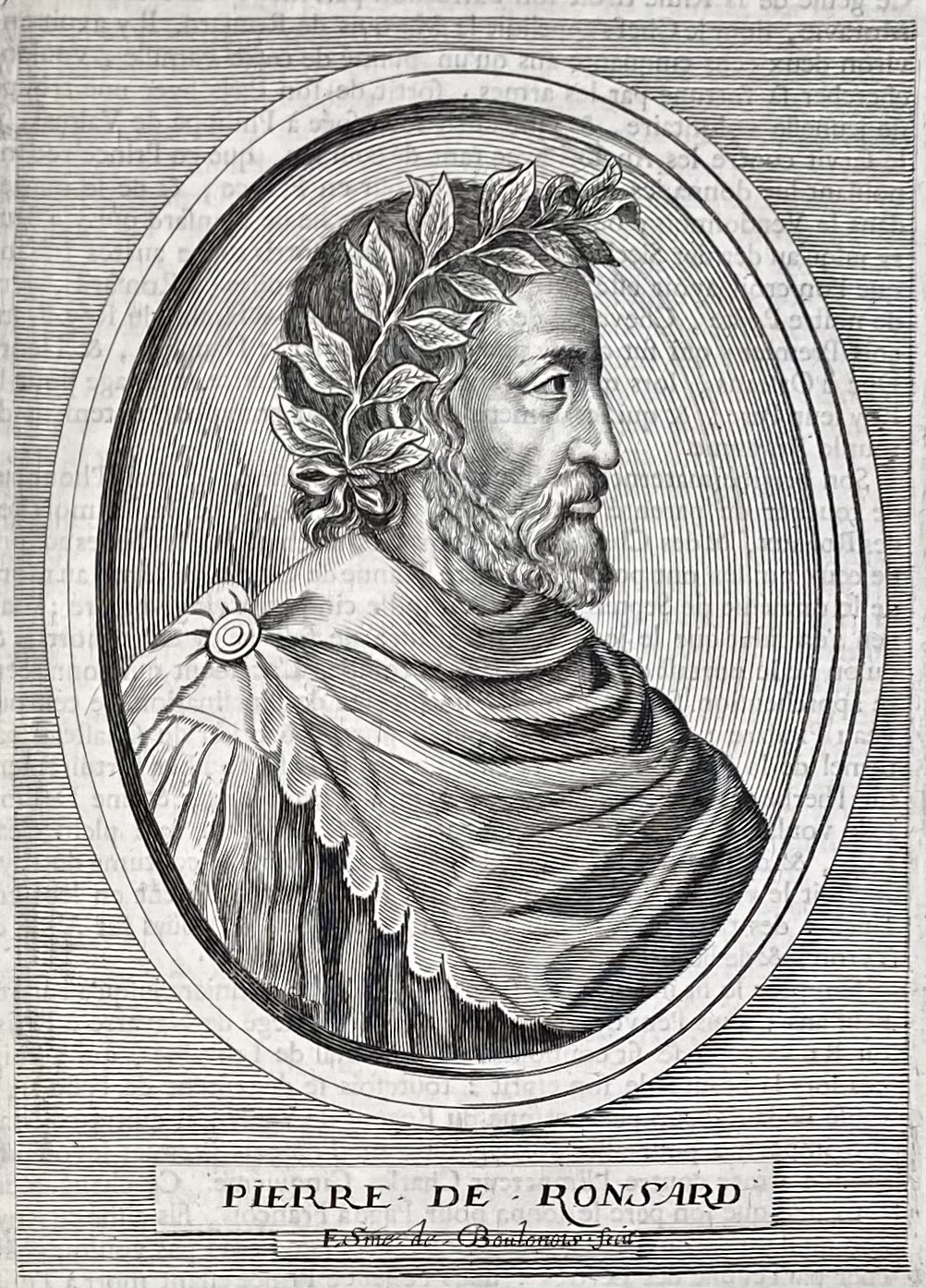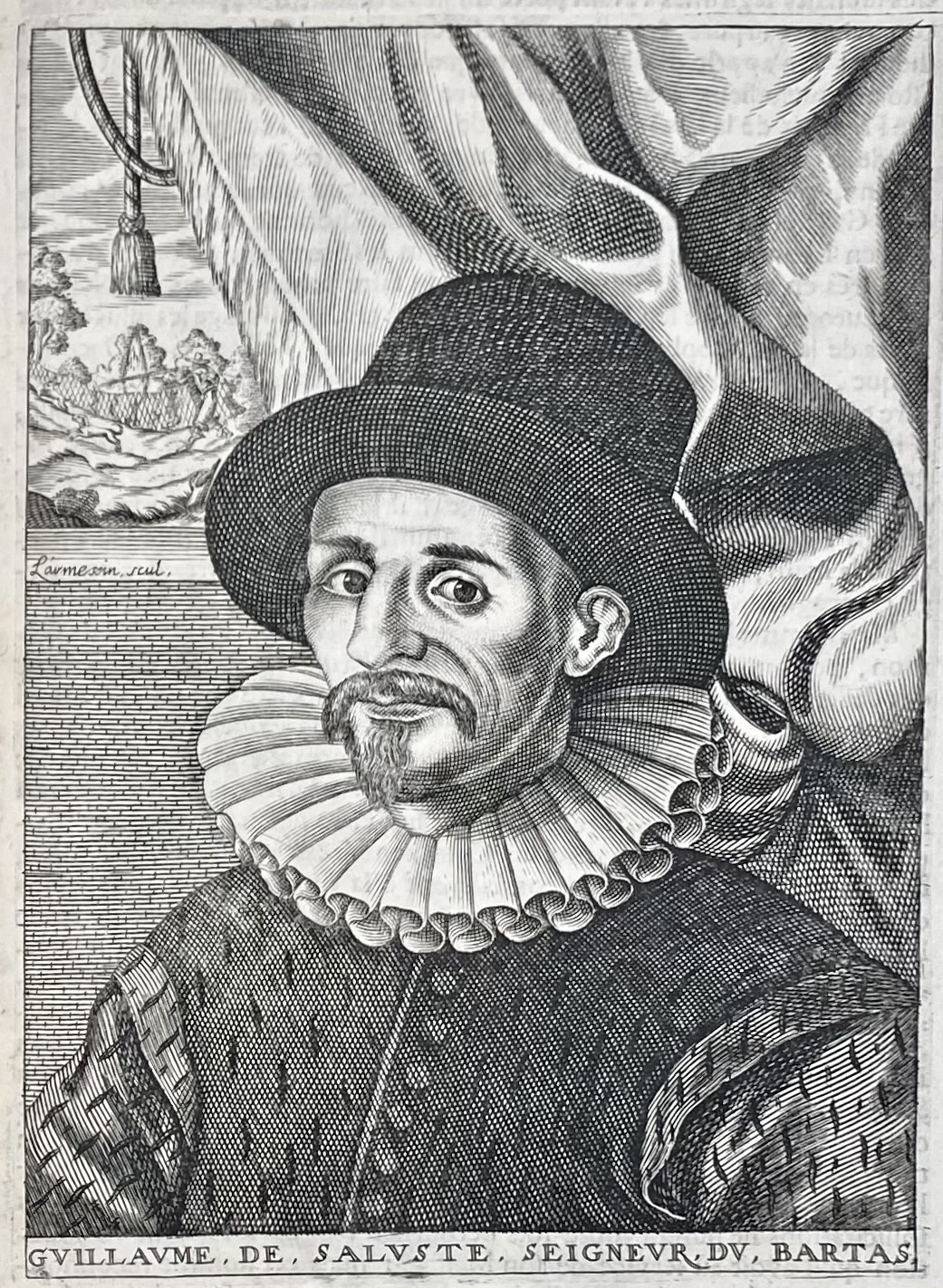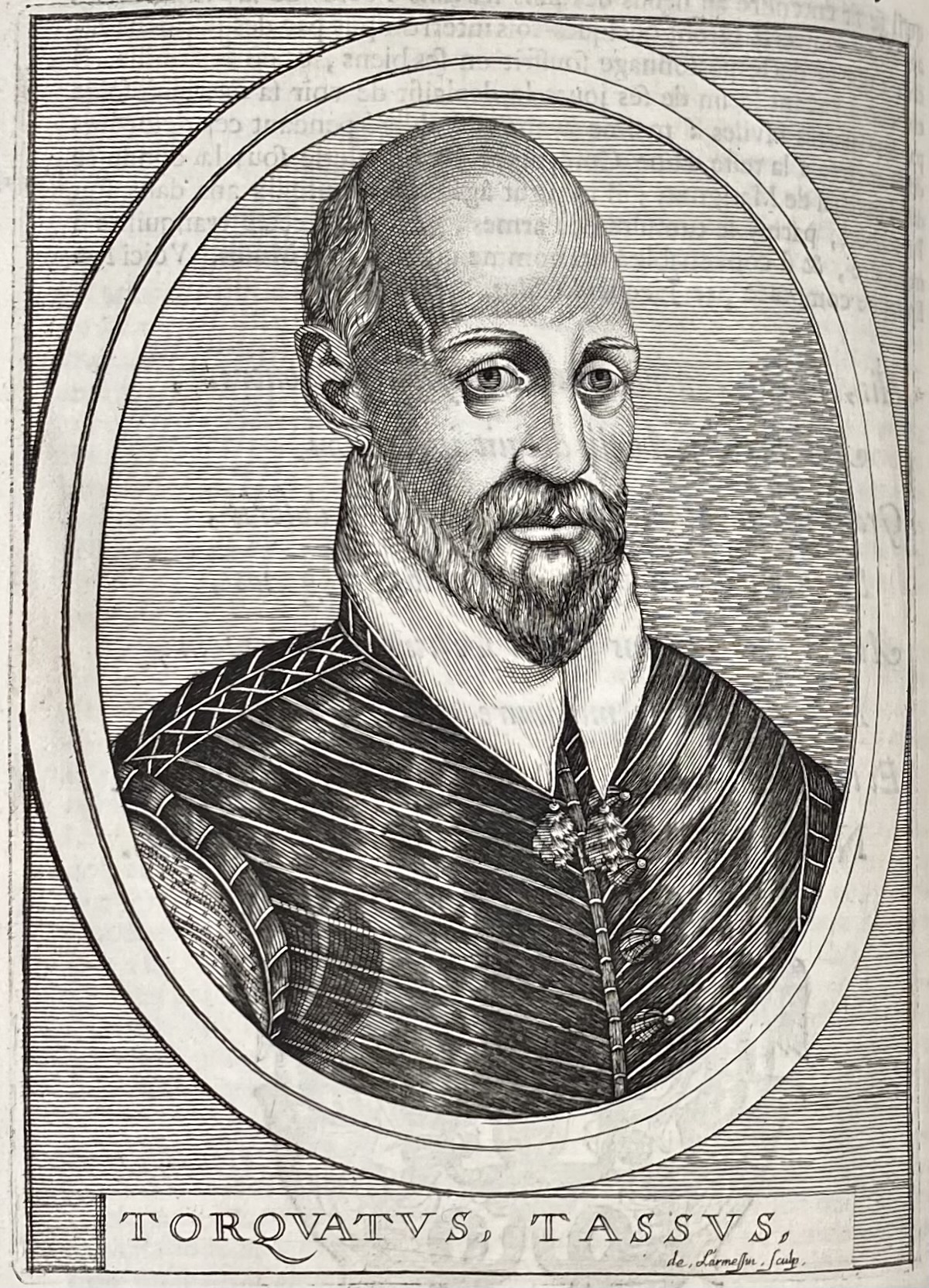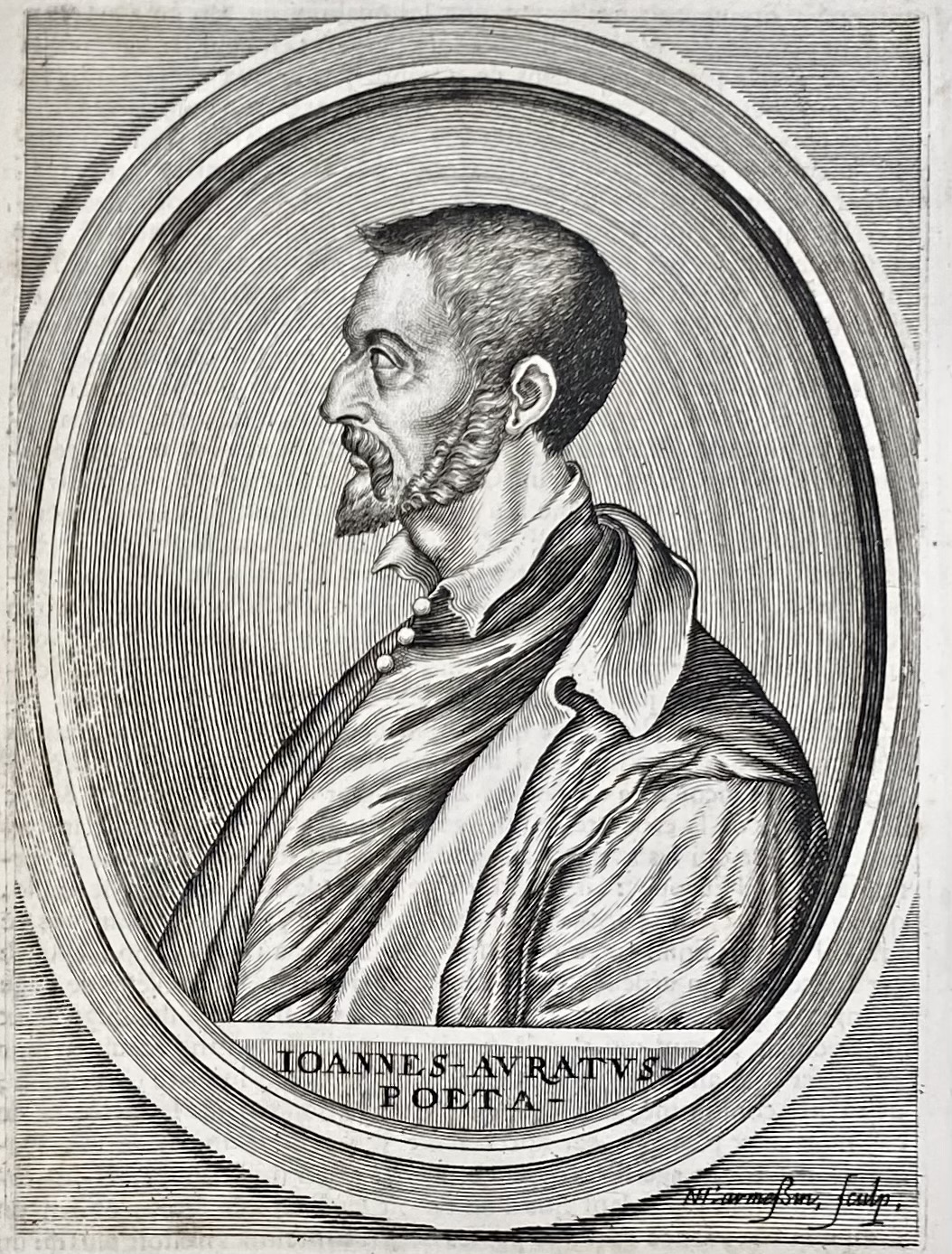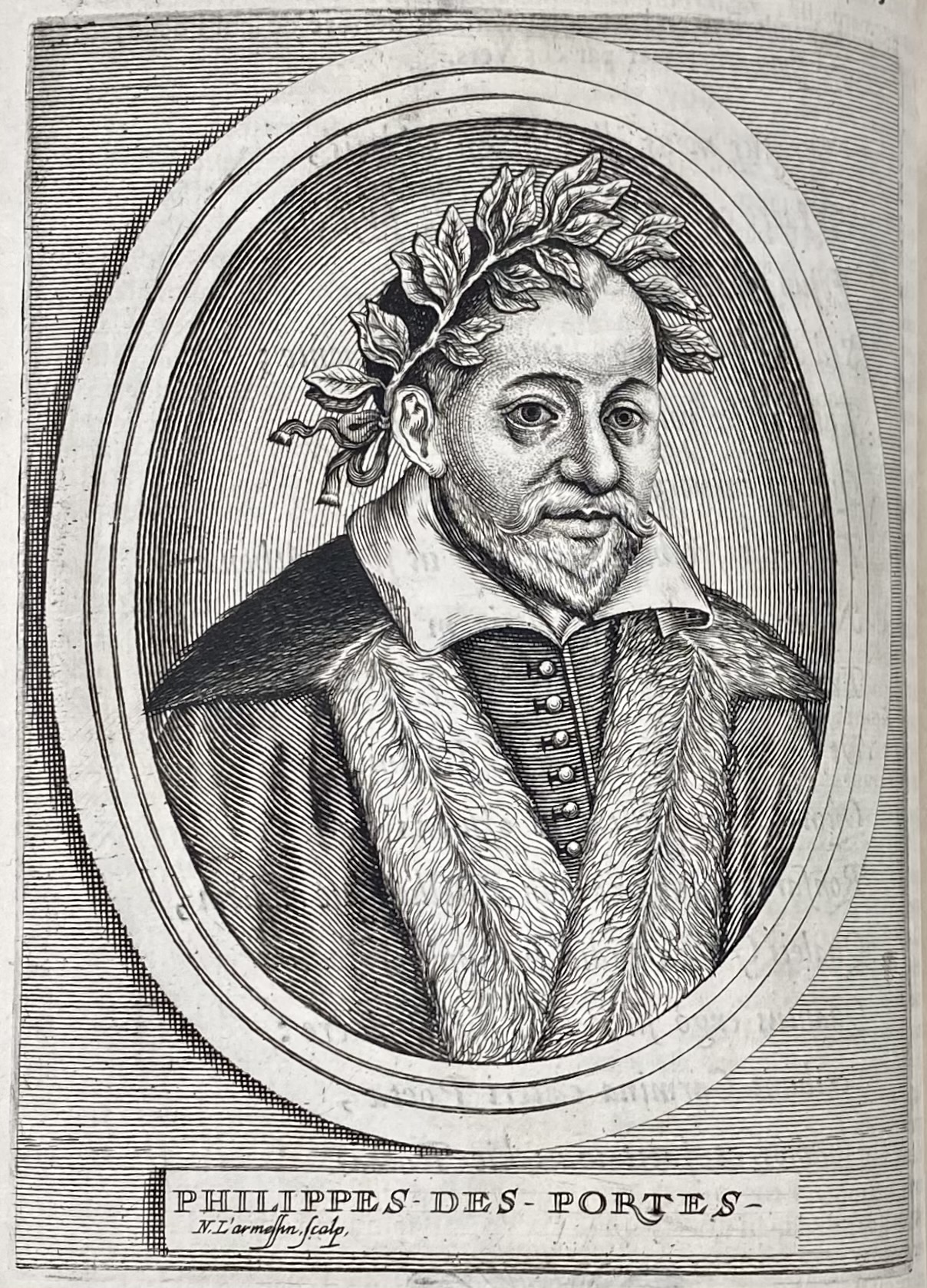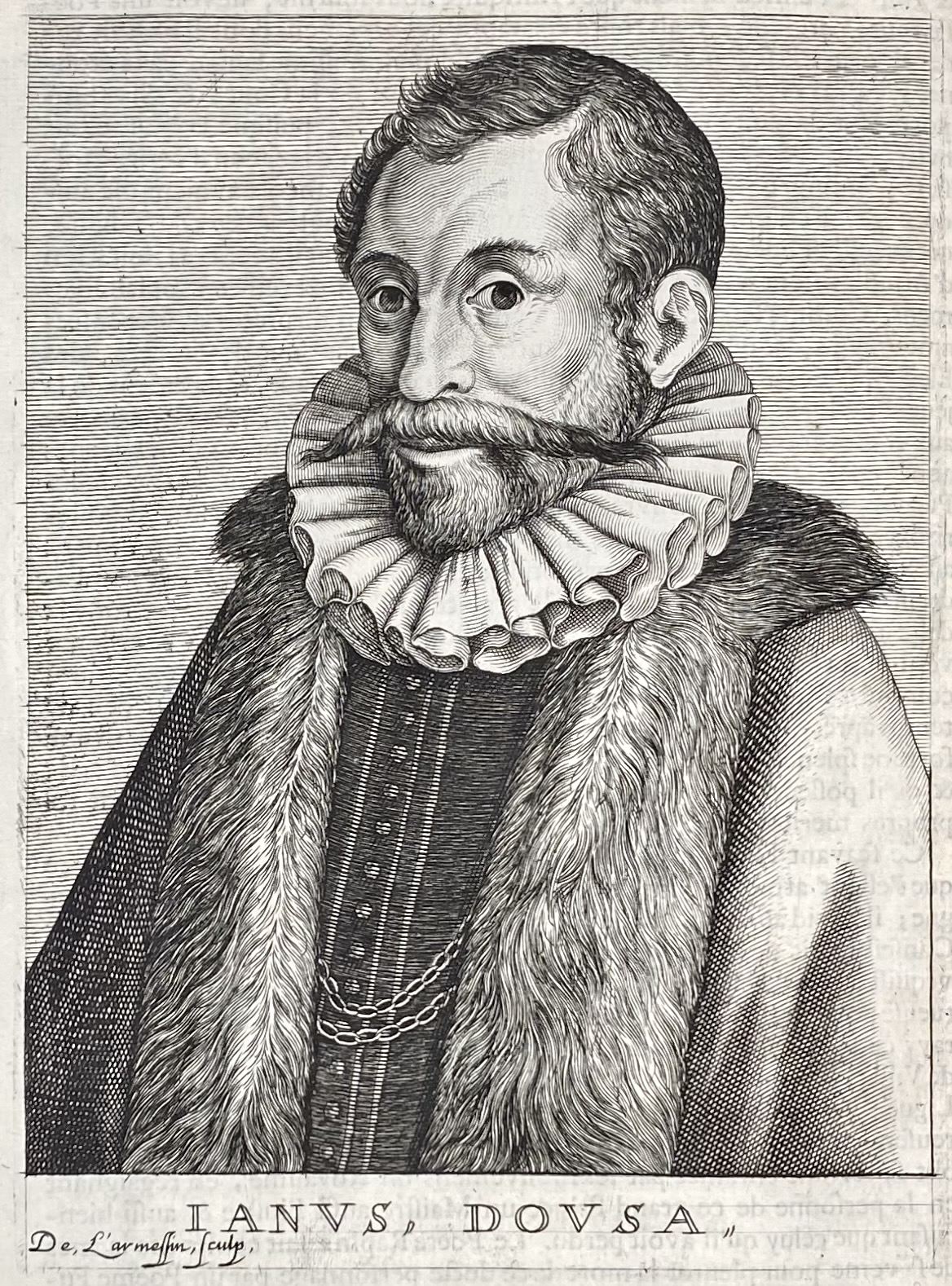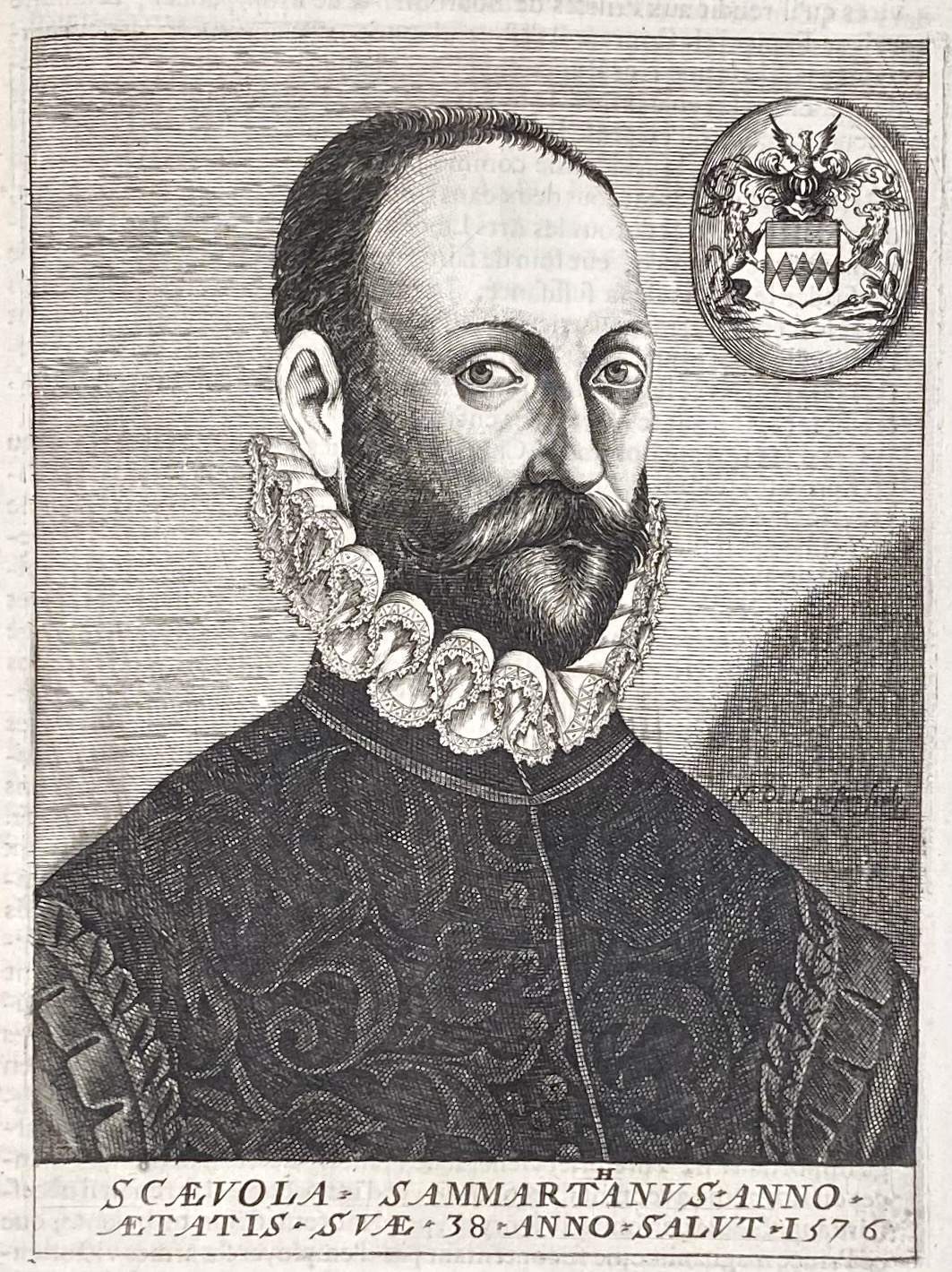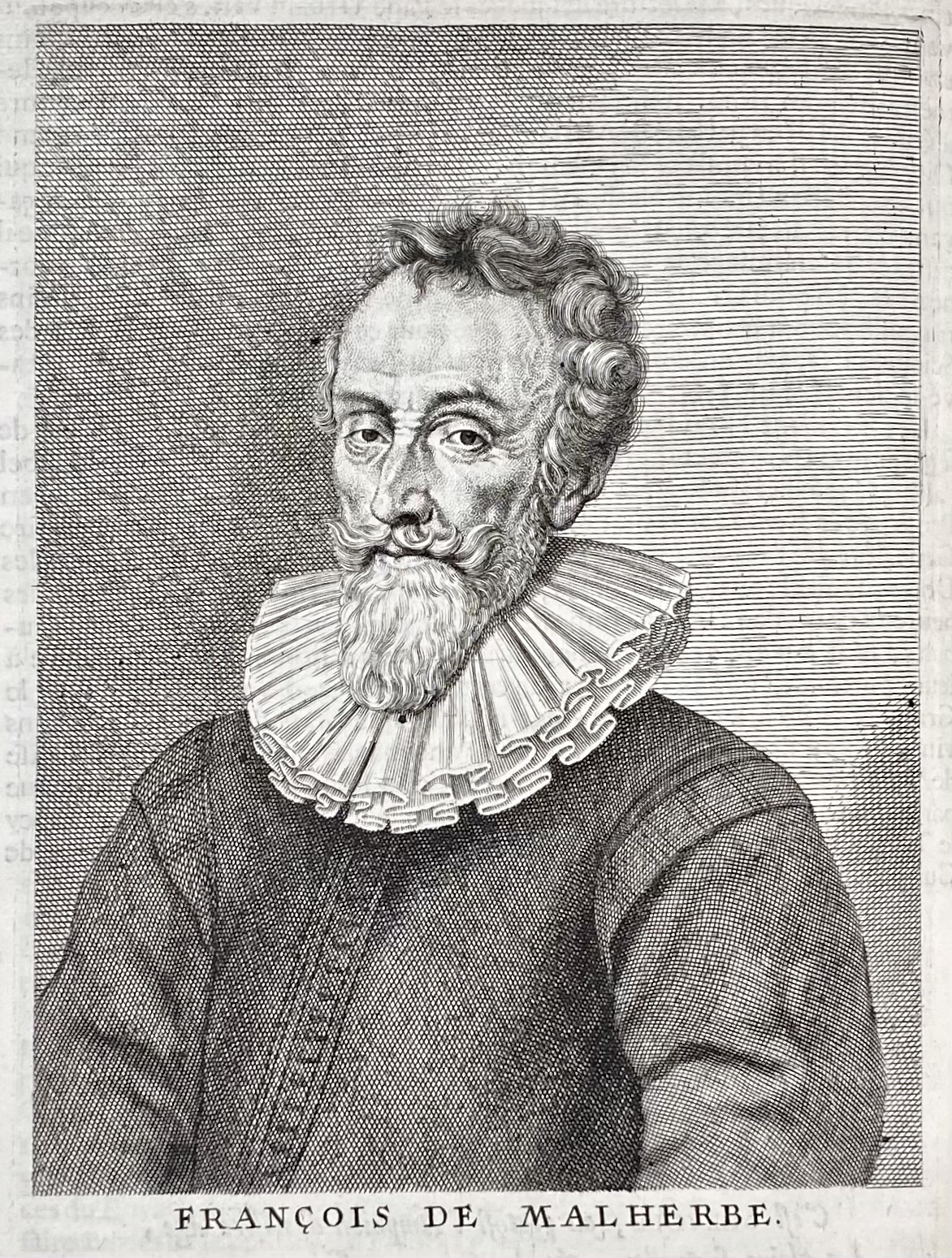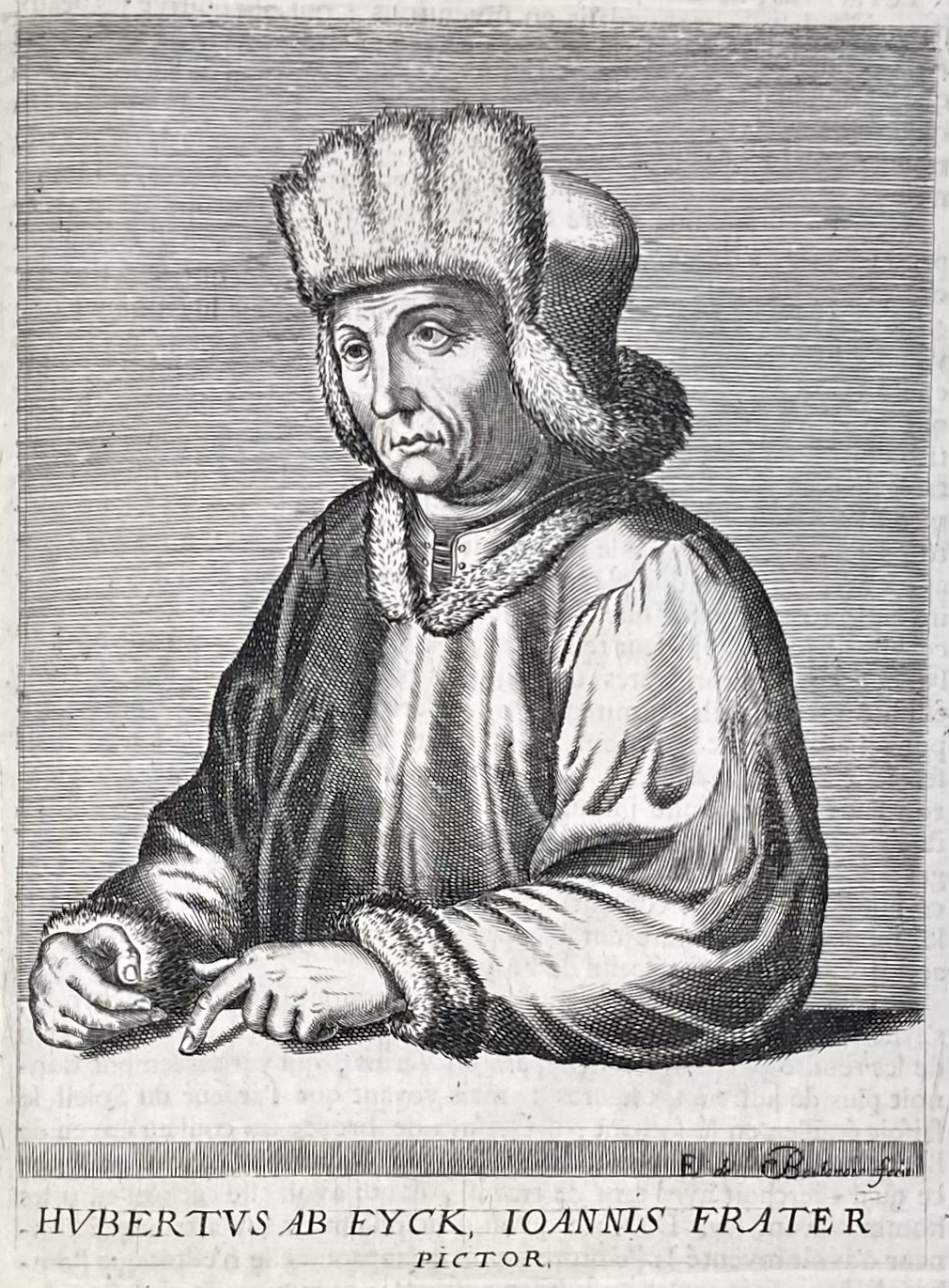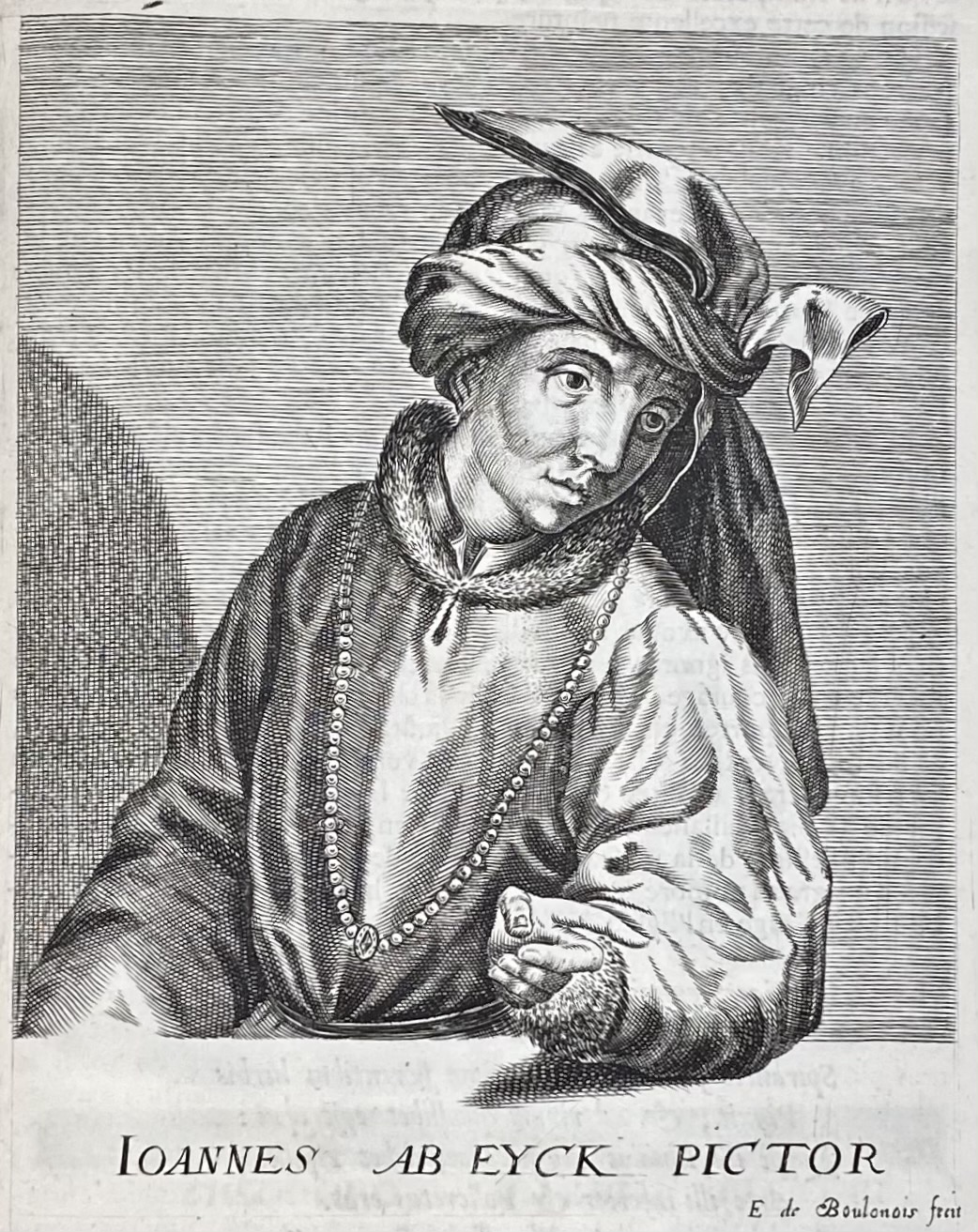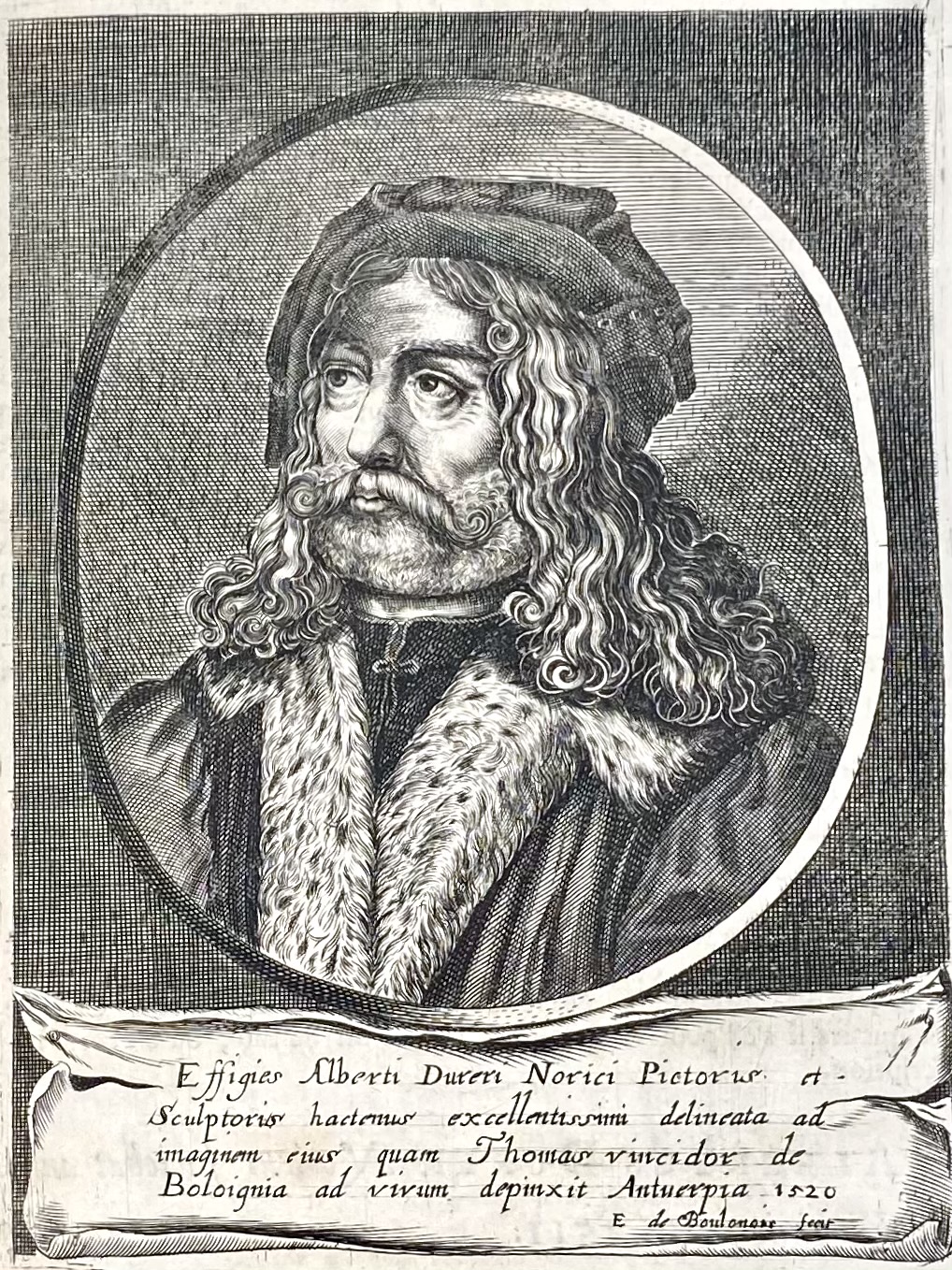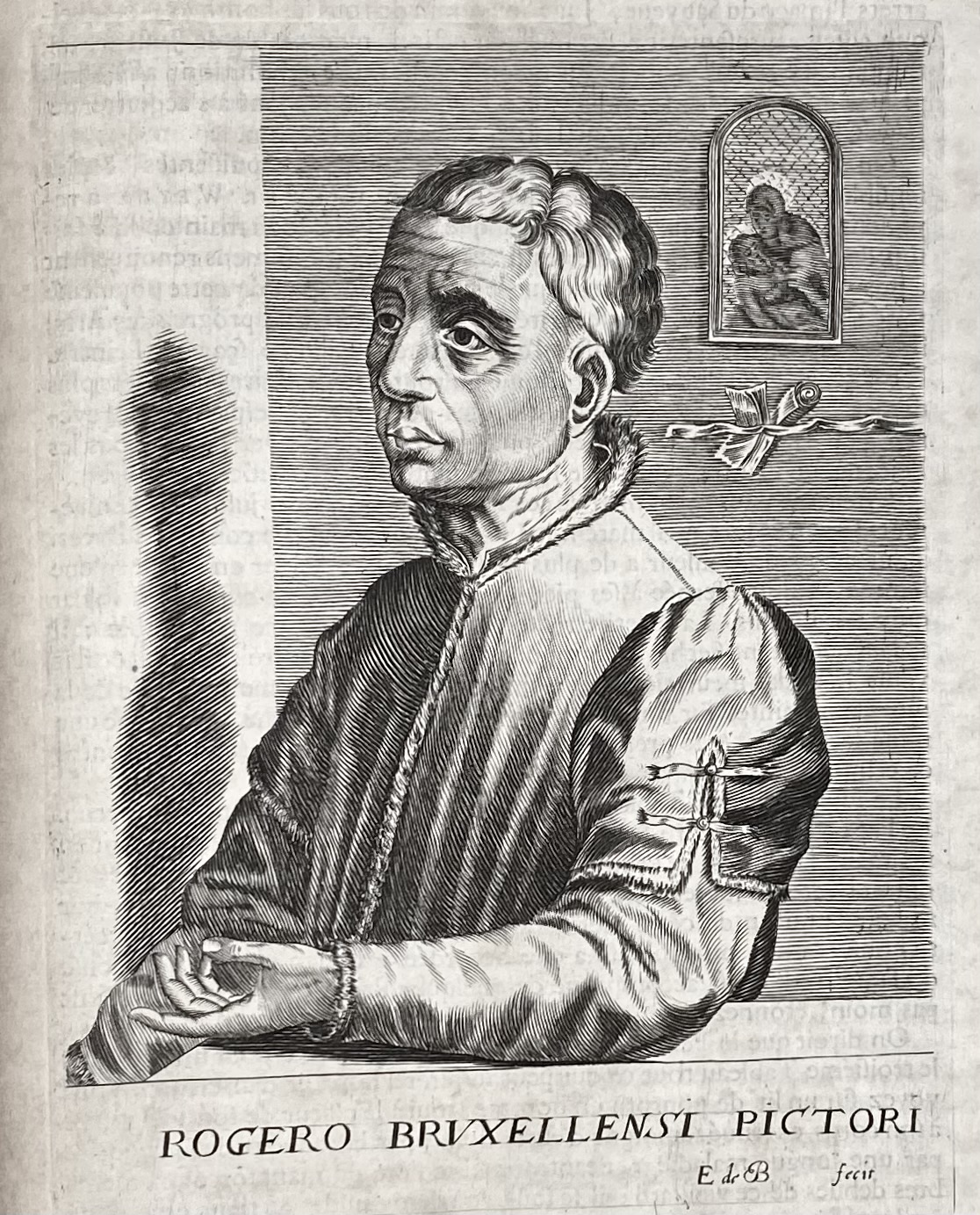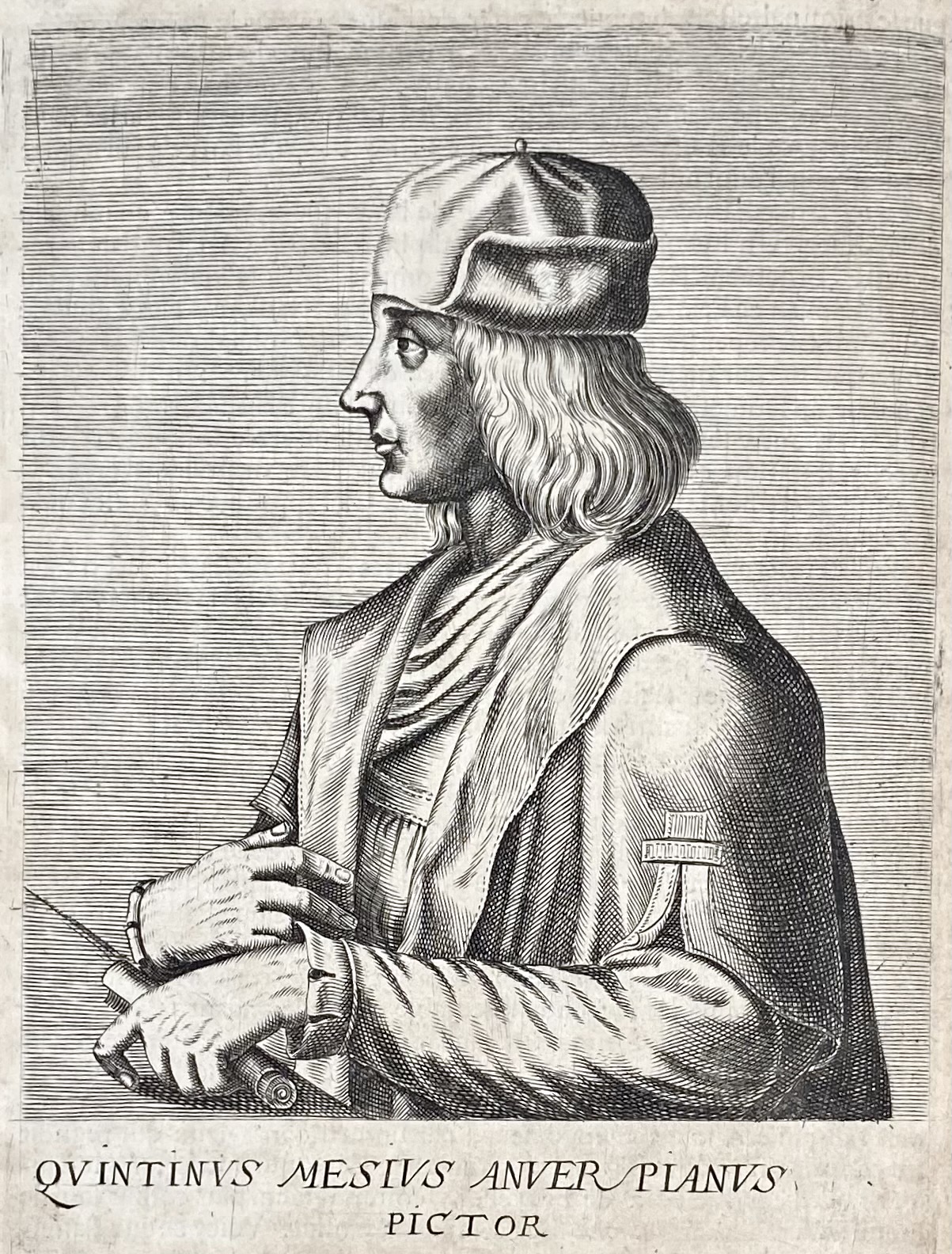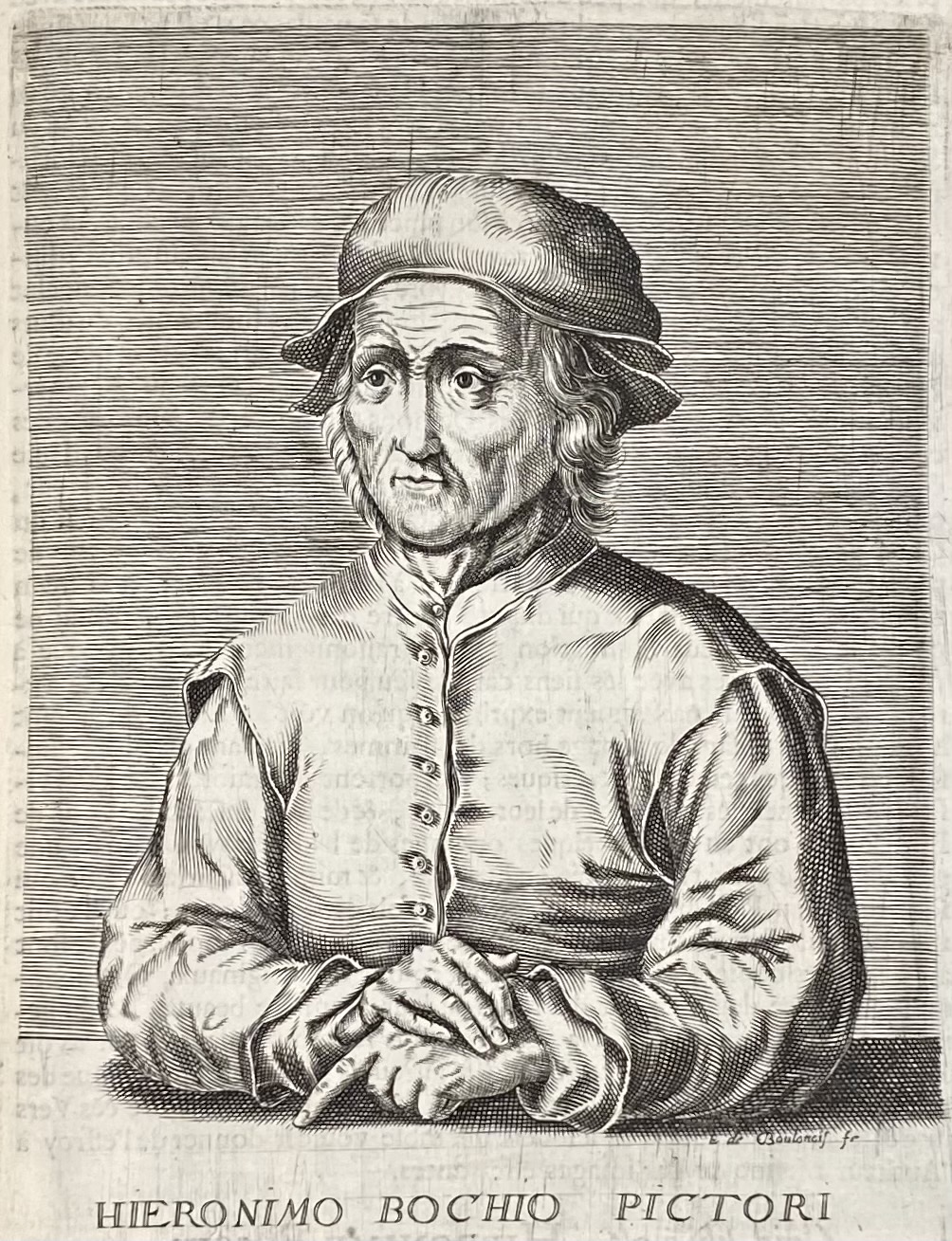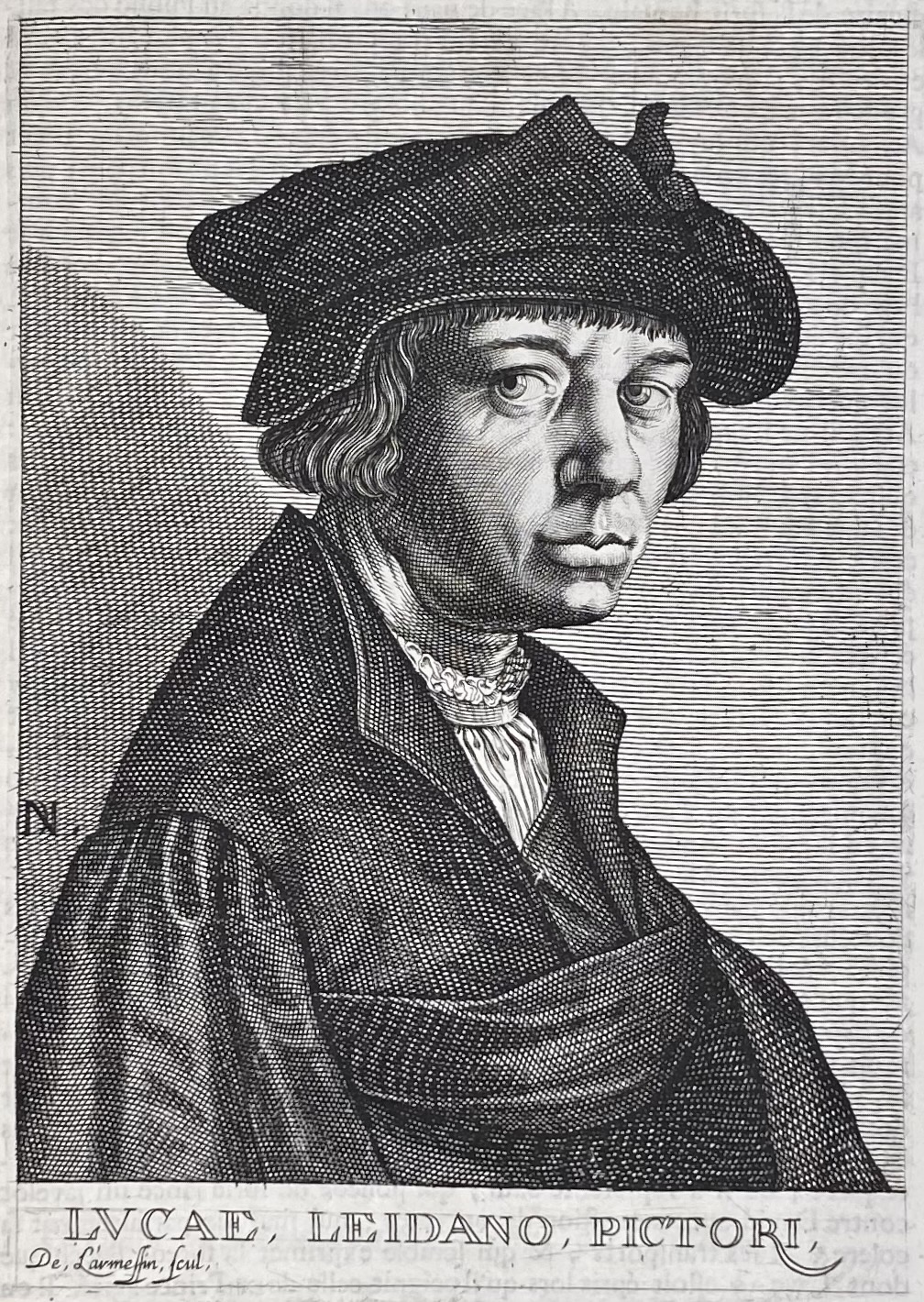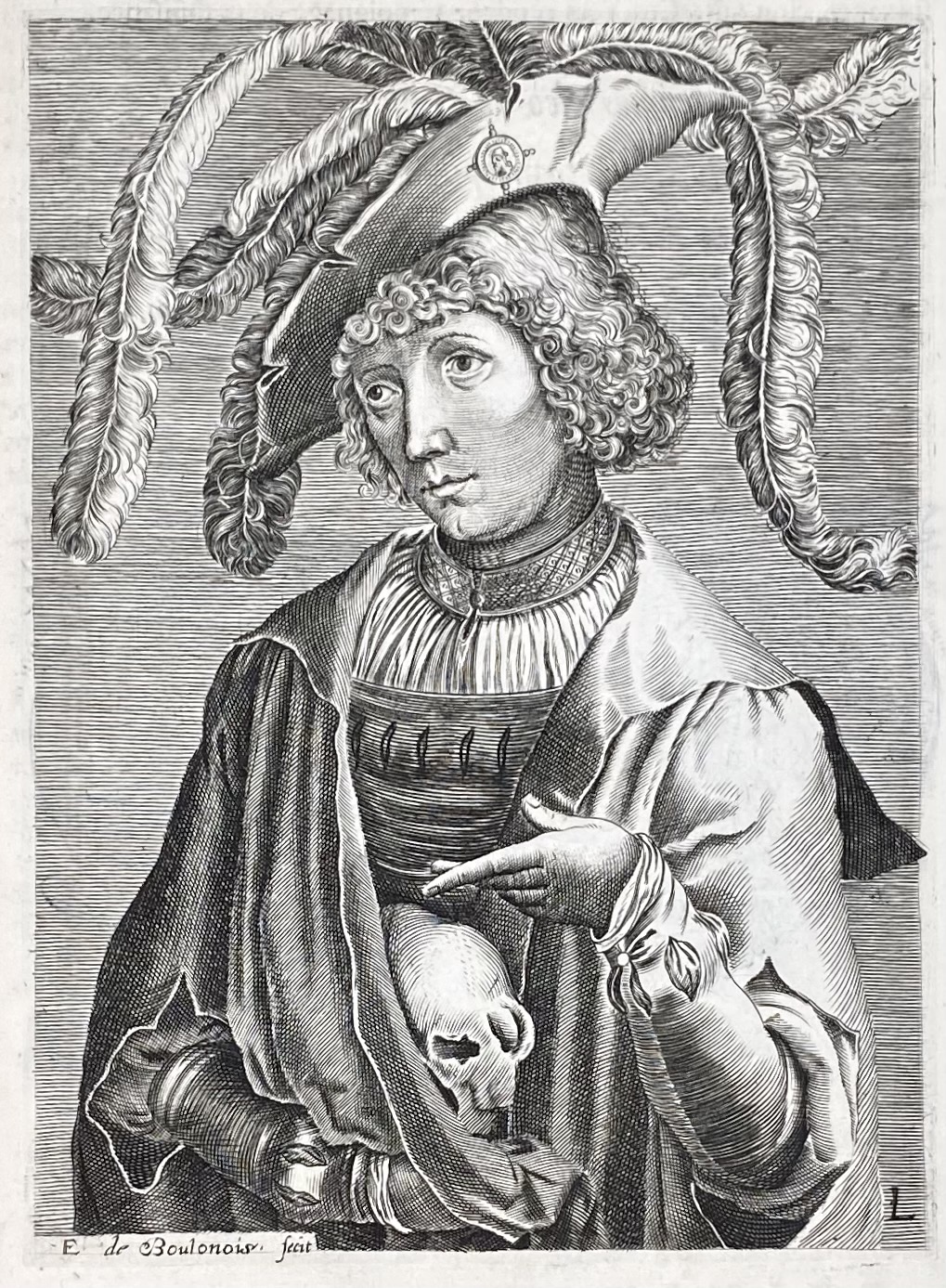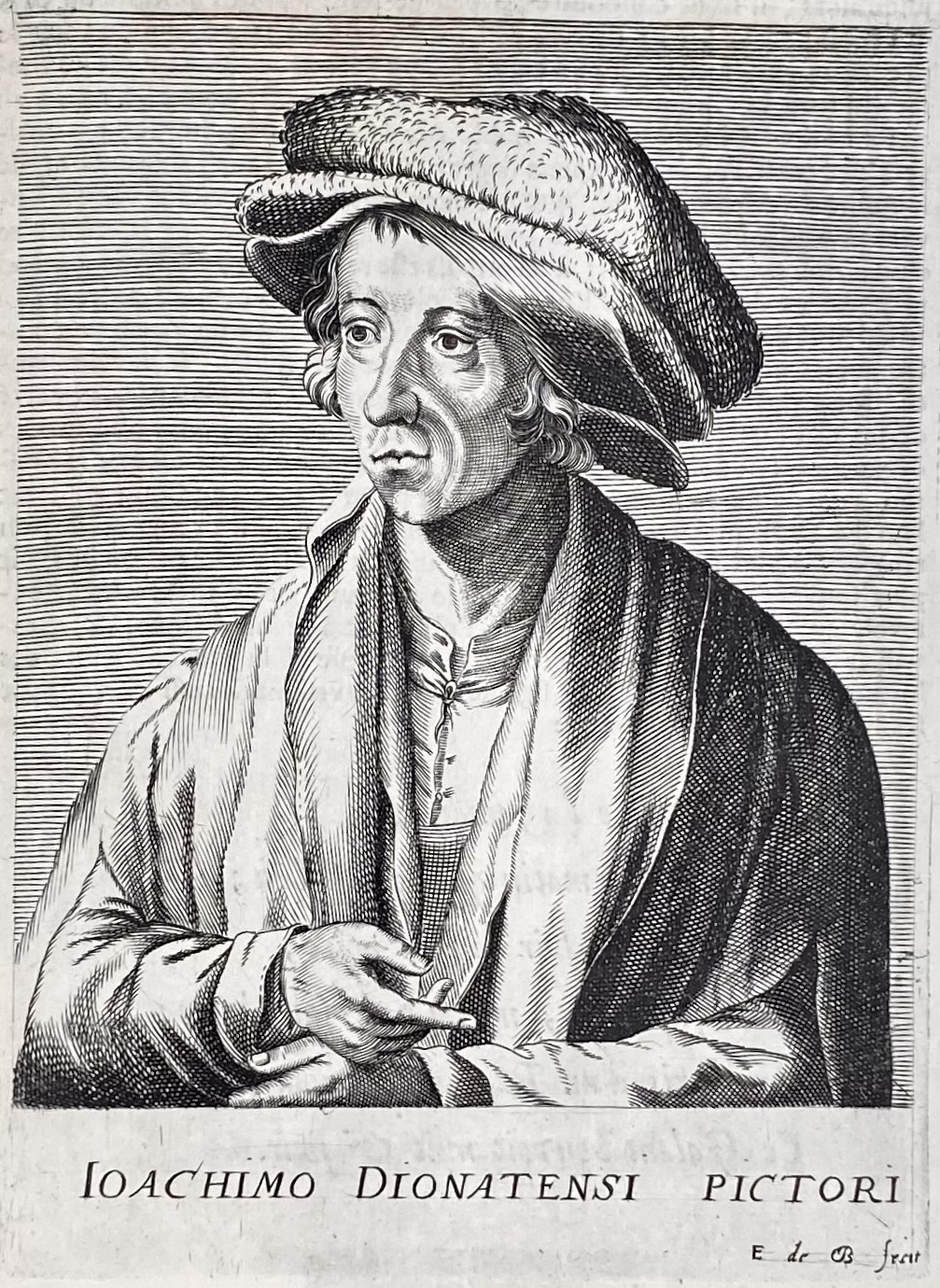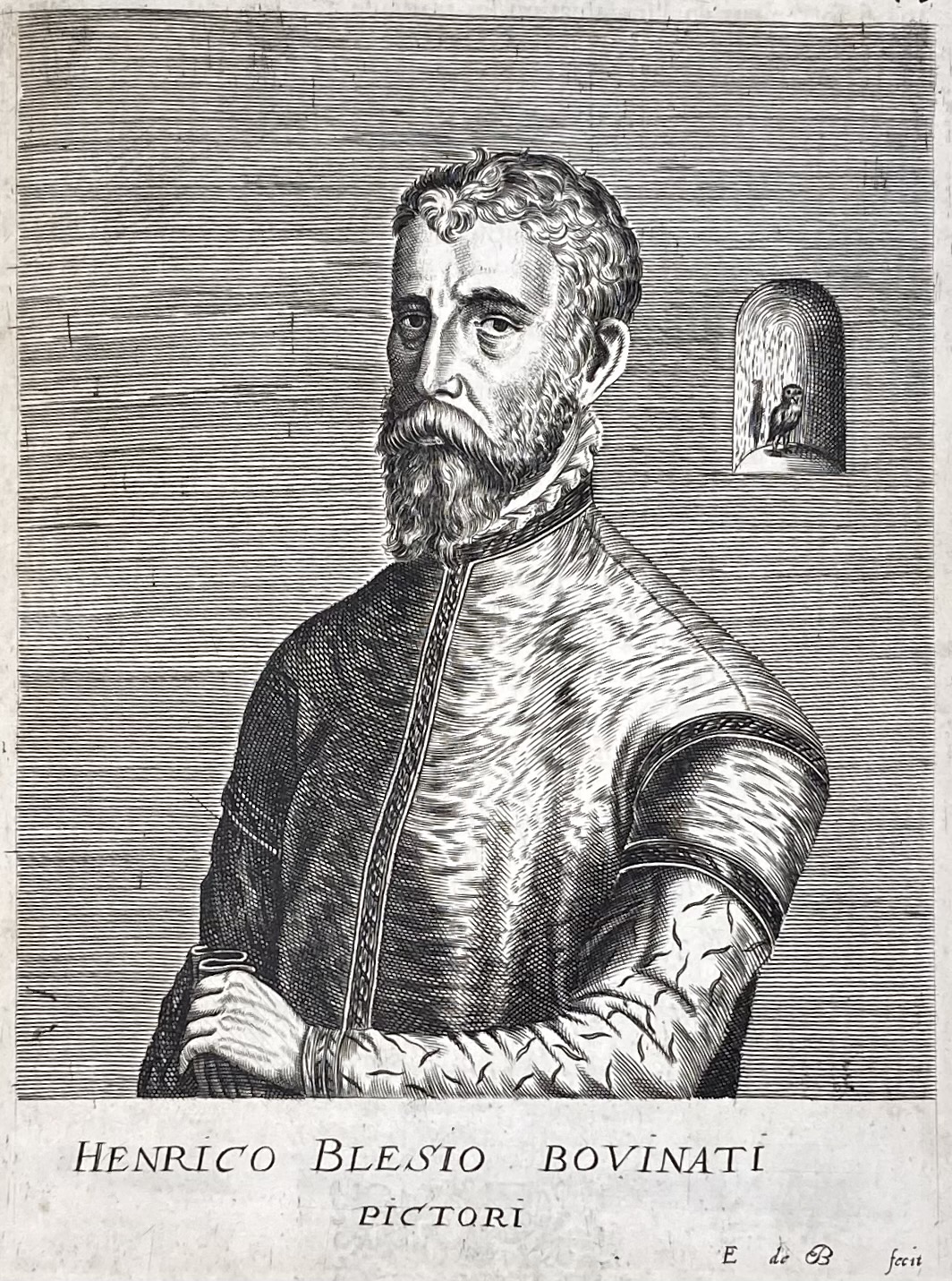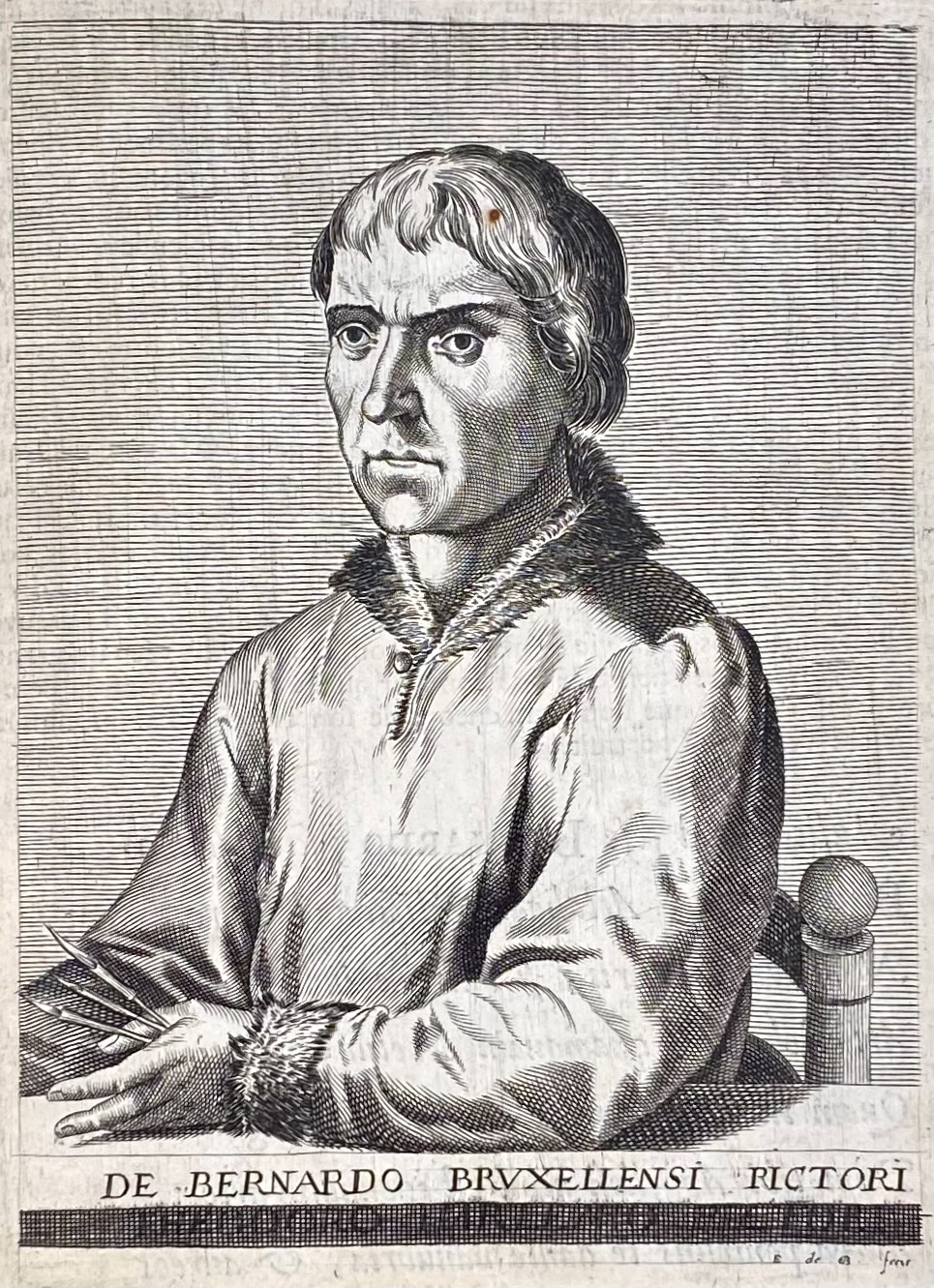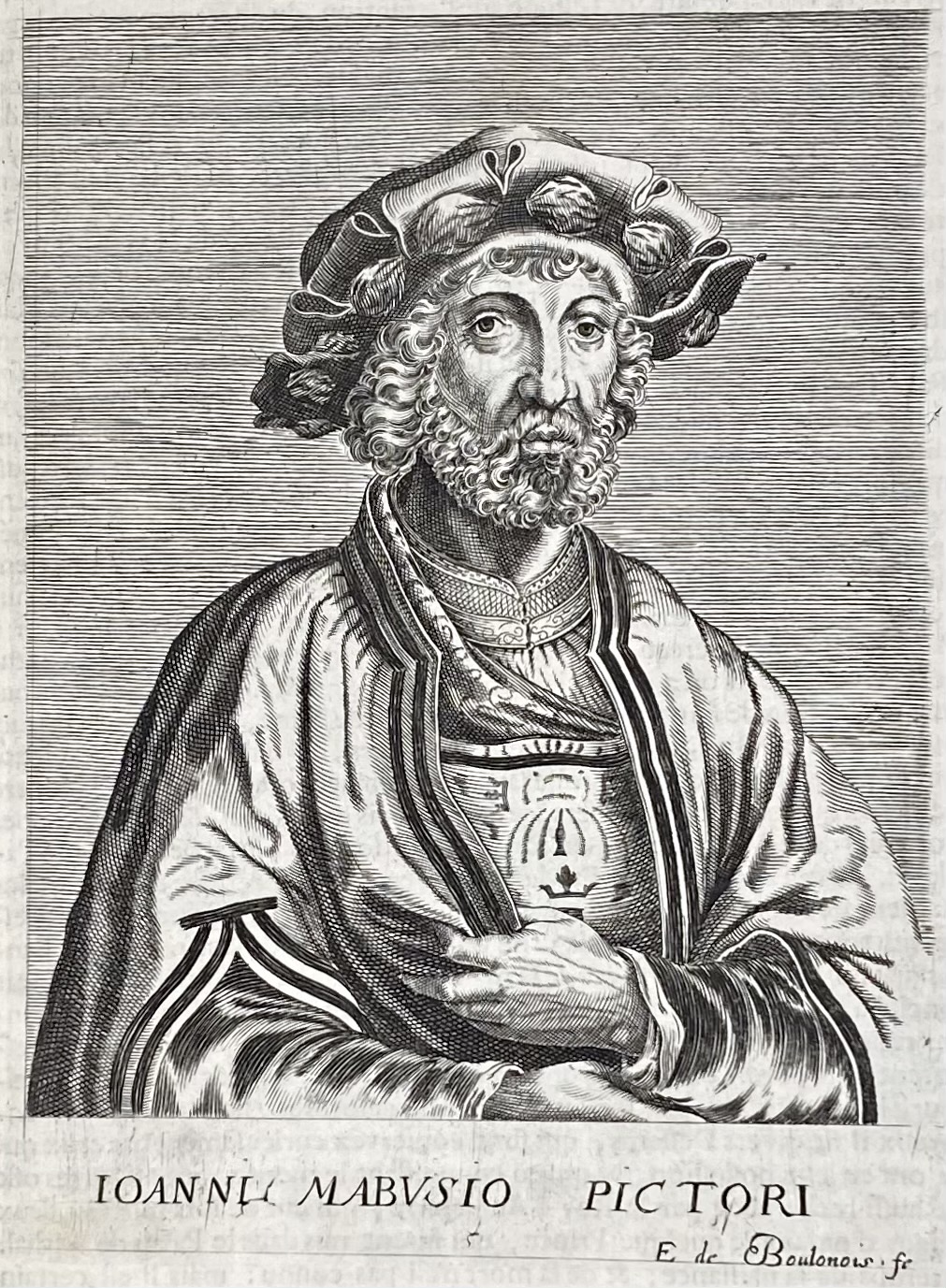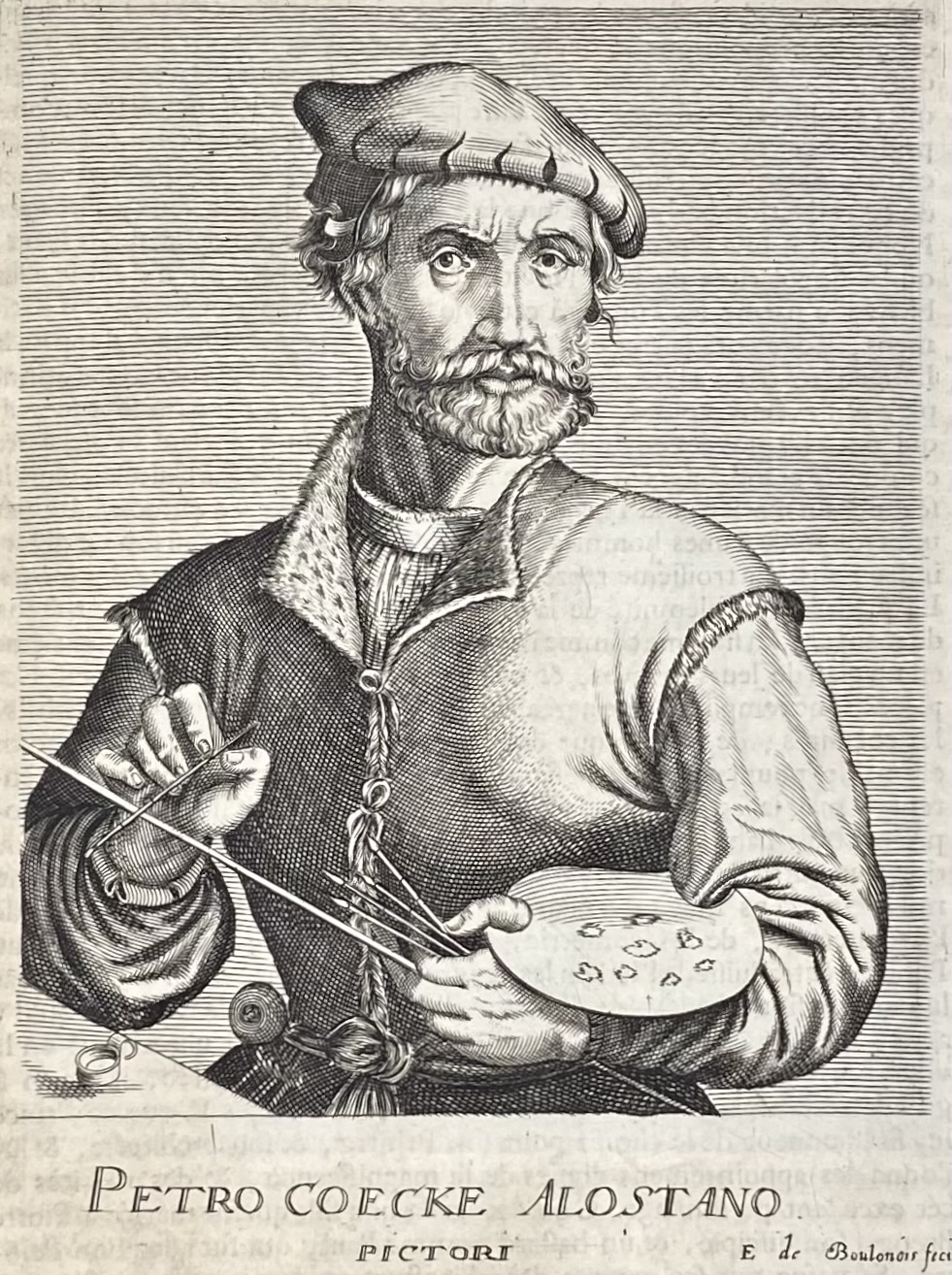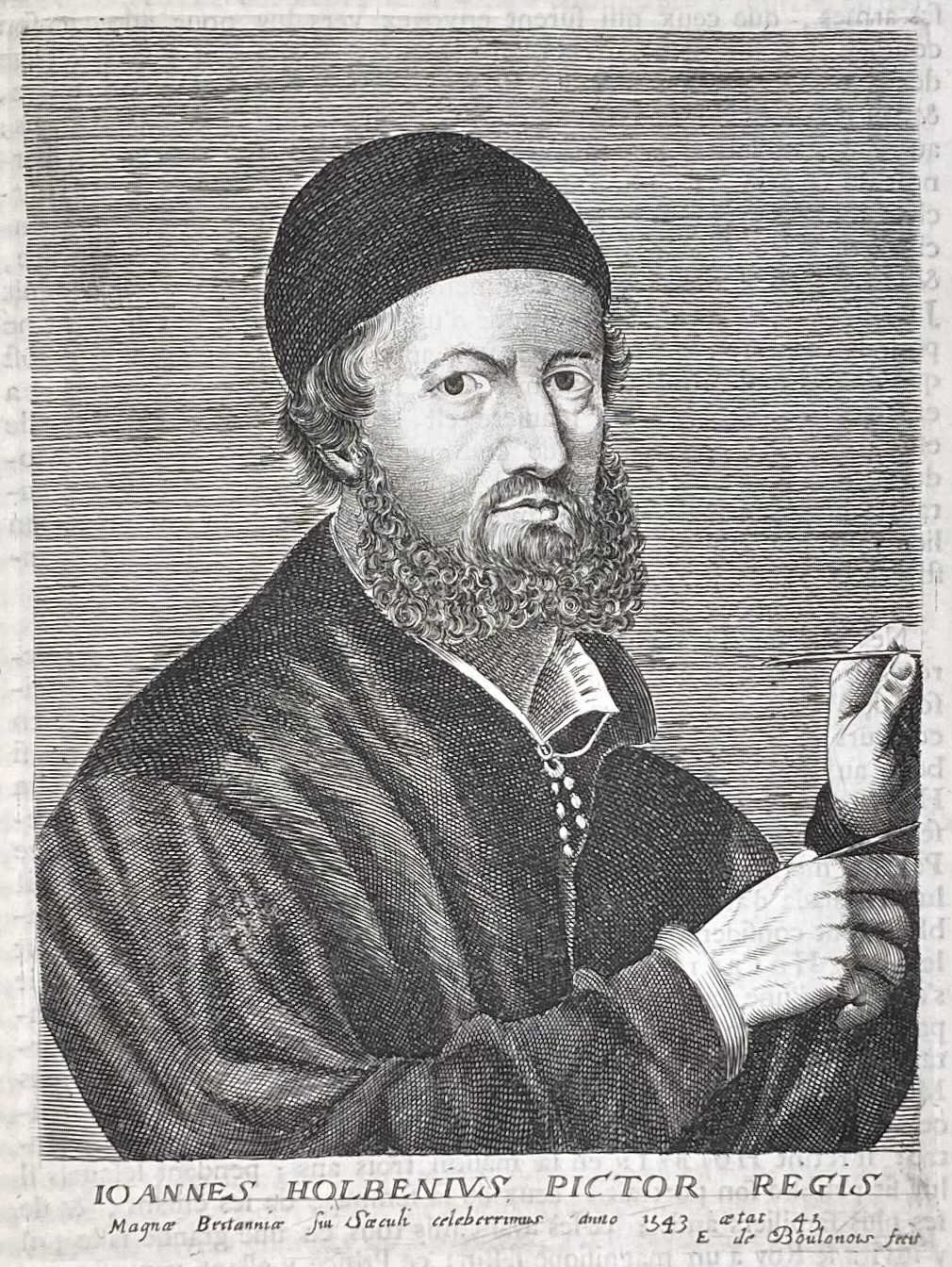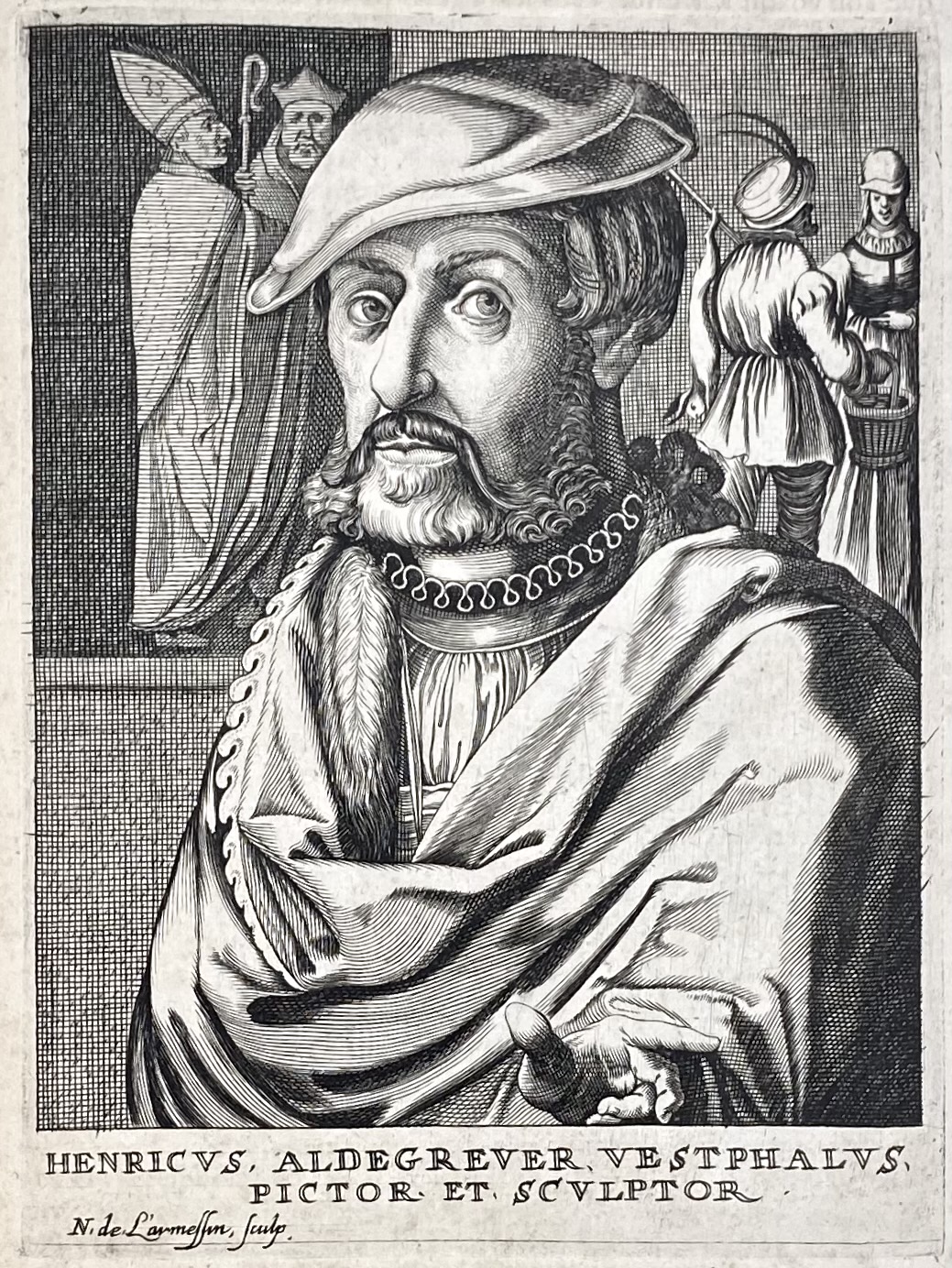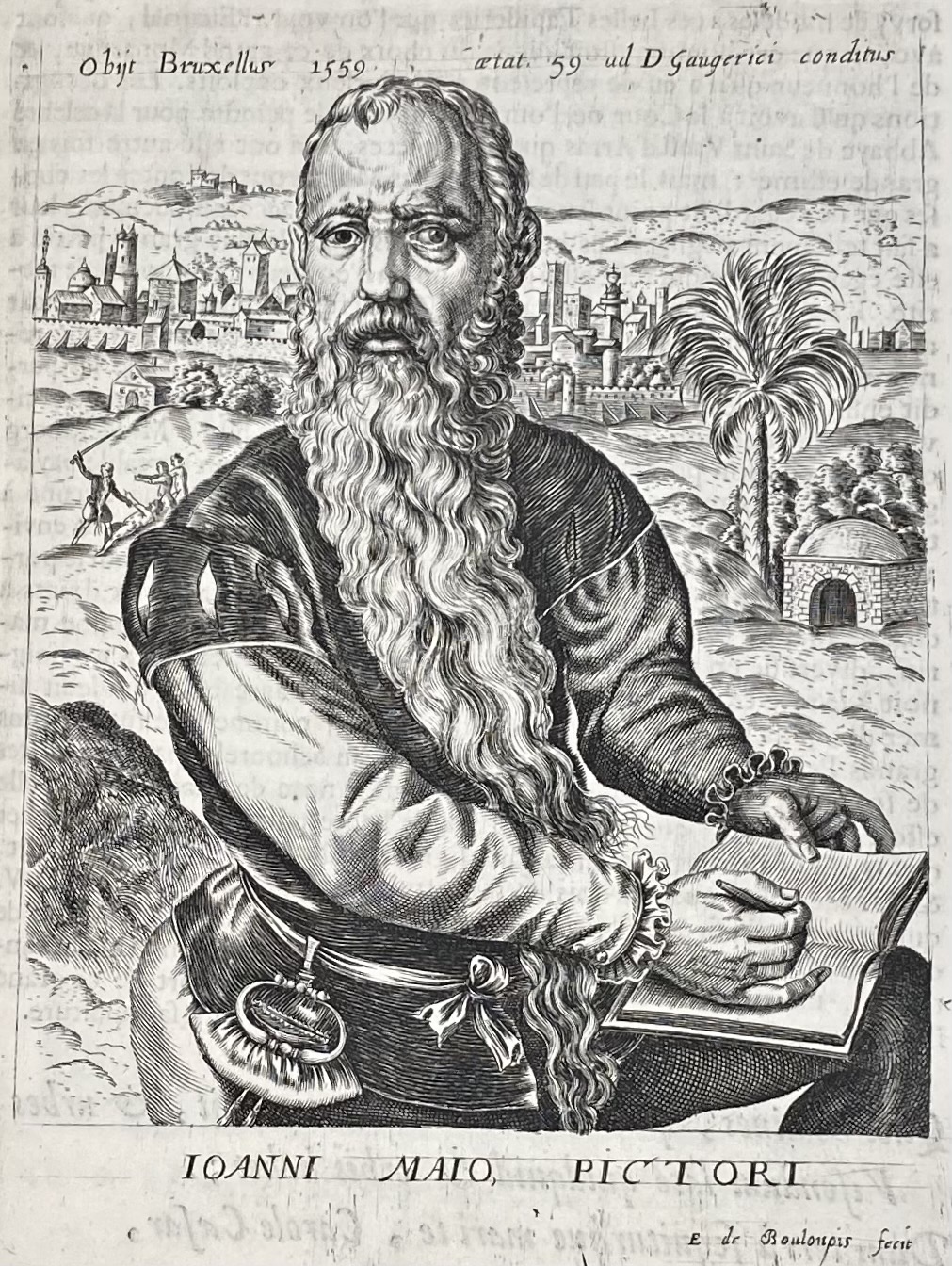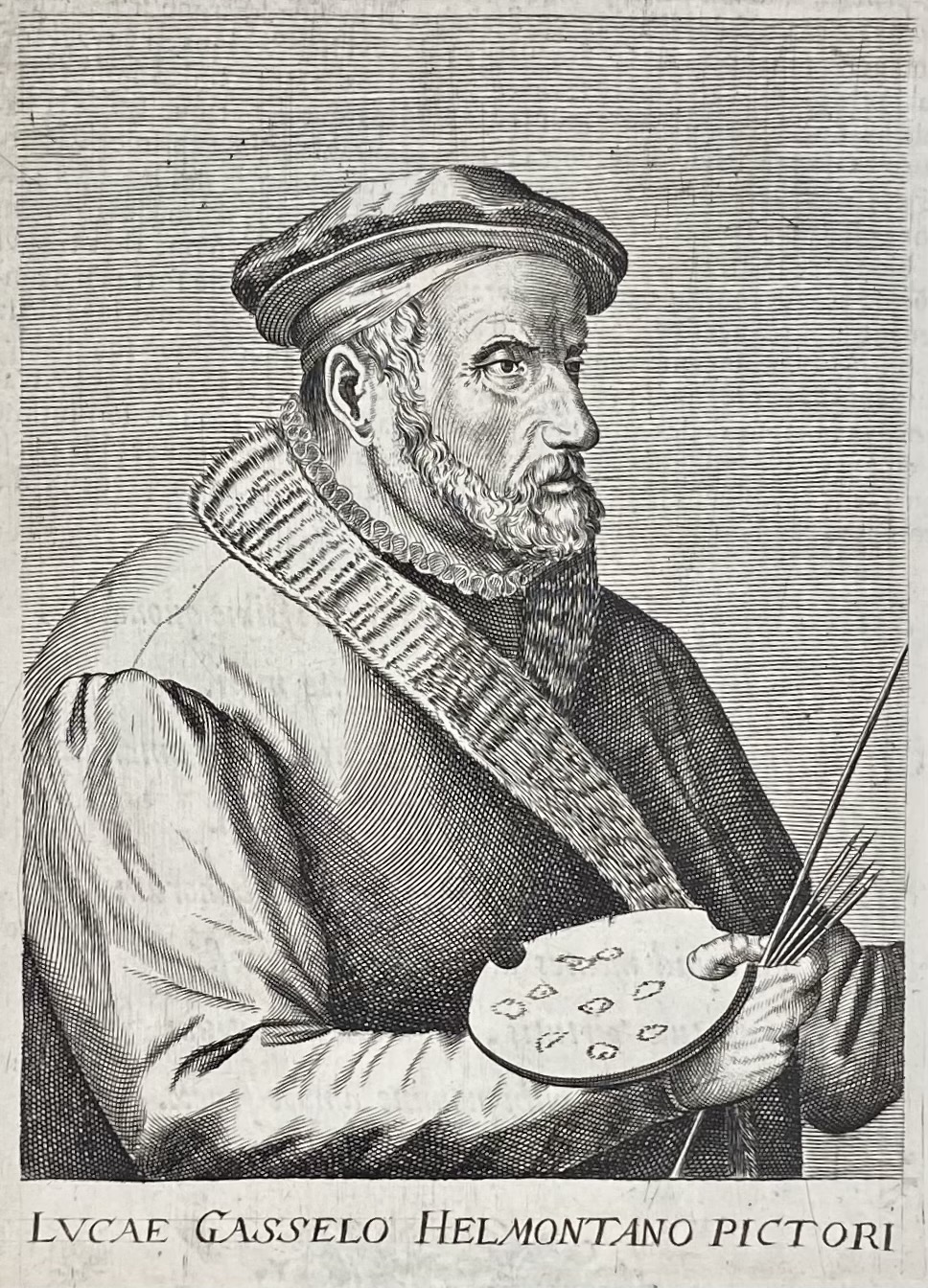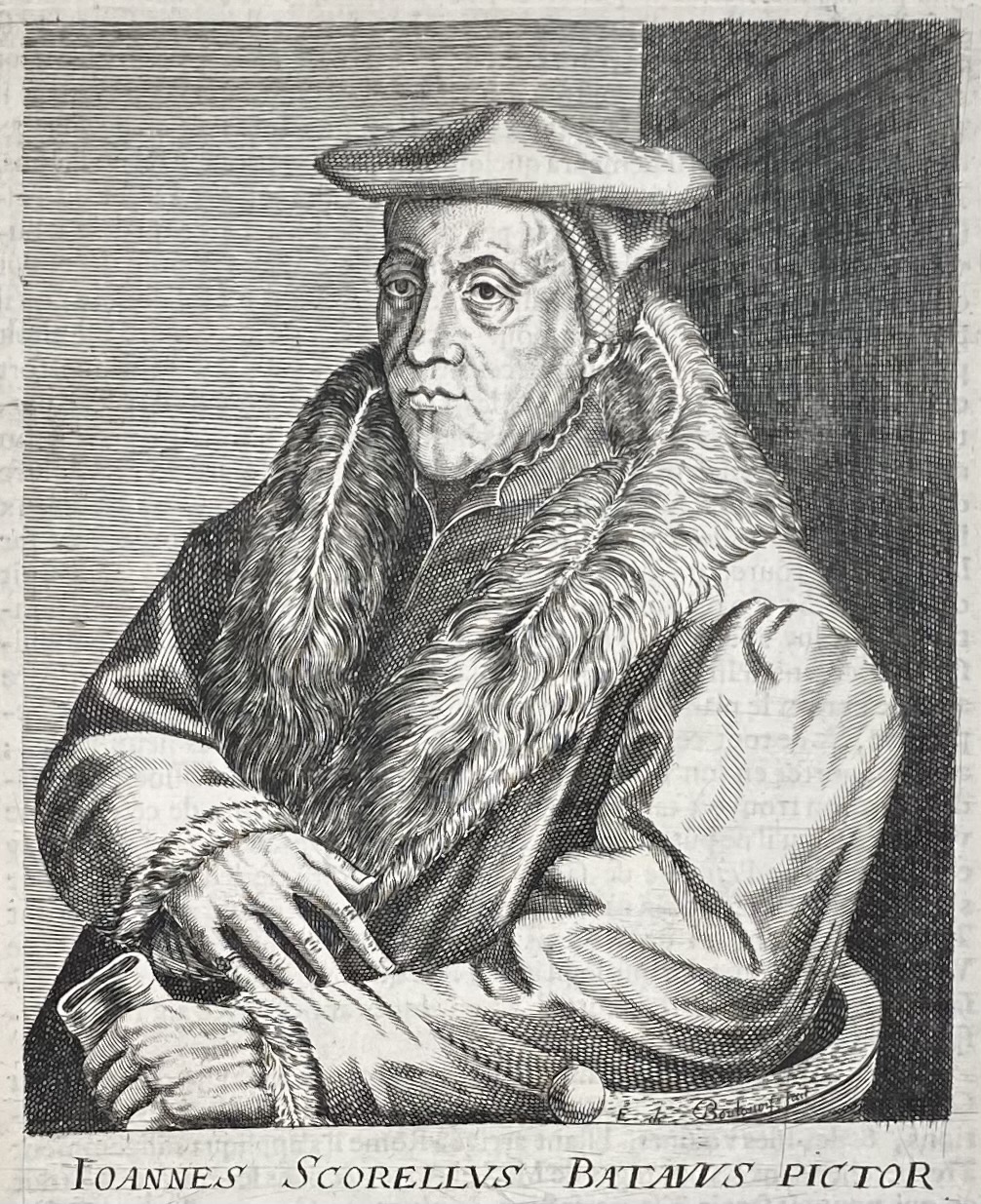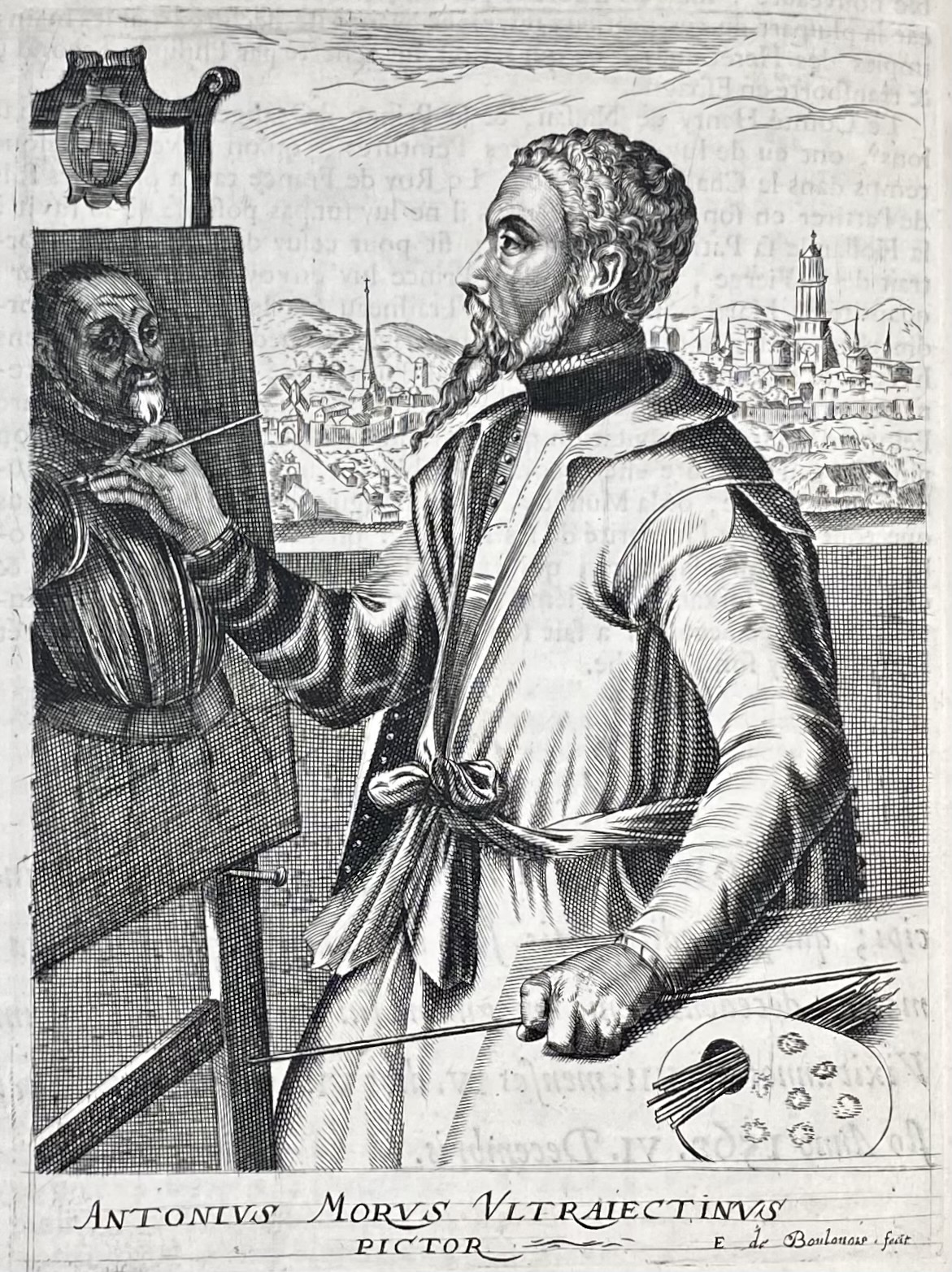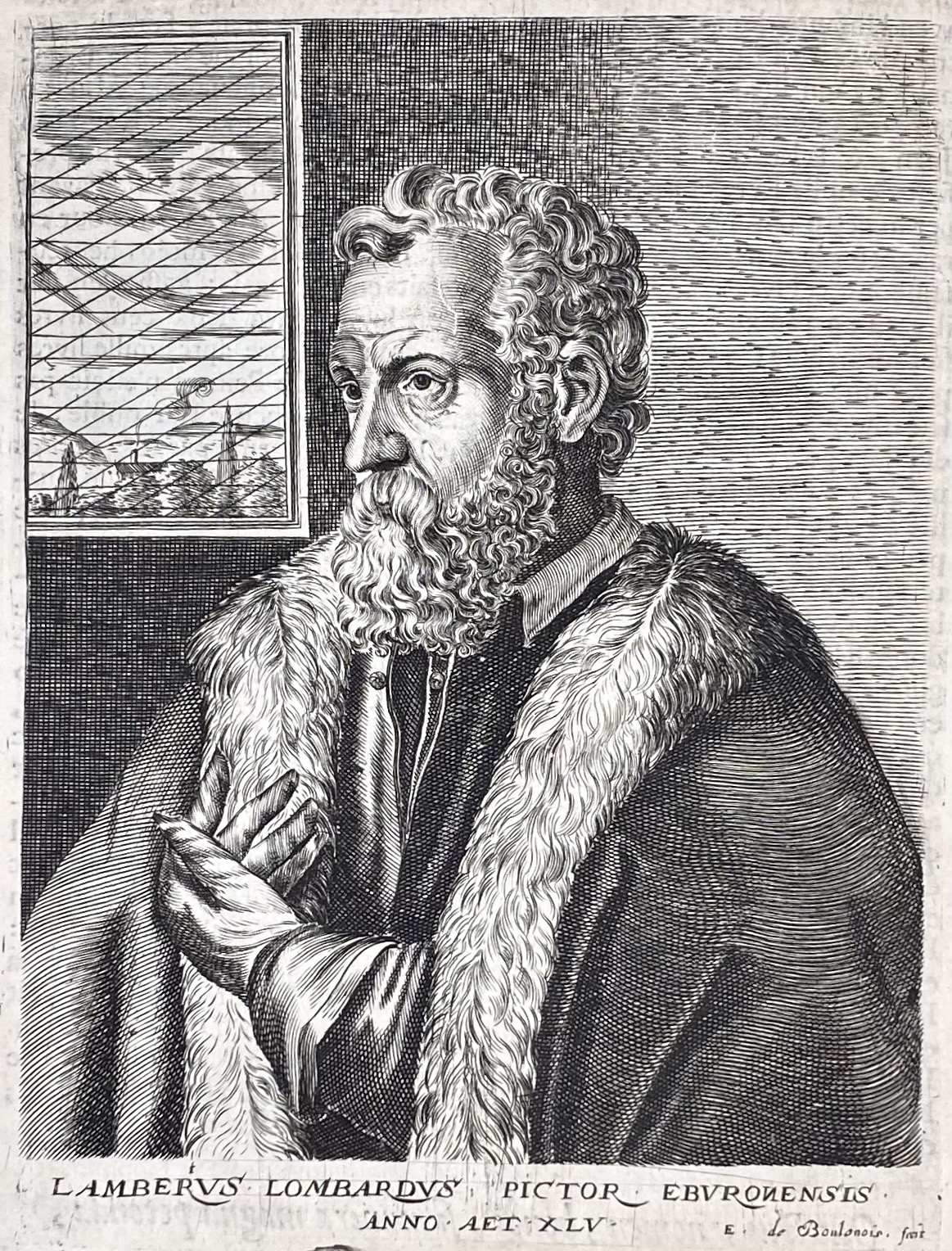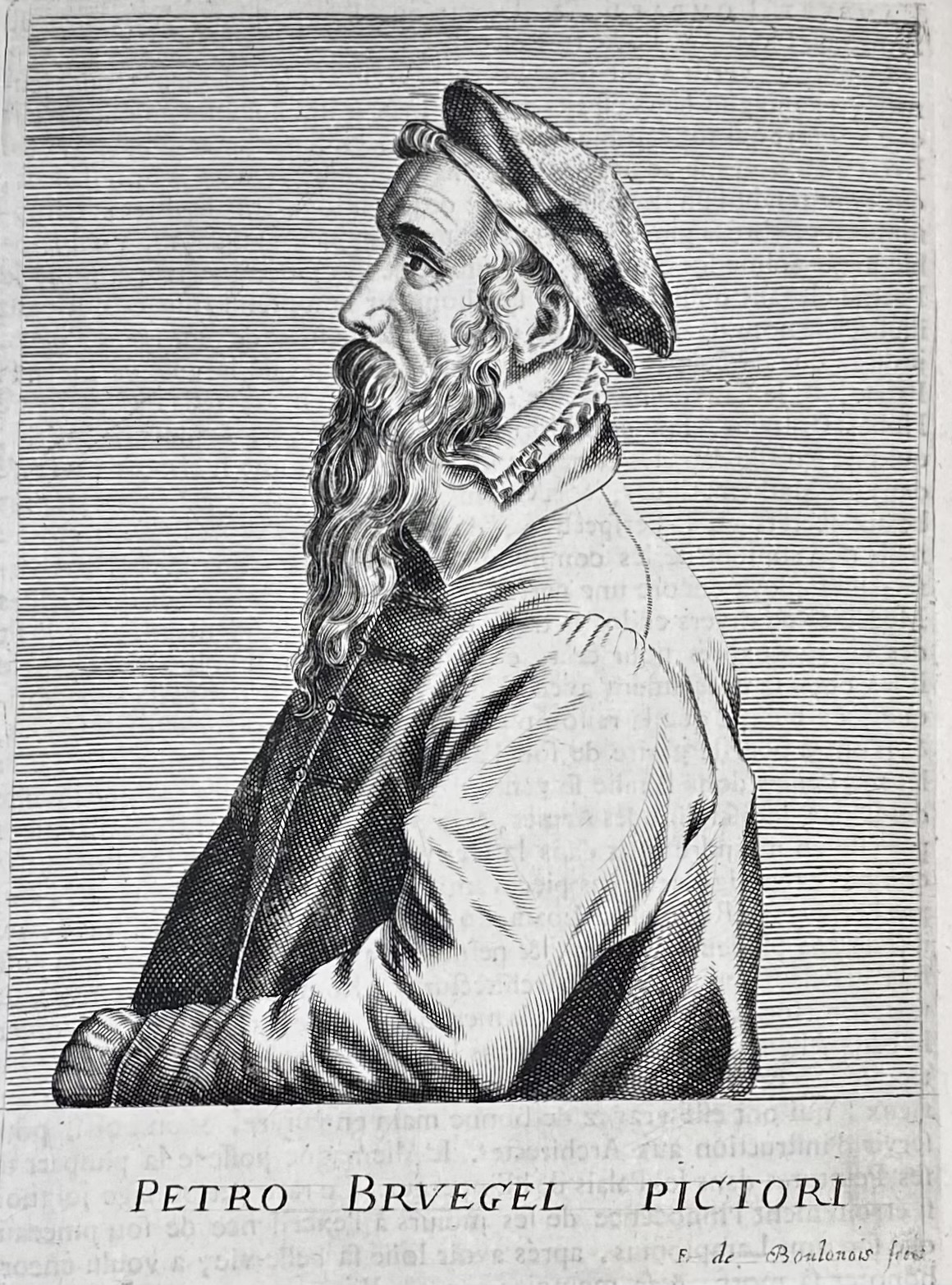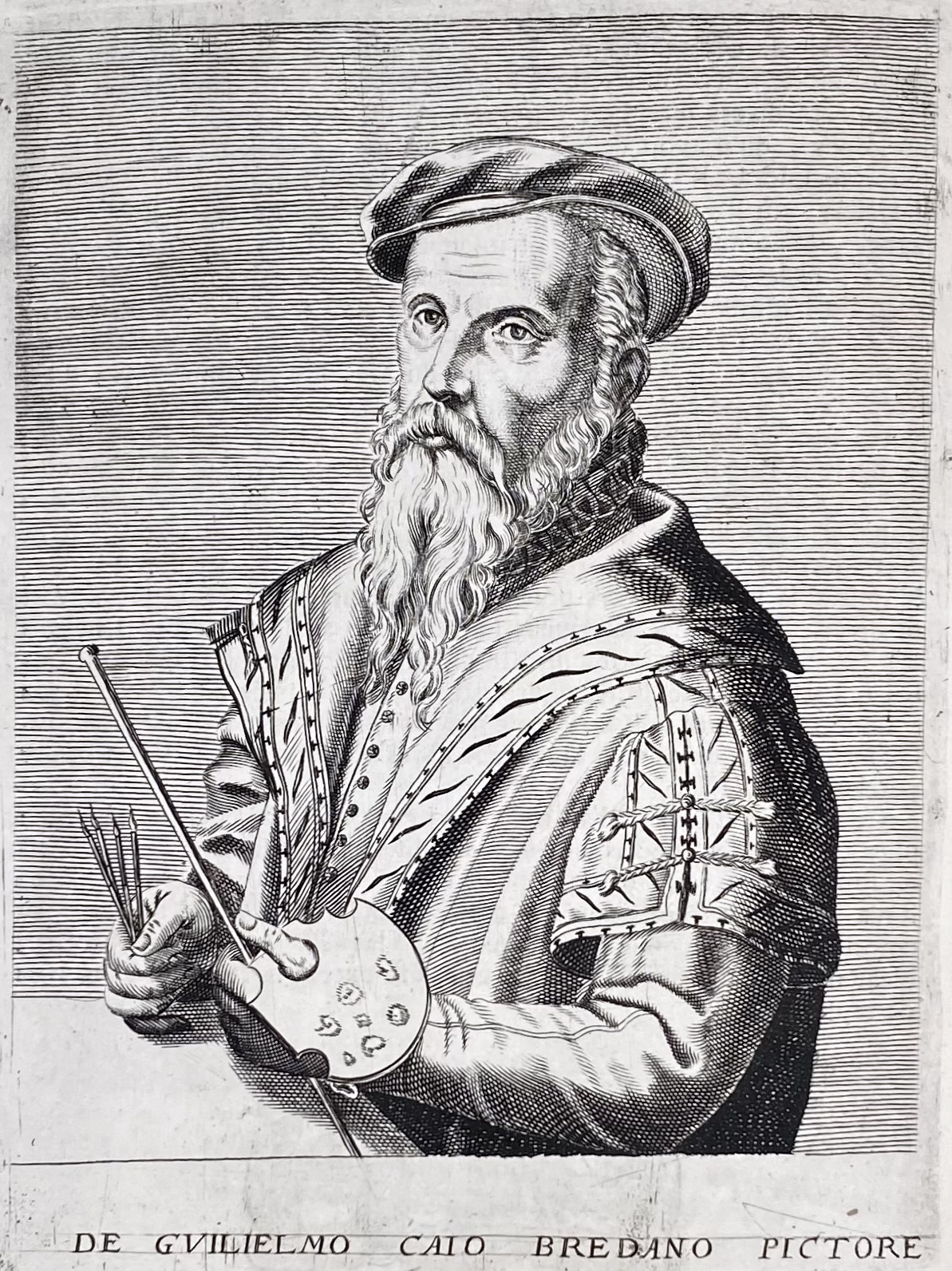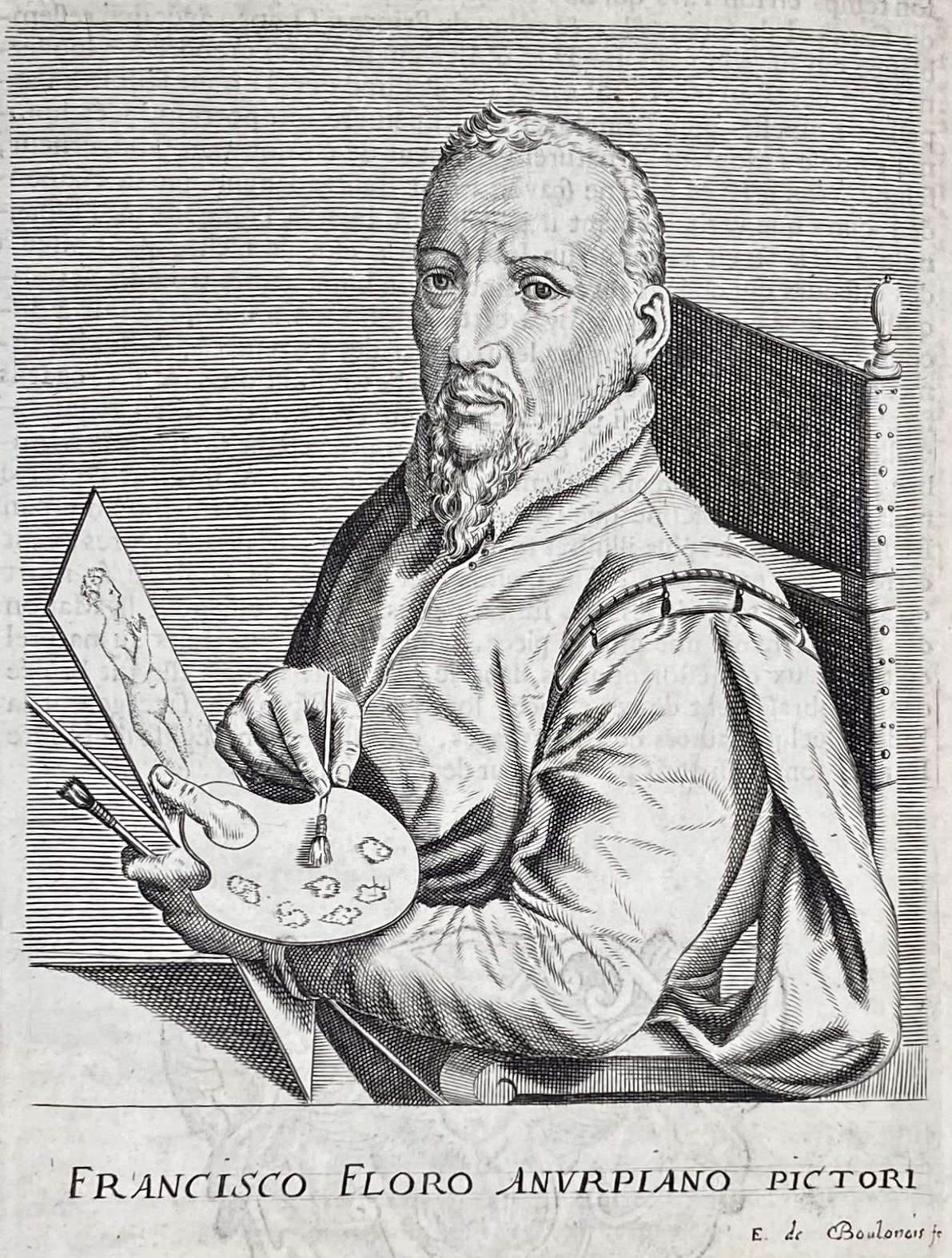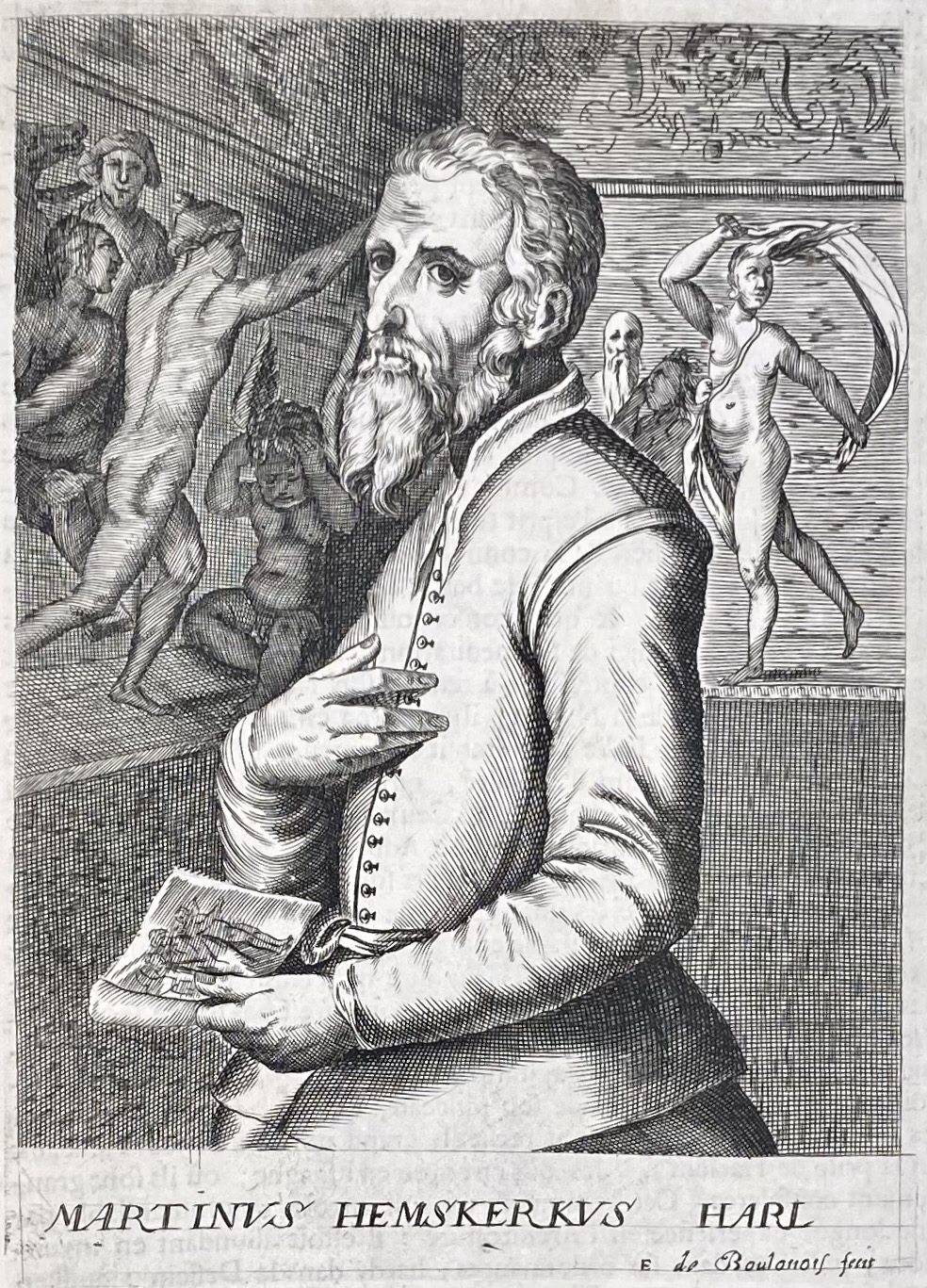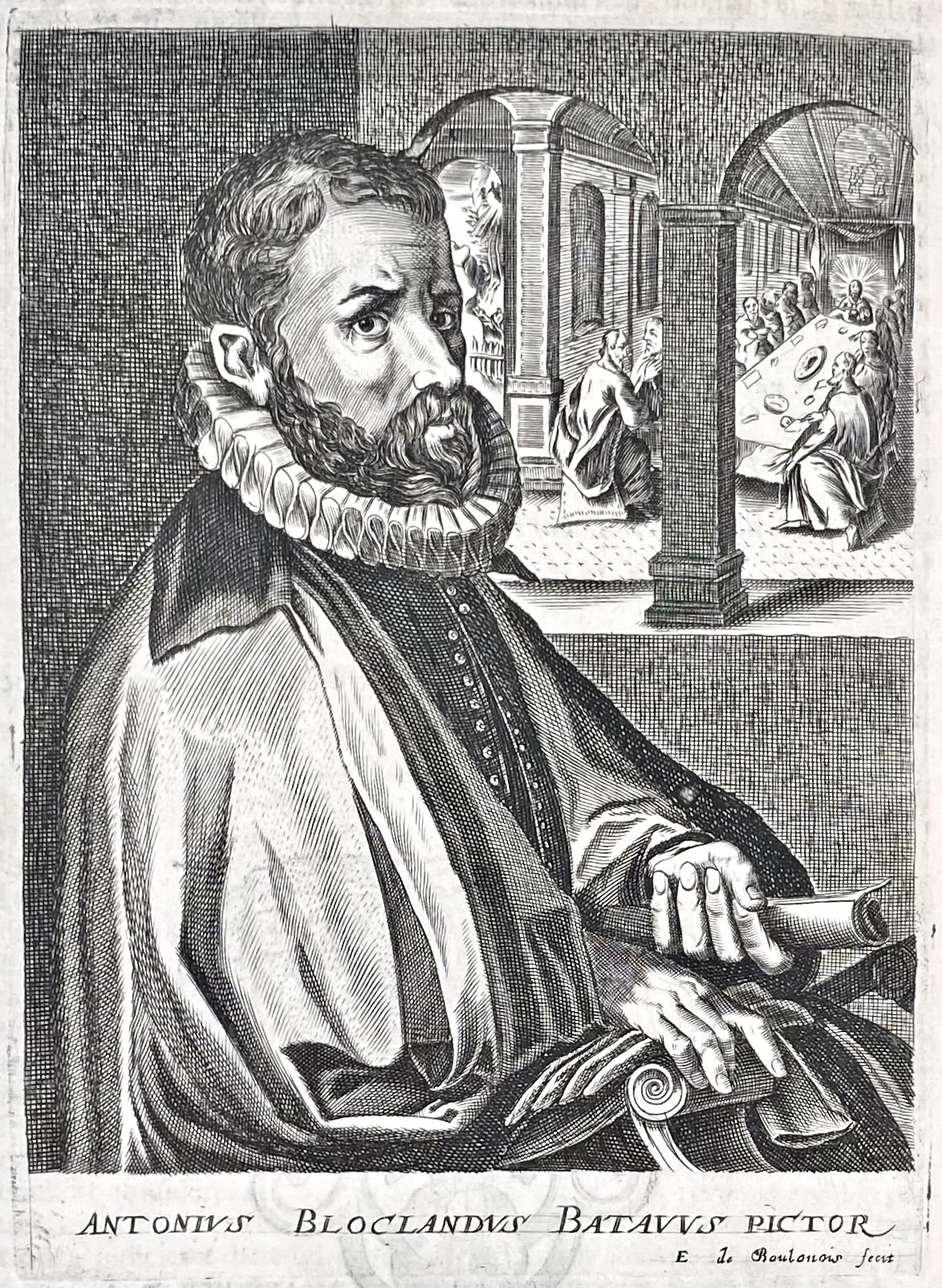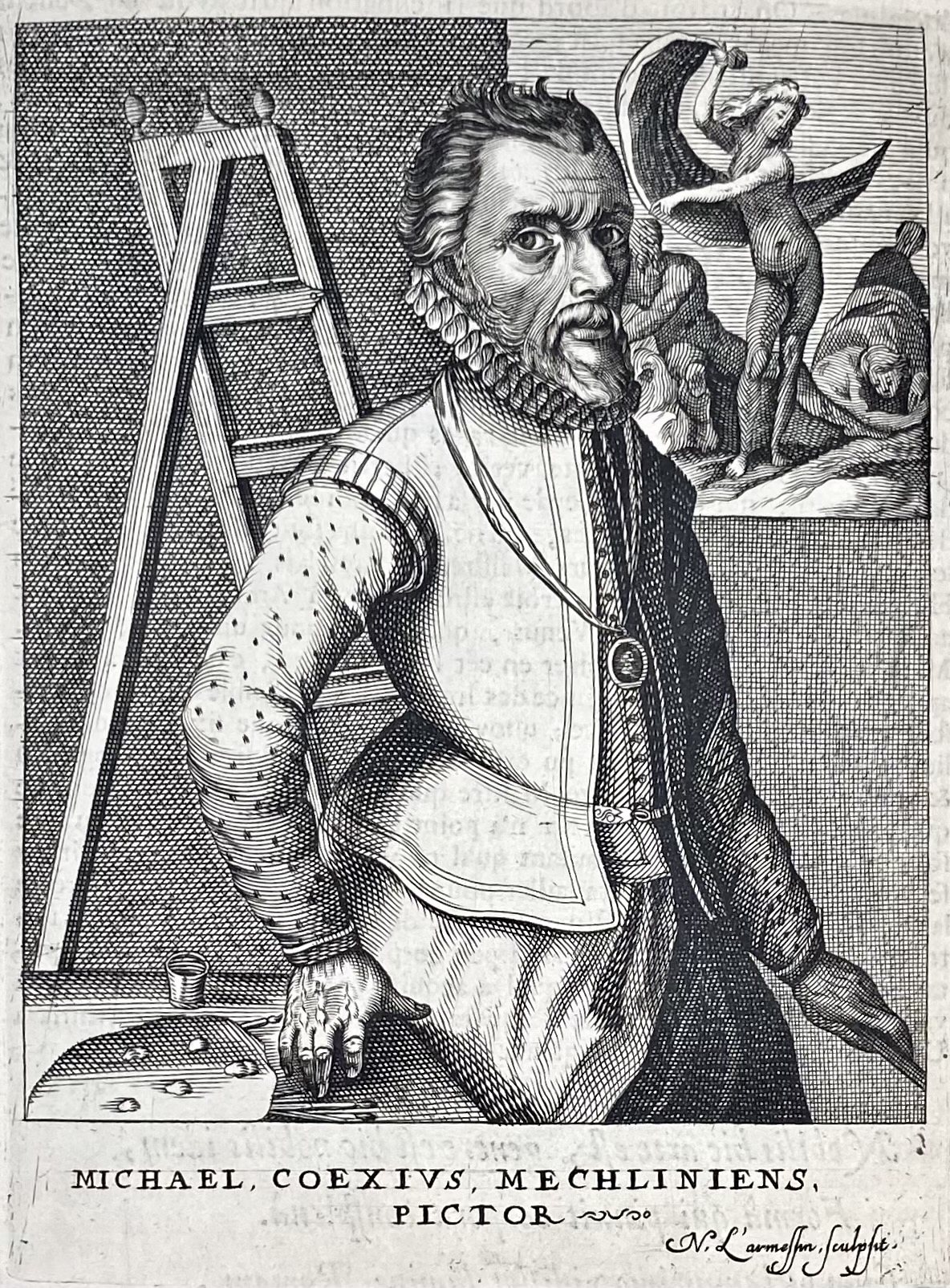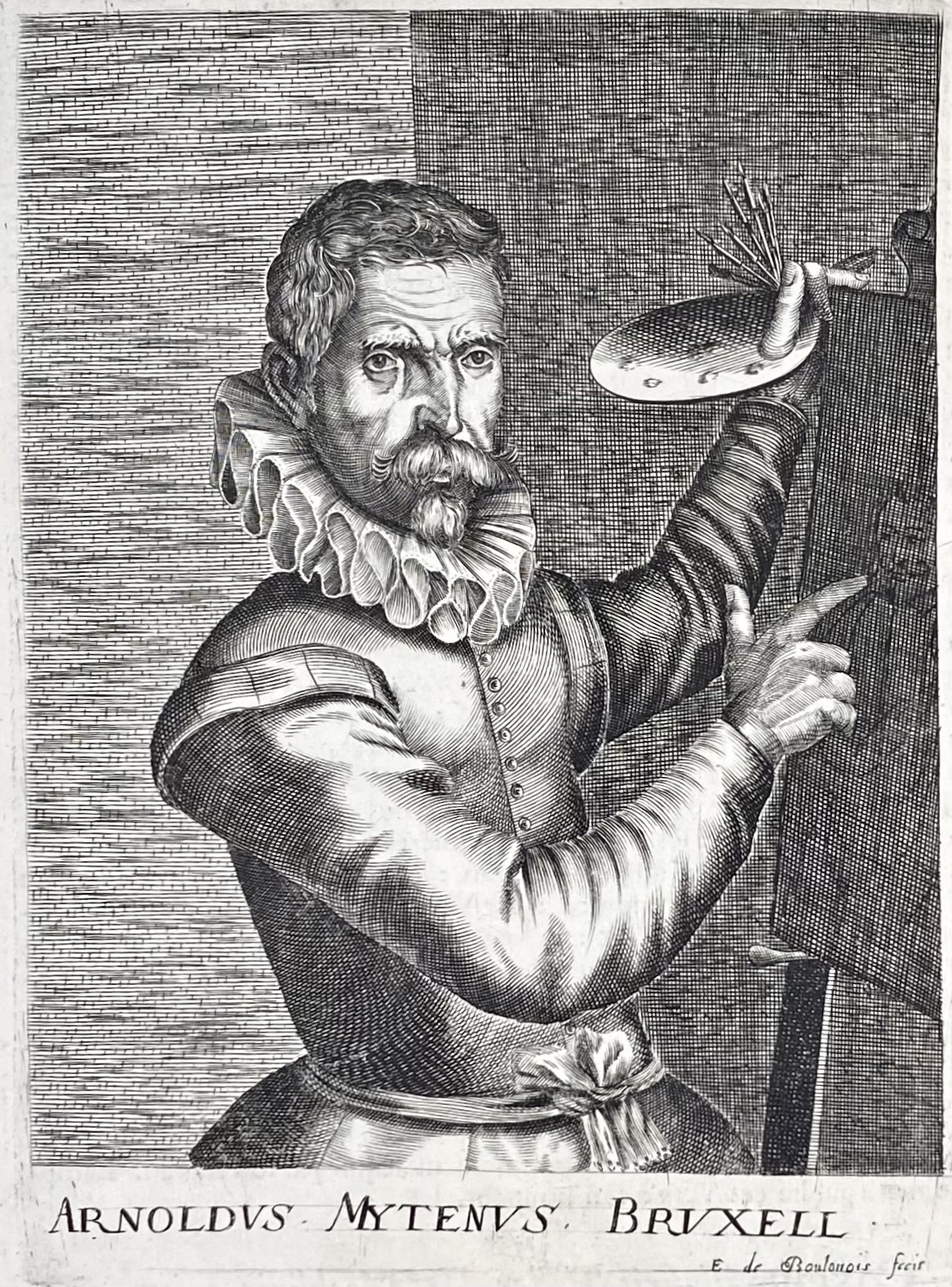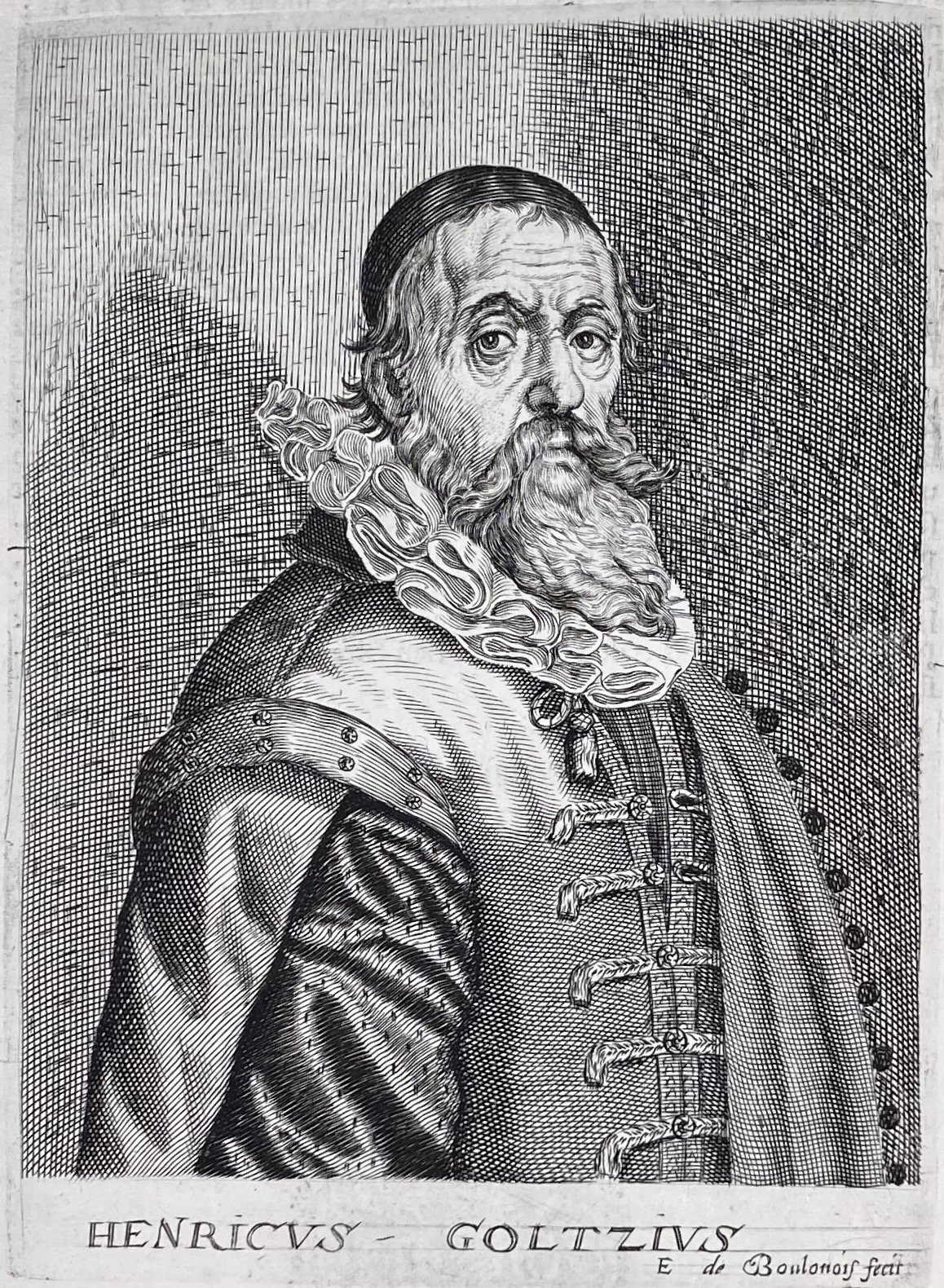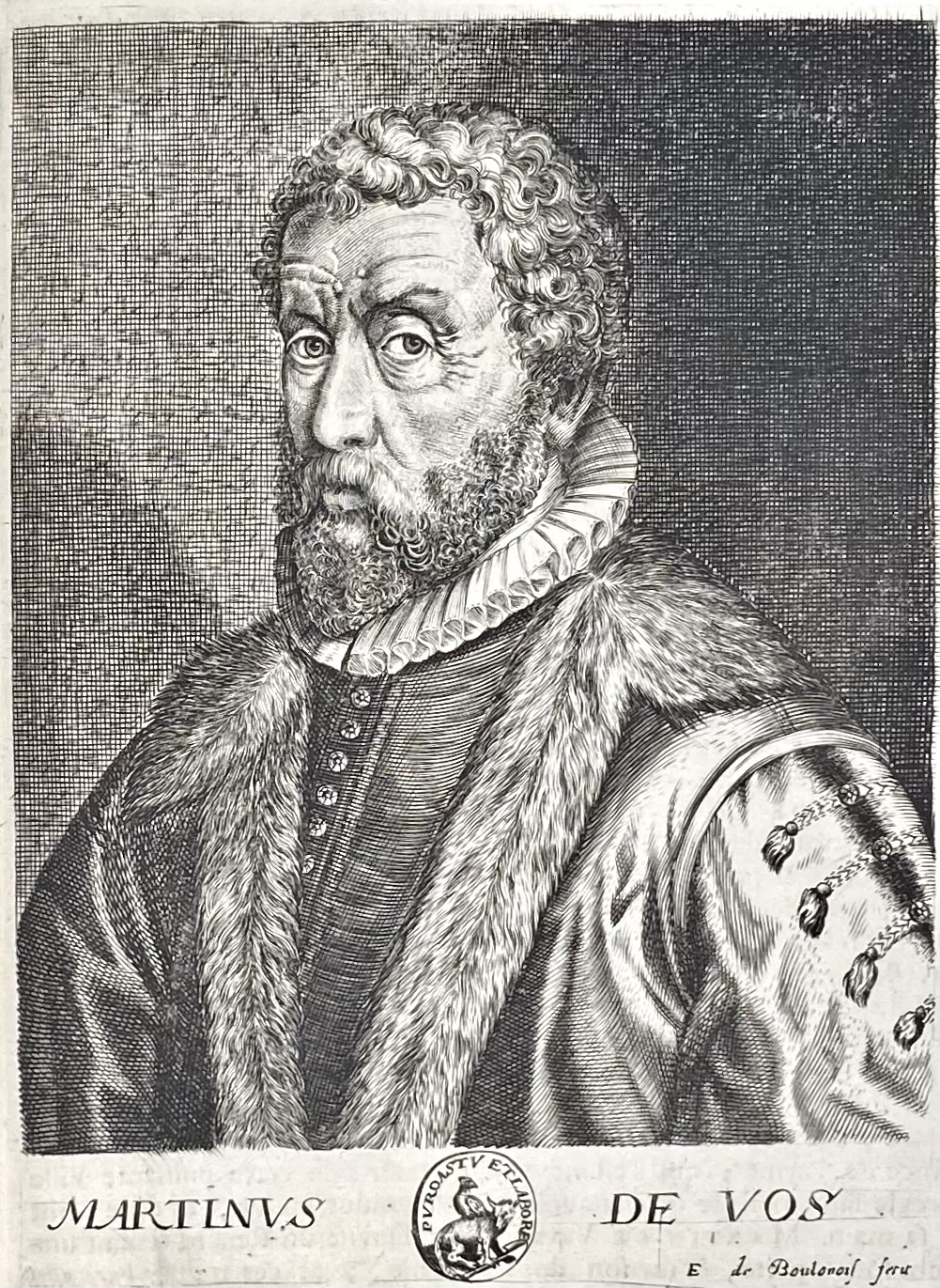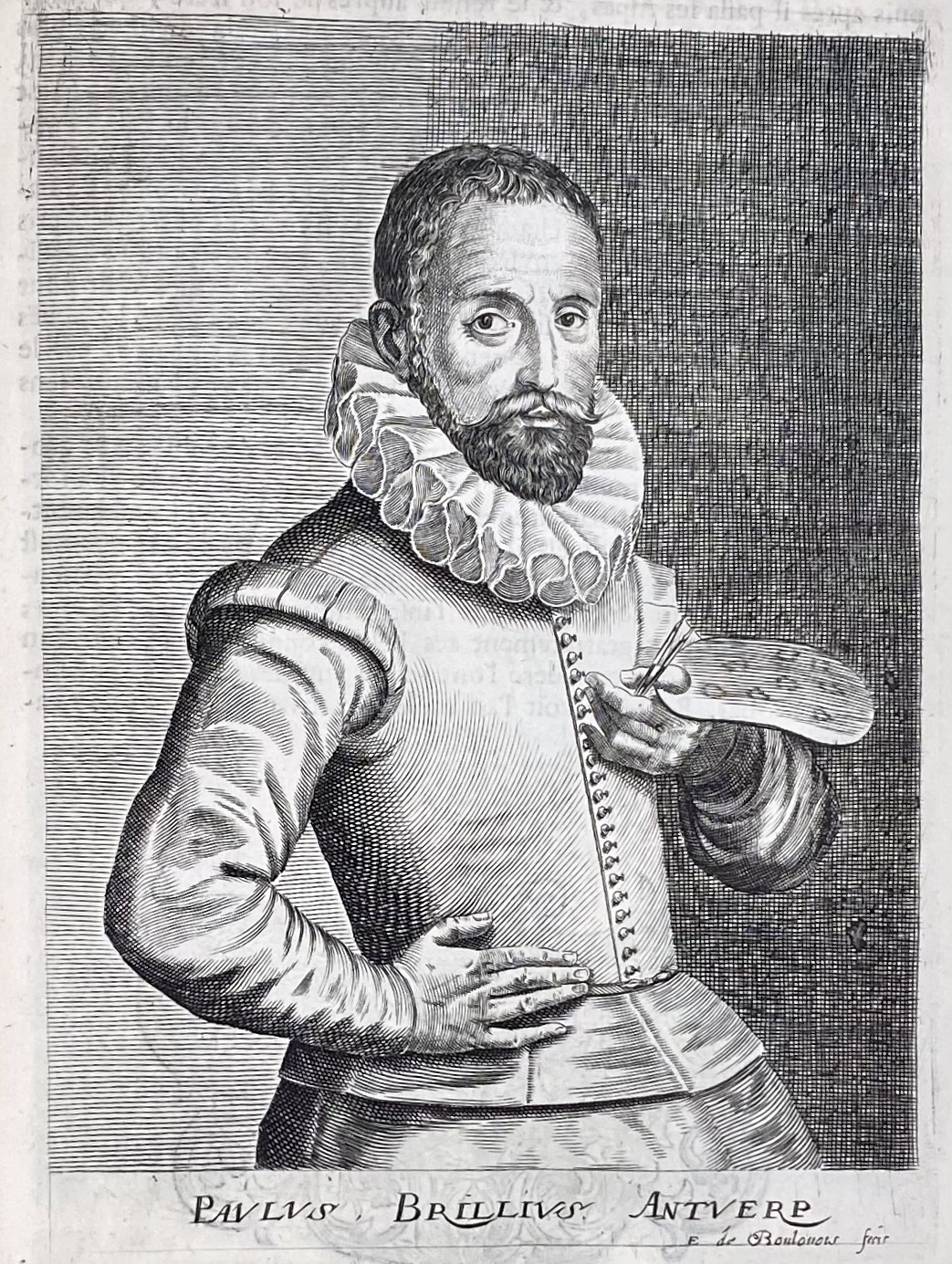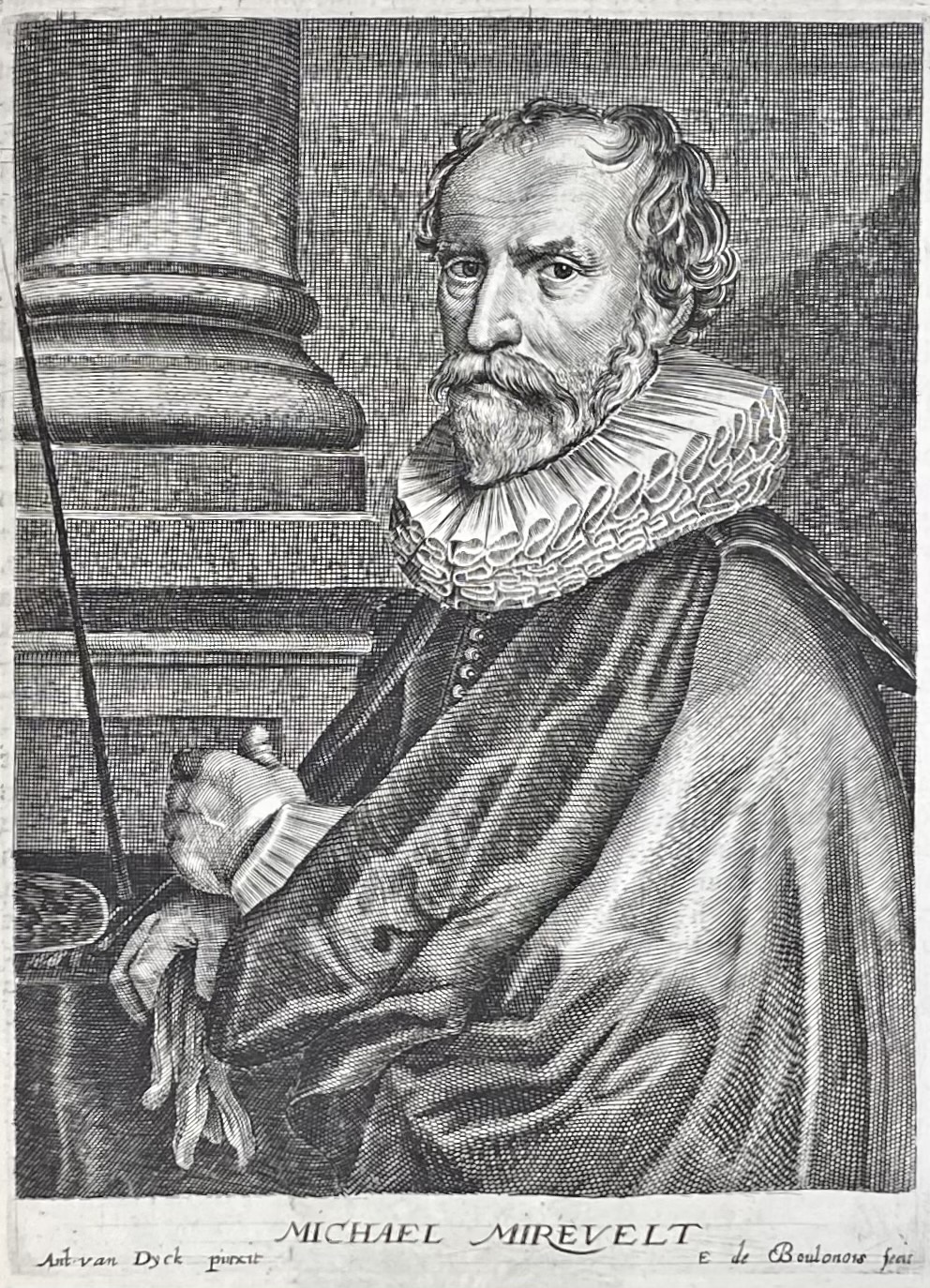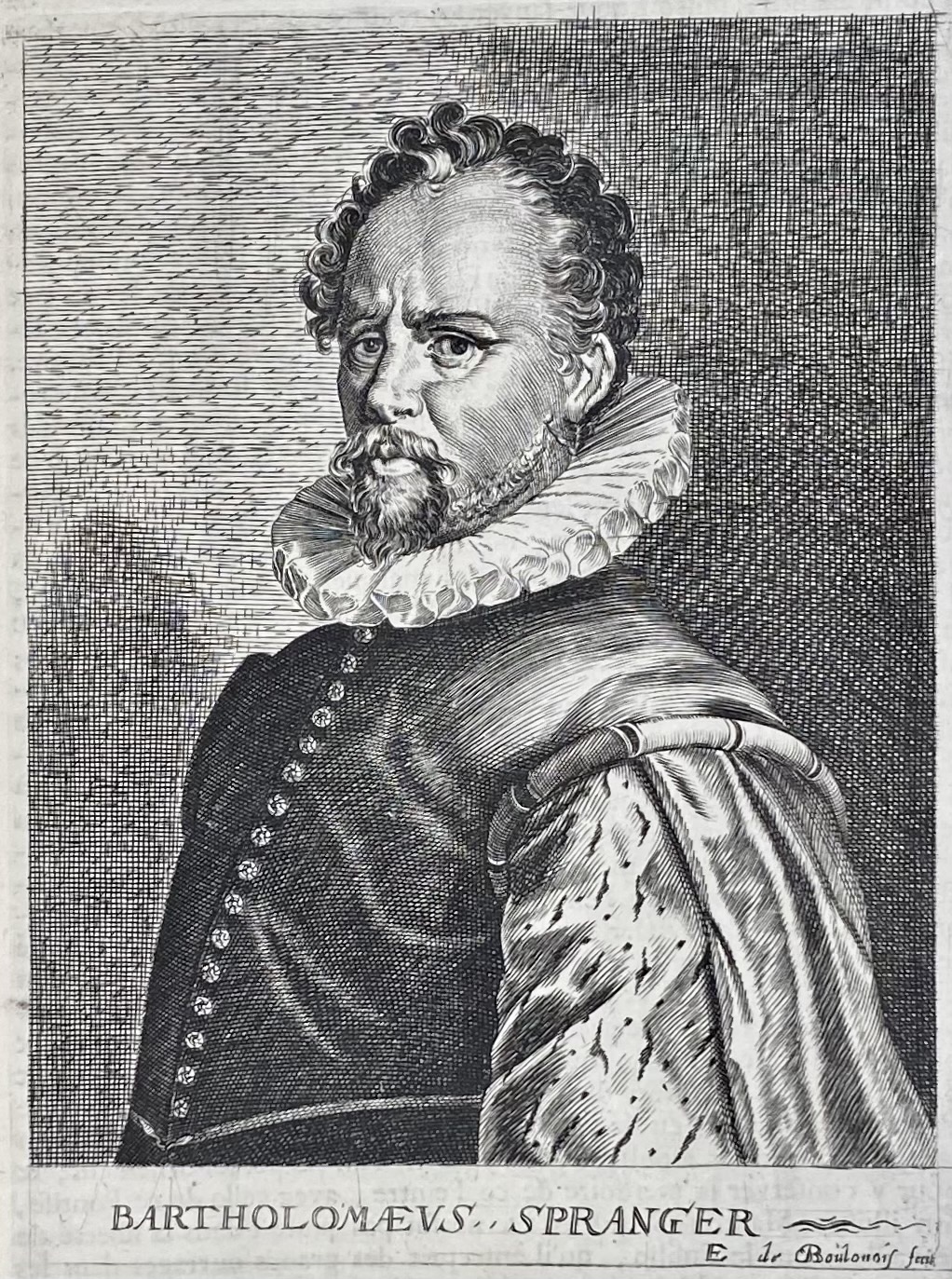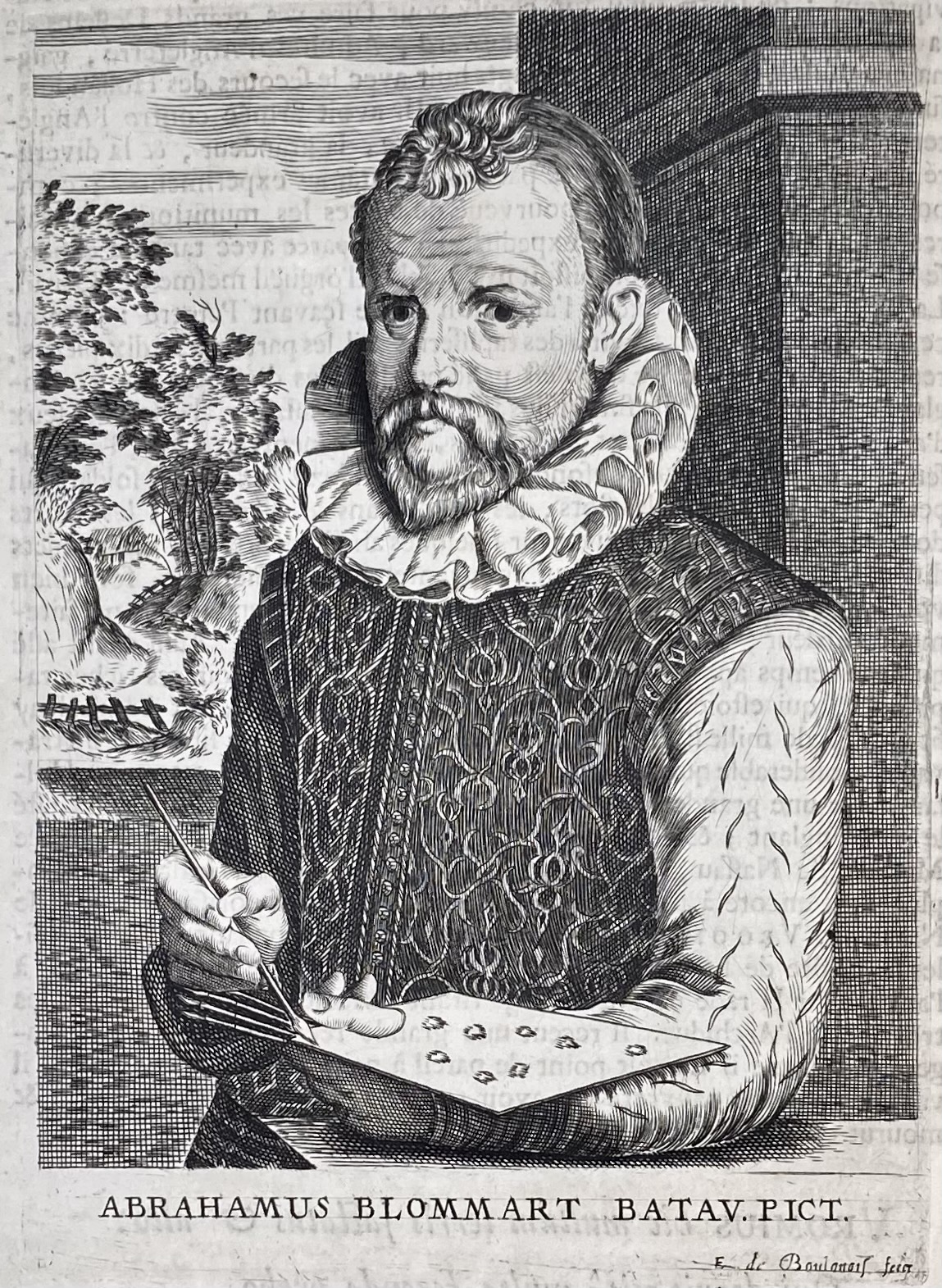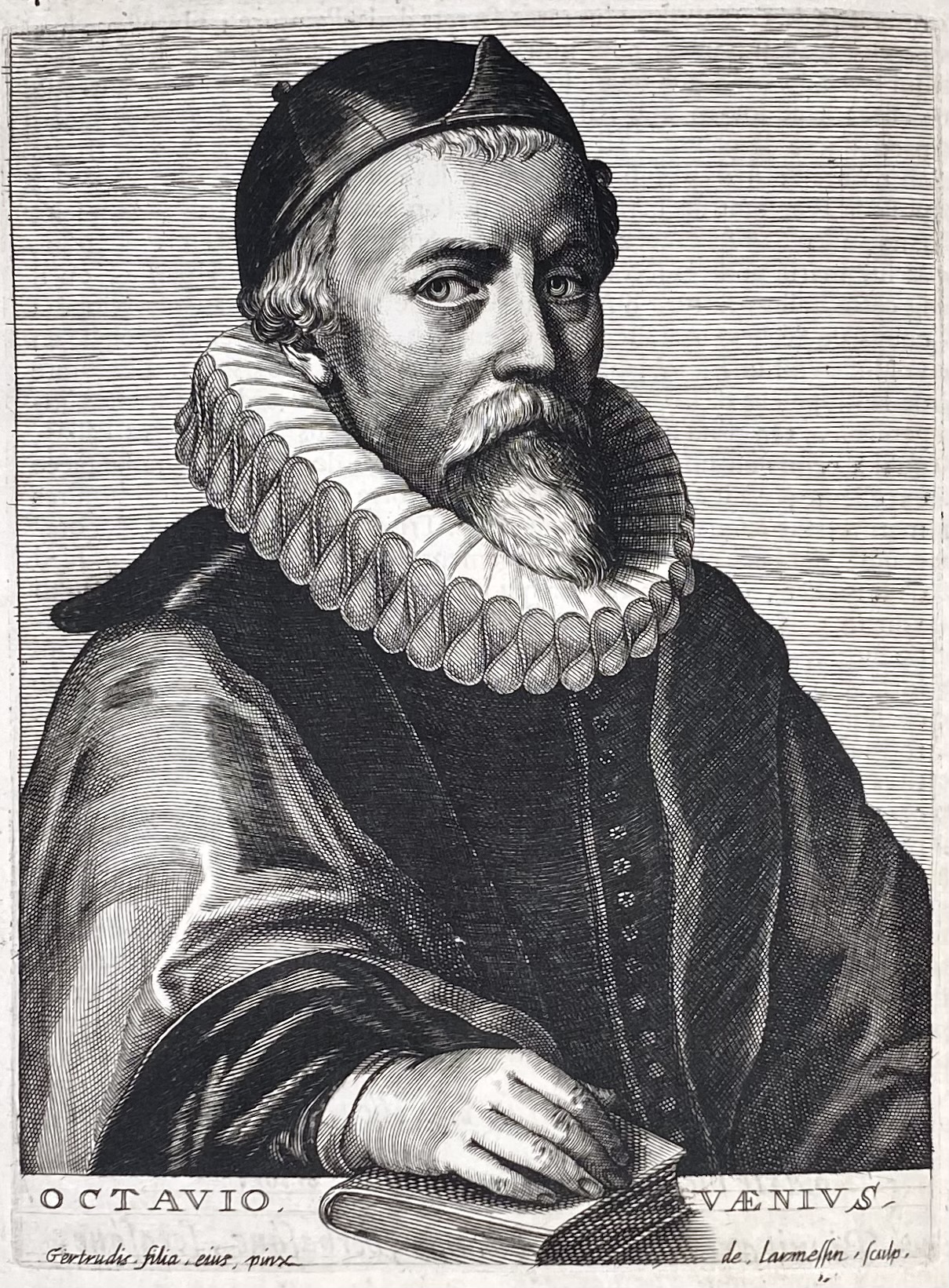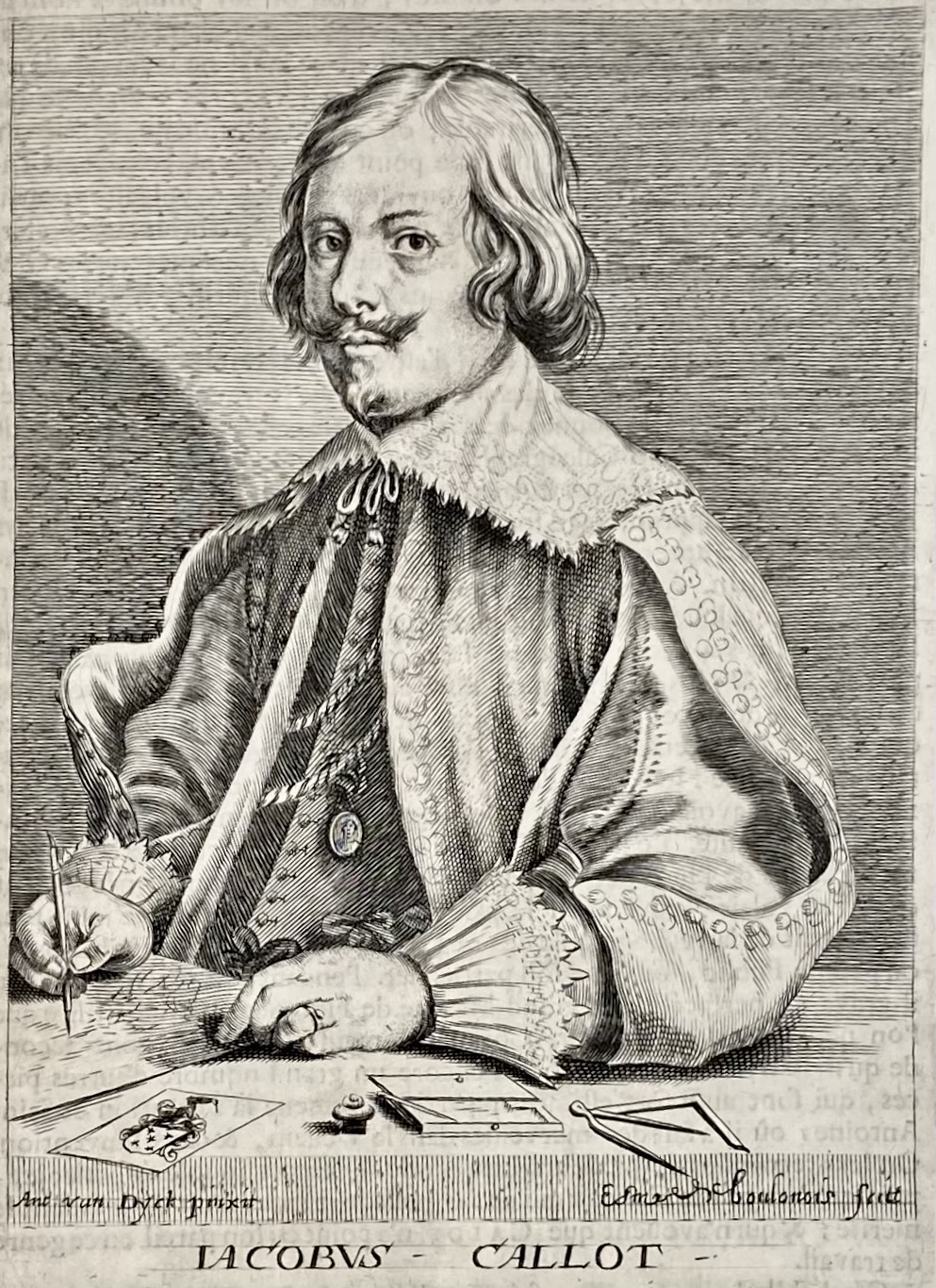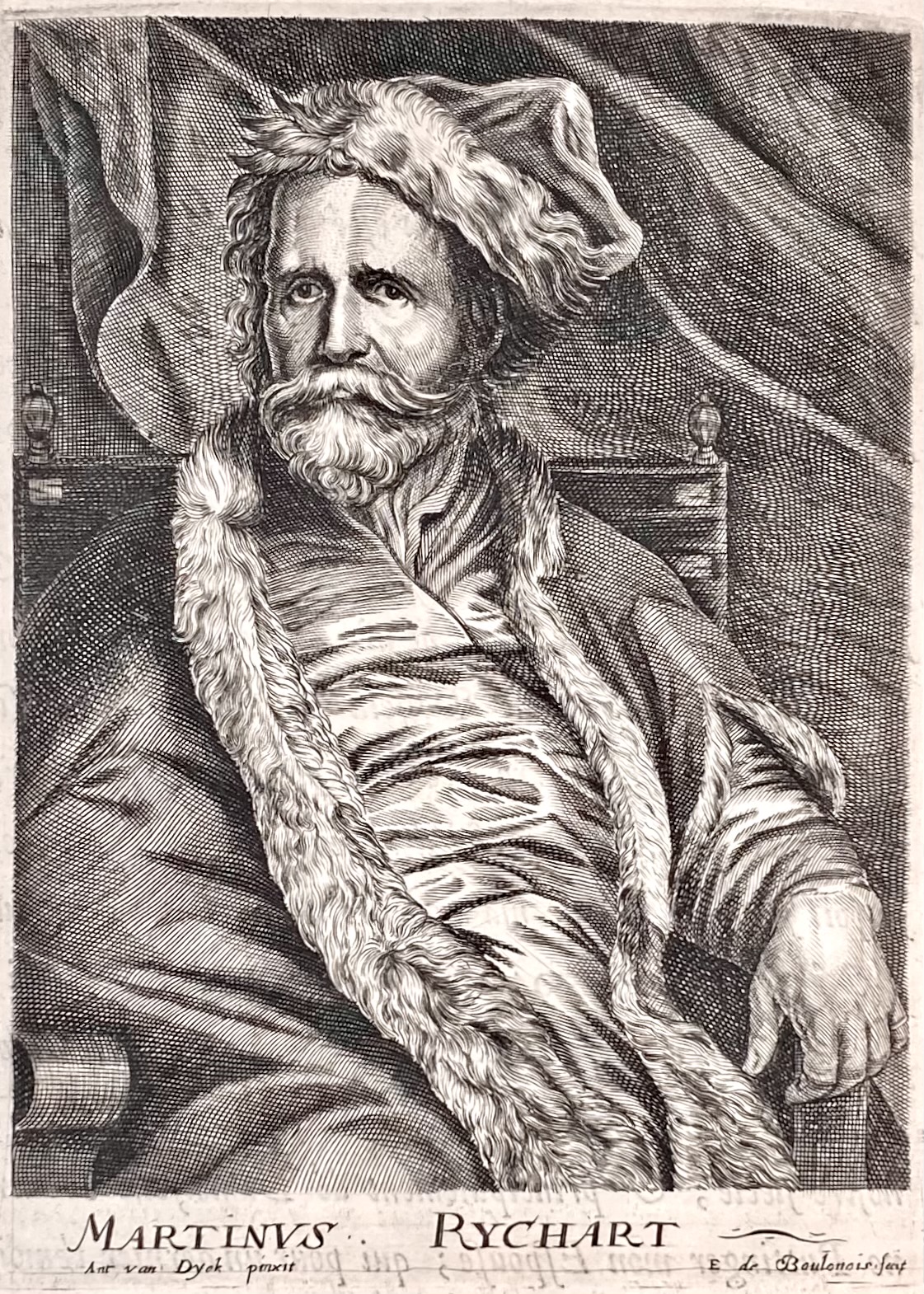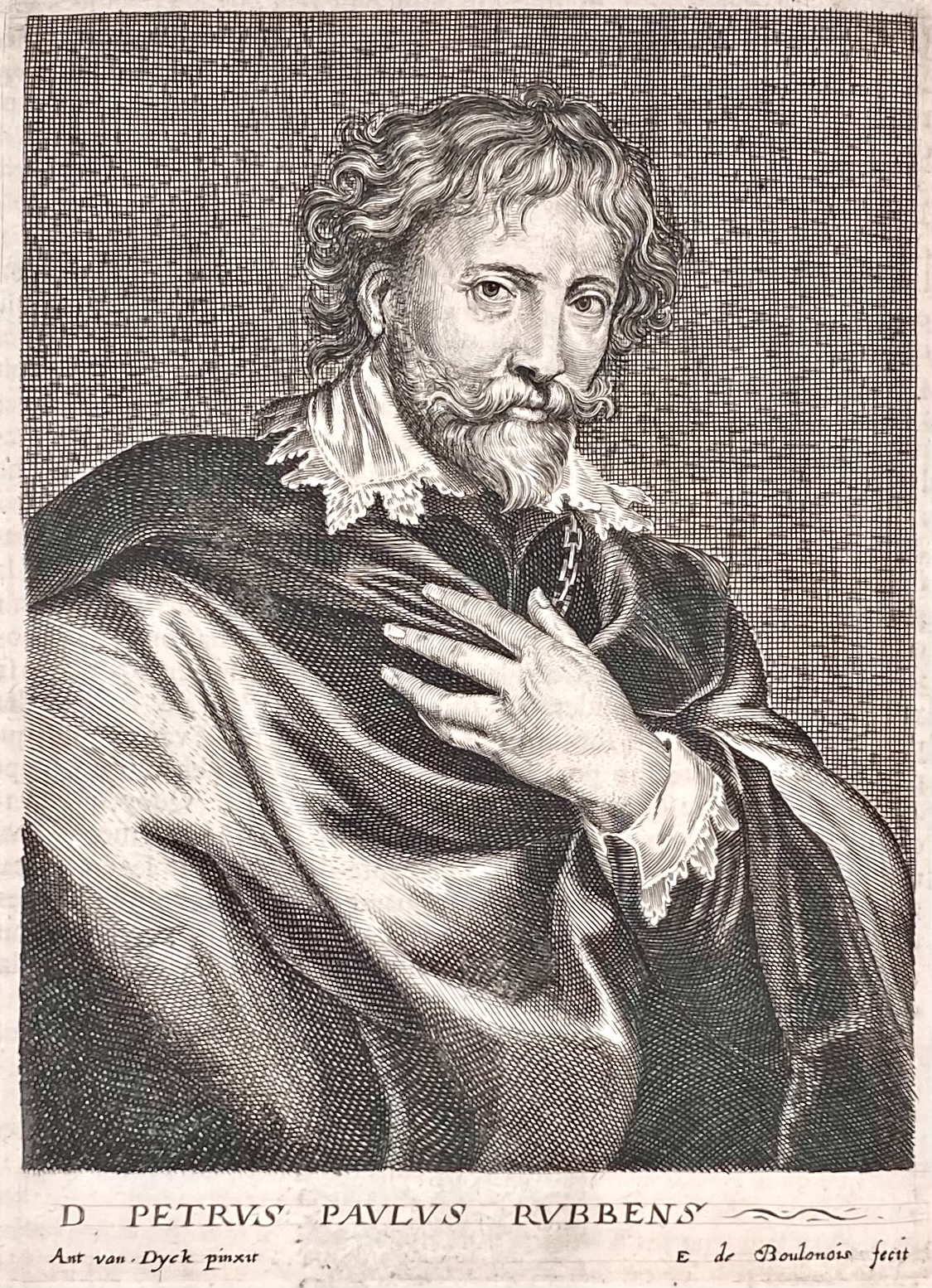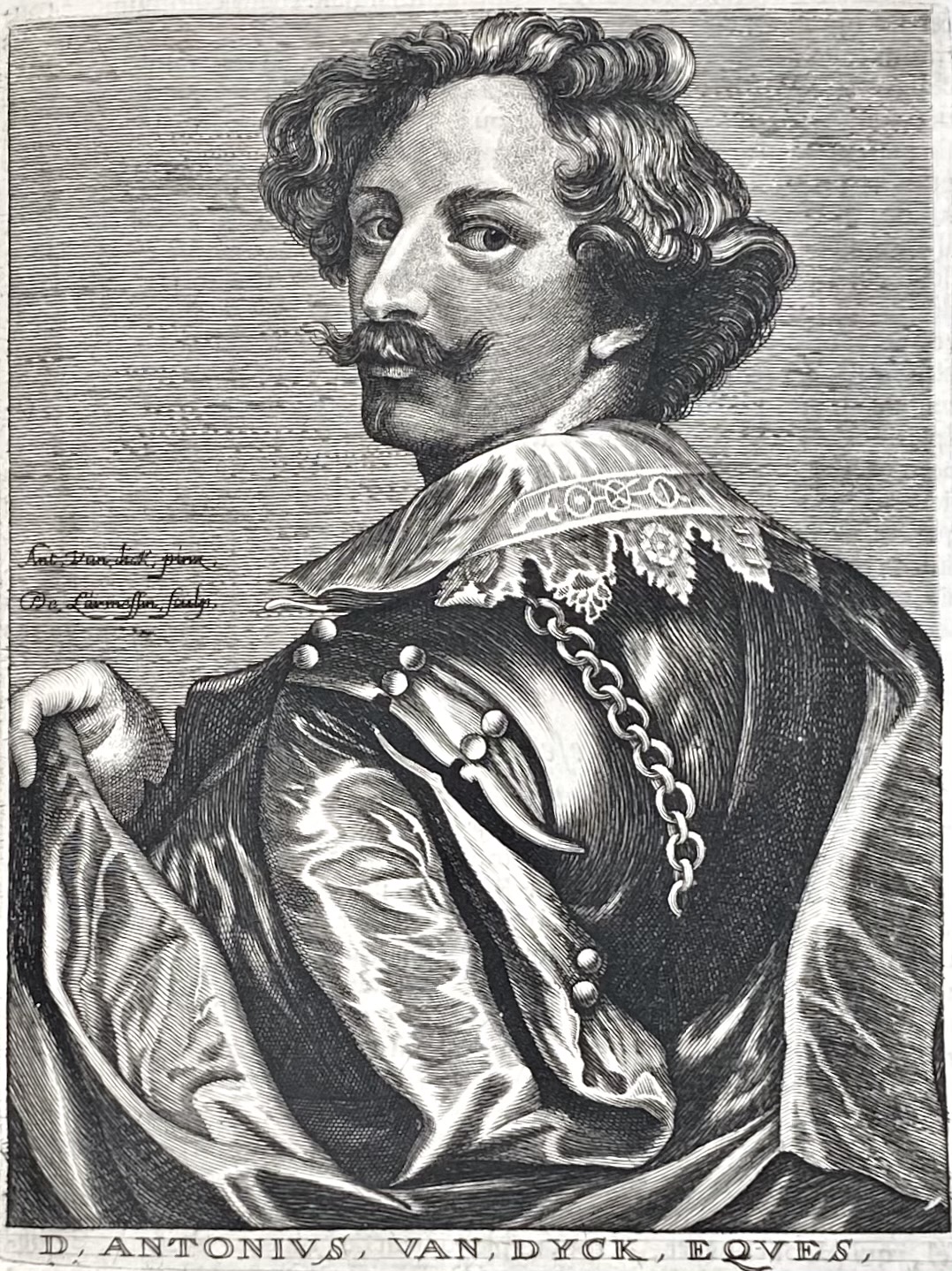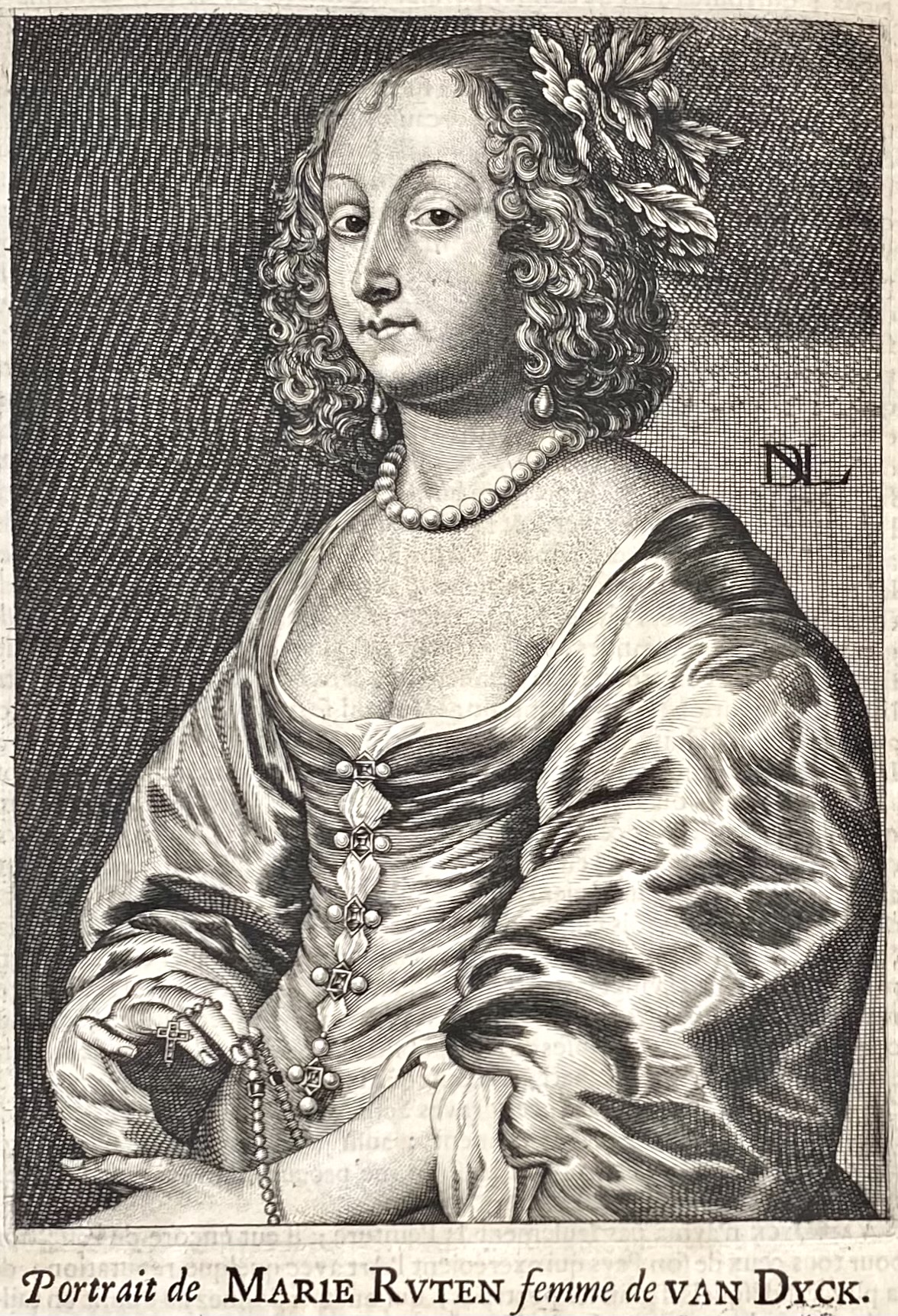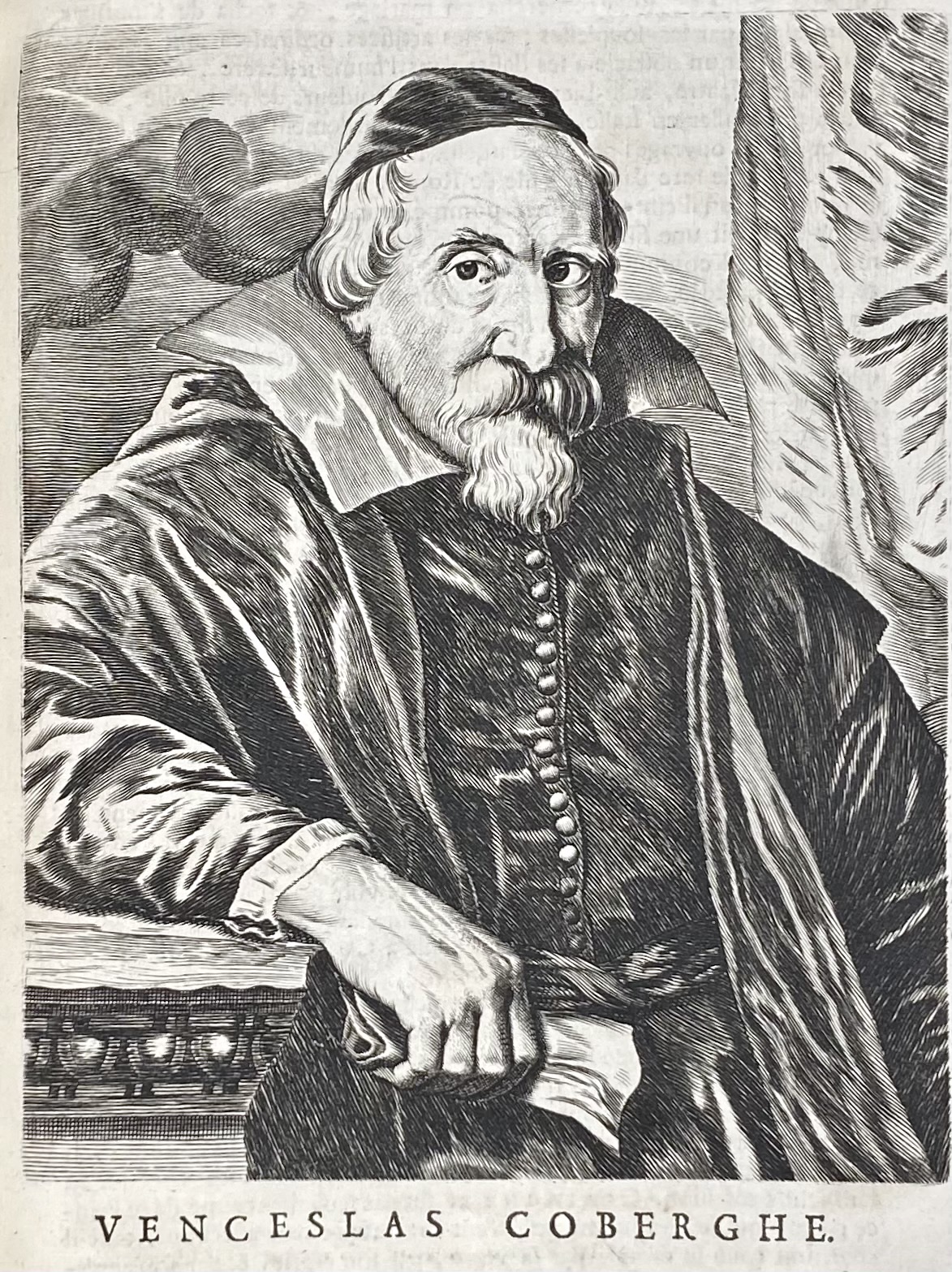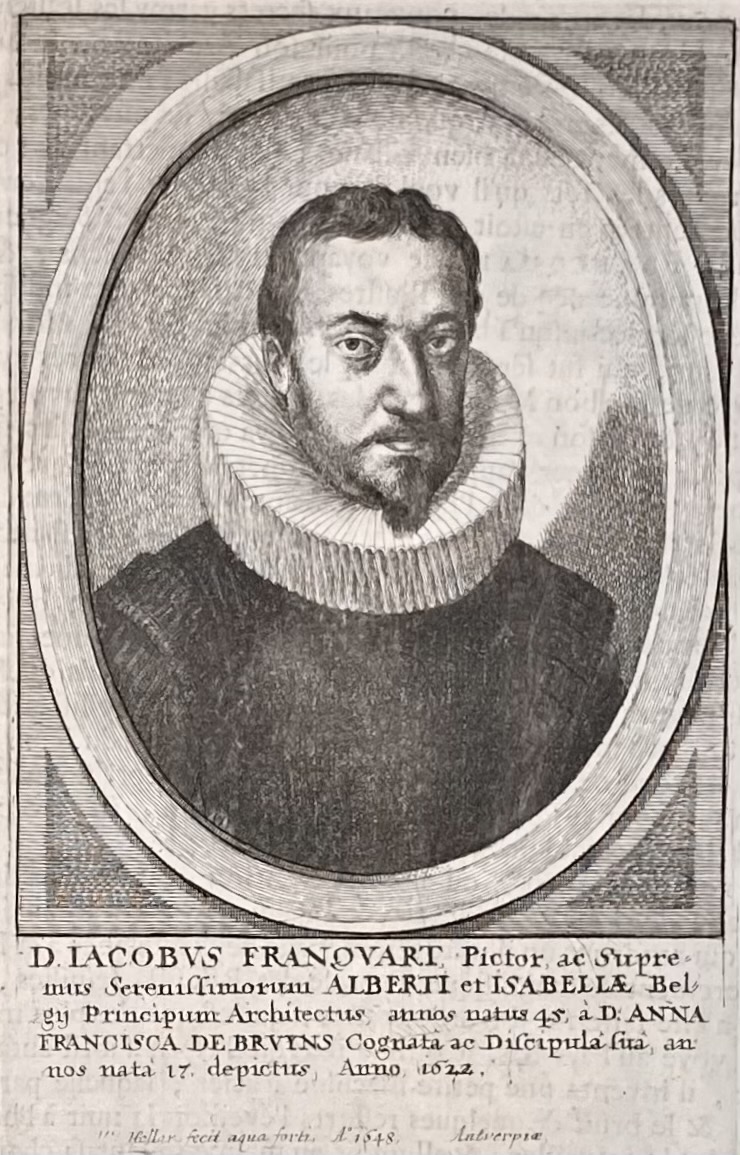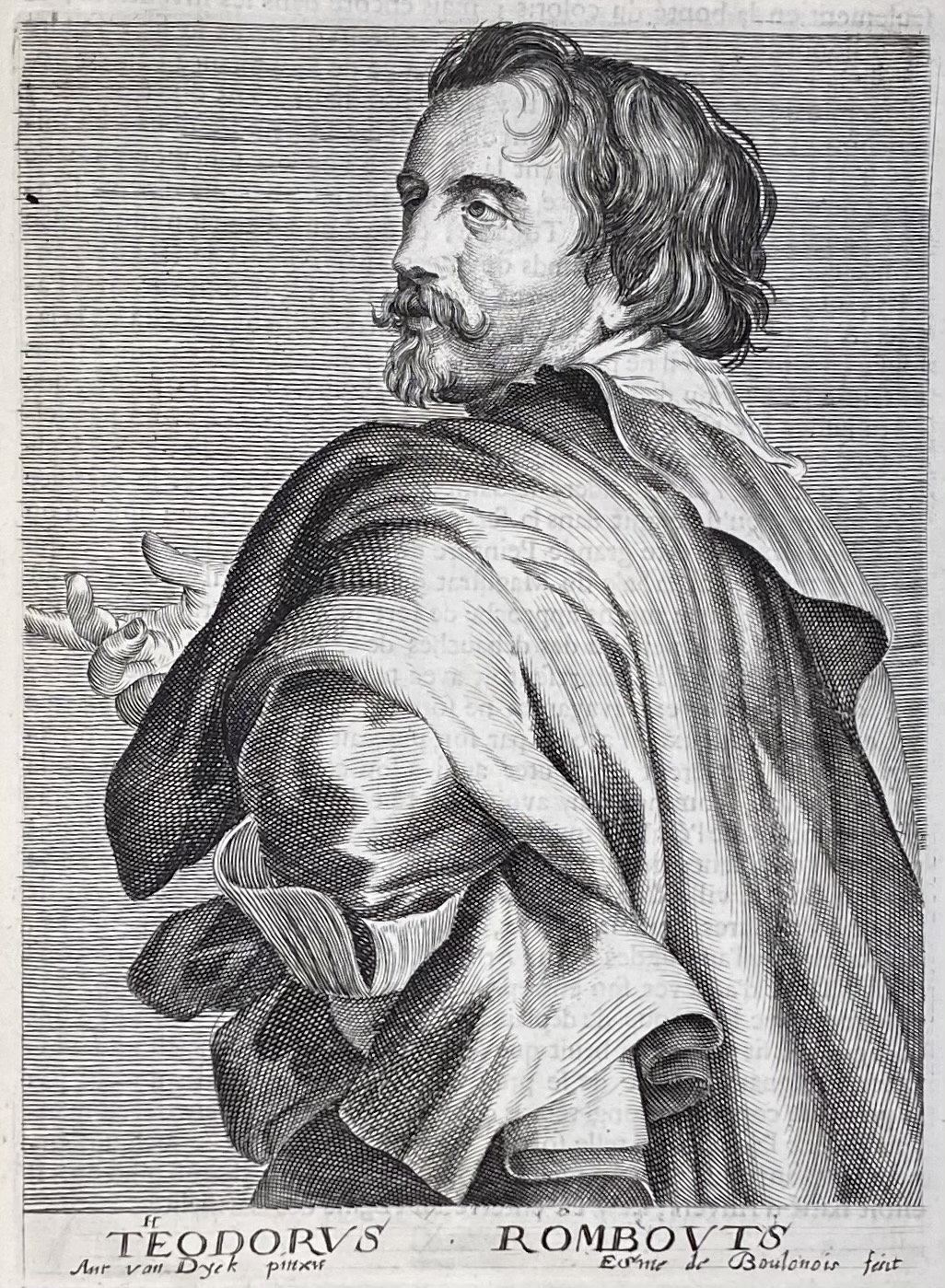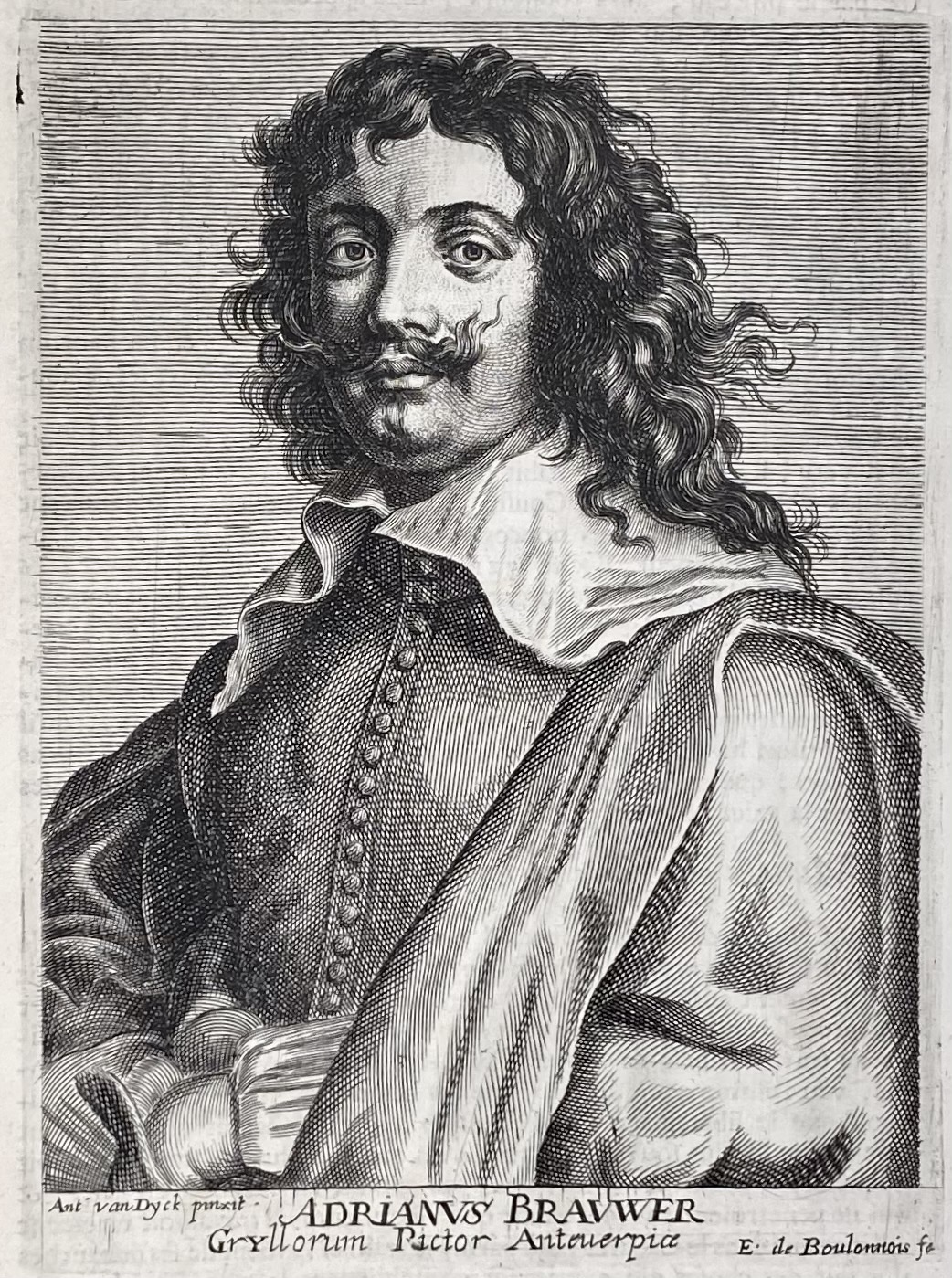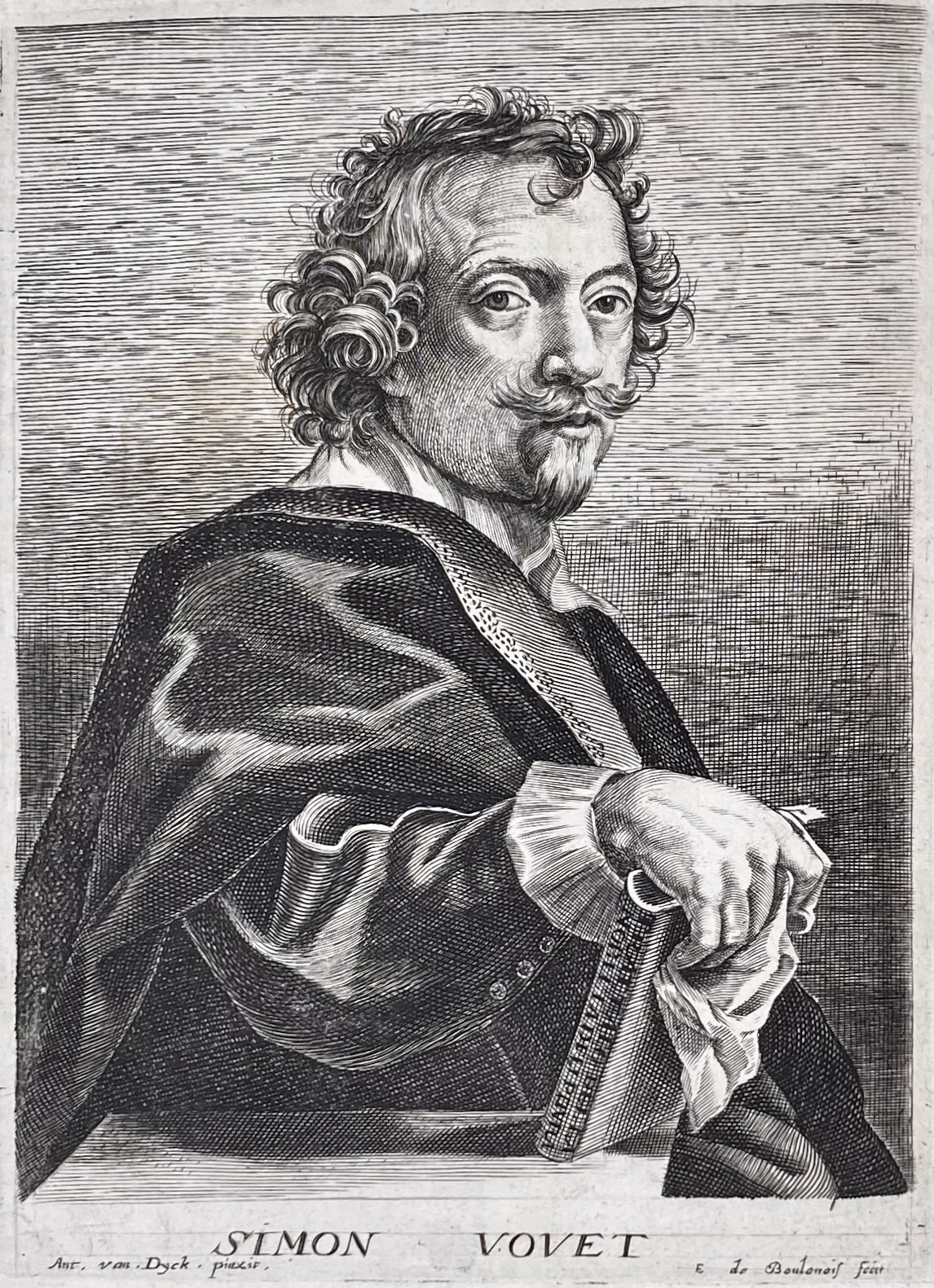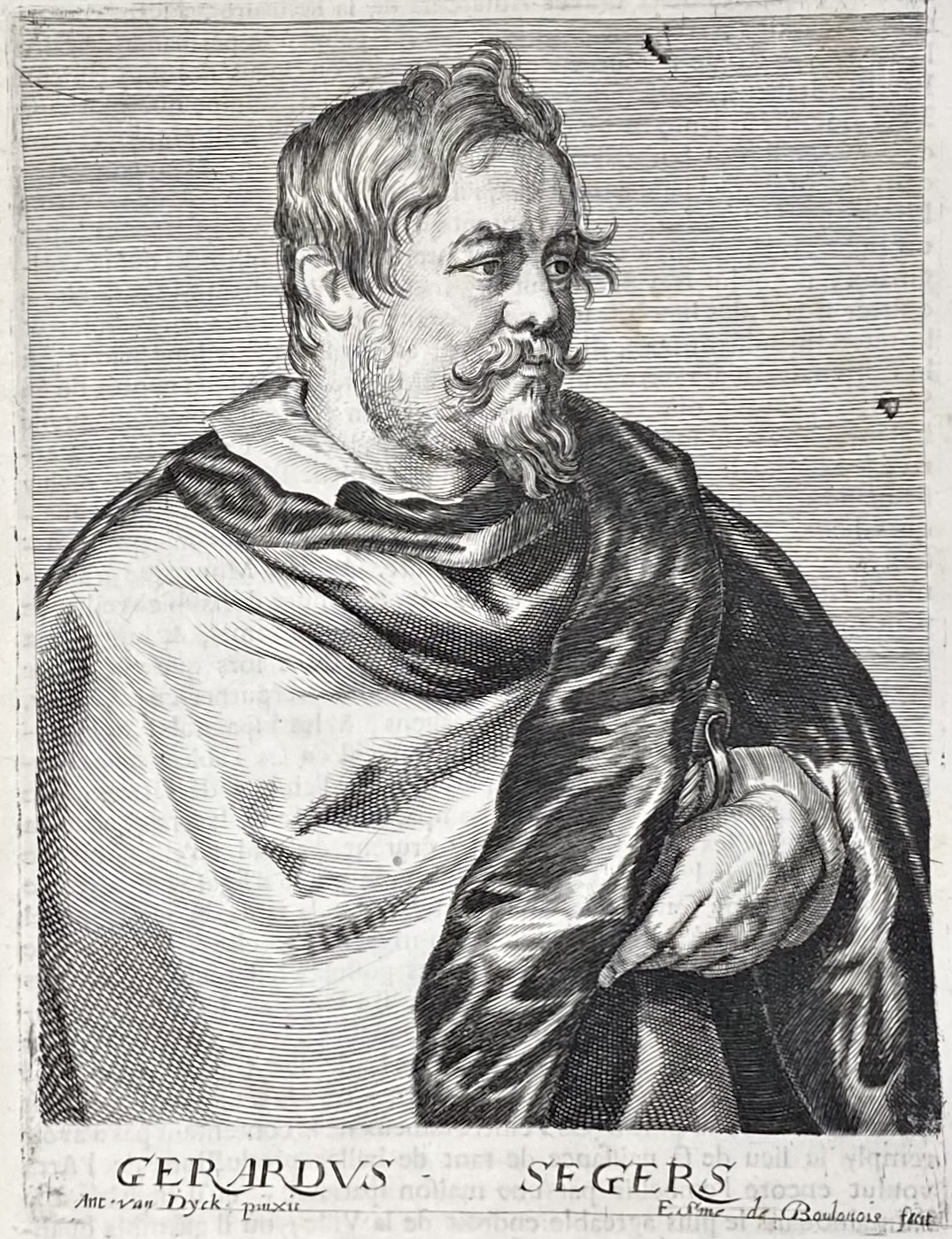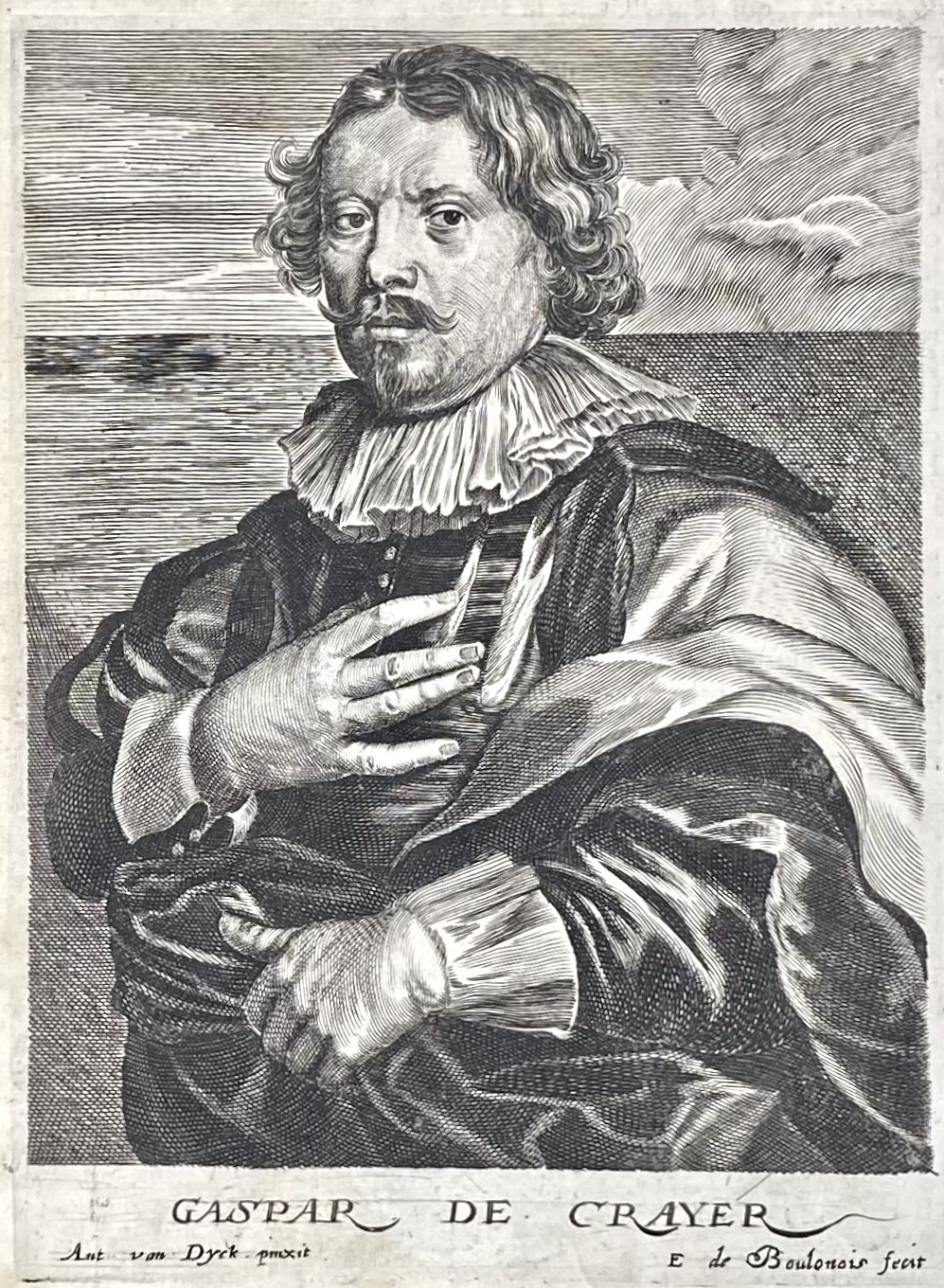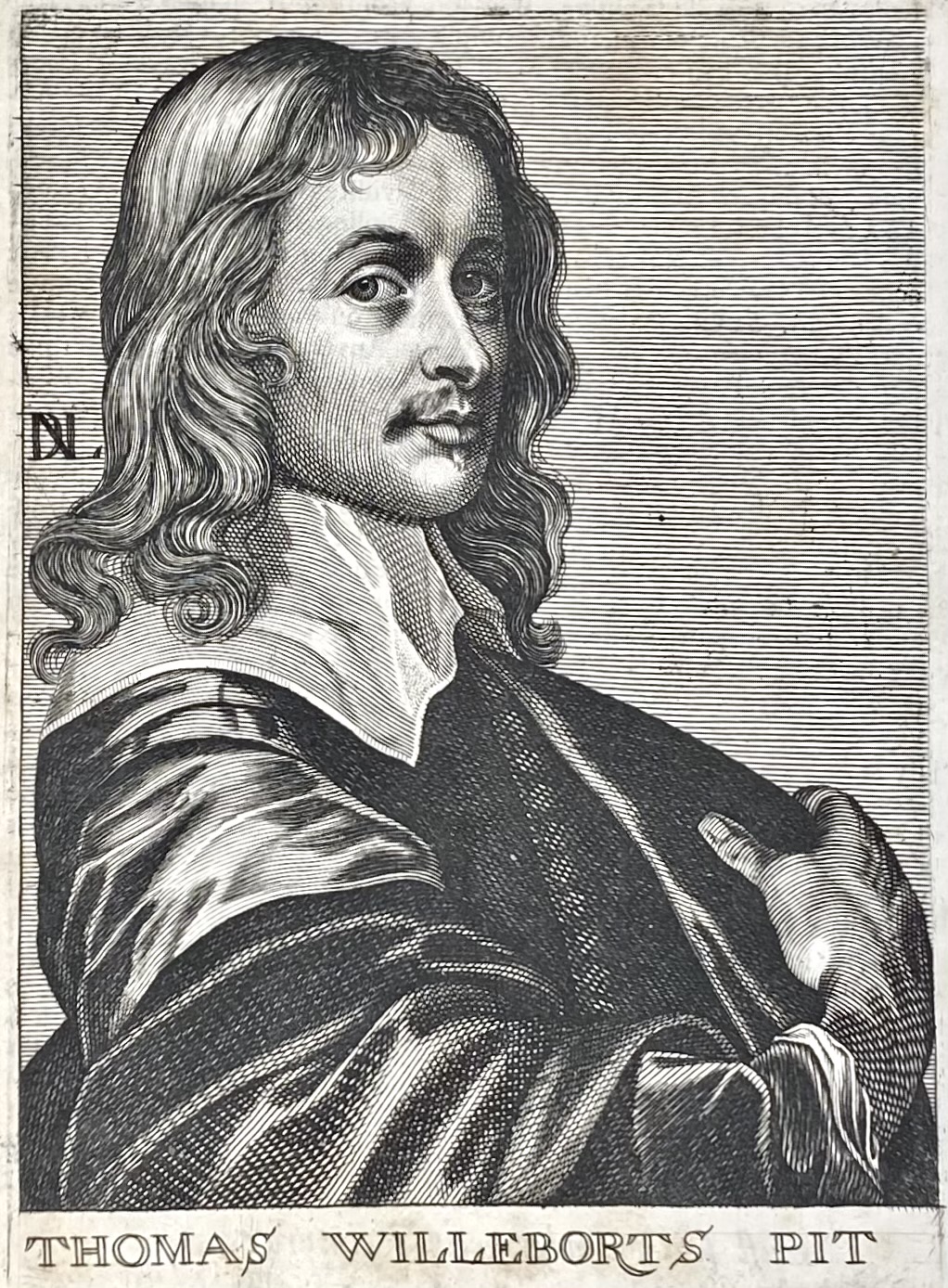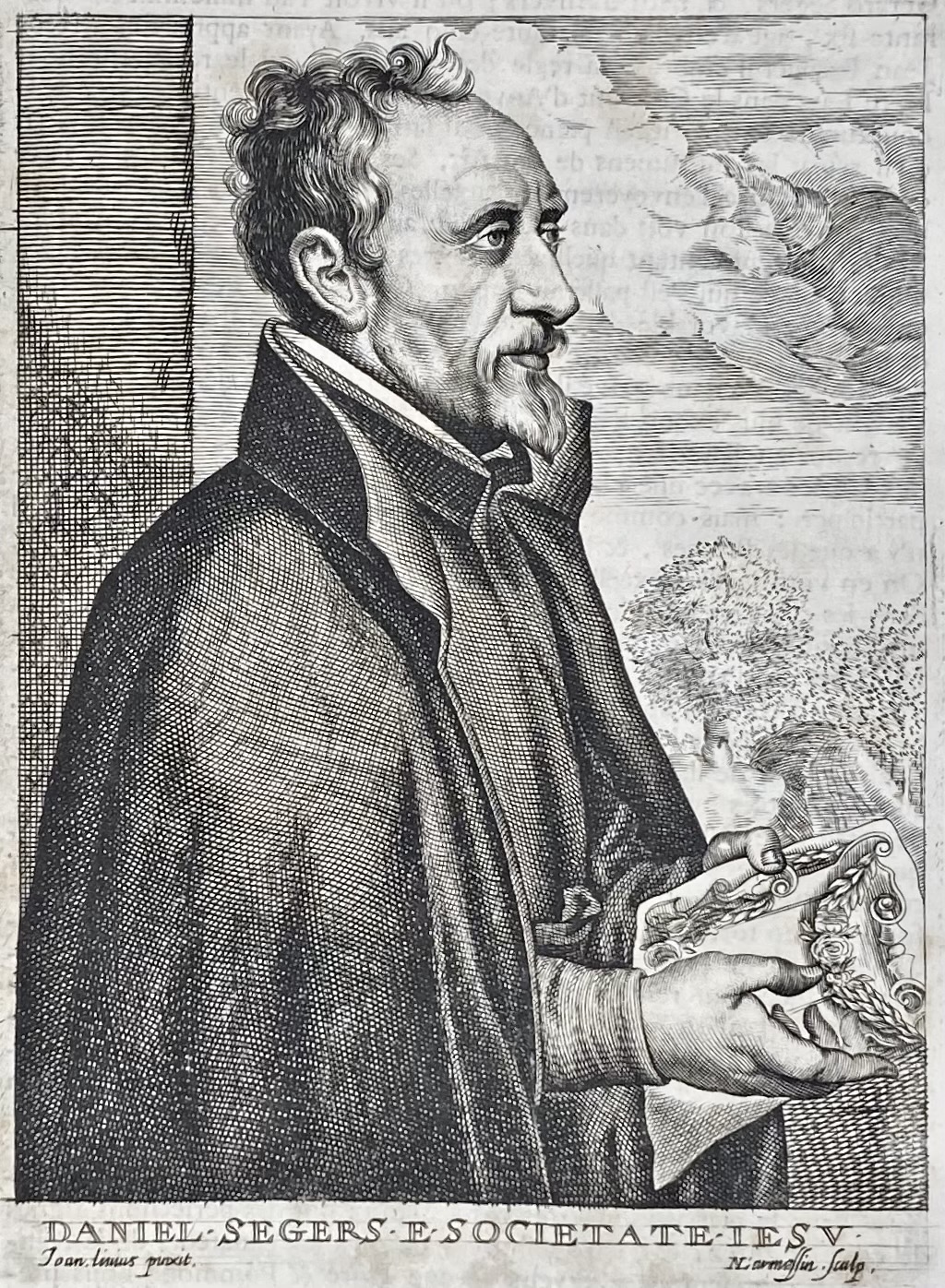-
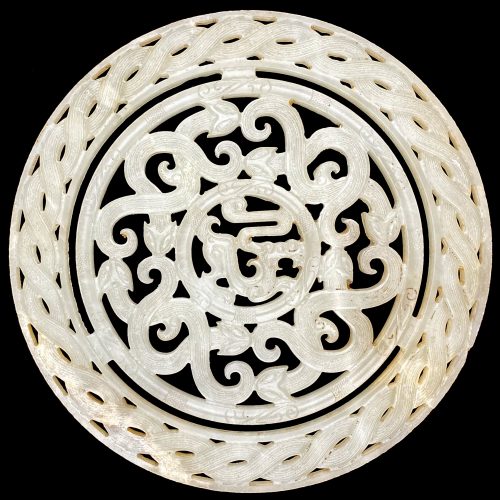 White jade Bi of three concentrical circles: double helix outer, intertwined serpents in the middle and a dragon in centre, carved in openwork and low-relief. China, the Ming Dynasty [大明] (1368 – 1644). Diameter: 15.9 cm; Height: 0.5 cm.
White jade Bi of three concentrical circles: double helix outer, intertwined serpents in the middle and a dragon in centre, carved in openwork and low-relief. China, the Ming Dynasty [大明] (1368 – 1644). Diameter: 15.9 cm; Height: 0.5 cm. -
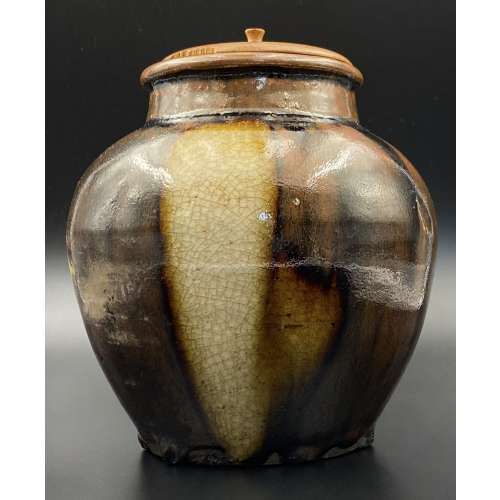 Seller's description: "pottery jar presenting a circular, concave base, an apple-form body, a cylindrical neck, and an annular flared rim. Boasting a lustrous burnish, the gorgeous vessel displays three narrow vertical panels in a hue of cream over mottled shades of chocolate brown and mocha on its body and a caramel-coloured neck and rim. The discoid lid features a lovely natural woodgrain surface incised with three decorative concentric circles around a petite knob-like handle. Note the beautiful globules of glaze that decorate the periphery of the base! This type of vessel is known as Seto ware." Size: Dia: 13 cm, H: 14 cm.
Seller's description: "pottery jar presenting a circular, concave base, an apple-form body, a cylindrical neck, and an annular flared rim. Boasting a lustrous burnish, the gorgeous vessel displays three narrow vertical panels in a hue of cream over mottled shades of chocolate brown and mocha on its body and a caramel-coloured neck and rim. The discoid lid features a lovely natural woodgrain surface incised with three decorative concentric circles around a petite knob-like handle. Note the beautiful globules of glaze that decorate the periphery of the base! This type of vessel is known as Seto ware." Size: Dia: 13 cm, H: 14 cm. -
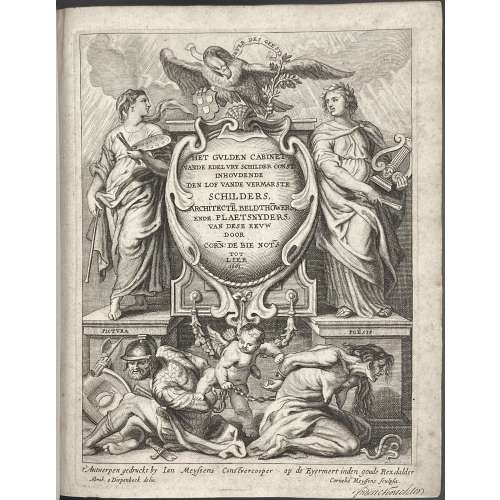 Engraved title page:
Engraved title page:- In an oval cartouche at the centre, flanked by female personifications of Painting and Poetry, surmounted by an eagle, Mars and Envy chained by Cupid below: HET GULDEN CABINET | VANDE EDEL VRY SCHILDER, CONST | INHOUDENDE | DEN LOF VANDE VERMARSTE | SCHILDERS, | ARCHITECTE, BELDTHOWERS | ENDE PLAETSNYDERS | VAN DESE EEVW | DOOR | CORN: DE BIE NOTS. | TOT | LIER | 1661. ||
- In lower margin below the image frame: t’Antwerpen gedruckt by Ian Meyssens Constvercooper op de Eyermert inden goude Rexdalder | Abrah. a Diepenbeck delin. — Cornelis Meyssens sculpsit. || Handwritten inscription below: Frederik Verachter
Cornelis de Bie. Het Gulden Cabinet. — Antwerp: [J. van Montfort for] Jan Meyssens, 1661 [colophon: 1662]. First edition, quarto, with engraved title, added portrait of De Bie dated 1708 mounted and inserted*, illustrated with 97 full-page engravings of artists, and an engraving of a personification of the city of Rome repeated five times; bound in full contemporary Dutch parchment over boards, tooled in blind, titled on spine; ex libris Frederik Verachter (Dutch, 1797 – 1870), archivist of the Antwerp city library, with pages of notes in his hand, signature to title, and inserted leaf with extra biographical information about one of the 280 artists of the Low Countries profiled and illustrated in this volume; contents good; ex libris Gustave Van Havre (Dutch, 1817 – 1892), with his armorial bookplate inside the front board, 24 x 19.5 x 4.5 cm.
Catalogue raisonné: J. F. Van Someren (1888) pp. 200-202. * CORNELIUS DE BIE. ÆT. 81. 1708. | Dat Ick op D'aard Niet Anders Ben | Als Stof En Assen Ick Beken: | En Alle Mijnen Arrebeijd | Noch Van Veel Minder Weerdigheijt. || J. C. de Cock delin: — H. F. diamaer Sculpsit Antv: Ref.: Royal Collection Trust. Backer, Jacob de (Flemish, c. 1555 – c. 1585) (artist) Balen, Jan van (Flemish, 1611 – 1654) (artist) Bally, David (Dutch, 1584 – 1657) (artist) Beck, David [Beek] (Dutch, 1621 – 1656) (artist) Bie, Cornelis de (Flemish, 1627 – 1711) (author) Bloemaert, Abraham (Dutch, 1565 – 1658) (artist) Borcht I, Hendrik van der, the Elder (Flemish, 1583 – 1651) (artist) Borcht II, Hendrik van der, the Younger (German 1614 – 1676) (artist) Bouttats, Frederik, the Elder (Flemish, 1590 – 1661) (attributed to) (engraver) Bramer, Leonard [Leendert] (Dutch, 1596 – 1674) (artist) Bronckhorst, Jan Gerritsz van (Dutch, 1603-1661) (artist) Bylert, Jan van (Dutch, 1603 – 1671) (artist) Caukercken, Cornelis van (Flemish, 1626 – 1680) (engraver) Collin, Richard (Luxembourgish, 1627 – 1698) (engraver) Coques, Gonzales (Flemish, 1614 – 1684) (artist) Cossiers, Joannes (Flemish, 1600 – 1671) (artist) Danckerts de Rij, Peter (Dutch, 1605-1660) (artist) Dipenbeeck, Abraham van (Dutch, 1596 – 1675) (artist) Does, Antony van der (Flemish, 1609 –1680) (engraver) Dyck, Anthony van (Flemish, 1599 – 1641) (artist) François, Pierre (fl. 1643) (artist) Hecke, Jan van den, the Elder (Flemish, 1620 – 1684) (engraver) Heil, Daniel van (Flemish, 1604 – 1664) (artist) Heil, Jan Baptiste van (Flemish, 1609 – 1685) (artist) Heil, Leo van (Flemish, 1605 – c. 1664) (artist) Helt Stockade, Nicolaes van (Dutch, 1614 – 1669) (artist) Hollar, Wenceslaus [Hollar, Václav; Wenzel] ( Bohemian, 1607 – 1677) (artist) Hondius I, Hendrick [de Hondt] (Flemish-Dutch, 1573 – 1650) (artist) Janssens, Cornelis van Ceulen [Johnson, Cornelius] (Flemish-Dutch, 1593-1664) (artist) Jode I, Pieter de, the Elder (1570 – 1634) (engraver) Jordaens, Jacob (Flemish, 1593 – 1678) (artist) Lint, Peter van (Flemish, 1609 – 1690) (artist) Meyssens, Cornelis (Flemish, 1639 – fl.1673) (engraver) Meyssens, Joannes [Johannes, Jan, Jean] (Flemish, 1612 – 1670) Mola, Pier Francesco (Italian, 1612 – 1666) (artist) Monte, Deodat del [Mont, Deodat van der; Delmont, Deodatus] (Flemish, 1582 – 1644) (artist) Montfort, Jan van (fl. c. 1595 – 1644) (printer) Padoanino, Francisco (Italian, 1660) (artist) Poelenburgh, Cornelis van [Poelenburch] (Dutch, 1594 – 1667) (artist) Pontius, Paulus (Flemish, 1603 – 1658) (engraver) Quellinus, Erasmus, the Younger (Flemish, 1607 – 1678) (artist) Reni, Guido (Italian, 1575 – 1642) (artist) Sadeler II, Egidius (Flemish, c.1570 – 1629) (artist) Saftleven, Herman, the Younger (Dutch, 1609 – 1685) (artist) Seghers, Gerard (Flemish, 1591 - 1651) (artist) Snyers, Hendrik (Flemish, 1611 – 1644) (engraver) Soutman, Pieter Claesz (Dutch, 1593/1601 – 1657) (artist) Steen, Franciscus van der (Flemish, 1625 – 1672) (engraver) Teniers, David, the Younger (Flemish, 1610 – 1690) (artist) Venne, Adriaen van de [Adriaen Pietersz] (Dutch, 1589 – 1662) (artist) Voet, Alexander, the Elder (Flemish, 16-8/1613 – 1689) (engraver) Vorsterman, Lucas, the Elder (Flemish, 1595-1675) (engraver) Waumans, Conraed (Flemish, 1619 – 1675) (engraver) Willaerts, Adam (Dutch, 1577 – 1664) (artist) -
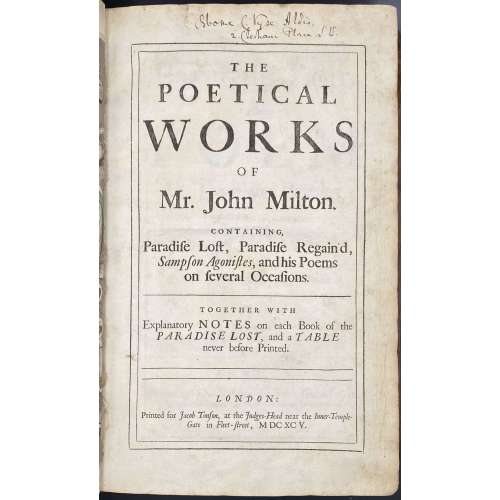 THE | POETICAL | WORKS | OF | Mr. John Milton. | Paradise Lost, Paradise Regained, | Sampson Agonistes, and his Poems | on several Occasions. | TOGETHER WITH | Explanatory NOTES on each Book of the | PARADISE LOST, and a TABLE | never before Printed. | LONDON: | Printed for Jacob Tonson, at Judges-Head near Inner-Temple-| Gate in Fleet – street , M DC XC V. || Pagination: [6] 1-343 [5] 1-66 [4] 1-57 [5] 1-60 [2] 321 [1], frontispiece and 12 plates, one before each book of Paradise Lost. Collation: 4to, folio; blank leaf, π3 B2, C-Z4, Aa-Yy4, A-H4 I2, [A]-D2 †D2 E-Q2 [A]1 B-Z2 Aa-Zz2 Aaa-Zzz2 Aaaa-Mmmm2 [N]1, 2 blank leaves, + frontis. portrait and 12 plates extraneous to collation. Plates: Portrait of John Milton (British, 1608 – 1674) engraved by Robert White (British, 1645 – 1703) after William Faithorne (British, 1616 – 1691) 11 plates engraved by Michael Burghers (Dutch, c. 1640 – c. 1723) after John Baptiste de Medina (Flemish, 1659 –1710); 1 plate (for Book IV) engraved by Peter-Paul Bouché (Dutch, 1646 – c. 1697) after Bernard Lens (British, 1659 – 1725). Binding: Folio, bound in full contemporary English panelled and speckled calf, tooled in blind, re-backed, corners repaired, the lines in Paradise Lost numbered; title pages of Paradise Regain'd and Samson Agonistes dated 1695; without a list of subscribers after the general title; with the Table for Paradise Lost; printed on laid paper, with tall "s", margins sprayed red. Provenance: near-contemporary ex libris of Sarah Bugg inside front board; along with that of Sam Bontham, 1726; later owned by forger Osborne Charles Vyse Aldis (1843 – 1916), with his signature on general title, with a nine-line note in his hand and initialled on page 343. Catalogue raisonné: Gordon N. Ray, Illustrated book in England (1976): p. 3. Ref: National Gallery of Art Contributors: Bouché, Peter-Paul (Dutch, 1646 – c. 1697) Burghers, Michael (Dutch, c. 1640 – c. 1723) Faithorne, William (British, 1616 – 1691) Lens, Bernard (British, 1659 – 1725) Medina, John Baptiste de (Flemish, 1659 – 1710) Milton, John (British, 1608 – 1674) Tonson, Jacob, the Elder (British, 1655 – 1736) White, Robert (British, 1645 – 1703)
THE | POETICAL | WORKS | OF | Mr. John Milton. | Paradise Lost, Paradise Regained, | Sampson Agonistes, and his Poems | on several Occasions. | TOGETHER WITH | Explanatory NOTES on each Book of the | PARADISE LOST, and a TABLE | never before Printed. | LONDON: | Printed for Jacob Tonson, at Judges-Head near Inner-Temple-| Gate in Fleet – street , M DC XC V. || Pagination: [6] 1-343 [5] 1-66 [4] 1-57 [5] 1-60 [2] 321 [1], frontispiece and 12 plates, one before each book of Paradise Lost. Collation: 4to, folio; blank leaf, π3 B2, C-Z4, Aa-Yy4, A-H4 I2, [A]-D2 †D2 E-Q2 [A]1 B-Z2 Aa-Zz2 Aaa-Zzz2 Aaaa-Mmmm2 [N]1, 2 blank leaves, + frontis. portrait and 12 plates extraneous to collation. Plates: Portrait of John Milton (British, 1608 – 1674) engraved by Robert White (British, 1645 – 1703) after William Faithorne (British, 1616 – 1691) 11 plates engraved by Michael Burghers (Dutch, c. 1640 – c. 1723) after John Baptiste de Medina (Flemish, 1659 –1710); 1 plate (for Book IV) engraved by Peter-Paul Bouché (Dutch, 1646 – c. 1697) after Bernard Lens (British, 1659 – 1725). Binding: Folio, bound in full contemporary English panelled and speckled calf, tooled in blind, re-backed, corners repaired, the lines in Paradise Lost numbered; title pages of Paradise Regain'd and Samson Agonistes dated 1695; without a list of subscribers after the general title; with the Table for Paradise Lost; printed on laid paper, with tall "s", margins sprayed red. Provenance: near-contemporary ex libris of Sarah Bugg inside front board; along with that of Sam Bontham, 1726; later owned by forger Osborne Charles Vyse Aldis (1843 – 1916), with his signature on general title, with a nine-line note in his hand and initialled on page 343. Catalogue raisonné: Gordon N. Ray, Illustrated book in England (1976): p. 3. Ref: National Gallery of Art Contributors: Bouché, Peter-Paul (Dutch, 1646 – c. 1697) Burghers, Michael (Dutch, c. 1640 – c. 1723) Faithorne, William (British, 1616 – 1691) Lens, Bernard (British, 1659 – 1725) Medina, John Baptiste de (Flemish, 1659 – 1710) Milton, John (British, 1608 – 1674) Tonson, Jacob, the Elder (British, 1655 – 1736) White, Robert (British, 1645 – 1703) -
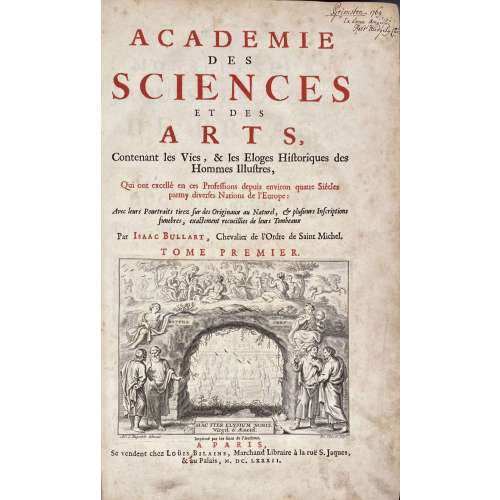 Title: ACADEMIE | DES | SCIENCES | ET DES | ARTS, | Contenant les Vies & les Eloges Historiques des | Hommes Illustres, | Qui ont excellé en ces Professions depuis environ quatre Siécles | parmy diverses Nations de l’Europe : |Avec leurs Pourtraits tirez sur des Originaux au Naturel, & plusieurs Inscriptions | funebres, exactement recueïlies de leurs Tombeaux | Par Isaac Bullart , Chevalier de l’Ordre de Saint Michel. | TOME PREMIER | {allegorical vignette, signed Abr. A Diepenbeke delineavit – Pet. Clouwet sculp.} | Imprimé par les soins de l’Autheur. | A PARIS, | Se vendent chez Loüis Bilane, Marchand Libraire à la ruë S. Jaques, | & au Palais, M. DC. LXXXII. || Pagination : [2] – h.t. / blank ; [2] – 1st vol. t.p. in black and red with vignette engraved by Pet. Clouwet after Abr. Diepenbeke / blank; [7] – dedication to Jacques Theodore de Brias {Jacques-Théodore de Bryas (Dutch, 1630 – 1694)}, [9] – preface, [2] – table demonstrative / stanza by Guilielmus Riverius, [2] – vignette “Tardius sed grandius” with an elephant in ornamental frame / text; [2] – noms politiques / blank (A1 before f.t.), [2] – f.t. livre premiere, illustres politiques / blank, 3(A2)-421, [422-424] – table eloges; [2] – f.t. tome second / blank, [2] – 2nd vol. t.p. in black and red with vignette…, [4] – advertisement, [2] – livre premier f.t. / blank, [2] – noms theologiens / blank, 1-501, [3] – table eloges. Collation : vol.1: [*]6, **6, A6 B-Ggg4; vol. 2: *4, **2, A-Sss4. (12 prelim. leaves, while in LIB-2239.2019 and in LIB-2675.2021 there is 14 prelim. leaves). Binding: contemporary full calf, size: 34 x 23 x 7.2 cm; crimson label with gilt lettering separated. Provenance: Bookplate of Sir Philip Crampton Smyly to the front pastedown; Stephen White Collection. The title is drawn by Abraham van Diepenbeeck (Dutch, 1596 - 1675) and engraved by Pieter Clouwet (Flemish, 1629–1670). The volume illustrated throughout with 279 portraits of important scientists, artists, thinkers, explorers, printers, and others of the period by a variety of artists. Tome 1: 120 plates of which 30 engraved by Esme de Boulonois (French, 1645 – 1681), 87 by Nicolas de Larmessin I (French, 1632 – 1694)Lavinia Vecellio (Italian, 1530 – 1575) engraved by Lamerssin after Titian, Portrait of Jacques Auguste de Thou engraved by de Boulonois after Daniel Dumonstier (French, 1574 – 1646). Tome 2: 159 plates of which 63 by Esme de Boulonois, 79 by Nicolas de Larmessin, 15 unsigned, 1 by Pieter Clouwet, and 1 by Wenceslaus Hollar (Bohemian, 1607 – 1677). Portraits of Knelme Digby, Juste Lipse, Nicolas Claude Fabri de Peiresc, Michel Mirevelt, Jacques Calot, Martin Richart, Pierre Paul Rubens, Venceslas Coberghe, Theodore Rombouts, Adrien Brouwer, Simon Vouet, Gerard Segers, Gaspar de Crayer, Antoine Van Dyck himself, and his wife Mary Ruthven – after Anthony Van Dyck. Young Man with a Skull engraved by Esme de Boulonois after Lucas van Leyden (Dutch, c. 1494 – 1533). Portrait of Louis Arioste engraved by Nicolas de Larmessin after Titian. Portrait of Balthasar de Castillon engraved by Nicolas de Larmessin after Raffaello Sanzio da Urbino (Italian, 1483 – 1520). Petrarch's Laura – by Larmessin after Palma Vecchio (Italian, c. 1480 – 1528). Vittoria Colonne – by Larmessin after Sebastiano del Piombo (Italian, c. 1485 – 1547). The portrait of Albert Durer is engraved by Esme de Boulonois after Tommaso Vincidor (Flemish, 1493 – 1536). Vol. 1, Book 1. Politicians Vol. 1, Book 2. Historians Vol. 1, Book 3. Jurists Vol. 1, Book 4. Writes and Linguists Vol. 1, Book 5. Italian Artists Vol. 2, Book 1. Theologians Vol. 2, Book 2. Philosophers, Mathematicians, Astronomers, and Physicians Vol. 2, Book 3. Scientists Vol. 2, Book 4. Inventors and Explorers Vol. 2, Book 5. Poets Vol. 2, Book 6. Netherlandish painters
Title: ACADEMIE | DES | SCIENCES | ET DES | ARTS, | Contenant les Vies & les Eloges Historiques des | Hommes Illustres, | Qui ont excellé en ces Professions depuis environ quatre Siécles | parmy diverses Nations de l’Europe : |Avec leurs Pourtraits tirez sur des Originaux au Naturel, & plusieurs Inscriptions | funebres, exactement recueïlies de leurs Tombeaux | Par Isaac Bullart , Chevalier de l’Ordre de Saint Michel. | TOME PREMIER | {allegorical vignette, signed Abr. A Diepenbeke delineavit – Pet. Clouwet sculp.} | Imprimé par les soins de l’Autheur. | A PARIS, | Se vendent chez Loüis Bilane, Marchand Libraire à la ruë S. Jaques, | & au Palais, M. DC. LXXXII. || Pagination : [2] – h.t. / blank ; [2] – 1st vol. t.p. in black and red with vignette engraved by Pet. Clouwet after Abr. Diepenbeke / blank; [7] – dedication to Jacques Theodore de Brias {Jacques-Théodore de Bryas (Dutch, 1630 – 1694)}, [9] – preface, [2] – table demonstrative / stanza by Guilielmus Riverius, [2] – vignette “Tardius sed grandius” with an elephant in ornamental frame / text; [2] – noms politiques / blank (A1 before f.t.), [2] – f.t. livre premiere, illustres politiques / blank, 3(A2)-421, [422-424] – table eloges; [2] – f.t. tome second / blank, [2] – 2nd vol. t.p. in black and red with vignette…, [4] – advertisement, [2] – livre premier f.t. / blank, [2] – noms theologiens / blank, 1-501, [3] – table eloges. Collation : vol.1: [*]6, **6, A6 B-Ggg4; vol. 2: *4, **2, A-Sss4. (12 prelim. leaves, while in LIB-2239.2019 and in LIB-2675.2021 there is 14 prelim. leaves). Binding: contemporary full calf, size: 34 x 23 x 7.2 cm; crimson label with gilt lettering separated. Provenance: Bookplate of Sir Philip Crampton Smyly to the front pastedown; Stephen White Collection. The title is drawn by Abraham van Diepenbeeck (Dutch, 1596 - 1675) and engraved by Pieter Clouwet (Flemish, 1629–1670). The volume illustrated throughout with 279 portraits of important scientists, artists, thinkers, explorers, printers, and others of the period by a variety of artists. Tome 1: 120 plates of which 30 engraved by Esme de Boulonois (French, 1645 – 1681), 87 by Nicolas de Larmessin I (French, 1632 – 1694)Lavinia Vecellio (Italian, 1530 – 1575) engraved by Lamerssin after Titian, Portrait of Jacques Auguste de Thou engraved by de Boulonois after Daniel Dumonstier (French, 1574 – 1646). Tome 2: 159 plates of which 63 by Esme de Boulonois, 79 by Nicolas de Larmessin, 15 unsigned, 1 by Pieter Clouwet, and 1 by Wenceslaus Hollar (Bohemian, 1607 – 1677). Portraits of Knelme Digby, Juste Lipse, Nicolas Claude Fabri de Peiresc, Michel Mirevelt, Jacques Calot, Martin Richart, Pierre Paul Rubens, Venceslas Coberghe, Theodore Rombouts, Adrien Brouwer, Simon Vouet, Gerard Segers, Gaspar de Crayer, Antoine Van Dyck himself, and his wife Mary Ruthven – after Anthony Van Dyck. Young Man with a Skull engraved by Esme de Boulonois after Lucas van Leyden (Dutch, c. 1494 – 1533). Portrait of Louis Arioste engraved by Nicolas de Larmessin after Titian. Portrait of Balthasar de Castillon engraved by Nicolas de Larmessin after Raffaello Sanzio da Urbino (Italian, 1483 – 1520). Petrarch's Laura – by Larmessin after Palma Vecchio (Italian, c. 1480 – 1528). Vittoria Colonne – by Larmessin after Sebastiano del Piombo (Italian, c. 1485 – 1547). The portrait of Albert Durer is engraved by Esme de Boulonois after Tommaso Vincidor (Flemish, 1493 – 1536). Vol. 1, Book 1. Politicians Vol. 1, Book 2. Historians Vol. 1, Book 3. Jurists Vol. 1, Book 4. Writes and Linguists Vol. 1, Book 5. Italian Artists Vol. 2, Book 1. Theologians Vol. 2, Book 2. Philosophers, Mathematicians, Astronomers, and Physicians Vol. 2, Book 3. Scientists Vol. 2, Book 4. Inventors and Explorers Vol. 2, Book 5. Poets Vol. 2, Book 6. Netherlandish painters -
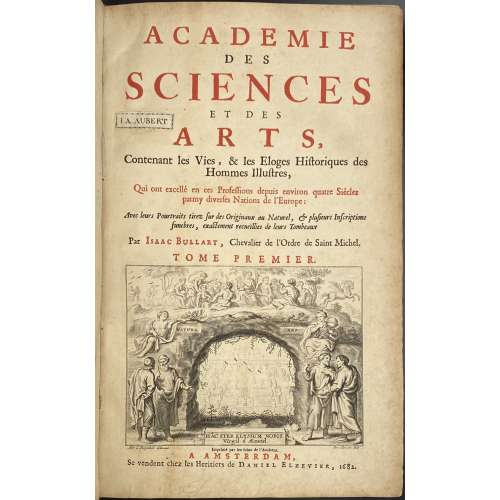 Title: ACADEMIE | DES | SCIENCES | ET DES | ARTS, | Contenant les Vies & les Eloges Historiques des | Hommes Illustres, | Qui ont excellé en ces Professions depuis environ quatre Siécles | parmy diverses Nations de l’Europe : |Avec leurs Pourtraits tirez sur des Originaux au Naturel, & plusieurs Inscriptions | funebres, exactement recueïlies de leurs Tombeaux | Par Isaac Bullart , Chevalier de l’Ordre de Saint Michel. | TOME PREMIER | {allegorical vignette, signed Abr. A Diepenbeke delineavit – Pet. Clouwet sculp.} | Imprimé par les soins de l’Autheur. | A AMSTERDAM, | Se vendent chez les Heritiers de Daniel Elzevier, 1682. || Vol. 1: Pagination: 2 blank end-leaves, [2] – Two-volumes h.t. / blank ; [2] – 1st vol. t.p. in black and red with vignette engraved by Pieter Clouwet (Flemish, 1629–1670) after Abraham van Diepenbeeck (Dutch, 1596 - 1675), book-label 'I. A. Aubert' pasted / blank; [7] – dedication to Jacques Theodore de Brias {Jacques-Théodore de Bryas (Dutch, 1630 – 1694)}, [9] – preface, [2] – table demonstrative / stanza by Guilielmus Riverius, [2] – vignette “Tardius sed grandius” with an elephant in ornamental frame / text; [2] – Advis au lecteur; [1, 2] – noms politiques / blank (A1), 3(A2)-416, 2 blank end-leaves; laking 8 last pages 417-424 if compared to Paris 2 in 1 vol. edition LIB-2676.2021, and lacking 4 last pages if compared with another Amsterdam edition LIB-2239.2019. These last 4 pages contain portraits and eulogies of François Primatici and Jacques Barozzi de Vignole. Collation: 4to; [*]6, **8, A6 B-Fff4, lacking Ggg4, 118 plates (instead of 120) within a collation. Vol. 2: Pagination: 2 blank end-leaves, [2] – tome second h.t. / blank ; [2] – 2nd vol. t.p. in black and red with vignette similar to vol. 1, with book-label 'I. A. Aubert' / blank; [4] – advertissement; [2] – f.t. Theologiens / blank; [2] – noms theologiens / blank 1-501 [3] – table eloges, 1 blank end-leaf. Collation: 4to; [*]4, **2, A-Sss4, 159 plates within a collation. Binding: both volumes uniformly bound in full contemporary cream vellum with blind double fillet over boards, raised bands, compartments tooled in black, brown calf labels with gilt lettering to spine. Printed on laid paper, with tall "s", all margins sprinkled red; the size of each vol.: 32.2 x 20.5 x 4.7 cm. A full description of plates, as well as their images, presented in LIB-2676.2021.
Title: ACADEMIE | DES | SCIENCES | ET DES | ARTS, | Contenant les Vies & les Eloges Historiques des | Hommes Illustres, | Qui ont excellé en ces Professions depuis environ quatre Siécles | parmy diverses Nations de l’Europe : |Avec leurs Pourtraits tirez sur des Originaux au Naturel, & plusieurs Inscriptions | funebres, exactement recueïlies de leurs Tombeaux | Par Isaac Bullart , Chevalier de l’Ordre de Saint Michel. | TOME PREMIER | {allegorical vignette, signed Abr. A Diepenbeke delineavit – Pet. Clouwet sculp.} | Imprimé par les soins de l’Autheur. | A AMSTERDAM, | Se vendent chez les Heritiers de Daniel Elzevier, 1682. || Vol. 1: Pagination: 2 blank end-leaves, [2] – Two-volumes h.t. / blank ; [2] – 1st vol. t.p. in black and red with vignette engraved by Pieter Clouwet (Flemish, 1629–1670) after Abraham van Diepenbeeck (Dutch, 1596 - 1675), book-label 'I. A. Aubert' pasted / blank; [7] – dedication to Jacques Theodore de Brias {Jacques-Théodore de Bryas (Dutch, 1630 – 1694)}, [9] – preface, [2] – table demonstrative / stanza by Guilielmus Riverius, [2] – vignette “Tardius sed grandius” with an elephant in ornamental frame / text; [2] – Advis au lecteur; [1, 2] – noms politiques / blank (A1), 3(A2)-416, 2 blank end-leaves; laking 8 last pages 417-424 if compared to Paris 2 in 1 vol. edition LIB-2676.2021, and lacking 4 last pages if compared with another Amsterdam edition LIB-2239.2019. These last 4 pages contain portraits and eulogies of François Primatici and Jacques Barozzi de Vignole. Collation: 4to; [*]6, **8, A6 B-Fff4, lacking Ggg4, 118 plates (instead of 120) within a collation. Vol. 2: Pagination: 2 blank end-leaves, [2] – tome second h.t. / blank ; [2] – 2nd vol. t.p. in black and red with vignette similar to vol. 1, with book-label 'I. A. Aubert' / blank; [4] – advertissement; [2] – f.t. Theologiens / blank; [2] – noms theologiens / blank 1-501 [3] – table eloges, 1 blank end-leaf. Collation: 4to; [*]4, **2, A-Sss4, 159 plates within a collation. Binding: both volumes uniformly bound in full contemporary cream vellum with blind double fillet over boards, raised bands, compartments tooled in black, brown calf labels with gilt lettering to spine. Printed on laid paper, with tall "s", all margins sprinkled red; the size of each vol.: 32.2 x 20.5 x 4.7 cm. A full description of plates, as well as their images, presented in LIB-2676.2021. -
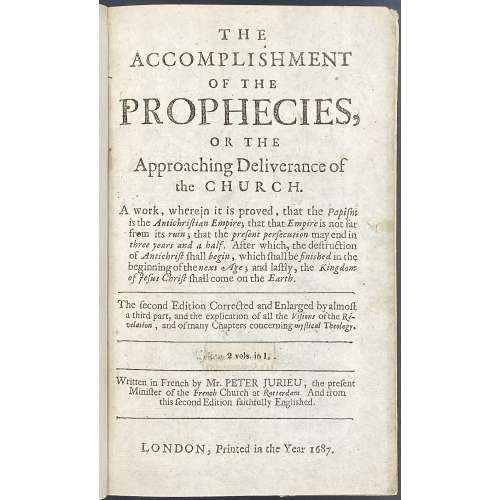 Title page (with tall “s”): THE | ACCOMPLISHMENT | OF THE | PROPHECIES, | OR THE | Approaching Deliverance of | the CHURCH. | A work, wherein it is proved, that the Papism | is the Antichristian Empire; that that Empire is not far | from its ruin ; that the present persecution may end in | three years and a half. After which, the destruction | of Antichrist shall begin, which shall be finished in the | beginning of the next Age ; and lastly, the Kingdom | of Jesus Christ shall come on the Earth. | — | The second Edition Corrected and Enlarged by almost | a third part, and the explication of all the Visions of the Re- | velation, and of many Chapters concerning mystical Theology. | — | 2 vols. In 1, | — | Written in French by Mr. PETER JURIEU , the present | Minister of the French Church at Rotterdam. And from | this second Edition faithfully Englished. | — | LONDON , Printed in the Year 1687. || Pagination: ffl, [48] 1-271 [272 blank] + 3-99, 200-396, bfl. Note: part 2 starts with page 3, page 99 recto is paginated 200 on verso, instead of 100; total number of pages in part 2, thus, is 294. Collation is uninterrupted. Collation: *-**8 A-S8 + Aa7 Bb-Ss8 Tt4. Note: no leaf Aa1, leaf Tt4 unsigned; 307 leaves total. Binding: Full brown calf, boards ruled blind with double-fillet, flat spine stamped blind with a diaper, double-fillet ruled compartments, black label with gilt lettering. Printed on laid paper, with marginal notes. Yellow sticker to front pastedown G. Batenham, Bookseller, Northgate, Chester. Author: Pierre Jurieu (French, 1637 – 1713). Translator unknown. Publisher unknown.
Title page (with tall “s”): THE | ACCOMPLISHMENT | OF THE | PROPHECIES, | OR THE | Approaching Deliverance of | the CHURCH. | A work, wherein it is proved, that the Papism | is the Antichristian Empire; that that Empire is not far | from its ruin ; that the present persecution may end in | three years and a half. After which, the destruction | of Antichrist shall begin, which shall be finished in the | beginning of the next Age ; and lastly, the Kingdom | of Jesus Christ shall come on the Earth. | — | The second Edition Corrected and Enlarged by almost | a third part, and the explication of all the Visions of the Re- | velation, and of many Chapters concerning mystical Theology. | — | 2 vols. In 1, | — | Written in French by Mr. PETER JURIEU , the present | Minister of the French Church at Rotterdam. And from | this second Edition faithfully Englished. | — | LONDON , Printed in the Year 1687. || Pagination: ffl, [48] 1-271 [272 blank] + 3-99, 200-396, bfl. Note: part 2 starts with page 3, page 99 recto is paginated 200 on verso, instead of 100; total number of pages in part 2, thus, is 294. Collation is uninterrupted. Collation: *-**8 A-S8 + Aa7 Bb-Ss8 Tt4. Note: no leaf Aa1, leaf Tt4 unsigned; 307 leaves total. Binding: Full brown calf, boards ruled blind with double-fillet, flat spine stamped blind with a diaper, double-fillet ruled compartments, black label with gilt lettering. Printed on laid paper, with marginal notes. Yellow sticker to front pastedown G. Batenham, Bookseller, Northgate, Chester. Author: Pierre Jurieu (French, 1637 – 1713). Translator unknown. Publisher unknown.English translation of the book:Pierre Jurieu. L'accomplissement des Propheties ou la delivrance prochaine de l'Eglise. —Rotterdam: Acher, 1686.
-
 Iron tsuba of round form, tapering from centre to the rim, decorated with eight roundels – circular emblems of flowers and/or family crests (mon) made of cast brass, pierced and chiselled in kebori, and with flat brass inlay (hira-zōgan) of water plantain (omodaka) and seaweed all over the plate. Hitsu-ana outlined in brass. Four positive silhouette roundels are 3-, 6-, 9-, and 12 – pointing crests/flowers; four negative silhouette roundels – bellflower, cherry and plum blossoms. Yoshirō school (Kaga-Yoshirō). Unsigned. The Momoyama or early Edo period, end of the 16th to the first half of the 17th century (1574-1650). Size: H: 88.3 mm; W: 88.7 mm; Thickness 4.0 mm (Seppa-dai), 3,2 cm (rim). Other Kaga-Yoshiro tsuba in this collection: TSU-0334: 7.7 cm; TSU-0342.2017: 89.6 cm; TSU-0344: 8.1 cm; TSU-0329: 8.0 cm; TSU-0376.2018: 8.1 cm; TSU-0379.2018: 8.2 cm. We see that the usual size is about 8 cm; larger pieces, such as this one and TSU-0342.2017 dedicated to Hachiman, are rare. Article about Yoshiro tsuba.
Iron tsuba of round form, tapering from centre to the rim, decorated with eight roundels – circular emblems of flowers and/or family crests (mon) made of cast brass, pierced and chiselled in kebori, and with flat brass inlay (hira-zōgan) of water plantain (omodaka) and seaweed all over the plate. Hitsu-ana outlined in brass. Four positive silhouette roundels are 3-, 6-, 9-, and 12 – pointing crests/flowers; four negative silhouette roundels – bellflower, cherry and plum blossoms. Yoshirō school (Kaga-Yoshirō). Unsigned. The Momoyama or early Edo period, end of the 16th to the first half of the 17th century (1574-1650). Size: H: 88.3 mm; W: 88.7 mm; Thickness 4.0 mm (Seppa-dai), 3,2 cm (rim). Other Kaga-Yoshiro tsuba in this collection: TSU-0334: 7.7 cm; TSU-0342.2017: 89.6 cm; TSU-0344: 8.1 cm; TSU-0329: 8.0 cm; TSU-0376.2018: 8.1 cm; TSU-0379.2018: 8.2 cm. We see that the usual size is about 8 cm; larger pieces, such as this one and TSU-0342.2017 dedicated to Hachiman, are rare. Article about Yoshiro tsuba. -
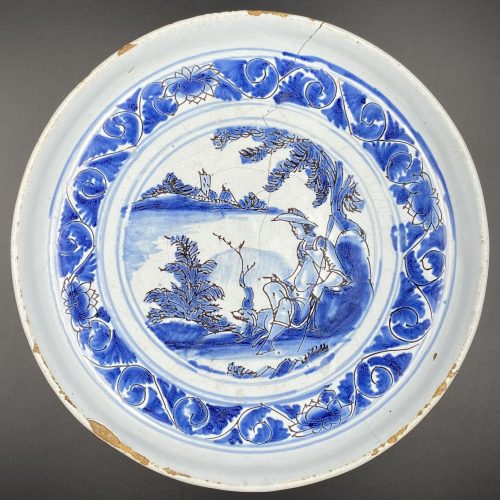 Nevers faience footed plate with a hunter and his dog on a mound, in blue over white. Dimensions: Diameter 22.3 cm; H: 3.5 cm. Seller's description: Plat rond en faïence à décor en camaïeu bleu d'un personnage et son chien sur un tertre feuillagé dans un médaillon, frise d'entrelacs. Fin XVIIème.
Nevers faience footed plate with a hunter and his dog on a mound, in blue over white. Dimensions: Diameter 22.3 cm; H: 3.5 cm. Seller's description: Plat rond en faïence à décor en camaïeu bleu d'un personnage et son chien sur un tertre feuillagé dans un médaillon, frise d'entrelacs. Fin XVIIème. -
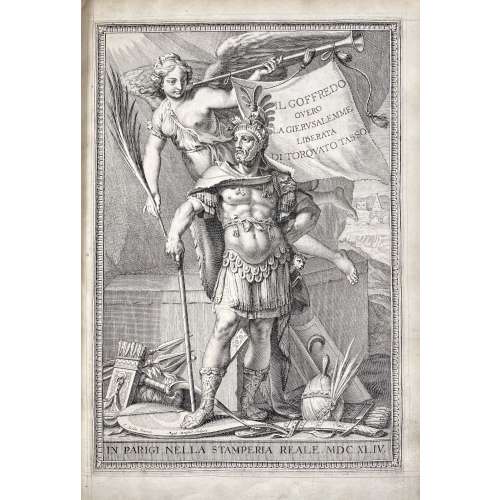 Title page: IL | GOFFREDO | OVERO | LA | GIERUSALEMME | LIBERATA | DI TORQUATO TASSO. || Engraved title: On the banner: IL GOFFREDO | OVERO | LA GIERUSALEMME | LIBERATA | DI TORQUATO TASSO ||; under the image, within frame: IN PARIGI NELLA STAMPERIA REALE MDC XLIV. Signed: J. Stella Invenit — Ægid Rousselet Sculpsit (with tall “s”) || Collation: 2 blank leaves with donation ink inscription to recto of the 1st: “Ex Dono Patruelis Do Roberto Willughby” [i.e. Robert Willoughby]; t.p. / blank, engraved t.p. by Gilles Rousselet after Jacques Stella / blank, “Allegoria dell poema” 4 leaves, 1st two leaves signed iij and iiij, respectively; π6 A-Z4 Aa-Zz4 Aaa-Rrr4, 2 blank leaves at the end; text paginated from 1 to 502 [2] (p. 503 tailpiece, p. 504 blank); a printable area marked with vertical and horizontal double lines; total: 252 leaves of text (504 pages), 6 prelims and 4 blanks. Illustrated throughout with head- and tailpieces, and historiated initials. Binding: 18th-century red crushed morocco, triple-fillet gilt border, triple-fillet gilt frame, panel with gilt lozenge centrepiece, lozenges at corners, marbled endpapers, AEG, crudely rebacked retaining original spine with raised bands, gilt in compartments, crimson label with gilt lettering; The Robin Collection bookplate to front pastedown. Provenance: The Robin Collection; Robert Willoughby family. Contributors: Torquato Tasso (Italian, 1544 –1595) – author. Jacques Stella (French, 1596 – 1657) – artist. Gilles [Aegidius] Rousselet (French, 1610 – 1686) – engraver.
Title page: IL | GOFFREDO | OVERO | LA | GIERUSALEMME | LIBERATA | DI TORQUATO TASSO. || Engraved title: On the banner: IL GOFFREDO | OVERO | LA GIERUSALEMME | LIBERATA | DI TORQUATO TASSO ||; under the image, within frame: IN PARIGI NELLA STAMPERIA REALE MDC XLIV. Signed: J. Stella Invenit — Ægid Rousselet Sculpsit (with tall “s”) || Collation: 2 blank leaves with donation ink inscription to recto of the 1st: “Ex Dono Patruelis Do Roberto Willughby” [i.e. Robert Willoughby]; t.p. / blank, engraved t.p. by Gilles Rousselet after Jacques Stella / blank, “Allegoria dell poema” 4 leaves, 1st two leaves signed iij and iiij, respectively; π6 A-Z4 Aa-Zz4 Aaa-Rrr4, 2 blank leaves at the end; text paginated from 1 to 502 [2] (p. 503 tailpiece, p. 504 blank); a printable area marked with vertical and horizontal double lines; total: 252 leaves of text (504 pages), 6 prelims and 4 blanks. Illustrated throughout with head- and tailpieces, and historiated initials. Binding: 18th-century red crushed morocco, triple-fillet gilt border, triple-fillet gilt frame, panel with gilt lozenge centrepiece, lozenges at corners, marbled endpapers, AEG, crudely rebacked retaining original spine with raised bands, gilt in compartments, crimson label with gilt lettering; The Robin Collection bookplate to front pastedown. Provenance: The Robin Collection; Robert Willoughby family. Contributors: Torquato Tasso (Italian, 1544 –1595) – author. Jacques Stella (French, 1596 – 1657) – artist. Gilles [Aegidius] Rousselet (French, 1610 – 1686) – engraver. -
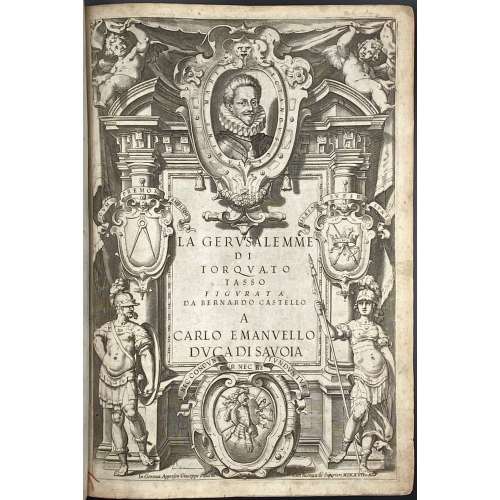 Engraved title-page 1, as per British Museum: An architectural setting with, at upper centre, a portrait of Carlo Emanuele I, Duke of Savoy, in an ornate cartouche lettered “"Spectandus Certamine Martio"; a central title “LA | GERUSALEMME | DI | TORQUATO | TASSO | FUGURATA A | DA BERNARDO CASTELLO | A | CARLO EMANUELLO | DVCA DI SAVOIA” flanked by Tuscan columns and crests with mottos and imprese showing compasses lettered "Dvm Premor Amplior", at left, and a crossed sword and sceptre with a crown lettered "Illaesa Super Sunt", at right; in the lower register, male and female figures in armour, perhaps representing Tancredi and Clorinda, with a central crest showing an impresa of armour”. Central title: Below, within frame: "In Genova, Appresso Giuseppe Pavoni. […] Con licenza de' Superiori. MDCXVII." Engraved title-page 2, as per British Museum: Portrait of Torquato Tasso, bust, facing front, wearing a laurel crown; within an oval pendant, lettered “TOROVATO […] TASSO EF”, suspended from a pediment, beneath which a view of Genoa is flanked by two columns, and above is a tablet, lettered: “LA GERUSALEMME | LIBERATA | DI TORQUATO | TASSO. | Con le annotazioni | di Scipion | Gentili, e di Givlio | Guastauini , | Et li argomenti di Oratio Ariosti , | STAMPATA | Per Giuseppe Pauoni ad instanza di | Bernardo Castello,in Genova | L’Anno MDCXVII." Collation: 8vo; 2 leaves of engraved title-pages, 1 leaf signed †2, 1 leaf unsigned, 2 leaves signed †† and ††2, respectively, 1 leaf unsigned, 1 leaf with engraving to verso (frontispiece to Canto Primo) —> 8 prelims (besides FEP or a blank leaf before 1st t.p.); π8 A-Q8 (pp. 1-255 [256 blank], plated within collation), G1, I1, K1, O1, and P1 (recto to plates without text) unsigned, L3 signed as second L2; A-D8 E4 (pp. 1-71 [72]; A-B8 C4 χ1 (pp. [1] 2-36 [37-40] [2]), in the 4-leaf quires E and C only two first leaves signed, in the 8-leaf quires four first leaves signed. Illustrations: woodcut head- and tail-pieces, woodcut initials, some historiated, and 20 plates within collation and pagination engraved by Camillo Cungio after Bernardo Castello. Binding: 30.5 x 21.4 cm overall, 30 x 20.5 cm leaves; contemporary vellum, rebacked with modern brown morocco, crimson morocco label with gilt lettering and double-fillet outline. Two bookplates to front pastedown: (1) Chippendale armorial bookplate (8.3 x 7.6 cm): Thos. Brand Esqr. Signed: W Austin — Fecit; (2) The Robin Collection bookplate. Bookseller’s ticket to back pastedown: “J. POOLE. | British & foreign | BOOKSELLER, | 39 BOOKSELLERS ROW, | STRAND |〰️| Books Bought.” All edges green. Provenance: The Robin Collection; Thomas Brand Hollis (British, 1719 – 1804). Contributors: Torquato Tasso (Italian, 1544 –1595) – author. Scipione Gentili [Scipio Gentilis] (Italian, 1563 – 1616) – author. Giulio Guastavini (Italian, fl. 16th century) – author. Bernardo Castello [Castelli] (Italian, 1557 – 1629) – artist. Camillo Cungi (Italian, fl. 1597 – 1649) – engraver. Giuseppe Pavoni (Italian, 1551 – c. 1641) – printer, publisher. Carlo Emanuele I, Duke of Savoy (Italian, 1562 – 1630) – dedicatee.
Engraved title-page 1, as per British Museum: An architectural setting with, at upper centre, a portrait of Carlo Emanuele I, Duke of Savoy, in an ornate cartouche lettered “"Spectandus Certamine Martio"; a central title “LA | GERUSALEMME | DI | TORQUATO | TASSO | FUGURATA A | DA BERNARDO CASTELLO | A | CARLO EMANUELLO | DVCA DI SAVOIA” flanked by Tuscan columns and crests with mottos and imprese showing compasses lettered "Dvm Premor Amplior", at left, and a crossed sword and sceptre with a crown lettered "Illaesa Super Sunt", at right; in the lower register, male and female figures in armour, perhaps representing Tancredi and Clorinda, with a central crest showing an impresa of armour”. Central title: Below, within frame: "In Genova, Appresso Giuseppe Pavoni. […] Con licenza de' Superiori. MDCXVII." Engraved title-page 2, as per British Museum: Portrait of Torquato Tasso, bust, facing front, wearing a laurel crown; within an oval pendant, lettered “TOROVATO […] TASSO EF”, suspended from a pediment, beneath which a view of Genoa is flanked by two columns, and above is a tablet, lettered: “LA GERUSALEMME | LIBERATA | DI TORQUATO | TASSO. | Con le annotazioni | di Scipion | Gentili, e di Givlio | Guastauini , | Et li argomenti di Oratio Ariosti , | STAMPATA | Per Giuseppe Pauoni ad instanza di | Bernardo Castello,in Genova | L’Anno MDCXVII." Collation: 8vo; 2 leaves of engraved title-pages, 1 leaf signed †2, 1 leaf unsigned, 2 leaves signed †† and ††2, respectively, 1 leaf unsigned, 1 leaf with engraving to verso (frontispiece to Canto Primo) —> 8 prelims (besides FEP or a blank leaf before 1st t.p.); π8 A-Q8 (pp. 1-255 [256 blank], plated within collation), G1, I1, K1, O1, and P1 (recto to plates without text) unsigned, L3 signed as second L2; A-D8 E4 (pp. 1-71 [72]; A-B8 C4 χ1 (pp. [1] 2-36 [37-40] [2]), in the 4-leaf quires E and C only two first leaves signed, in the 8-leaf quires four first leaves signed. Illustrations: woodcut head- and tail-pieces, woodcut initials, some historiated, and 20 plates within collation and pagination engraved by Camillo Cungio after Bernardo Castello. Binding: 30.5 x 21.4 cm overall, 30 x 20.5 cm leaves; contemporary vellum, rebacked with modern brown morocco, crimson morocco label with gilt lettering and double-fillet outline. Two bookplates to front pastedown: (1) Chippendale armorial bookplate (8.3 x 7.6 cm): Thos. Brand Esqr. Signed: W Austin — Fecit; (2) The Robin Collection bookplate. Bookseller’s ticket to back pastedown: “J. POOLE. | British & foreign | BOOKSELLER, | 39 BOOKSELLERS ROW, | STRAND |〰️| Books Bought.” All edges green. Provenance: The Robin Collection; Thomas Brand Hollis (British, 1719 – 1804). Contributors: Torquato Tasso (Italian, 1544 –1595) – author. Scipione Gentili [Scipio Gentilis] (Italian, 1563 – 1616) – author. Giulio Guastavini (Italian, fl. 16th century) – author. Bernardo Castello [Castelli] (Italian, 1557 – 1629) – artist. Camillo Cungi (Italian, fl. 1597 – 1649) – engraver. Giuseppe Pavoni (Italian, 1551 – c. 1641) – printer, publisher. Carlo Emanuele I, Duke of Savoy (Italian, 1562 – 1630) – dedicatee. -
 Title-page: AMINTA | FAVOLA BOSCARECCIA | DI | TORQUATO TASSO | CON | LE ANNOTATIONI | D'EGIDIO MENAGIO | ACCADEMICO | DELLA CRVSCA• | {woodcut vignette} | IN PARIGI| Presso AGOSTINO Cvrbe`, nella Galeria del Palazzo, | all’ insegna della Palma. |—| M. DC. LV. || Collation: 4to; ā4 ē4 ī4 A2 B2 C-V4 Y-Z4 2A1,2 X4 2A3,4 2B-2Z4, 3A-3B4, total number of leaves = 200. Note: O2, 2K3, 2V3 2X3 2Y3, and 3B3 – unsigned, 2Z3 signed 2Z2 (Zzij), quire X (pp. 145-152) bound between 2A2 (p. 172) and 2A3 (p. 173); illustrated throughout with woodcut head- and tailpieces and initials, Atto Primo has copperplate engraved historiated initial and a headpiece signed “F. C. in. — I. B. fe.” “I. B.” was a monogram of engraver Giulio Bonasone (Italian, c. 1498 – after 1574). Pagination: [2] – t.p. / blank, [8] – dedication, i-xviii, [4], 1-341 [342-368]; total number of pages = 400. Binding: 22.3 x 18 cm, 19th-century quarter morocco over marbled boards, spine with raised bands and gilt lettering, rebacked, additional blank flyleaves at front and back, marbled endpapers and all edges. Bookplate to front pastedown: “The Robin Collection”. Verso front flyleaf stamped “RESTORED BY MACDONALD CO. | NORWALK. CONN. Provenance: The Robin Collection. Contributors: Torquato Tasso (Italian, 1544 –1595) – author. Gilles Ménage (French, 1613 – 1692) – author. Antoine Vitré (French, 1595 – 1674) – printer. Augustin Courbé (French, fl. c. 1625 – 1660) – publisher. Marie-Madeleine Pioche de La Vergne, comtesse de La Fayette (French, 1634 – 1693) – dedicatee.
Title-page: AMINTA | FAVOLA BOSCARECCIA | DI | TORQUATO TASSO | CON | LE ANNOTATIONI | D'EGIDIO MENAGIO | ACCADEMICO | DELLA CRVSCA• | {woodcut vignette} | IN PARIGI| Presso AGOSTINO Cvrbe`, nella Galeria del Palazzo, | all’ insegna della Palma. |—| M. DC. LV. || Collation: 4to; ā4 ē4 ī4 A2 B2 C-V4 Y-Z4 2A1,2 X4 2A3,4 2B-2Z4, 3A-3B4, total number of leaves = 200. Note: O2, 2K3, 2V3 2X3 2Y3, and 3B3 – unsigned, 2Z3 signed 2Z2 (Zzij), quire X (pp. 145-152) bound between 2A2 (p. 172) and 2A3 (p. 173); illustrated throughout with woodcut head- and tailpieces and initials, Atto Primo has copperplate engraved historiated initial and a headpiece signed “F. C. in. — I. B. fe.” “I. B.” was a monogram of engraver Giulio Bonasone (Italian, c. 1498 – after 1574). Pagination: [2] – t.p. / blank, [8] – dedication, i-xviii, [4], 1-341 [342-368]; total number of pages = 400. Binding: 22.3 x 18 cm, 19th-century quarter morocco over marbled boards, spine with raised bands and gilt lettering, rebacked, additional blank flyleaves at front and back, marbled endpapers and all edges. Bookplate to front pastedown: “The Robin Collection”. Verso front flyleaf stamped “RESTORED BY MACDONALD CO. | NORWALK. CONN. Provenance: The Robin Collection. Contributors: Torquato Tasso (Italian, 1544 –1595) – author. Gilles Ménage (French, 1613 – 1692) – author. Antoine Vitré (French, 1595 – 1674) – printer. Augustin Courbé (French, fl. c. 1625 – 1660) – publisher. Marie-Madeleine Pioche de La Vergne, comtesse de La Fayette (French, 1634 – 1693) – dedicatee. -
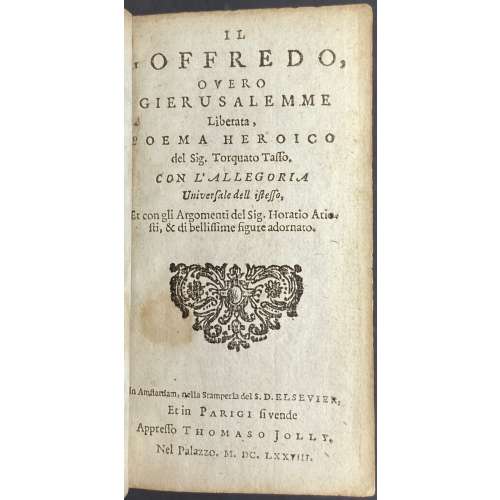 Vol. 1: Engraved t.p.: An architectural setting with flags and arms, and sitting male and female figures in armour, perhaps representing Tancredi and Clorinda, with lettering above their heads: “GIERVSA– | LEMME | LIBERATA”. Title-page: IL | GOFFREDO, | OVERO | GIERUSALEMME | Liberata , | POEMA HEROICO | del Sig. Torquato Tasso. | CON L’ ALLEGORIA | Universale dell istesso, | Et con gli Argomenti del Sig. Horatio Ario- | sti, & di belissime figure adornato. | {woodcut element} | In Amsterdam, nella Stamperia del S.D. ELZEVIER, | Et in Parigi, si vende | Appresso Thomaso Jolly. | Nel Palazzo, M. DC. LXXVIII. || Collation: 8vo; [A1] 1st blank, engraved t.p., [A2] letterpress t.p., pp. [1-4]; signatures start at A3, pagination starts at p. 37; Allegoria: A3-B1, pp. [5-18], Tavola: B2-C2, pp. [19-36]; Il Goffredo: C3-R8, pp. 37-271 [272]. Total A-R8: 136 leaves (272 pages), plus 11 plates, incl. engraved t.p., and frontispiece (sculptural bust portrait of Torquato Tasso in a laurel wreath, with a lettered plate below “TORQVATO | TASSO”). Vol. 1: Title-page: Similar but “TOMO II.” after “sti, & di belissime figure adornato.” and before the woodcut element. Collation: 8vo; 1st blank, letterpress t.p., signatures start at A3, p. 5; A-S8, pp. [4] 5-285 [3]. Total A-S8: 144 leaves (288 pages) plus 10 engraved plates. Binding: Two volumes 15 x 6 cm, uniformly bound in 19th-century green morocco, gilt triple-fillet border, bull heads at corners, spine with raised bands, gilt in compartments, two gilt-lettered crimson labels, blue endpapers, 2 blank laid paper leaves in the front, AEG. Contributors: Torquato Tasso (Italian, 1544 –1595) – author. Daniel Elzevir (Dutch, 1626-1680) – publisher. Thomas Jolly (French, fl. 1648 – 1694) – publisher.
Vol. 1: Engraved t.p.: An architectural setting with flags and arms, and sitting male and female figures in armour, perhaps representing Tancredi and Clorinda, with lettering above their heads: “GIERVSA– | LEMME | LIBERATA”. Title-page: IL | GOFFREDO, | OVERO | GIERUSALEMME | Liberata , | POEMA HEROICO | del Sig. Torquato Tasso. | CON L’ ALLEGORIA | Universale dell istesso, | Et con gli Argomenti del Sig. Horatio Ario- | sti, & di belissime figure adornato. | {woodcut element} | In Amsterdam, nella Stamperia del S.D. ELZEVIER, | Et in Parigi, si vende | Appresso Thomaso Jolly. | Nel Palazzo, M. DC. LXXVIII. || Collation: 8vo; [A1] 1st blank, engraved t.p., [A2] letterpress t.p., pp. [1-4]; signatures start at A3, pagination starts at p. 37; Allegoria: A3-B1, pp. [5-18], Tavola: B2-C2, pp. [19-36]; Il Goffredo: C3-R8, pp. 37-271 [272]. Total A-R8: 136 leaves (272 pages), plus 11 plates, incl. engraved t.p., and frontispiece (sculptural bust portrait of Torquato Tasso in a laurel wreath, with a lettered plate below “TORQVATO | TASSO”). Vol. 1: Title-page: Similar but “TOMO II.” after “sti, & di belissime figure adornato.” and before the woodcut element. Collation: 8vo; 1st blank, letterpress t.p., signatures start at A3, p. 5; A-S8, pp. [4] 5-285 [3]. Total A-S8: 144 leaves (288 pages) plus 10 engraved plates. Binding: Two volumes 15 x 6 cm, uniformly bound in 19th-century green morocco, gilt triple-fillet border, bull heads at corners, spine with raised bands, gilt in compartments, two gilt-lettered crimson labels, blue endpapers, 2 blank laid paper leaves in the front, AEG. Contributors: Torquato Tasso (Italian, 1544 –1595) – author. Daniel Elzevir (Dutch, 1626-1680) – publisher. Thomas Jolly (French, fl. 1648 – 1694) – publisher. -
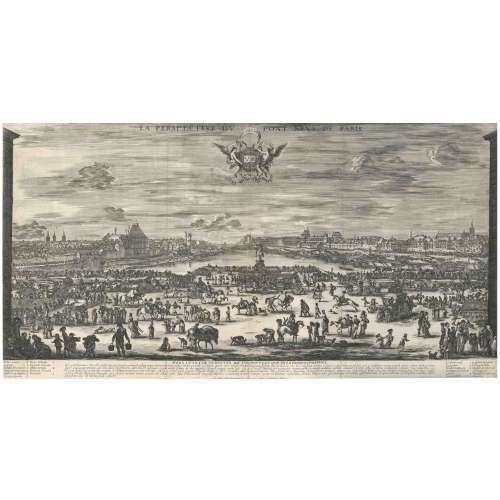
Etching on laid paper, backed. Massar (1971): 59-61. View of the Pont Neuf in Paris, with the statue of Henry IV at centre in front of the Seine, the church of St.-Germaine l'Auxerrois and the Louvre to the right, and the Hôtel de Nevers and Tour de Nesle to the left (MET). in the banner below: LUDOVICO XIIII GALLIARUM ET NAV REGI; below image: PONS LVTETIÆ STRVCTVS, DICTVS NOVVS, ET QVÆ EX EO PROSPICI POSSVNT.; bellow: En pulcherrimus toto ... caufatus, vifere; along the bottom: Ste. Della Bella Florentinus In. e Fecit DD. 1646. Cum Privilegio Regis; additional lettering a lower left and right identifying places depicted.
State: 2nd, with the weathercock on the belltower of Église Saint-Germain l'Auxerrois (under 8). Size: 35.5 x 67.6 cm. Condition: Three vertical folds, these partly cracked and backed at the bottom, dusty or slightly stained, partly slightly rubbed, a small diagonal crease on the upper left, tiny marginal blemishes.Quotation from Phyllis D. Massar. Presenting Stefano della Bella. — NY: The Metropolitan Museum of Art, [1971]: "For size and complexity, one of Della Bella's most impressive achievements is his view of Paris across the Pont Neuf from a point between the buildings bounding the Place Dauphine. Besides the well-known landmarks-the Hộtel de Nevers, the Tour de Nesle, the church of Saint Germain l'Auxerrois, and, at the centre, the bronze equestrian statue of Henri IV by the Florentines Giovanni Bologna and Pietro Tacca – the print provides a microcosm of Paris in transit across the Seine. With a glass, one can compile a census of 451 people, thirty-eight horses, nineteen dogs, three donkeys, and one lamb. All but lost in the vast scene, nevertheless, all contributing to it, are duelists, men fighting with staffs, brawlers routing passers-by, a tooth-puller making an extraction, sellers of sweetmeats and fruits, falconers, hunters with a pack of dogs, a legless cripple, many begging gypsies (one of them telling a fortune), and a hurdy-gurdy player with an audience. Moving among the splendid carriages is a humble water cart, and back among the market stands at the right is an early Seine-side bookstall."
Catalogue raisonné: Massar (1971): pp. 58-61; De Vesme p. 132, № 850ii/ii. Contributor: Stefano della Bella (Italian, 1610 – 1664) – artist and engraver. -
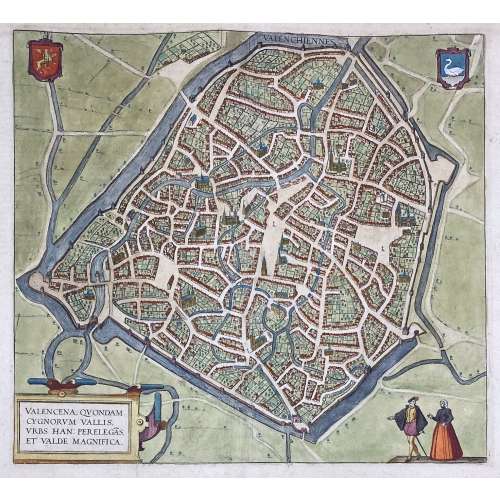 VALENCENA, QUONDAM | CYGNORUM VALLIS | URBS HAN: PERELEGÃS | ET VALDE MAGNIFICA. ||
VALENCENA, QUONDAM | CYGNORUM VALLIS | URBS HAN: PERELEGÃS | ET VALDE MAGNIFICA. ||Engraved and hand-coloured map of Valenciennes first produced for Braun & Hogenberg's 6-volume Civitates orbis terrarum edition in 1570.
English translation of the text printed on verso: "The Loire, an exceedingly well-known river in France, flows directly past the city and is very beneficial for trade. The fields surrounding the city are very fertile, and for this reason, the city is also called the granary throughout France, just as in earlier times Sicily was the granary of Rome. A famous wine also grows in this soil, which is exported from here not only throughout France but to all the countries in Europe. [...] The French spoken here is pure and uncorrupted, which is also the reason why so many foreigners settle here. For some are here for trade, others for study and others again to acquire the language, but also many without doubt for both these last two reasons, [...] and Germans, in particular, send their children here." [by Barry Lawrence Ruderman Antique Maps Inc.]
Dimensions: Sheet: 39.8 x 53.5 cm; Image: 35.2 x 38.5 cm.
Probably published in Cologne is 1612-18 by Petrum à Brachel: [Coloniae Agrippinae: apud Petrum à Brachel, sumptibus auctorum, 1612-1618]. Ref: LOC.Georg Braun [Brunus; Bruin] (German, 1541 – 1622).
Frans Hogenberg (Flemish-German, 1535 – 1590).
Abraham Ortelius [Ortels; Orthellius; Wortels] (Dutch, 1527 – 1598). -

Iron tsuba of round form pierced (sukashi) in a chessboard fashion and decorated with linear (sen-zōgan) and cast (suemon-zōgan) brass inlay, including symbols of the swastika, flower-lozenge, maple leaf, pine needle, etc. on both sides; rim and openings outlined with brass inlay. Nakagō-ana plugged with copper fittings (sekigane).
Momoyama period. End of the 16th - beginning of the 17th century. Dimensions: Diameter: 75.5; Thickness: 4.5 mm. -

Small iron tsuba for a dagger (tantō), of quatrefoil form (mokkō-gata), with raised rim (mimi), decorated with flat brass inlay (hira-zōgan) to form an abstract design alluding to the mushroom of immortality (reishi). Opening (hitsu-ana) to the left of nakaga-ana probably cut later and fitted with shakudo sekigane. Maker's signature on seppa-dai: Koike Naomasa (小池 直正).
Momoyama period: End of the 16th - beginning of the 17th century. Dimensions: Height 53.7 mm; Width: 45.5 mm; Thickness at centre: 3.5 mm; at rim: 4.9 mm. Other examples of signed Koike Naomasa work in this collection: TSU-0346. Reference: The closest example in literature is in Compton Collection (II): №11 with the description: “A Koike School tsuba, Edo period (circa 1625), signed Koike Yoshiro. Sheet-brass flush inlay of cloud forms and wire inlay creating the same shape. Koike Yoshiro Naomasa worked from the Keicho to the Genna periods (1596-1623). He arrived in Kyoto from Kaga.” [Japanese Swords and Sword Fittings from the Collection of Dr. Walter Ames Compton (Part II) / Sebastian Izzard, Yoshinori Munemura. — Christie's, New York, October 22, 1992]. See: Yoshirō tsuba.
-
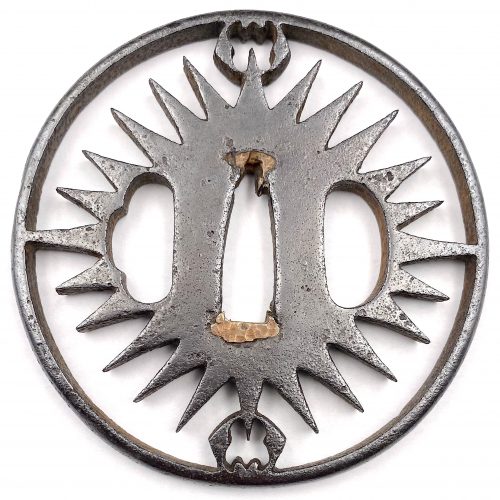 Iron tsuba of the round form (maru gata) with a grey patina pierced with the design of slanting rays of light (Jesuit’s IHS symbol) and a pair of ginger symbols [茗荷] (myōga) at top and bottom, in positive silhouette (ji-sukashi). This design is often called “tokei” [時計] or “clock gear”. Rounded rim, large hitsu-ana, copper fittings (sekigane). Unsigned, unpapered. Owari school. Early Edo period, early 17th century.
Iron tsuba of the round form (maru gata) with a grey patina pierced with the design of slanting rays of light (Jesuit’s IHS symbol) and a pair of ginger symbols [茗荷] (myōga) at top and bottom, in positive silhouette (ji-sukashi). This design is often called “tokei” [時計] or “clock gear”. Rounded rim, large hitsu-ana, copper fittings (sekigane). Unsigned, unpapered. Owari school. Early Edo period, early 17th century.Size: H 71.9 x W 71.1 x Th (centre) 5.5 cm.
For information regarding this type of tsuba see the article 'Kirishitan Ikenie Tsuba by Fred Geyer at Kokusai Tosogu Kai; The 2nd International Convention & Exhibition, October 18-23, 2006, pp. 84-91. 
IHS emblem of the Jesuits

茗荷 Myoga or Japanese ginger
-
 Iron tsuba of a spindle shape (tate-itomaki-gata) pierced and inlaid in brass suemon-zōgan with bellflowers, vines and foliage, and a dragonfly in the upper right corner, on both sides. One of the hitsu-ana plugged with grey metal (led or pewter), nakaga-ana fitted with copper sekigane. The shape of the tsuba may be interpreted as four saddles connected to each other by horse bits. Such a design of sukashi and zōgan is usually attributed to Kaga Yoshirō branch of Heianjo school, active in the second half of the 17th century (c. 1650-1700). Size: 95.9 mm diagonal; 4.1 mm thickness. Tokubetsu Kicho certificate № 332 issued by NBTHK on October 12, 1965.
Iron tsuba of a spindle shape (tate-itomaki-gata) pierced and inlaid in brass suemon-zōgan with bellflowers, vines and foliage, and a dragonfly in the upper right corner, on both sides. One of the hitsu-ana plugged with grey metal (led or pewter), nakaga-ana fitted with copper sekigane. The shape of the tsuba may be interpreted as four saddles connected to each other by horse bits. Such a design of sukashi and zōgan is usually attributed to Kaga Yoshirō branch of Heianjo school, active in the second half of the 17th century (c. 1650-1700). Size: 95.9 mm diagonal; 4.1 mm thickness. Tokubetsu Kicho certificate № 332 issued by NBTHK on October 12, 1965. -
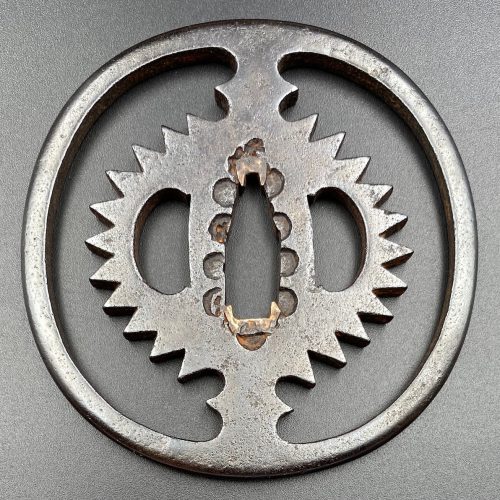 Iron tsuba of round form pierced with the design of slanting rays of light (Christian motif, Jesuit’s IHS symbol) in positive silhouette (ji-sukashi). This design is often called “tokei” [時計], or “clock gear”. Nakaga-ana fitted with copper sekigane. Rounded rim. Unsigned. Higo school. Early Edo period, mid-17th century (1632-1650).
Iron tsuba of round form pierced with the design of slanting rays of light (Christian motif, Jesuit’s IHS symbol) in positive silhouette (ji-sukashi). This design is often called “tokei” [時計], or “clock gear”. Nakaga-ana fitted with copper sekigane. Rounded rim. Unsigned. Higo school. Early Edo period, mid-17th century (1632-1650).Size: 78.3 x 77.0 x 5.3 mm
For information regarding this type of tsuba see the article 'Kirishitan Ikenie Tsuba by Fred Geyer at Kokusai Tosogu Kai; The 2nd International Convention & Exhibition, October 18-23, 2006, pp. 84-91. School and age attribution thanks to Bruce Kirkpatrick. . 
IHS emblem of the Jesuits
-
 The so-called Yoshirō-tsuba [与四郎鐔] with an iron plate of mokkō form densely decorated with floral arabesque and adorned with eight pierced, chiselled and inlaid brass roundels and signed on both sides 'Koike Yoshirō Izumi no Kami Naomasa'. Four of the roundels are pierced and have geometrical designs representing flowers (e.g. wood sorrel) or snowflakes. Four others are solid and represent family crests; on one side: Mulberry (kaji) – mon of the Matsunaga clan [松永氏], Bamboo Grass (sasa) – mon of the Takenaka clan [竹中氏]), Wild Geese (kari) – mon of the Shibata clan [新発田氏]), and Pine Needles (matsuba); on the other side: Nine Stars (kuyō) – the Hosokawa clan [細川氏], Paulownia (kiri) – the Toyotomi clan [豊臣氏]), Bamboo Leaves (take) – the Minamoto clan [源], and Seven Treasures (shippo) – Izumo Genji clan [出雲源氏]. Hitsu-ana obliterated with a nanako-treated pewter plug. Brass with rainbow patina. Artist: Koike Izumi no Kami Naomasa (Japanese, active late 16th – early 17th century). The Momoyama or early Edo period, end of the 16th to the first half of the 17th century (1574-1650). Size: 81.7 x 78.8 x 4.3 cm. Provenance: Dr. Kazutaro Torigoye. Special thanks to Markus Sesko for providing the translation of hakogaki. Hakokaki lid (outside): 小池与四郎 – Koike Yoshirō Hakokaki lid (inside): 銘曰小池与四郎 – Mei’etsu: Koike Yoshirō – Signed: Koike Yoshirō 和泉守直正 – Izumi no Kami Naomasa – Izumi no Kami Naomasa 木瓜形 鉄地 – Mokkōgata, tetsu-ji – Lobed shape, of iron 真鍮据紋象嵌 – Shinchū suemon-zōgan – with brass suemon-zōgan inlay 縦二寸七分横二寸六分 – Tate ni-sun shichi-bu, yoko ni-sun roku-bu – Height 8.2 cm, width 7.9 cm 右正真也 – Migi shōshin nari – Above described object is authentic 昭和廾九年八月十一日 – Shōwa nijūkyūnen hachigatsu jūichinichi – August 11, 1954 草堂「花押」– Sōdō + kaō – Sōdō [pen name of Torigoye Kazutarō, 鳥越一太郎] + monogram Ref.: (1) Tsuba Geijutsu-Ko by Kazutaro Torigoye, 1960; (2) Tsuba. An aesthetic study. By Kazutaro Torigoye and Robert E. Haynes from the Tsuba Geijutsu-kō of Kazataro Torigoye. Edited and published by Alan L. Harvie for the Nothern California Japanese Sword Club, 1994-1997, p. Yoshirō, 4. See also Yoshirō tsuba.
The so-called Yoshirō-tsuba [与四郎鐔] with an iron plate of mokkō form densely decorated with floral arabesque and adorned with eight pierced, chiselled and inlaid brass roundels and signed on both sides 'Koike Yoshirō Izumi no Kami Naomasa'. Four of the roundels are pierced and have geometrical designs representing flowers (e.g. wood sorrel) or snowflakes. Four others are solid and represent family crests; on one side: Mulberry (kaji) – mon of the Matsunaga clan [松永氏], Bamboo Grass (sasa) – mon of the Takenaka clan [竹中氏]), Wild Geese (kari) – mon of the Shibata clan [新発田氏]), and Pine Needles (matsuba); on the other side: Nine Stars (kuyō) – the Hosokawa clan [細川氏], Paulownia (kiri) – the Toyotomi clan [豊臣氏]), Bamboo Leaves (take) – the Minamoto clan [源], and Seven Treasures (shippo) – Izumo Genji clan [出雲源氏]. Hitsu-ana obliterated with a nanako-treated pewter plug. Brass with rainbow patina. Artist: Koike Izumi no Kami Naomasa (Japanese, active late 16th – early 17th century). The Momoyama or early Edo period, end of the 16th to the first half of the 17th century (1574-1650). Size: 81.7 x 78.8 x 4.3 cm. Provenance: Dr. Kazutaro Torigoye. Special thanks to Markus Sesko for providing the translation of hakogaki. Hakokaki lid (outside): 小池与四郎 – Koike Yoshirō Hakokaki lid (inside): 銘曰小池与四郎 – Mei’etsu: Koike Yoshirō – Signed: Koike Yoshirō 和泉守直正 – Izumi no Kami Naomasa – Izumi no Kami Naomasa 木瓜形 鉄地 – Mokkōgata, tetsu-ji – Lobed shape, of iron 真鍮据紋象嵌 – Shinchū suemon-zōgan – with brass suemon-zōgan inlay 縦二寸七分横二寸六分 – Tate ni-sun shichi-bu, yoko ni-sun roku-bu – Height 8.2 cm, width 7.9 cm 右正真也 – Migi shōshin nari – Above described object is authentic 昭和廾九年八月十一日 – Shōwa nijūkyūnen hachigatsu jūichinichi – August 11, 1954 草堂「花押」– Sōdō + kaō – Sōdō [pen name of Torigoye Kazutarō, 鳥越一太郎] + monogram Ref.: (1) Tsuba Geijutsu-Ko by Kazutaro Torigoye, 1960; (2) Tsuba. An aesthetic study. By Kazutaro Torigoye and Robert E. Haynes from the Tsuba Geijutsu-kō of Kazataro Torigoye. Edited and published by Alan L. Harvie for the Nothern California Japanese Sword Club, 1994-1997, p. Yoshirō, 4. See also Yoshirō tsuba. -
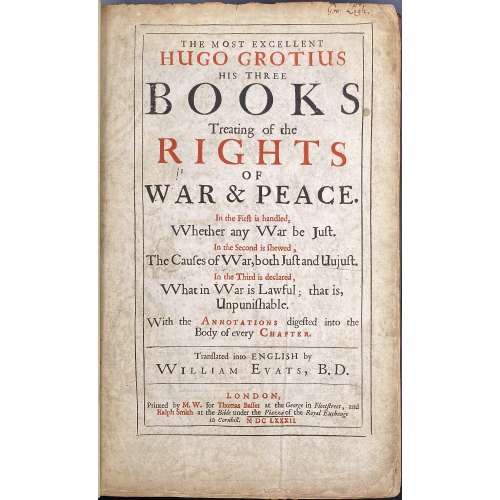 Volume collated 4to, 32.5 x 21 cm, later full calf, blind-tooled boards, sunned, raised bands and gilt lettering to spine. bound without the additional engraved title-page sometimes present; title printed in black and red, woodcut headpieces and initials; a little foxing (mostly marginal) throughout, title lightly dust stained with slight chipping at extremities, minor marginal worming to early leaves (b3-I4), paper flaw to outer margin of E1; contemporary English ownership inscription of George Legh to the title, a handful of manuscript corrections to text and annotations to index. Title-page (double frame, red and black, tall ‘s’): THE MOST EXCELLENT | HUGO GROTIUS | HIS THREE | BOOKS | Treating of the | RIGHTS | OF | WAR & PEACE. | In the First is handled, | Whether any War be Just. | In the Second is shewed , | The Causes of War, both Just and Uujust (sic). | In the Third is declared , | What in War is Lawful ; that is, | Unpunishable. | With the Annotations digested into the | Body of every Chapter. | — | Translated into ENGLISH by | William Evats, B. D. | — | LONDON, | Printed by M. W. for Thomas Basset at the George in Fleetstreet, and | Ralph Smith at the Bible under the Piazza of the Royal Exchange | in Cornhill. M DC LXXXII. || Collation: A4 a-b4 c3 B-Z4 2A-2D4 2E6 3A-3Z4 4A-4D4 4E-4L2; total 247 leaves as called for; lacking engraved title-page. Pagination: [4] i-xxi [5] 1-220 (text continuous) 361-572 [573] [574 blank] [30 table]; total 494 pages. Seller’s note: First edition of the first complete English translation, following Barksdale’s abridgement, of Grotius’s landmark work of political philosophy, the first treatise on international law. First published in Latin in 1625, Grotius’s De iure belli ac pacis “became the basic manual for both the theoretical justification and the entire practice of the international law of war as well as of international law in general for the whole period of the ancien régime in Europe” [Duchhardt, p. 288]. “It would be hard to imagine any work more central to the intellectual world of the Enlightenment … [By] the time of the post-First World War settlement, Grotius was regarded almost exclusively as the founder of modern civilized interstate relations, and as a suitable tutelary presence for the new Peace Palace at The Hague … [In] some ways that was to radically misunderstand Grotius’s views on war; he was in fact much more of an apologist for aggression and violence than many of his more genuinely innovative qualities of his moral theory, qualities that entitle him to an essential place in the history of political theory …” [Tuck, pp. xi-xii]. Contributors: Hugo Grotius (Dutch, 1583 – 1645) – author. William Evats (British, c.1606 – 1677) – translator. Margaret White (British, fl. 1678 – 1683) – printer. Thomas Bassett (British, fl. c. 1659 – 1693) – publisher/bookseller. Ralph Smith (British, fl. 1642 – 1684) – publisher/bookseller.
Volume collated 4to, 32.5 x 21 cm, later full calf, blind-tooled boards, sunned, raised bands and gilt lettering to spine. bound without the additional engraved title-page sometimes present; title printed in black and red, woodcut headpieces and initials; a little foxing (mostly marginal) throughout, title lightly dust stained with slight chipping at extremities, minor marginal worming to early leaves (b3-I4), paper flaw to outer margin of E1; contemporary English ownership inscription of George Legh to the title, a handful of manuscript corrections to text and annotations to index. Title-page (double frame, red and black, tall ‘s’): THE MOST EXCELLENT | HUGO GROTIUS | HIS THREE | BOOKS | Treating of the | RIGHTS | OF | WAR & PEACE. | In the First is handled, | Whether any War be Just. | In the Second is shewed , | The Causes of War, both Just and Uujust (sic). | In the Third is declared , | What in War is Lawful ; that is, | Unpunishable. | With the Annotations digested into the | Body of every Chapter. | — | Translated into ENGLISH by | William Evats, B. D. | — | LONDON, | Printed by M. W. for Thomas Basset at the George in Fleetstreet, and | Ralph Smith at the Bible under the Piazza of the Royal Exchange | in Cornhill. M DC LXXXII. || Collation: A4 a-b4 c3 B-Z4 2A-2D4 2E6 3A-3Z4 4A-4D4 4E-4L2; total 247 leaves as called for; lacking engraved title-page. Pagination: [4] i-xxi [5] 1-220 (text continuous) 361-572 [573] [574 blank] [30 table]; total 494 pages. Seller’s note: First edition of the first complete English translation, following Barksdale’s abridgement, of Grotius’s landmark work of political philosophy, the first treatise on international law. First published in Latin in 1625, Grotius’s De iure belli ac pacis “became the basic manual for both the theoretical justification and the entire practice of the international law of war as well as of international law in general for the whole period of the ancien régime in Europe” [Duchhardt, p. 288]. “It would be hard to imagine any work more central to the intellectual world of the Enlightenment … [By] the time of the post-First World War settlement, Grotius was regarded almost exclusively as the founder of modern civilized interstate relations, and as a suitable tutelary presence for the new Peace Palace at The Hague … [In] some ways that was to radically misunderstand Grotius’s views on war; he was in fact much more of an apologist for aggression and violence than many of his more genuinely innovative qualities of his moral theory, qualities that entitle him to an essential place in the history of political theory …” [Tuck, pp. xi-xii]. Contributors: Hugo Grotius (Dutch, 1583 – 1645) – author. William Evats (British, c.1606 – 1677) – translator. Margaret White (British, fl. 1678 – 1683) – printer. Thomas Bassett (British, fl. c. 1659 – 1693) – publisher/bookseller. Ralph Smith (British, fl. 1642 – 1684) – publisher/bookseller. -
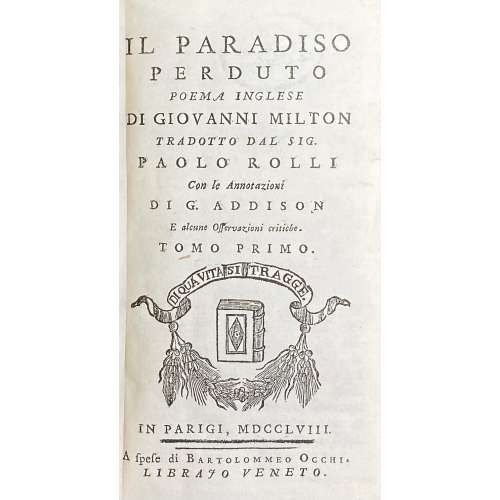 Quarter calf over marbled boards, 16 x 9 cm, spine with raised bands, gilt in compartments, gilt-lettered label, all margins red, two title-pages (one for each vol.), illustrated with engraved frontispiece by Antonio Baratti after Antonio Balestra; engraved portrait of John Milton by Antonio Baratti, 12 plates, one for each book, after “Piazzetta, Zucchi, Balestra, Tiepolo, and other Venetian artists”, unsigned; plate II signed ‘Antonio Barati scul.’ Title page: IL PARADISO | PERDUTO | POEMA INGLESE | DI GIOVANNI MILTON | TRADOTTO DAL SIG. | PAOLO ROLLI | Con le Annotazioni | DI G. ADDISON | E alcune Osservazioni critiche. | TOMO PRIMO (SECUNDO). | {publisher’s device} | IN PARIGI , MDCCLVIII. | — | A spese di Bartolommeo Occhi. | LIBRAJO VENETO. || Collation: *-**12 ***8 (dedication, vita), A-R12 (vol. 1) A-K12 L9 (vol.2); total 365 leaves plus 14 engraved plates, incl. frontispiece and portrait. Pagination: [i, ii] iii-lxiv 1-407 [408 blank], [2] 3-258; total 730 pages. Catalogue raisonné: Wickenheiser Collection 688 [LIB-2795.2021]. Though it states 228 pp., which does not seem right. “Scarce. Not in Coleridge”. Contributors: Milton, John (British, 1608 – 1674) – author. Joseph Addison (British, 1672 – 1719) – author / criticism Paolo Antonio Rolli (Italian, 1687 – 1765) – author / transaltion Bartolomeo Occhi (Italian, 1730 – 1781) – publisher. Antonio Baratti (Italian, 1724 – 1787) – engraver Antonio Balestra (Italian, 1666 – 1740) – artist. Giovanni Battista Piazzetta (Italian,1682/83 – 1754) – artist. Antonio Zucchi (Italian, 1726 – 1795) – artist. Giovanni Battista Tiepolo (Italian, 1696 – 1770) – artist.
Quarter calf over marbled boards, 16 x 9 cm, spine with raised bands, gilt in compartments, gilt-lettered label, all margins red, two title-pages (one for each vol.), illustrated with engraved frontispiece by Antonio Baratti after Antonio Balestra; engraved portrait of John Milton by Antonio Baratti, 12 plates, one for each book, after “Piazzetta, Zucchi, Balestra, Tiepolo, and other Venetian artists”, unsigned; plate II signed ‘Antonio Barati scul.’ Title page: IL PARADISO | PERDUTO | POEMA INGLESE | DI GIOVANNI MILTON | TRADOTTO DAL SIG. | PAOLO ROLLI | Con le Annotazioni | DI G. ADDISON | E alcune Osservazioni critiche. | TOMO PRIMO (SECUNDO). | {publisher’s device} | IN PARIGI , MDCCLVIII. | — | A spese di Bartolommeo Occhi. | LIBRAJO VENETO. || Collation: *-**12 ***8 (dedication, vita), A-R12 (vol. 1) A-K12 L9 (vol.2); total 365 leaves plus 14 engraved plates, incl. frontispiece and portrait. Pagination: [i, ii] iii-lxiv 1-407 [408 blank], [2] 3-258; total 730 pages. Catalogue raisonné: Wickenheiser Collection 688 [LIB-2795.2021]. Though it states 228 pp., which does not seem right. “Scarce. Not in Coleridge”. Contributors: Milton, John (British, 1608 – 1674) – author. Joseph Addison (British, 1672 – 1719) – author / criticism Paolo Antonio Rolli (Italian, 1687 – 1765) – author / transaltion Bartolomeo Occhi (Italian, 1730 – 1781) – publisher. Antonio Baratti (Italian, 1724 – 1787) – engraver Antonio Balestra (Italian, 1666 – 1740) – artist. Giovanni Battista Piazzetta (Italian,1682/83 – 1754) – artist. Antonio Zucchi (Italian, 1726 – 1795) – artist. Giovanni Battista Tiepolo (Italian, 1696 – 1770) – artist. -
 Iron tsuba of almost round form with a brass outlined circular opening (sukashi) in the bottom adorned with the Myriad Treasures [takaramono, 宝物] and winter motifs inlaid in cast brass (suemon-zōgan); hitsu-ana possibly cut later, both plugged with shakudo, nakaga-ana fitted with copper sekigane. According to Merrily Baird*) (2001), the symbolism of Myriad Treasures “is associated with the Seven Gods of Good Luck, who carry them in a sack”. Among the treasures, which are said to ensure prosperity, long life, and general good fortunes, are (reading clockwise from the top):
Iron tsuba of almost round form with a brass outlined circular opening (sukashi) in the bottom adorned with the Myriad Treasures [takaramono, 宝物] and winter motifs inlaid in cast brass (suemon-zōgan); hitsu-ana possibly cut later, both plugged with shakudo, nakaga-ana fitted with copper sekigane. According to Merrily Baird*) (2001), the symbolism of Myriad Treasures “is associated with the Seven Gods of Good Luck, who carry them in a sack”. Among the treasures, which are said to ensure prosperity, long life, and general good fortunes, are (reading clockwise from the top):- Sake set [shuki, 酒器], namely flask, ladle, and cups
- Cloves [choji, 丁子]
- Purse of inexhaustible reaches [kinchaku, 巾着]
- Magic mallet [kozuchi, 小槌]
- Key to the storehouse of the Gods [kagi, 鍵]
- Rhombus, or Lozenge (hosho, 方勝), with the second ideograph meaning victory.
- Sacred (or wish-granting) gem, or jewel [hōju, 宝珠]
- Hats of invisibility [kakuregasa, 隠れ笠]



